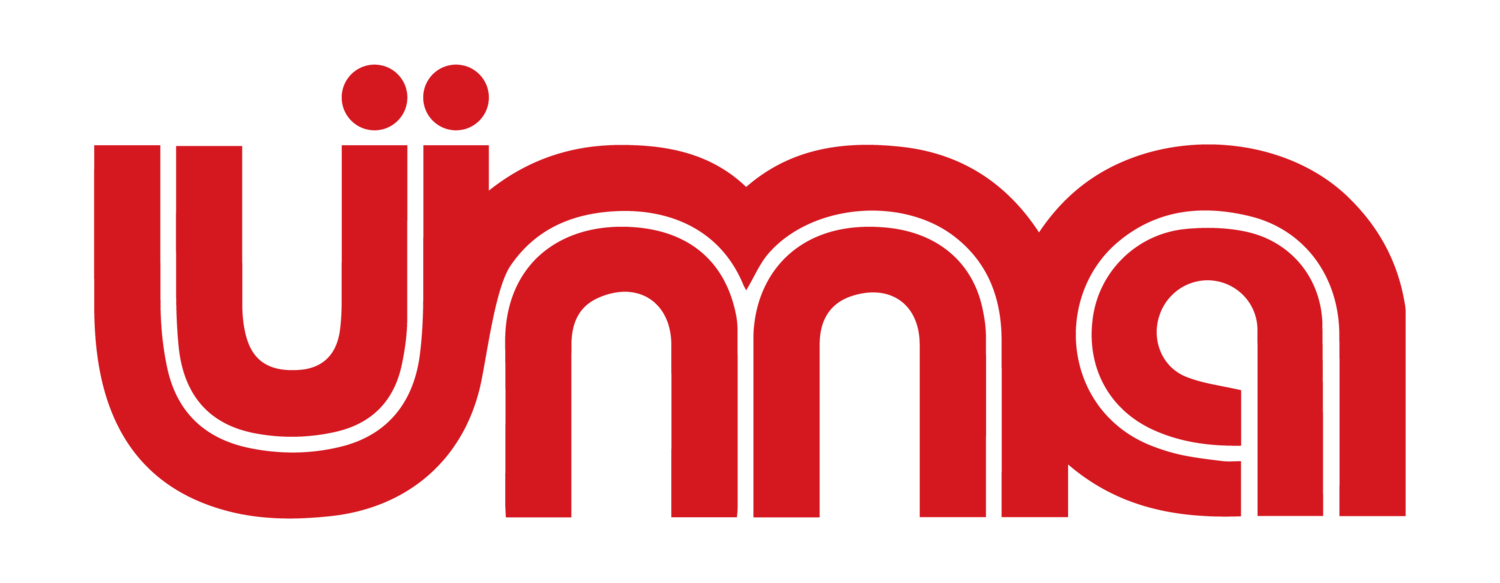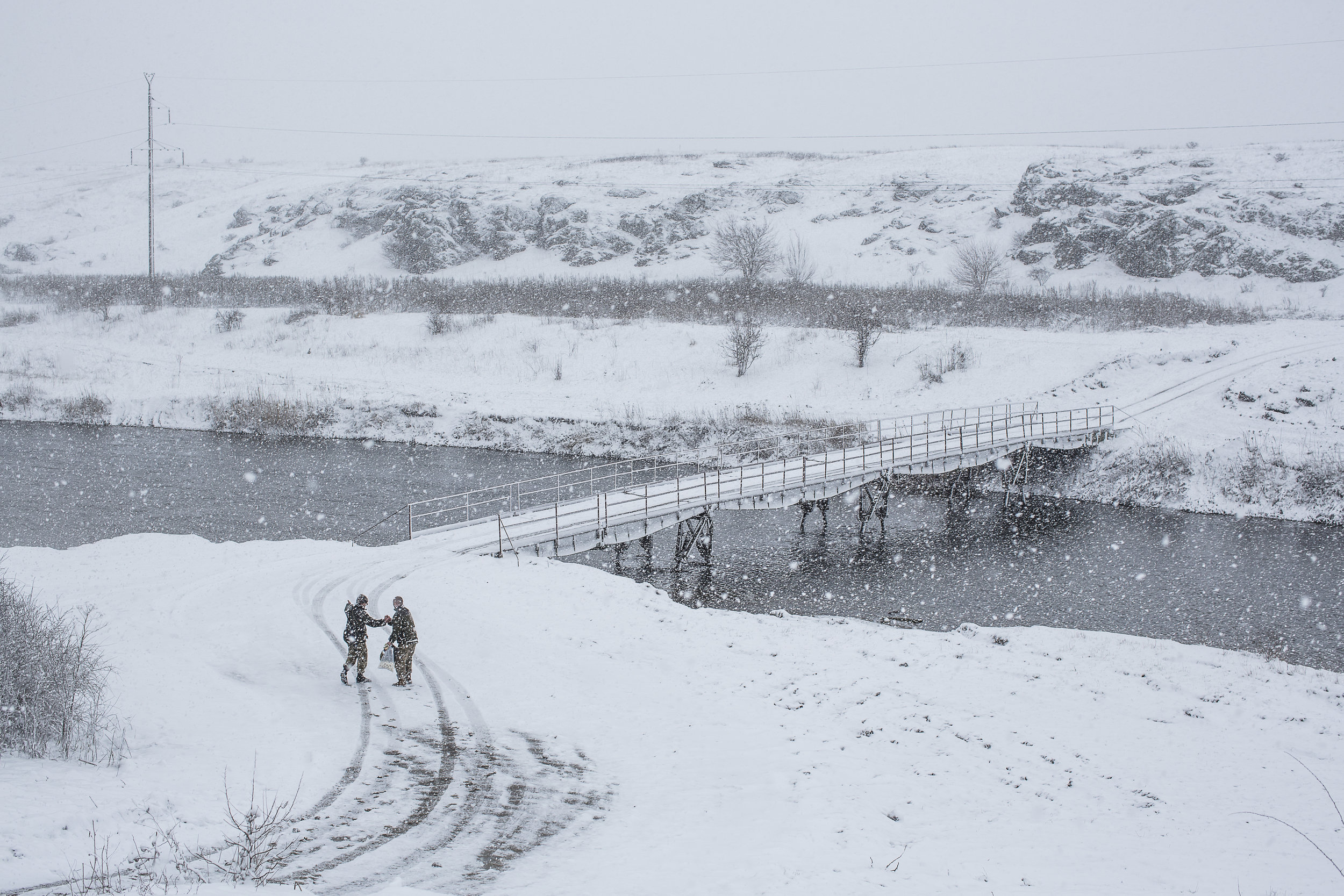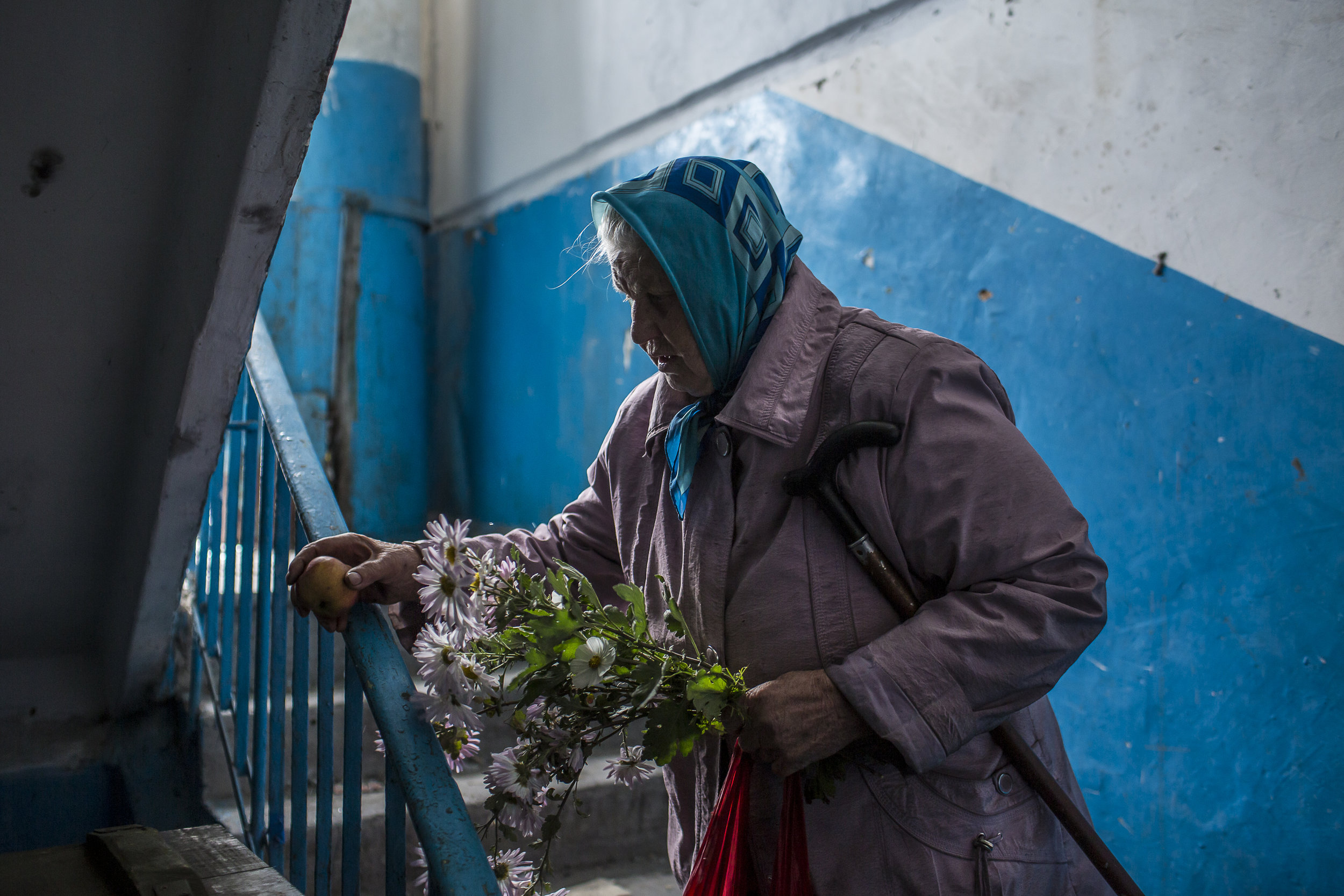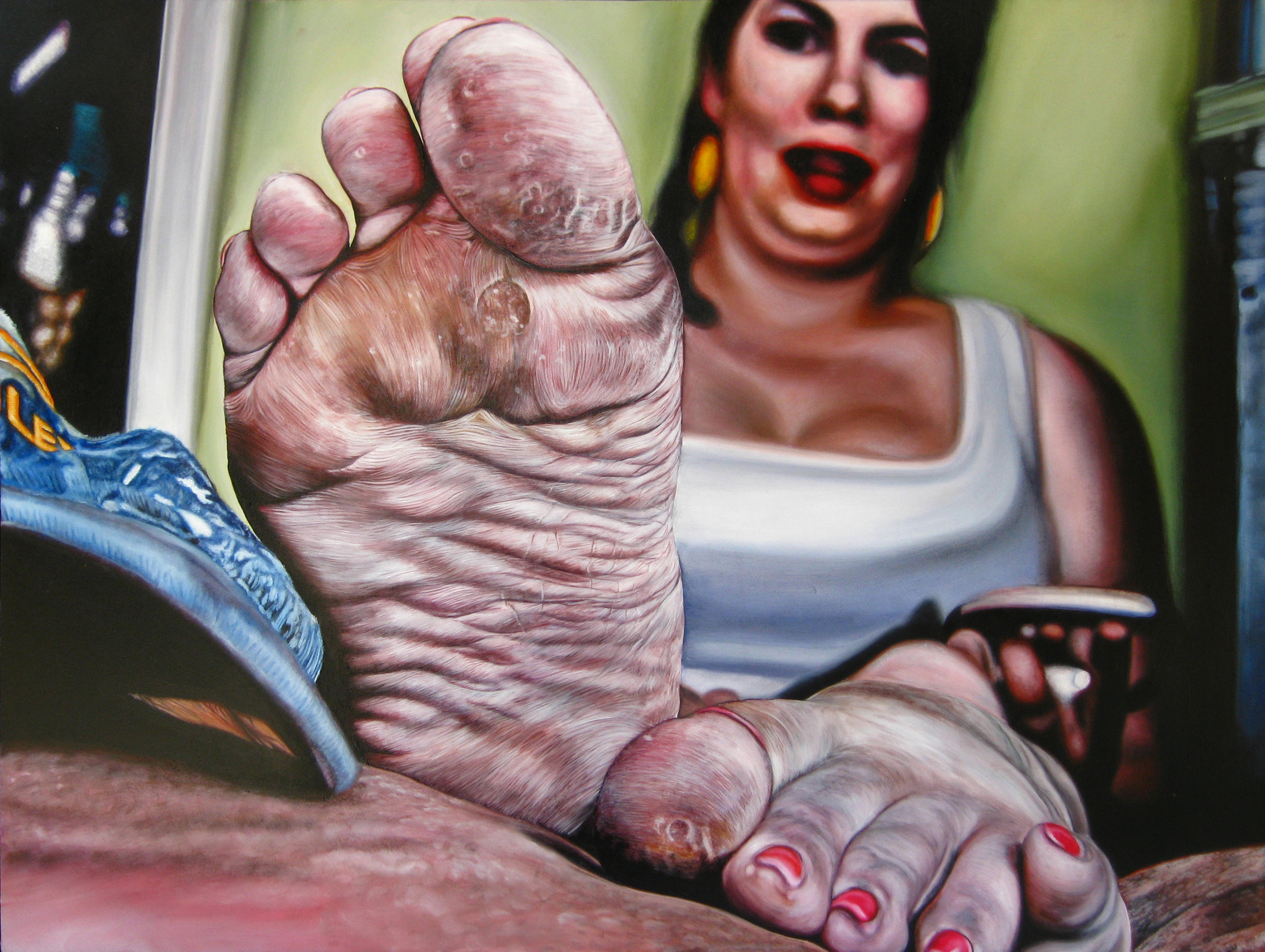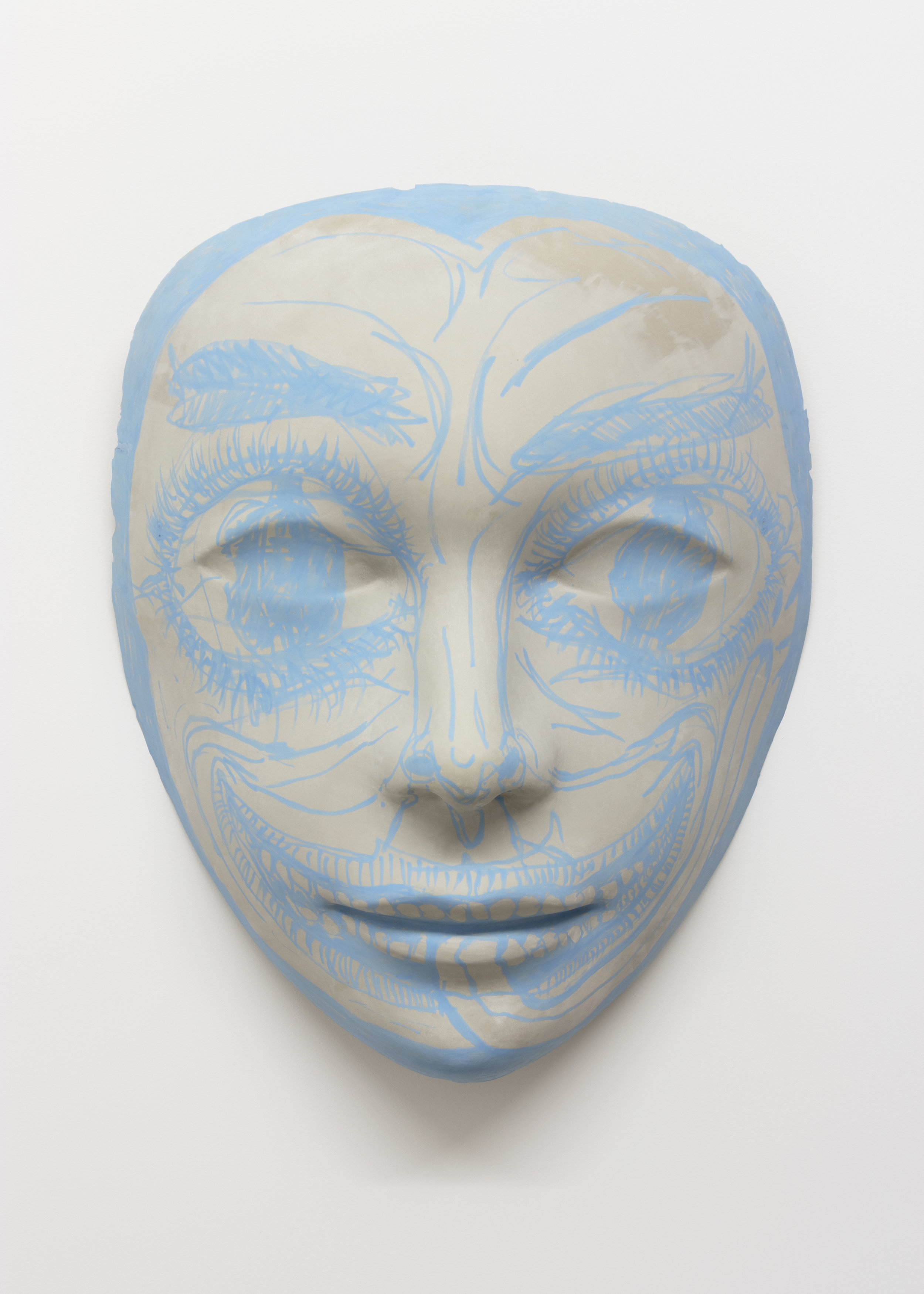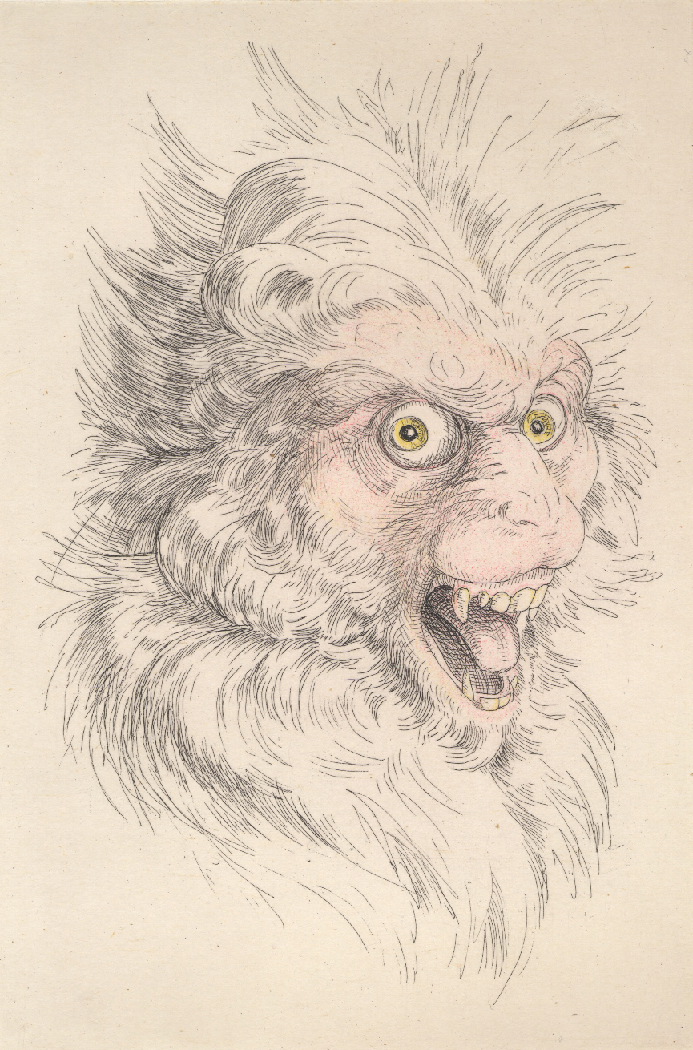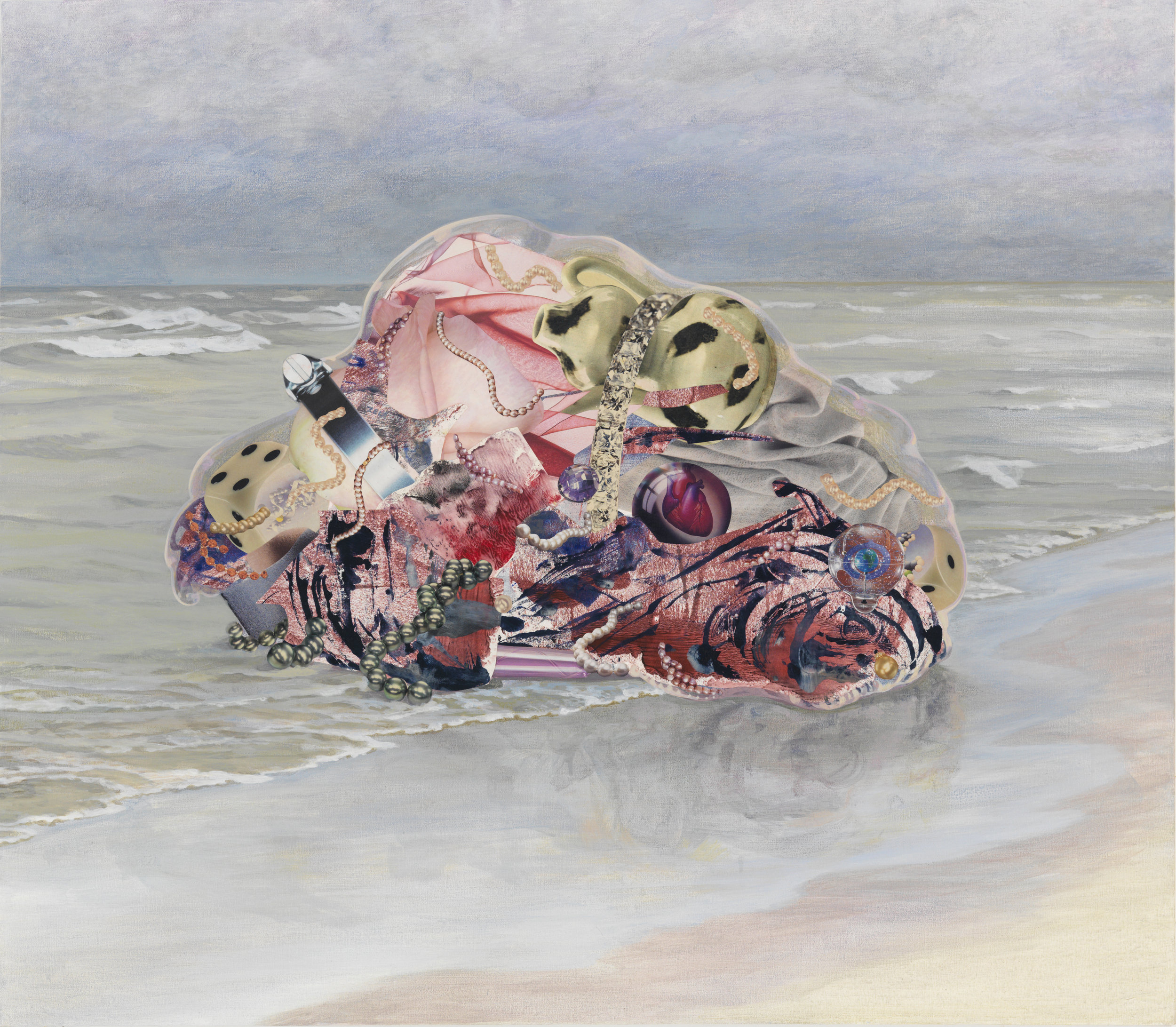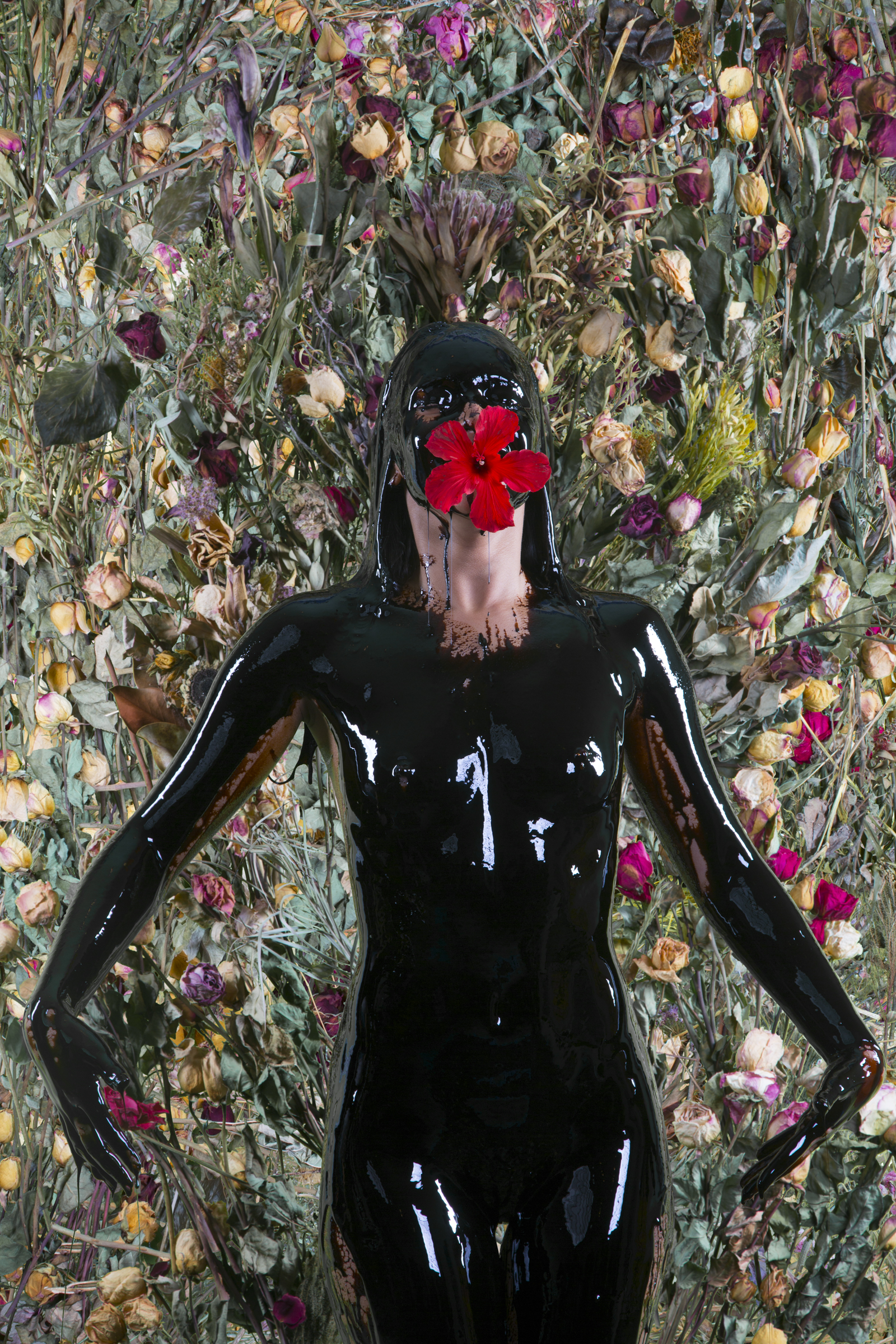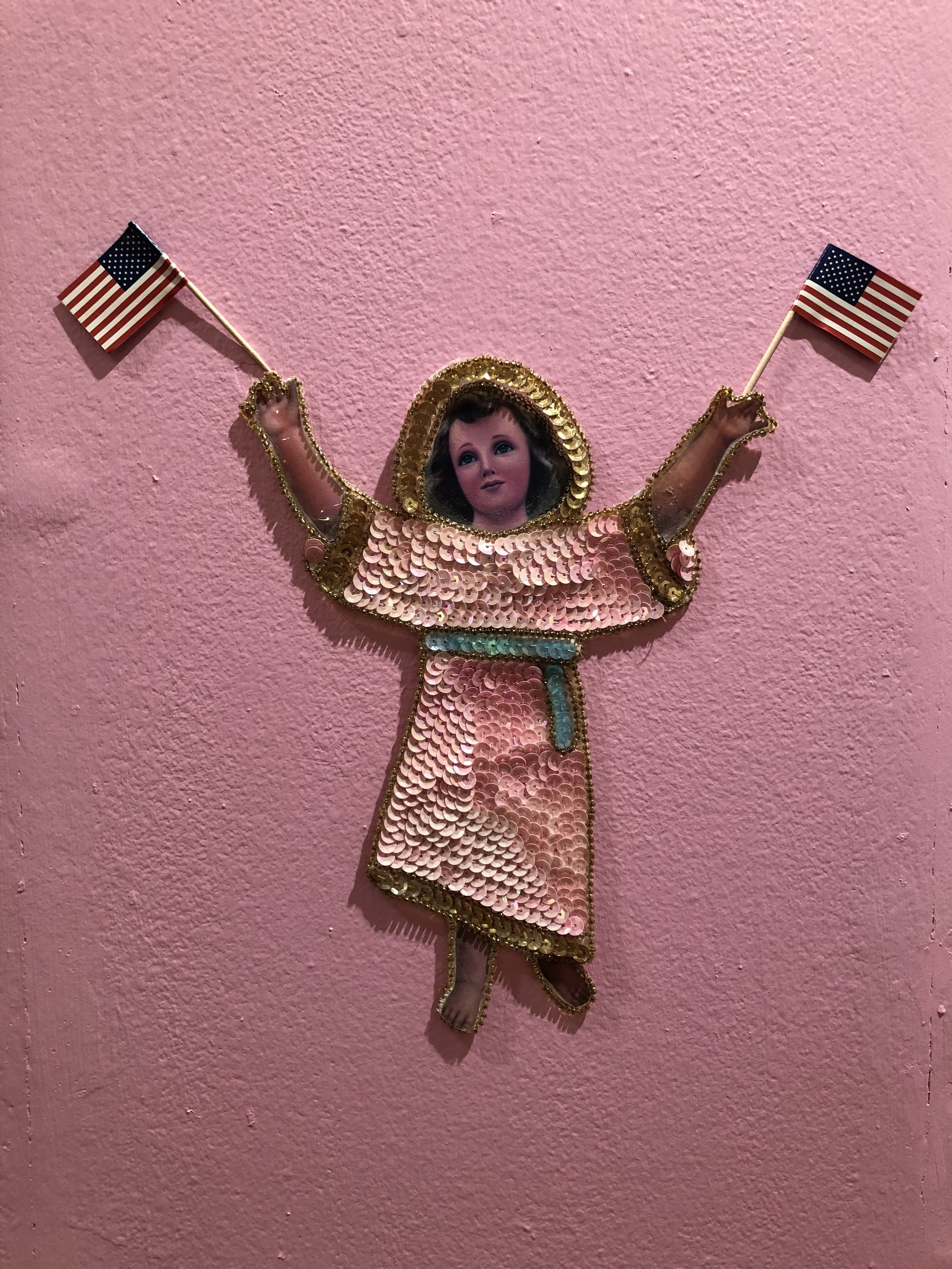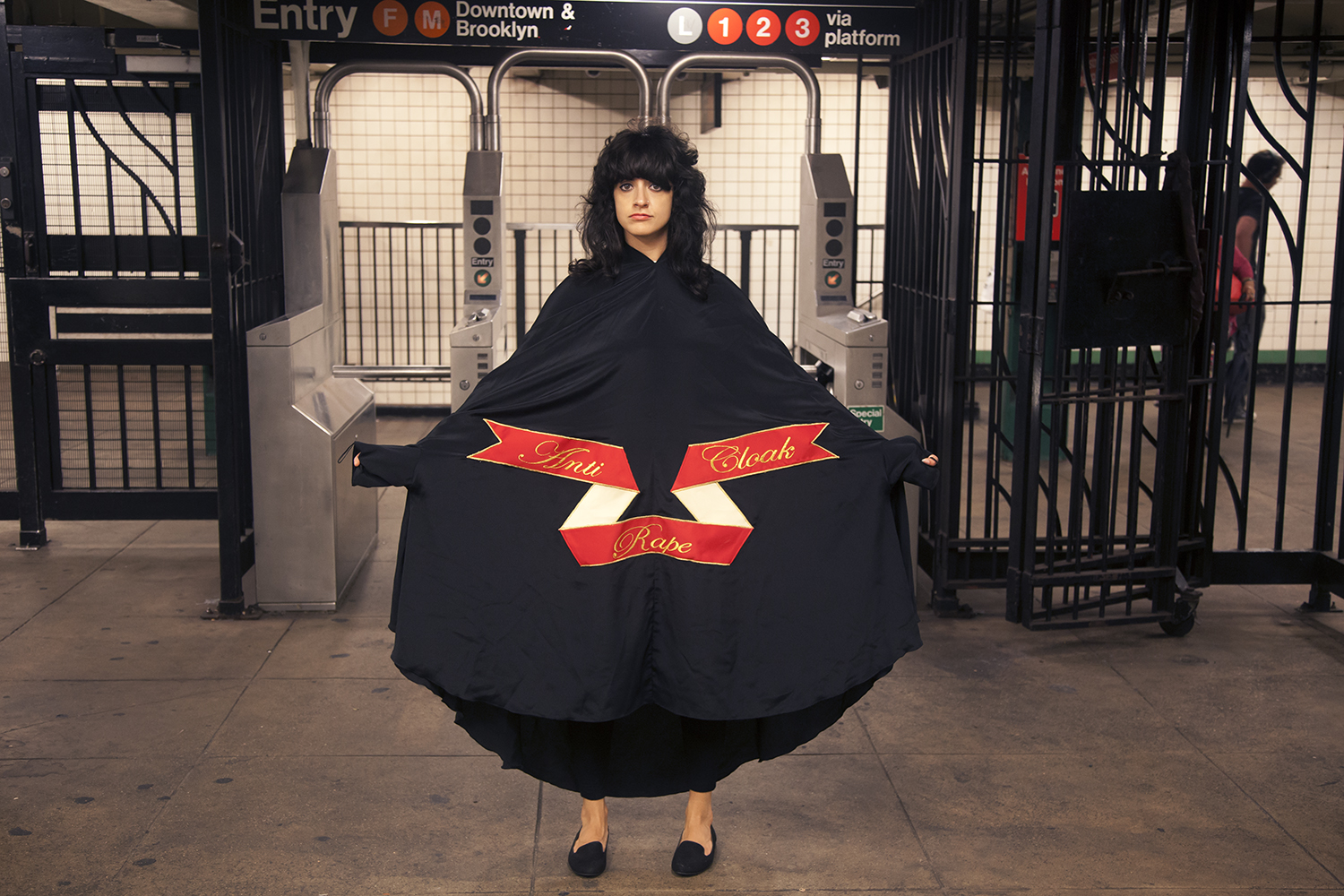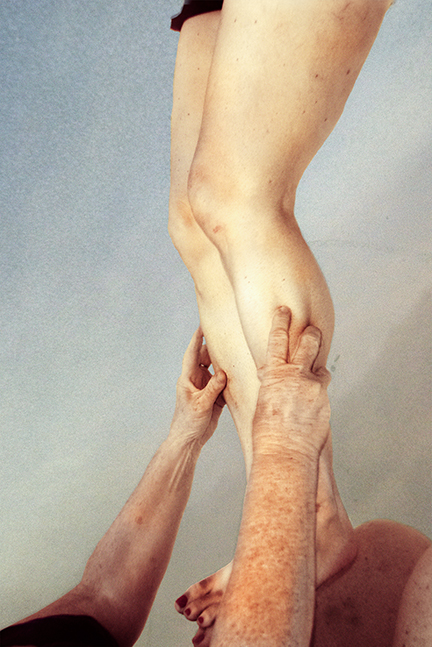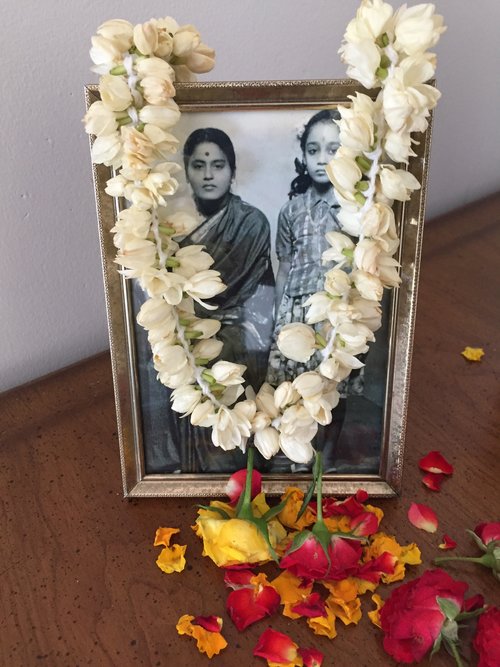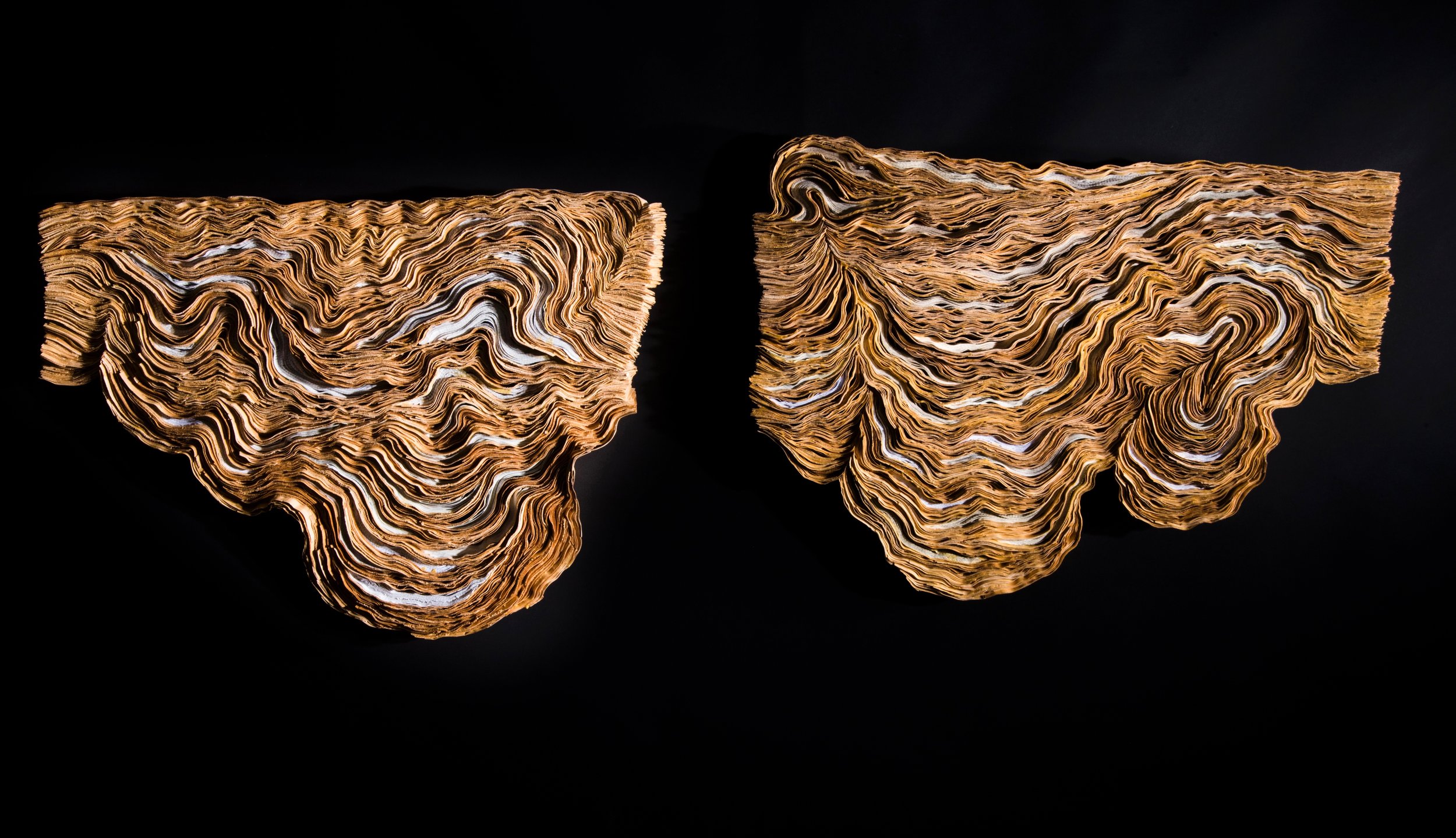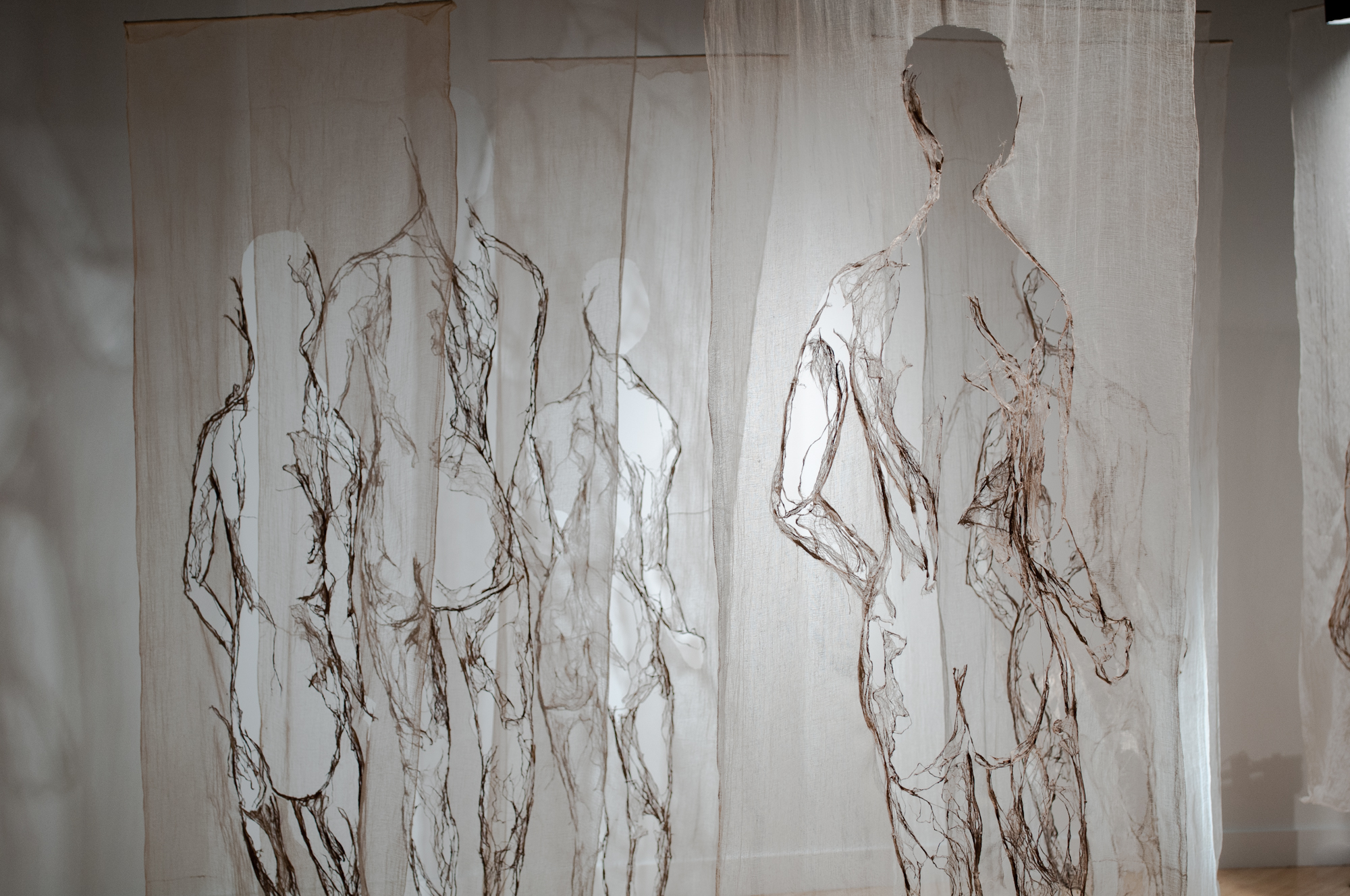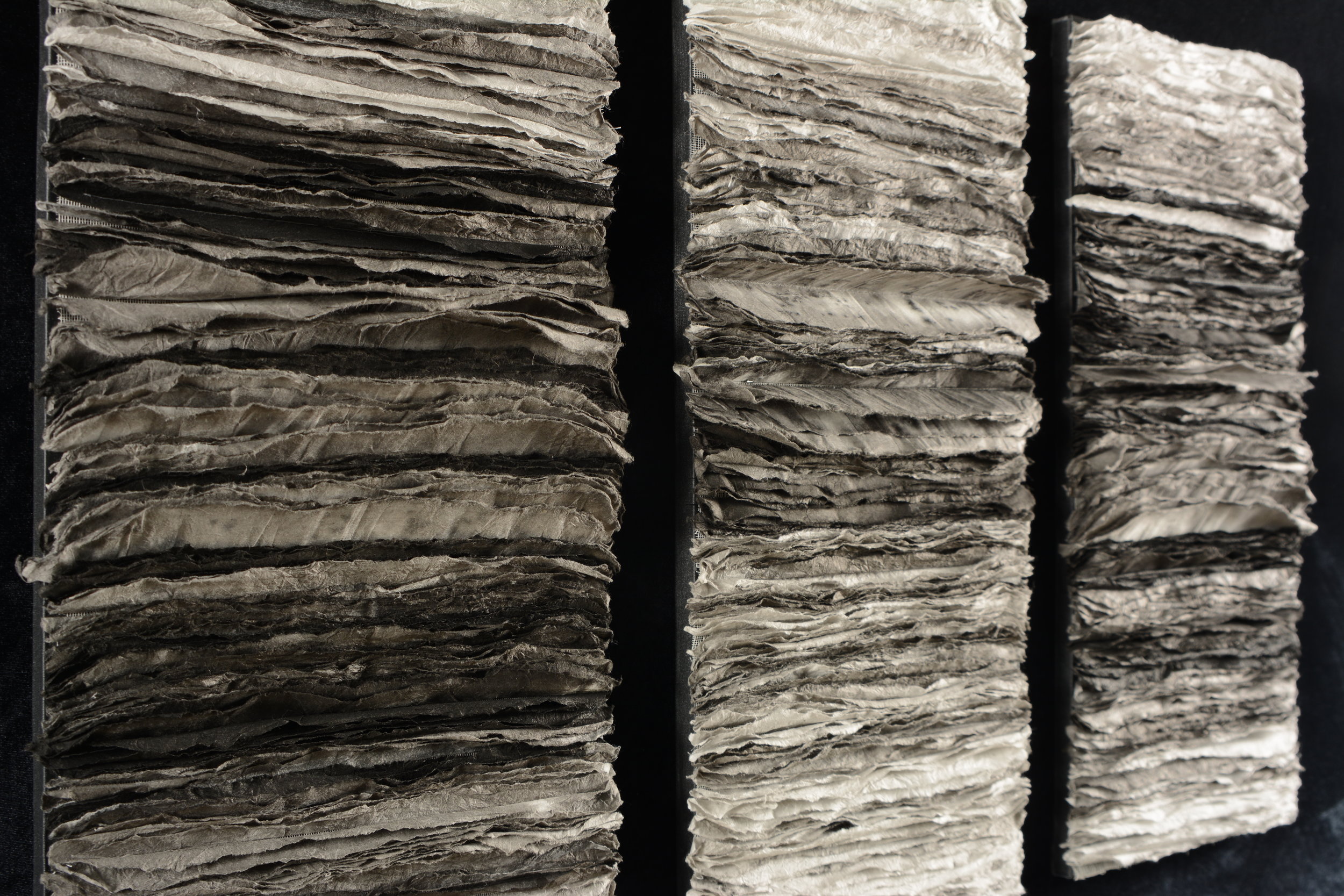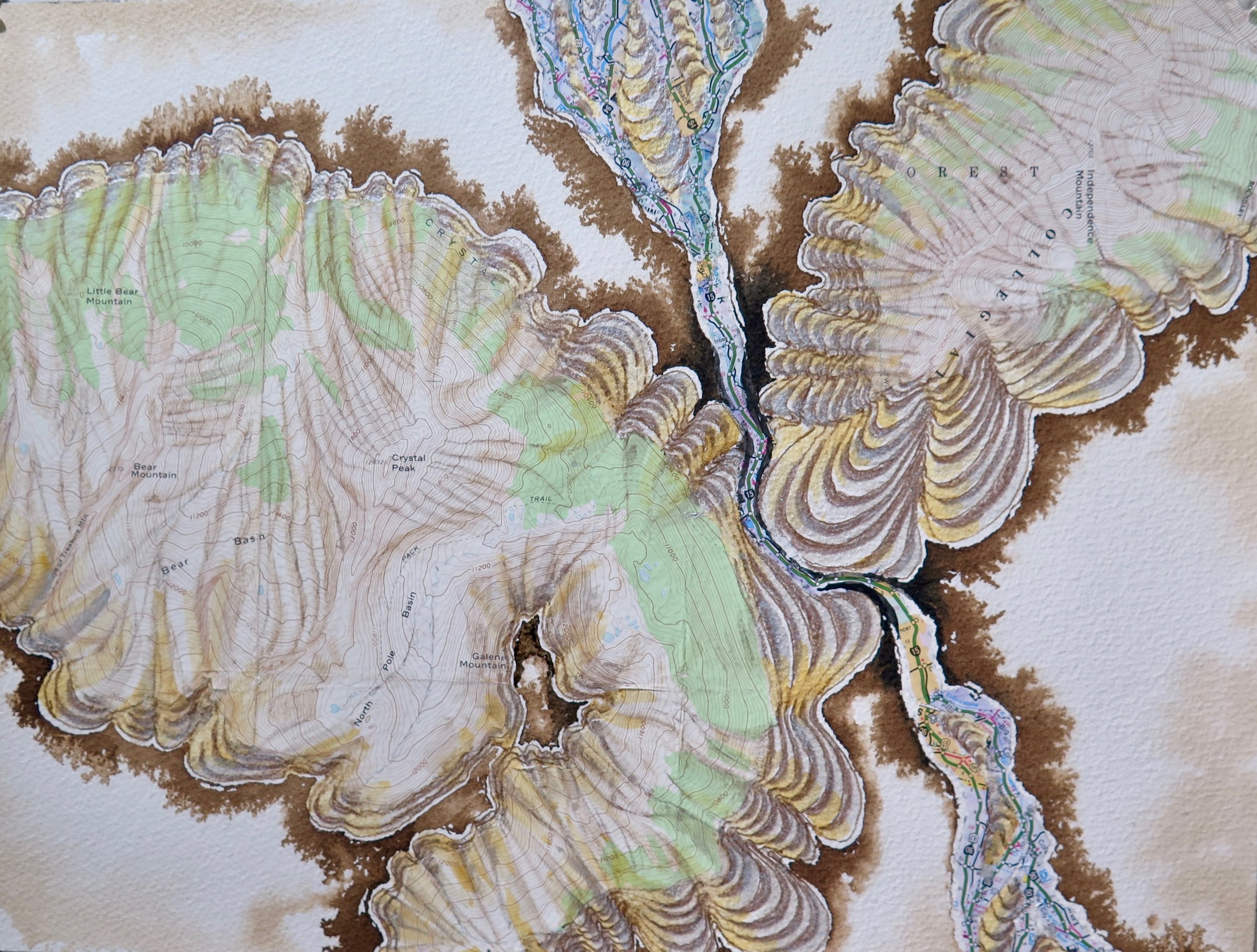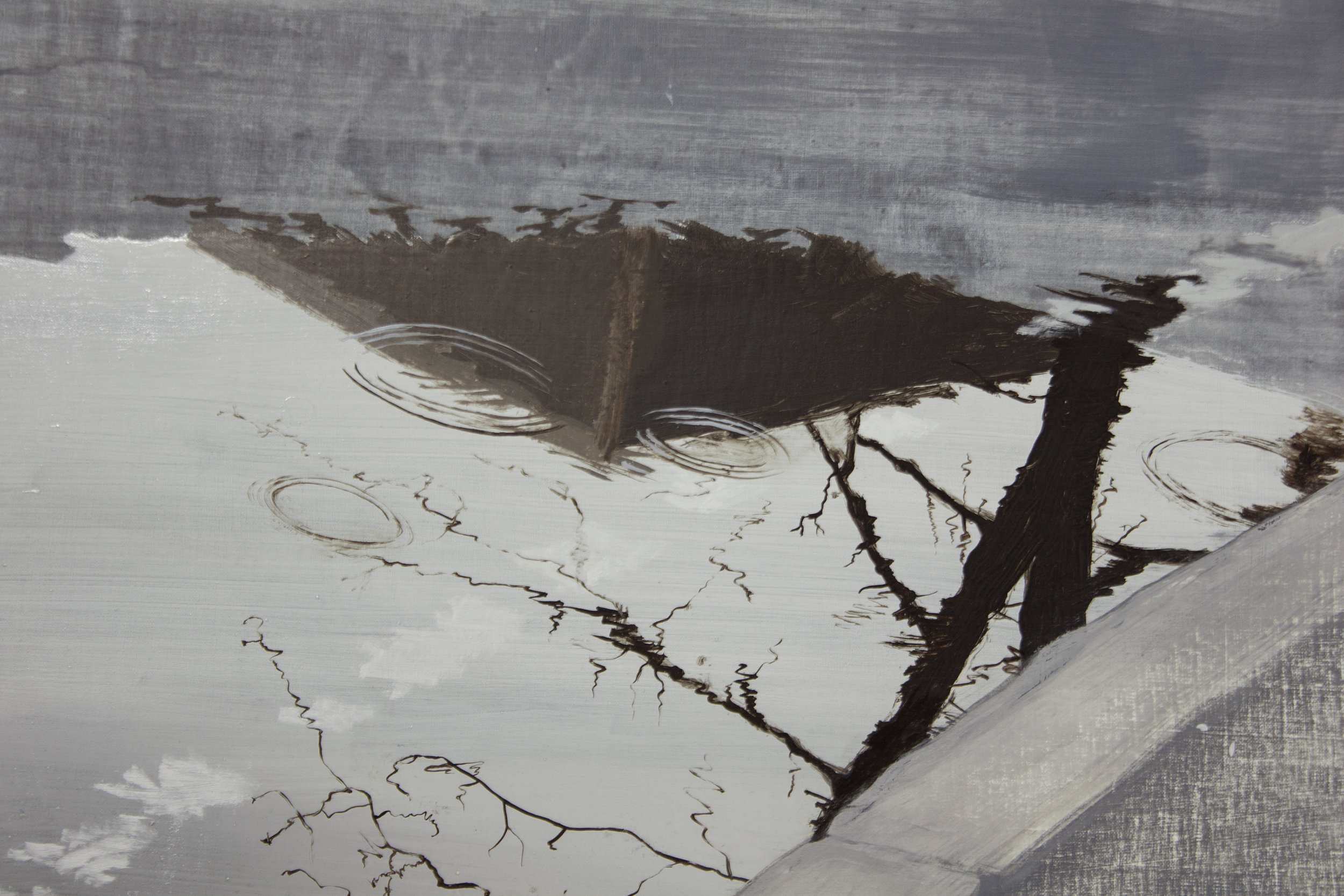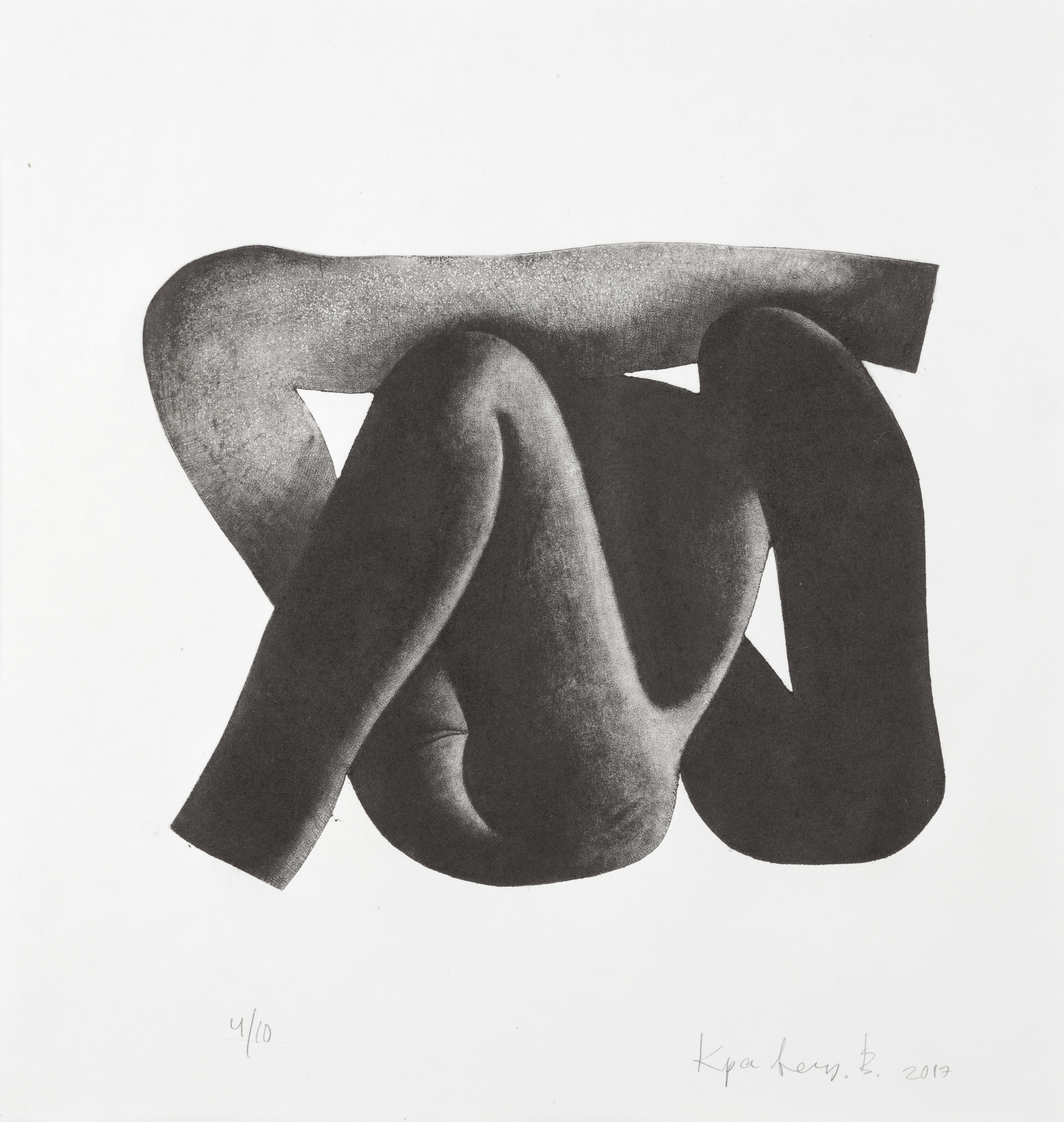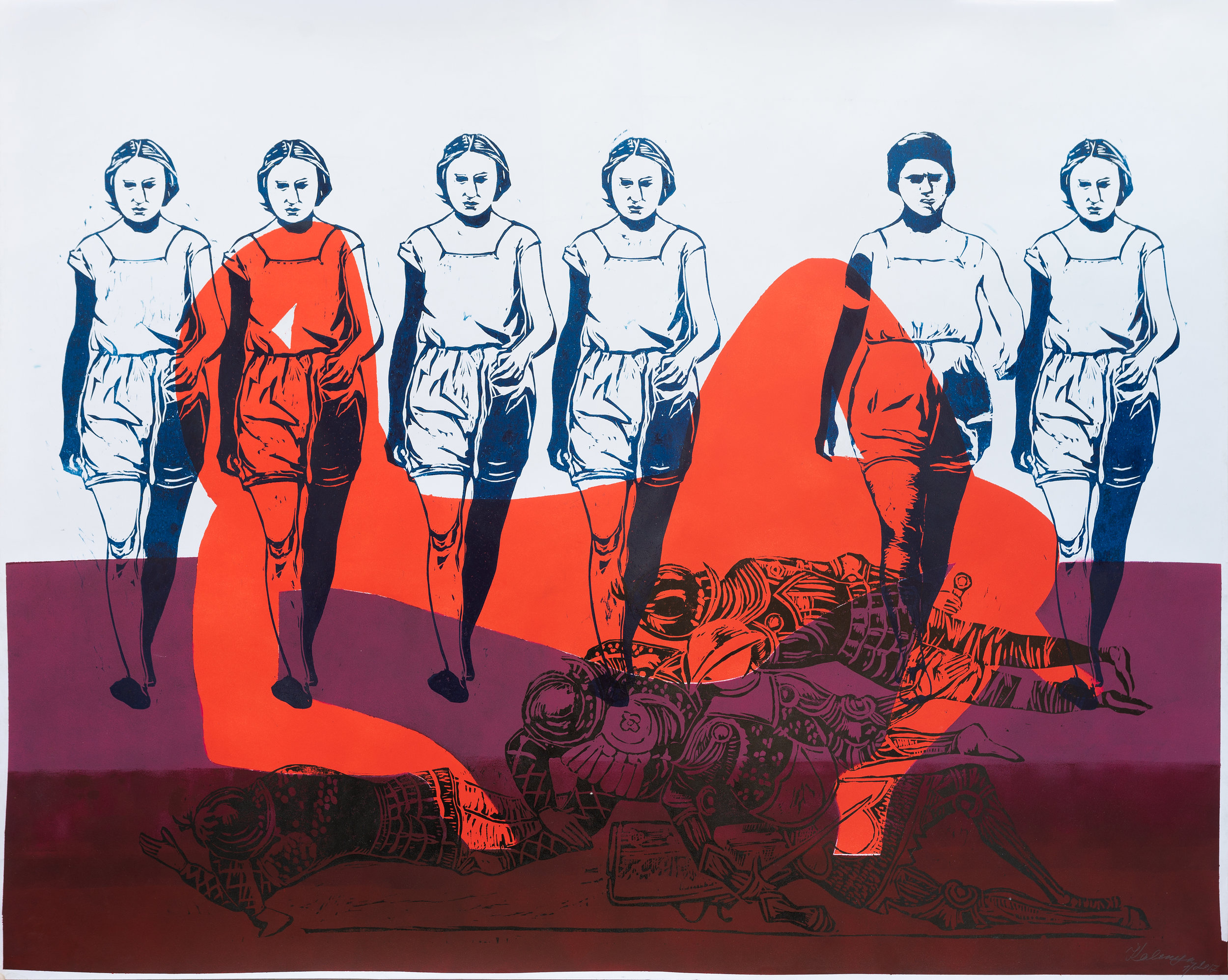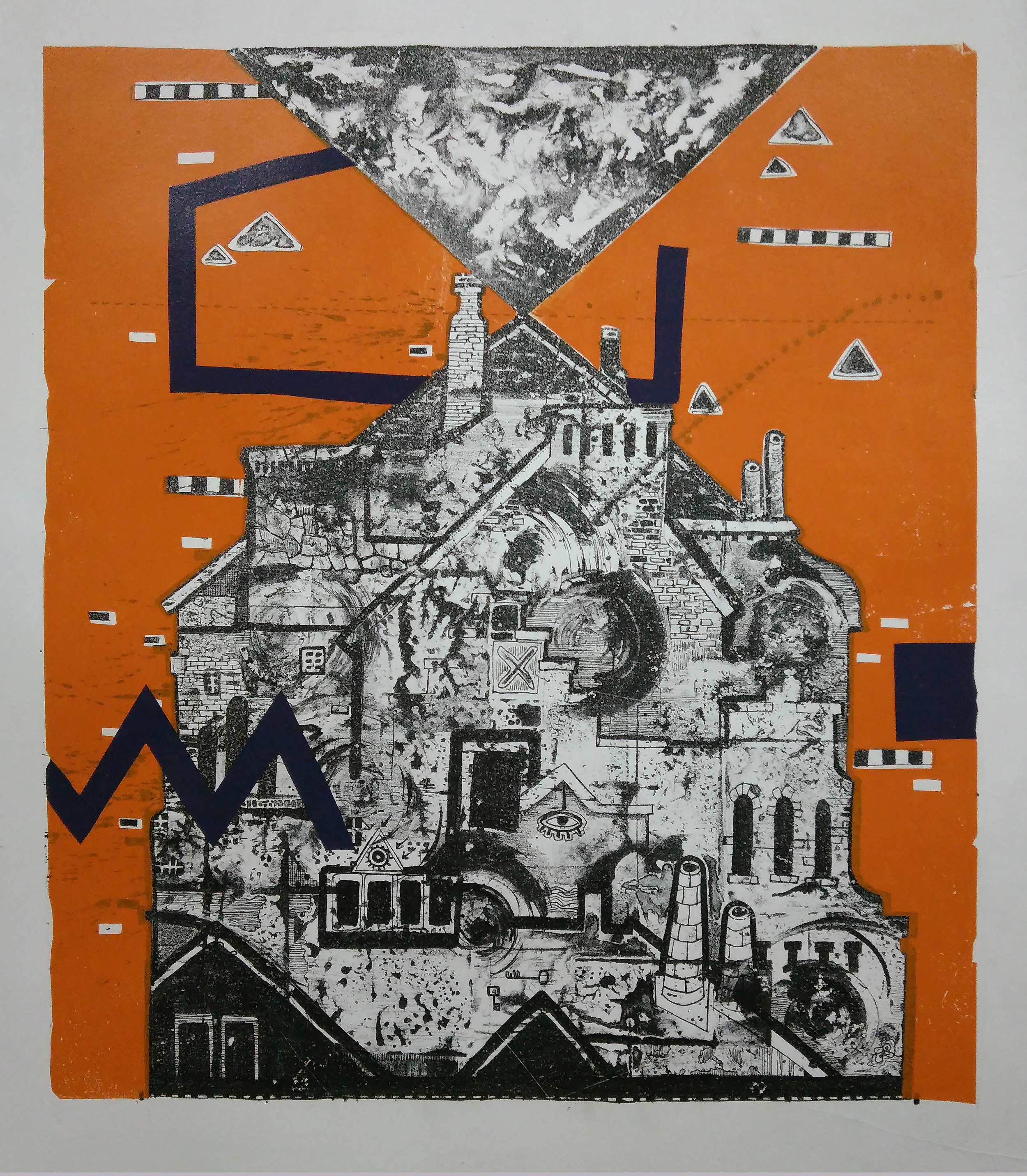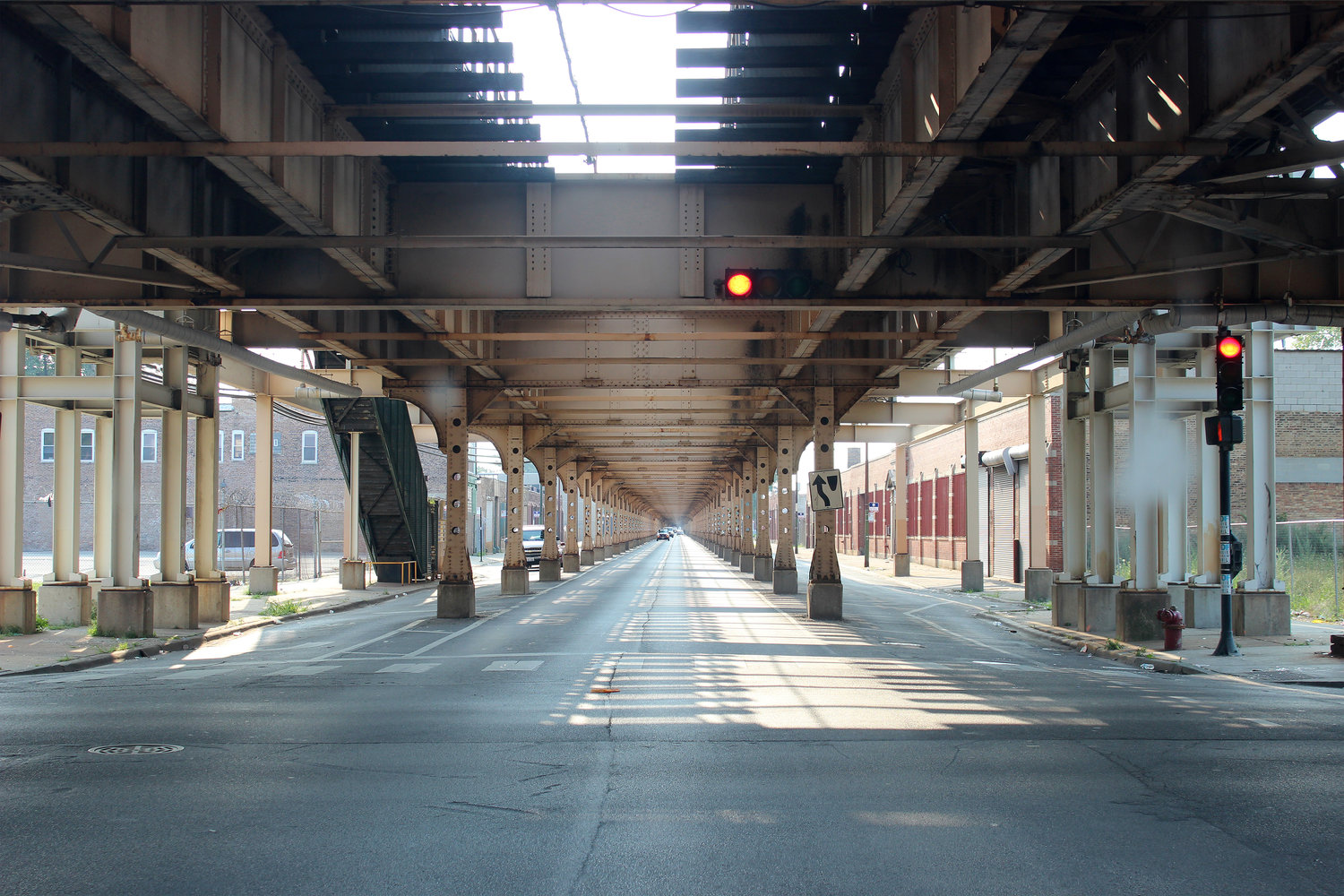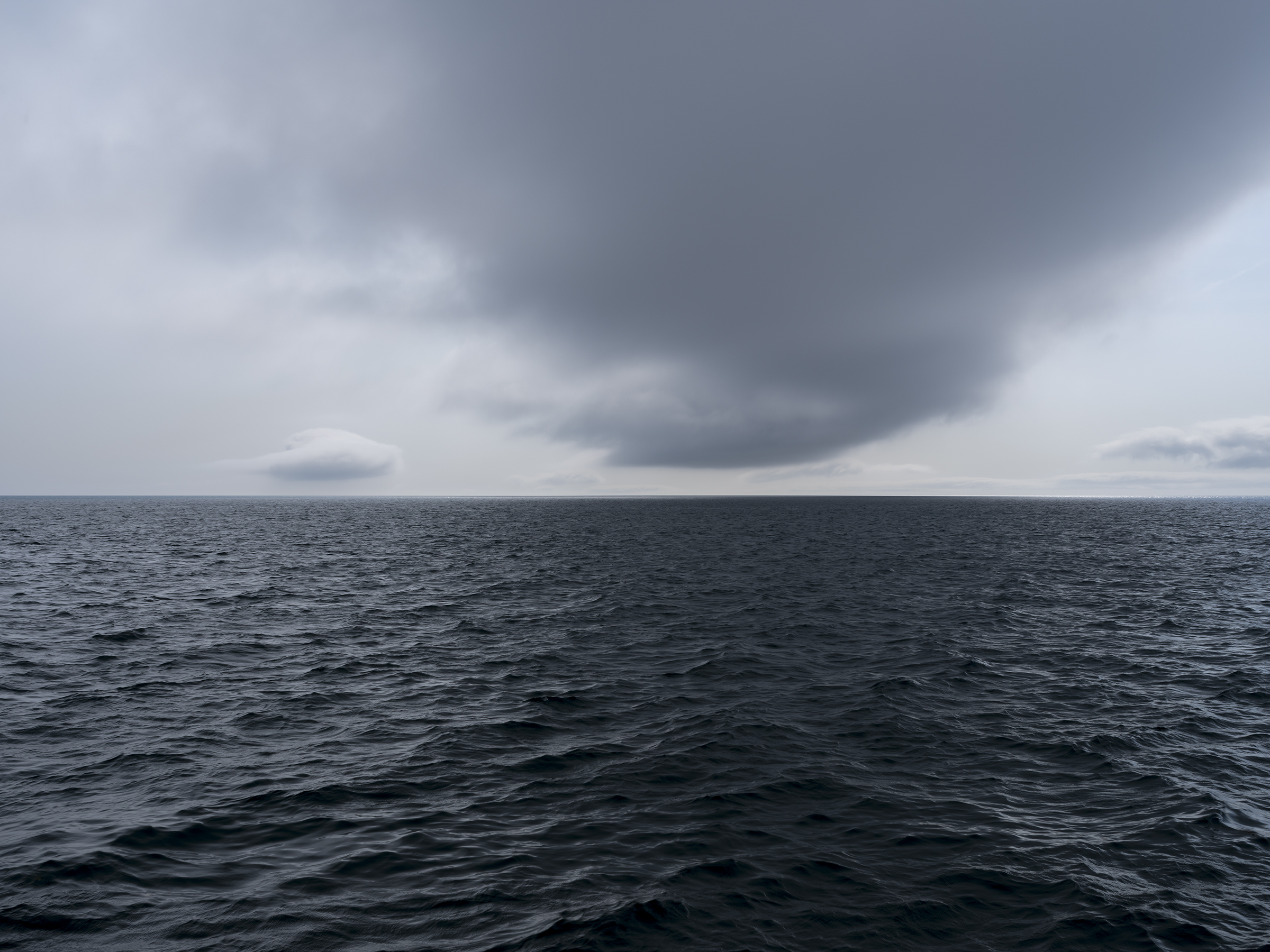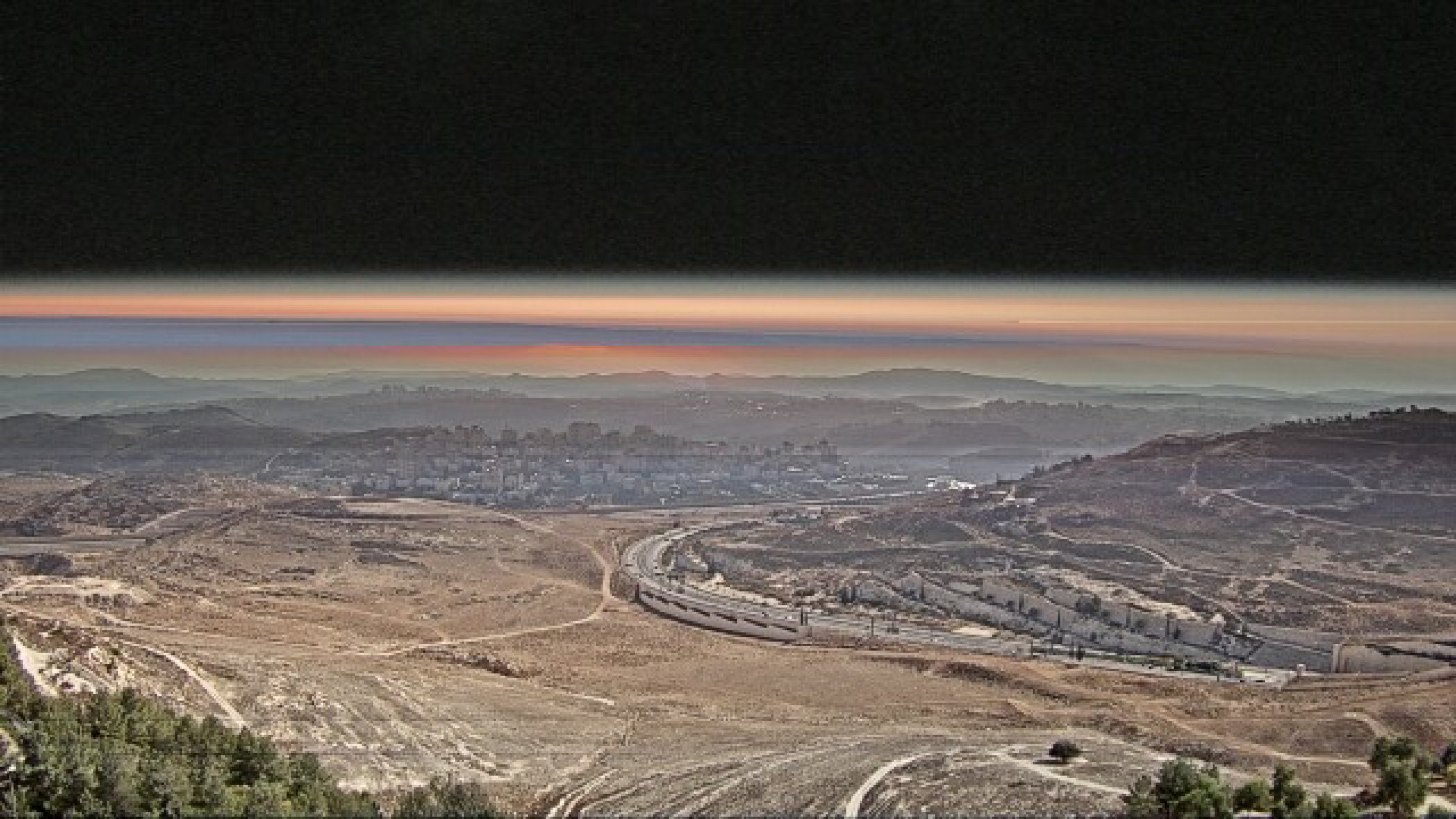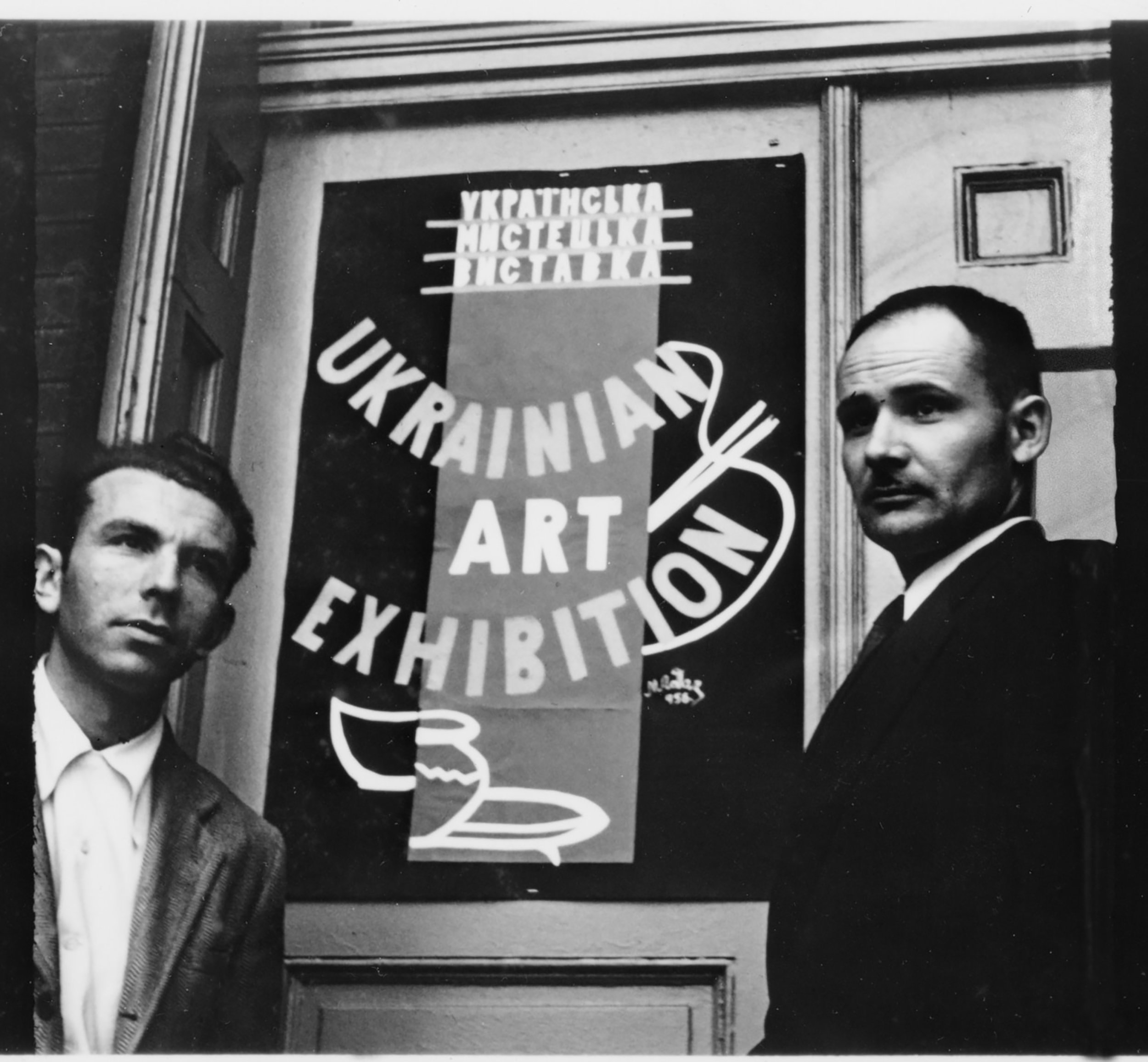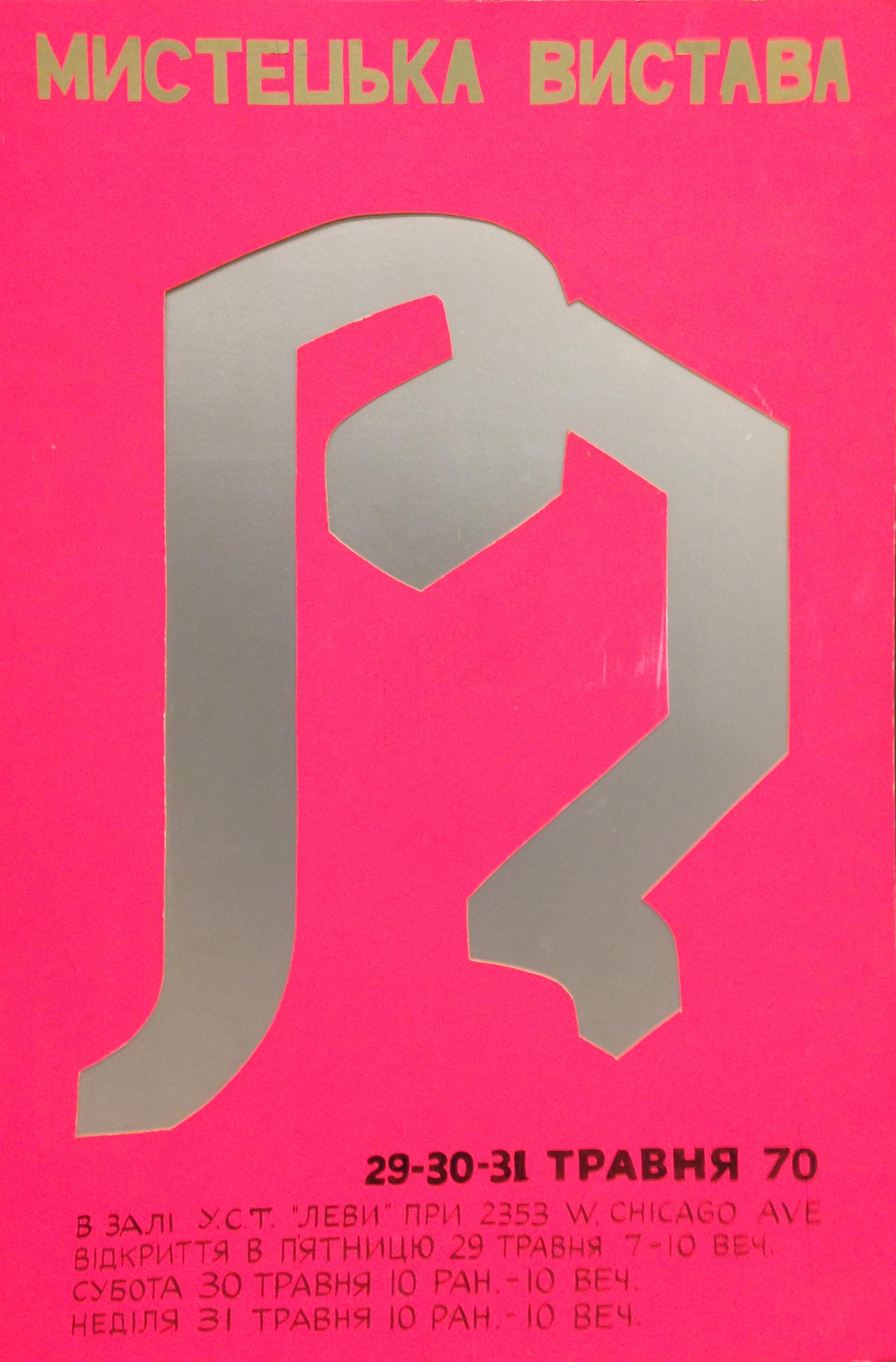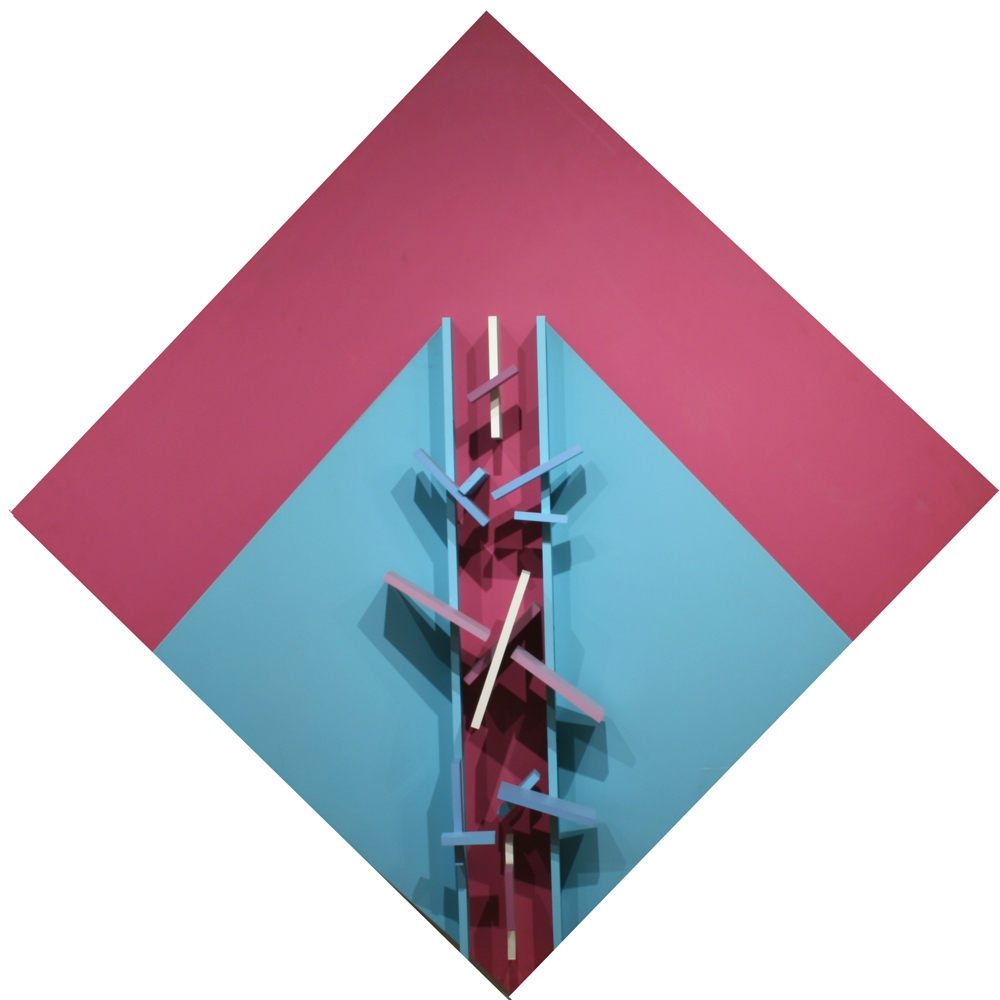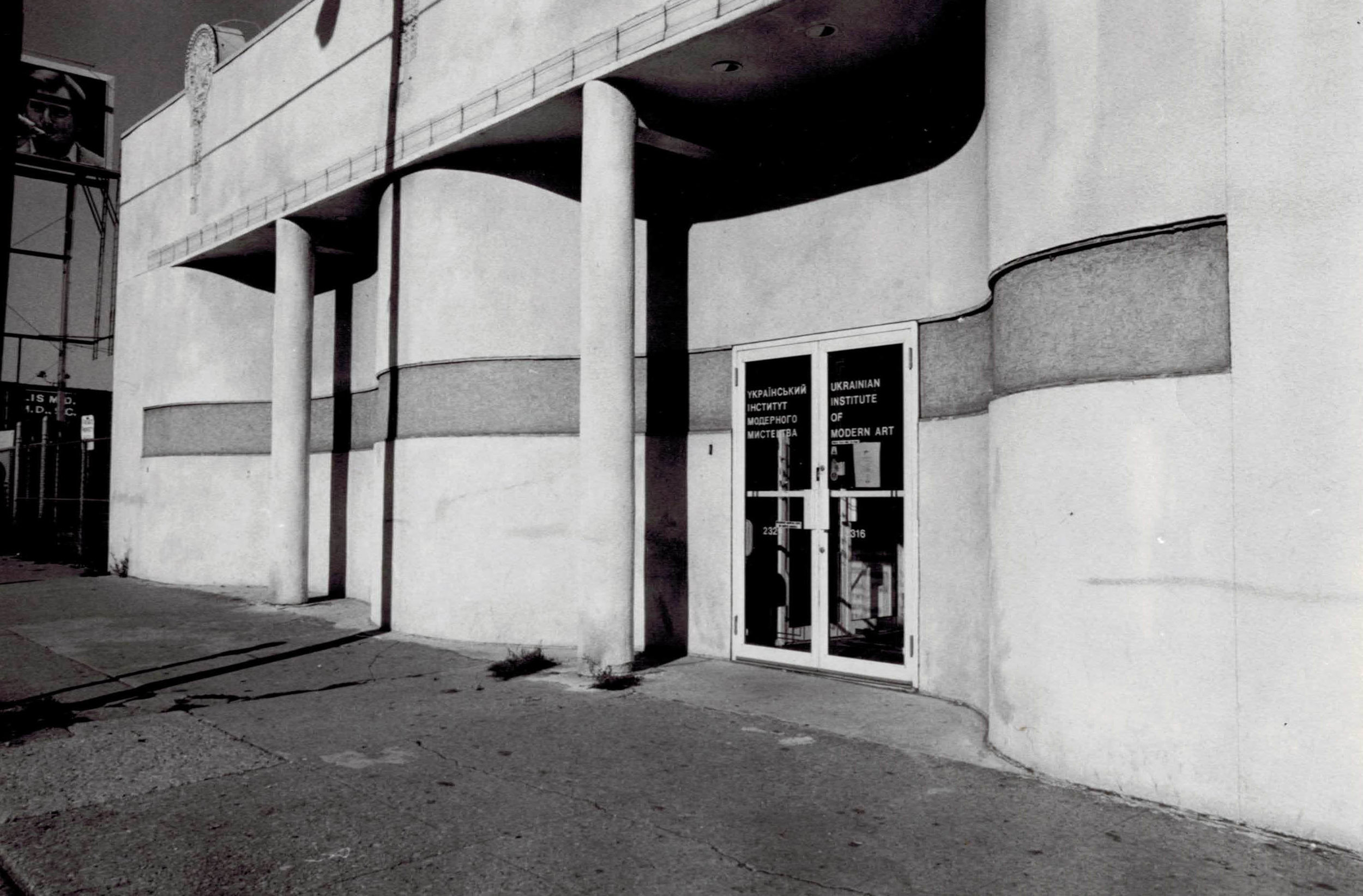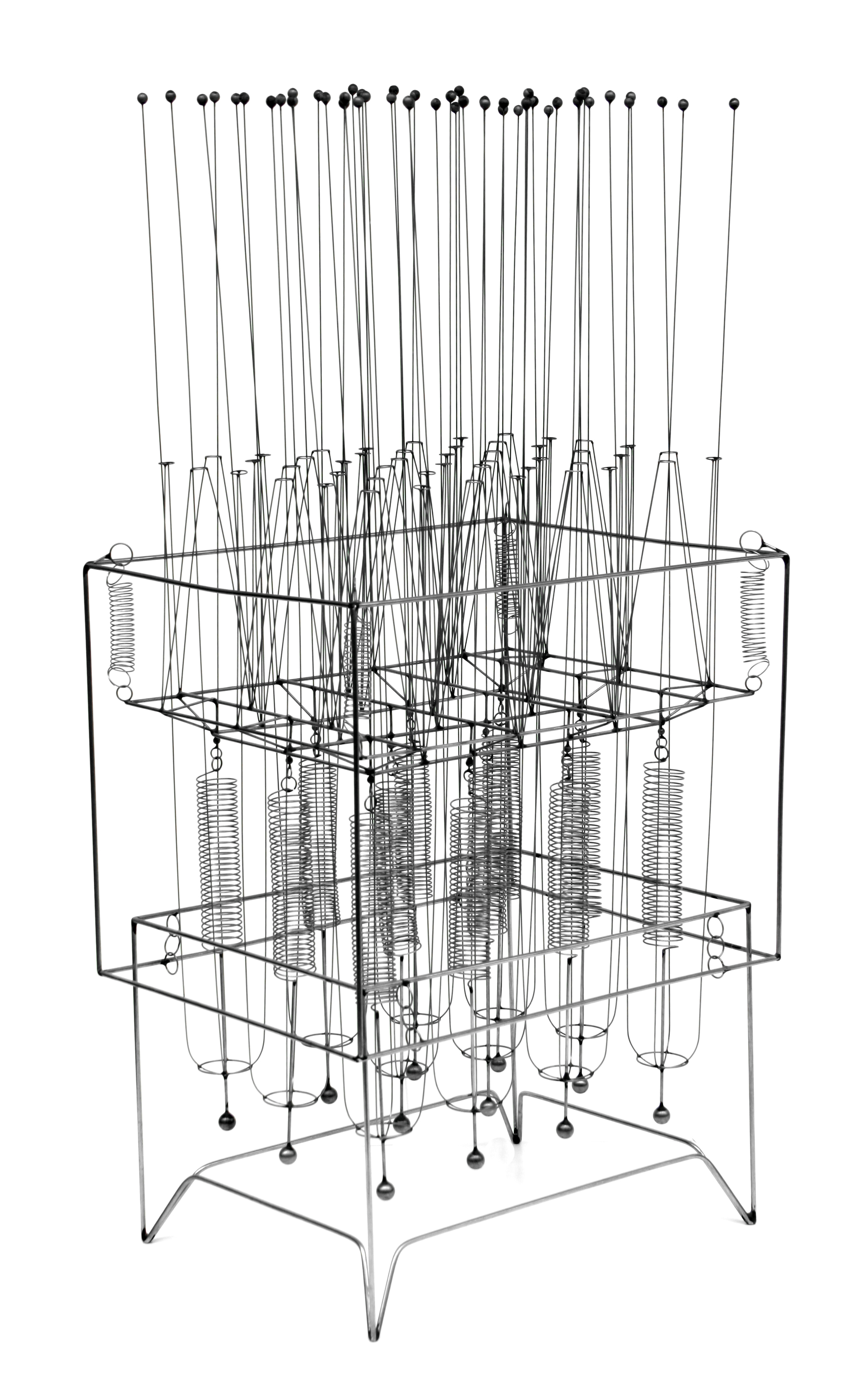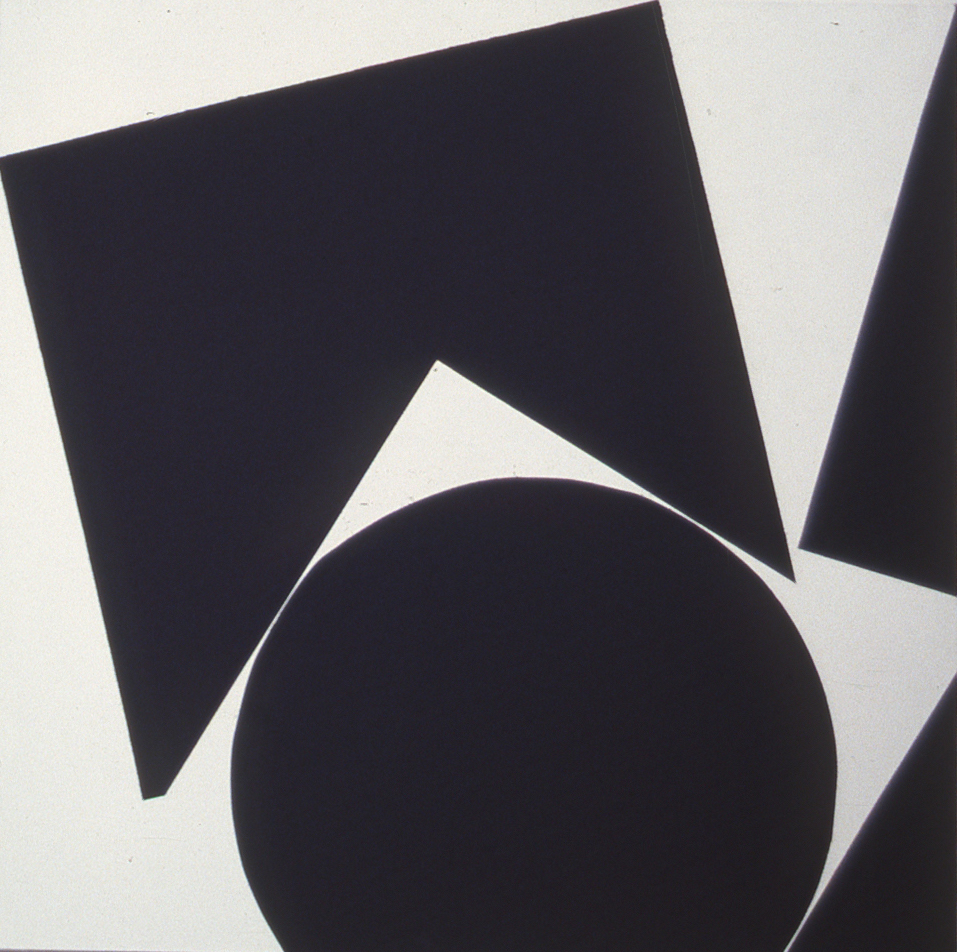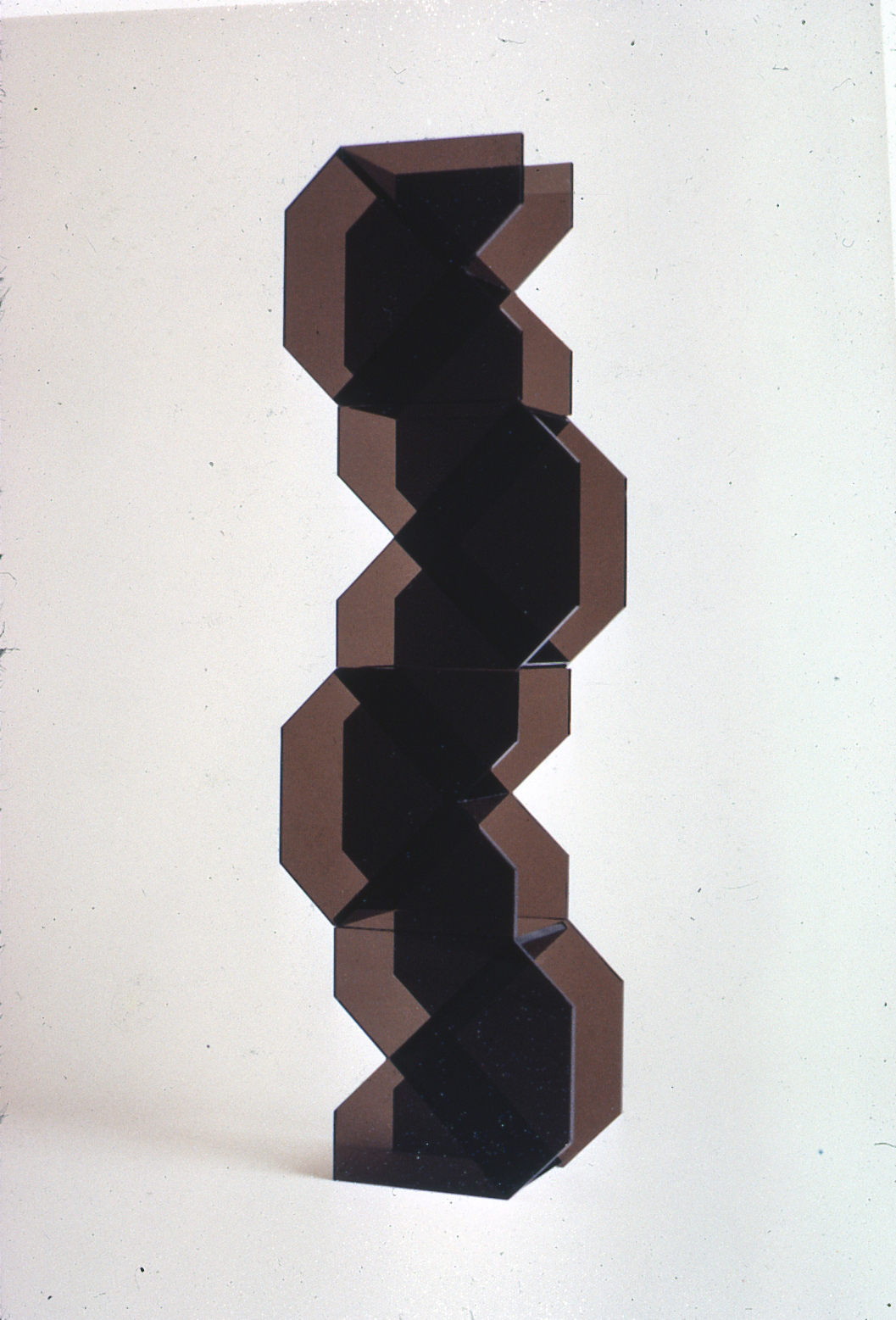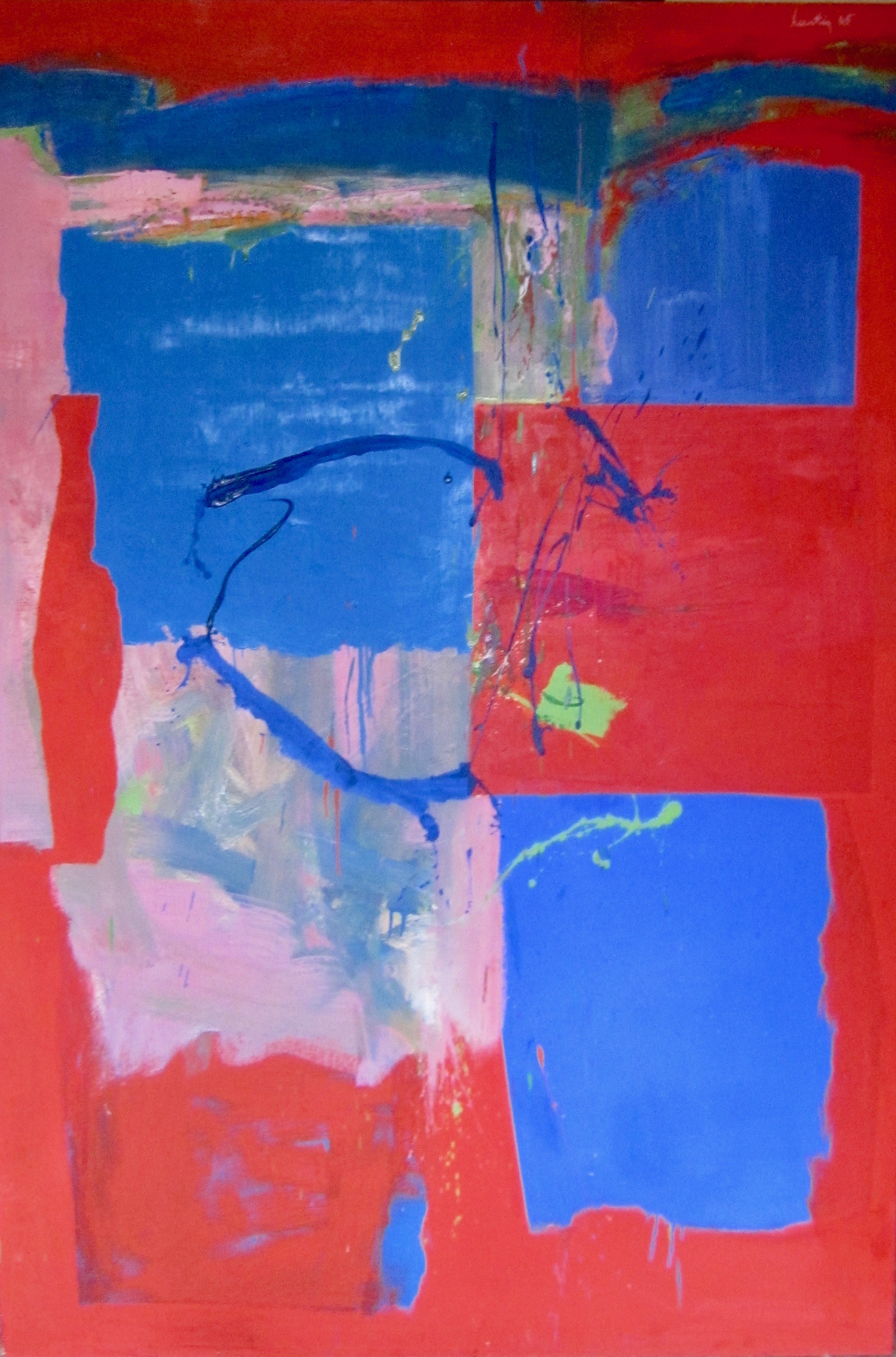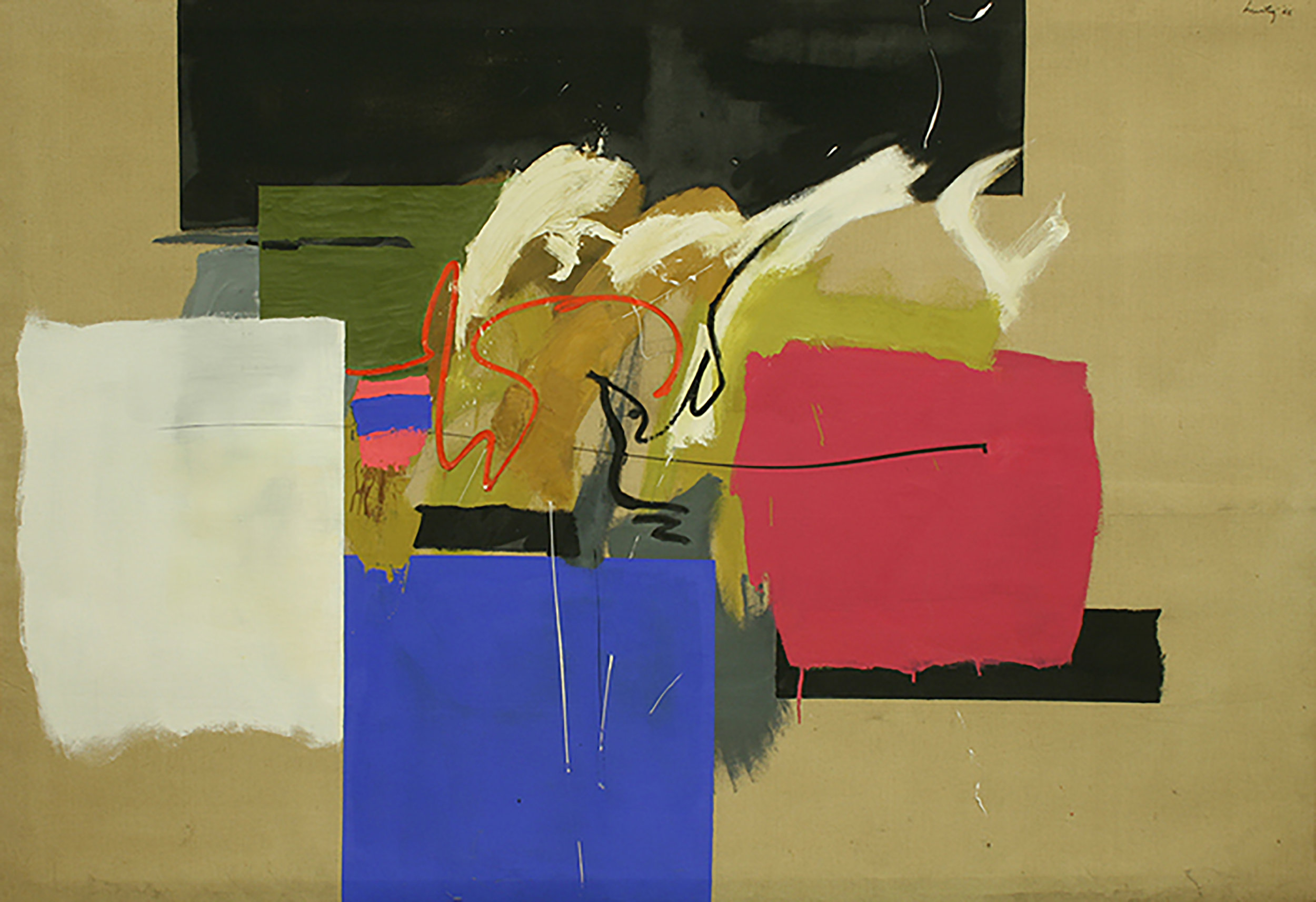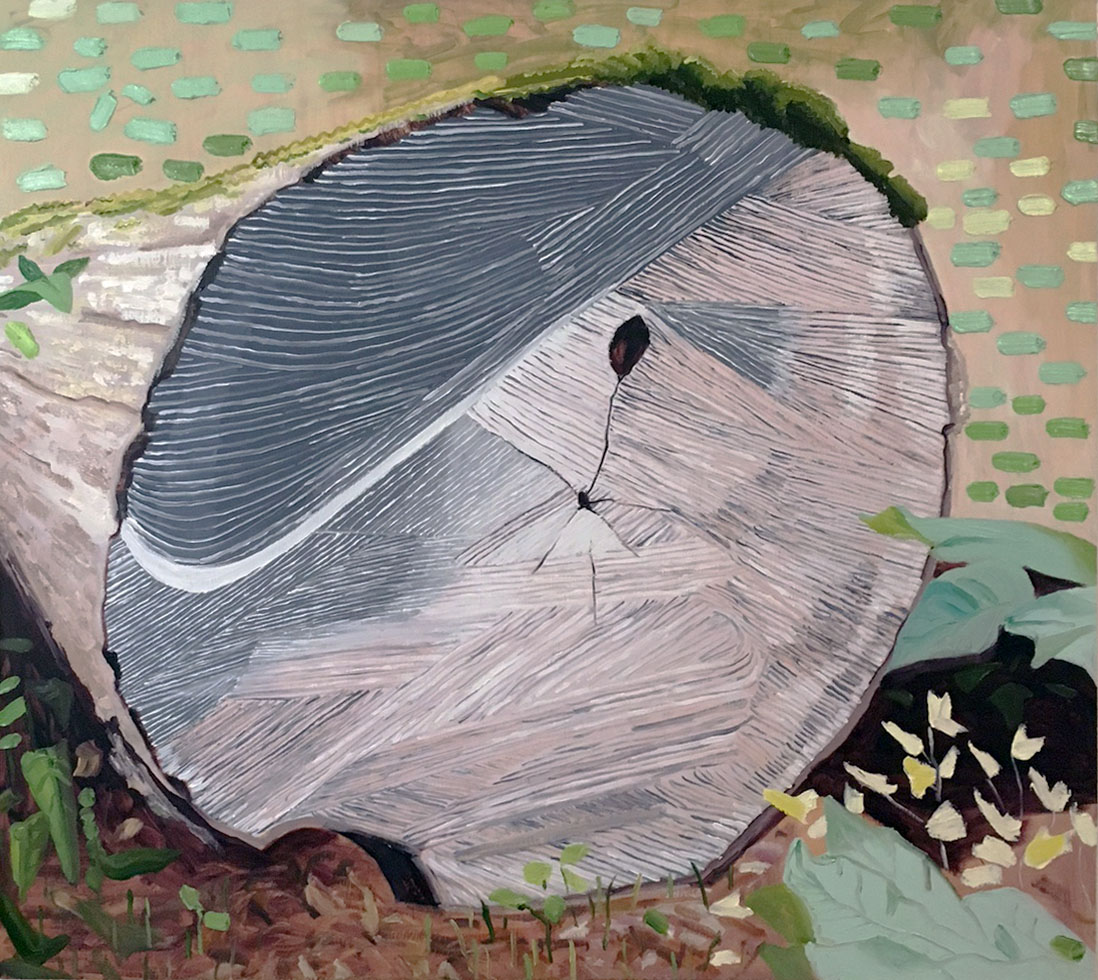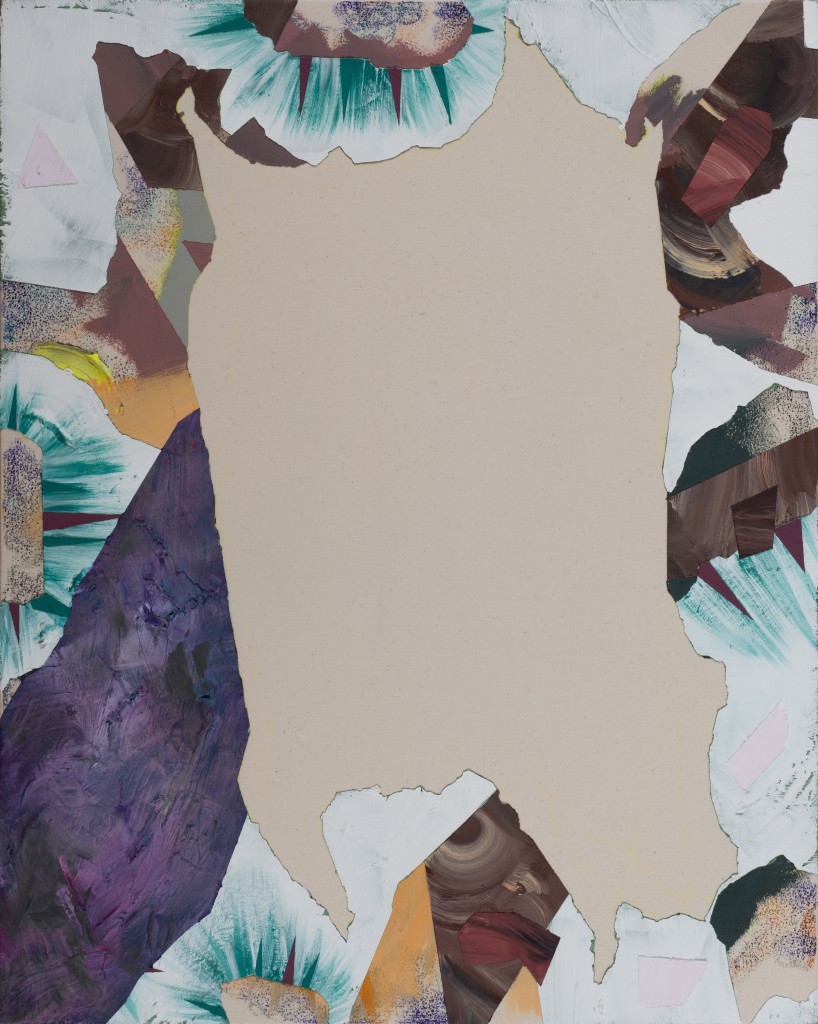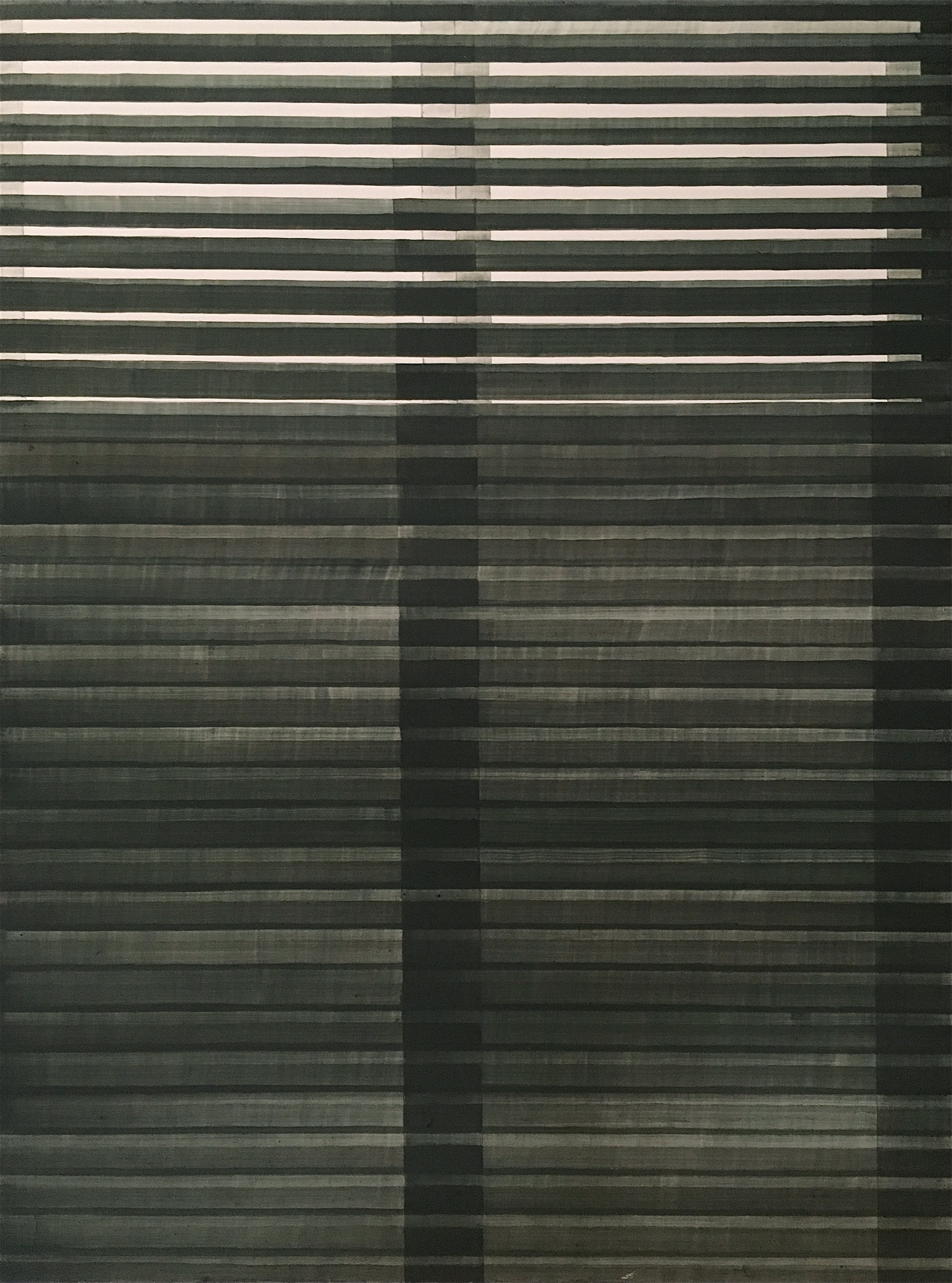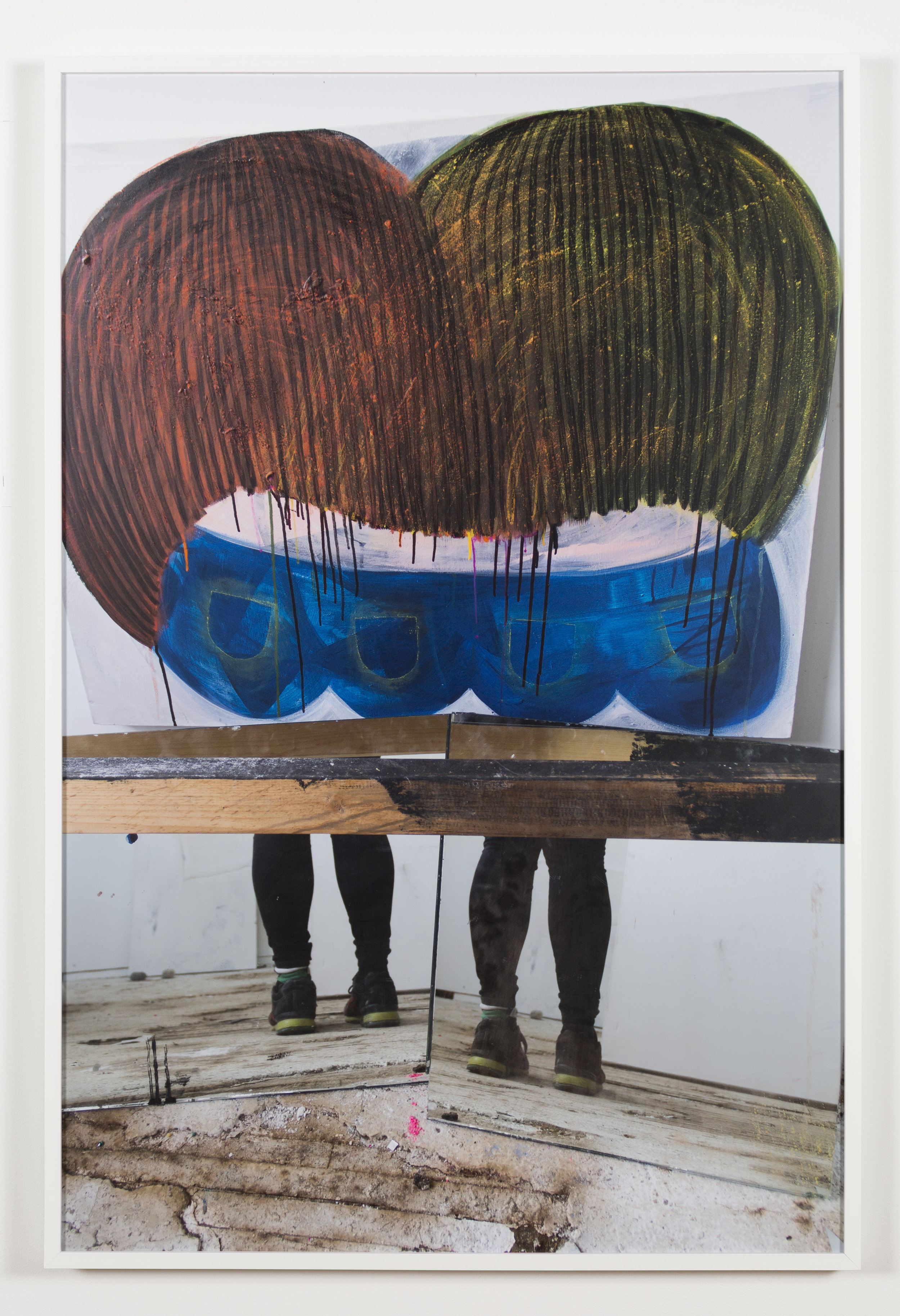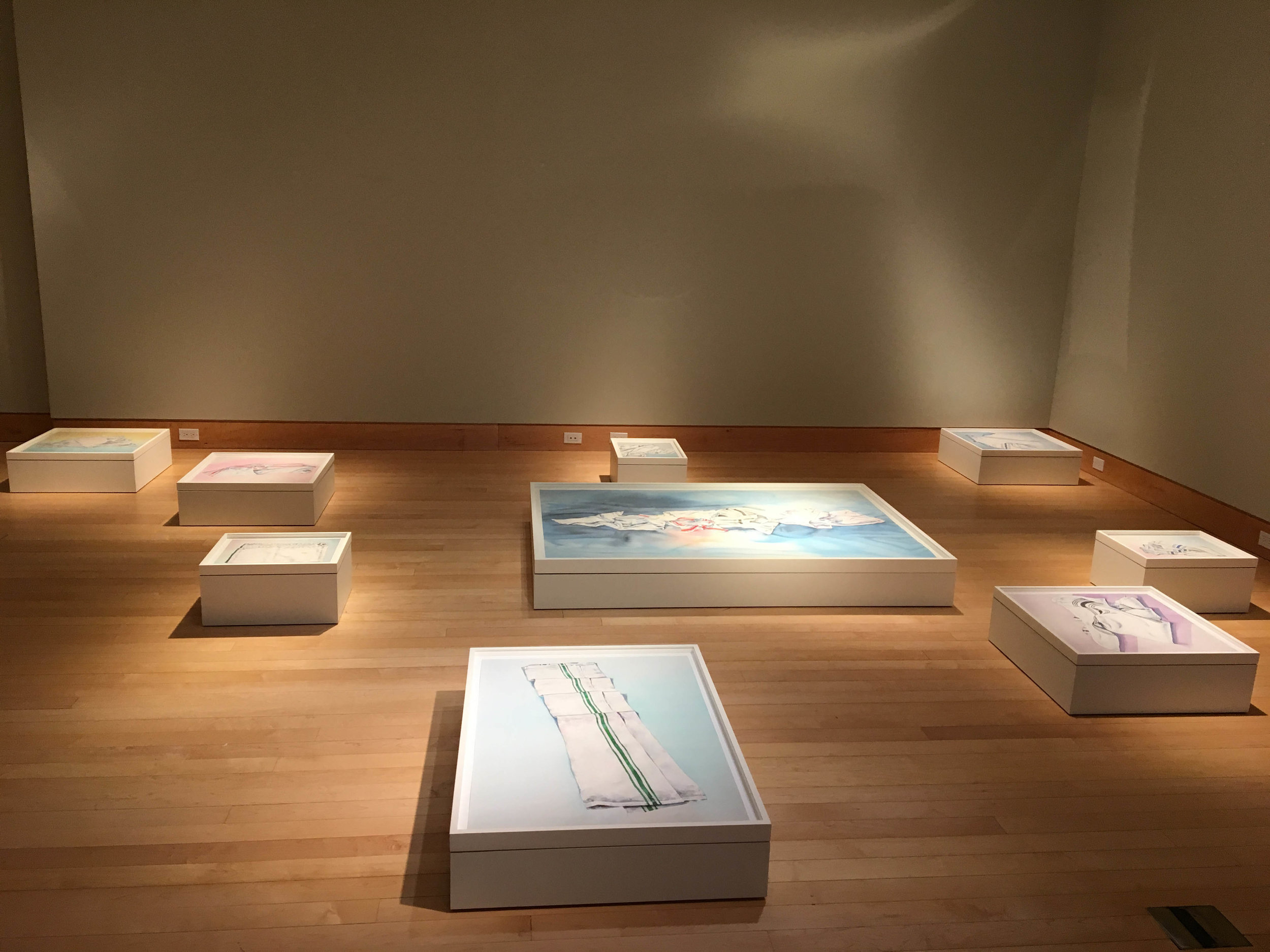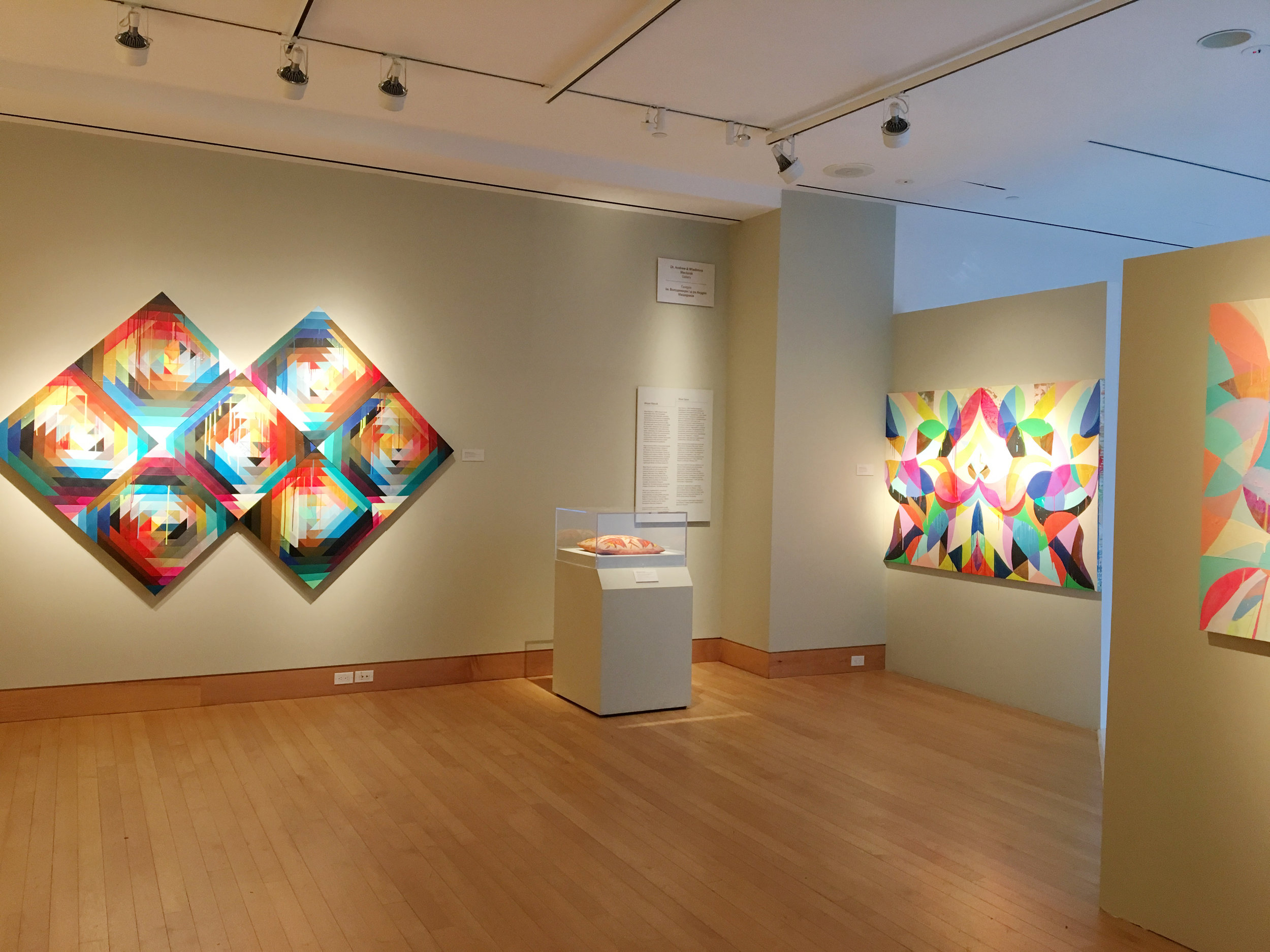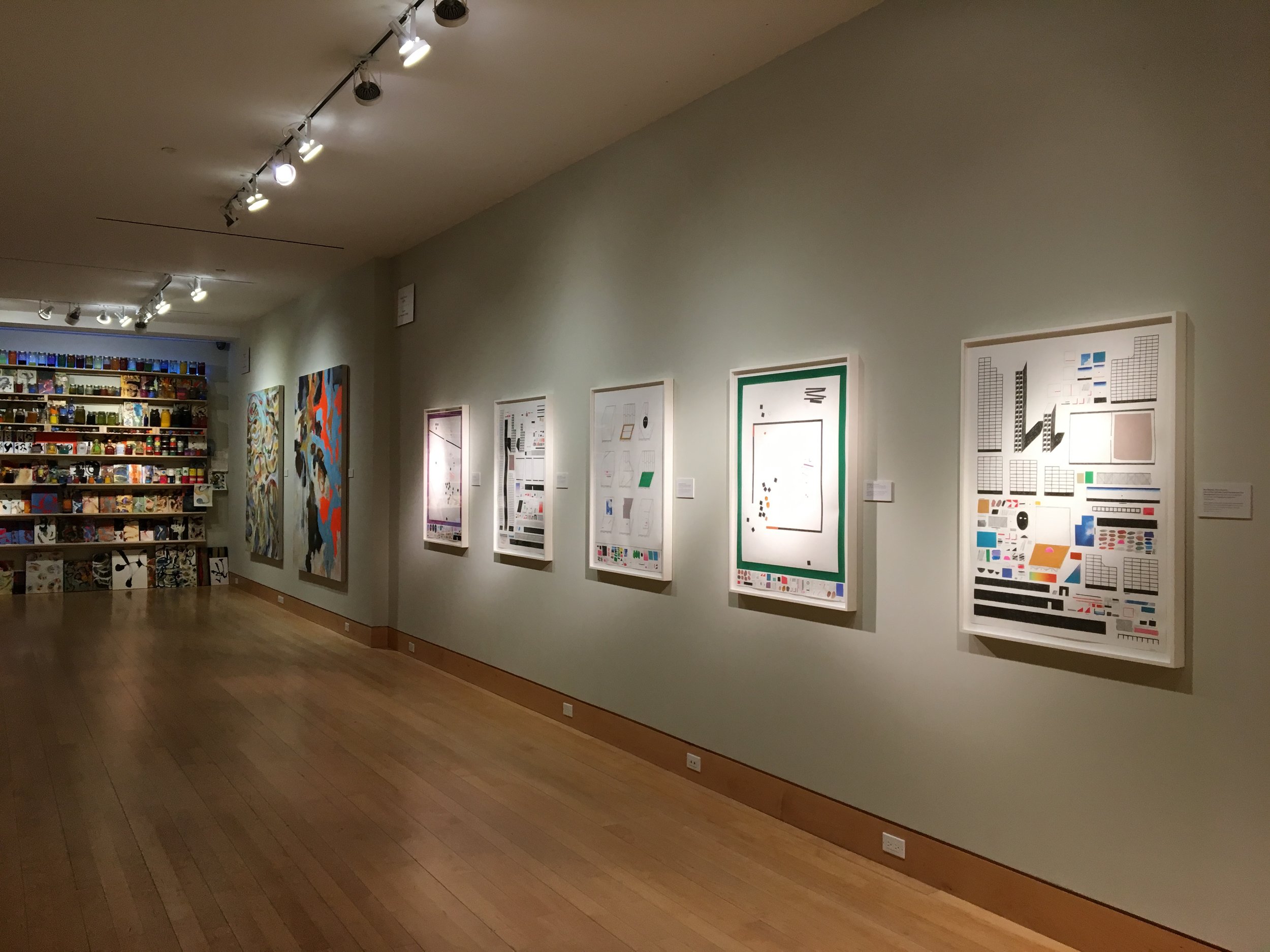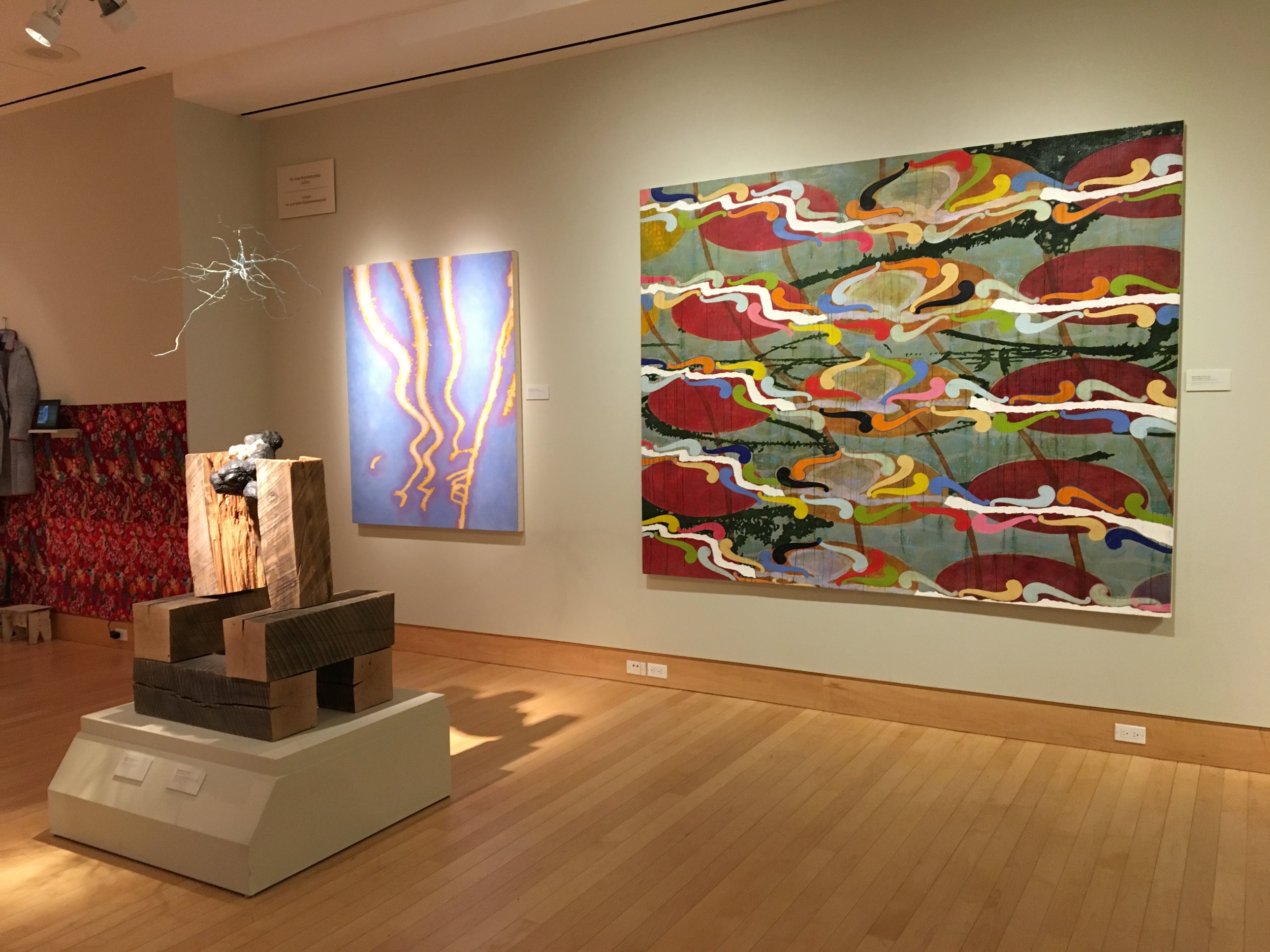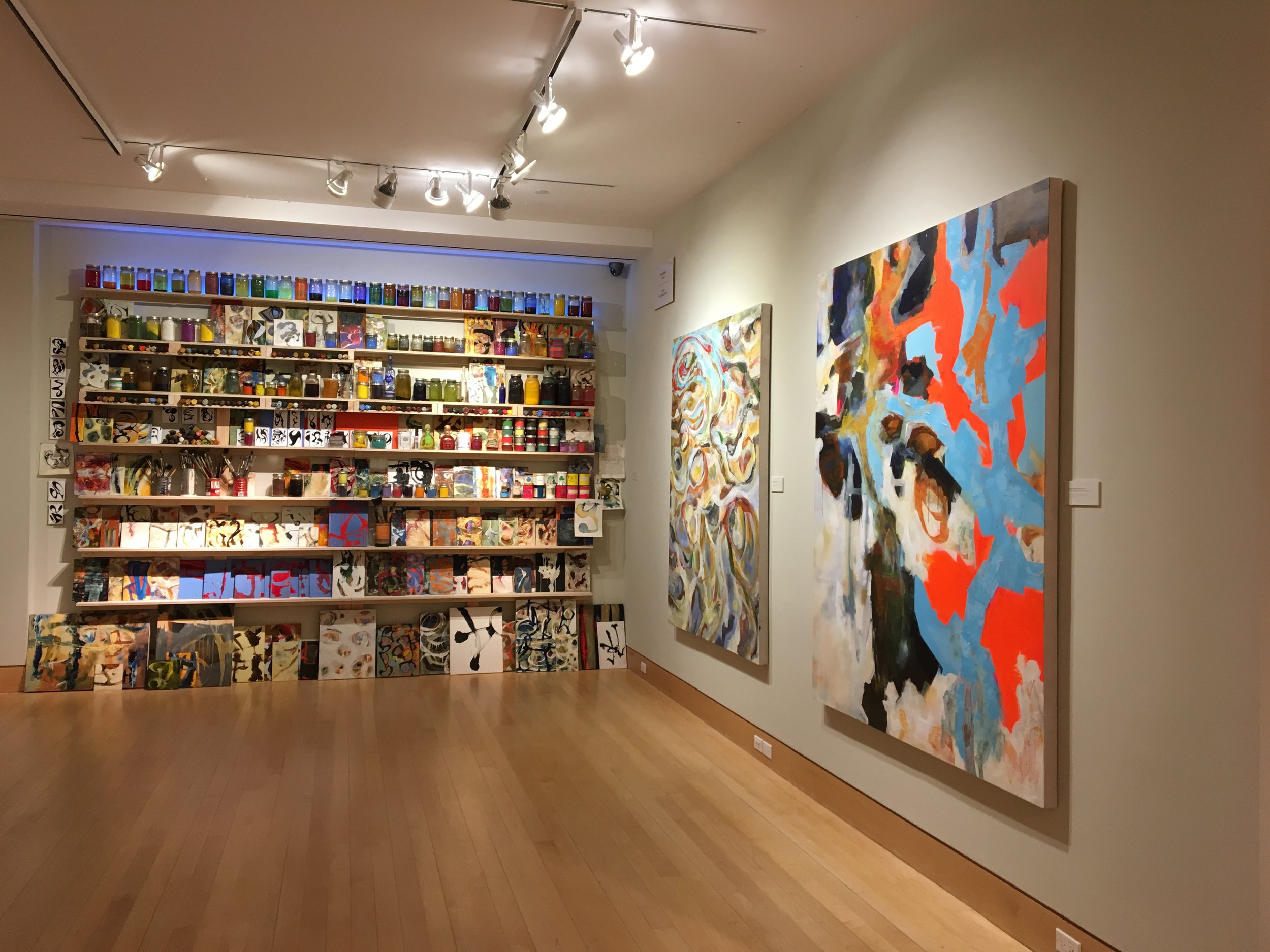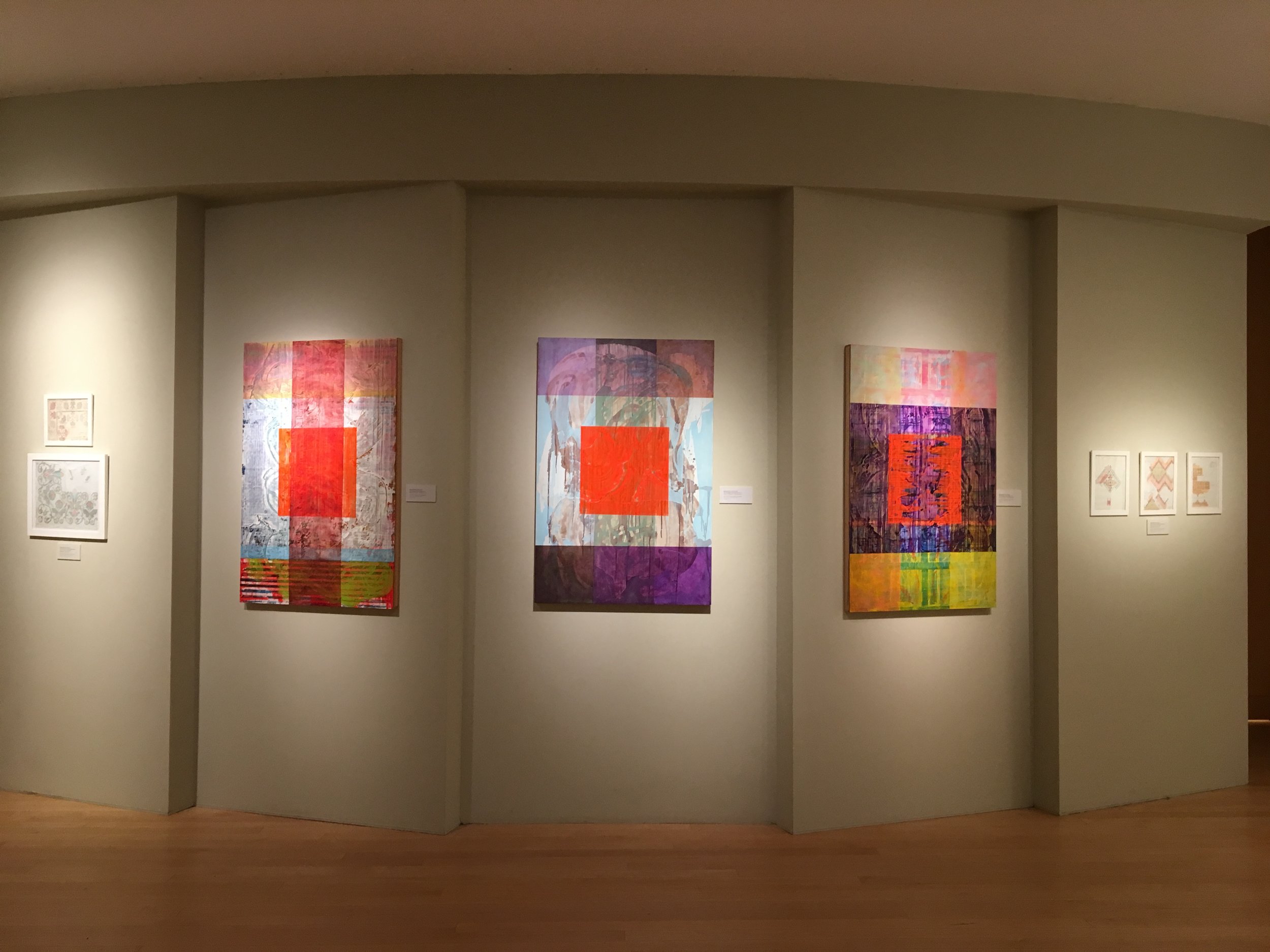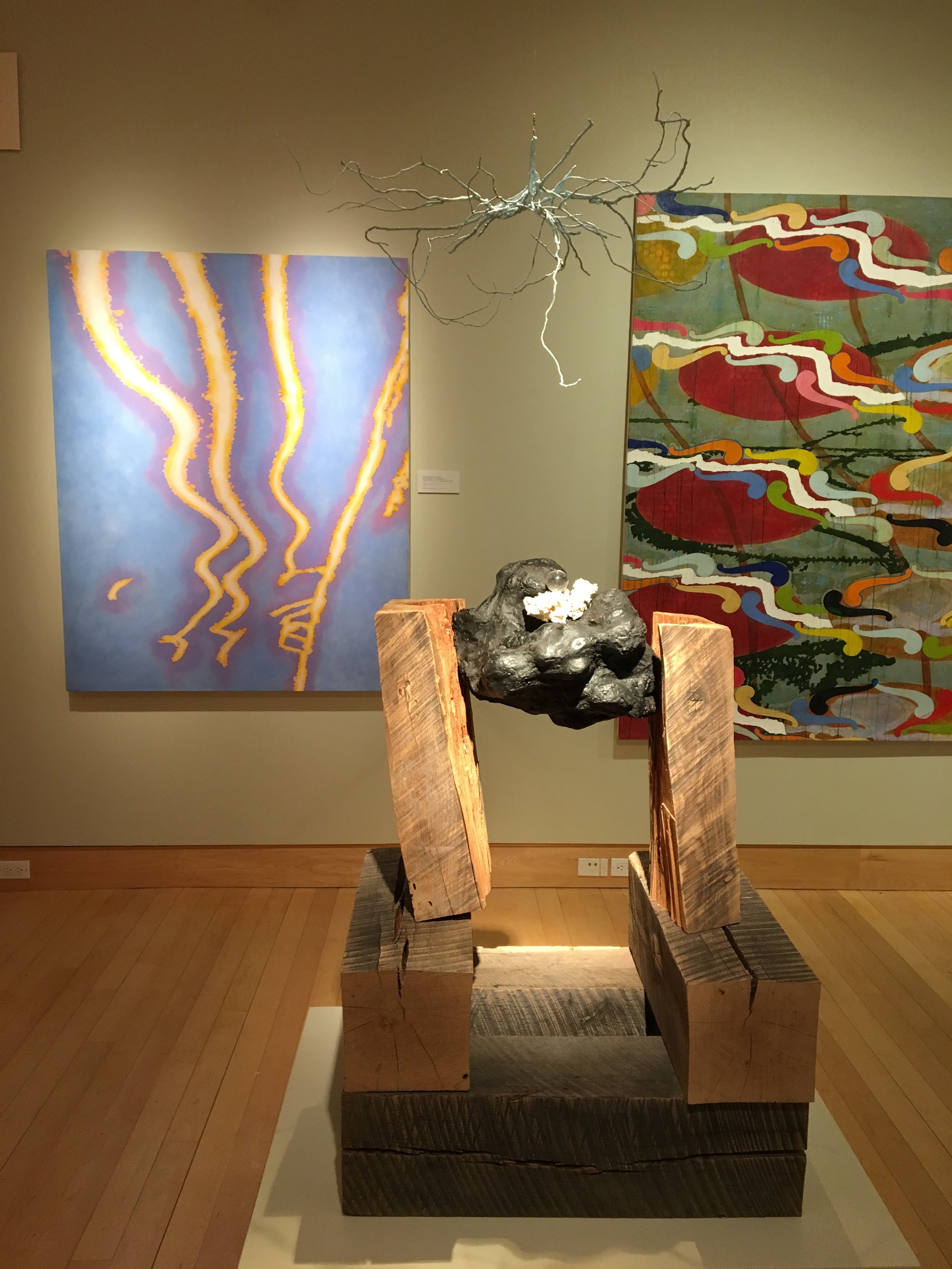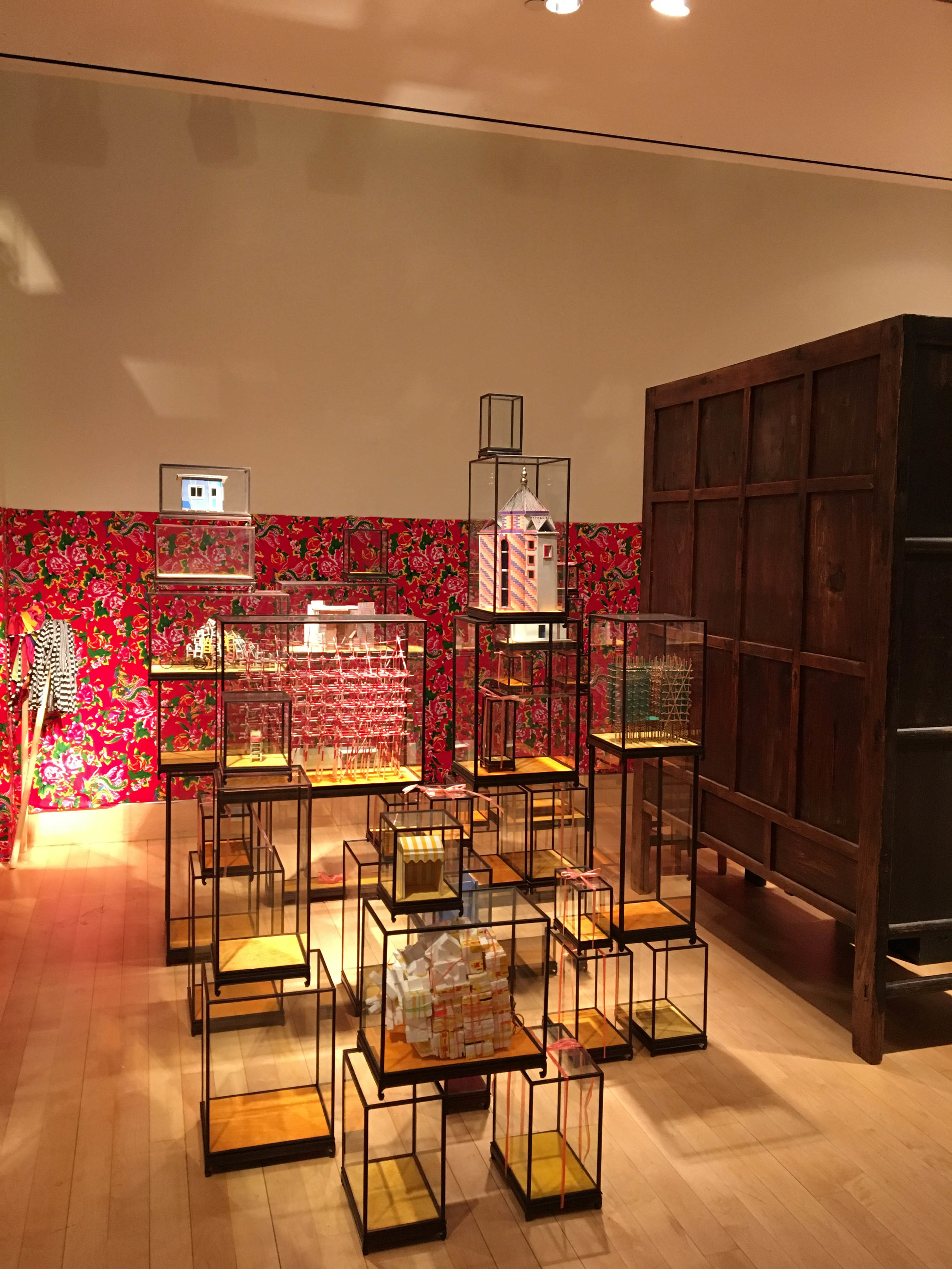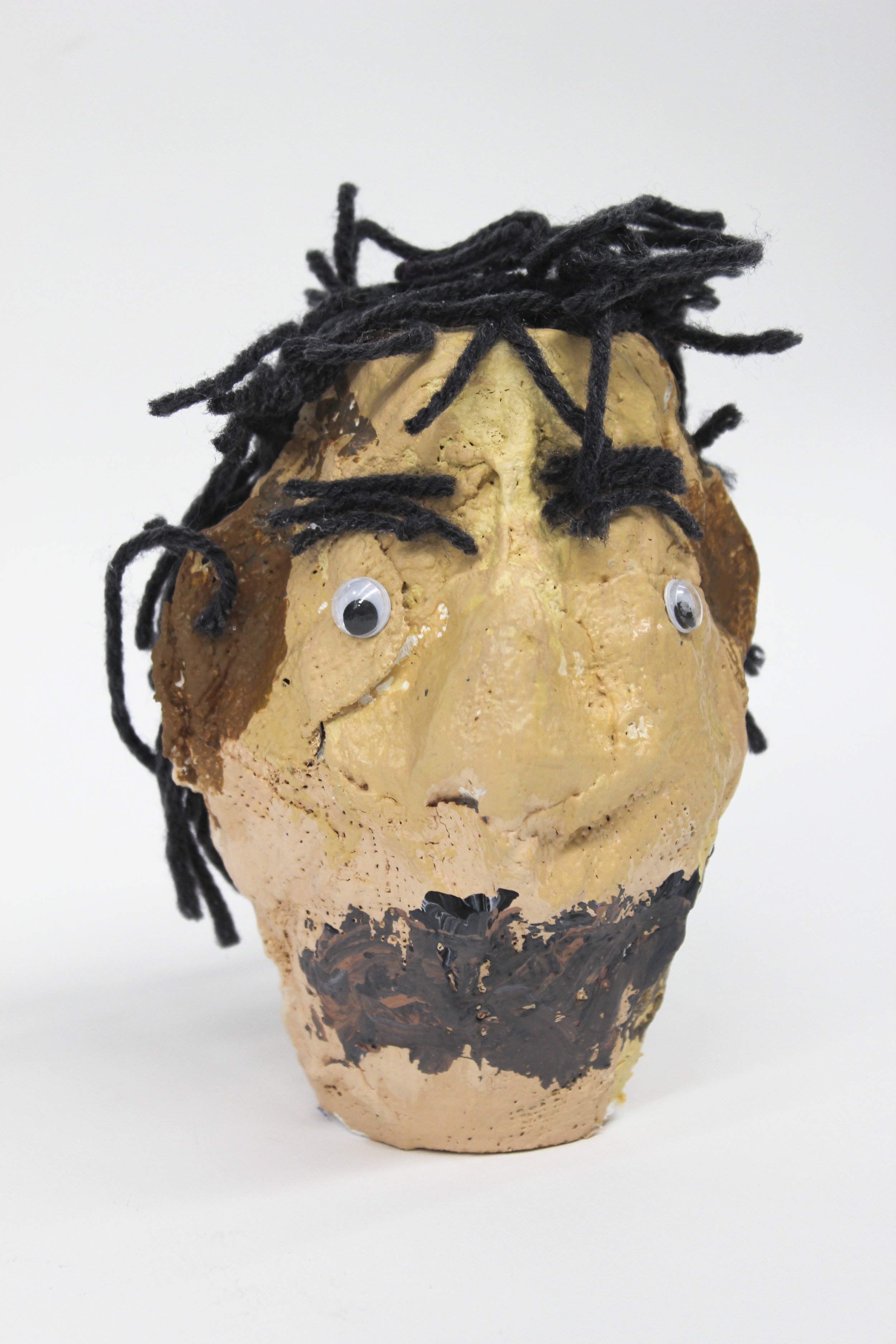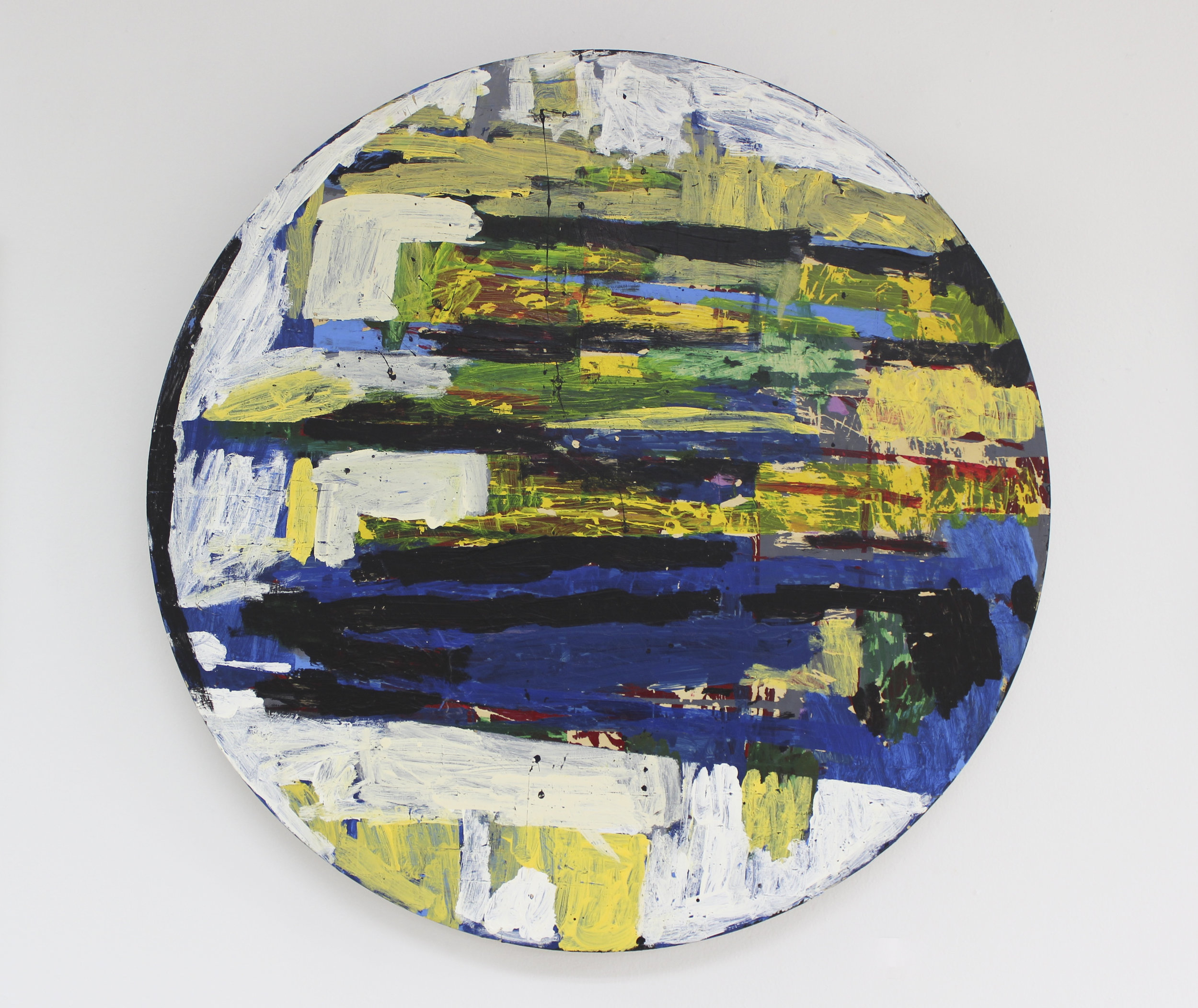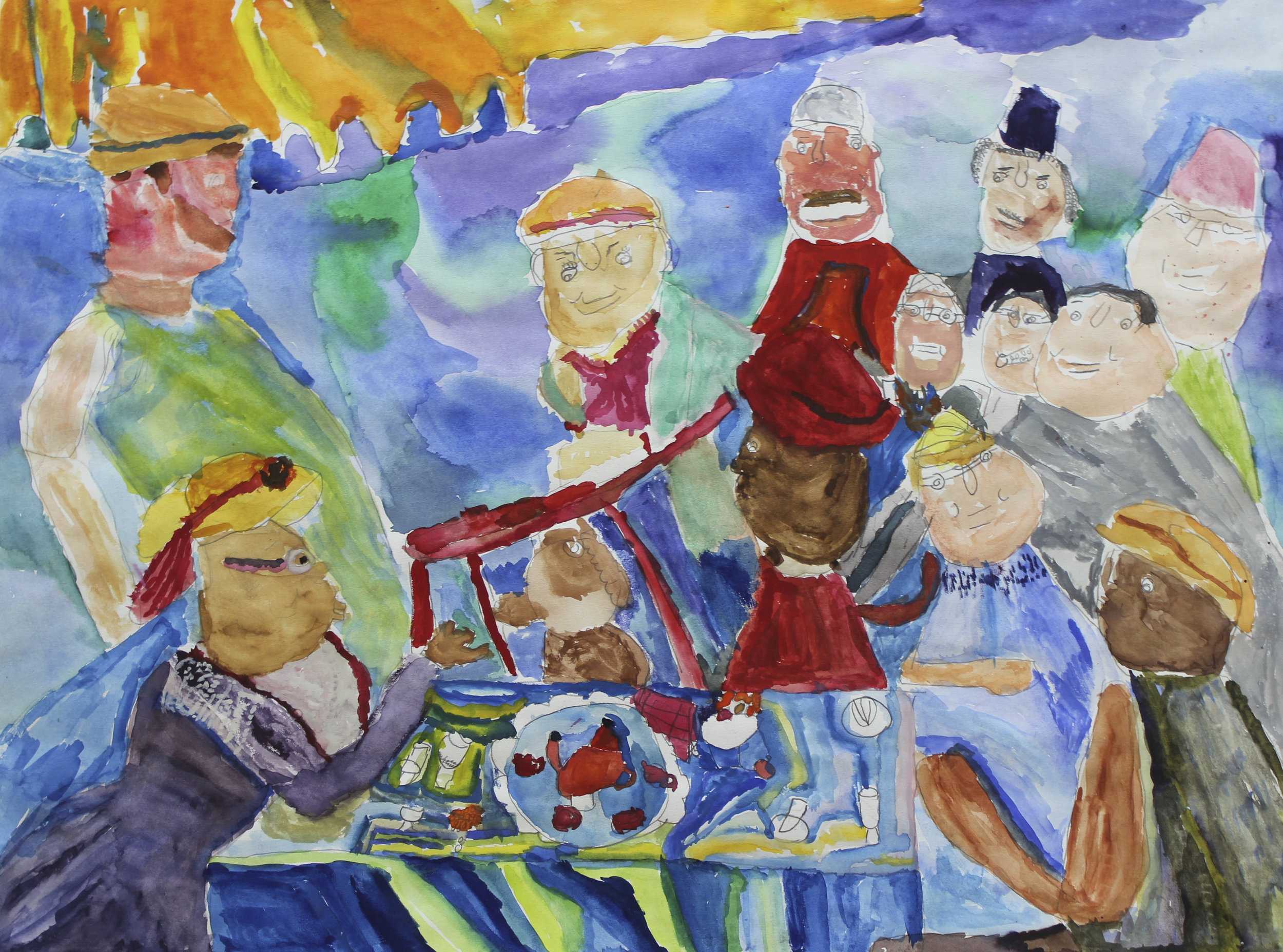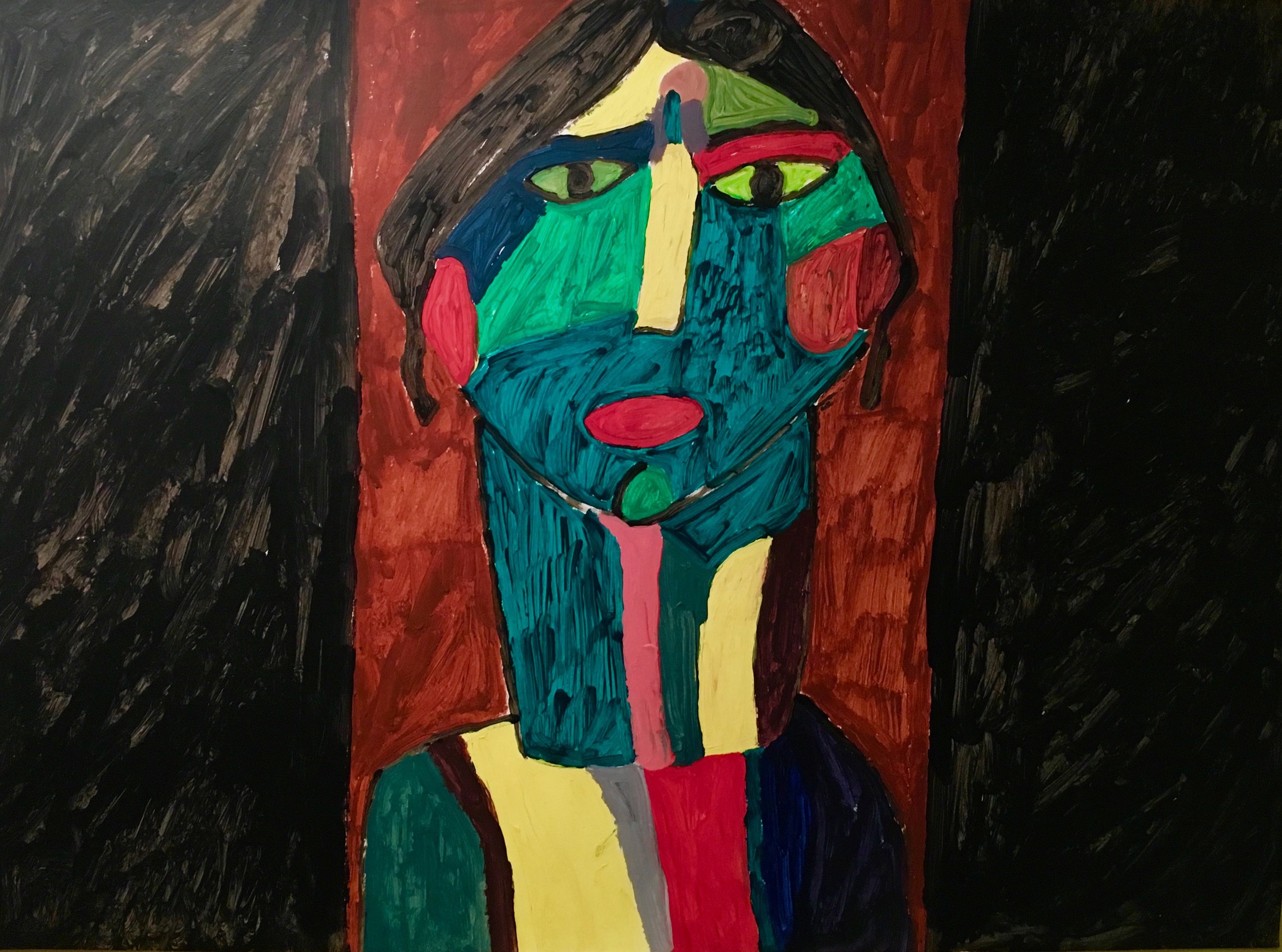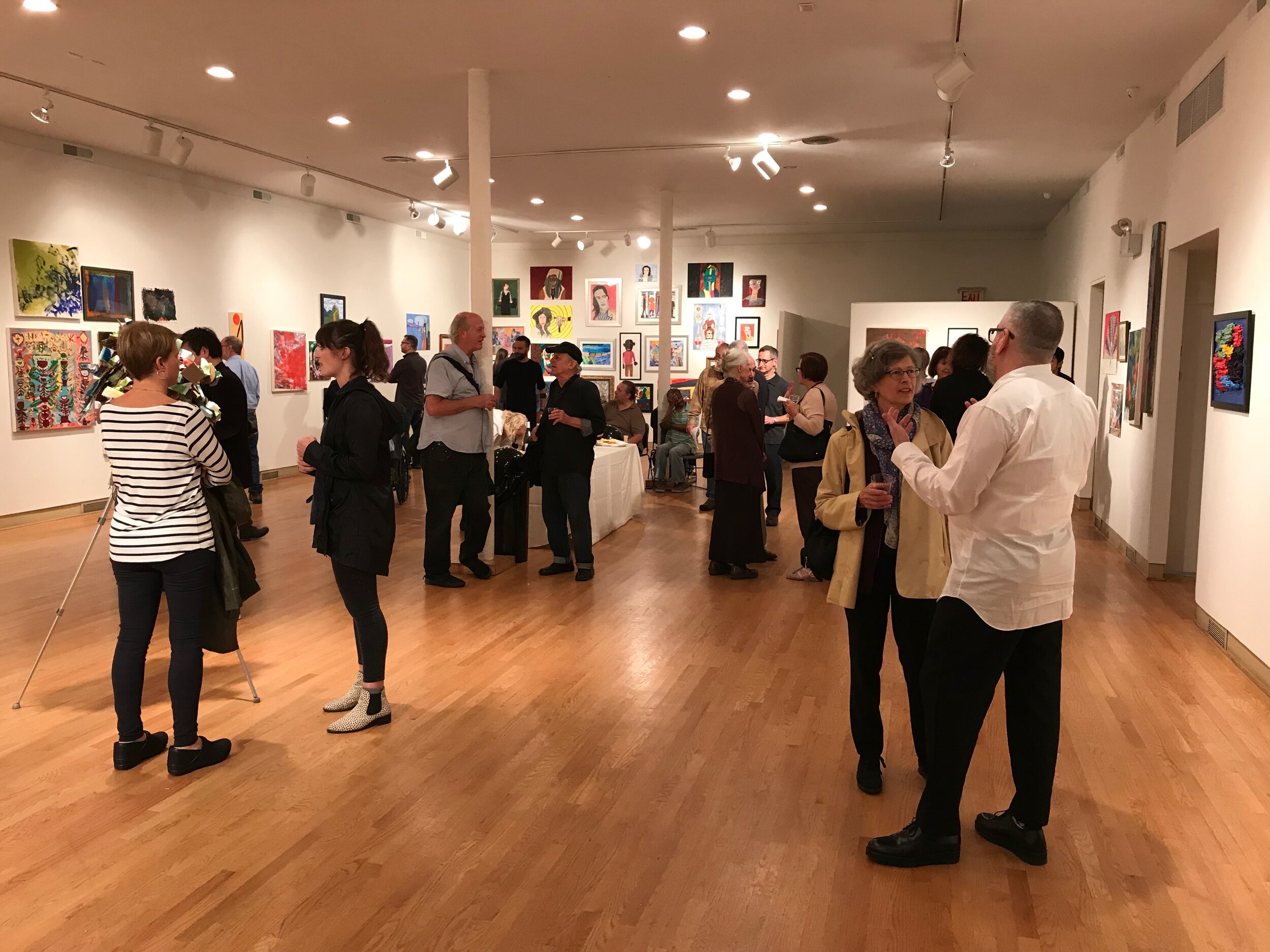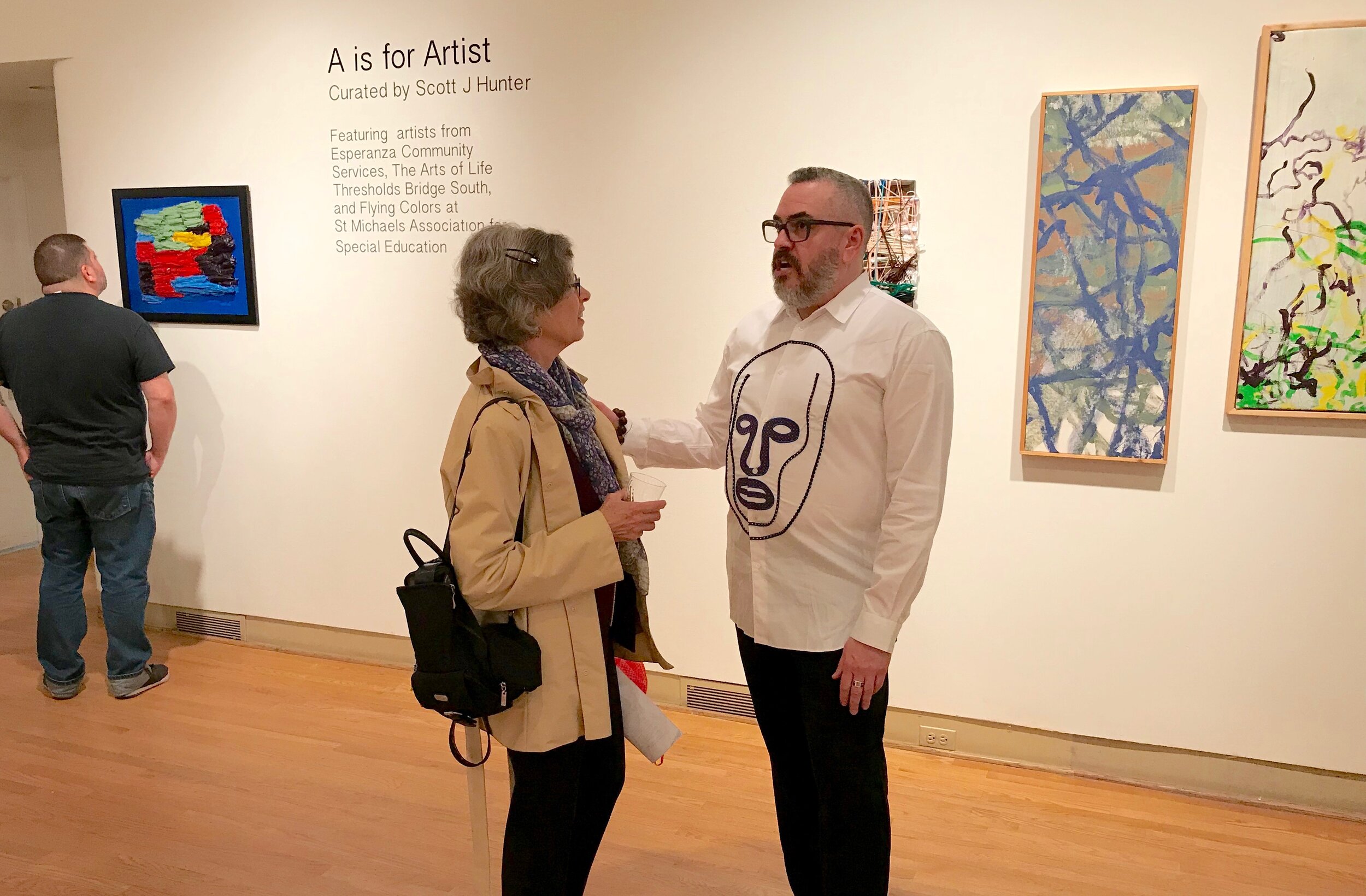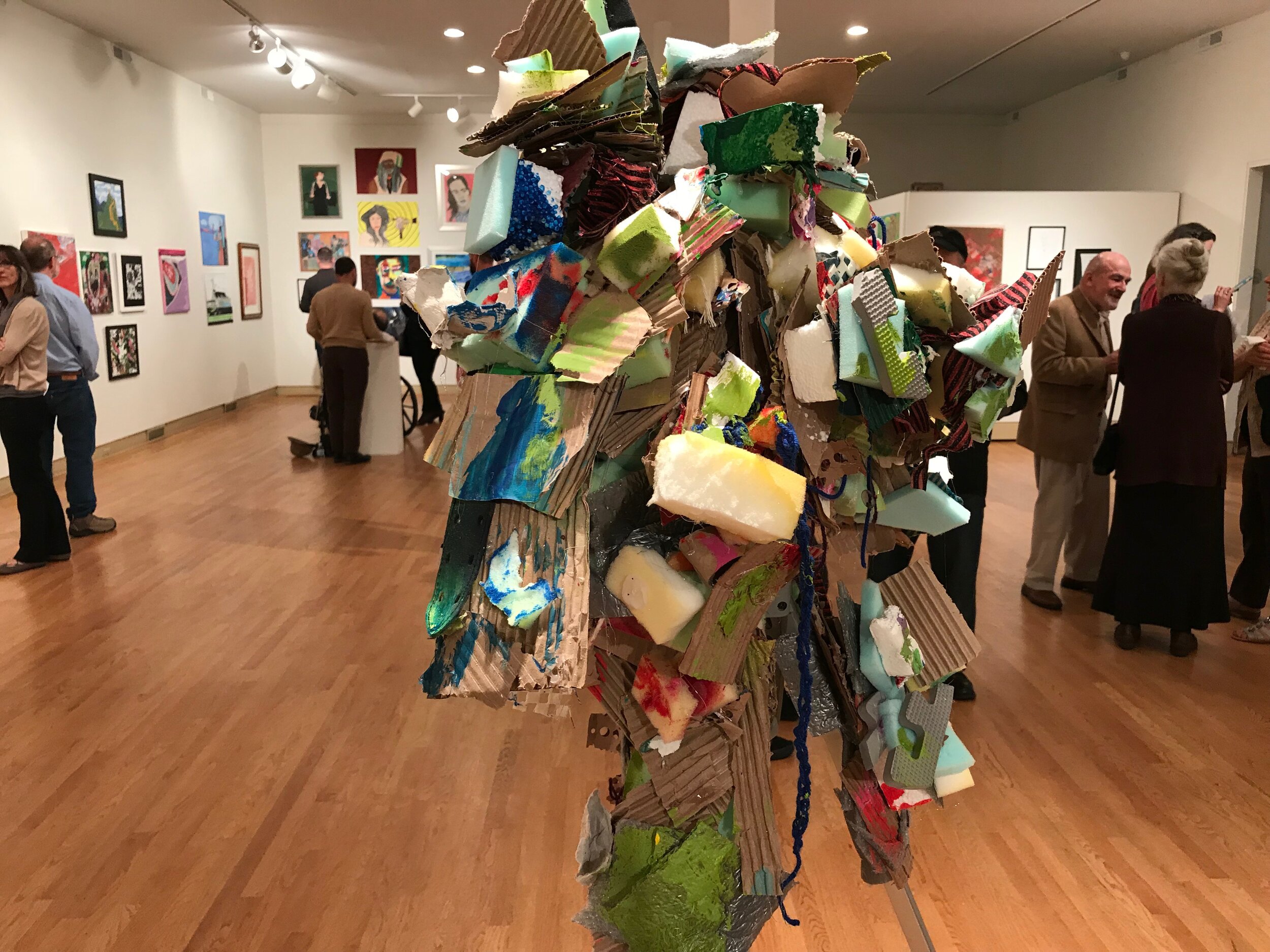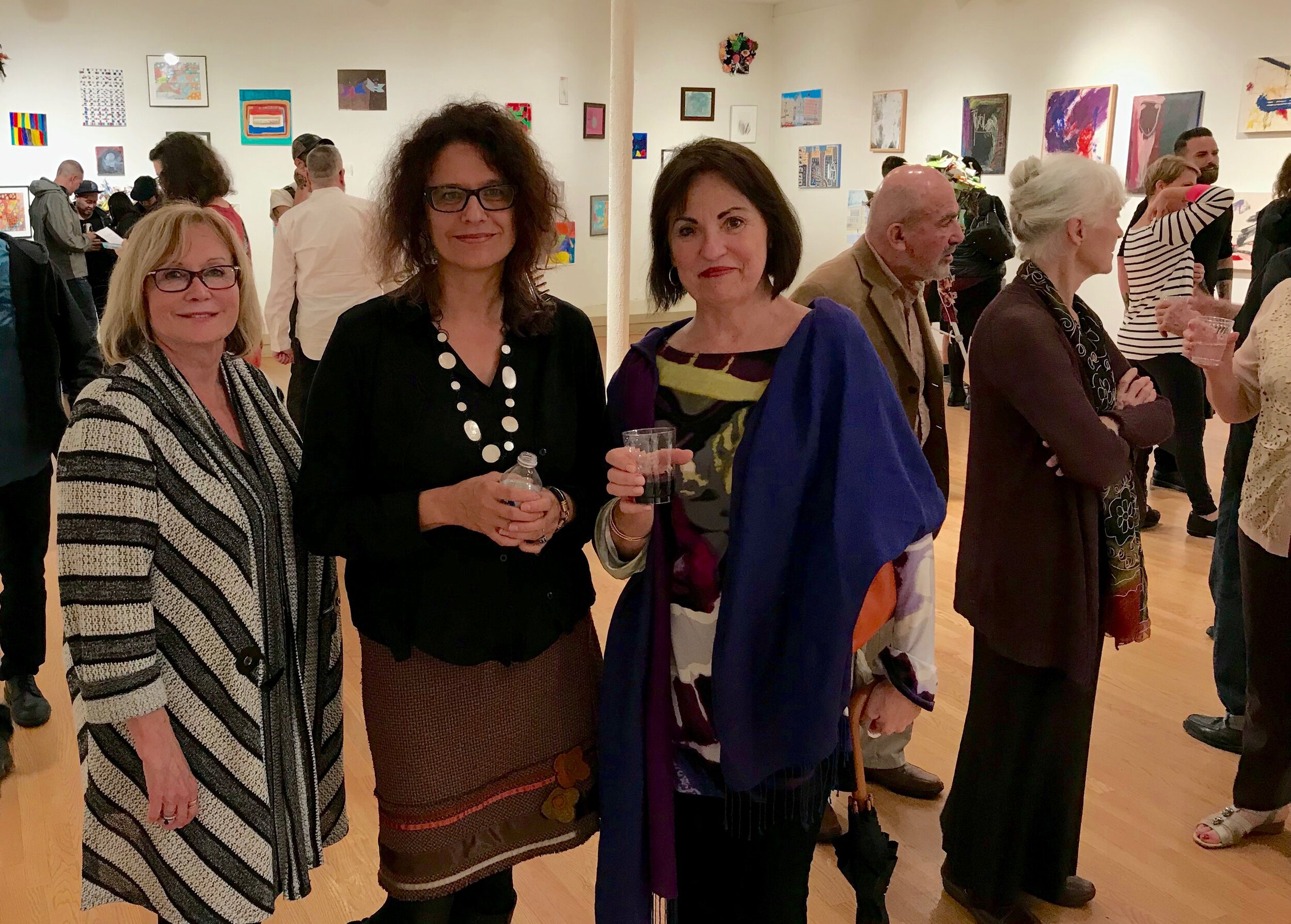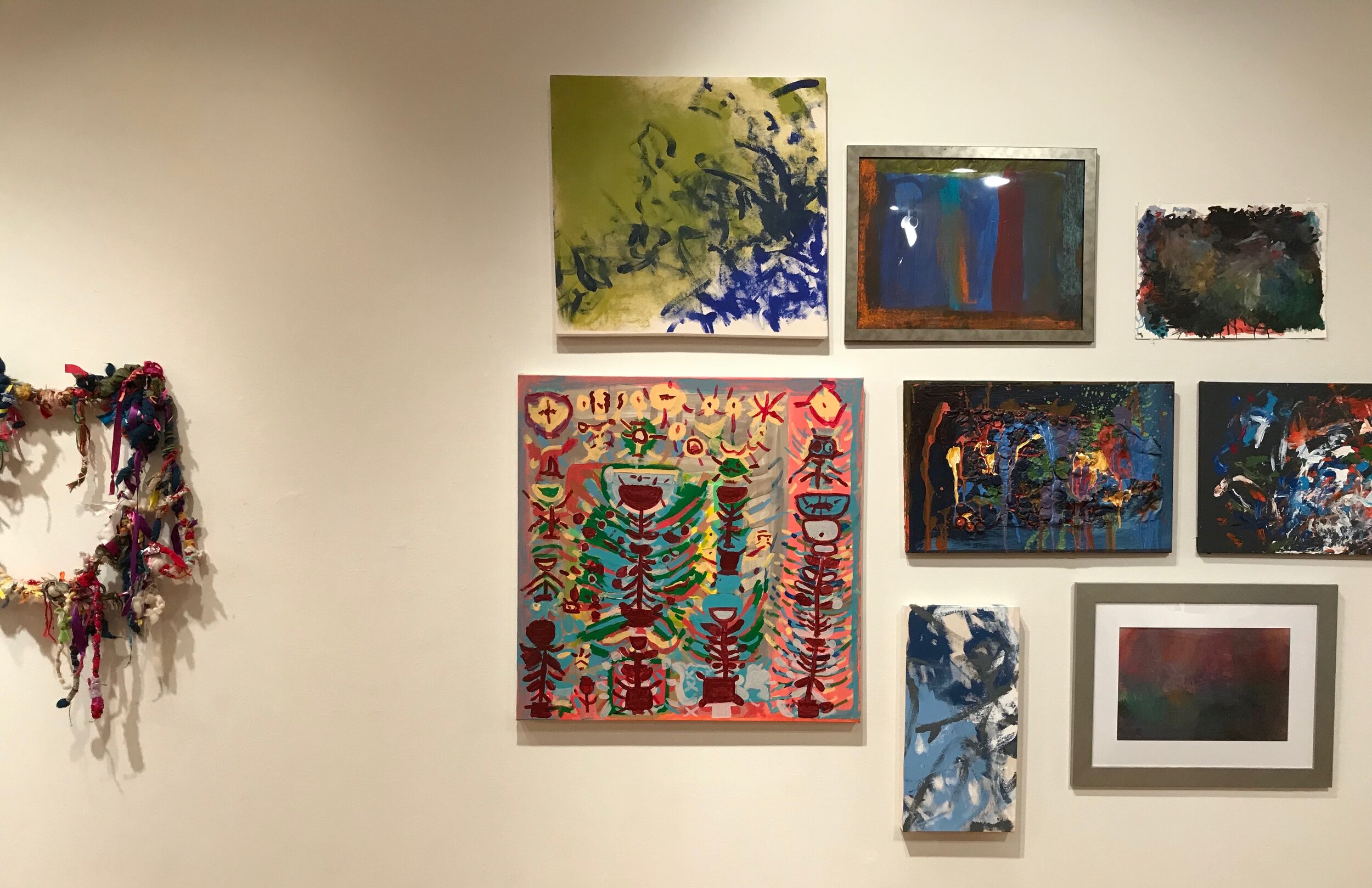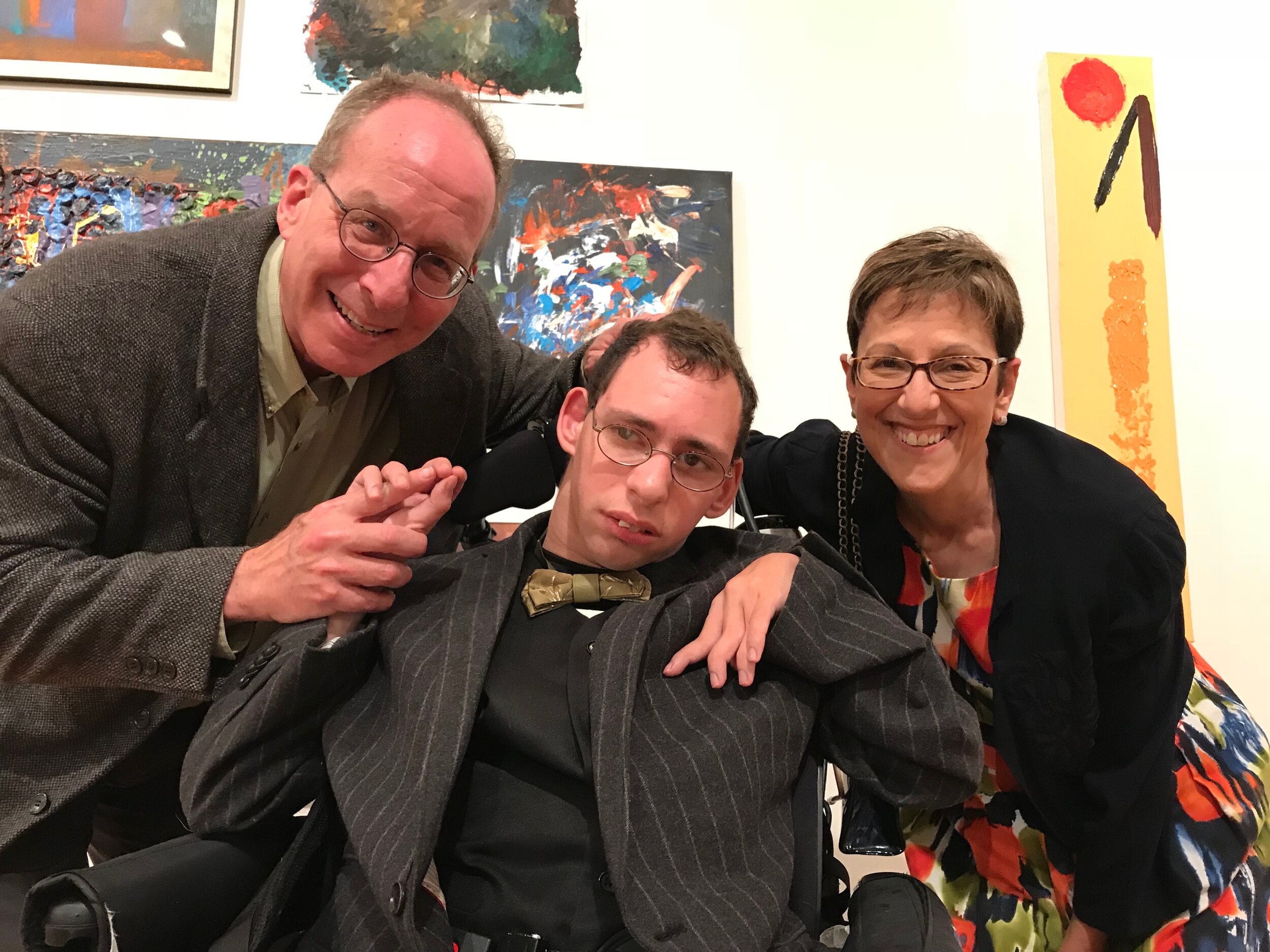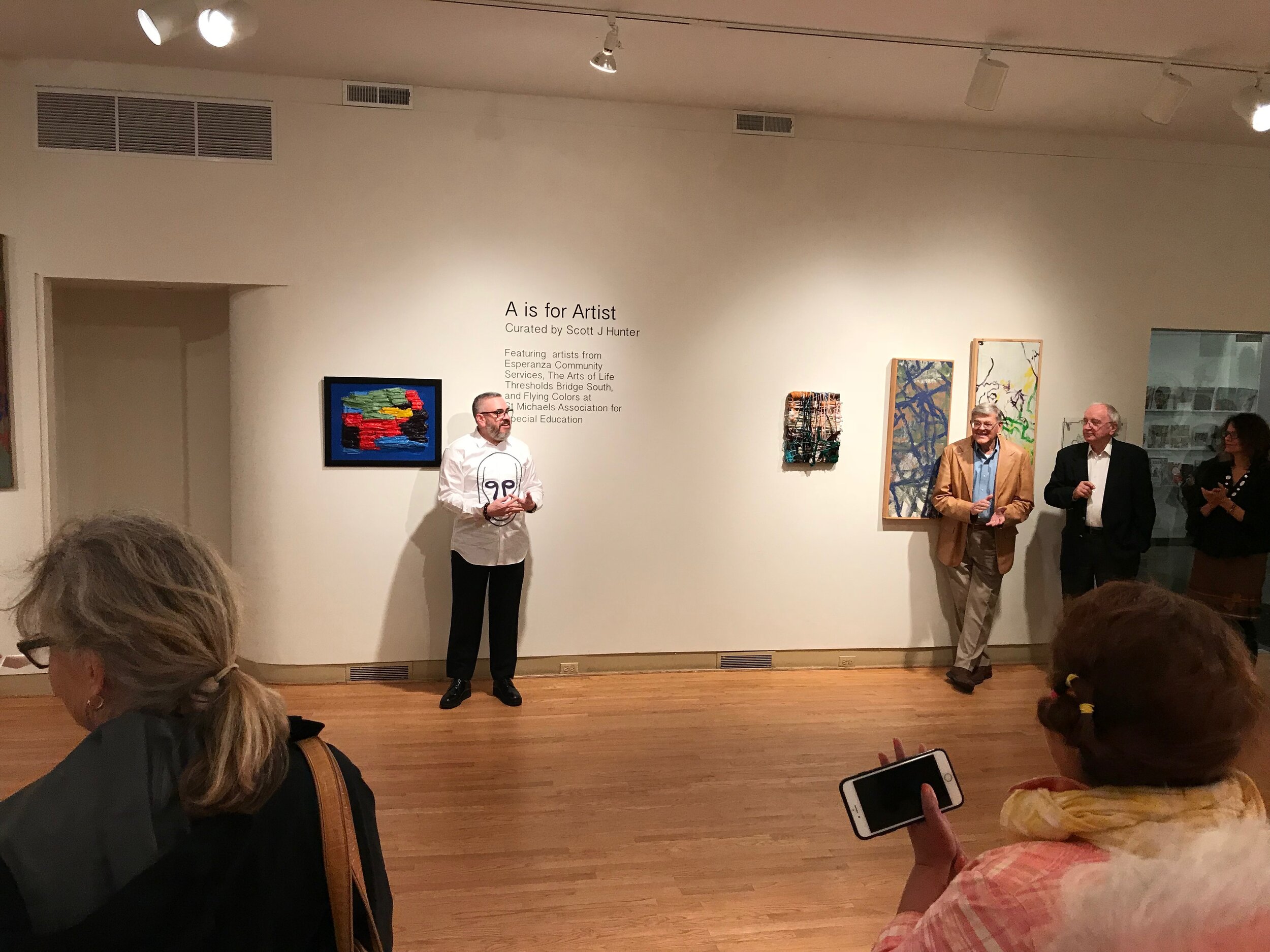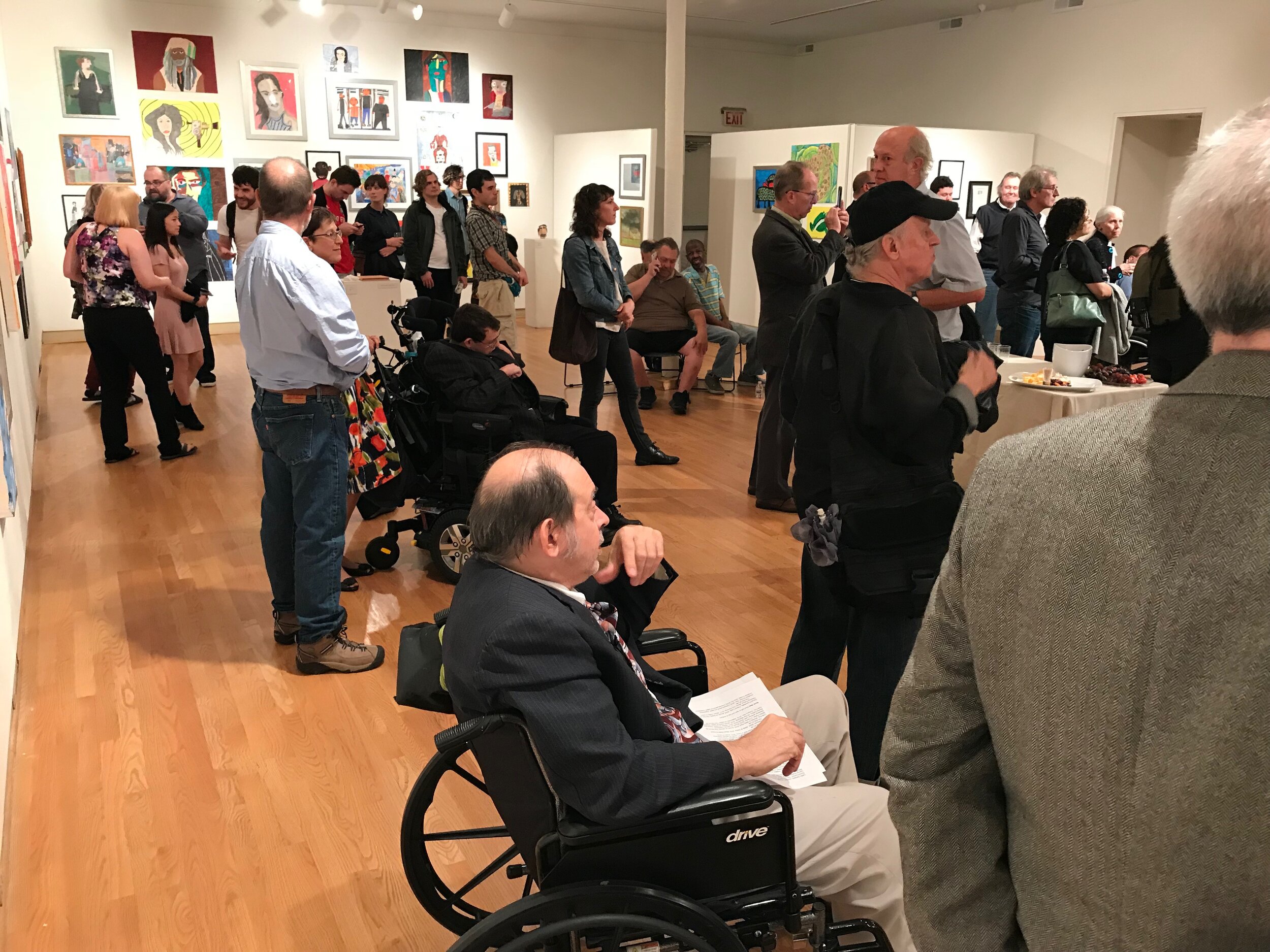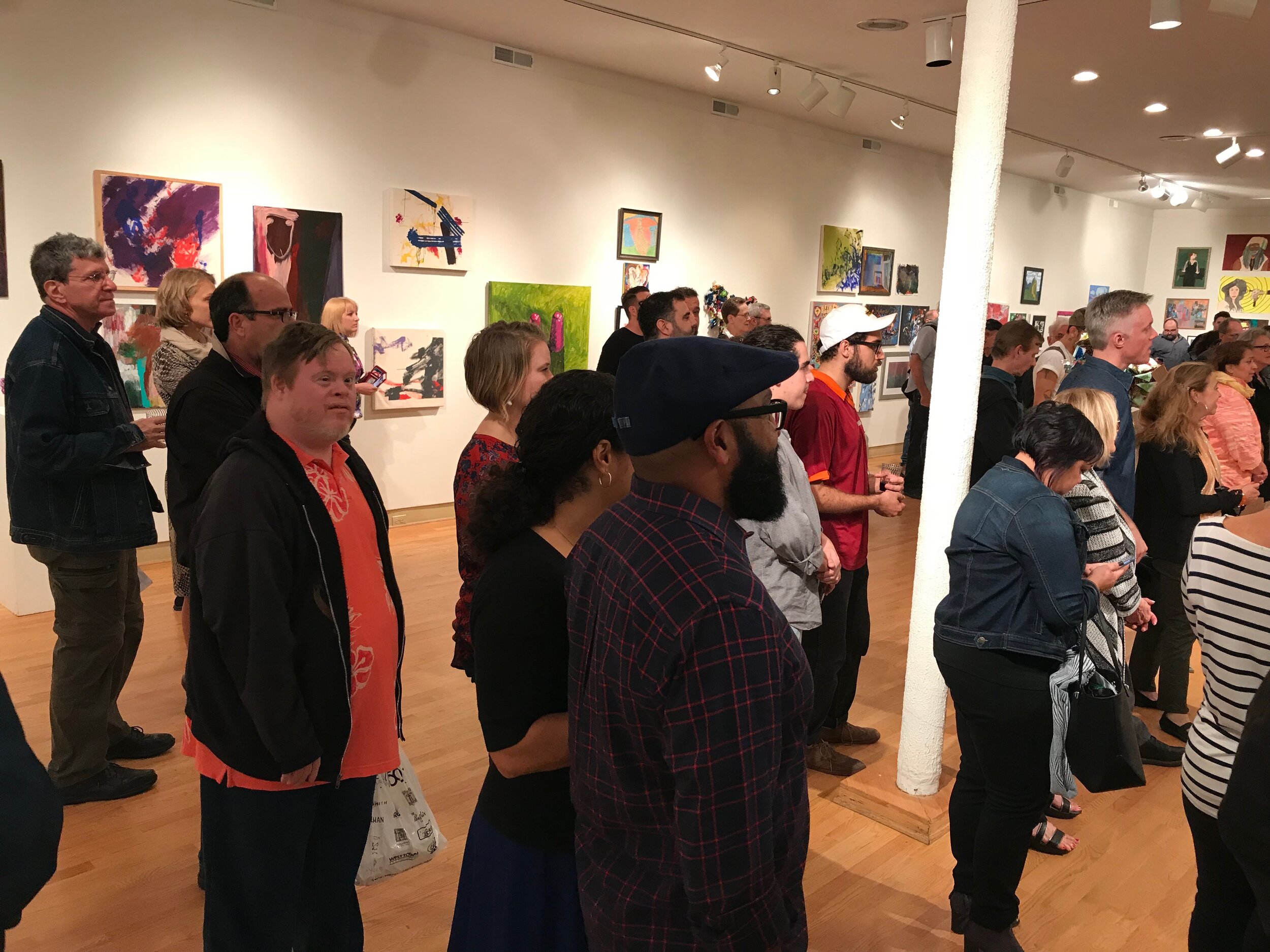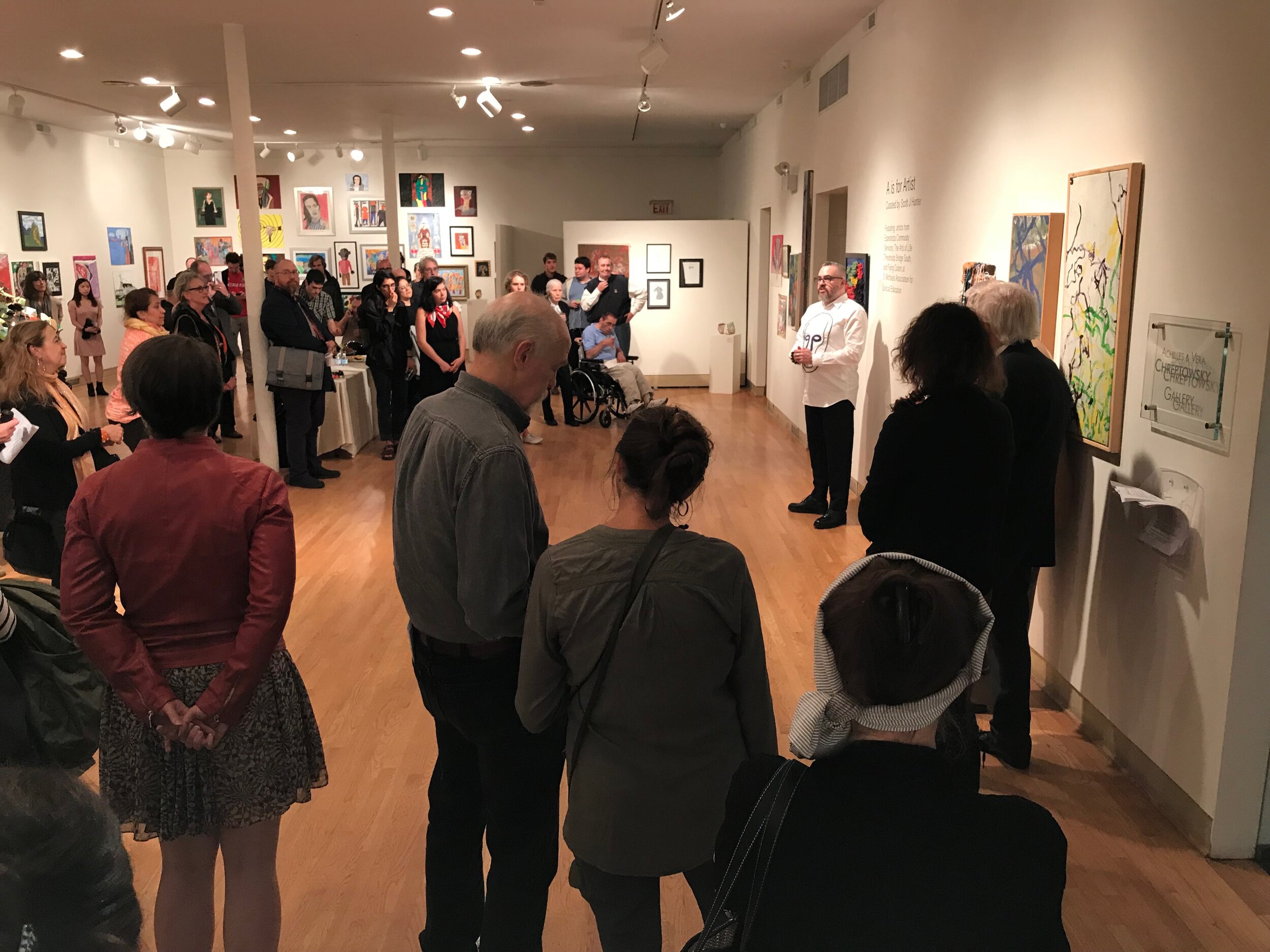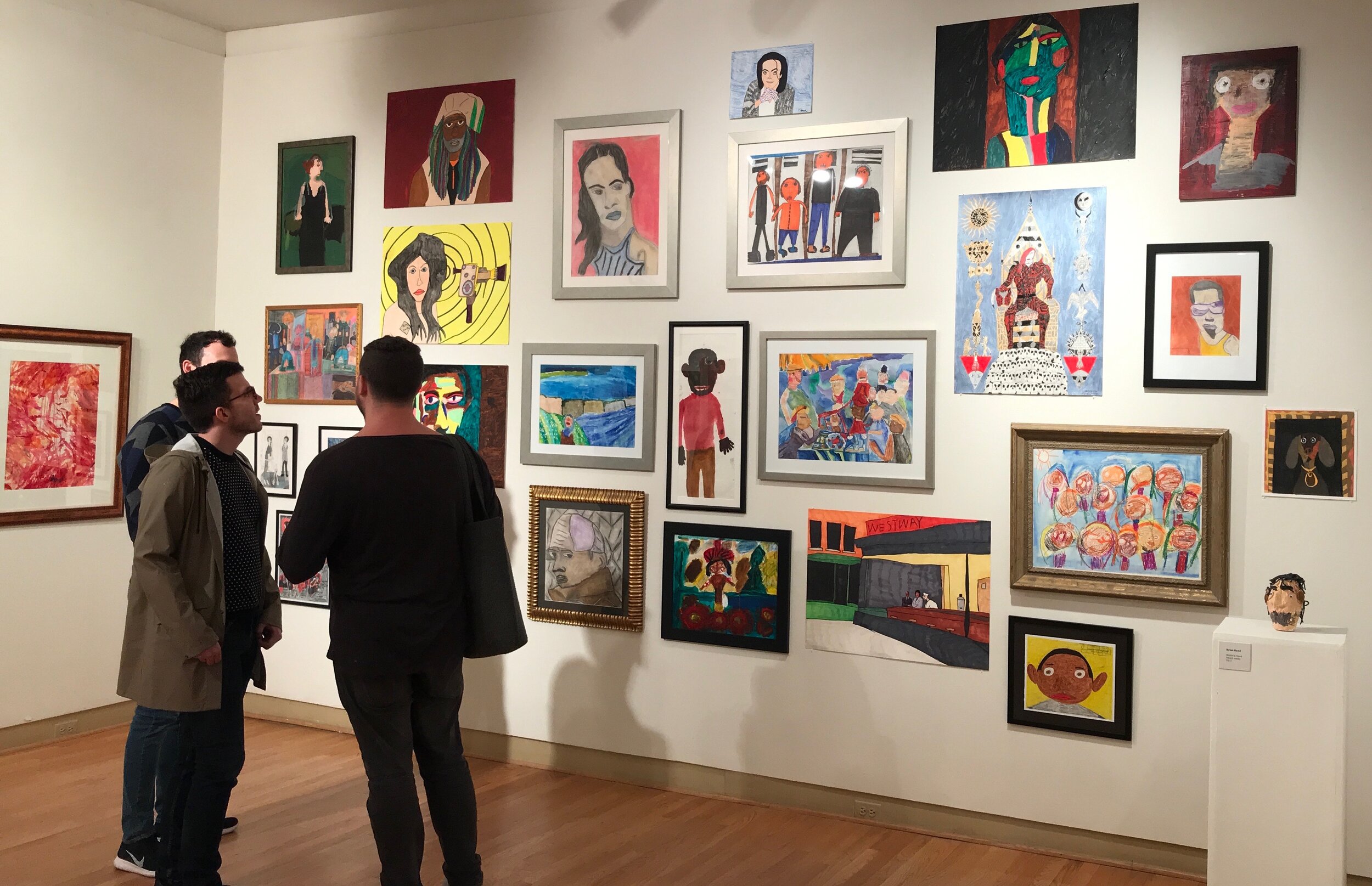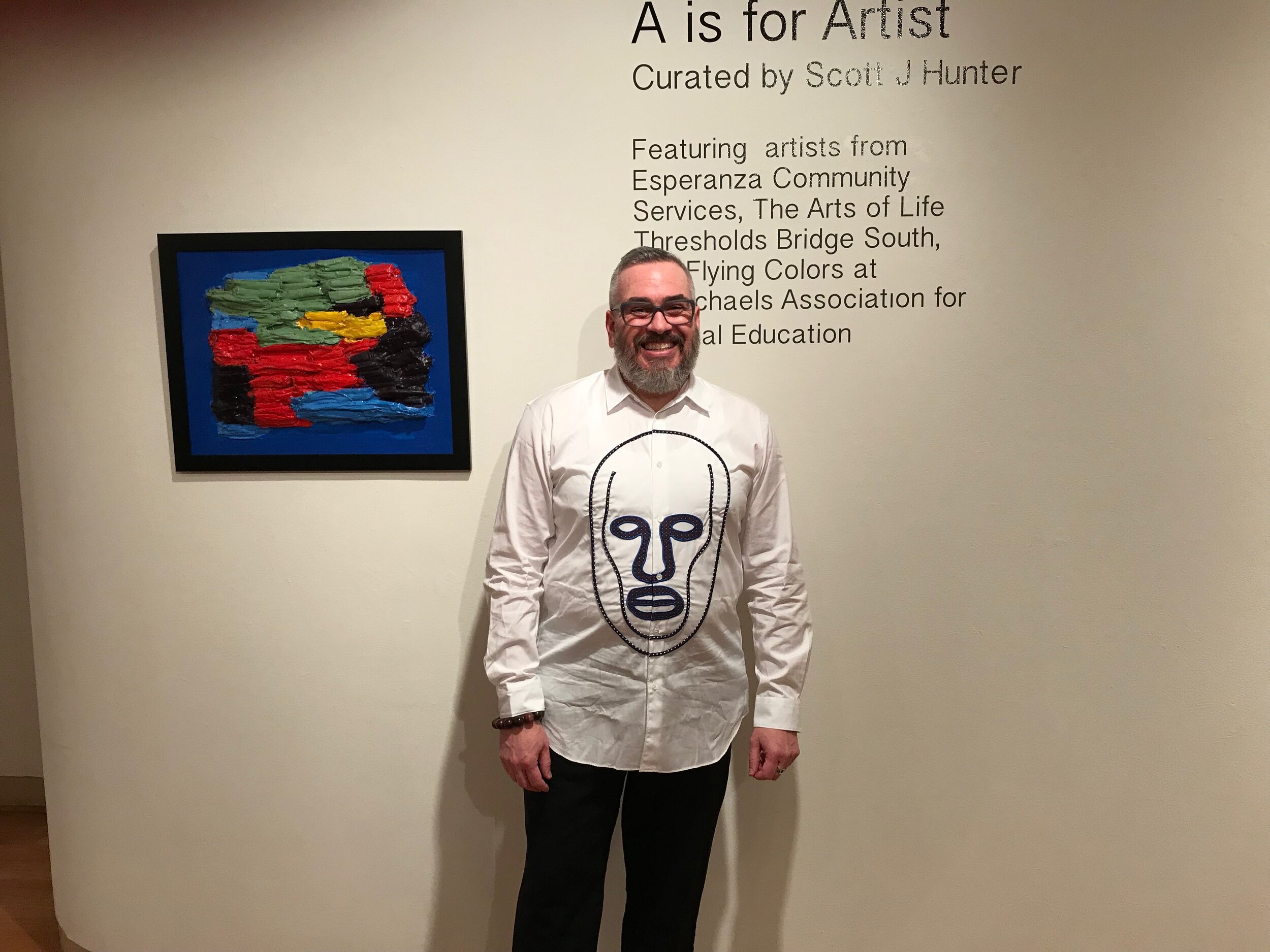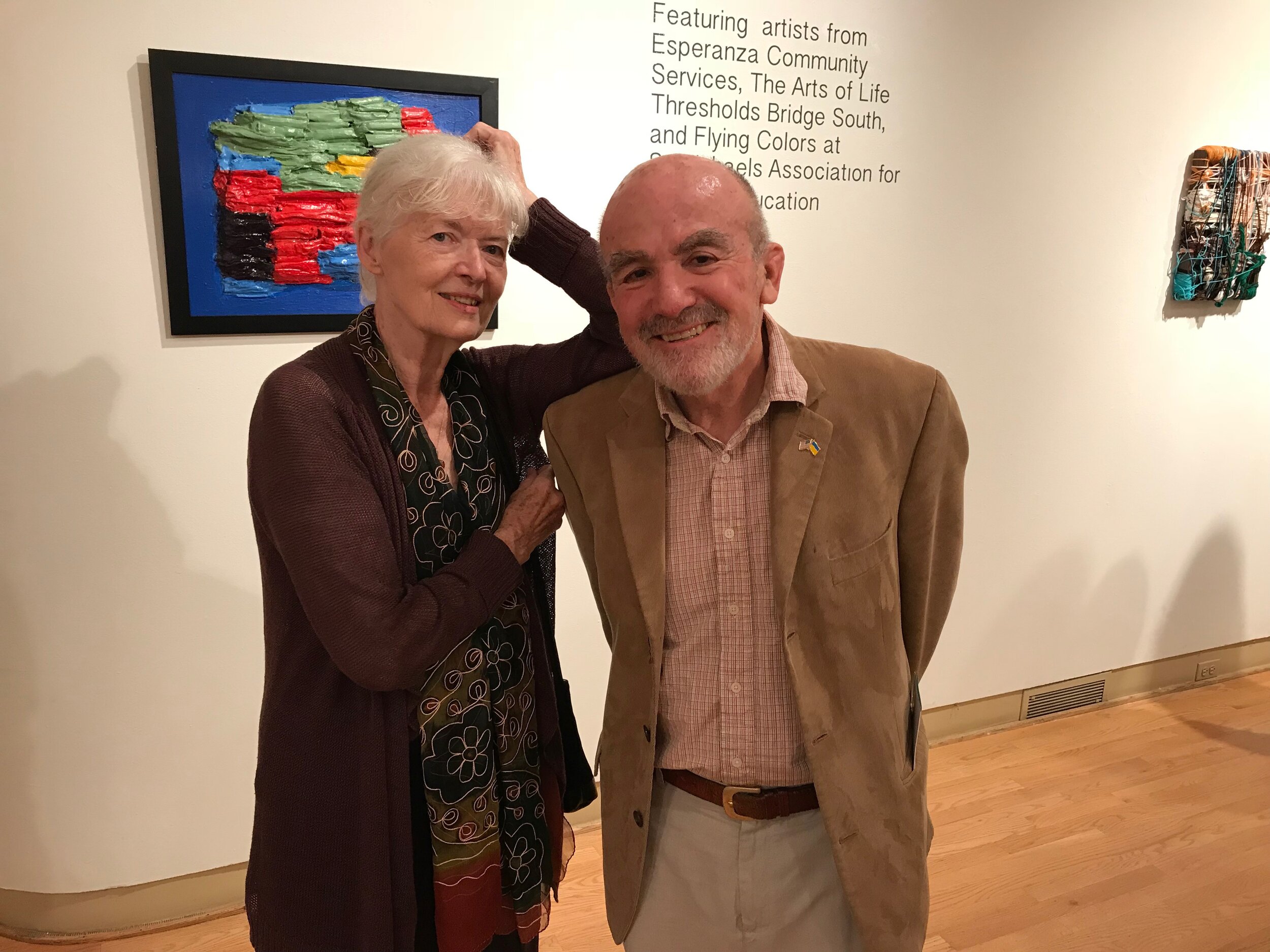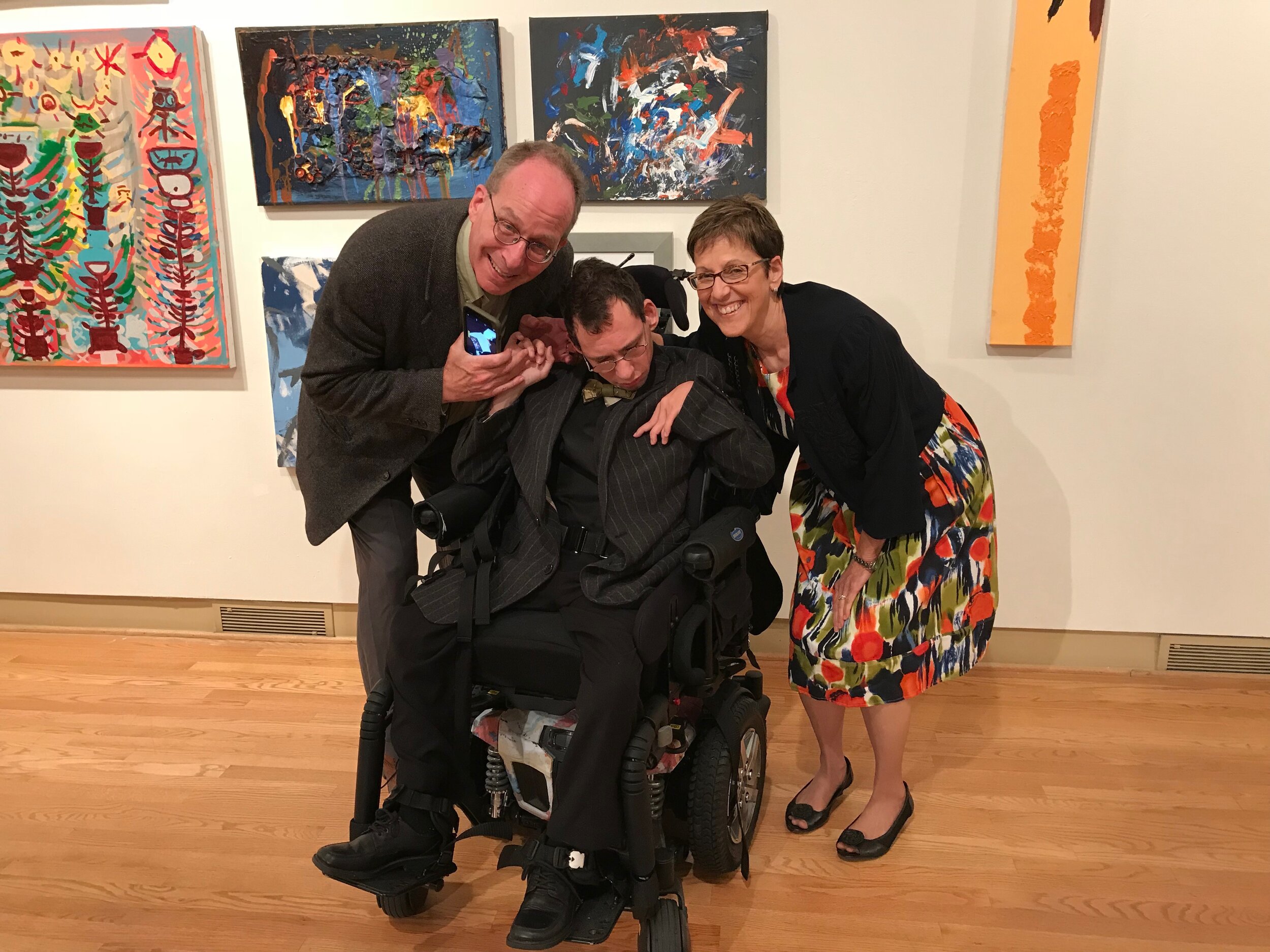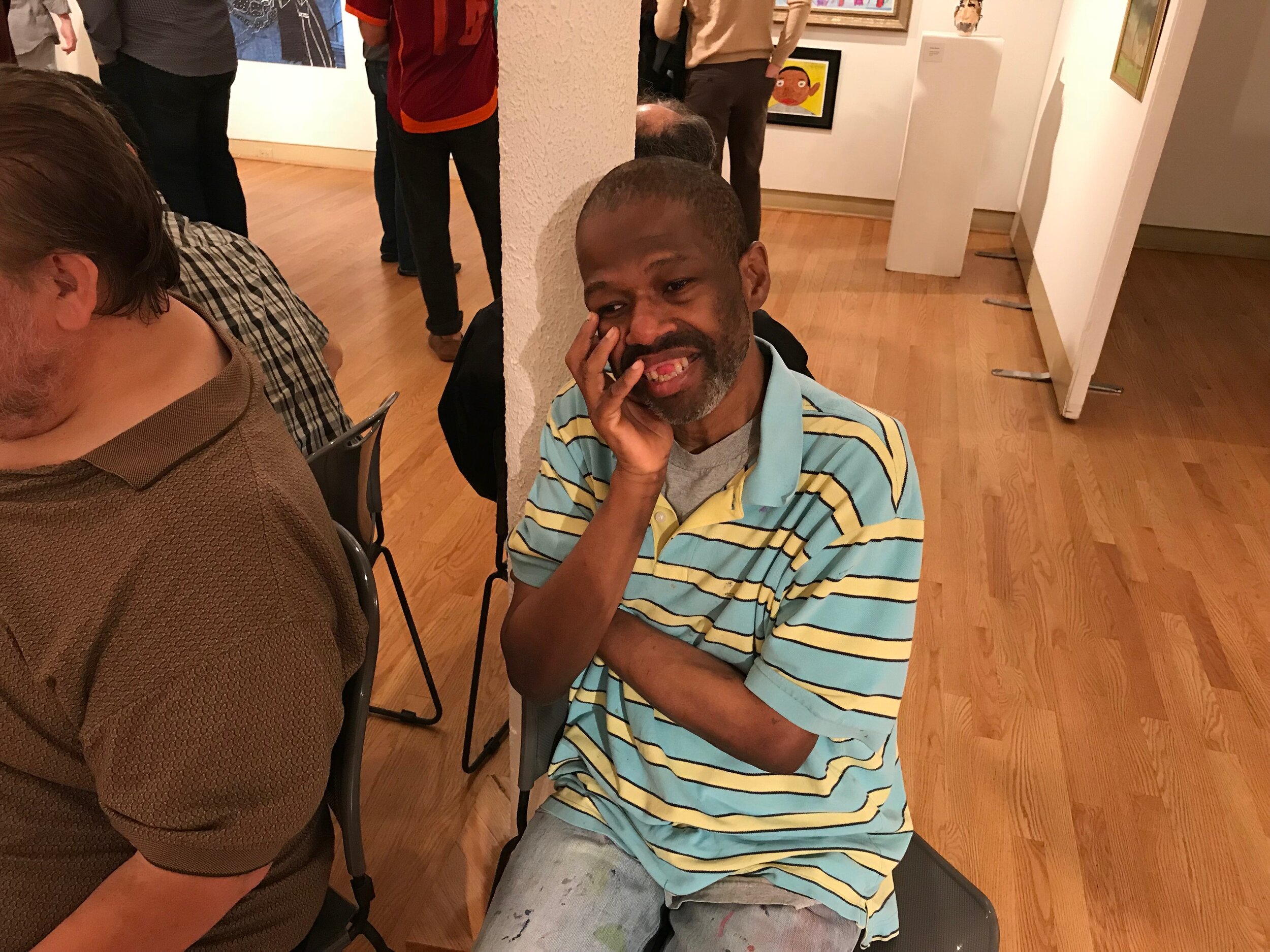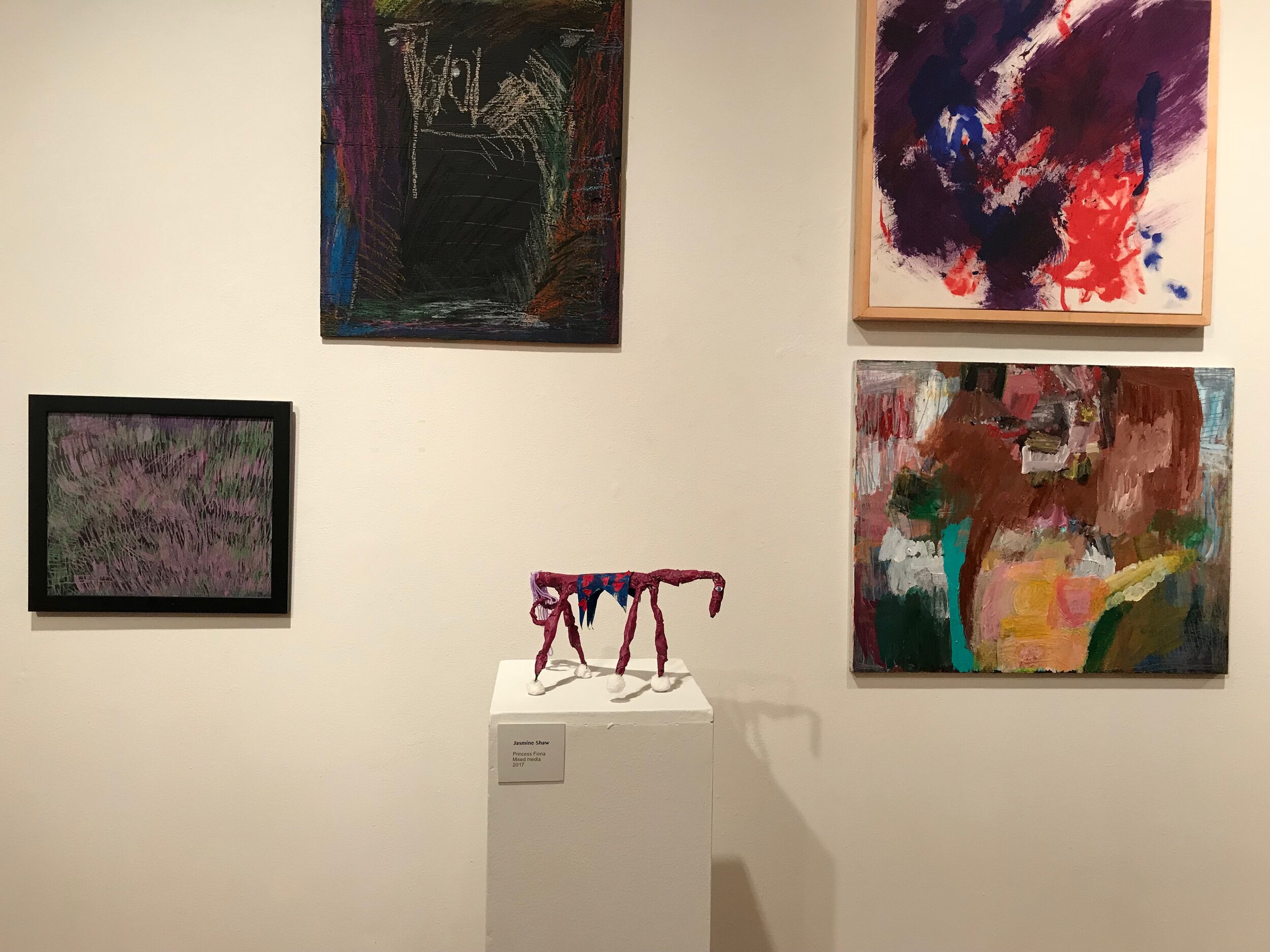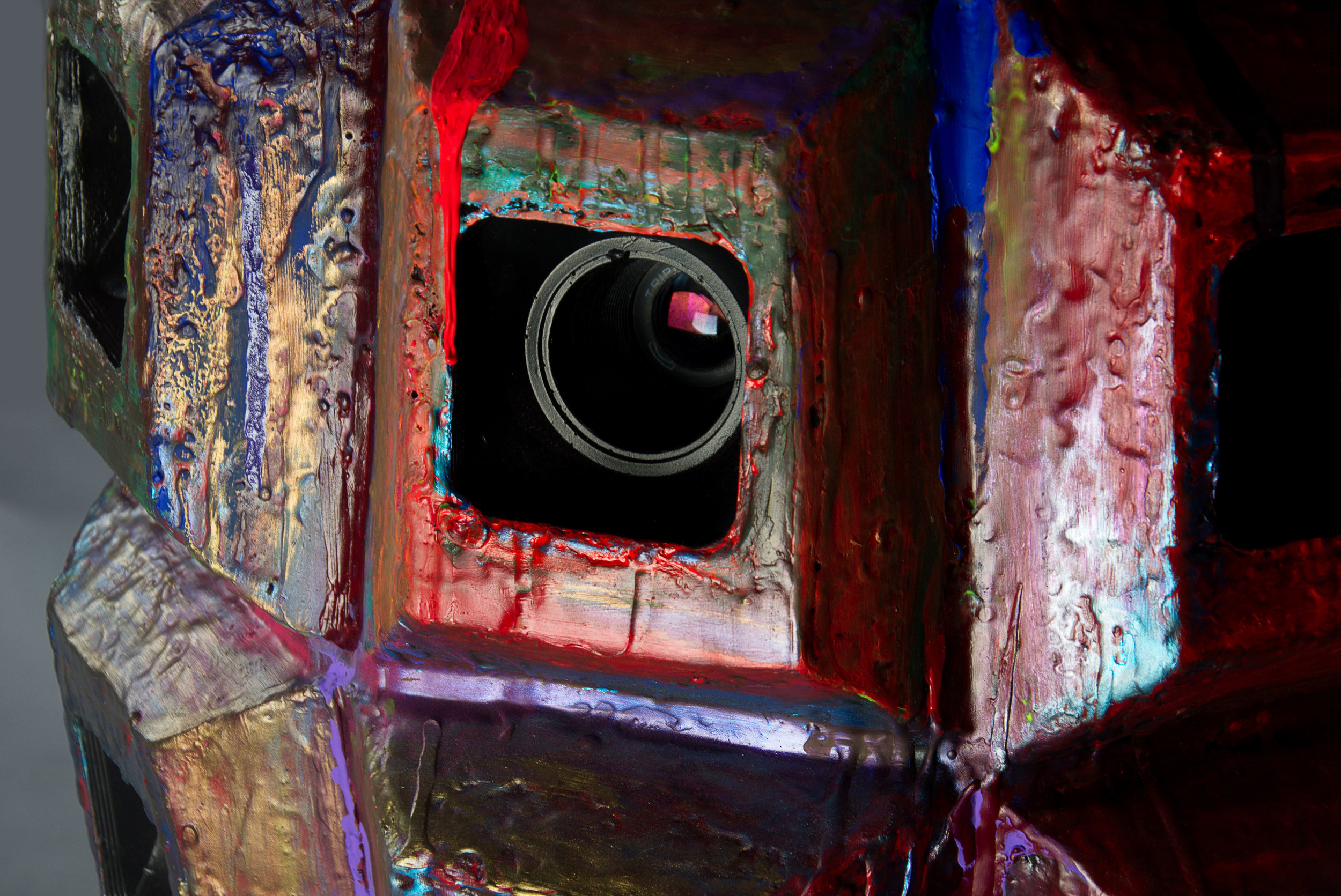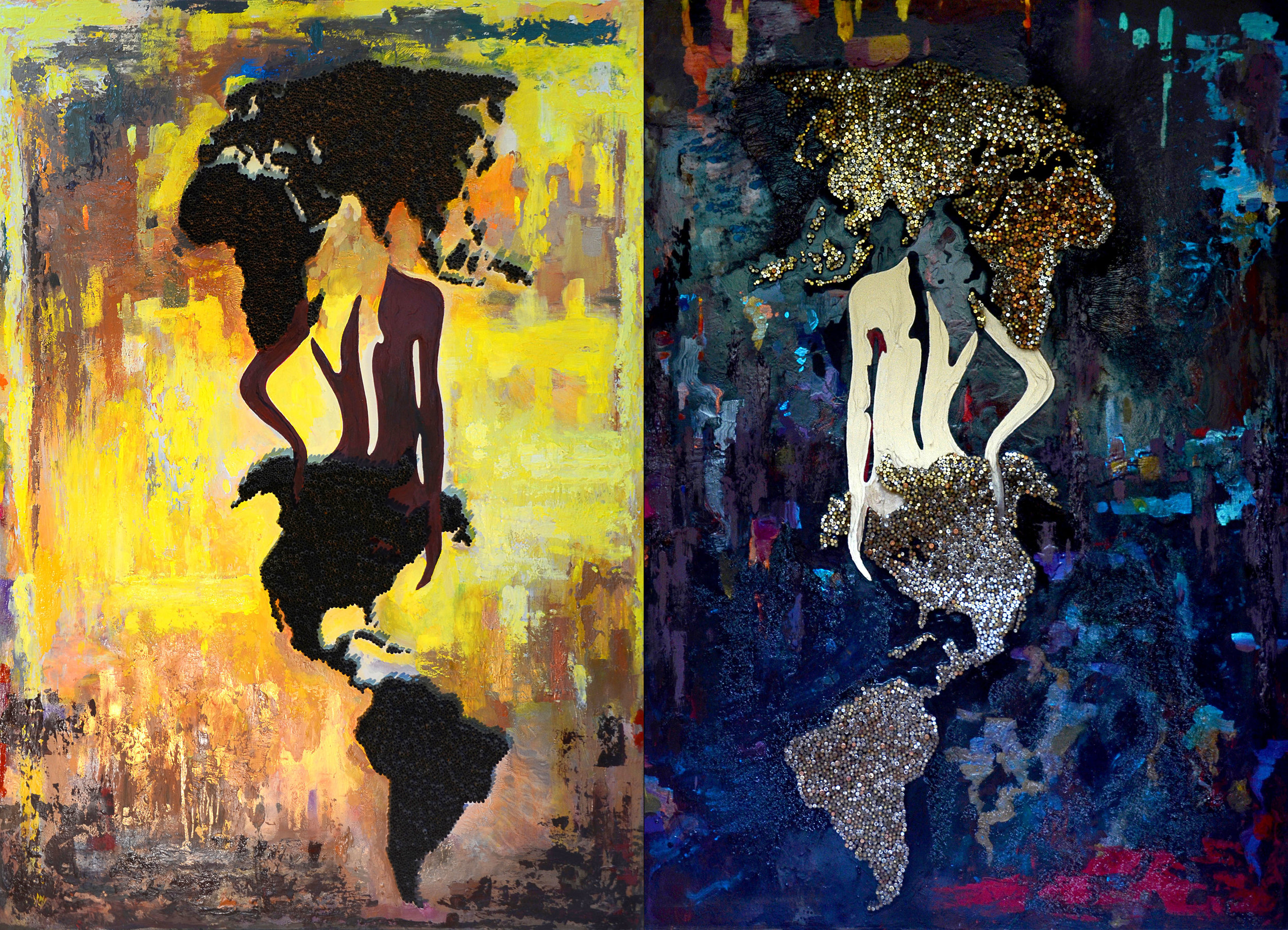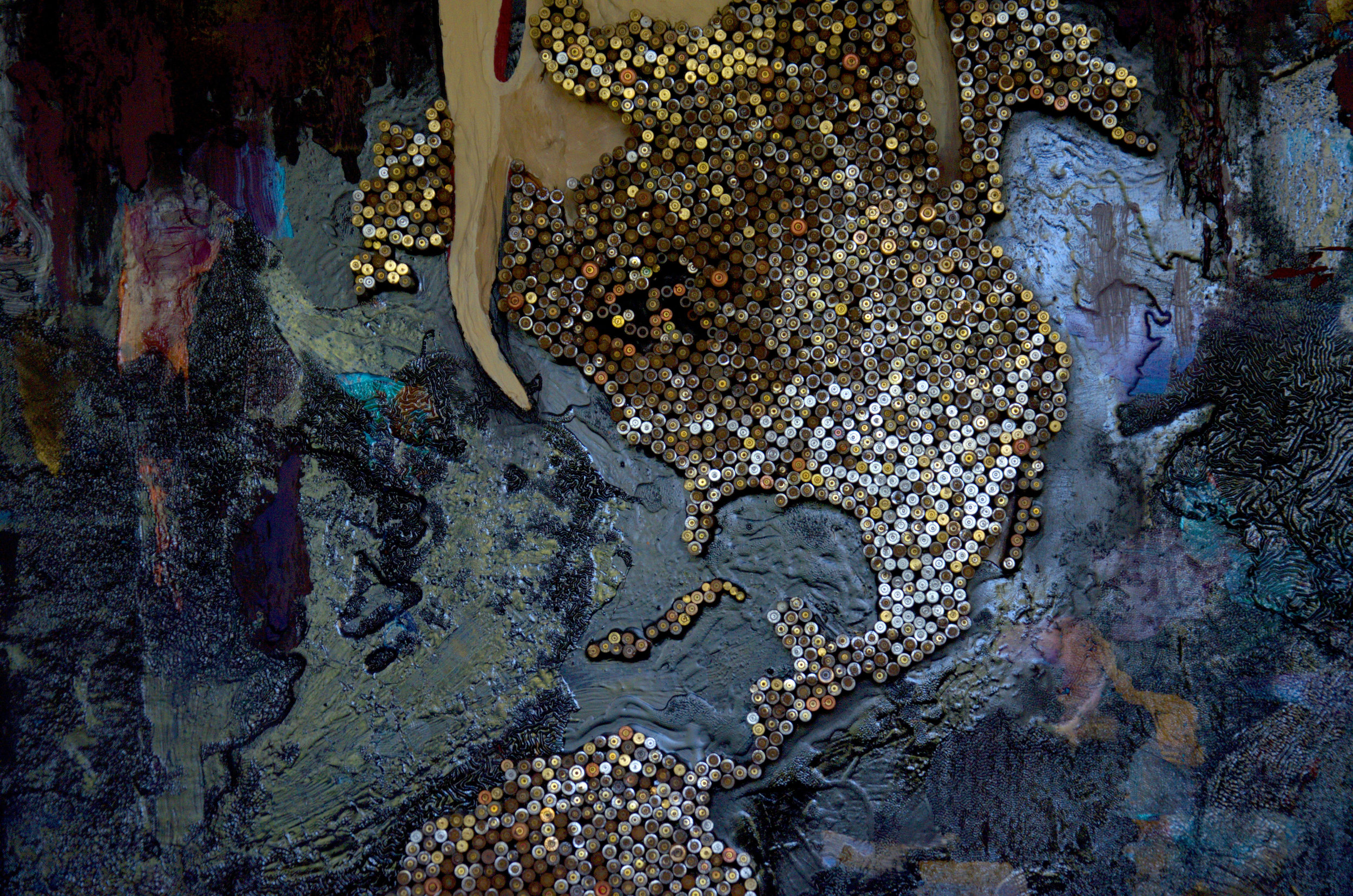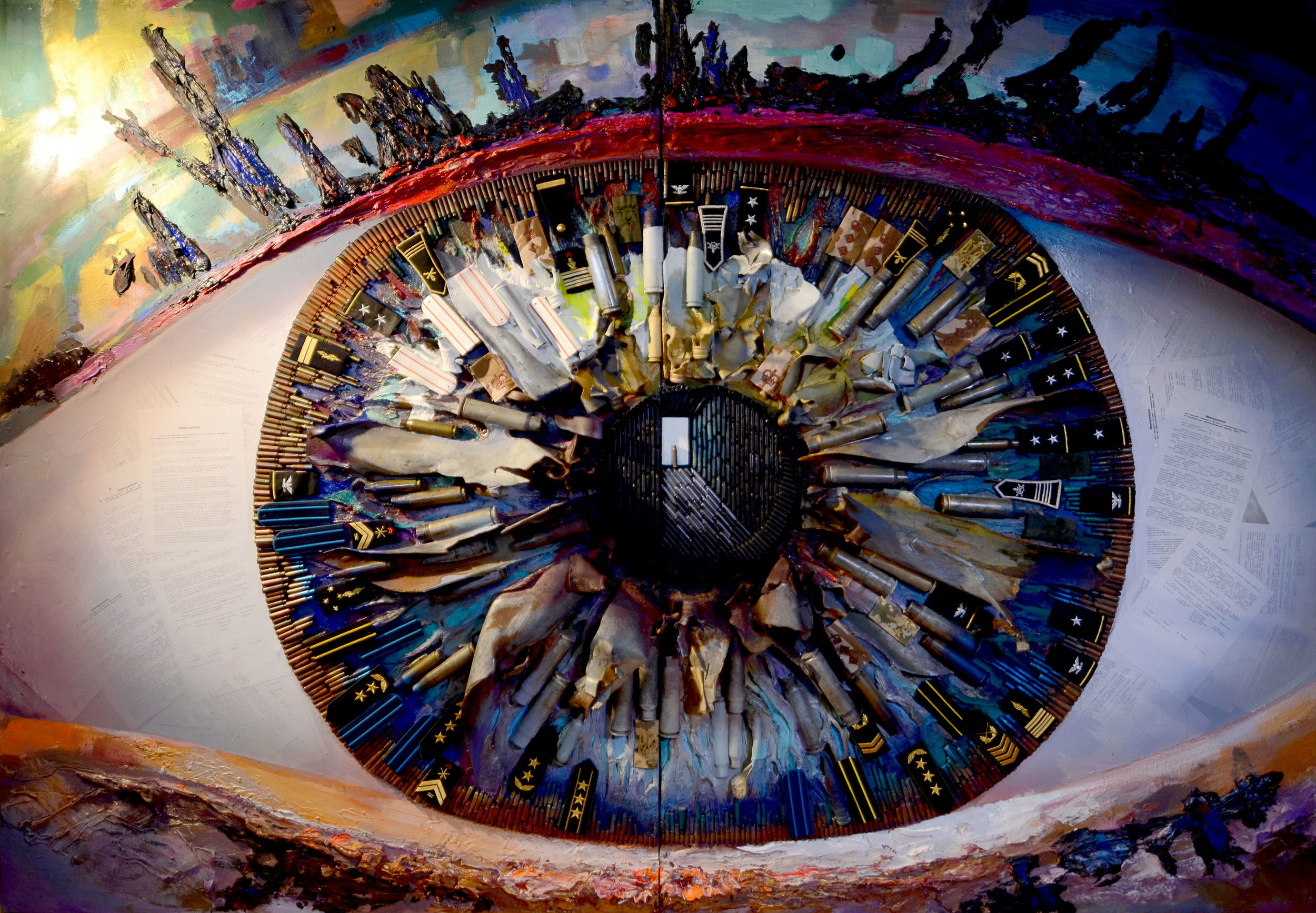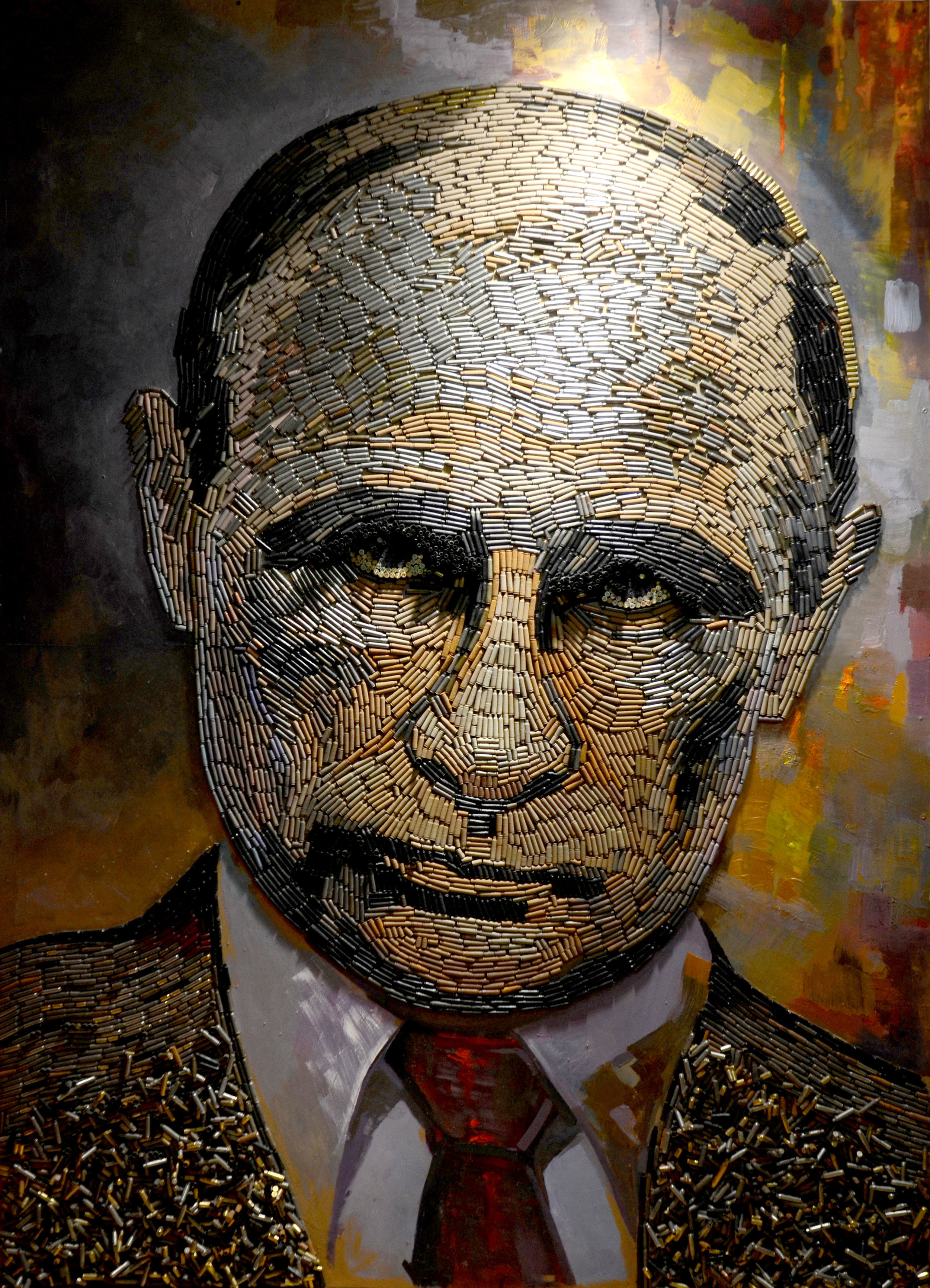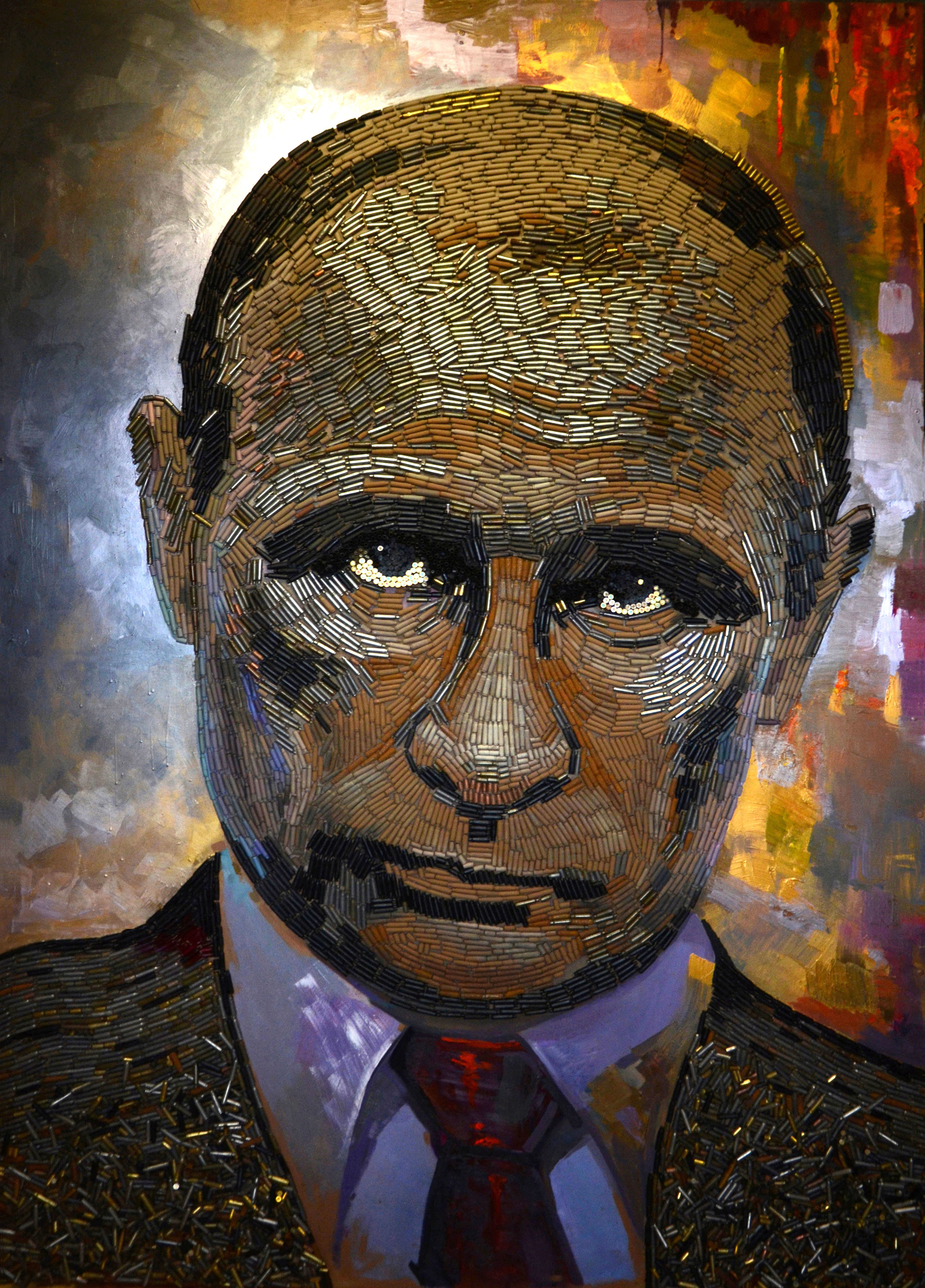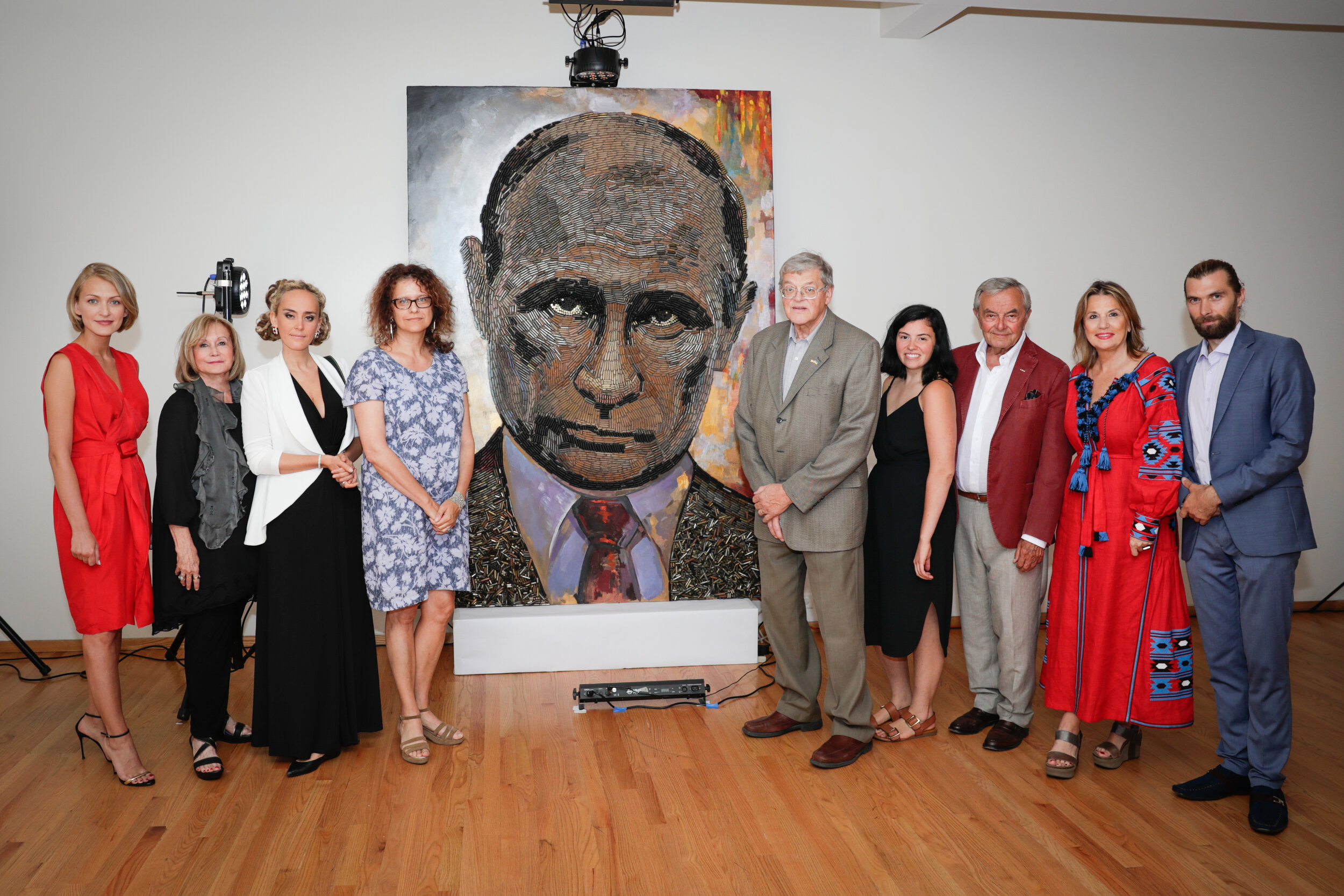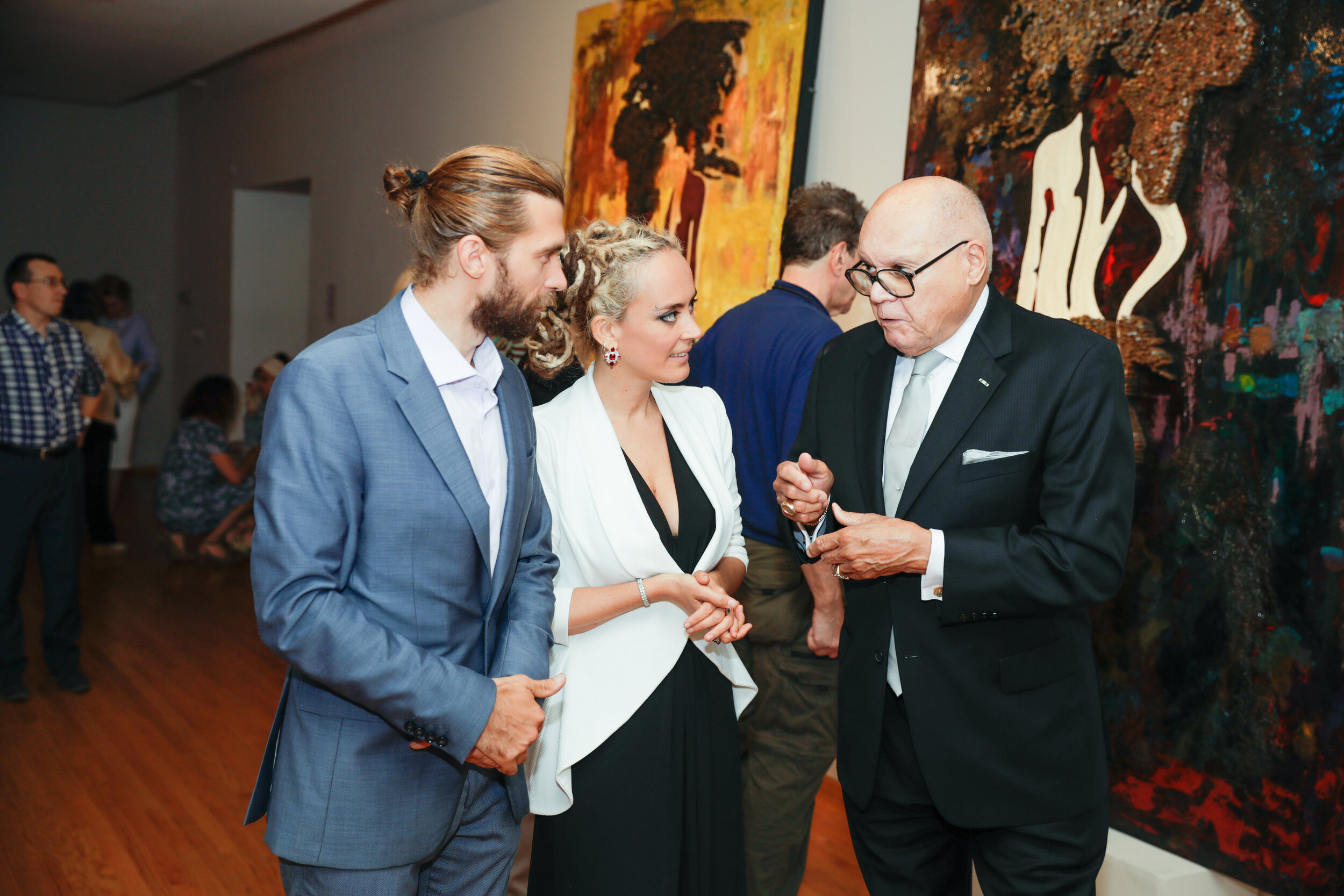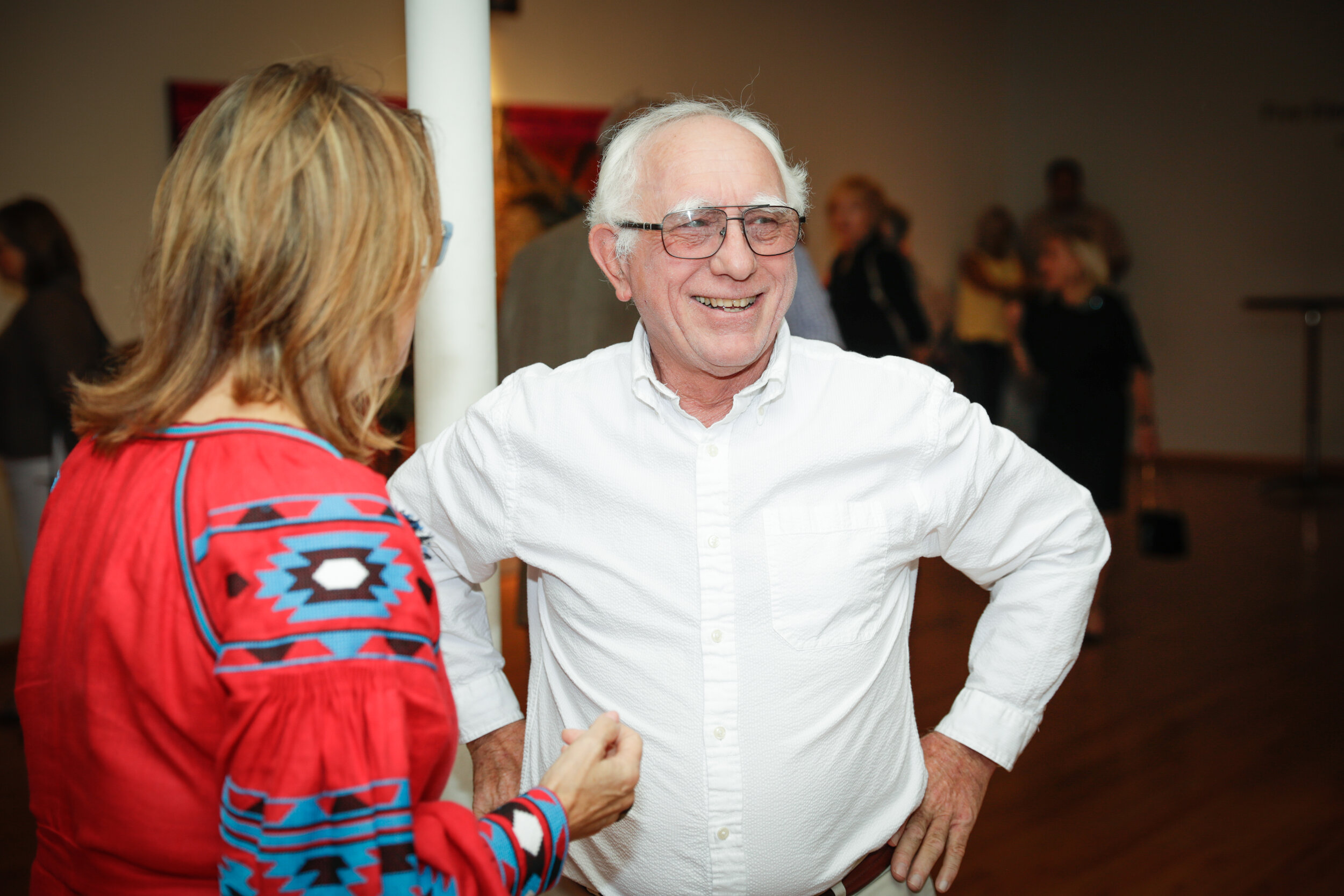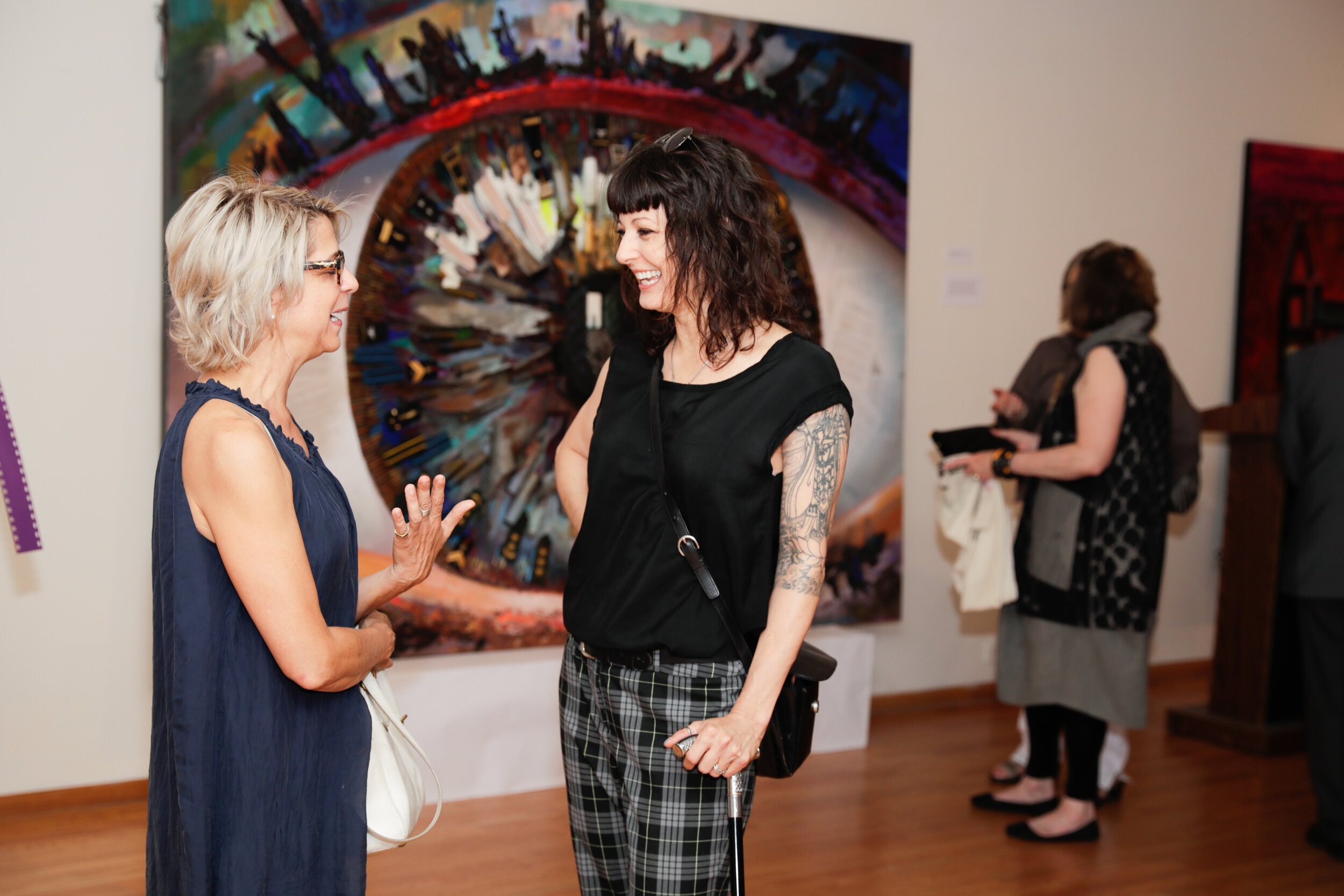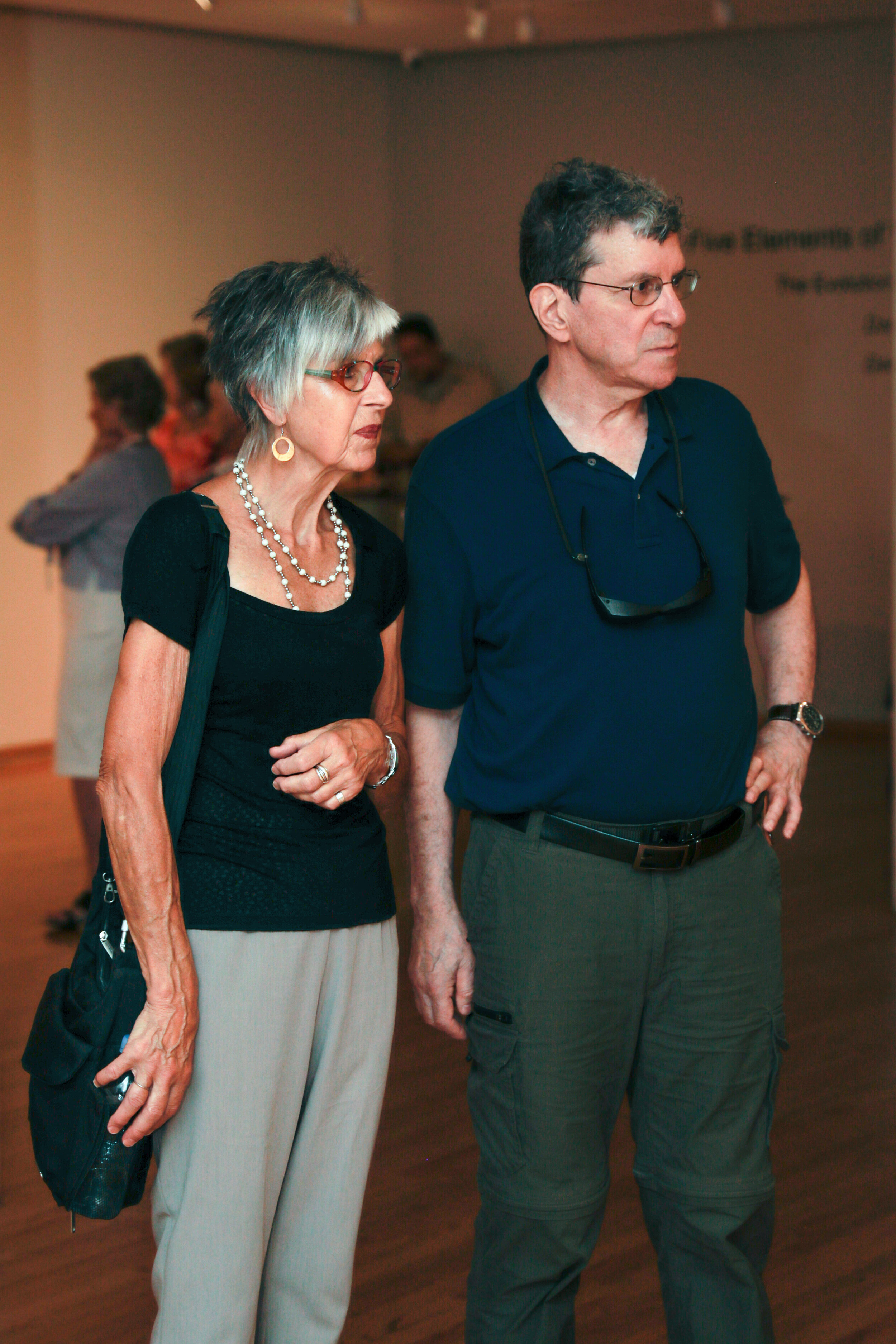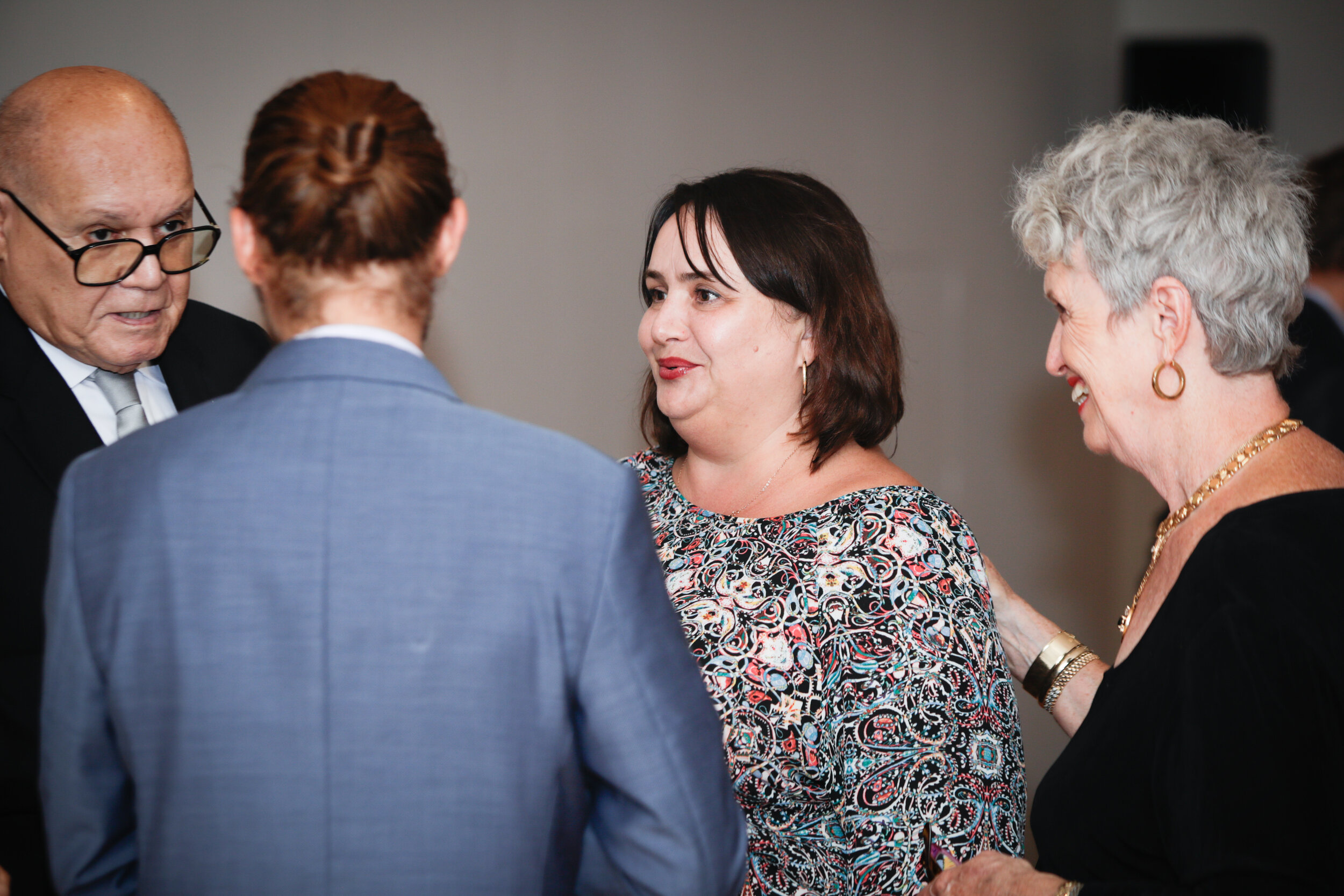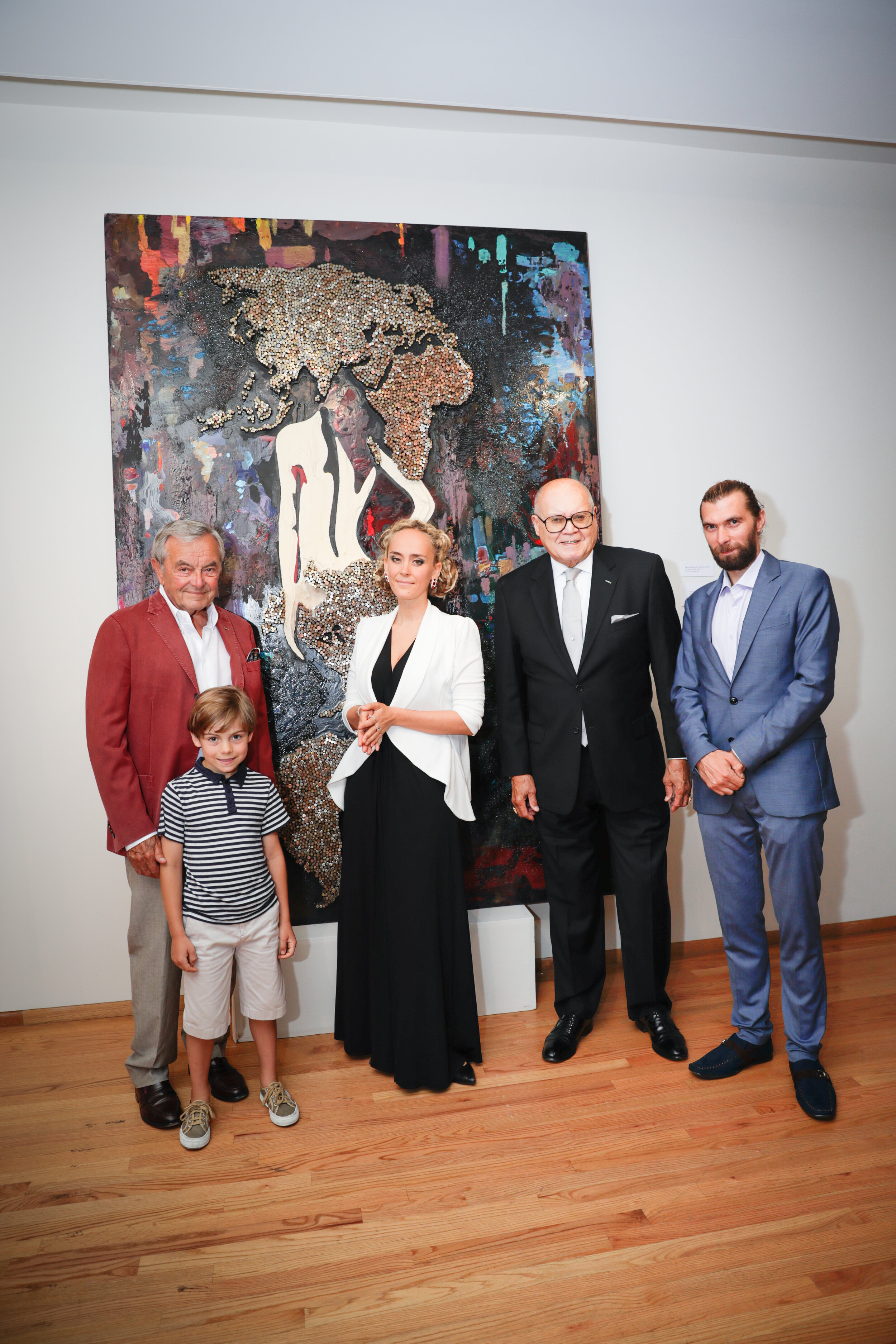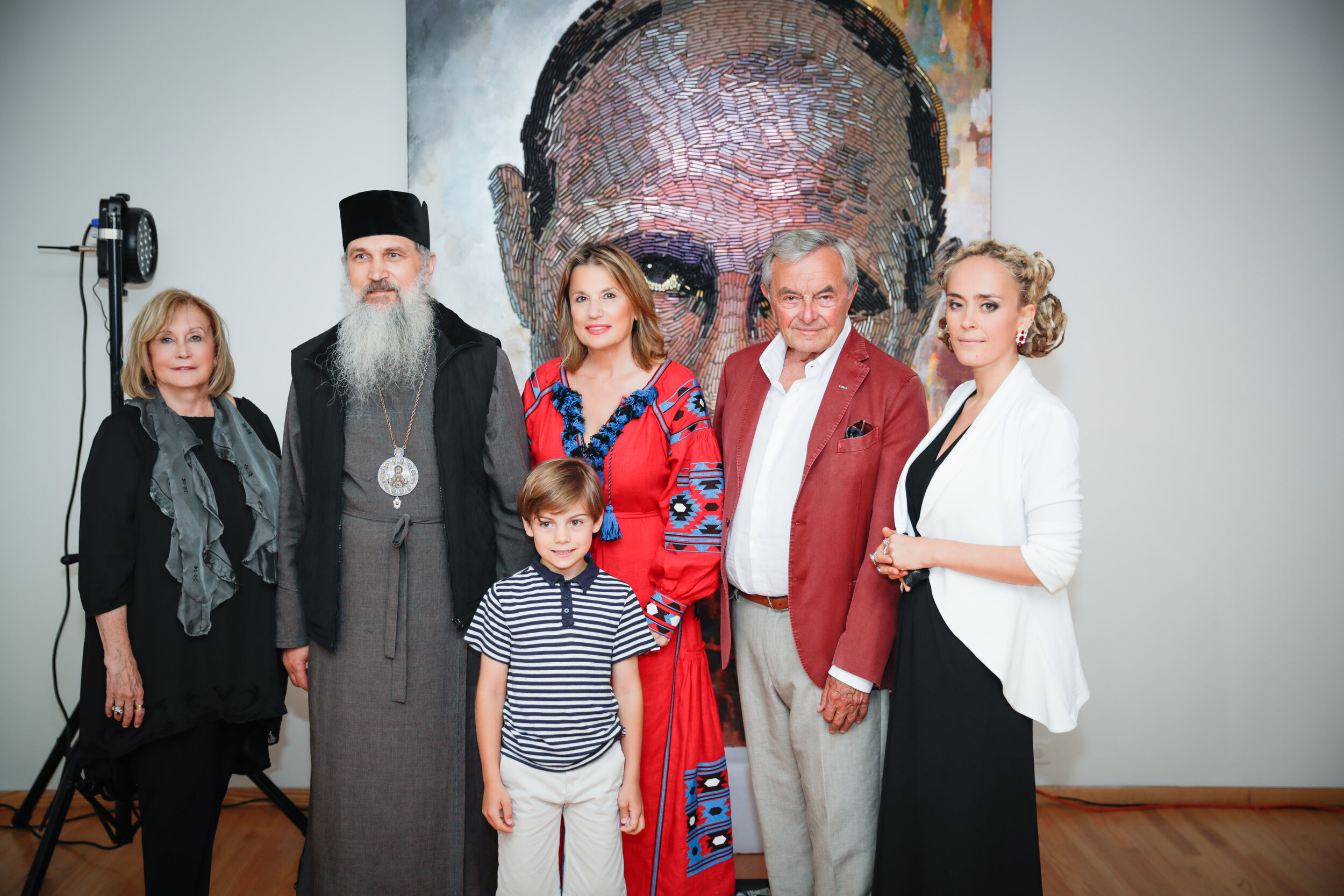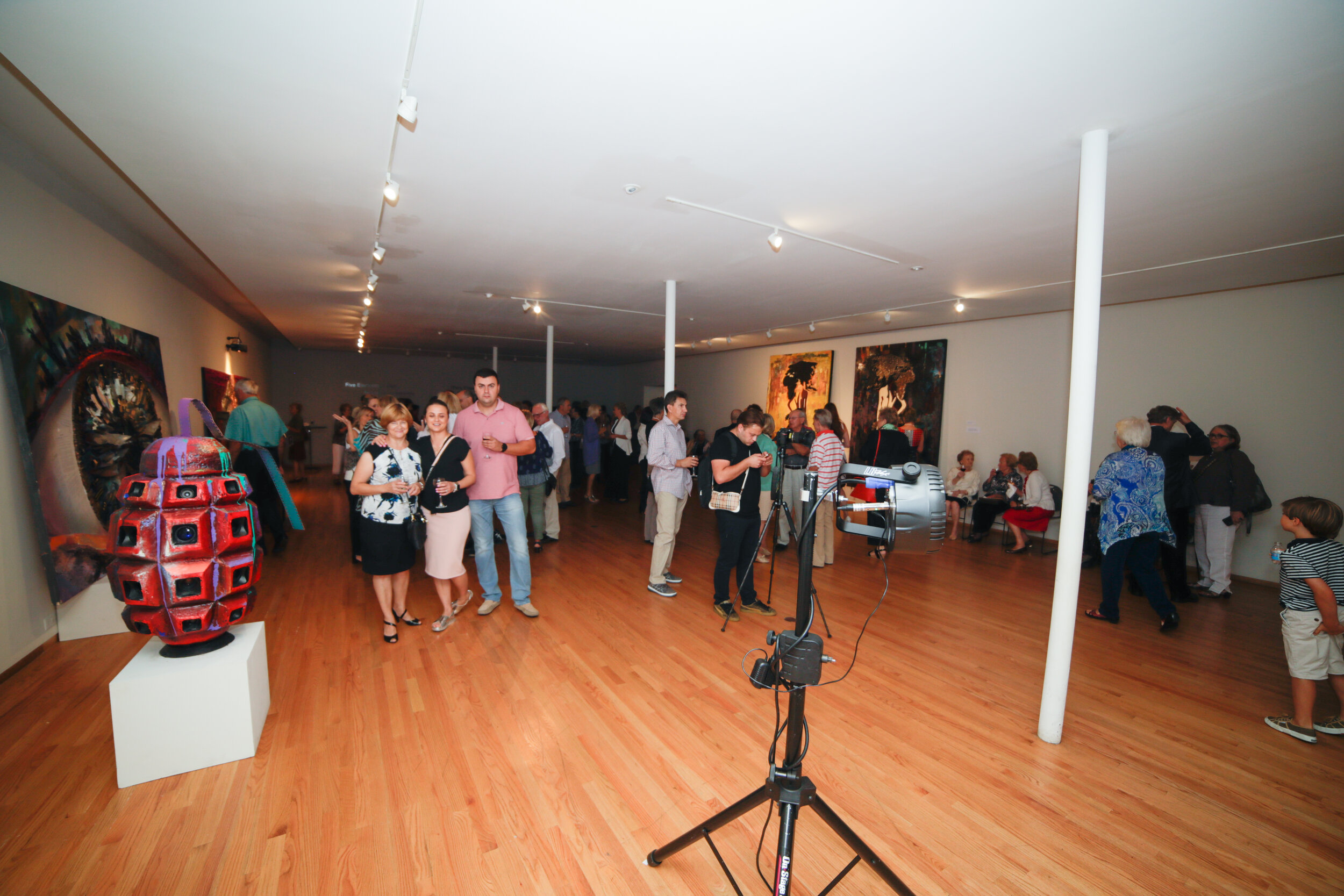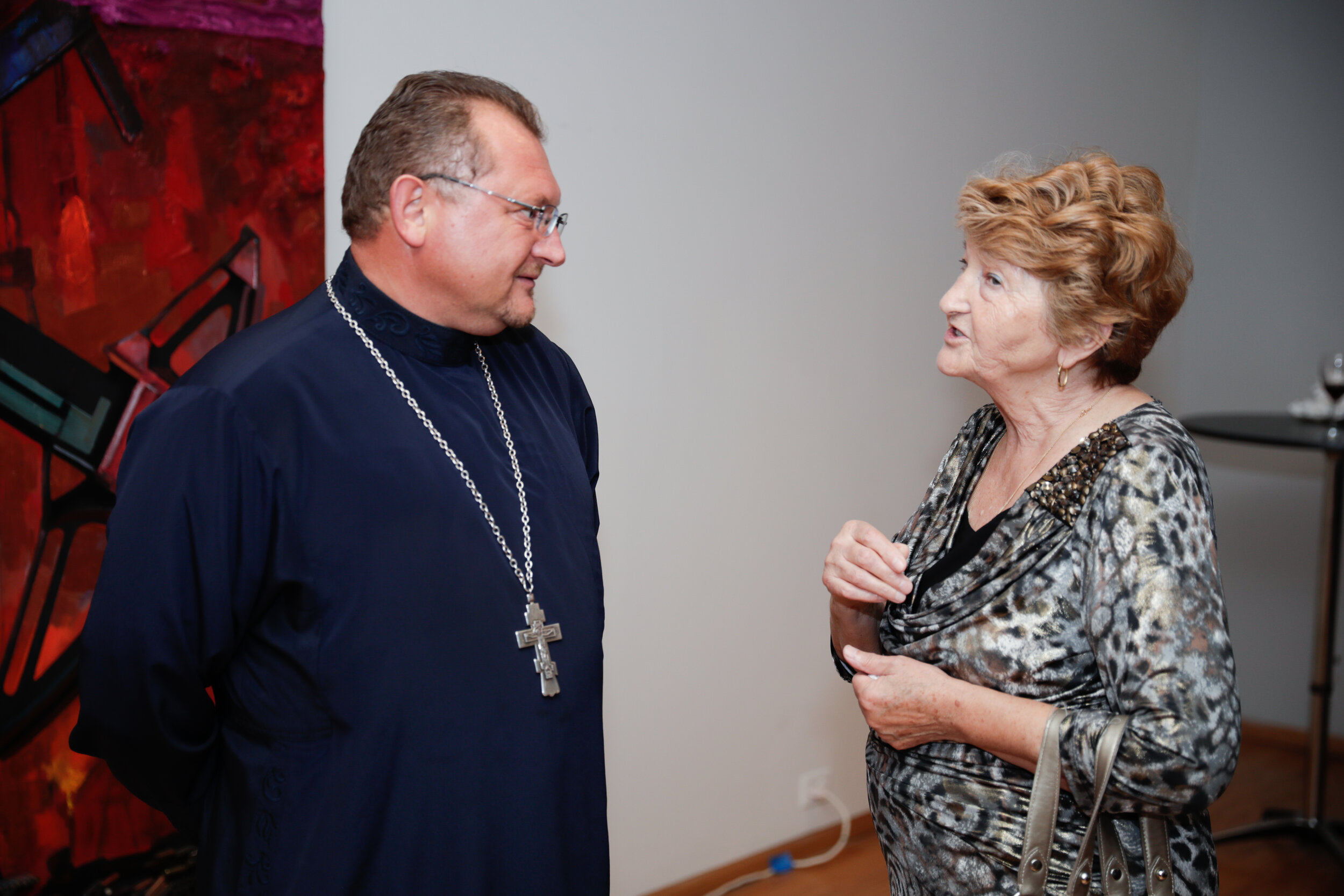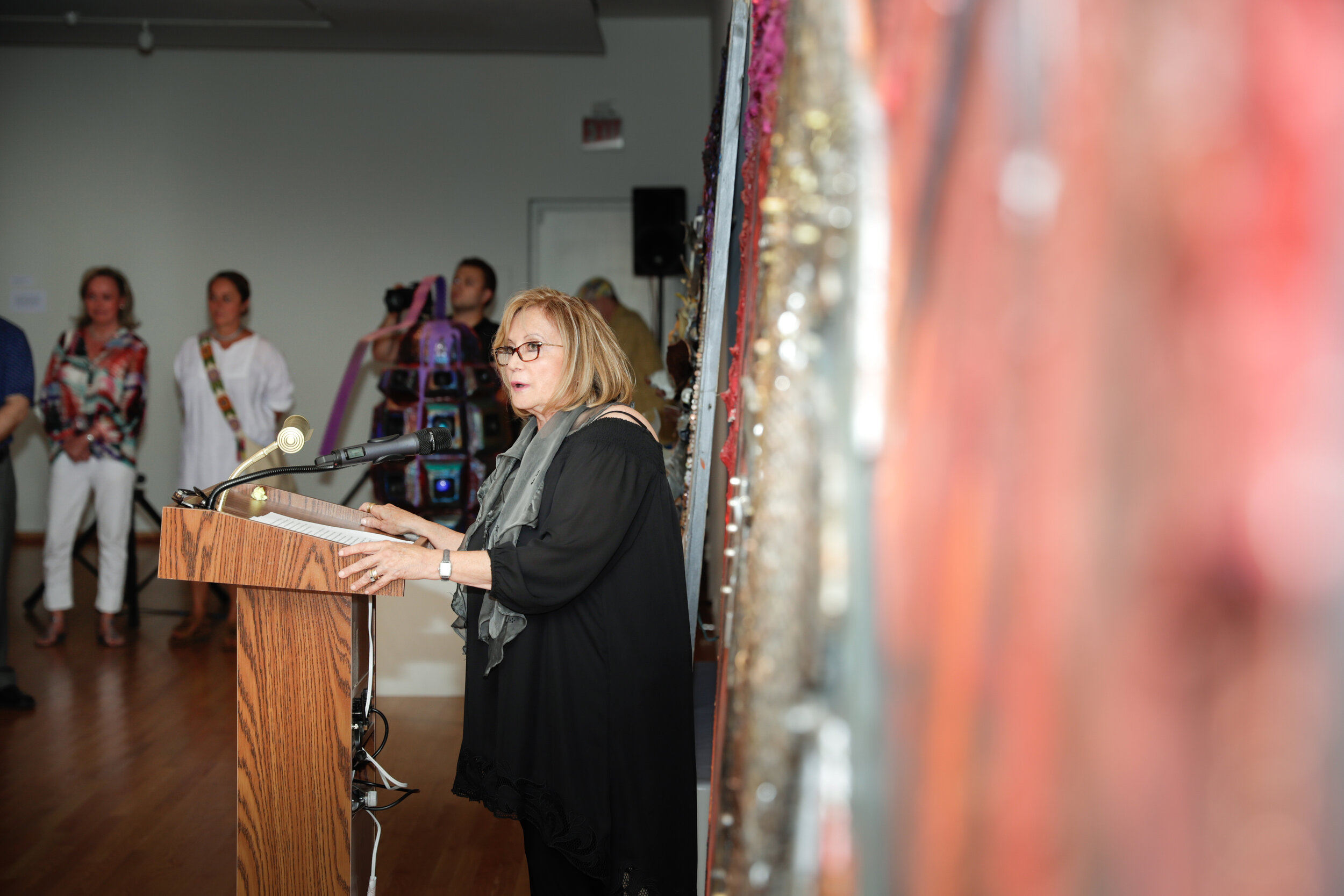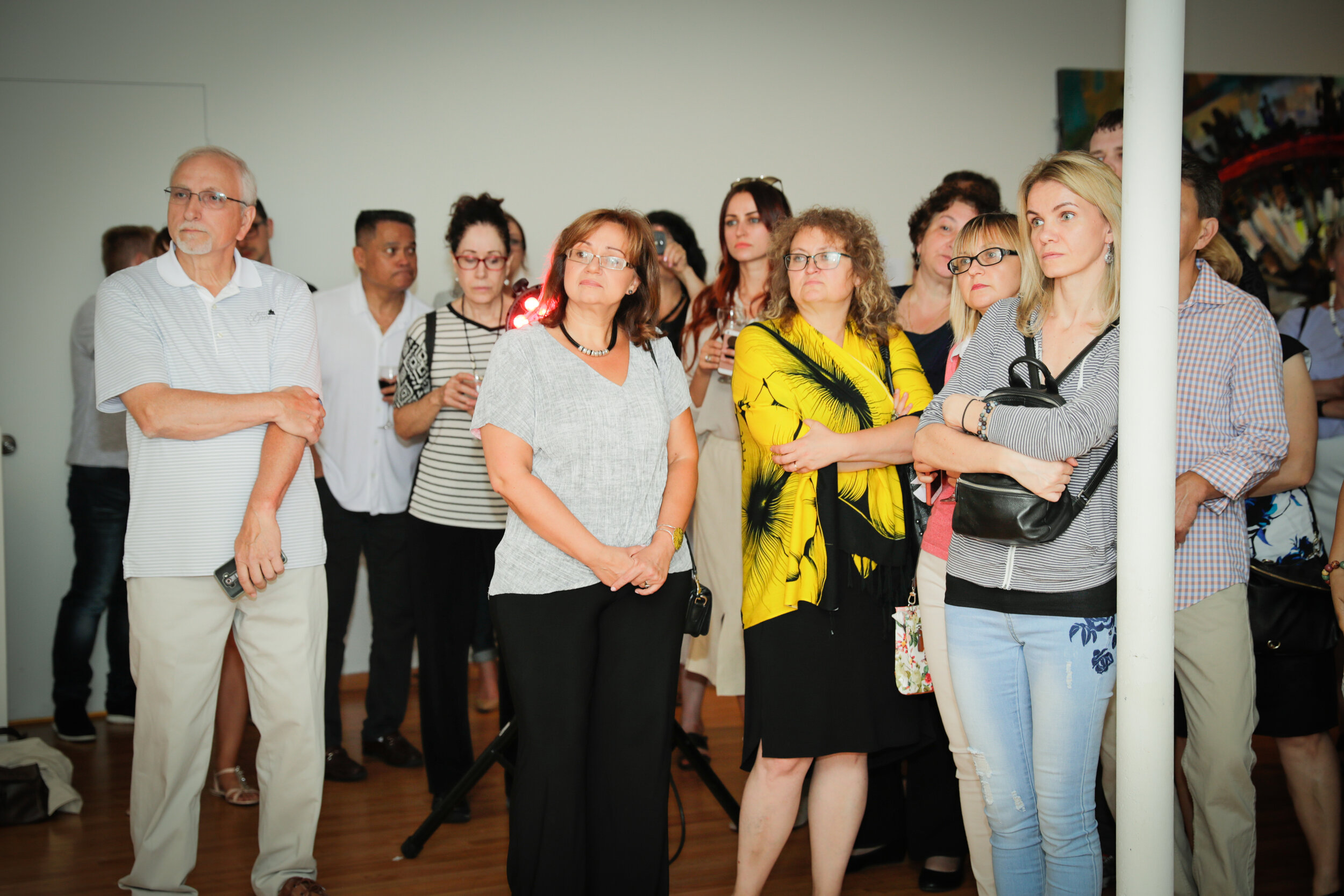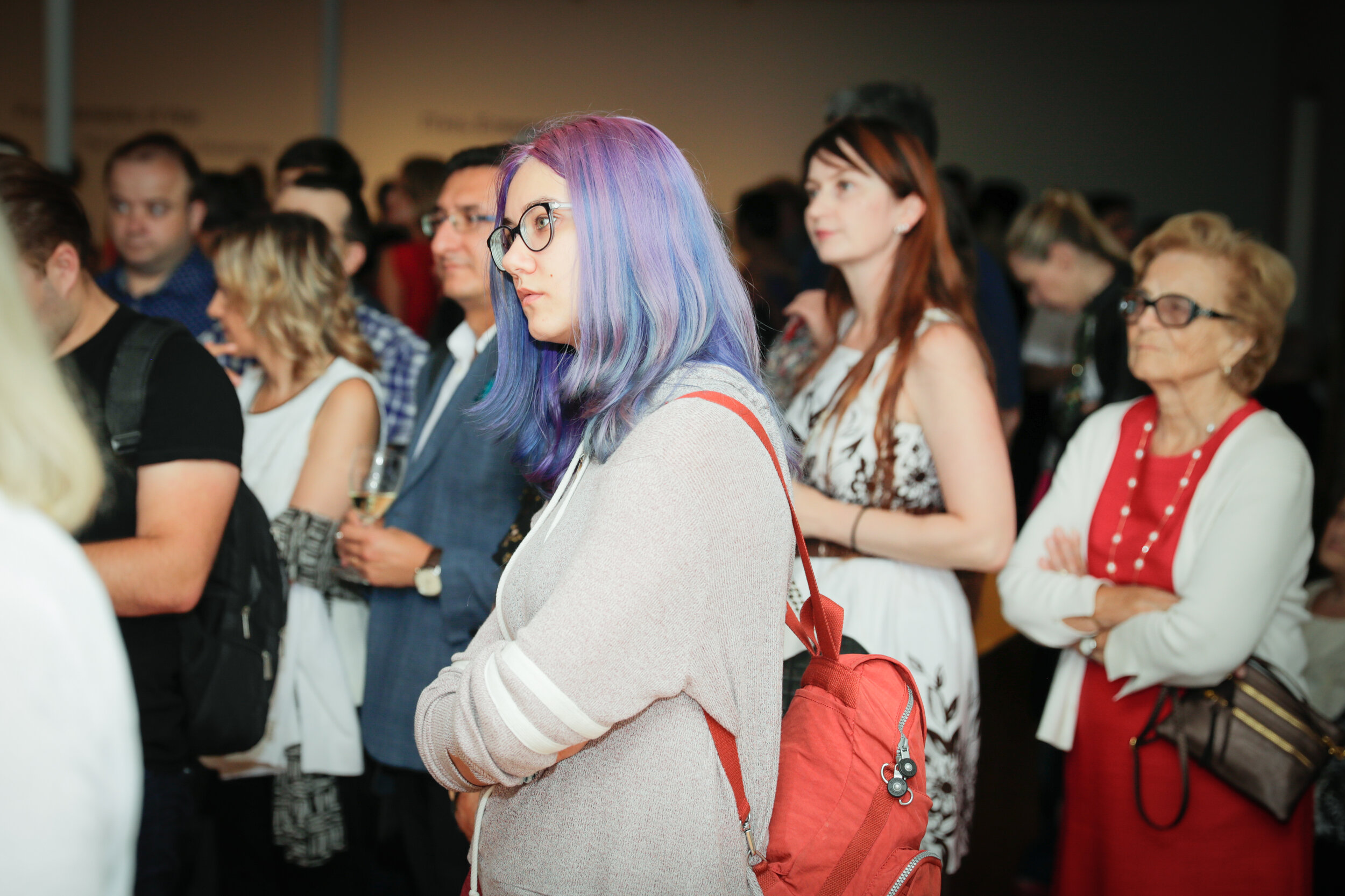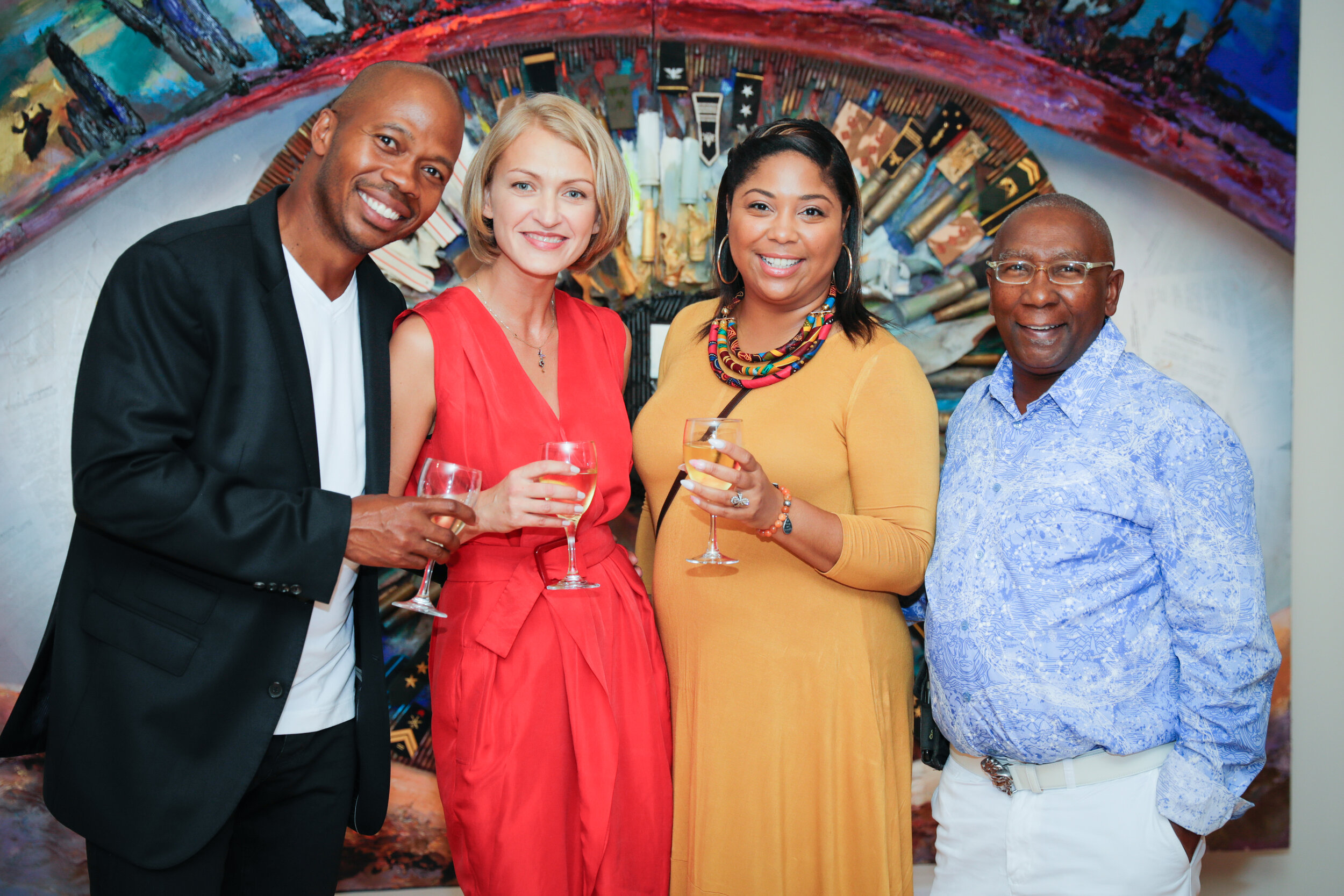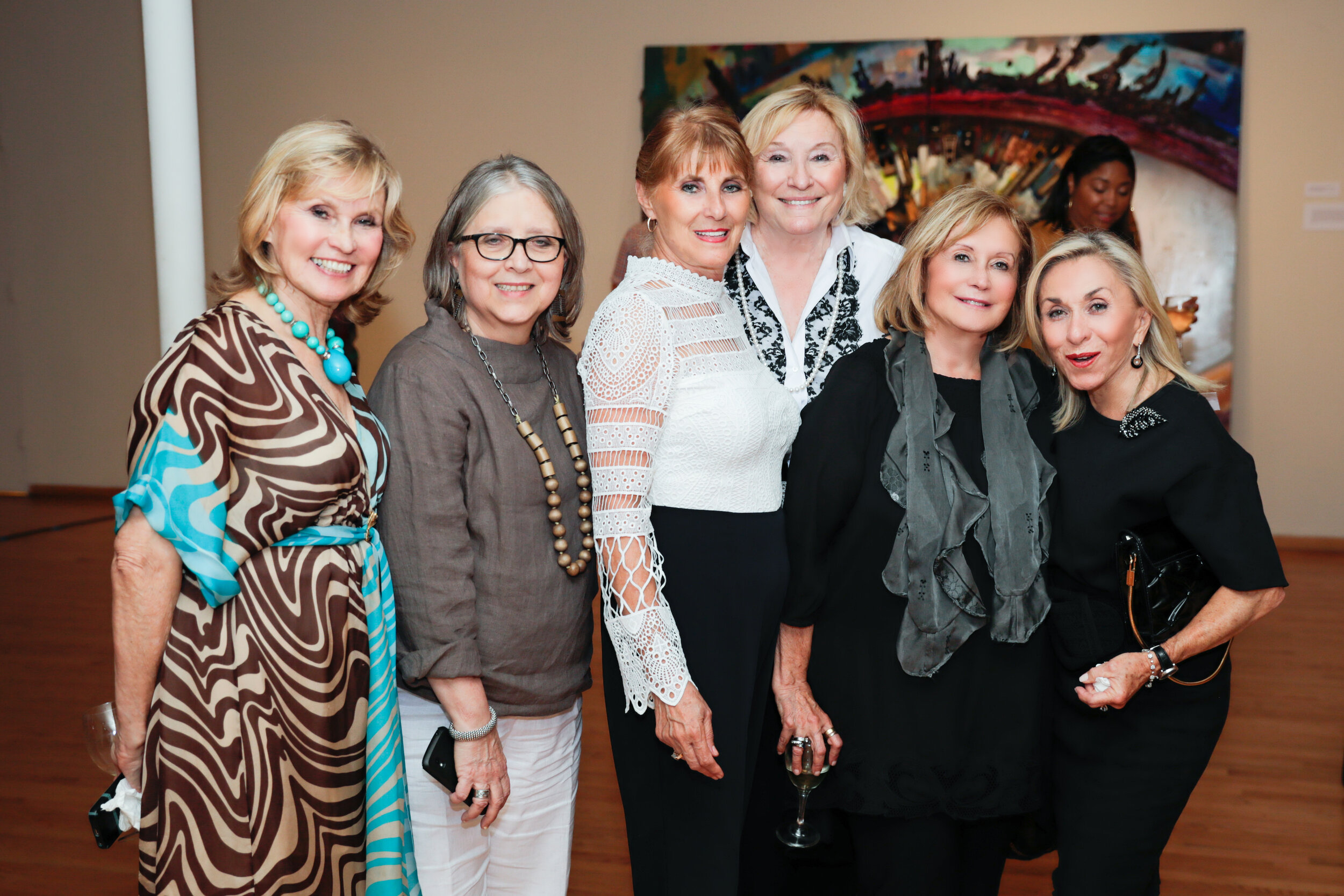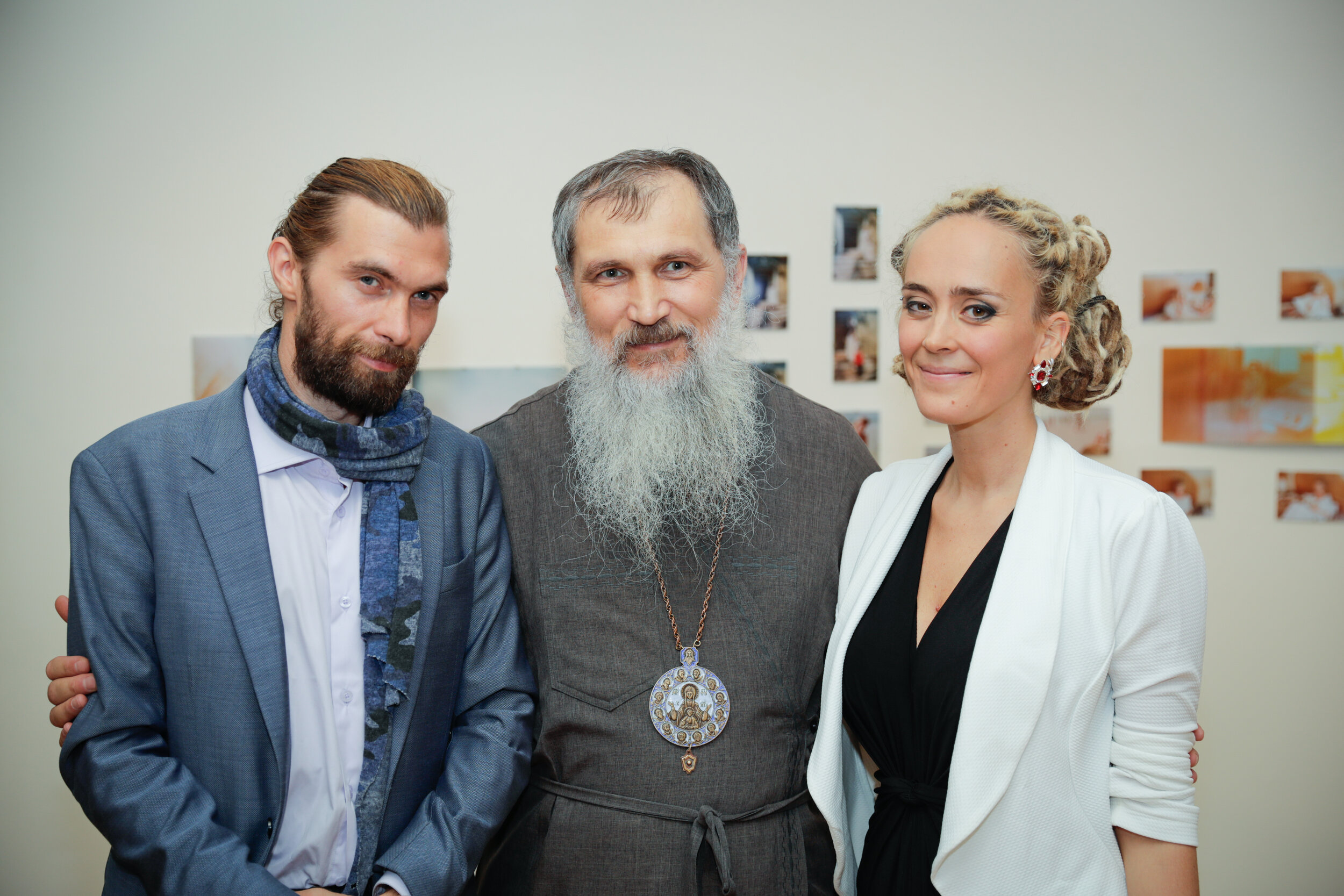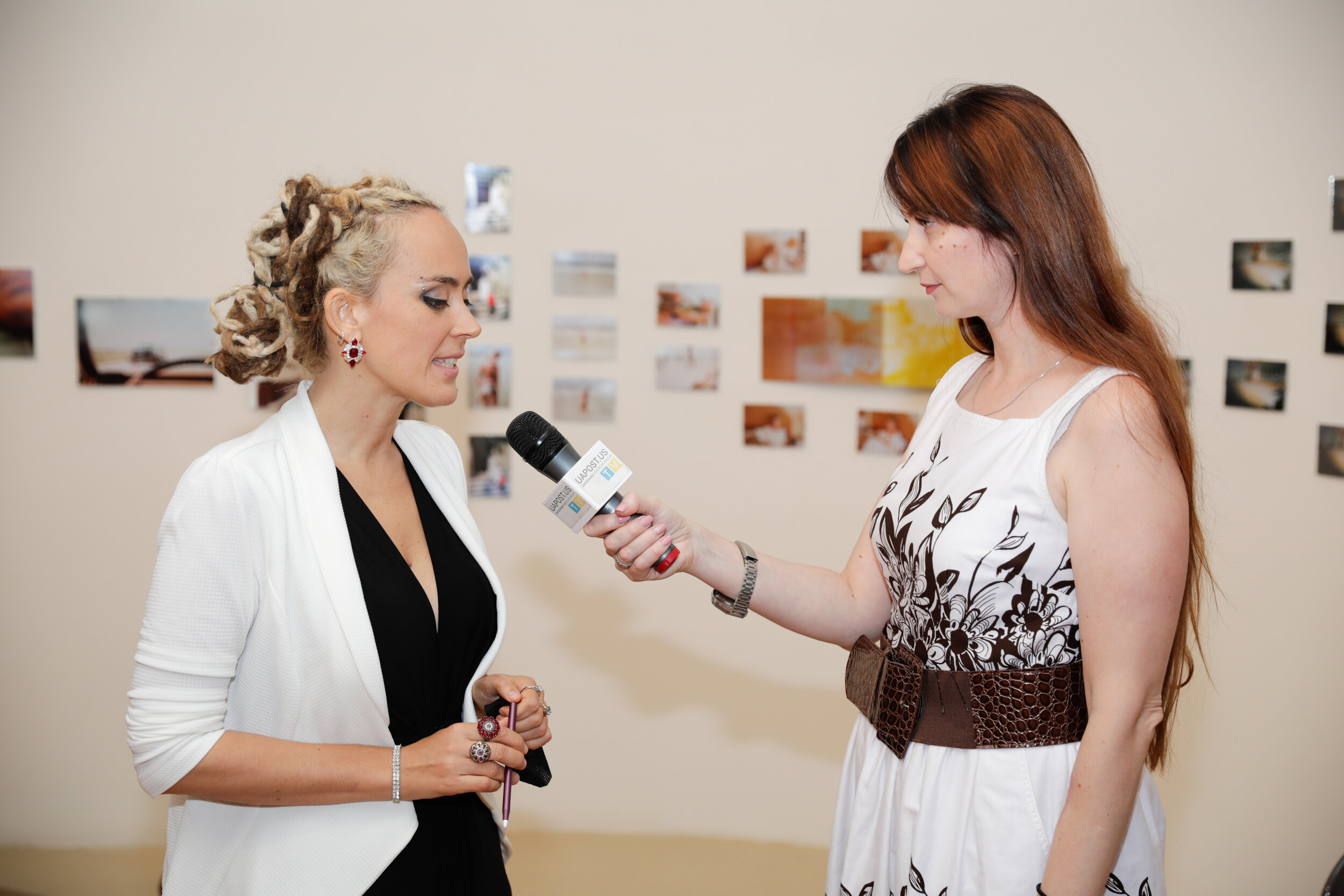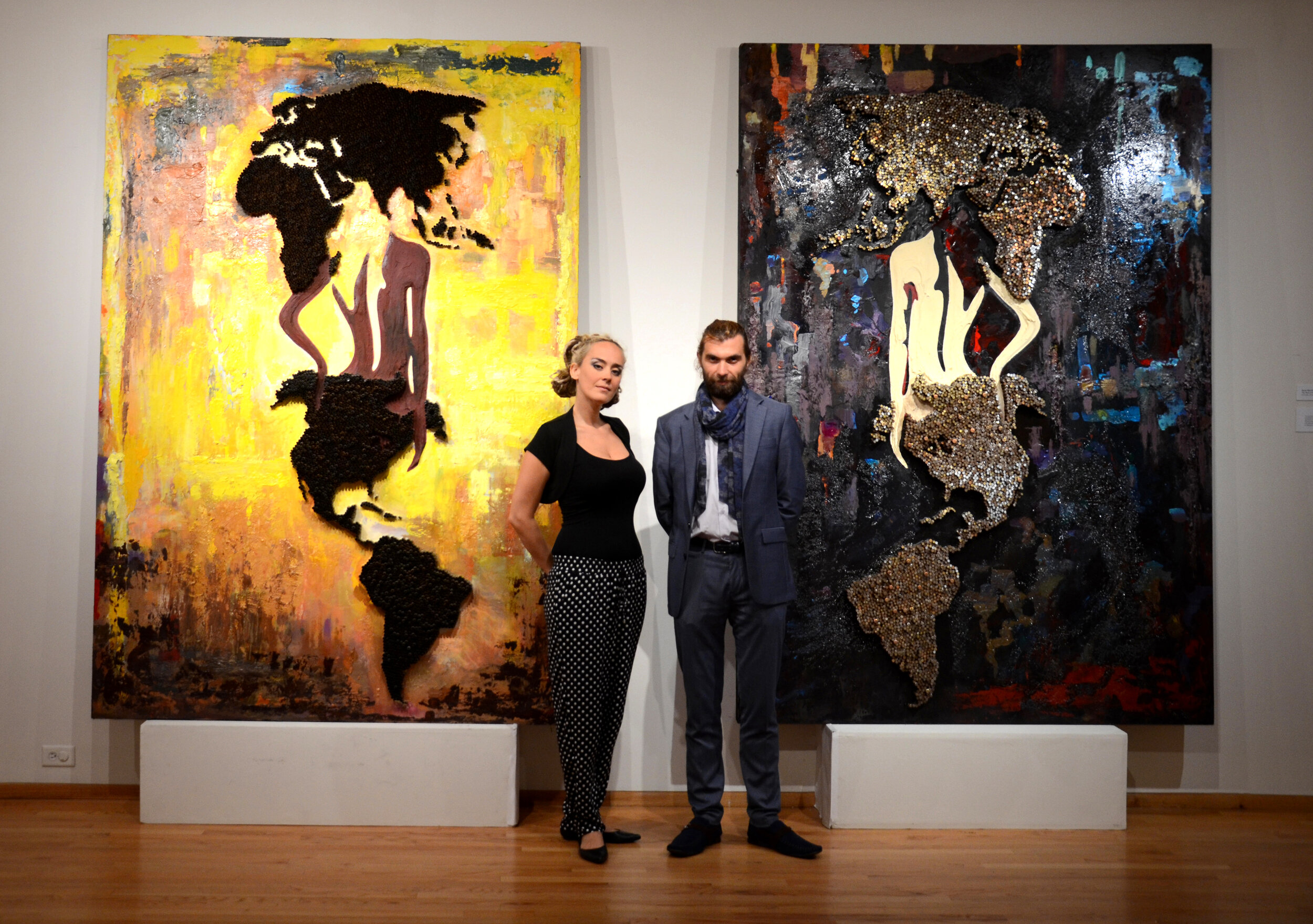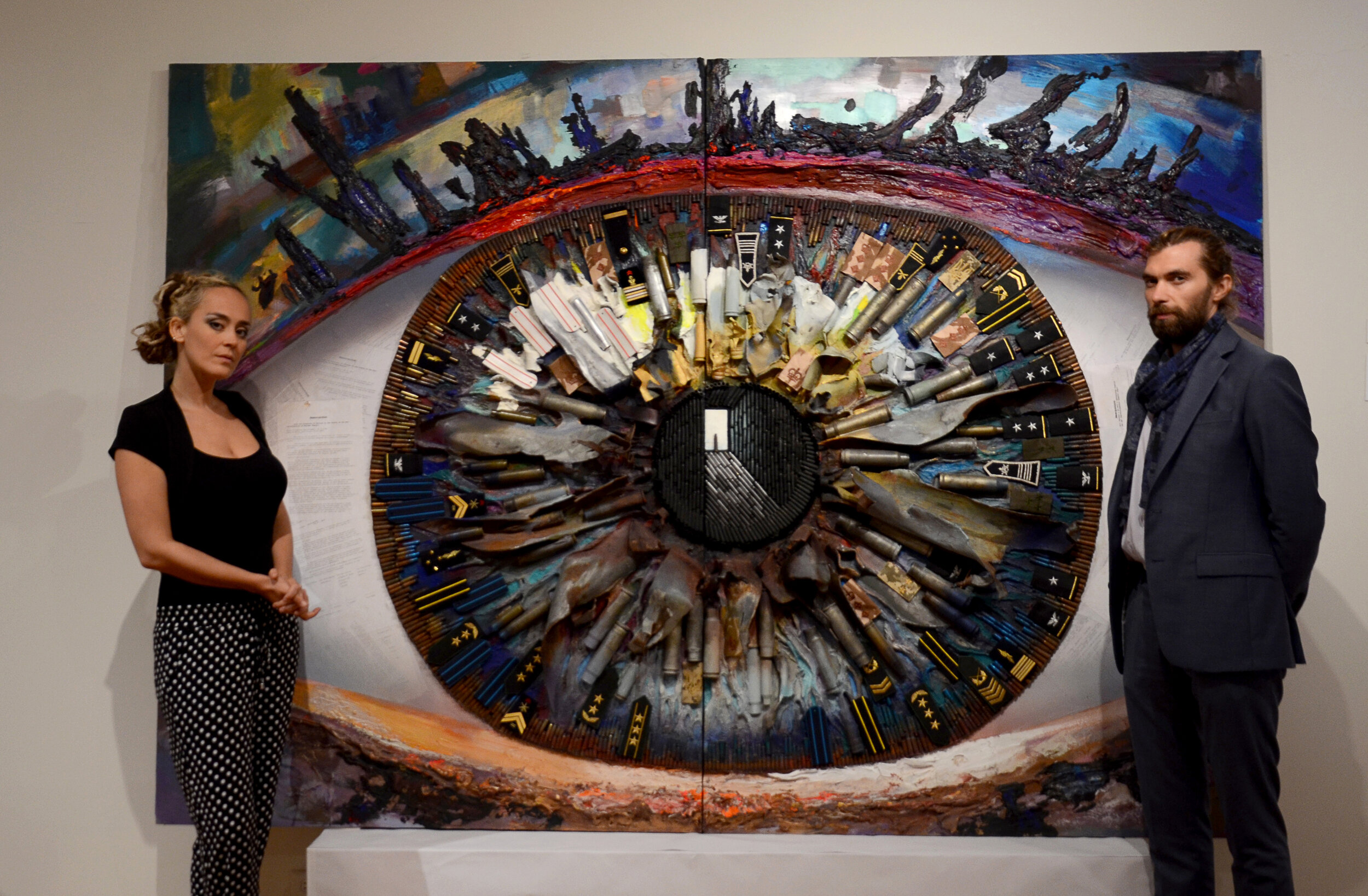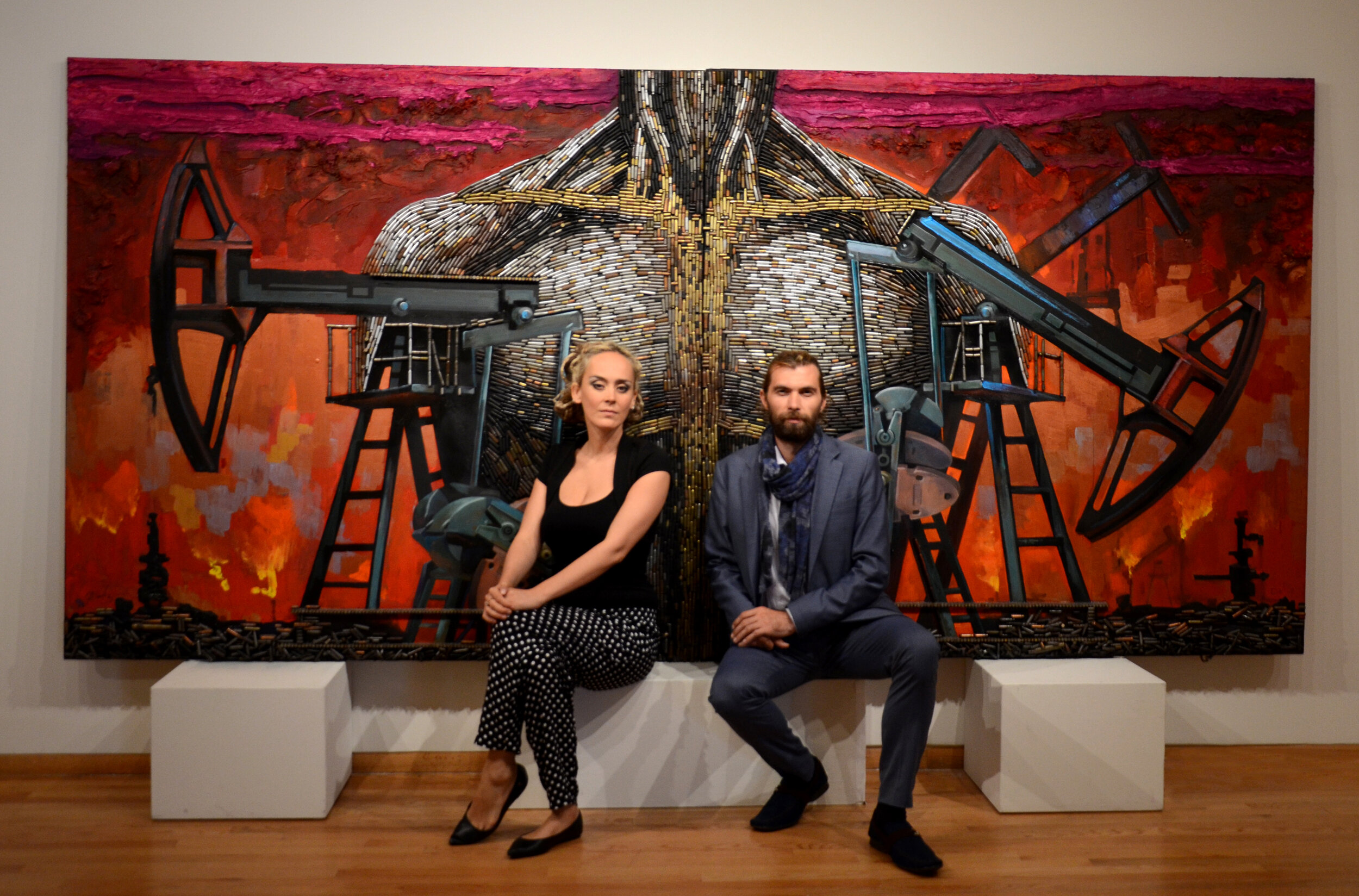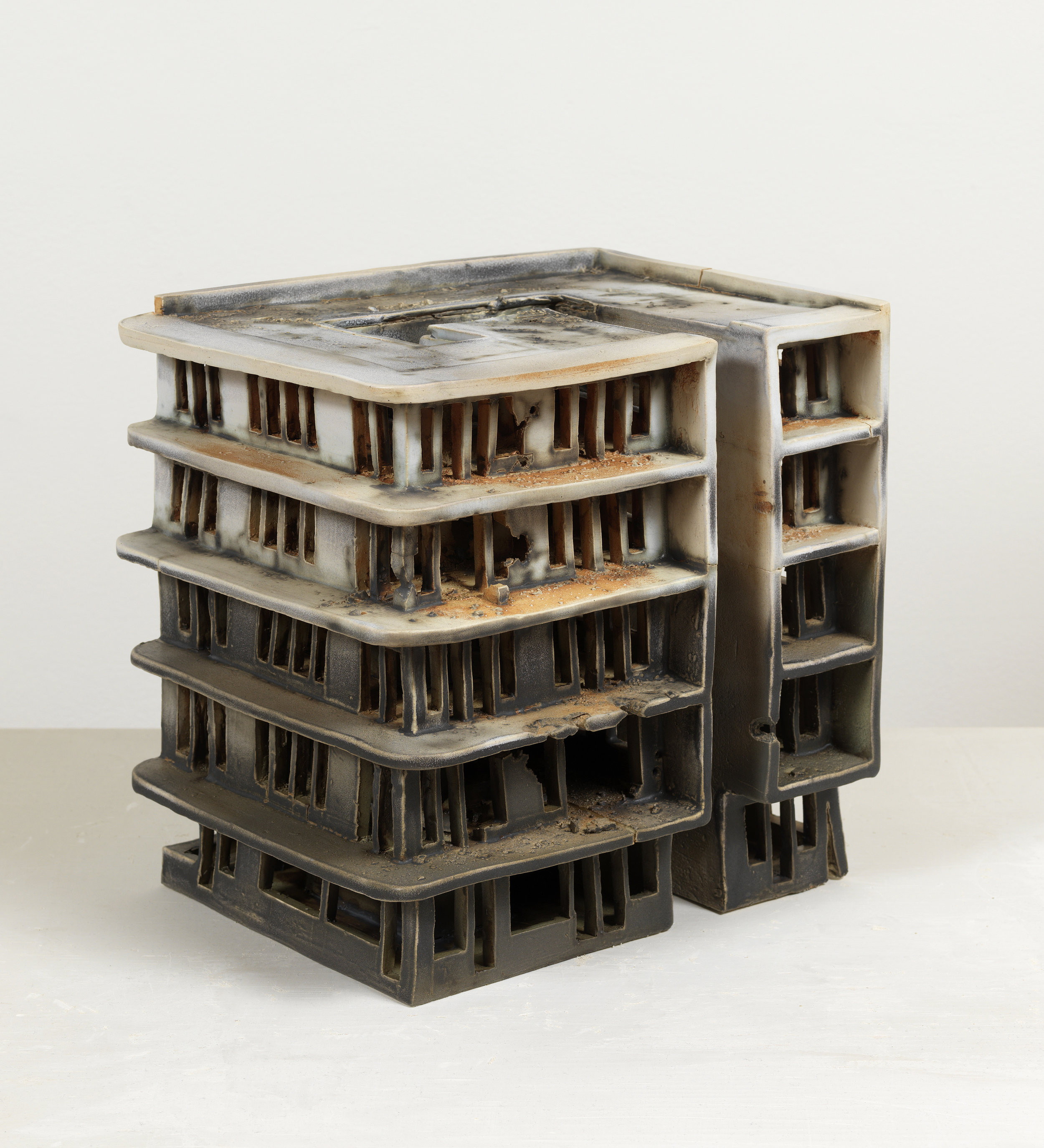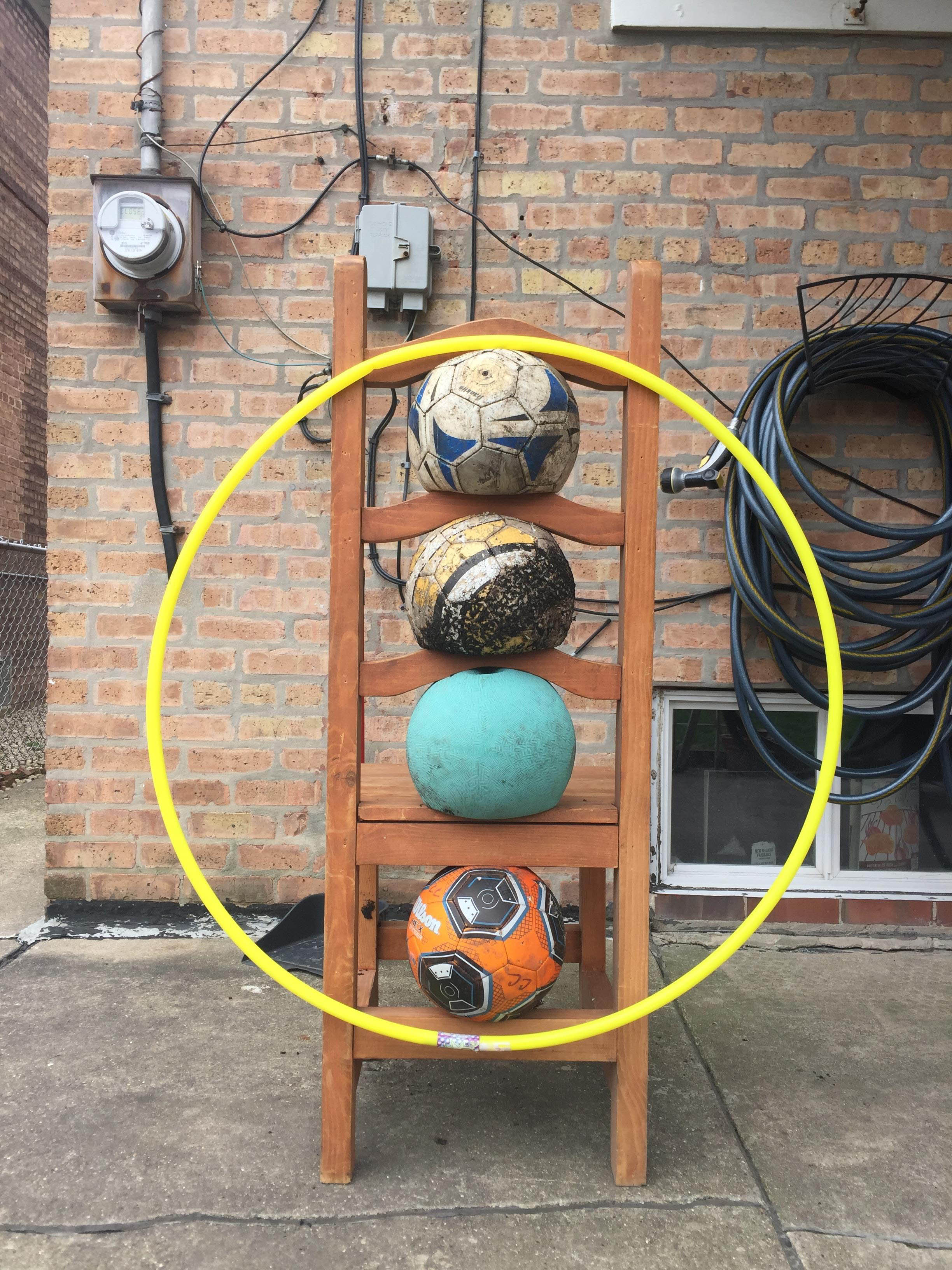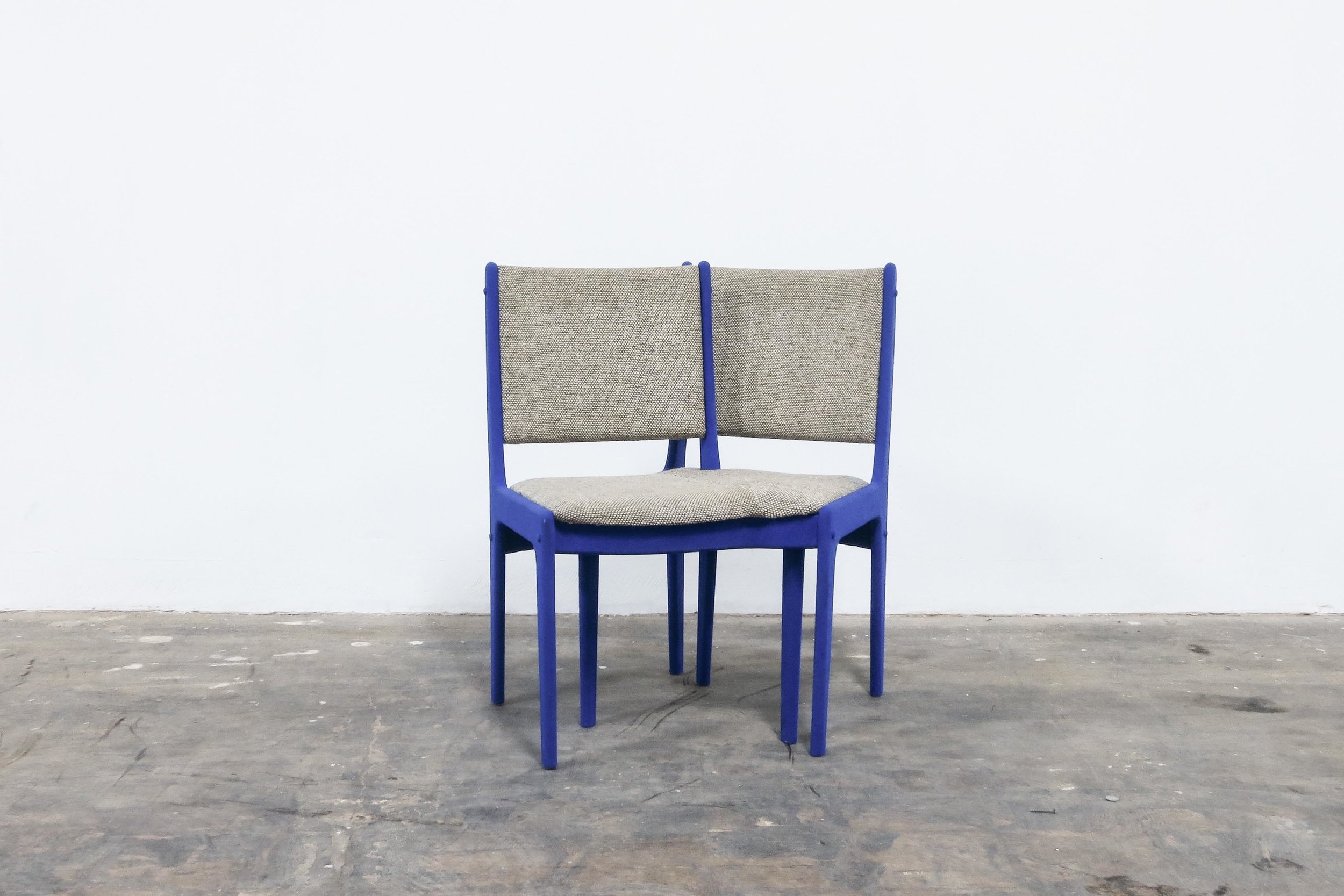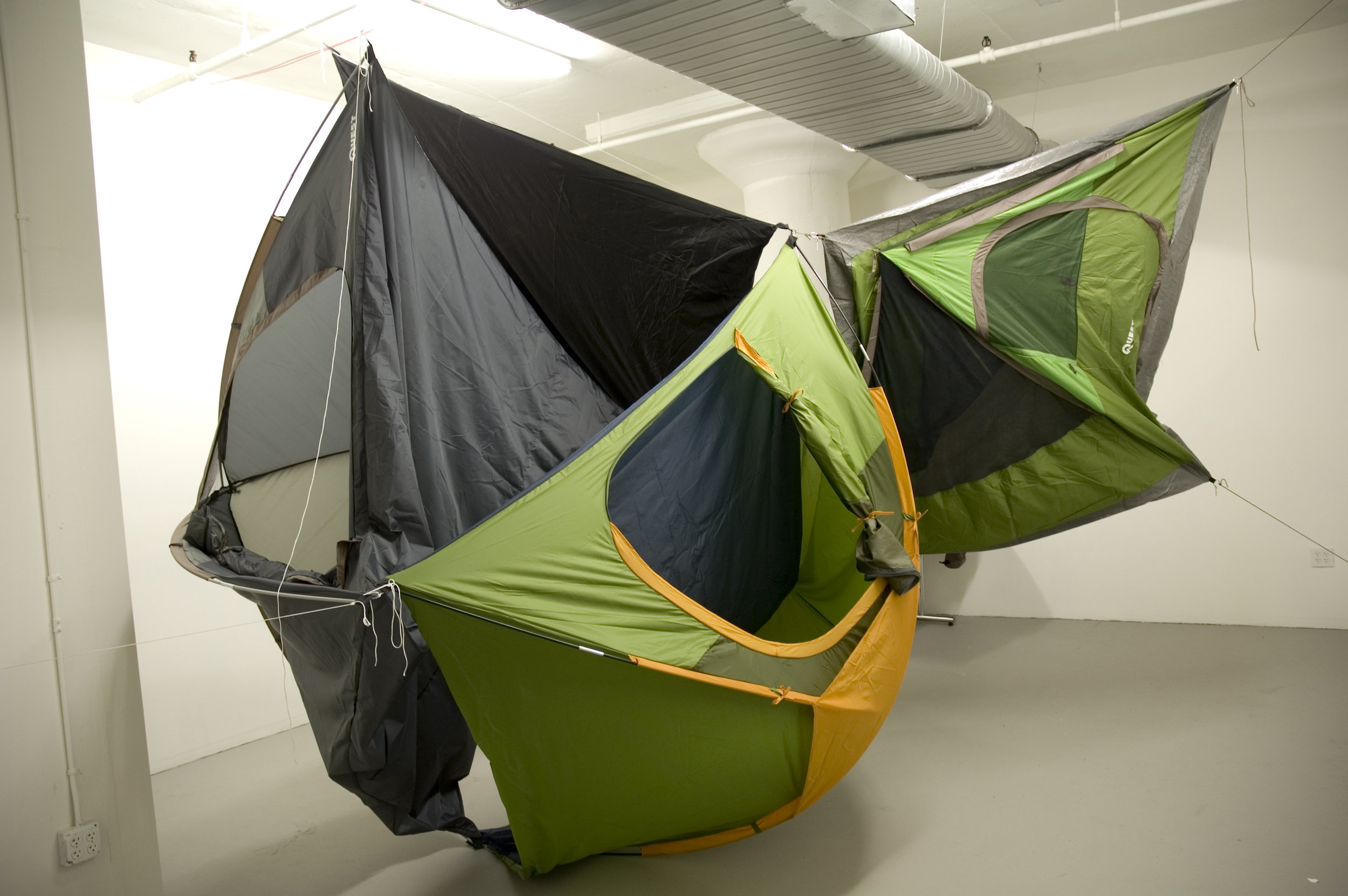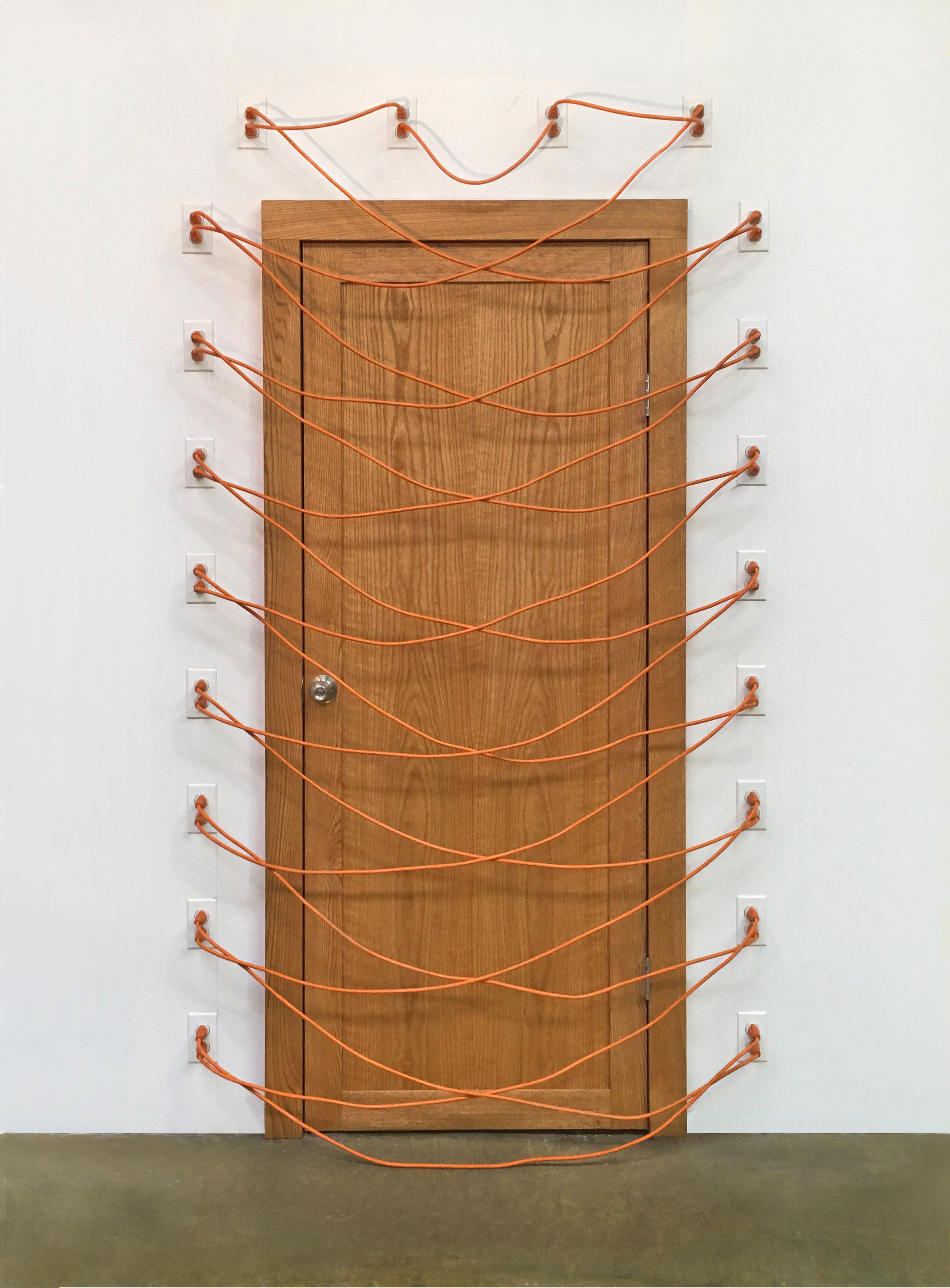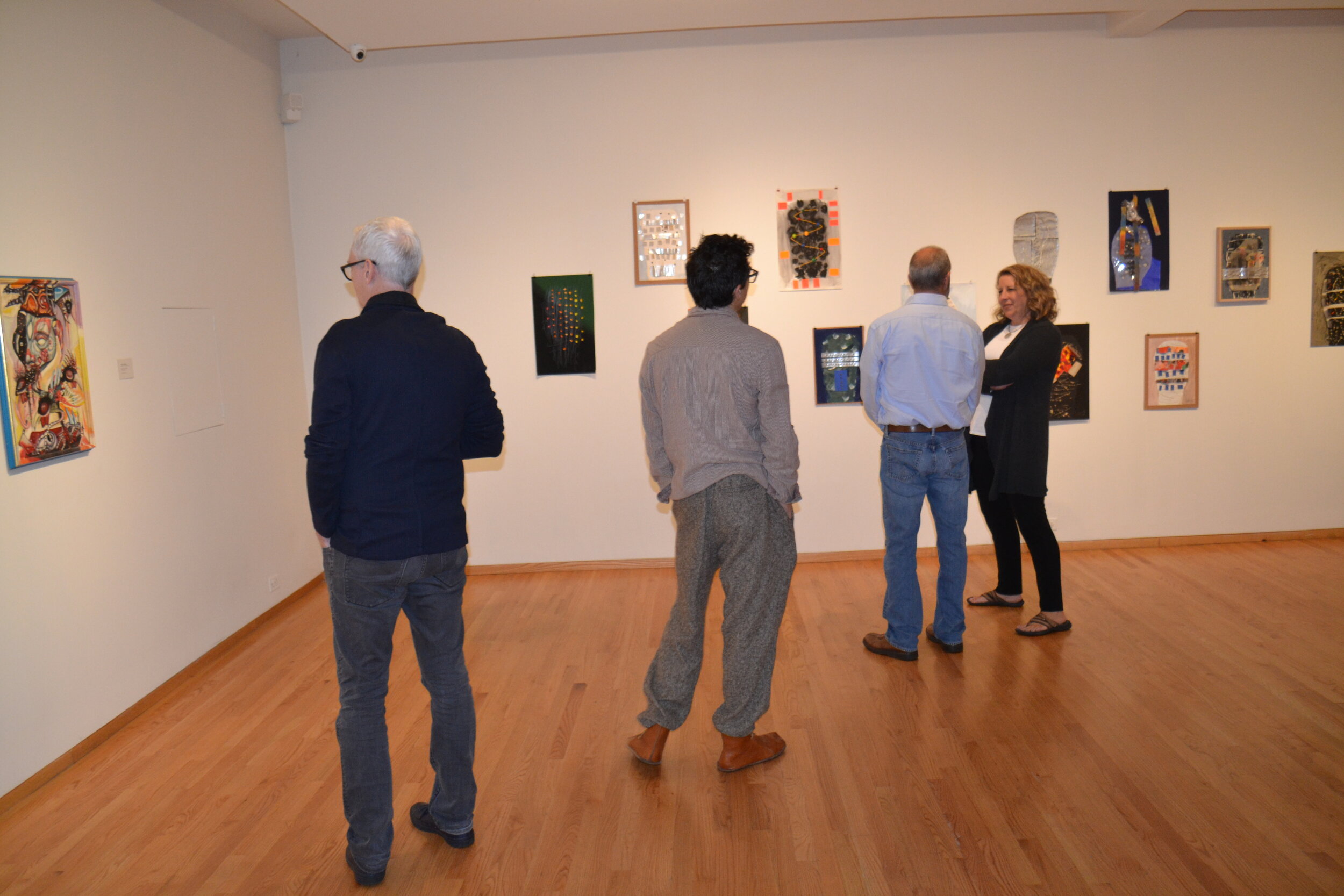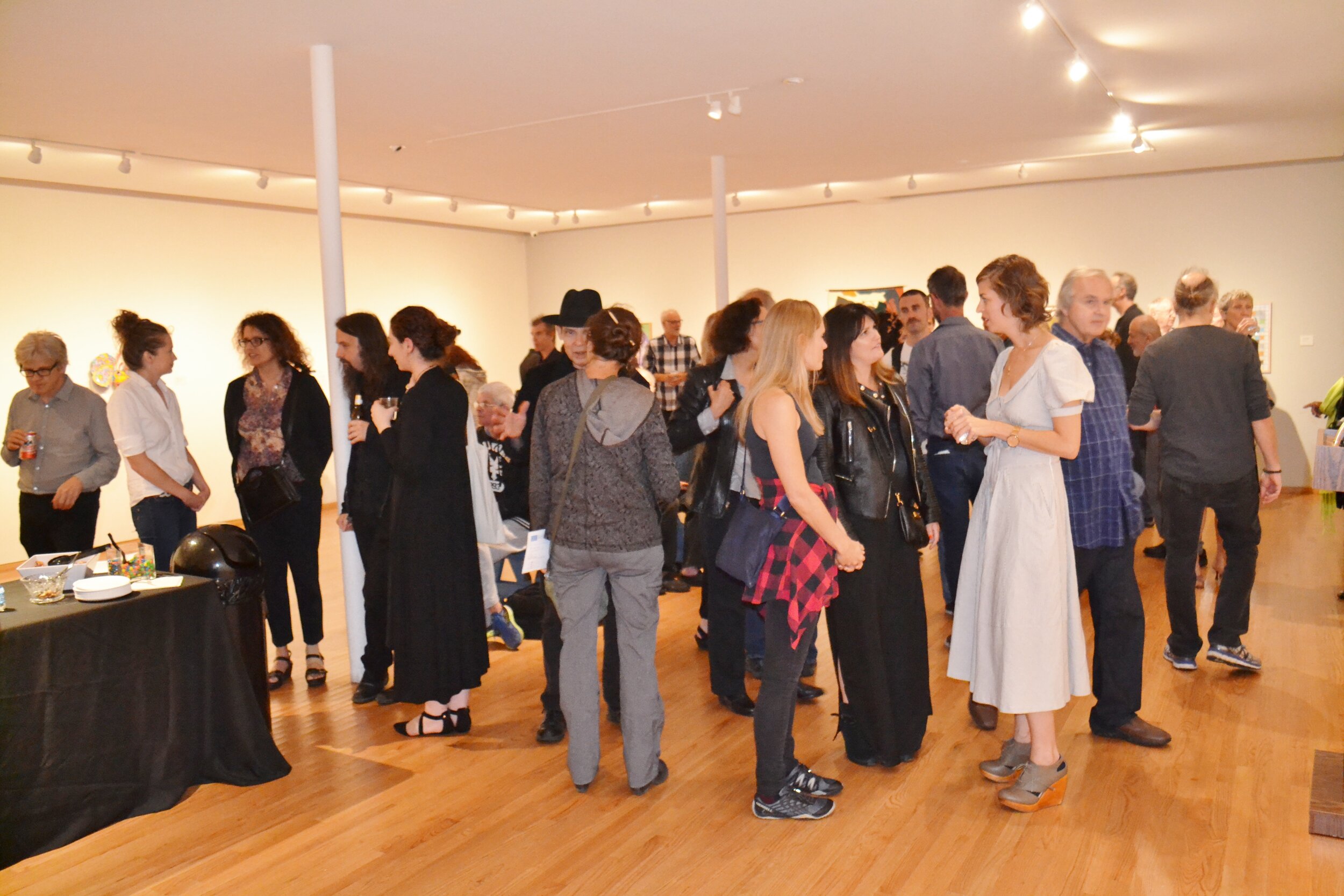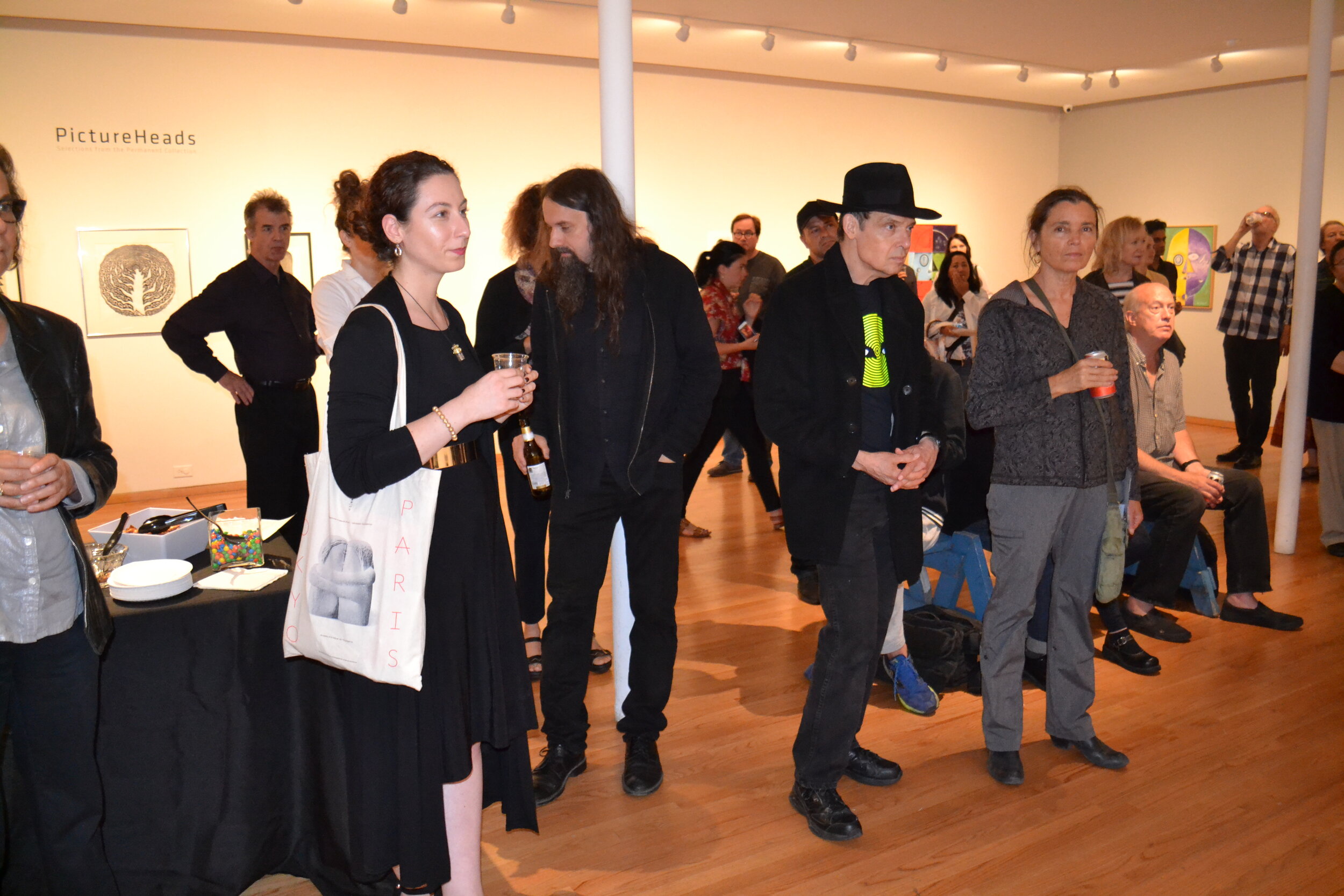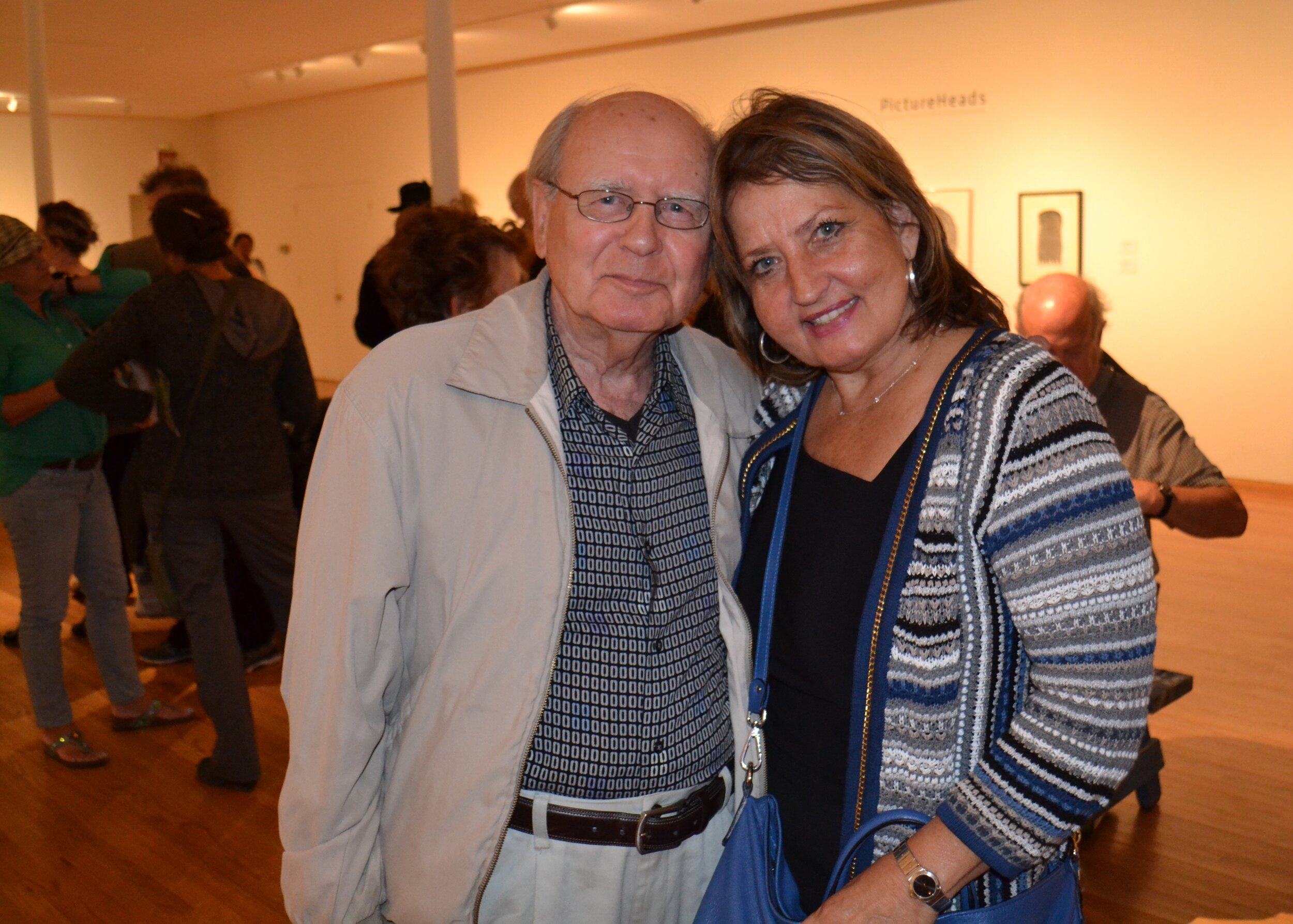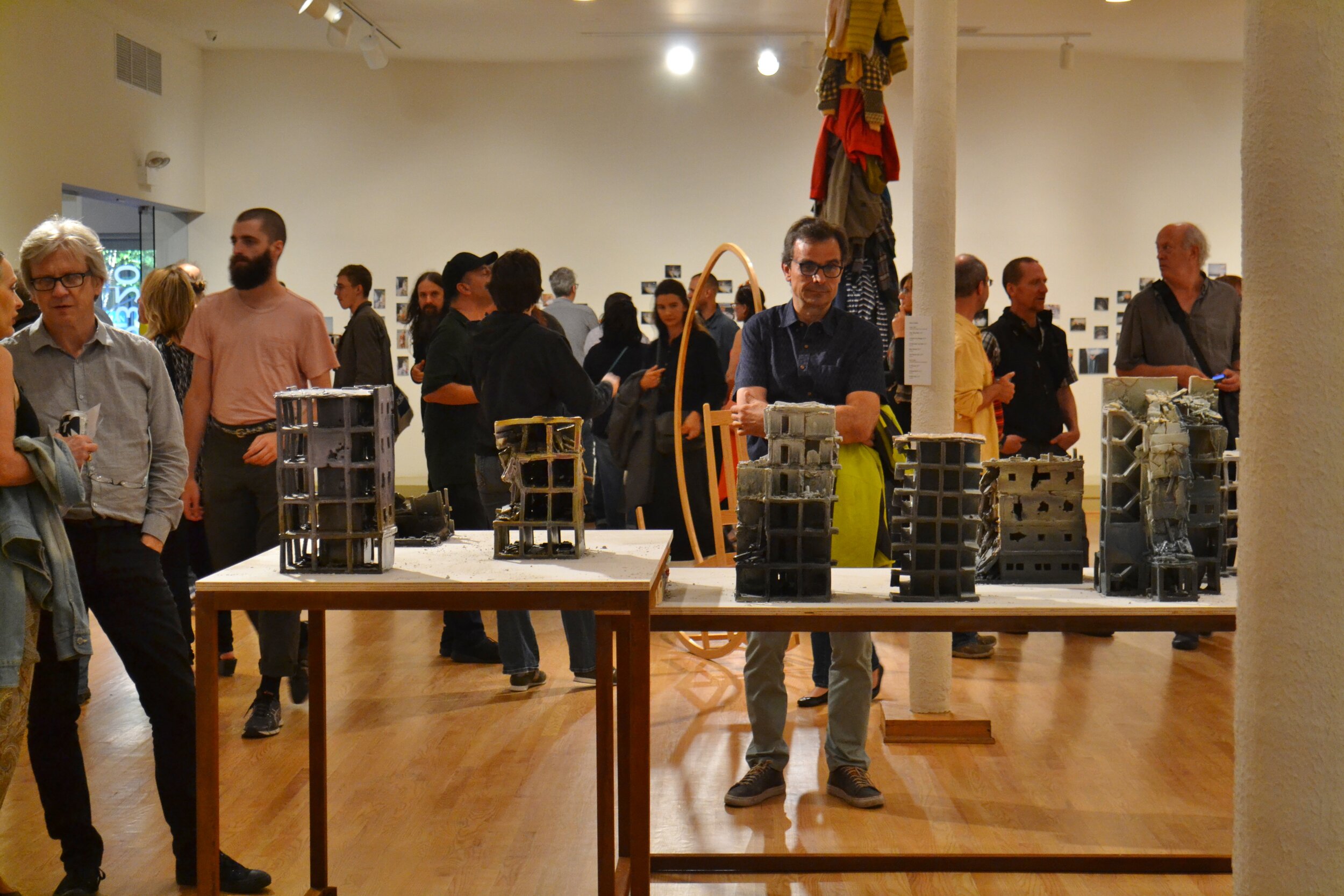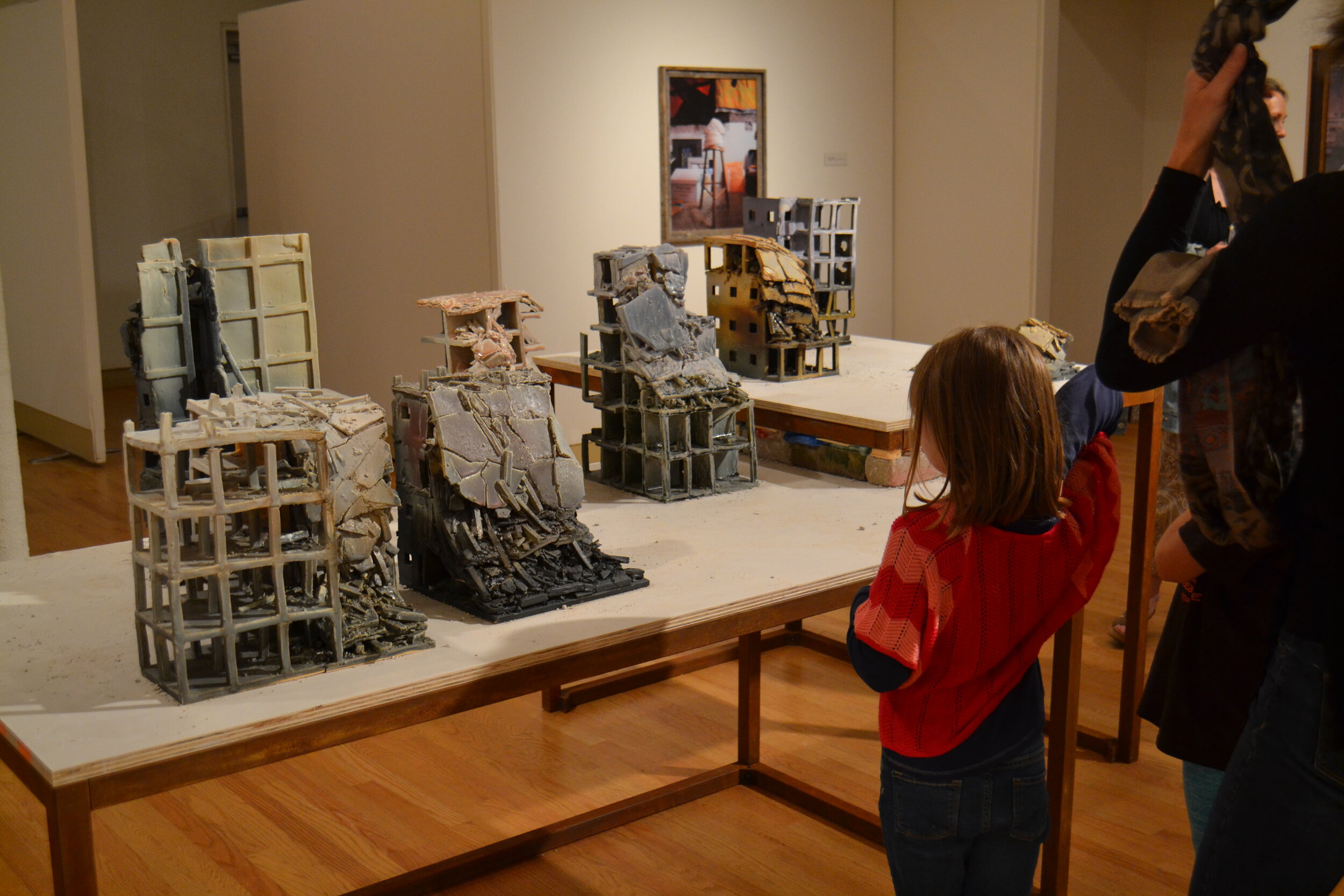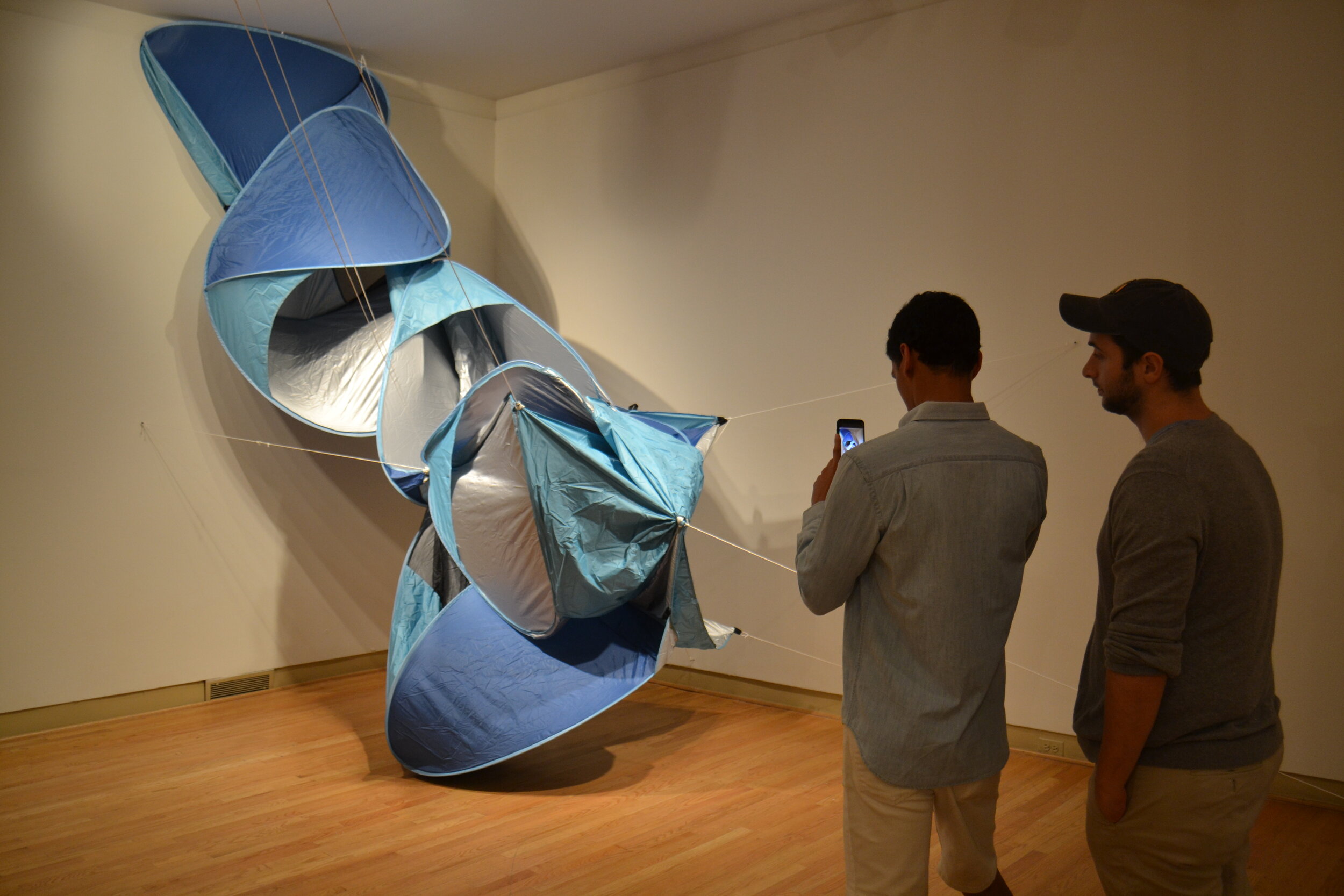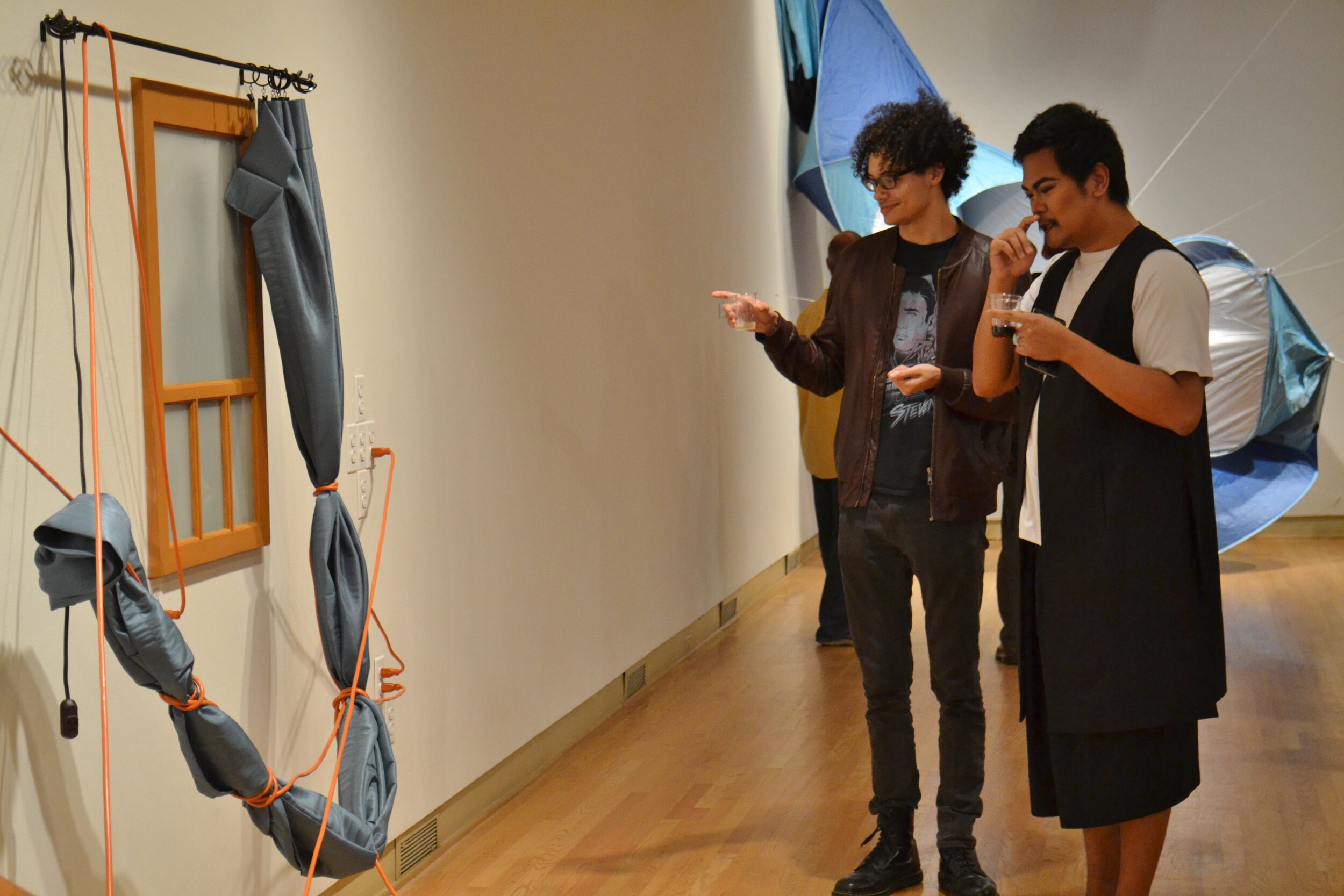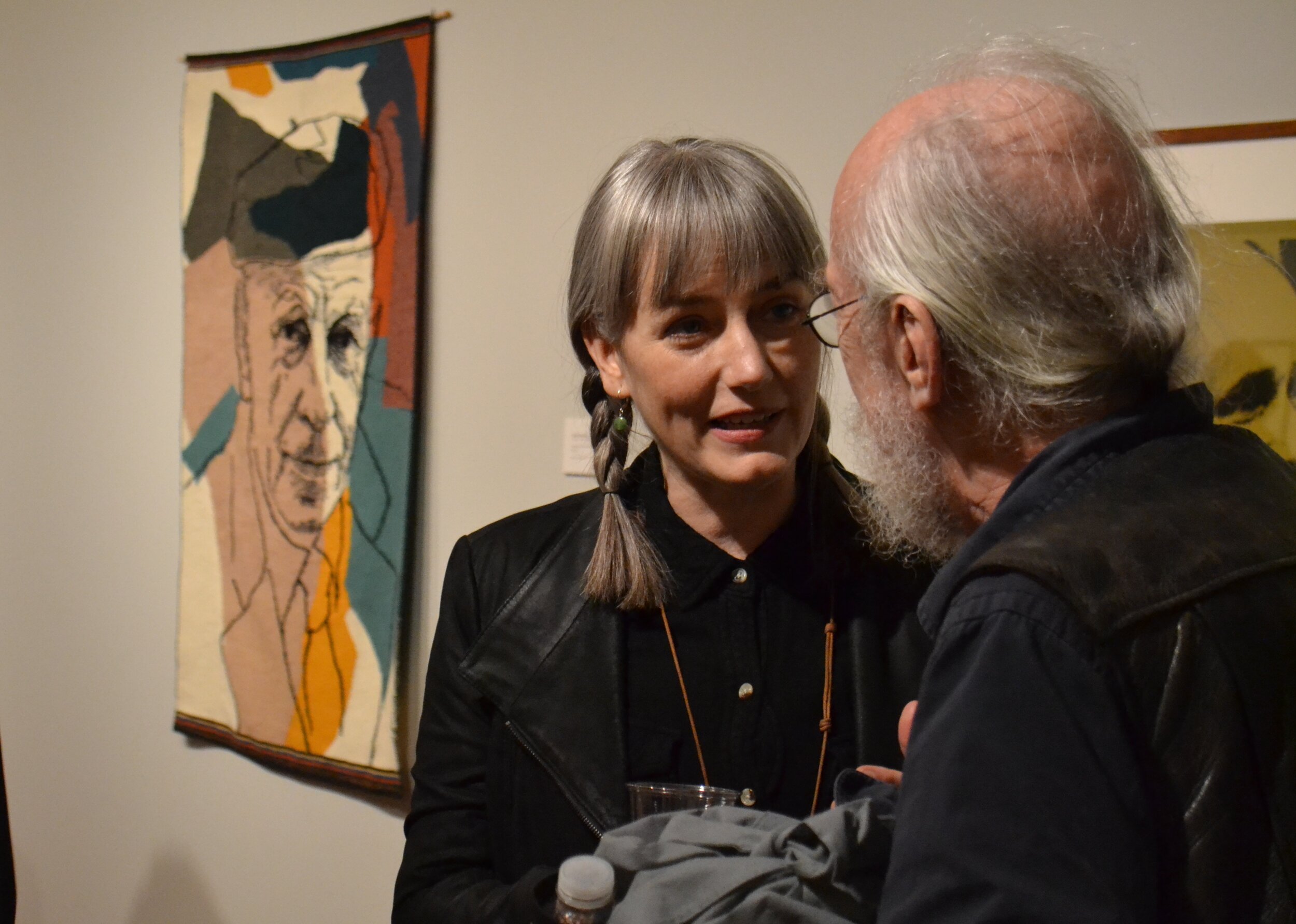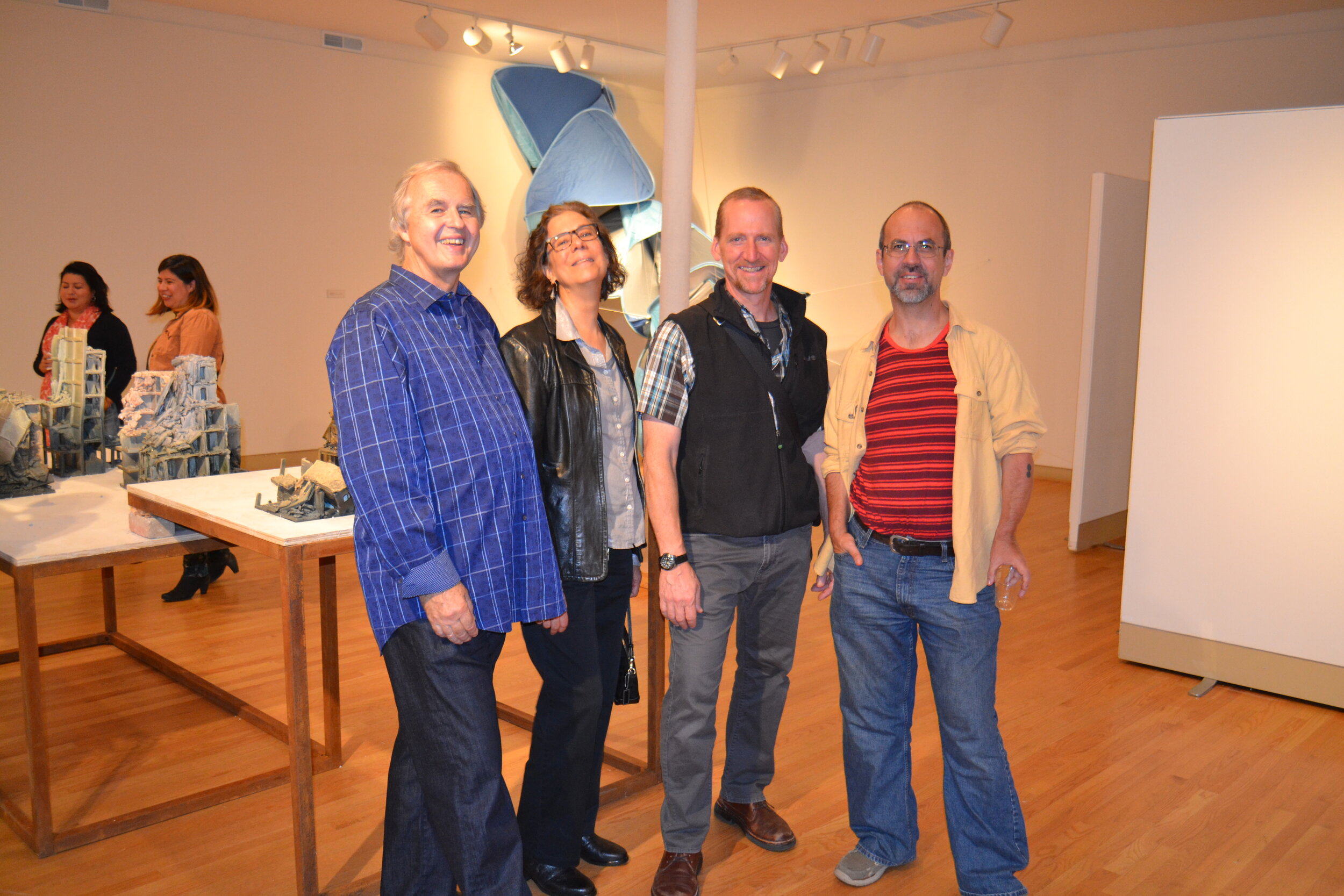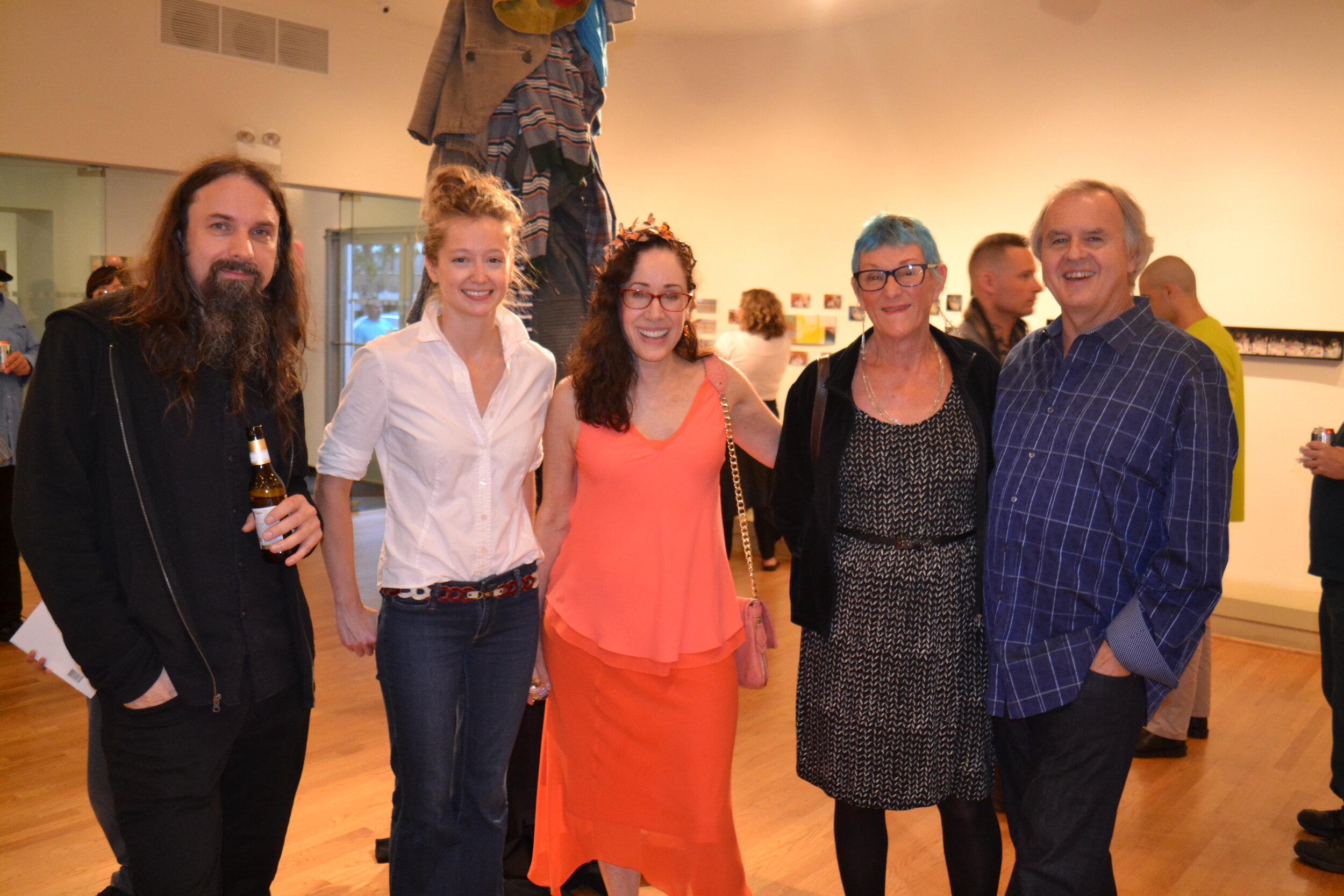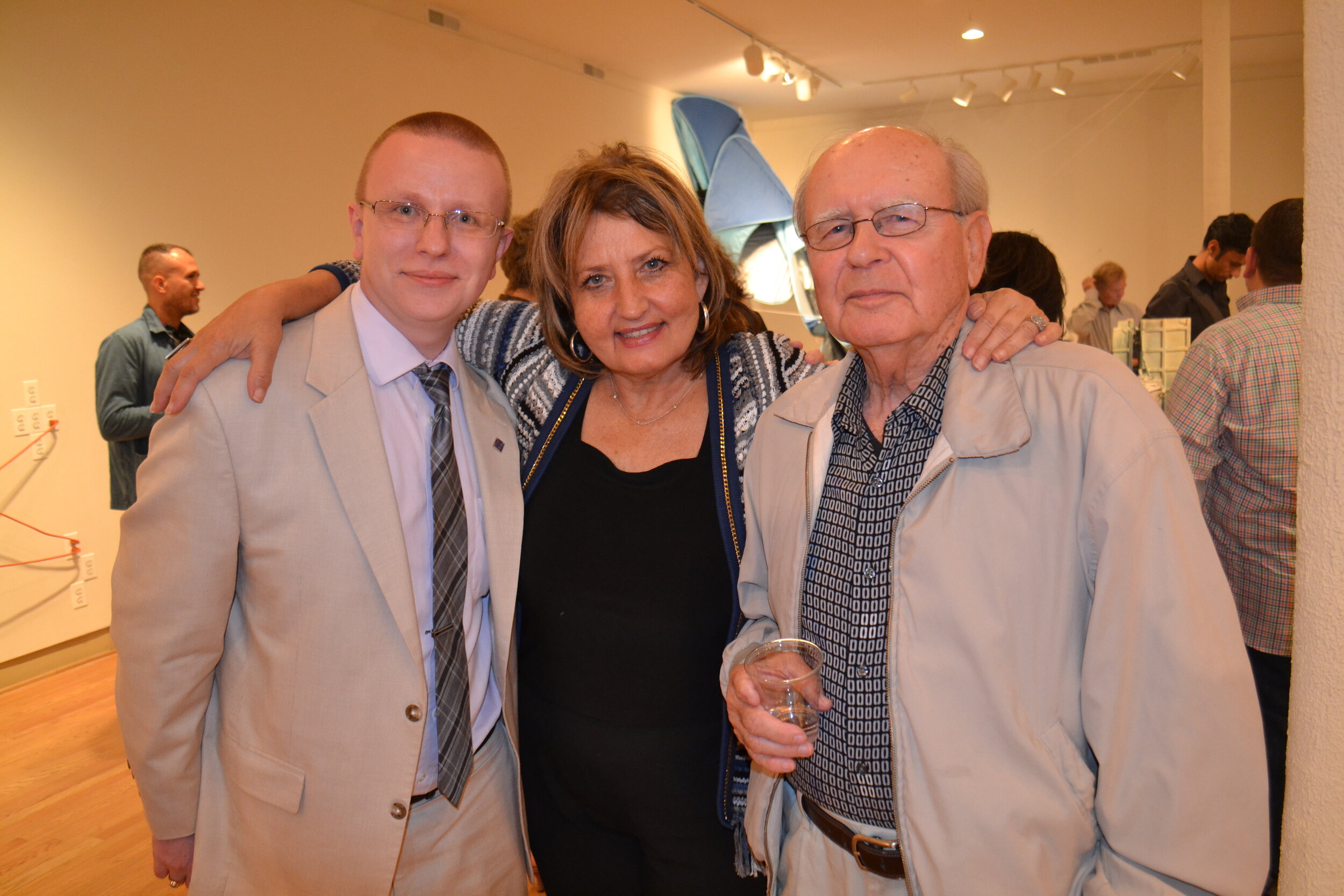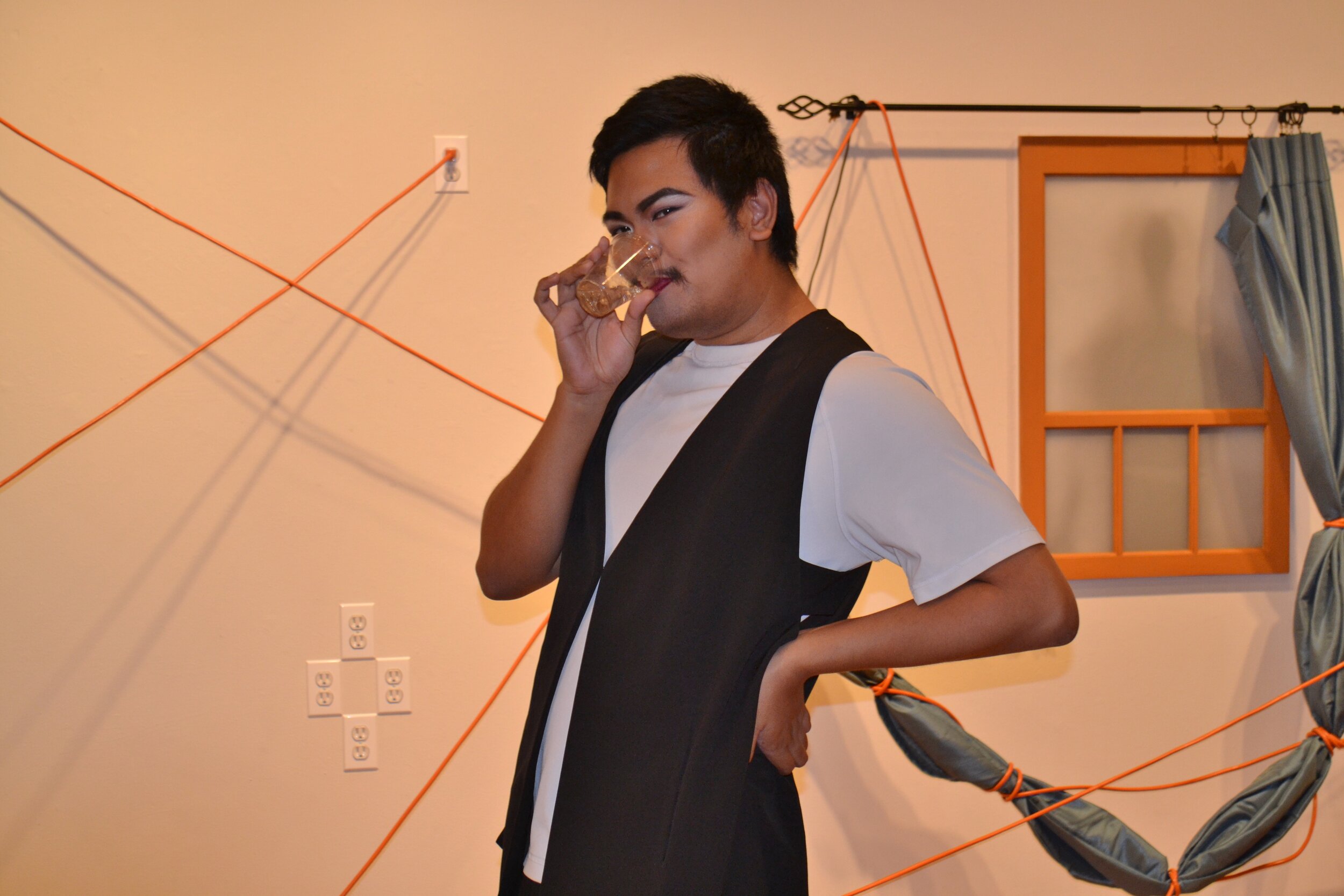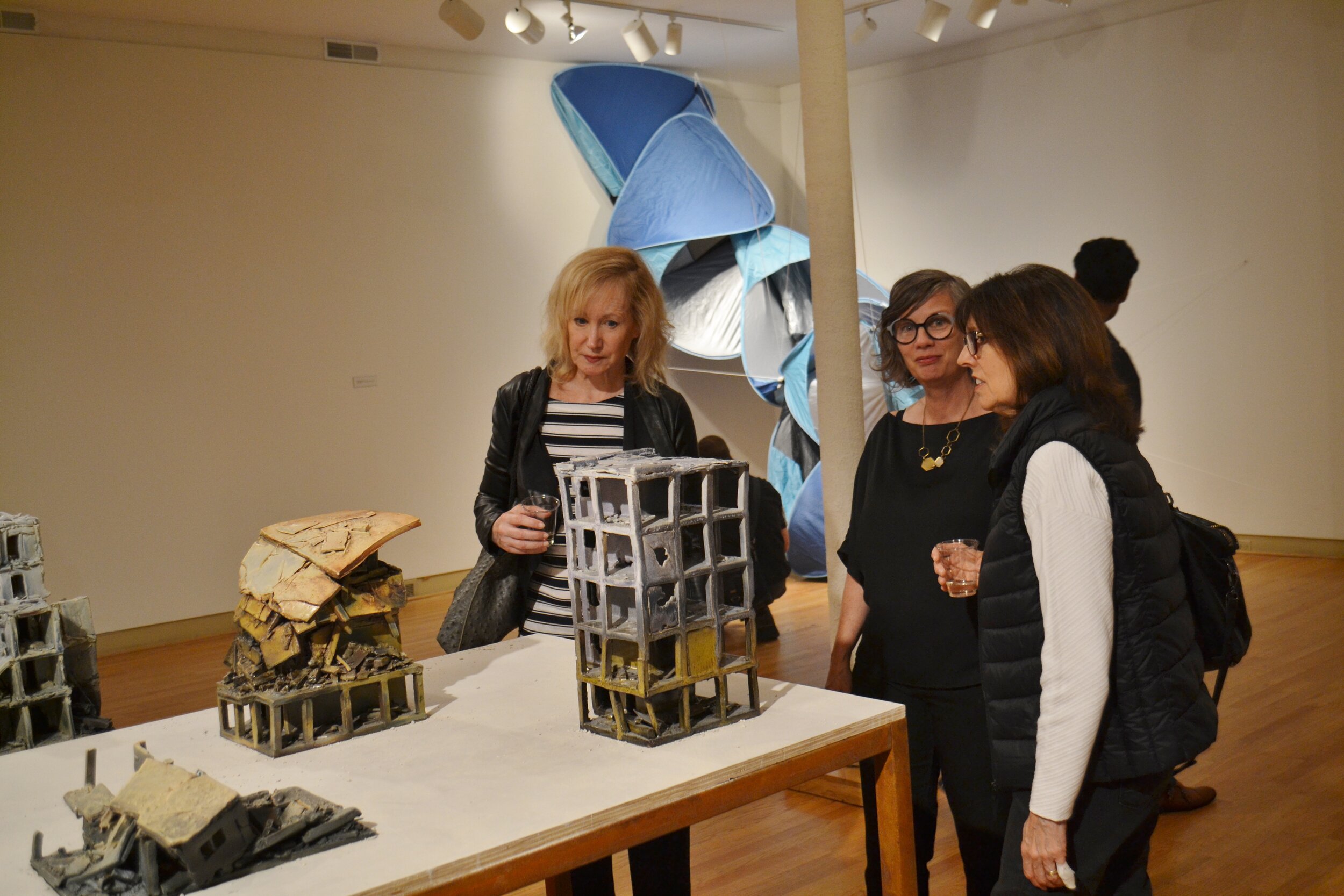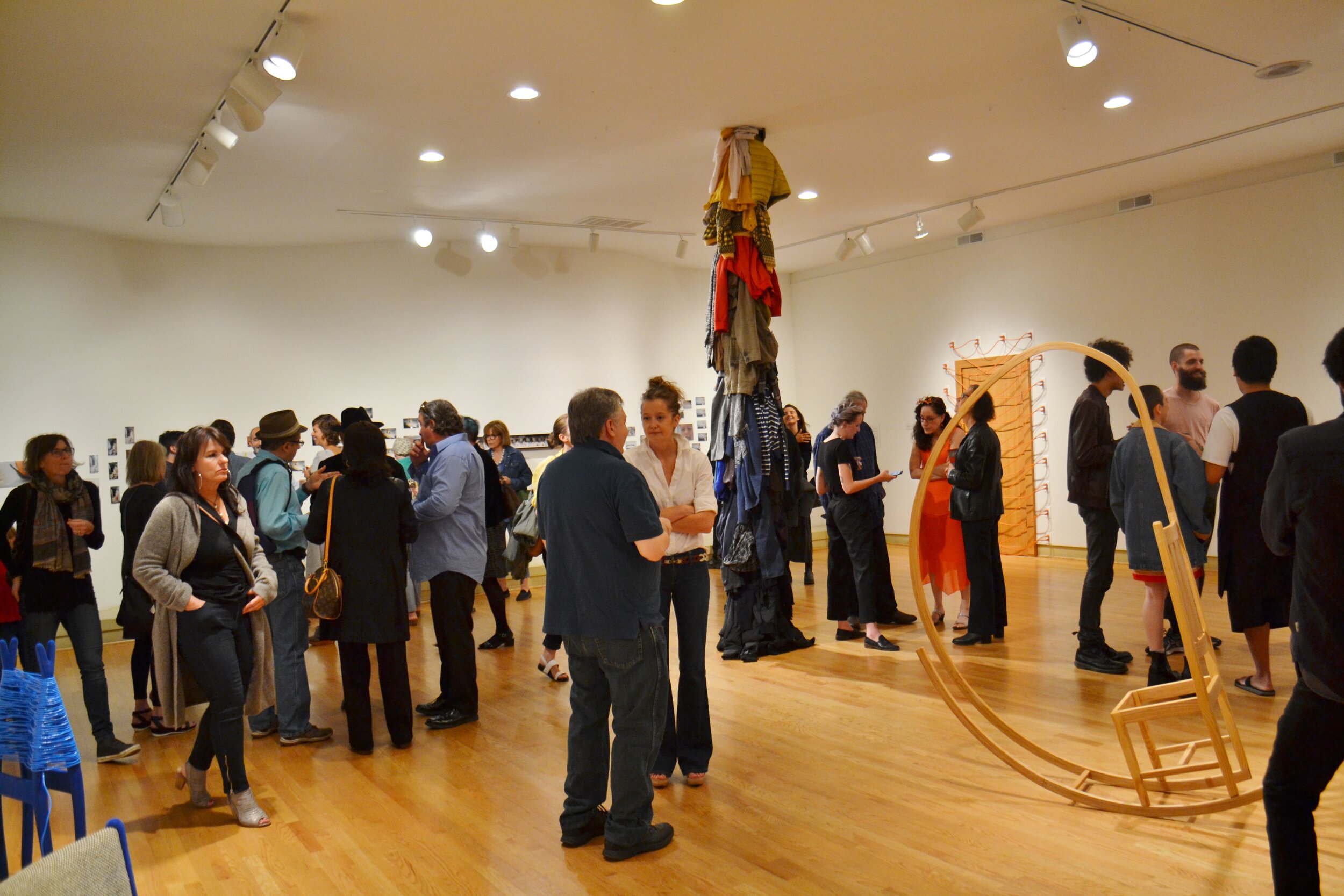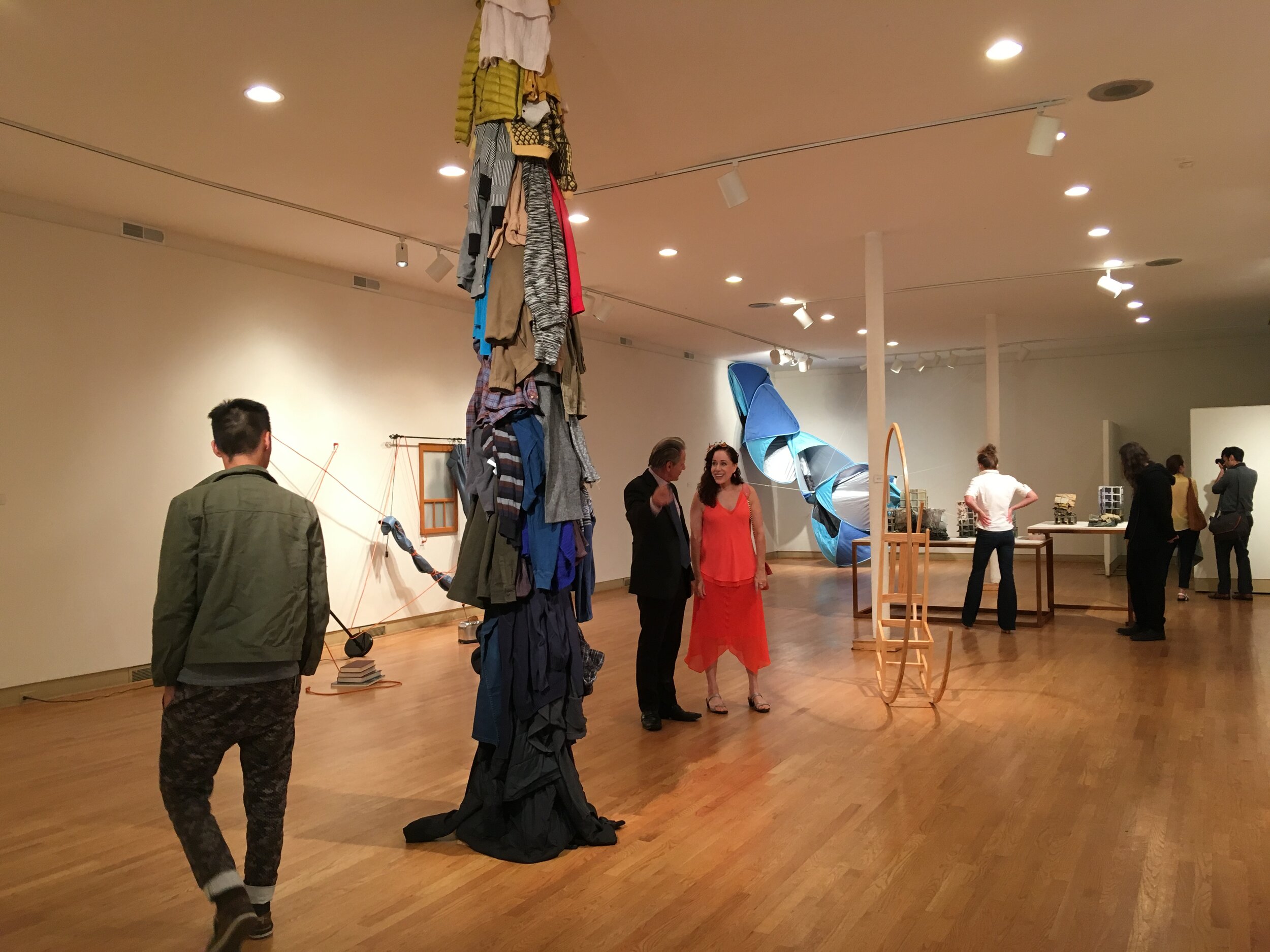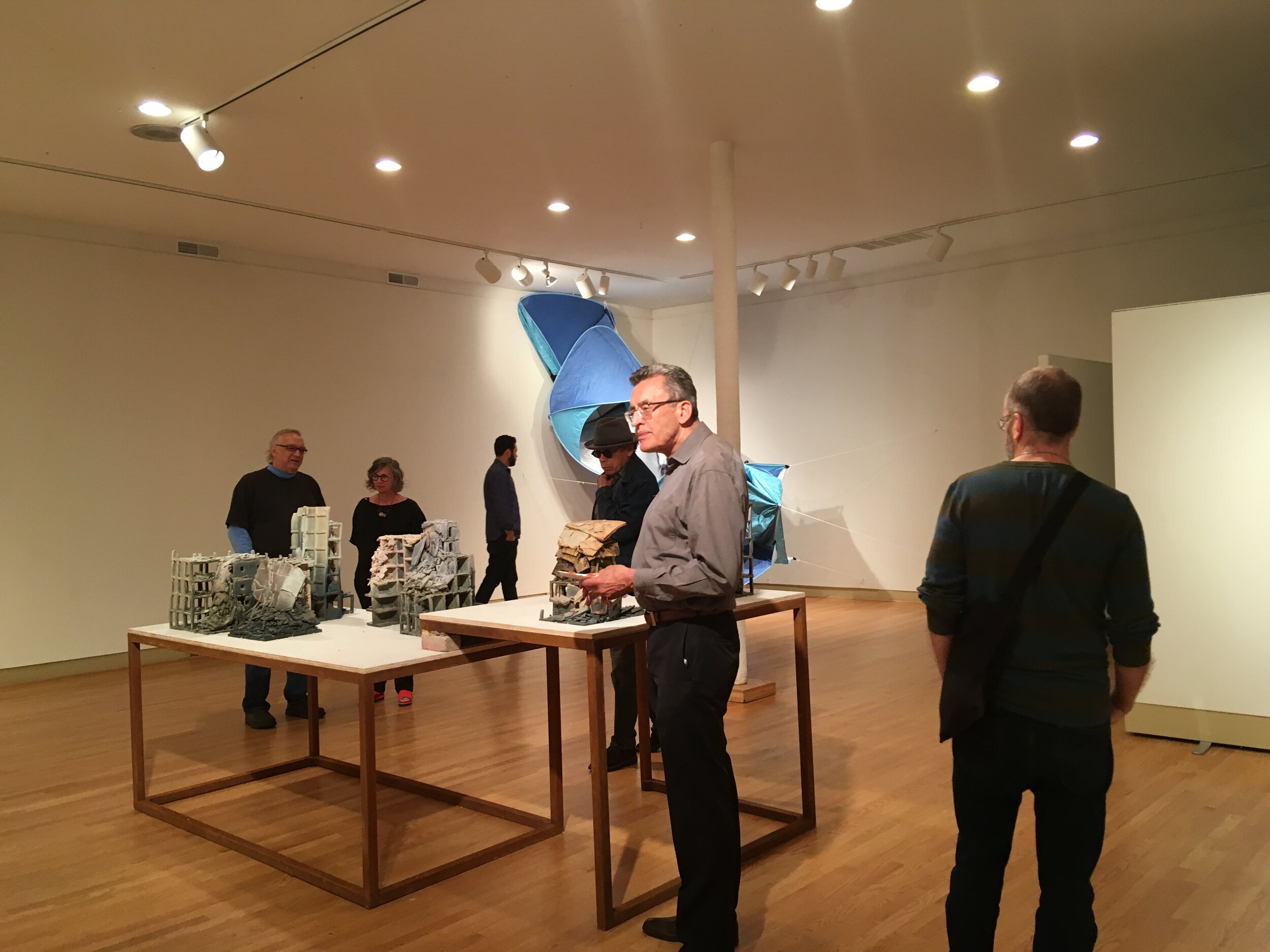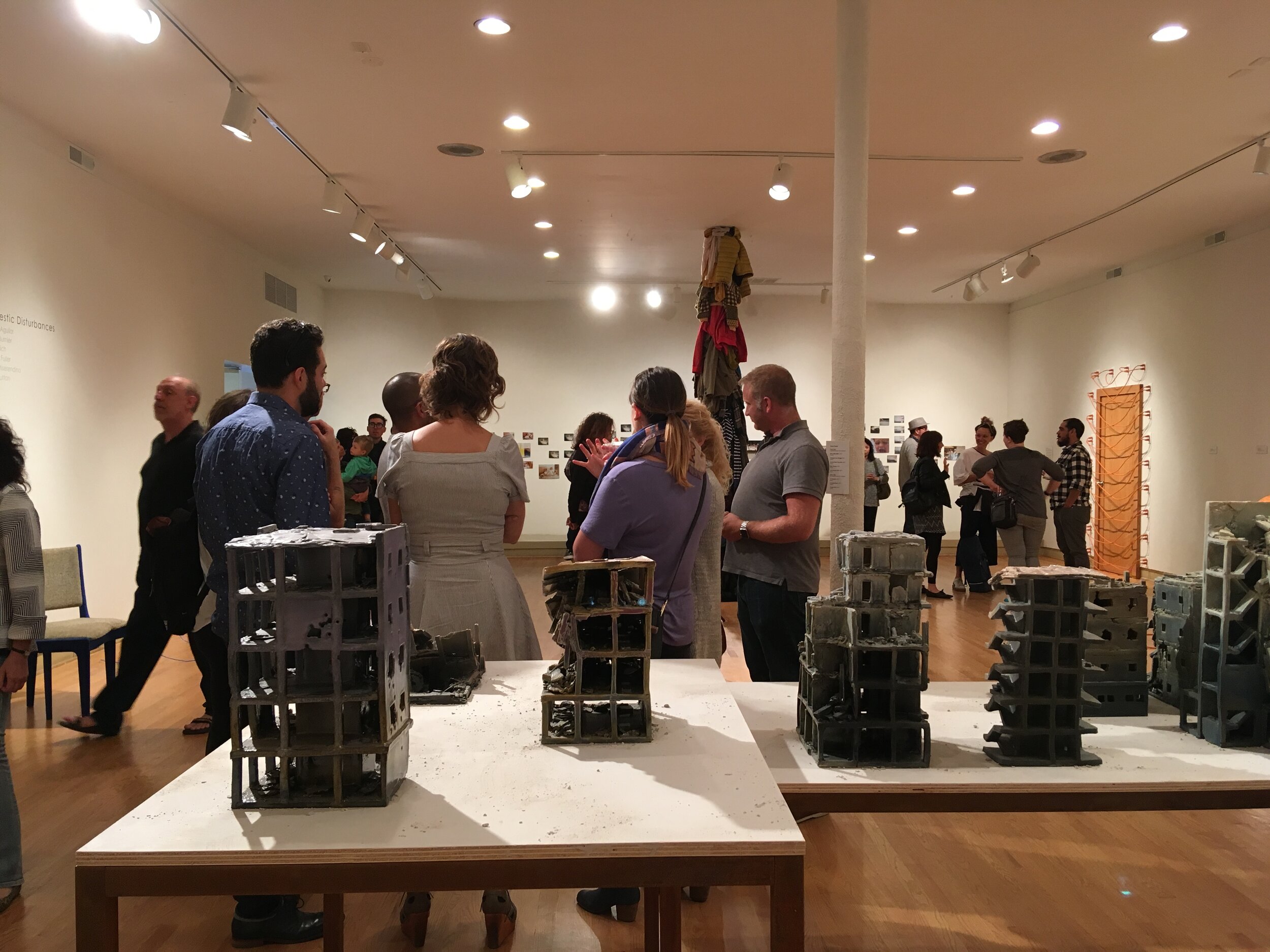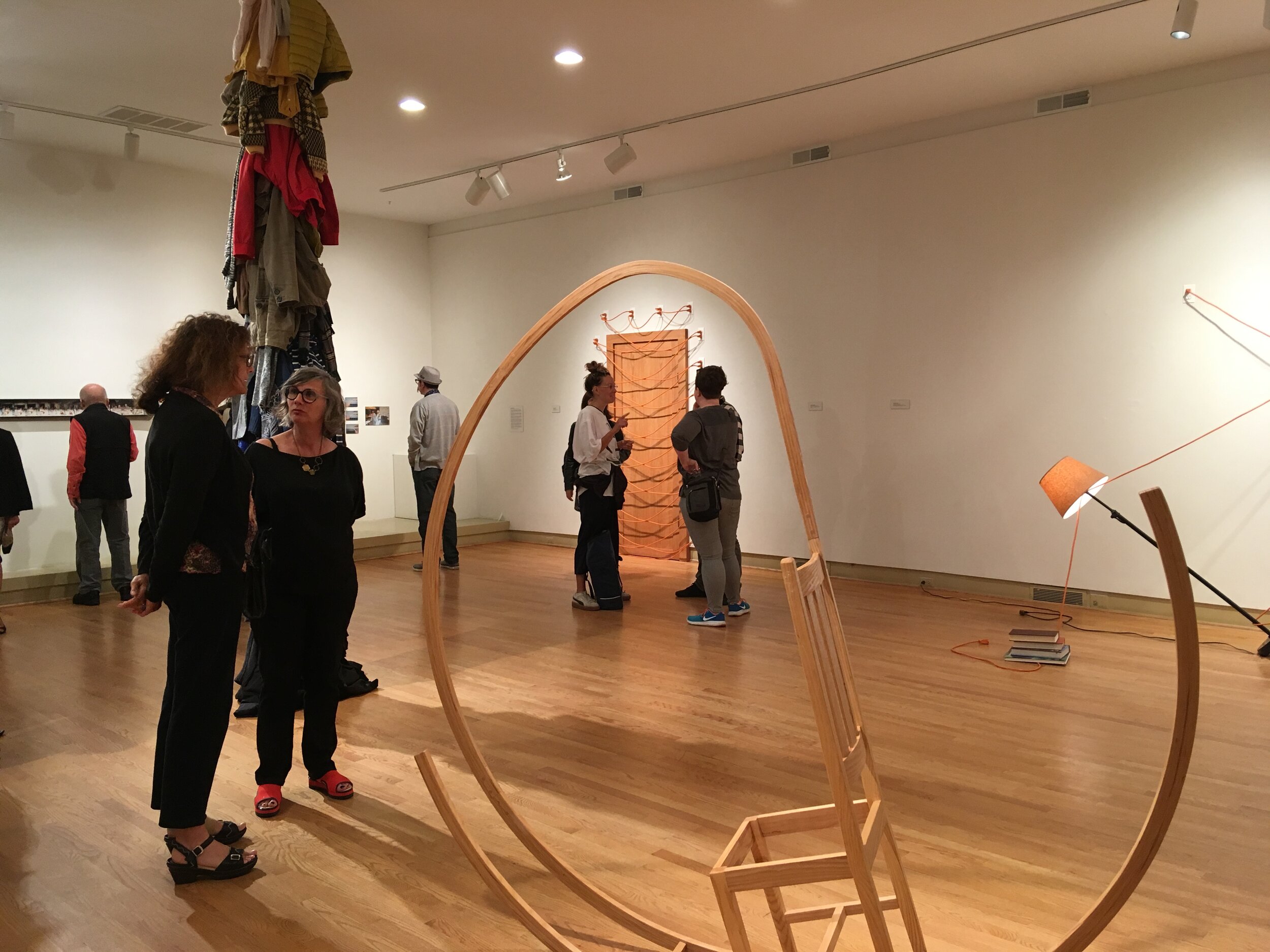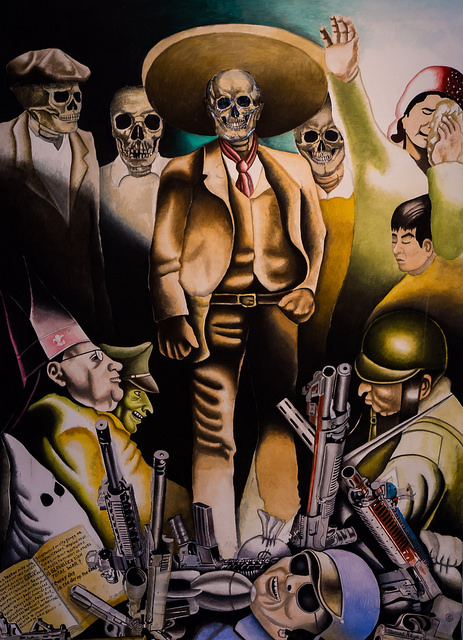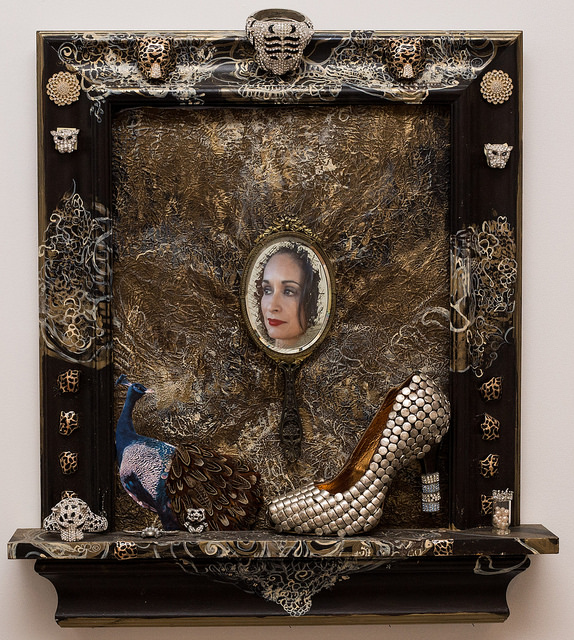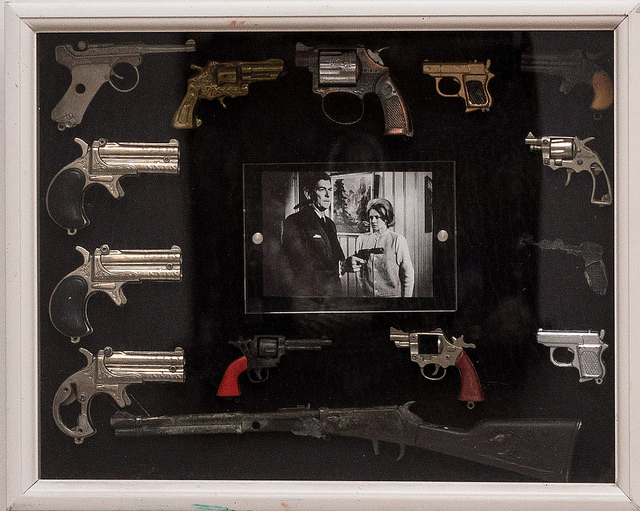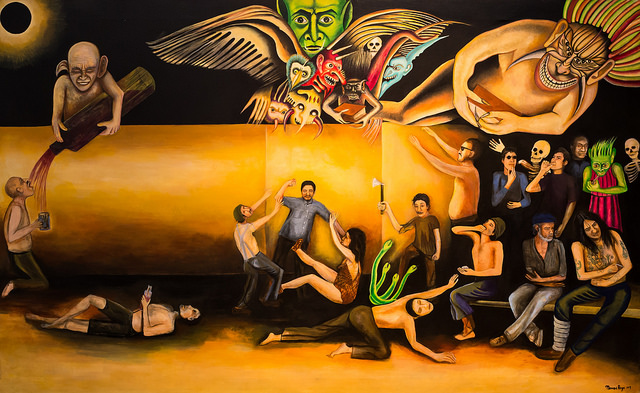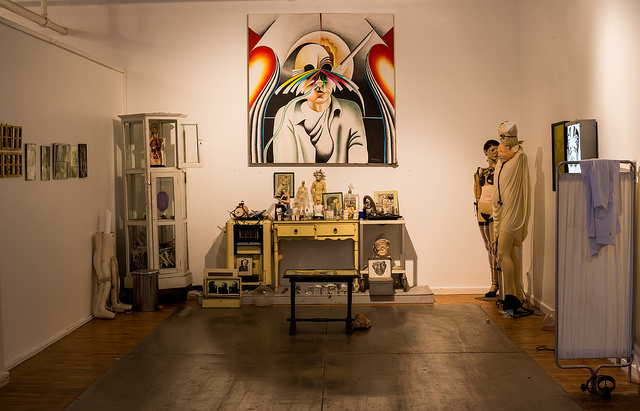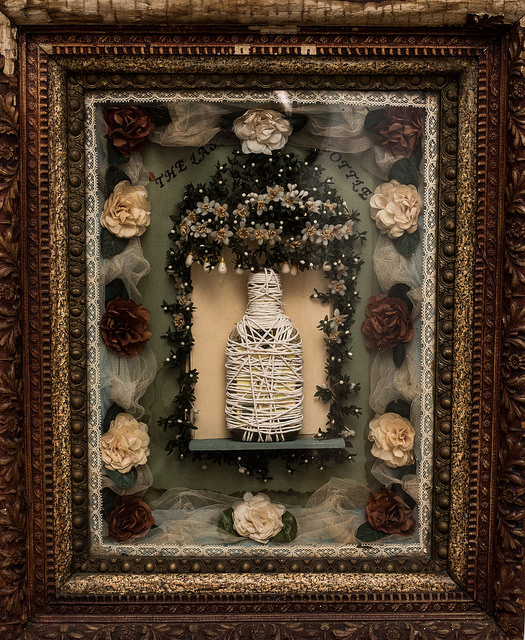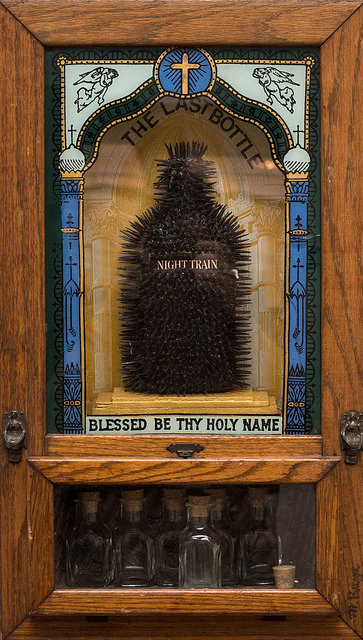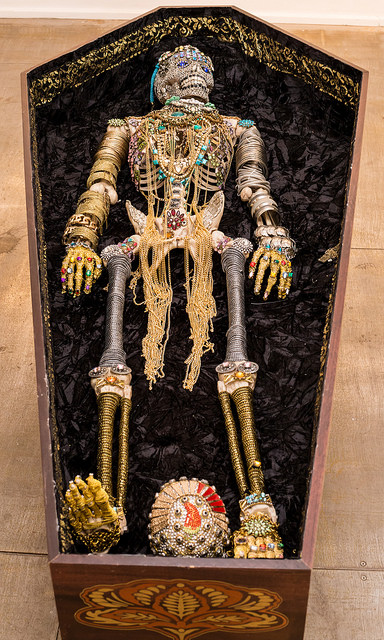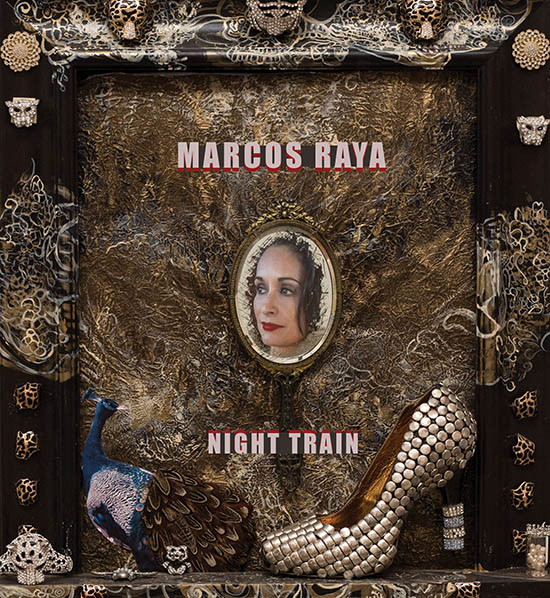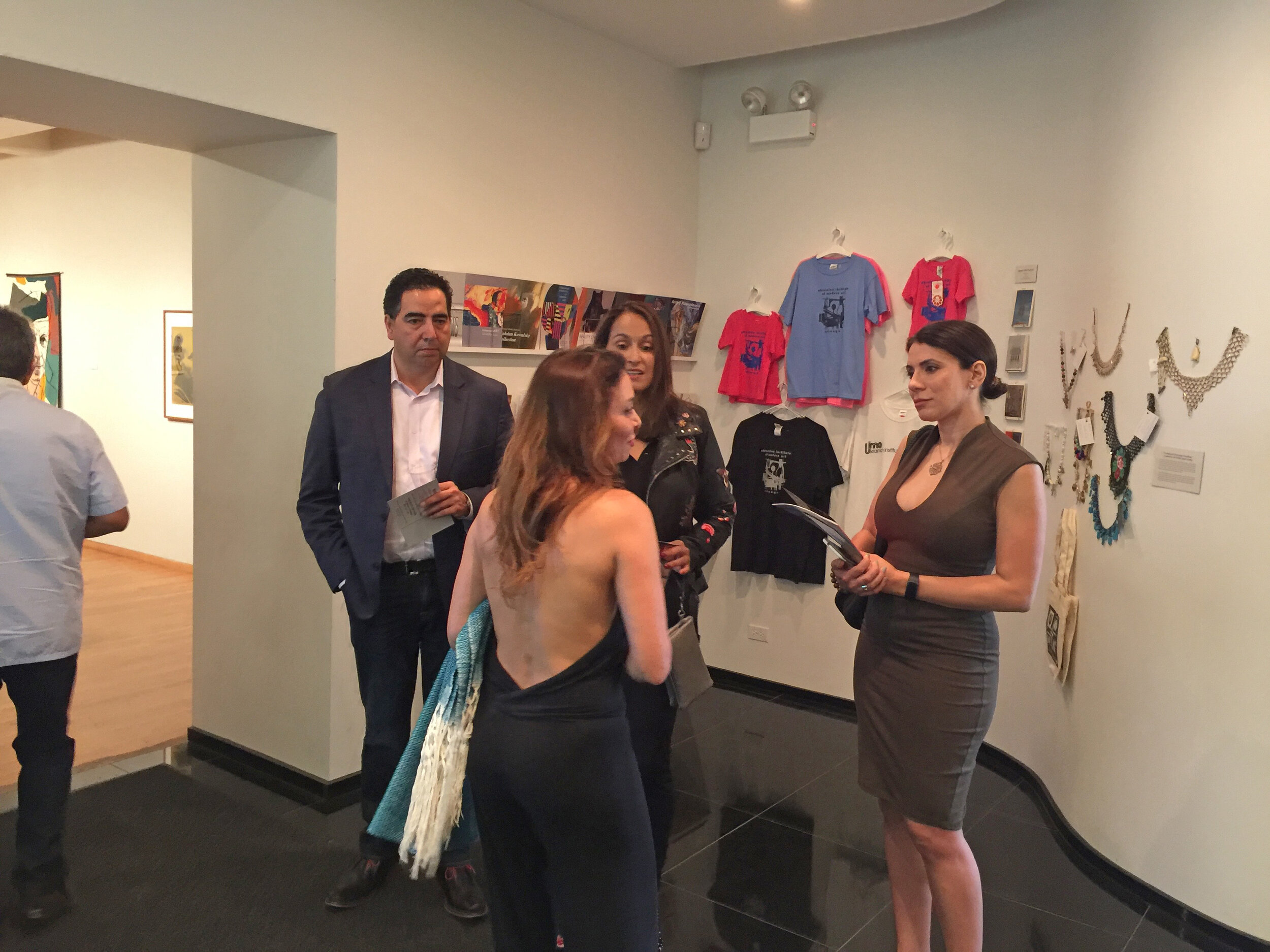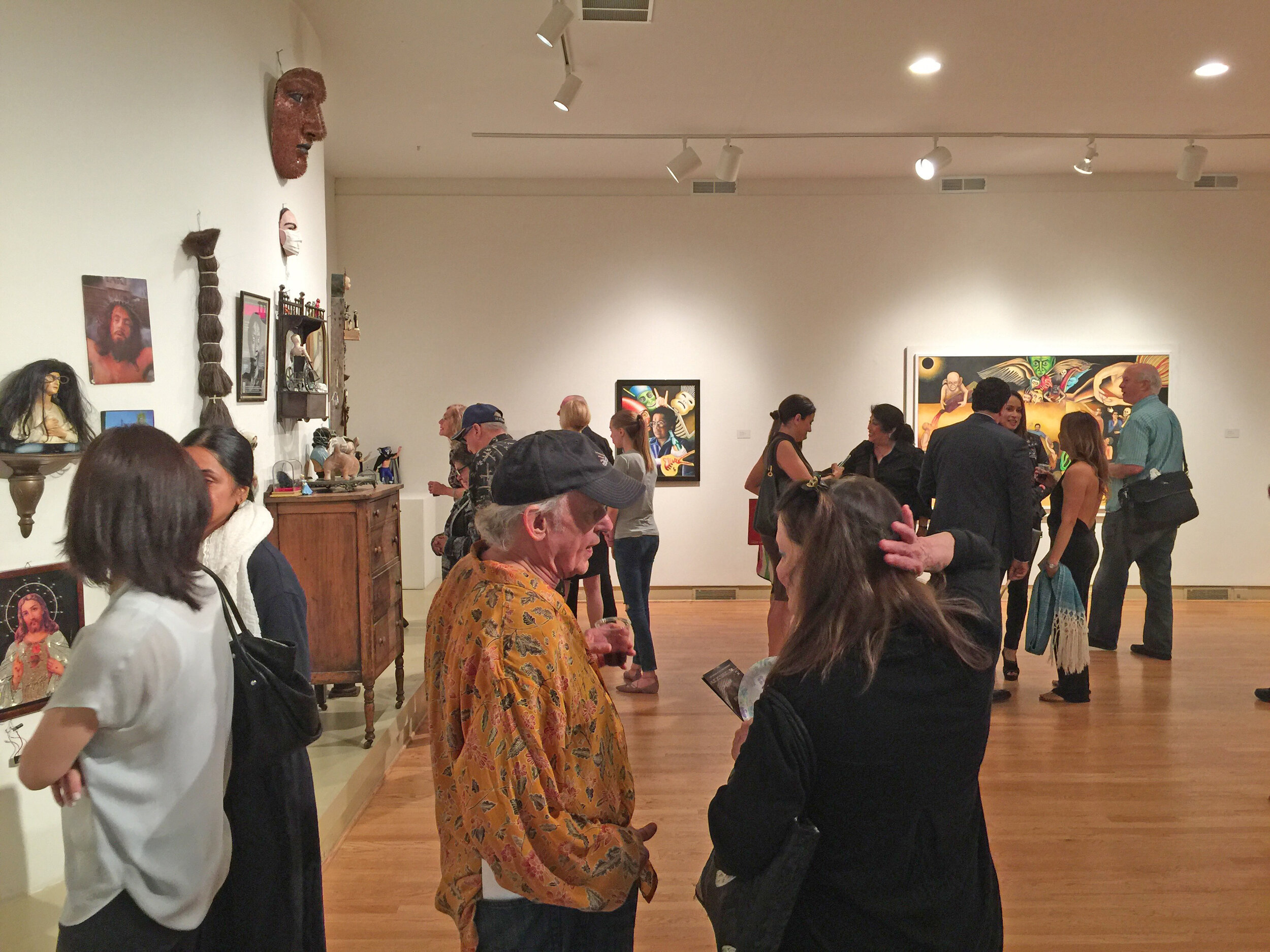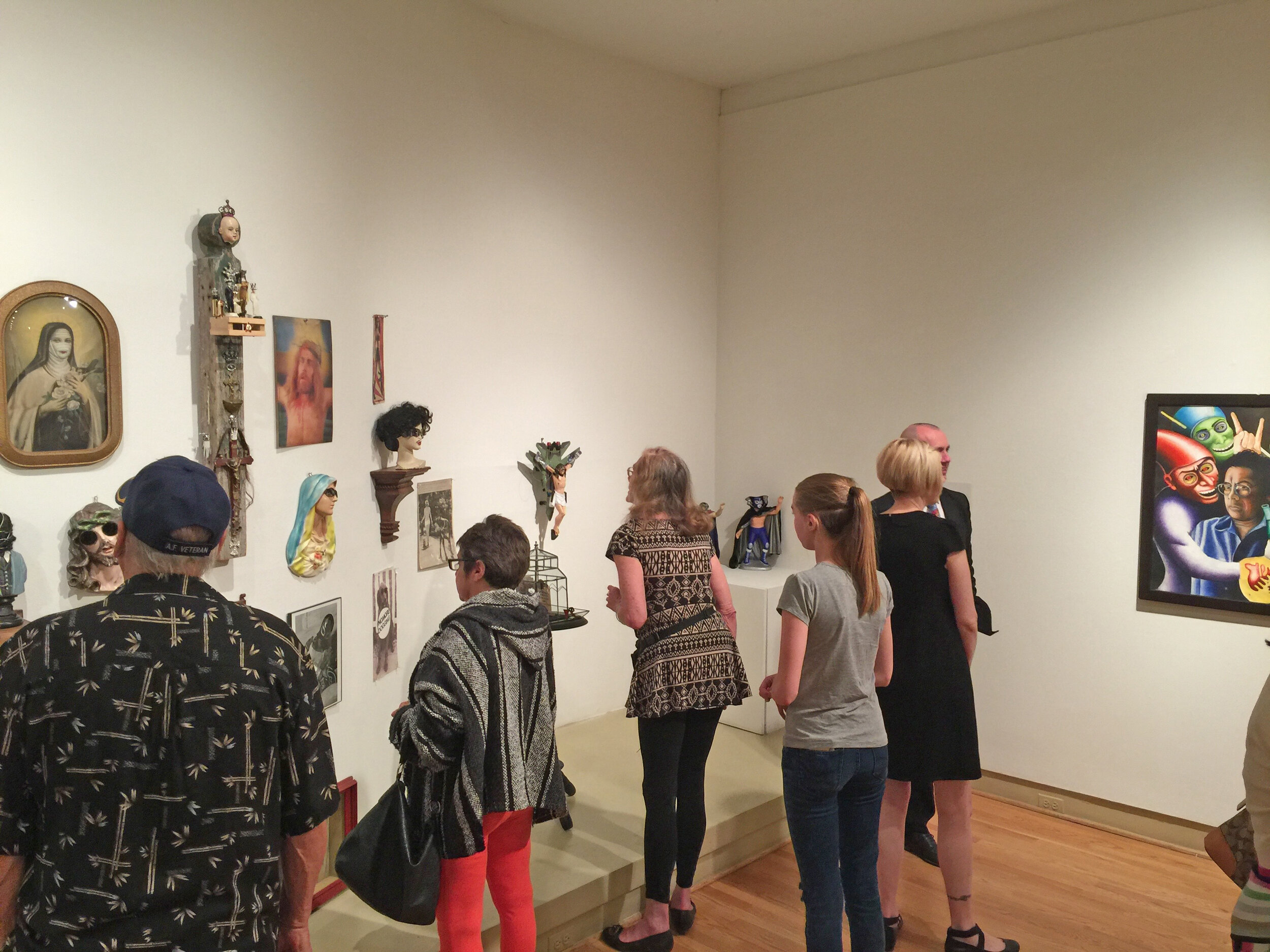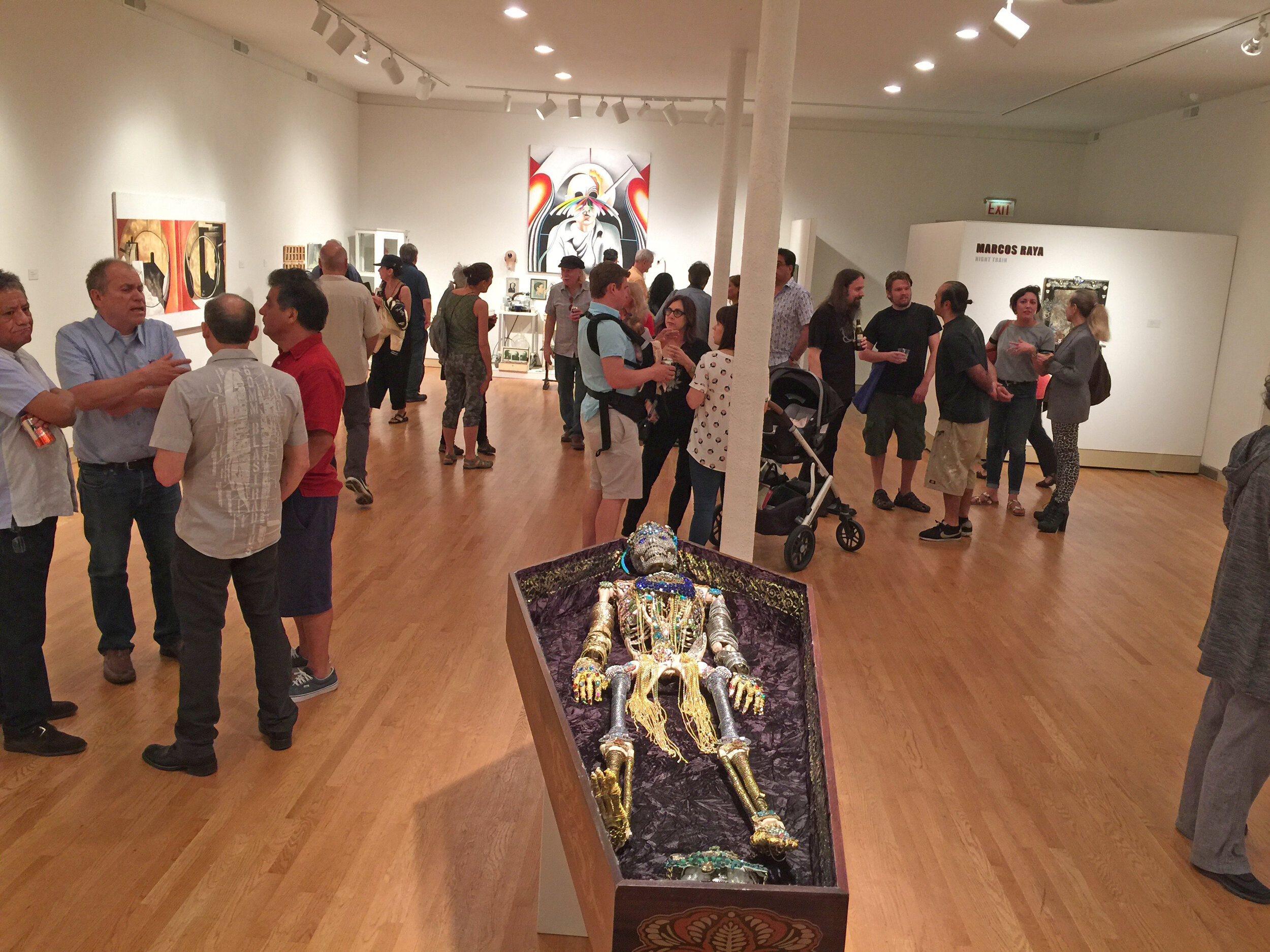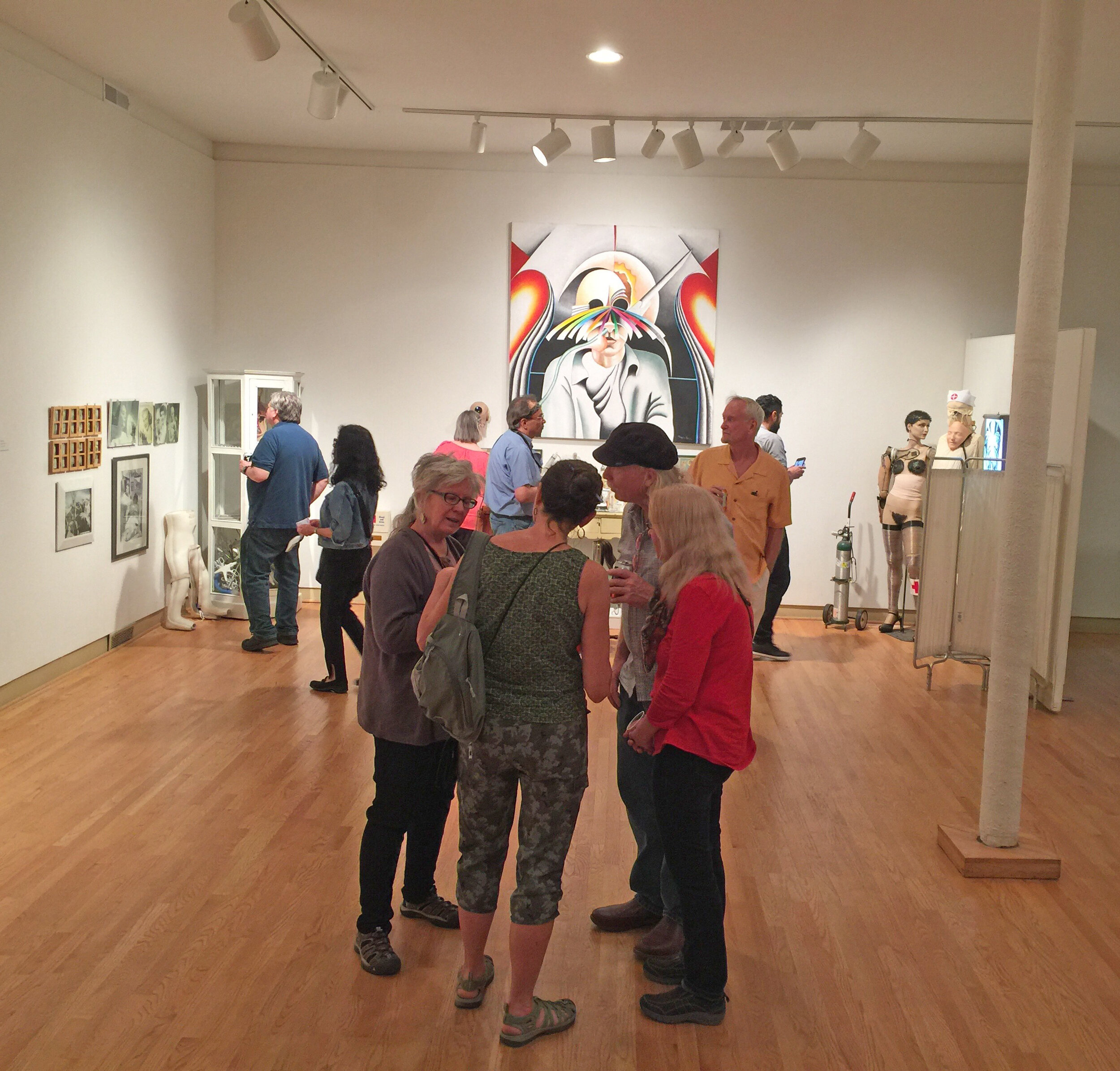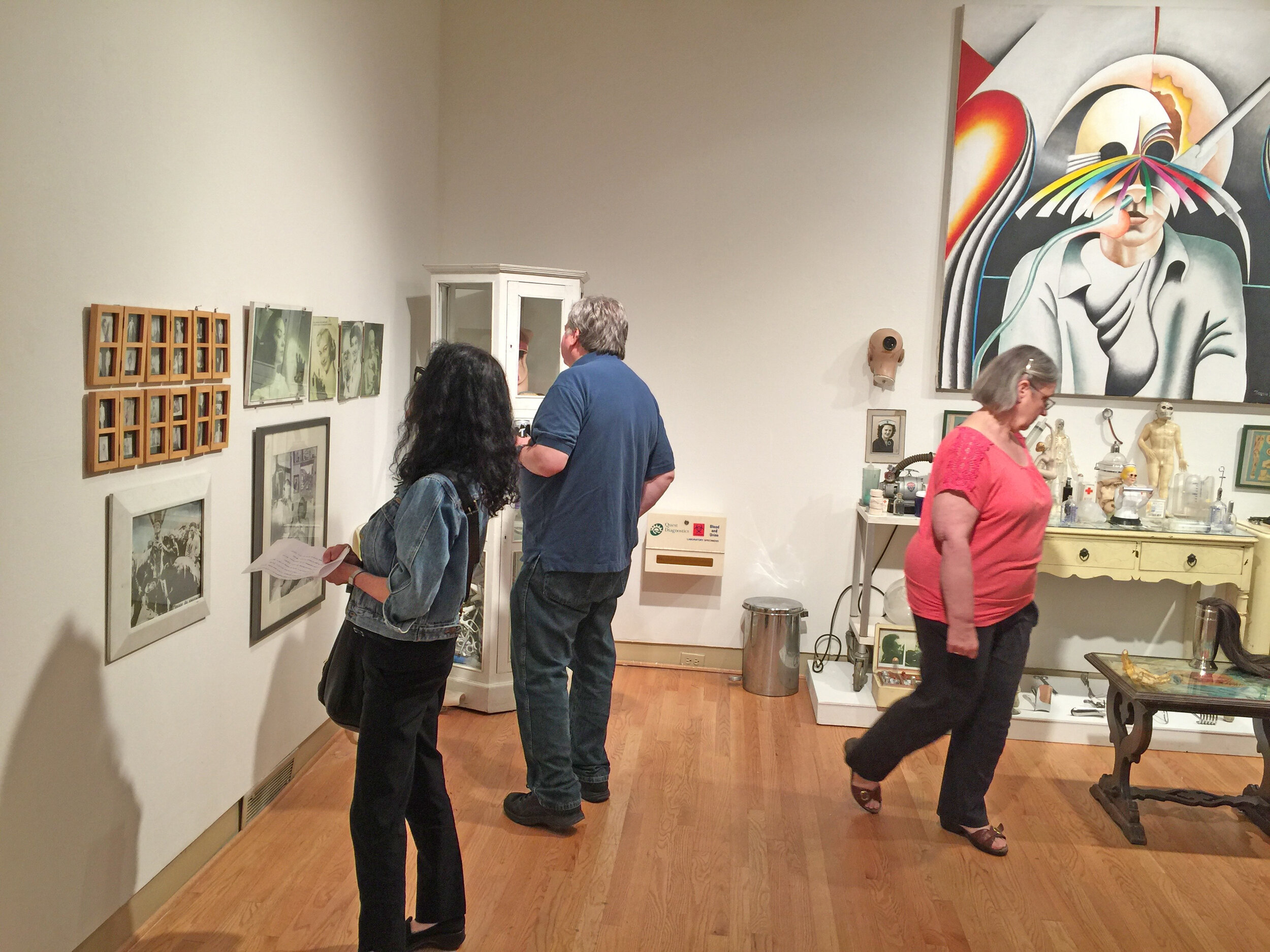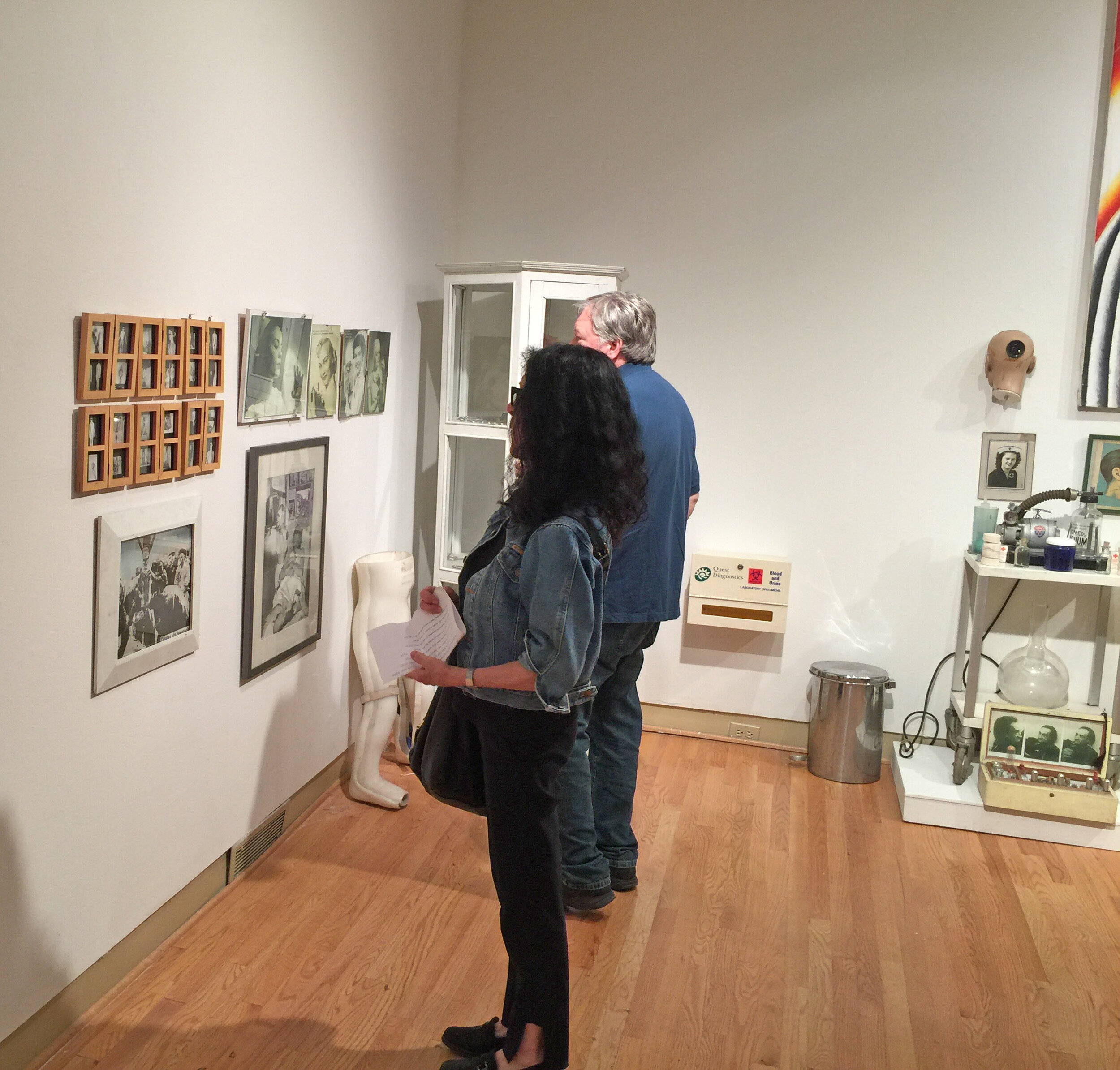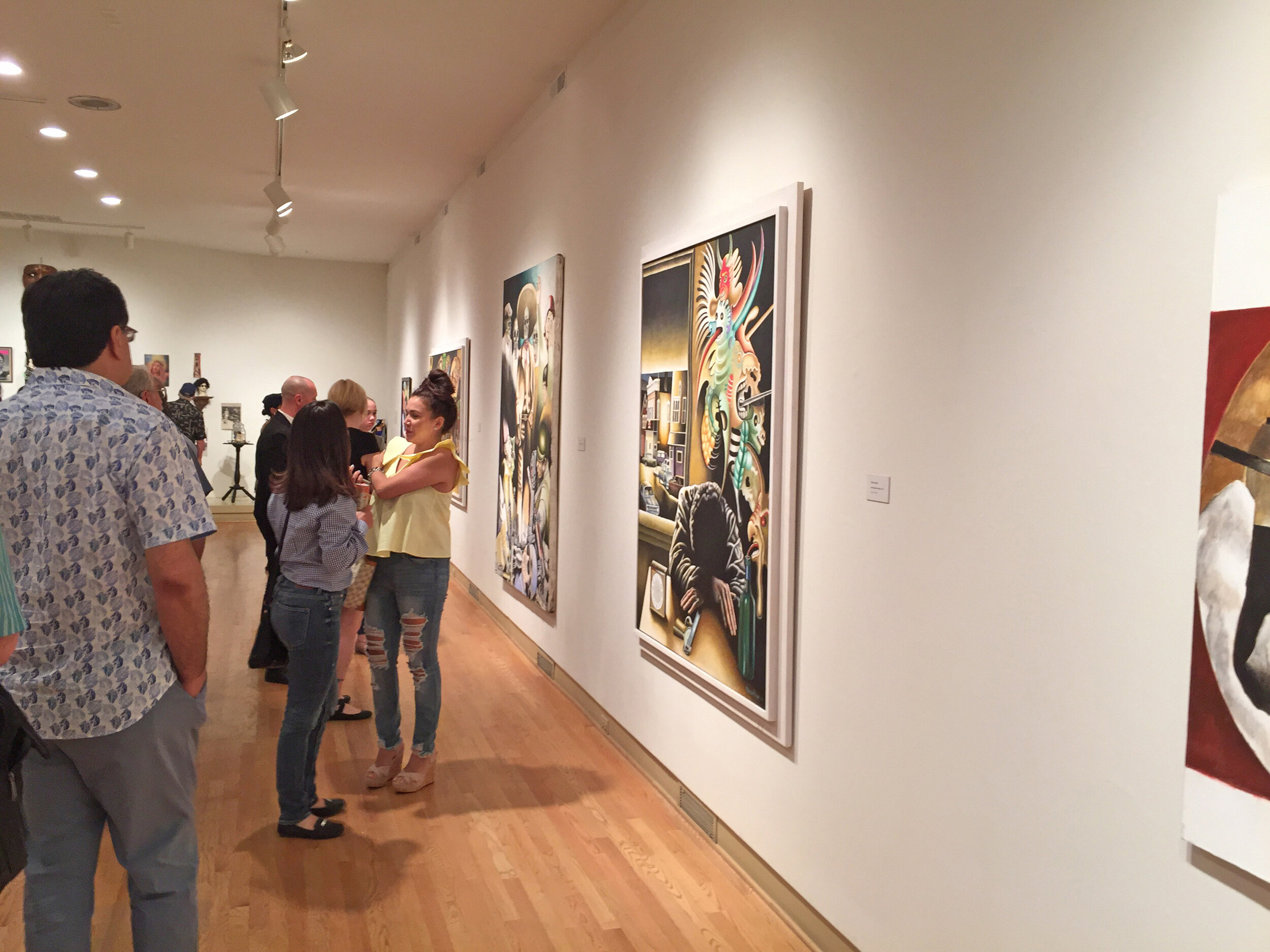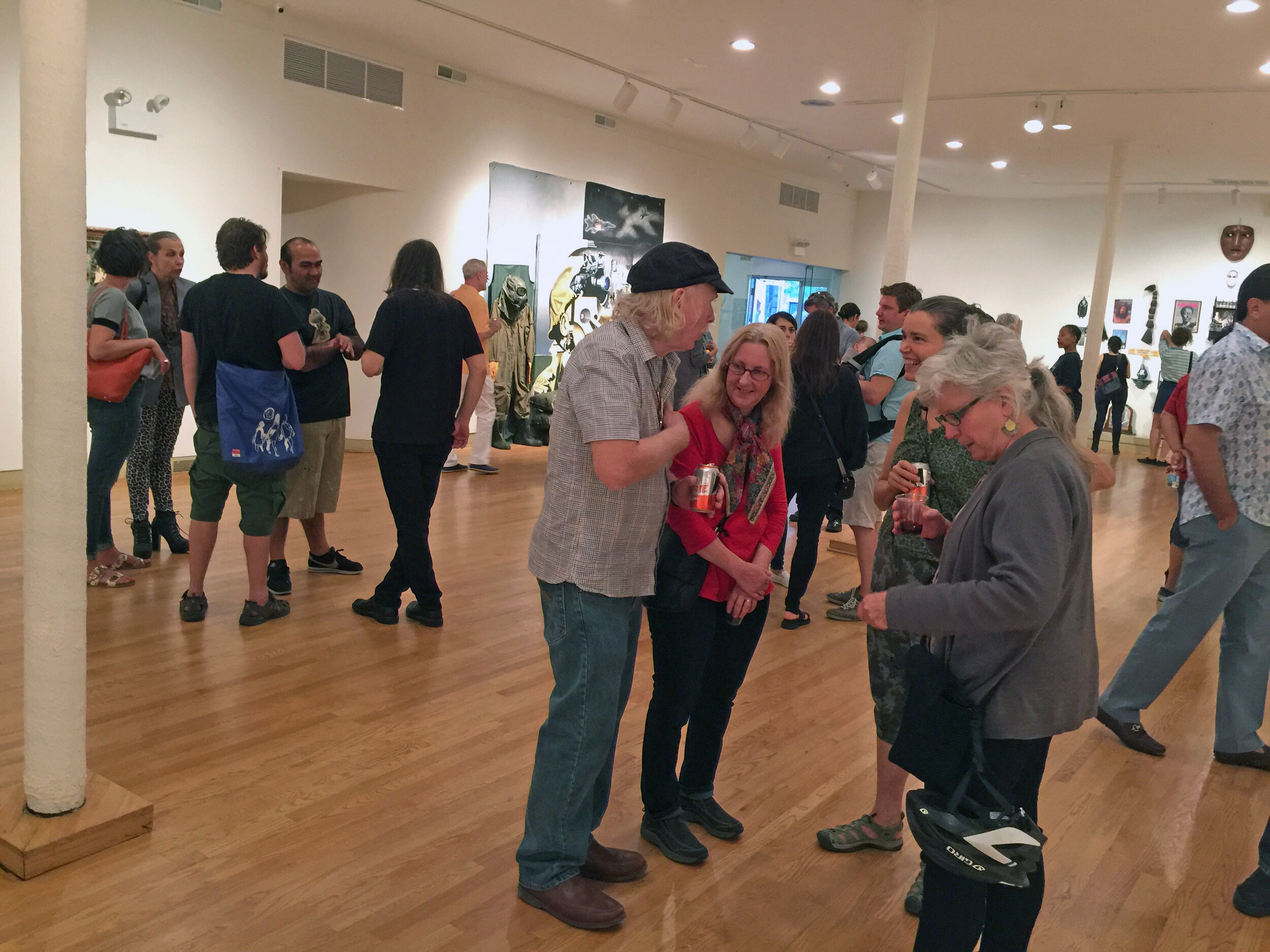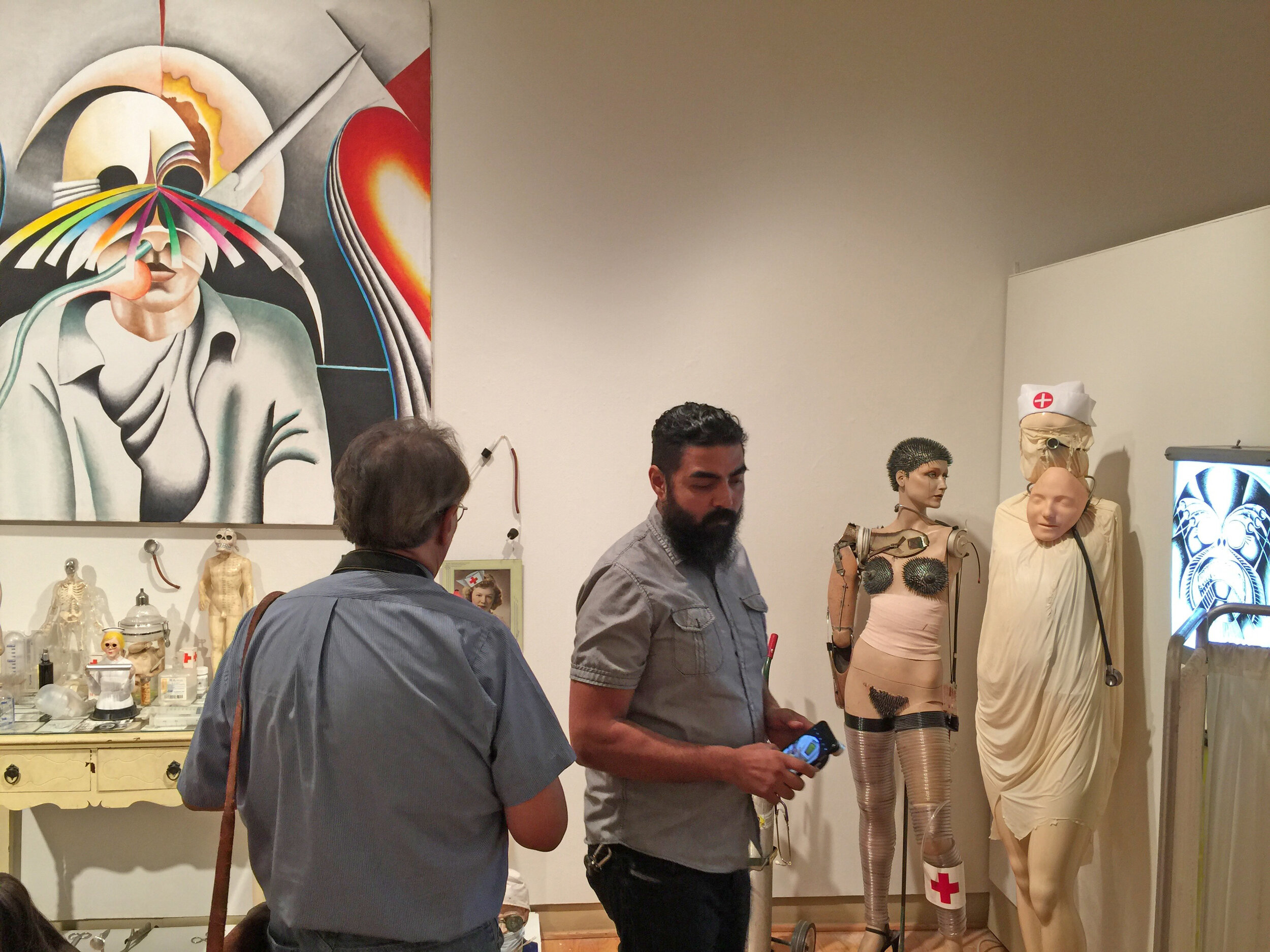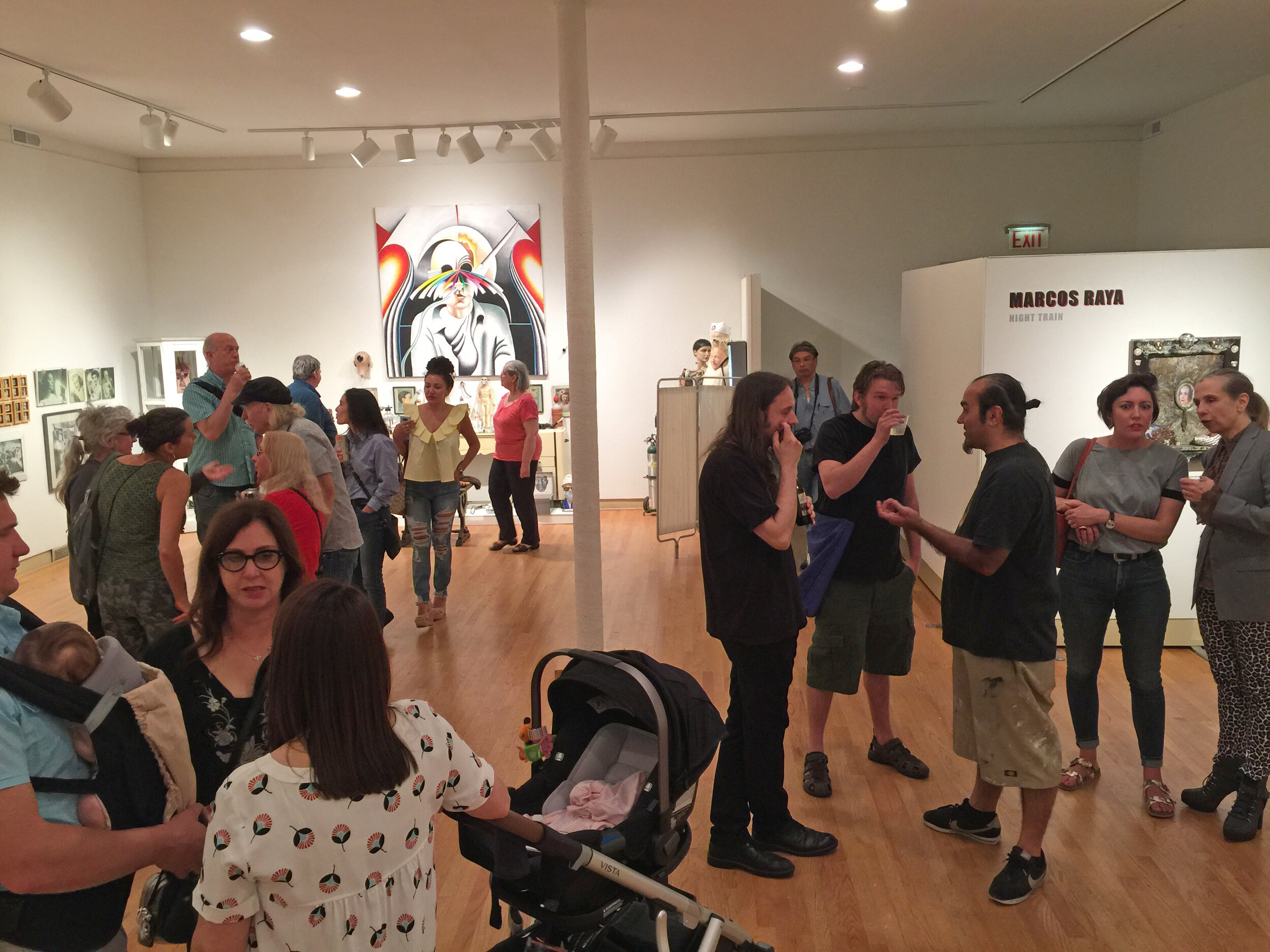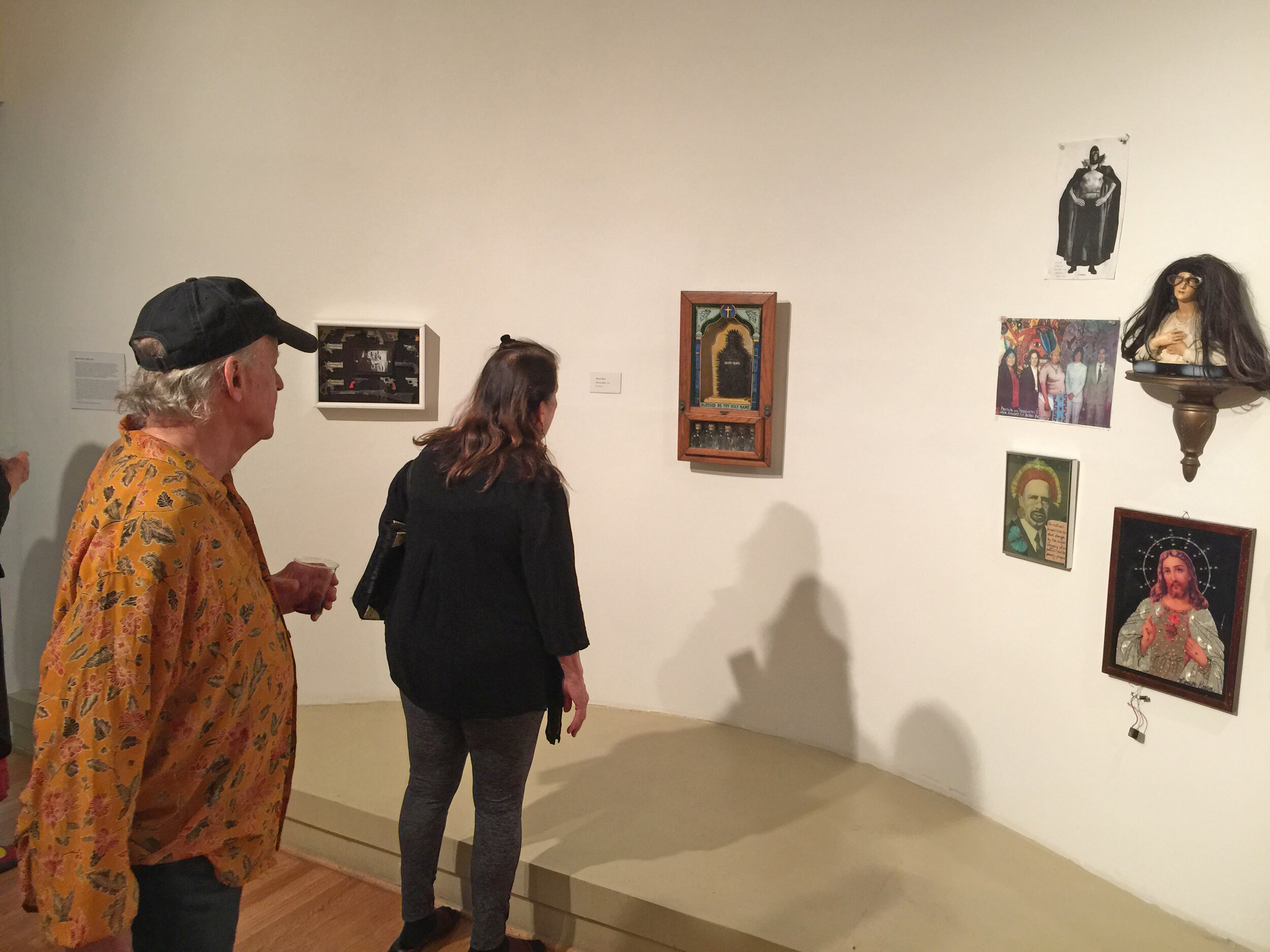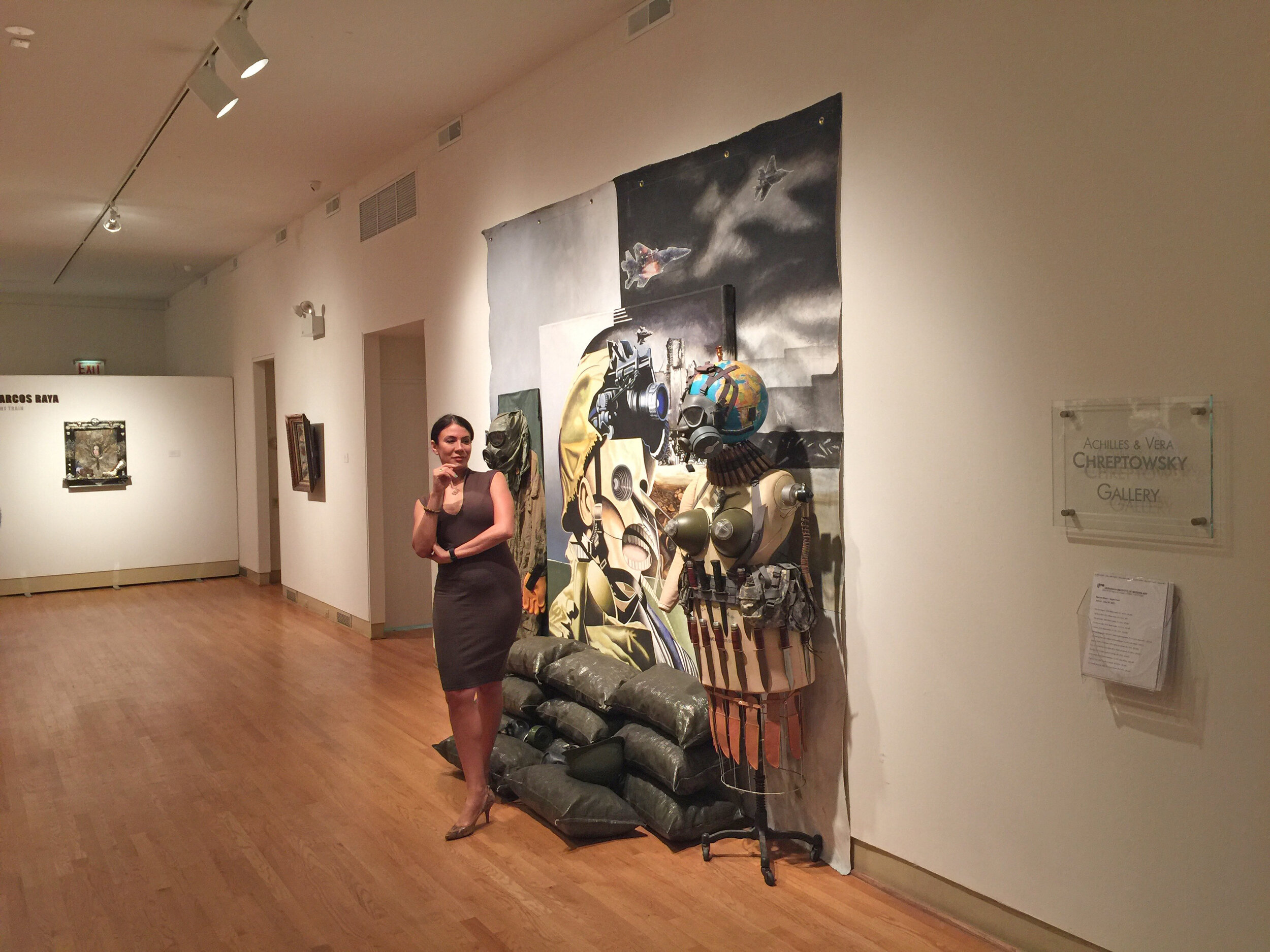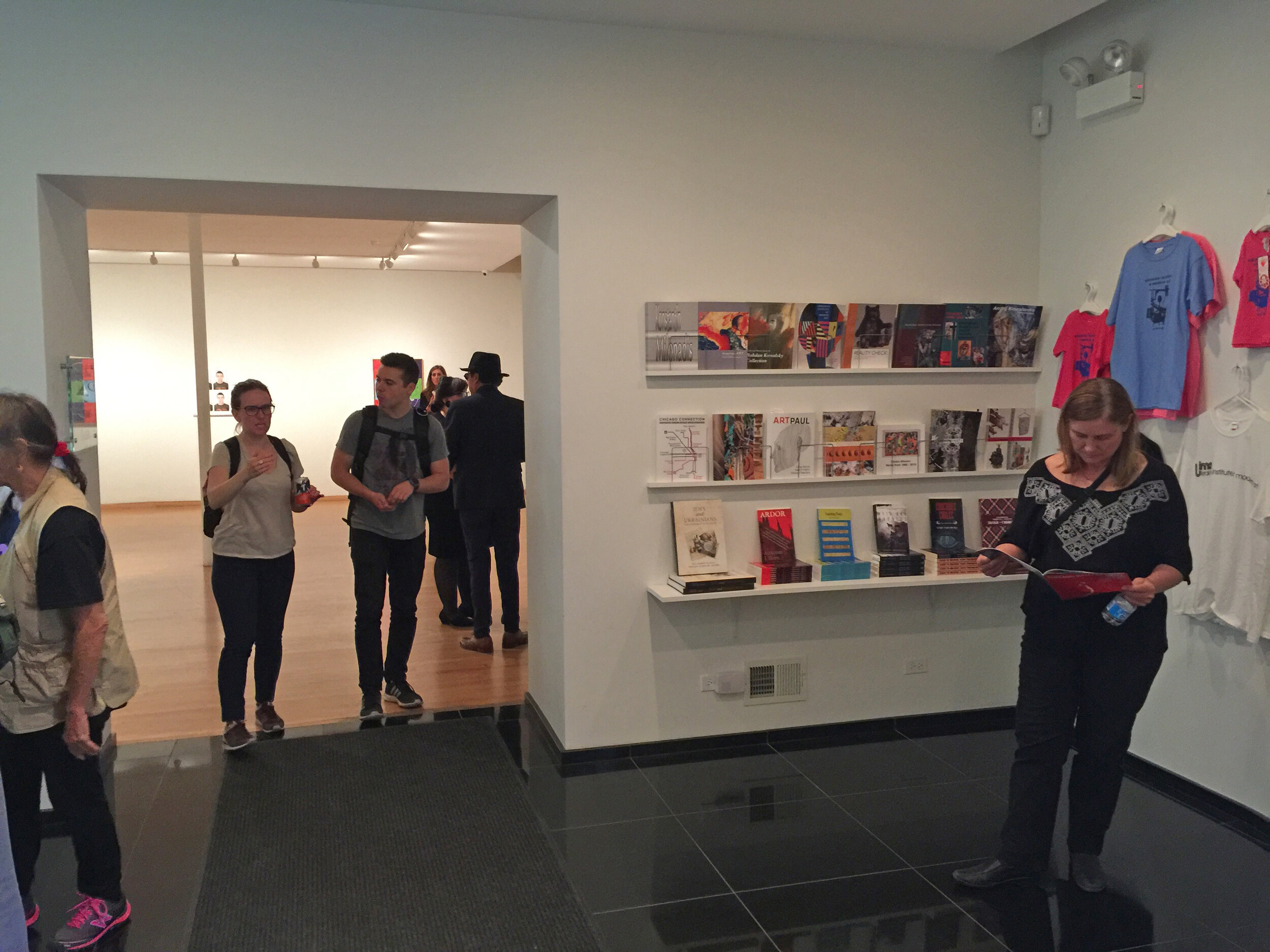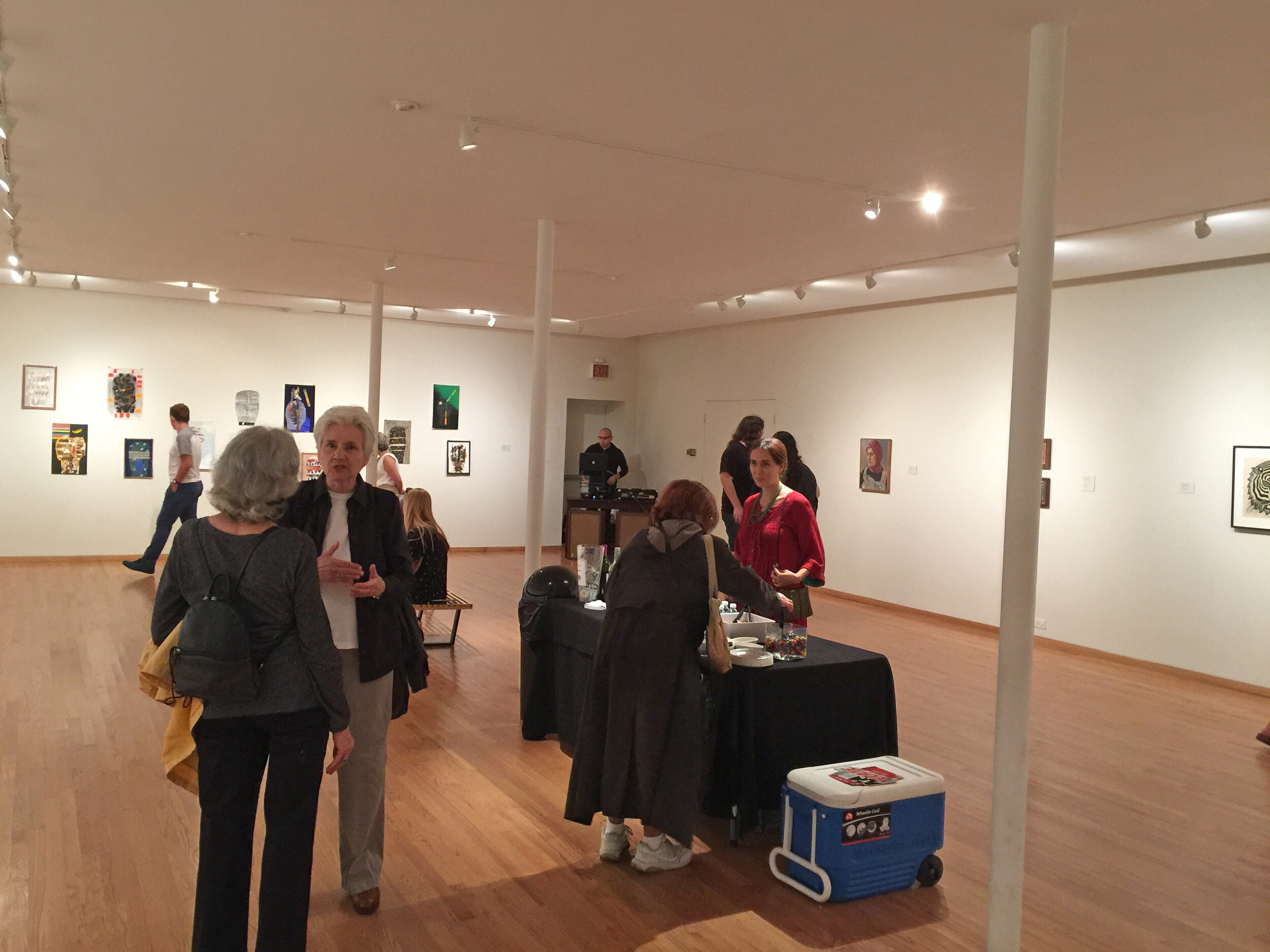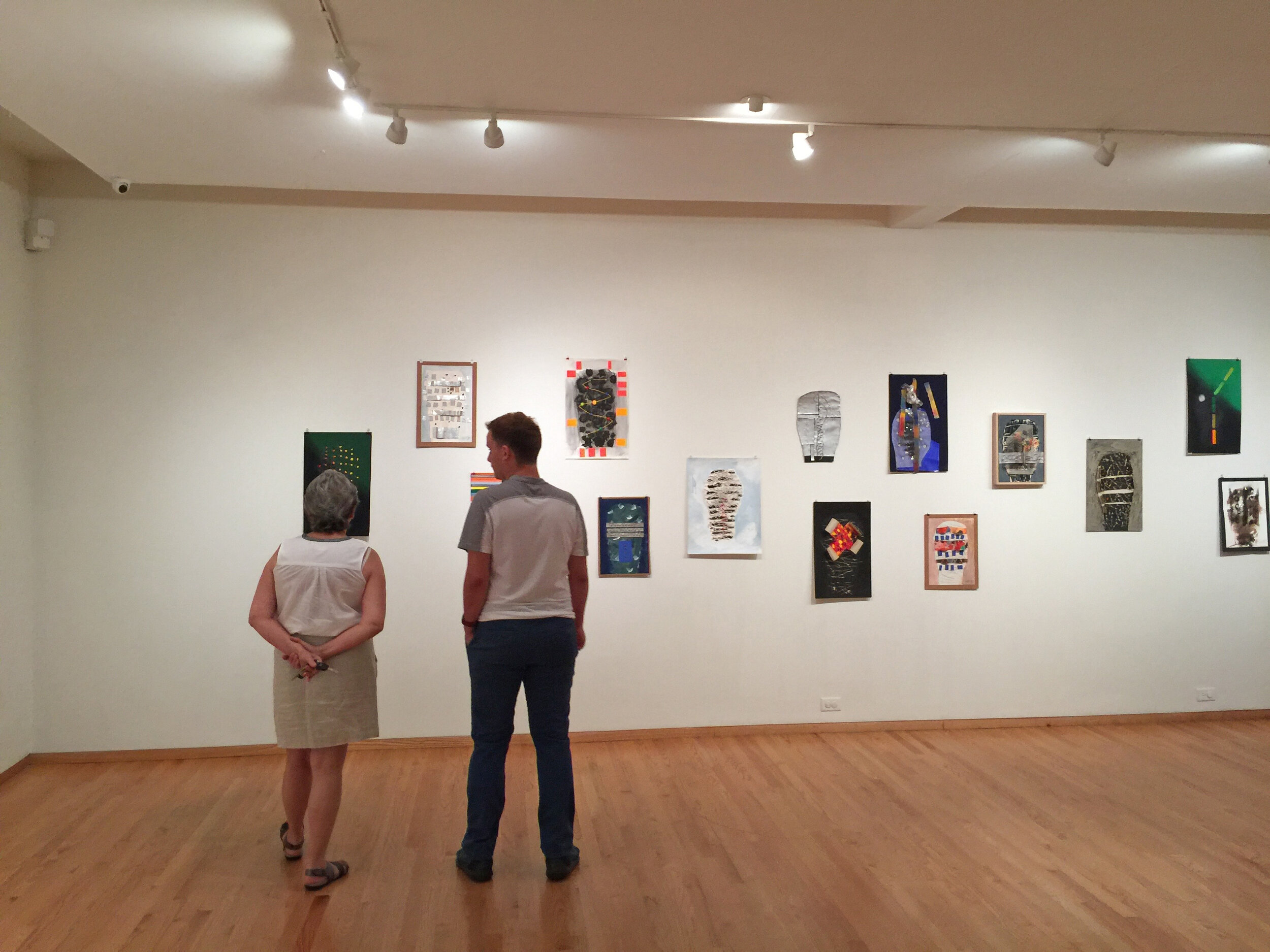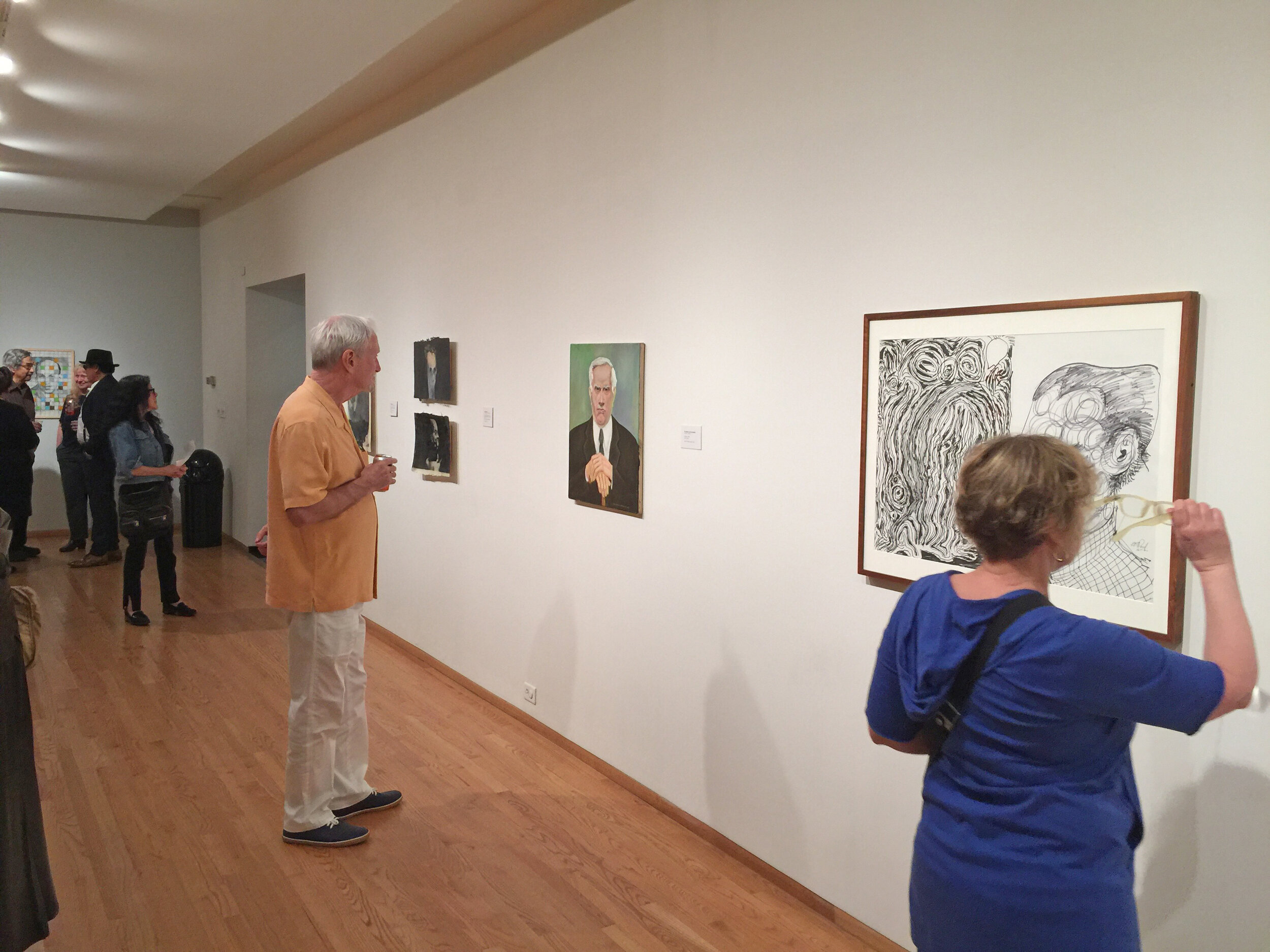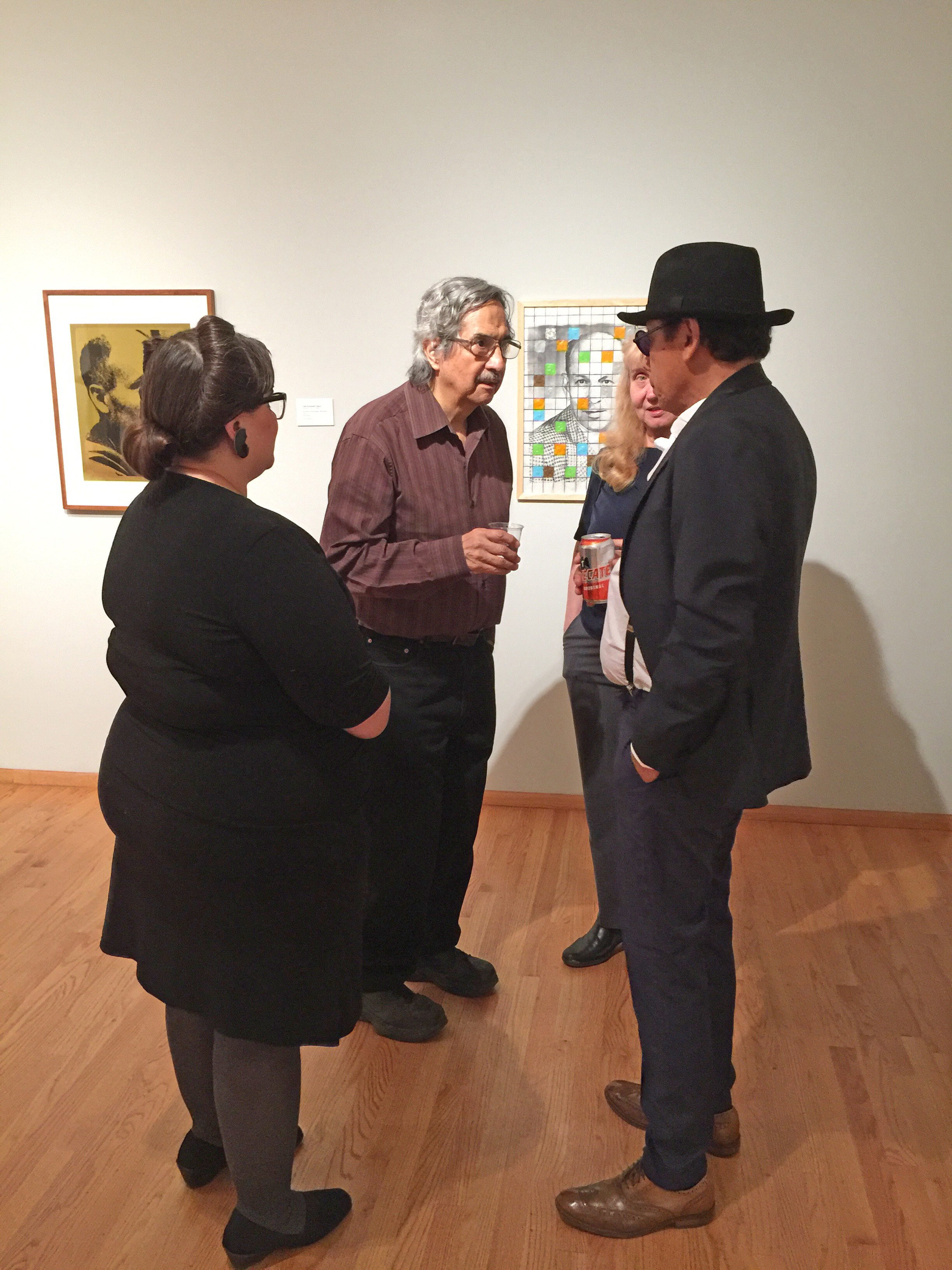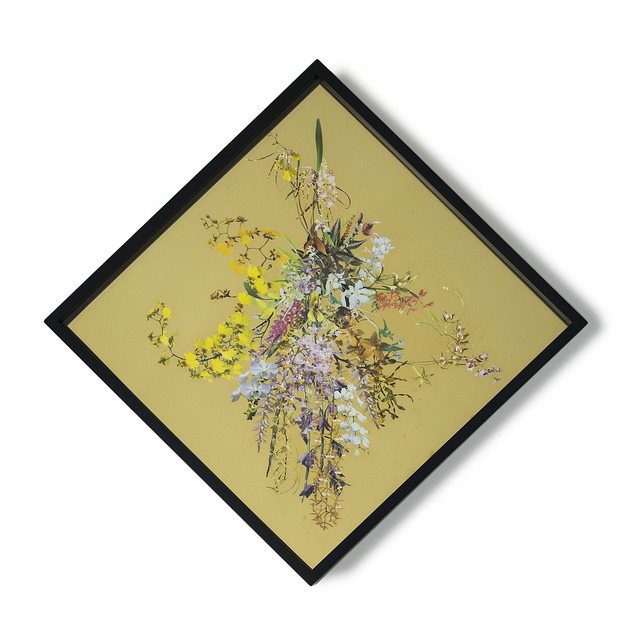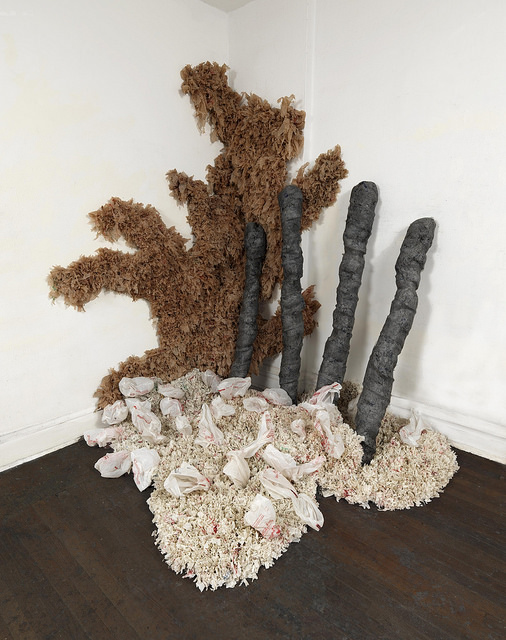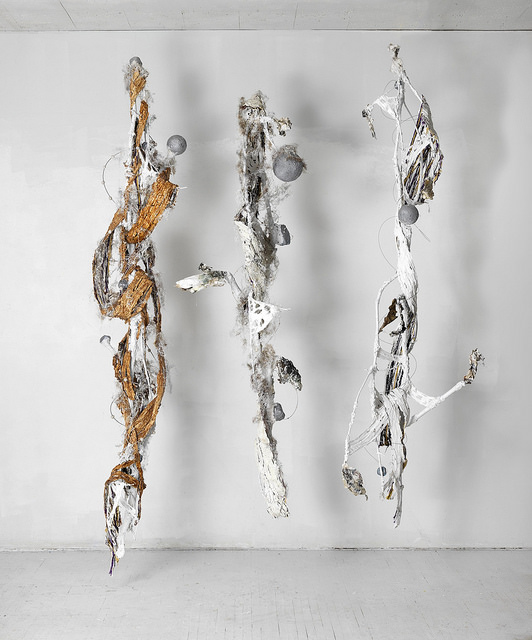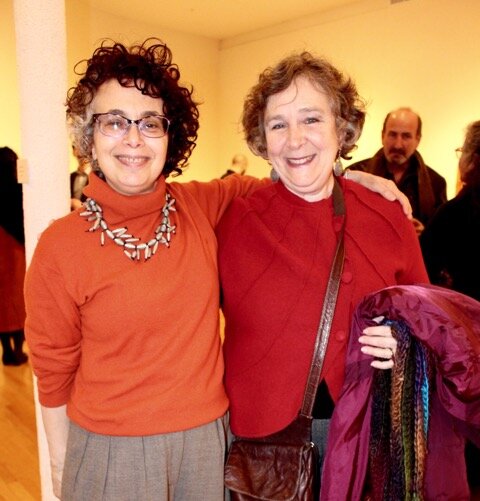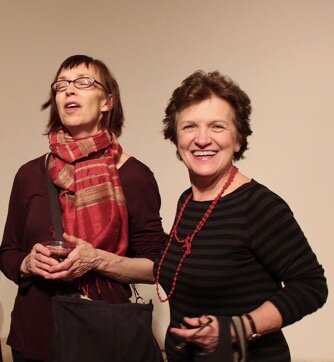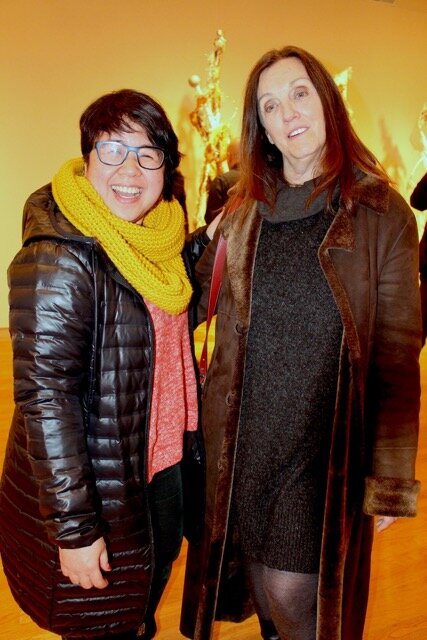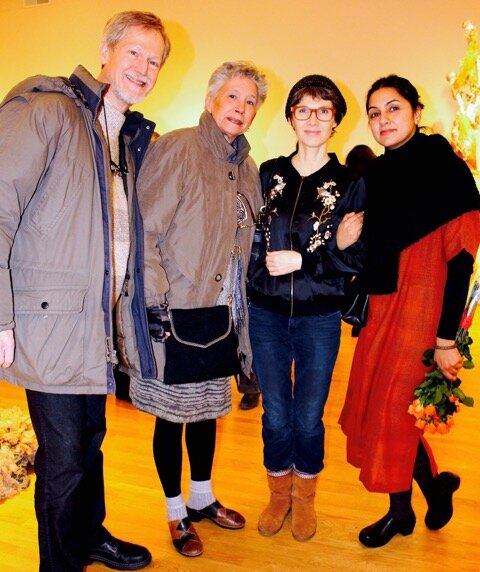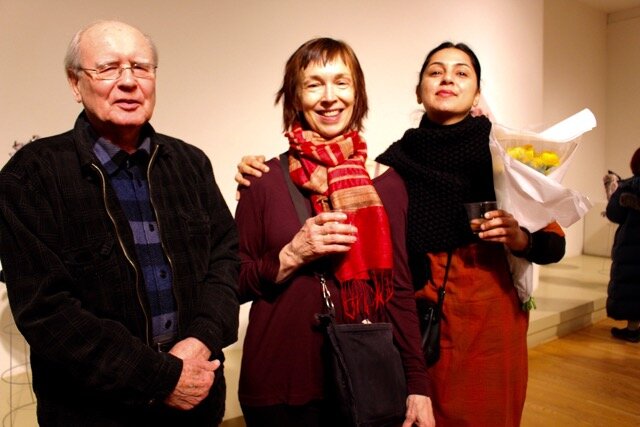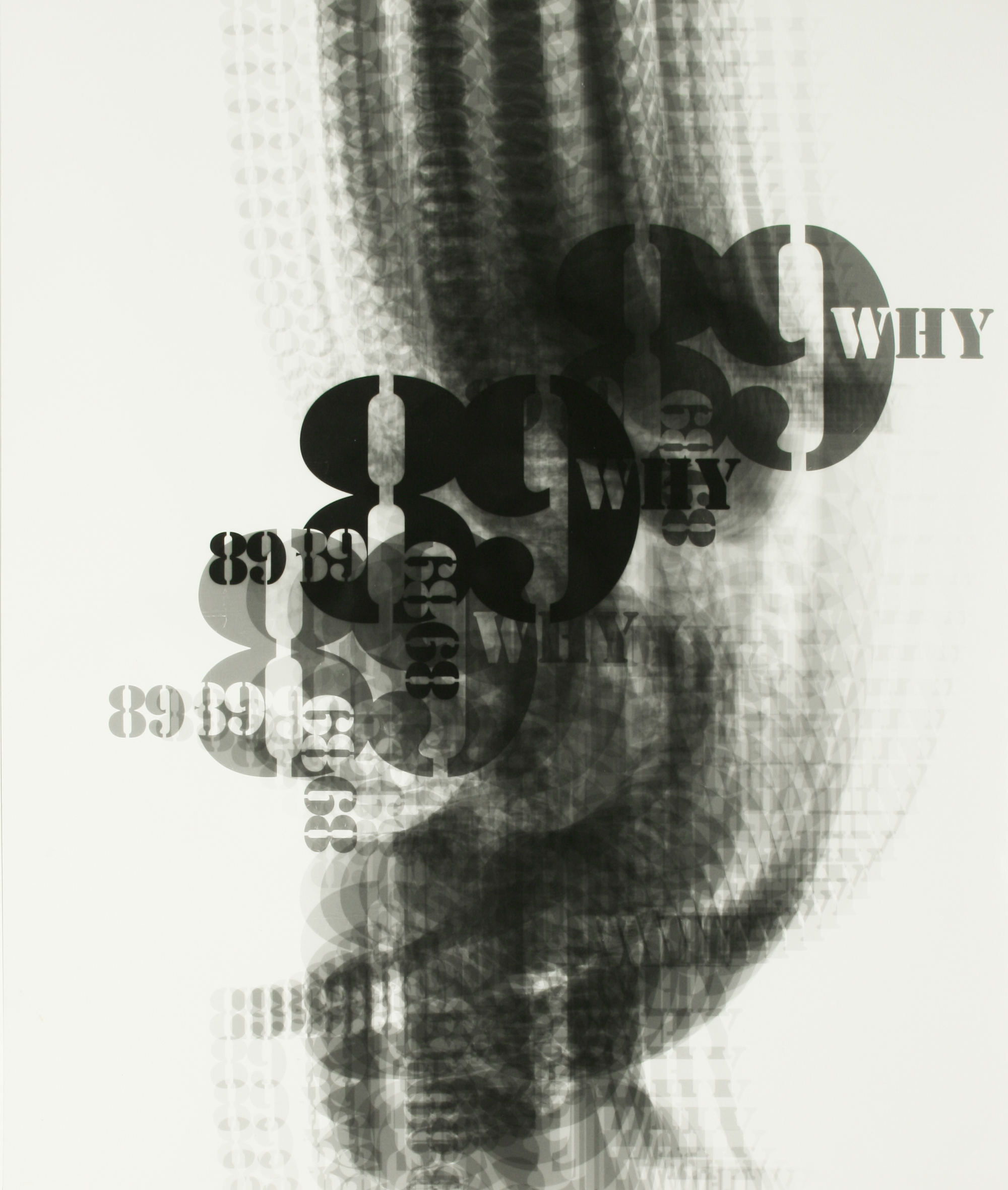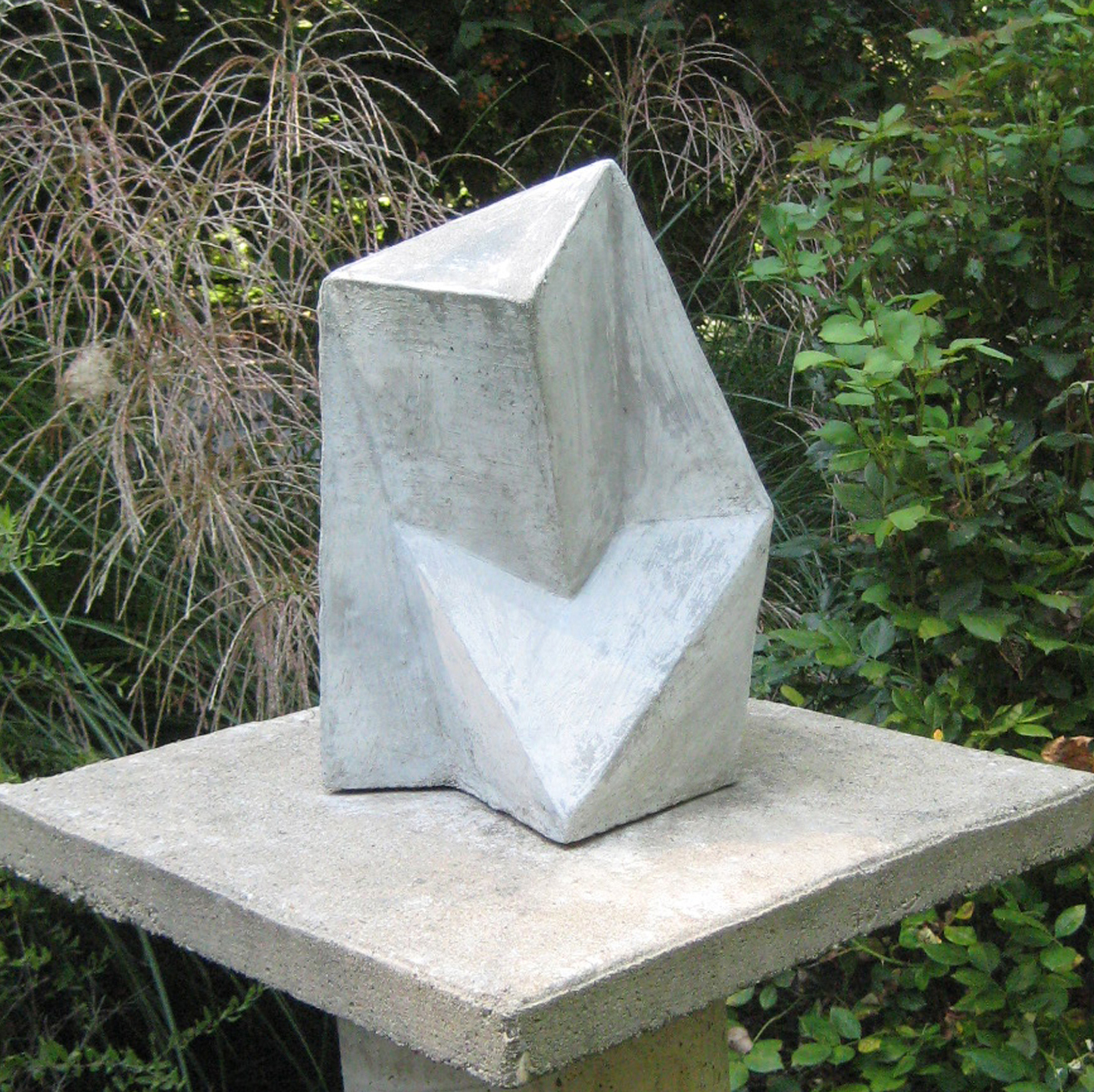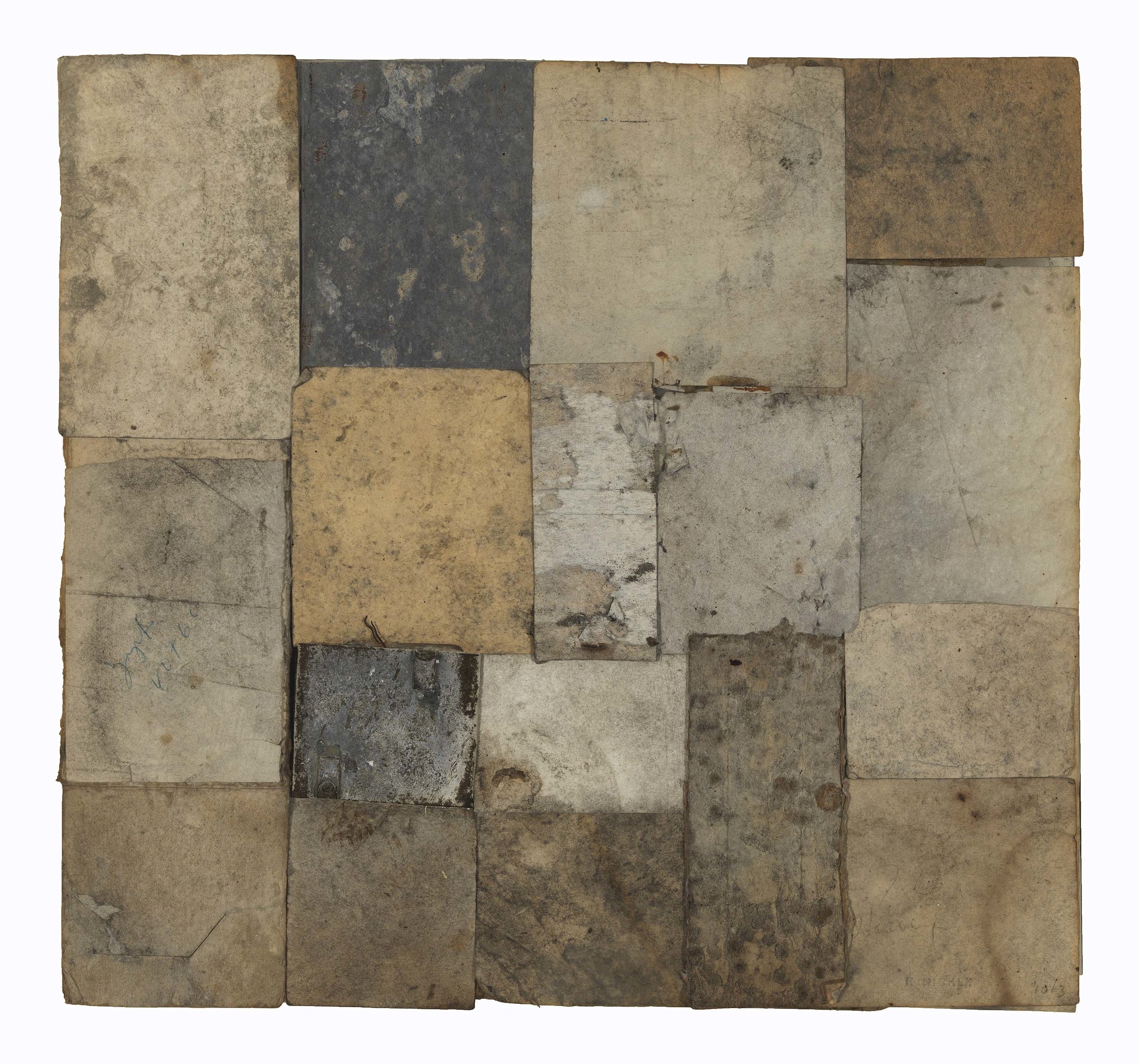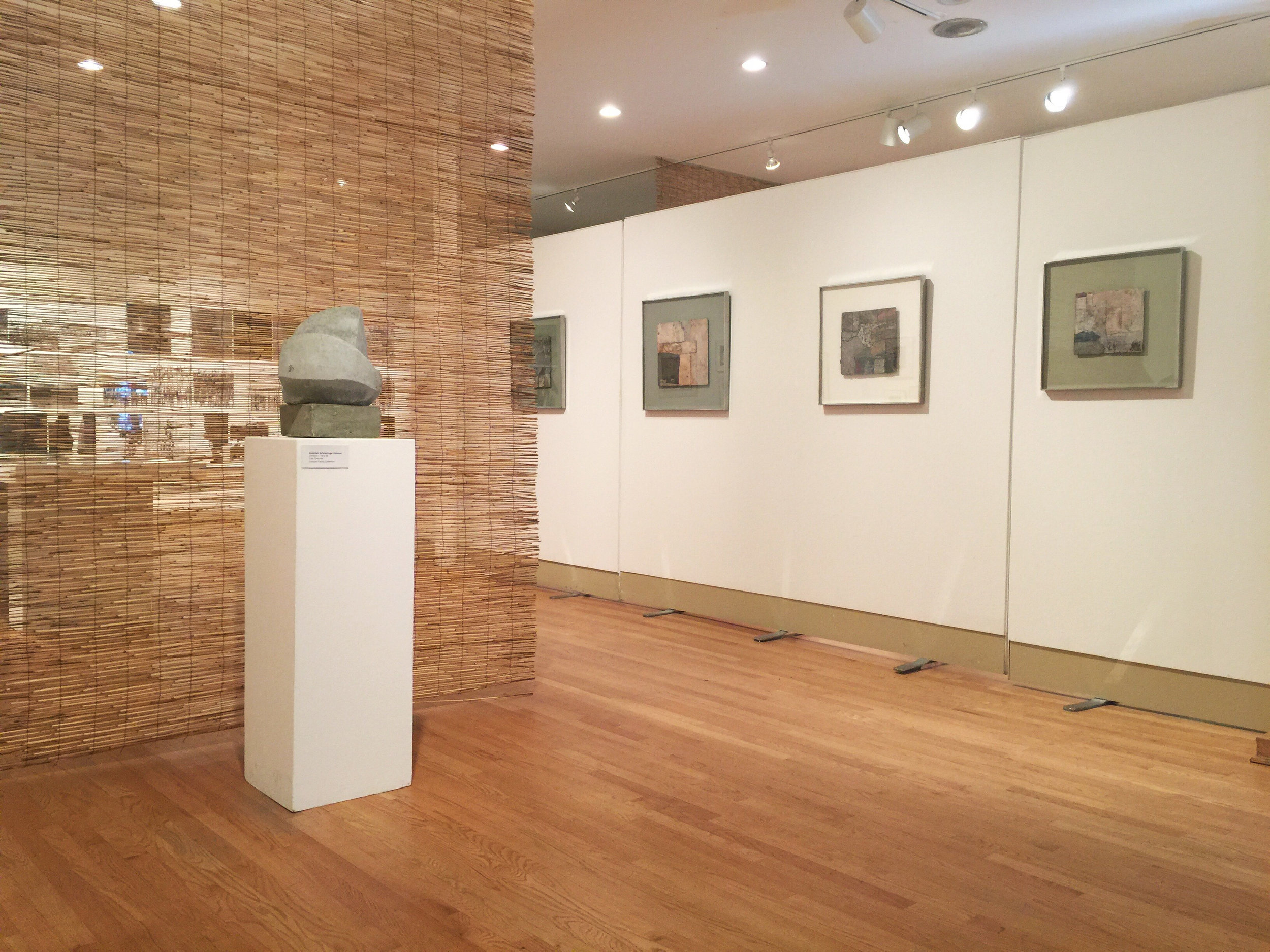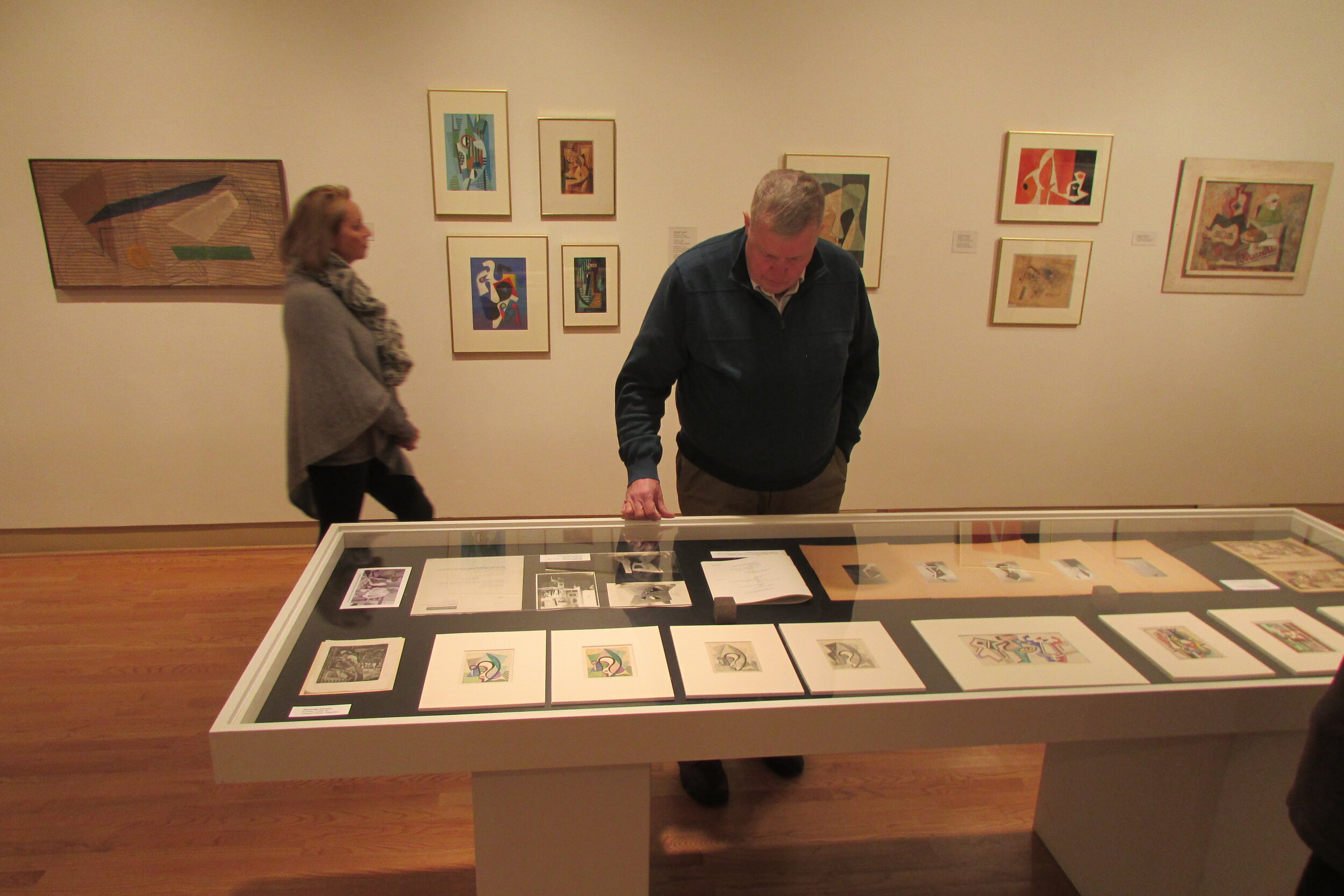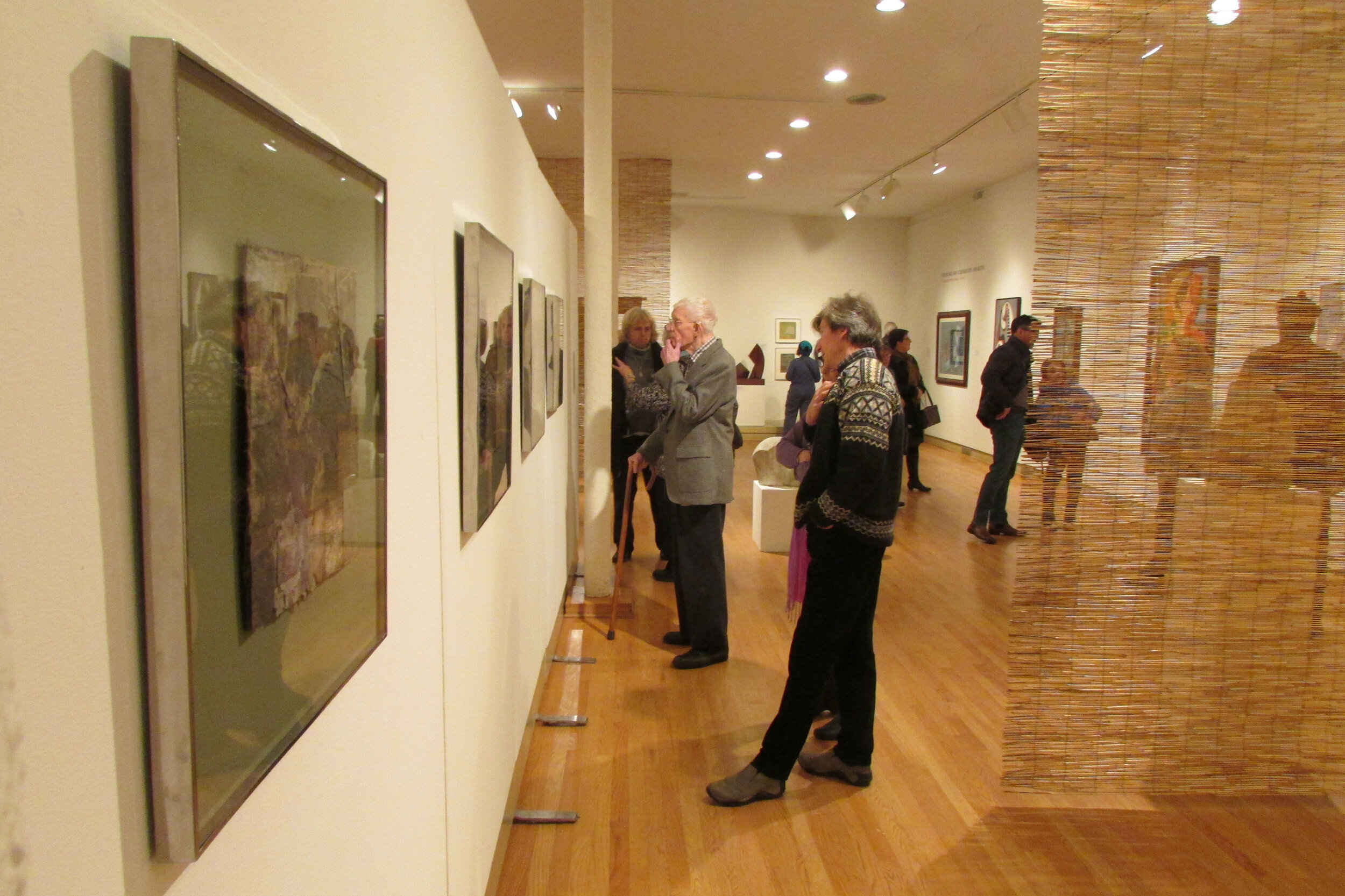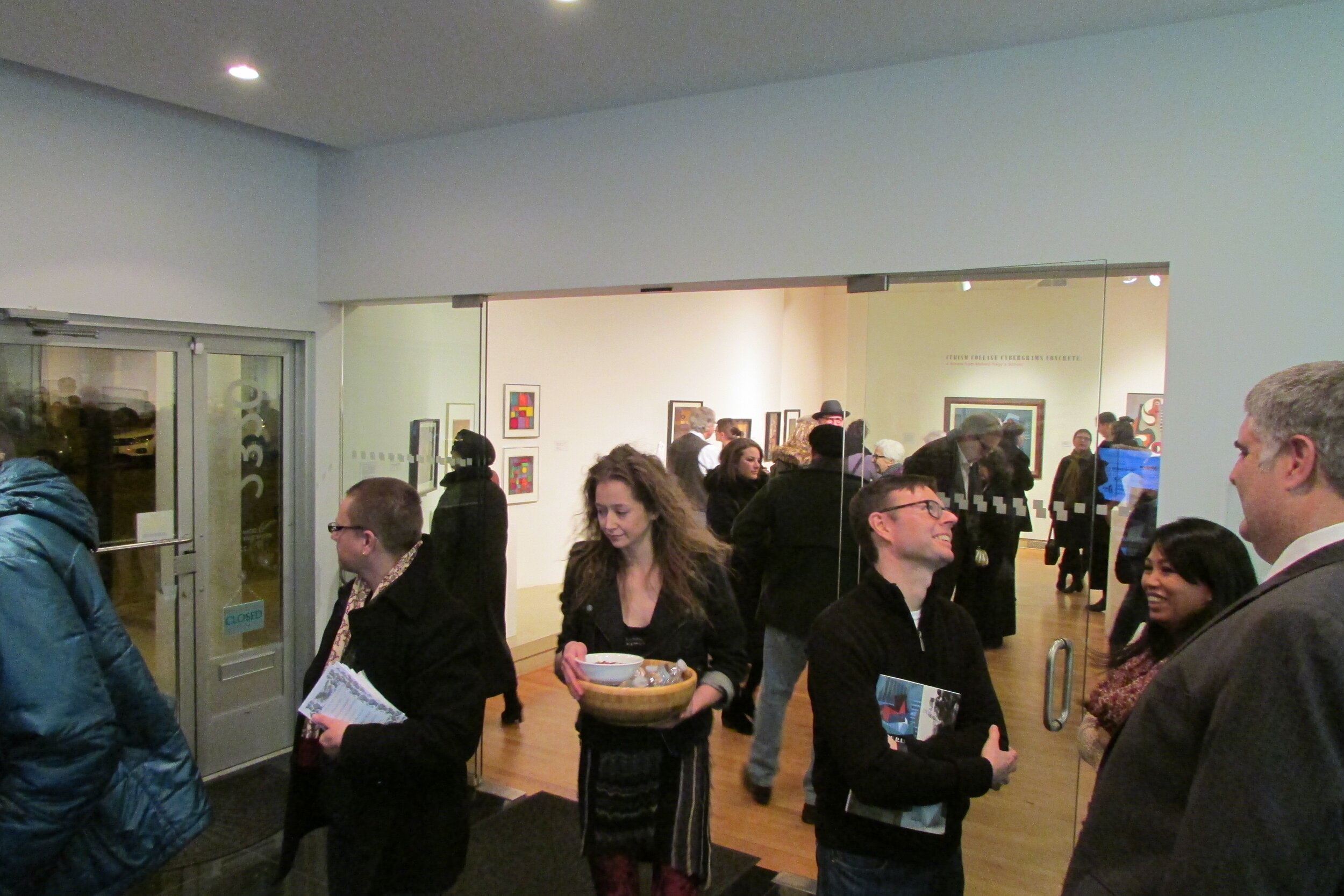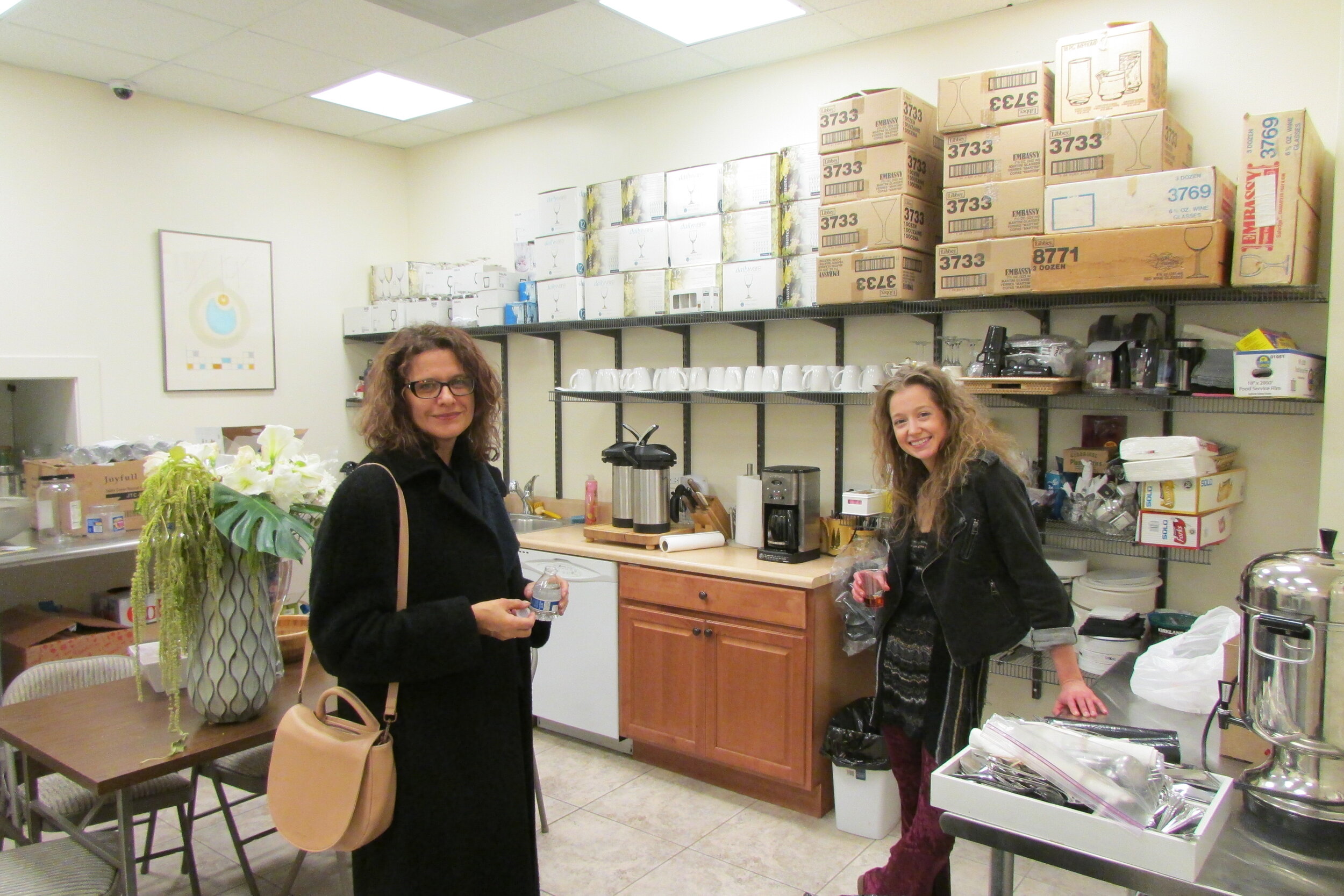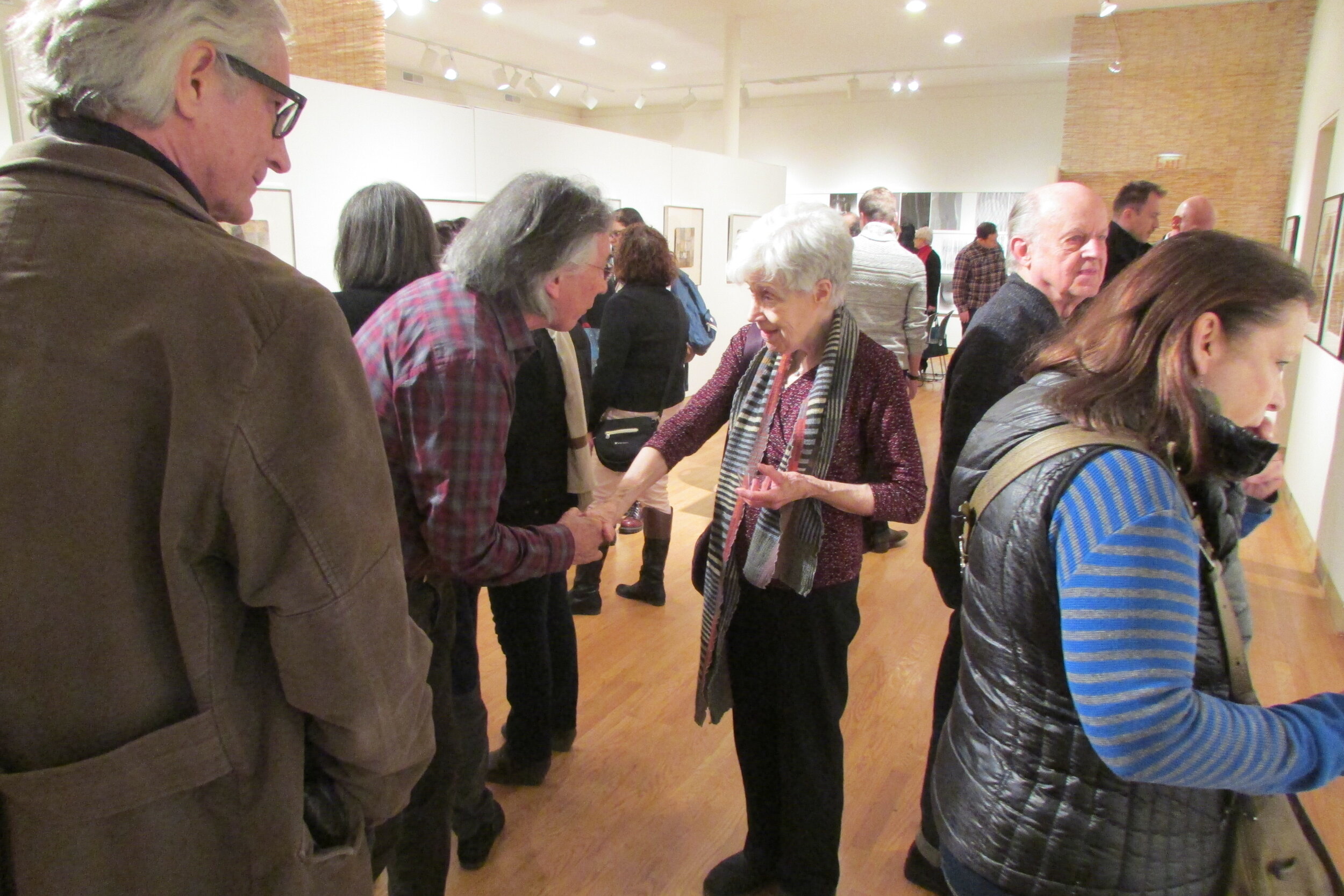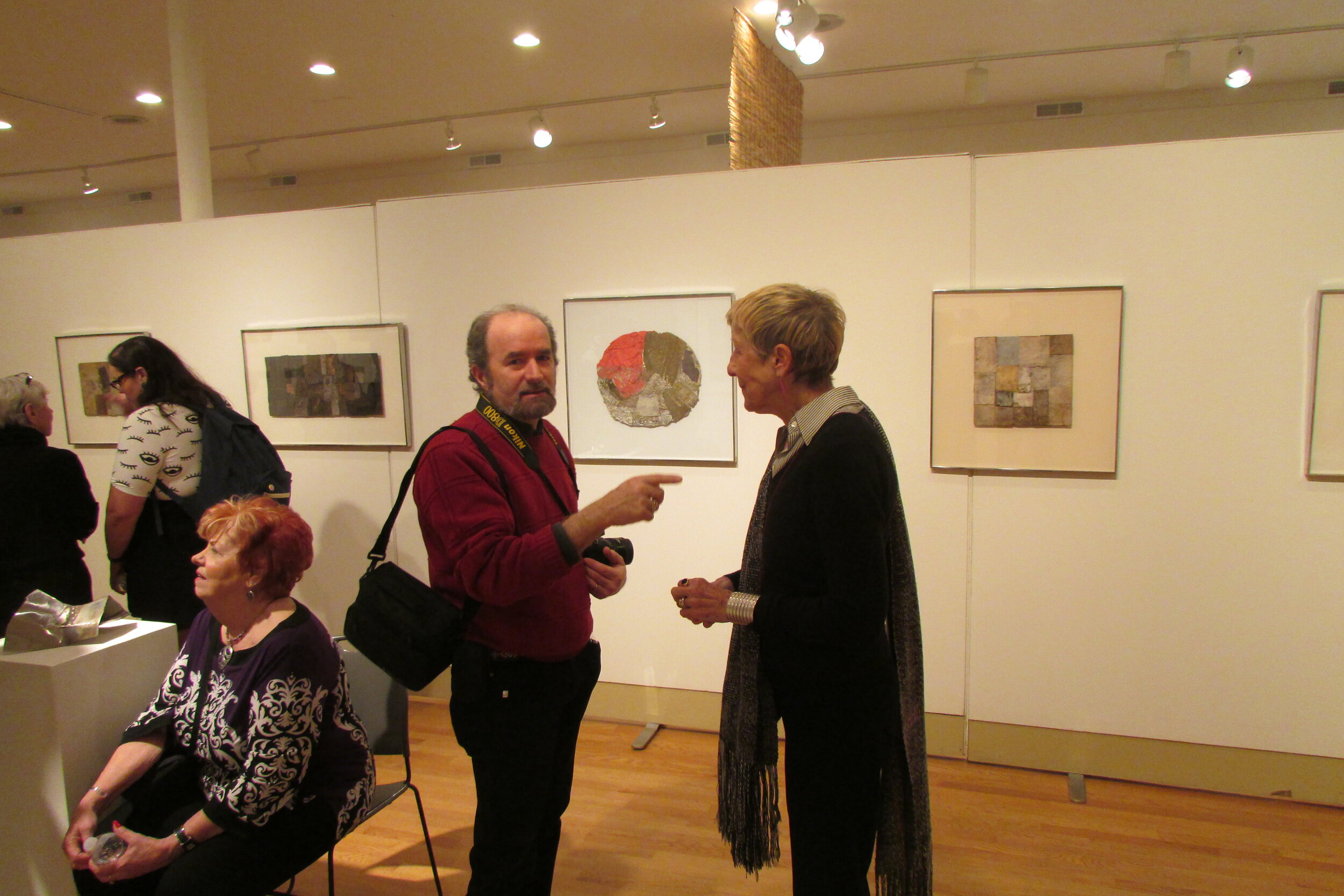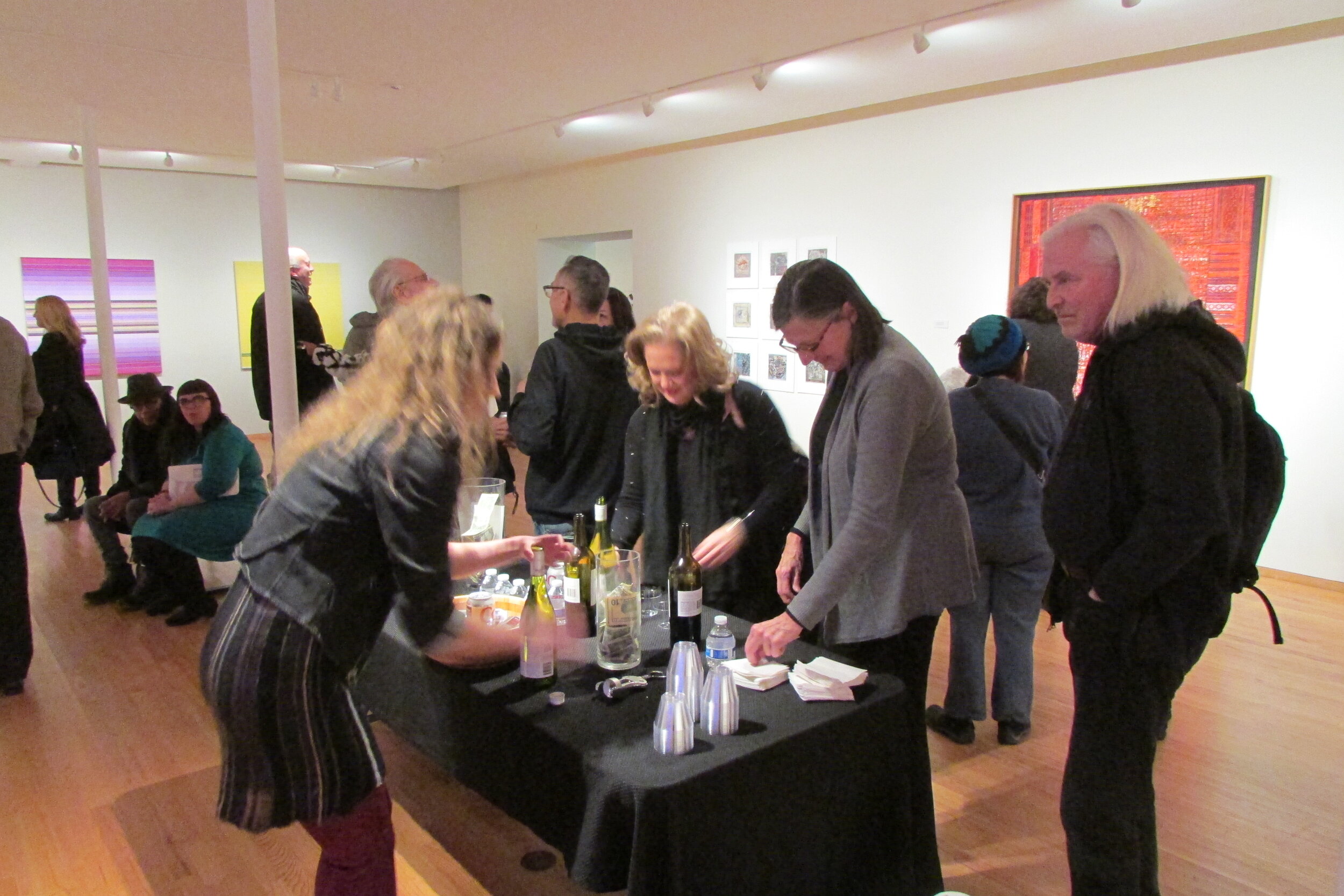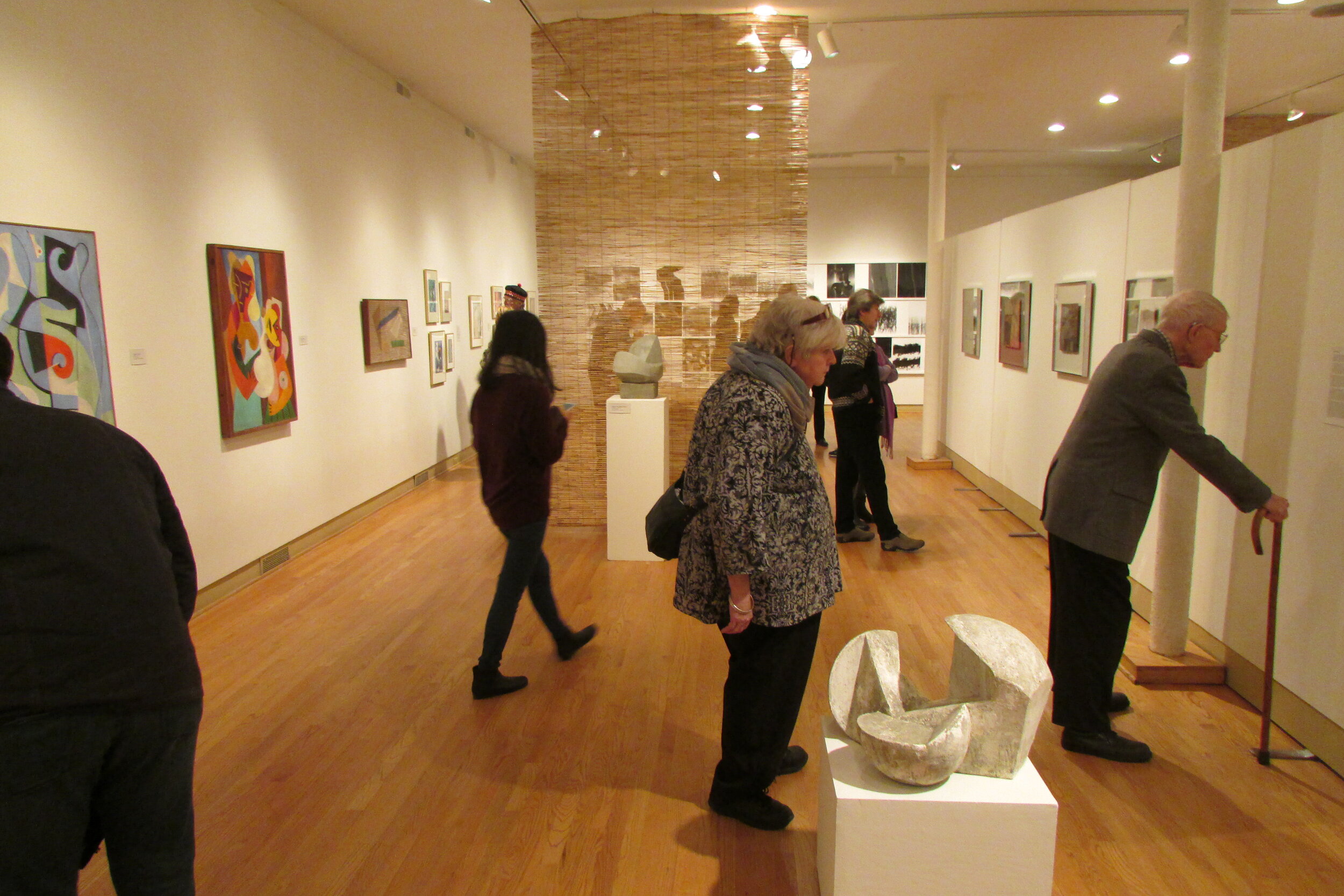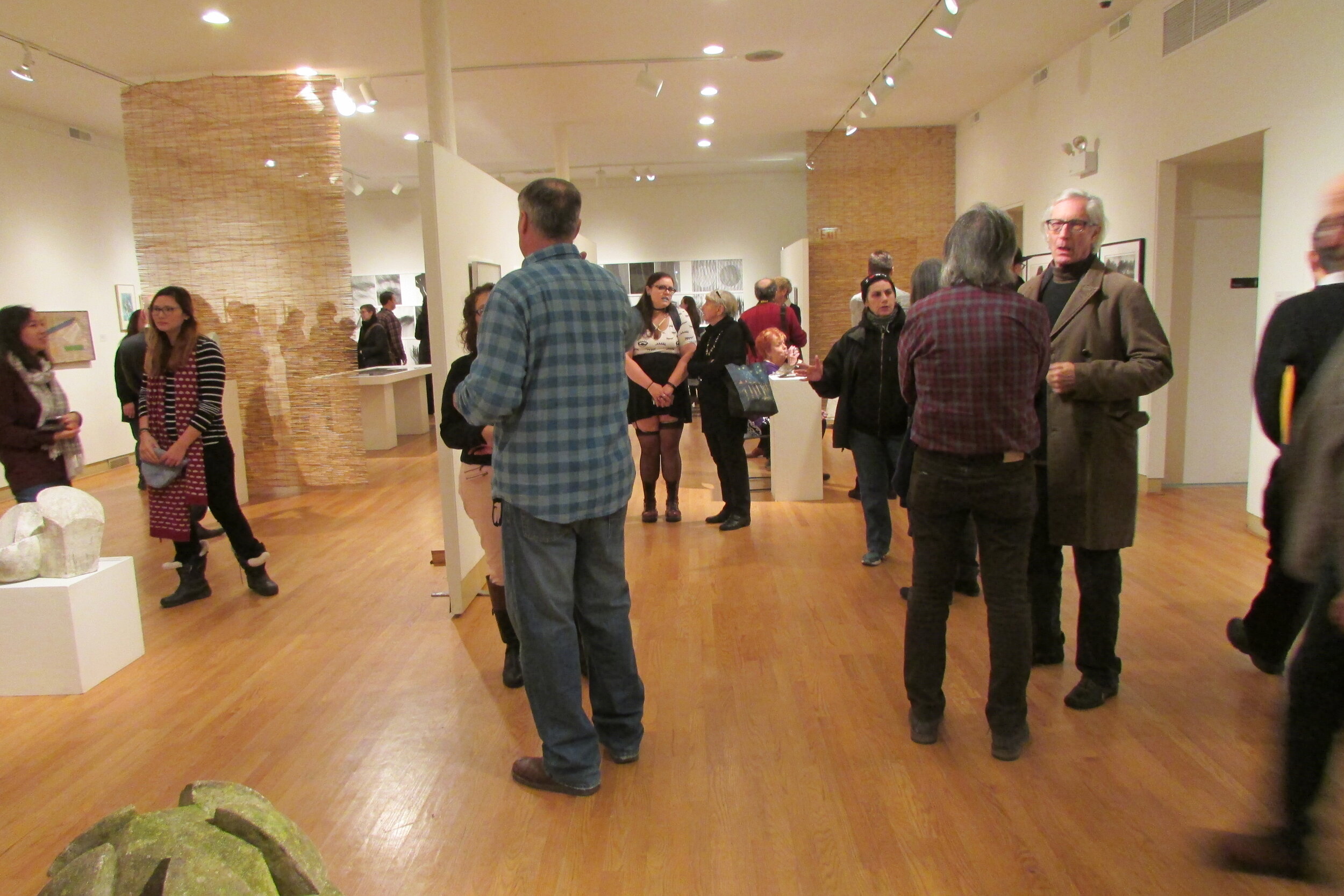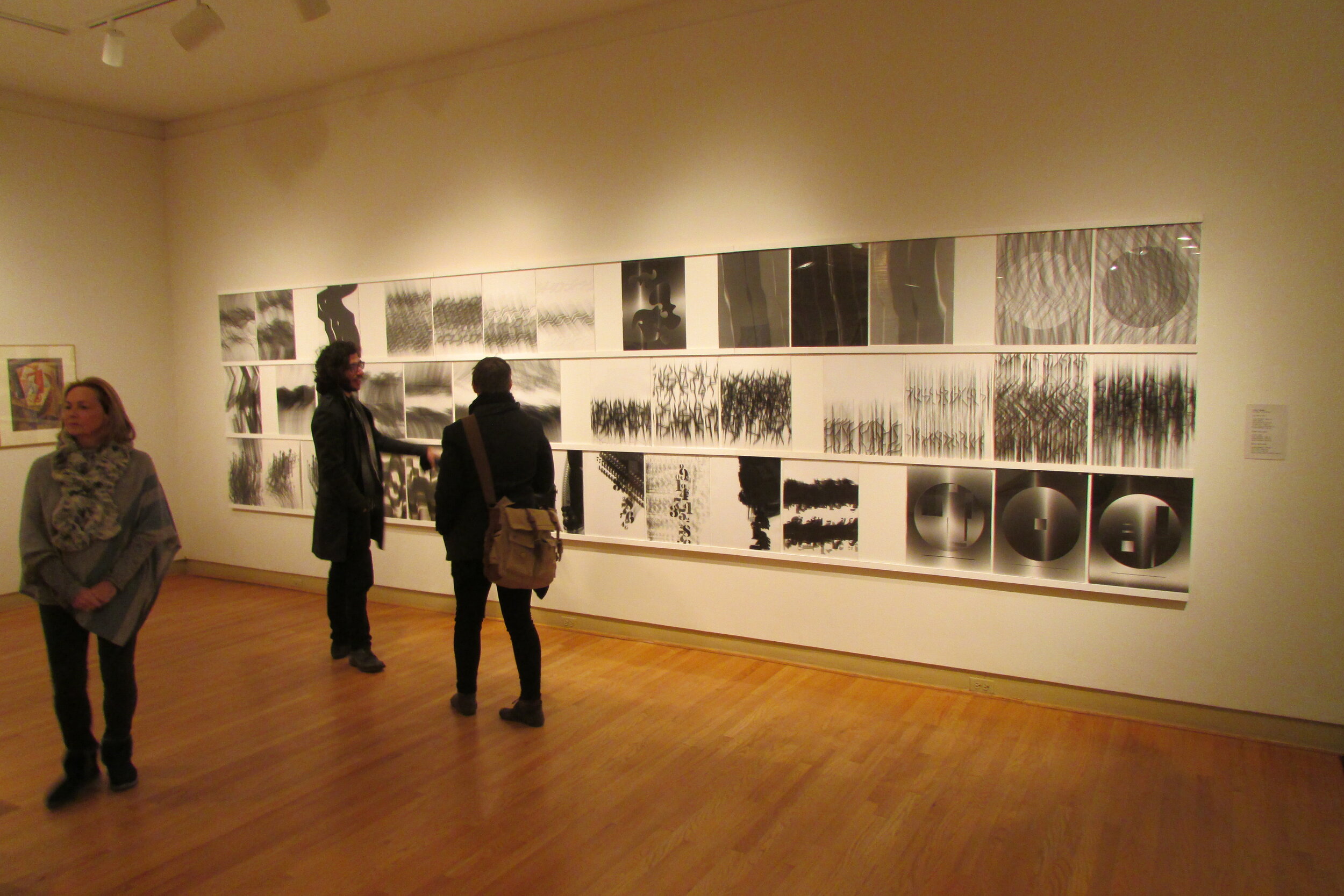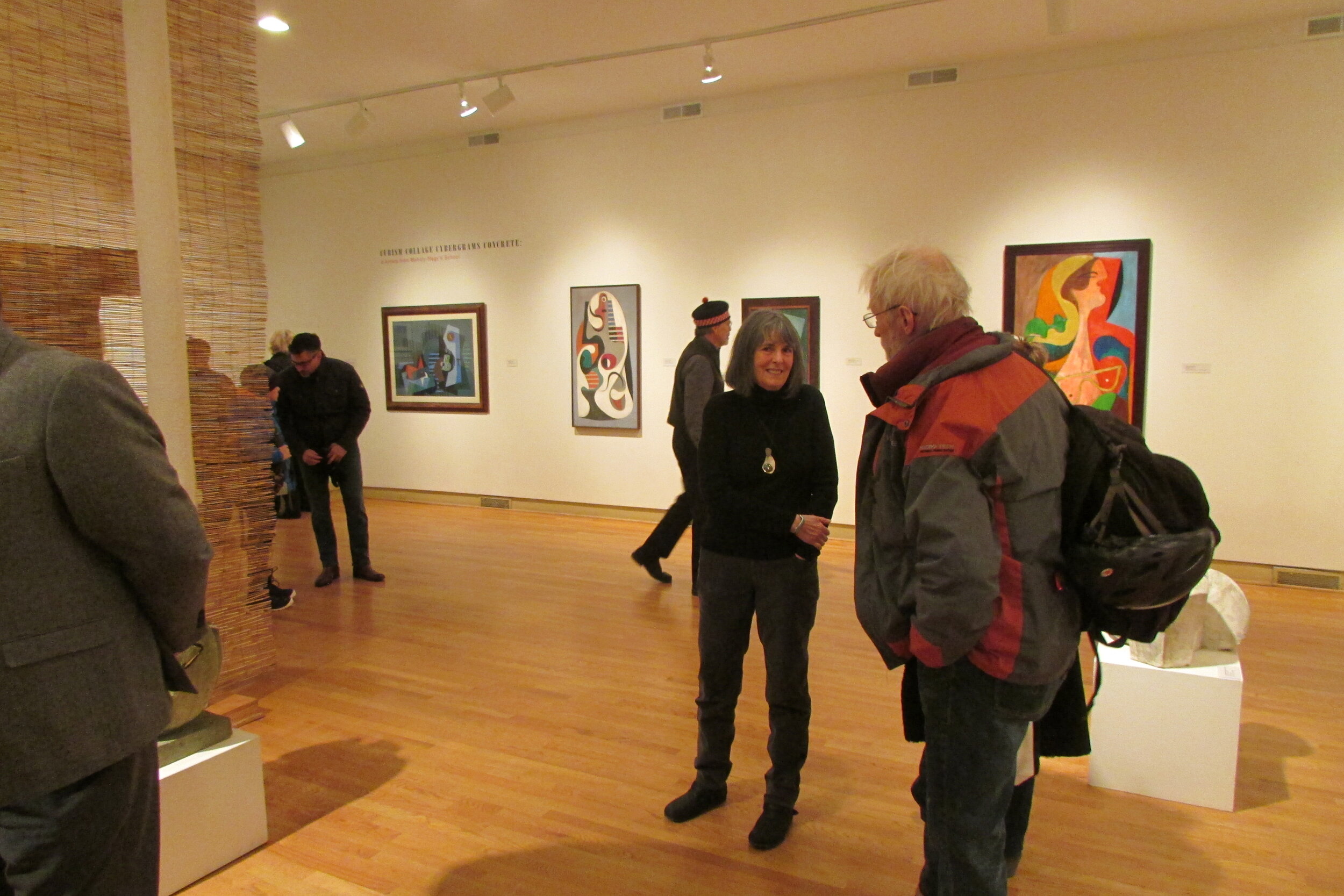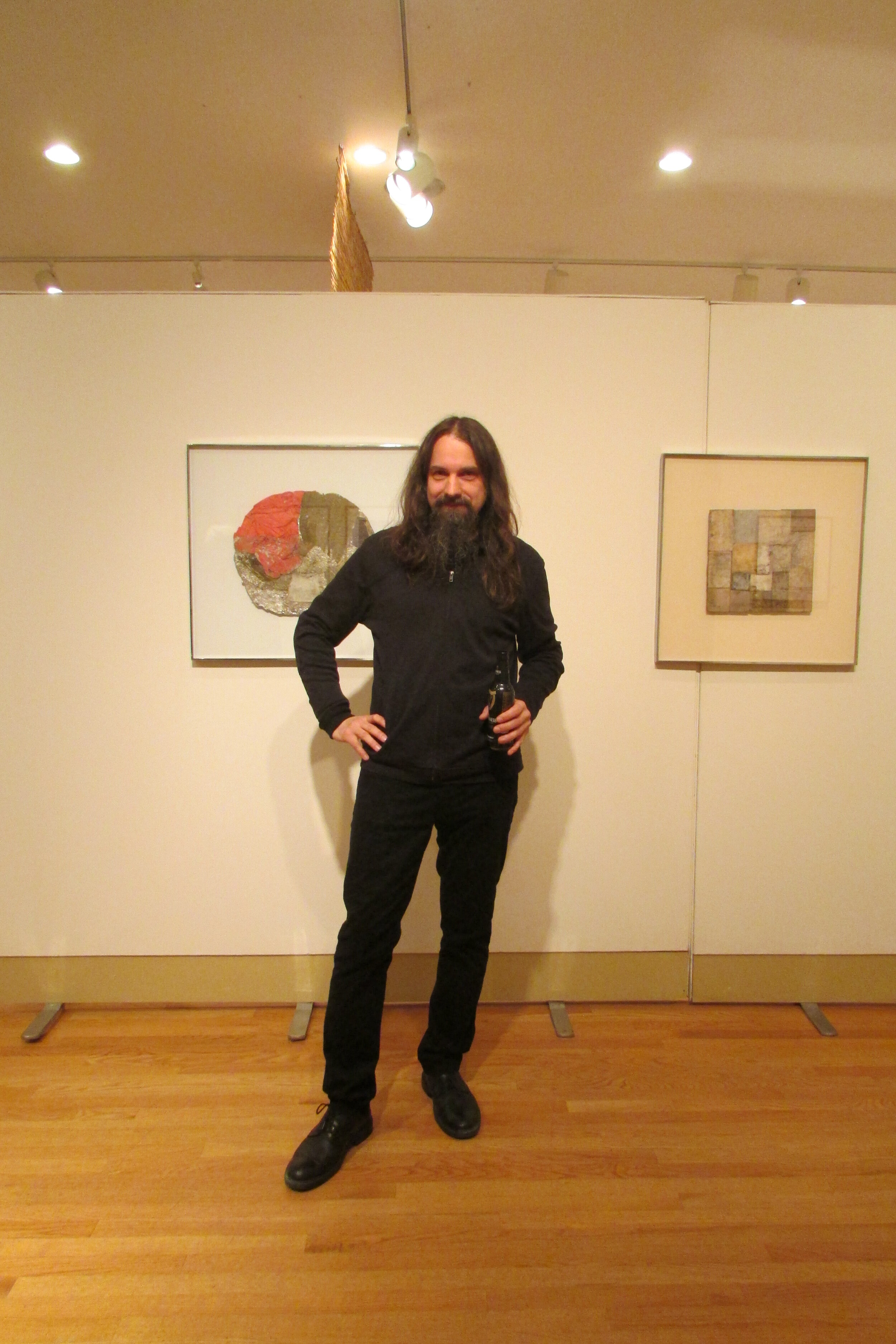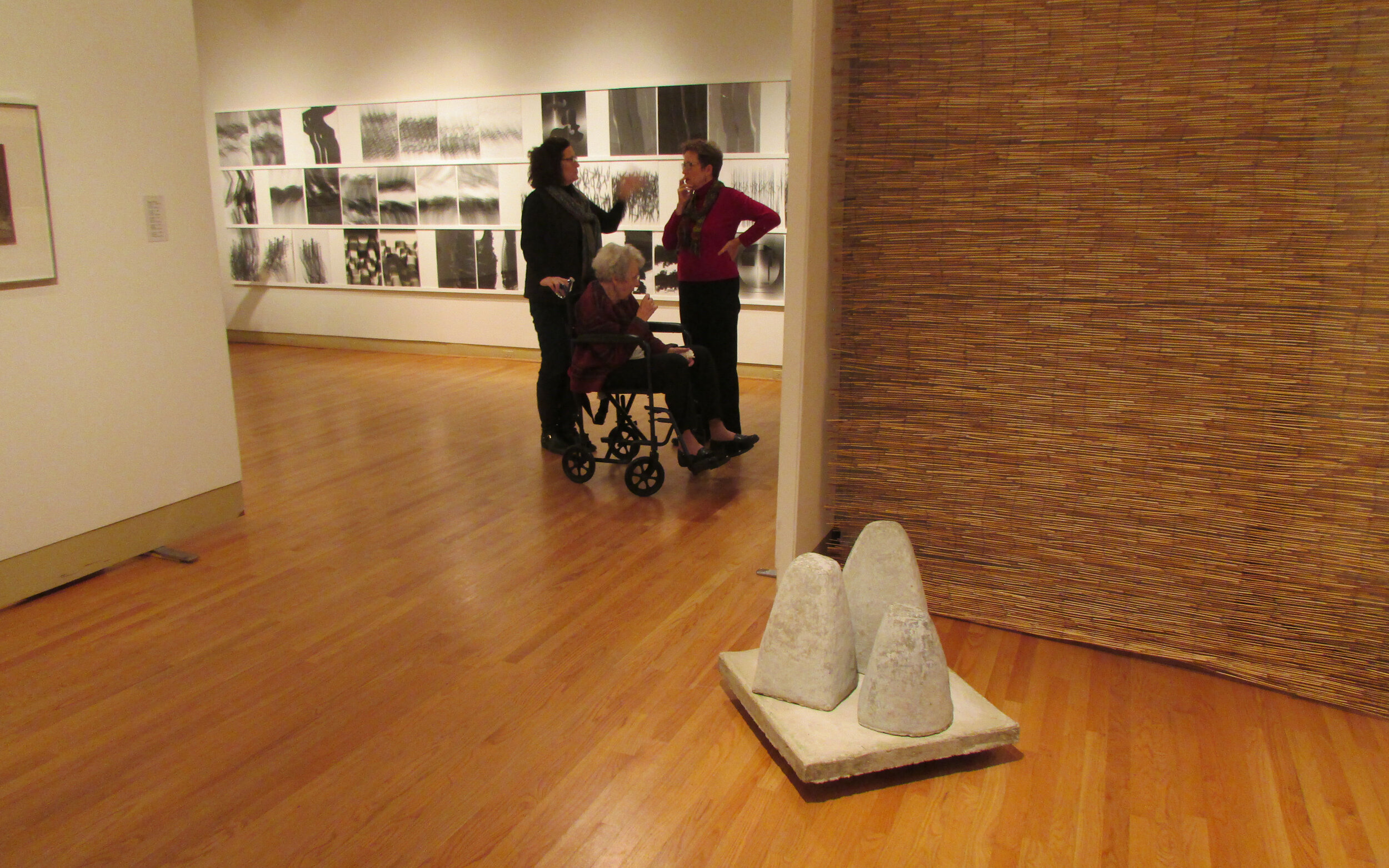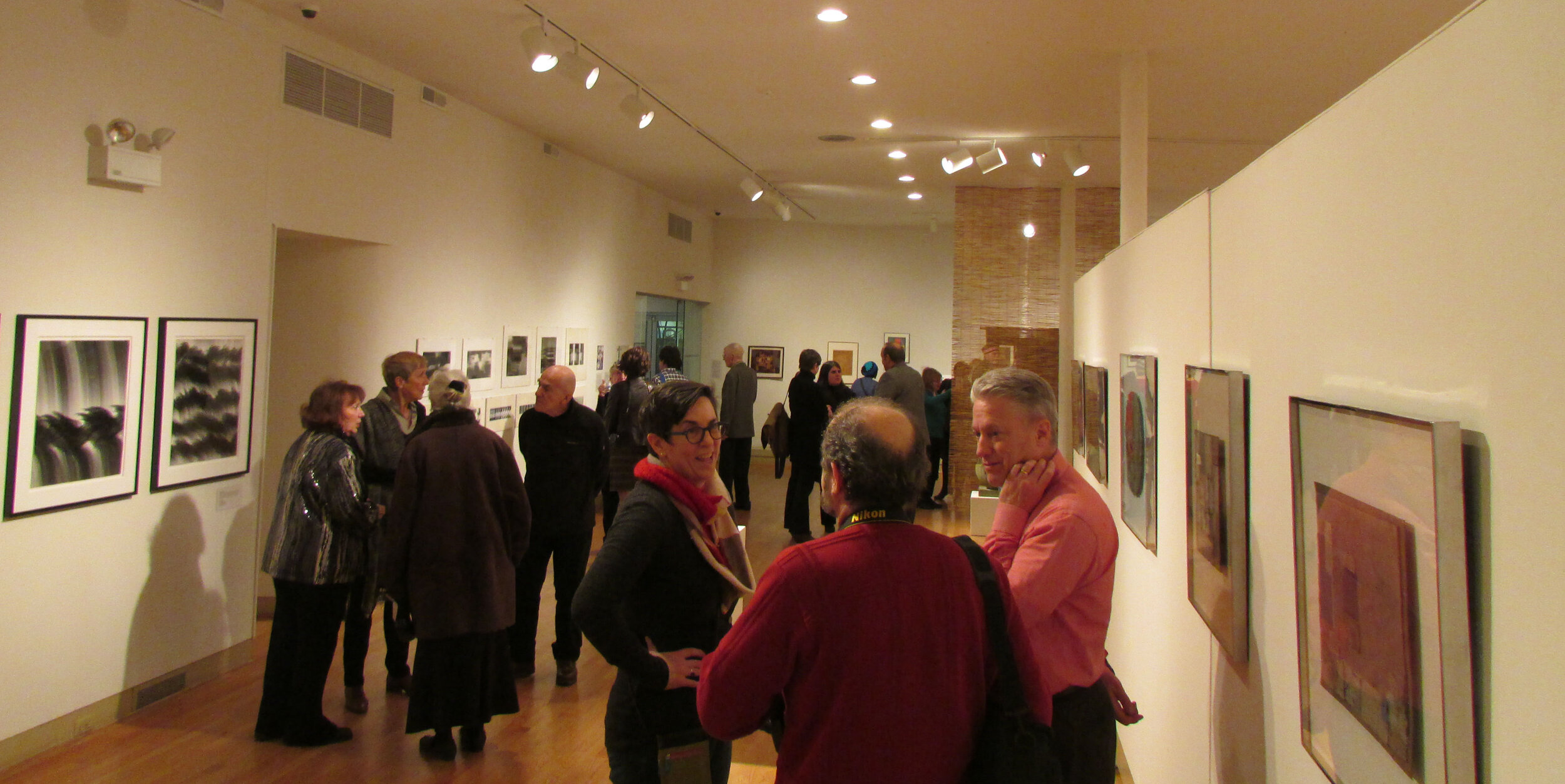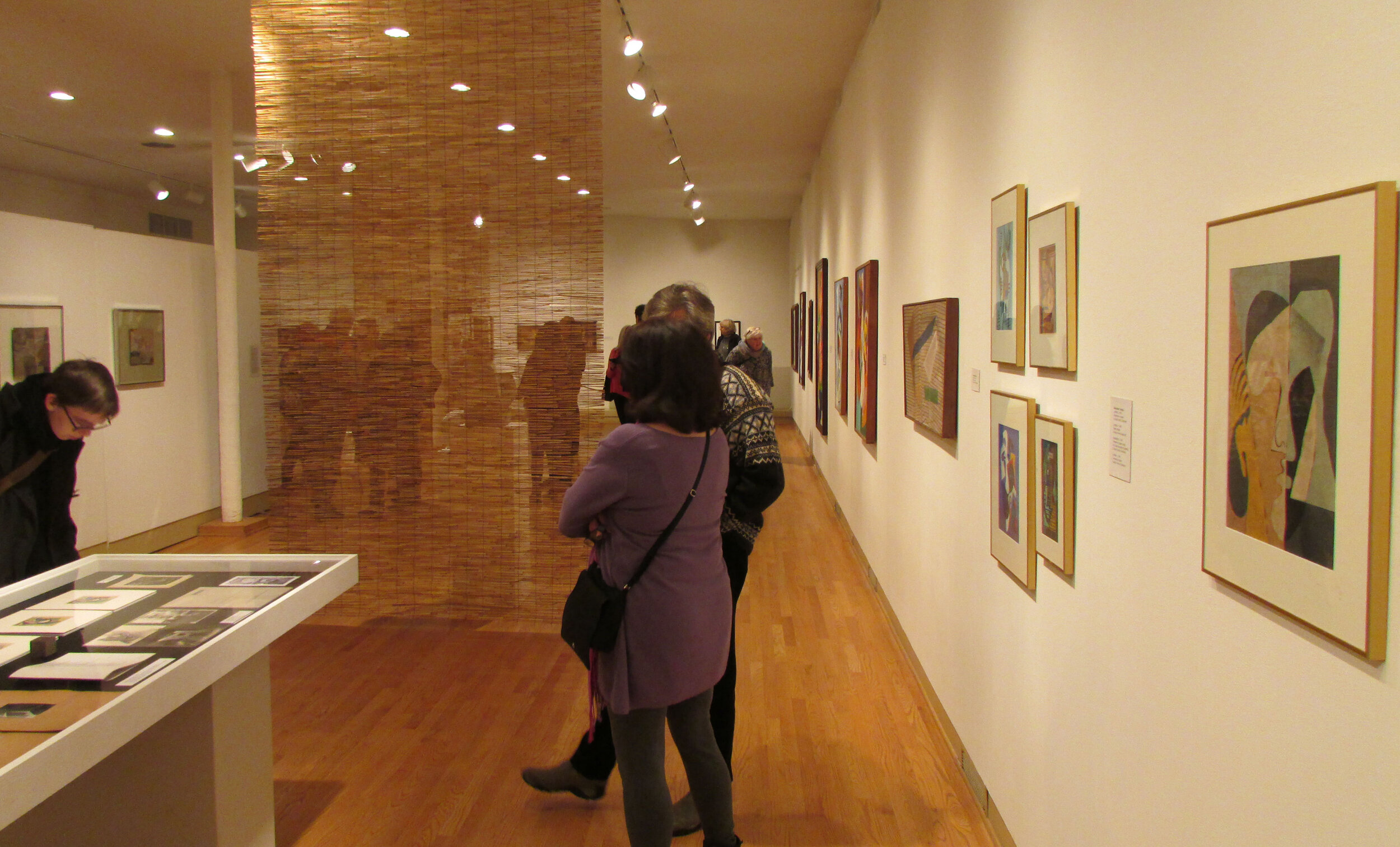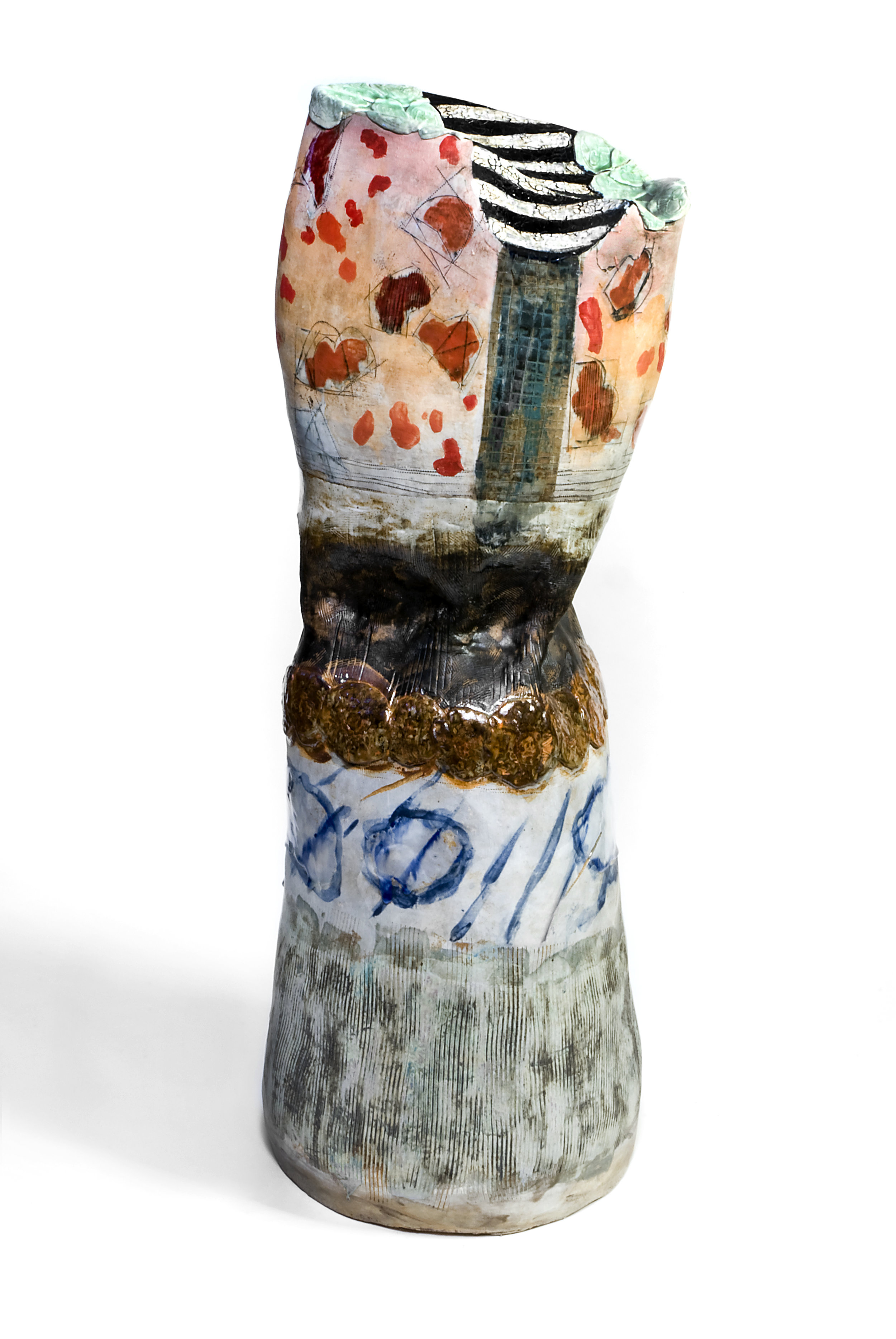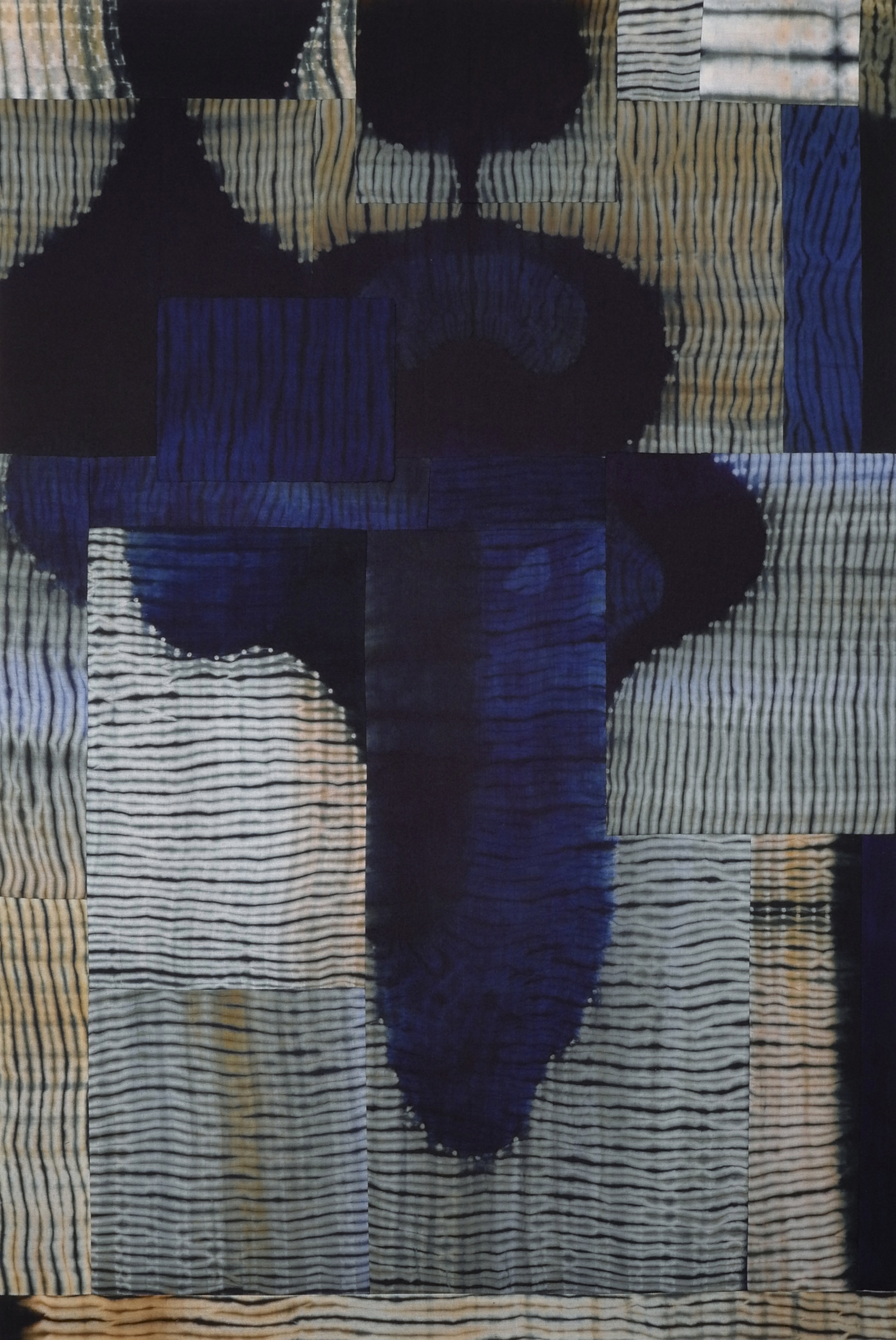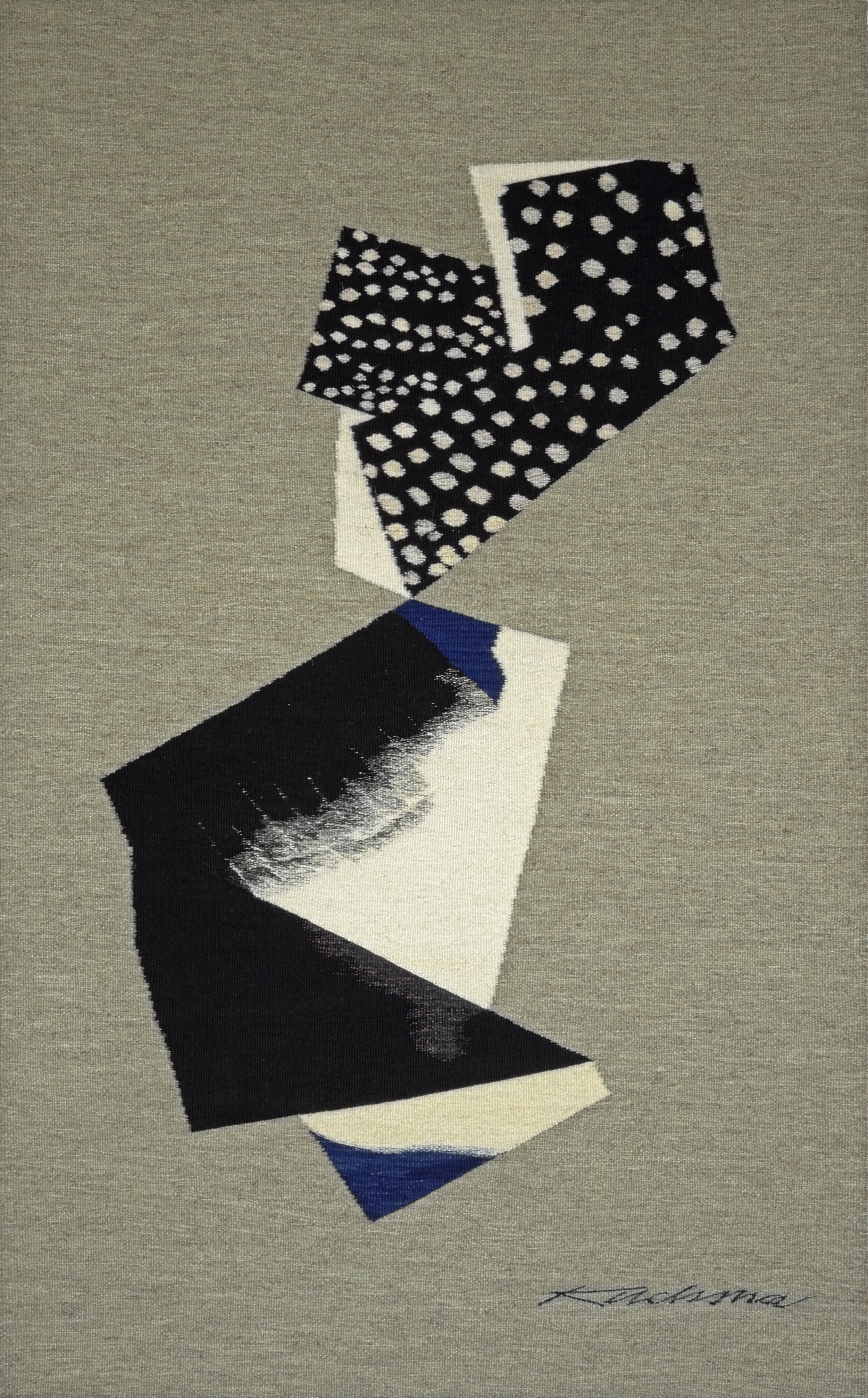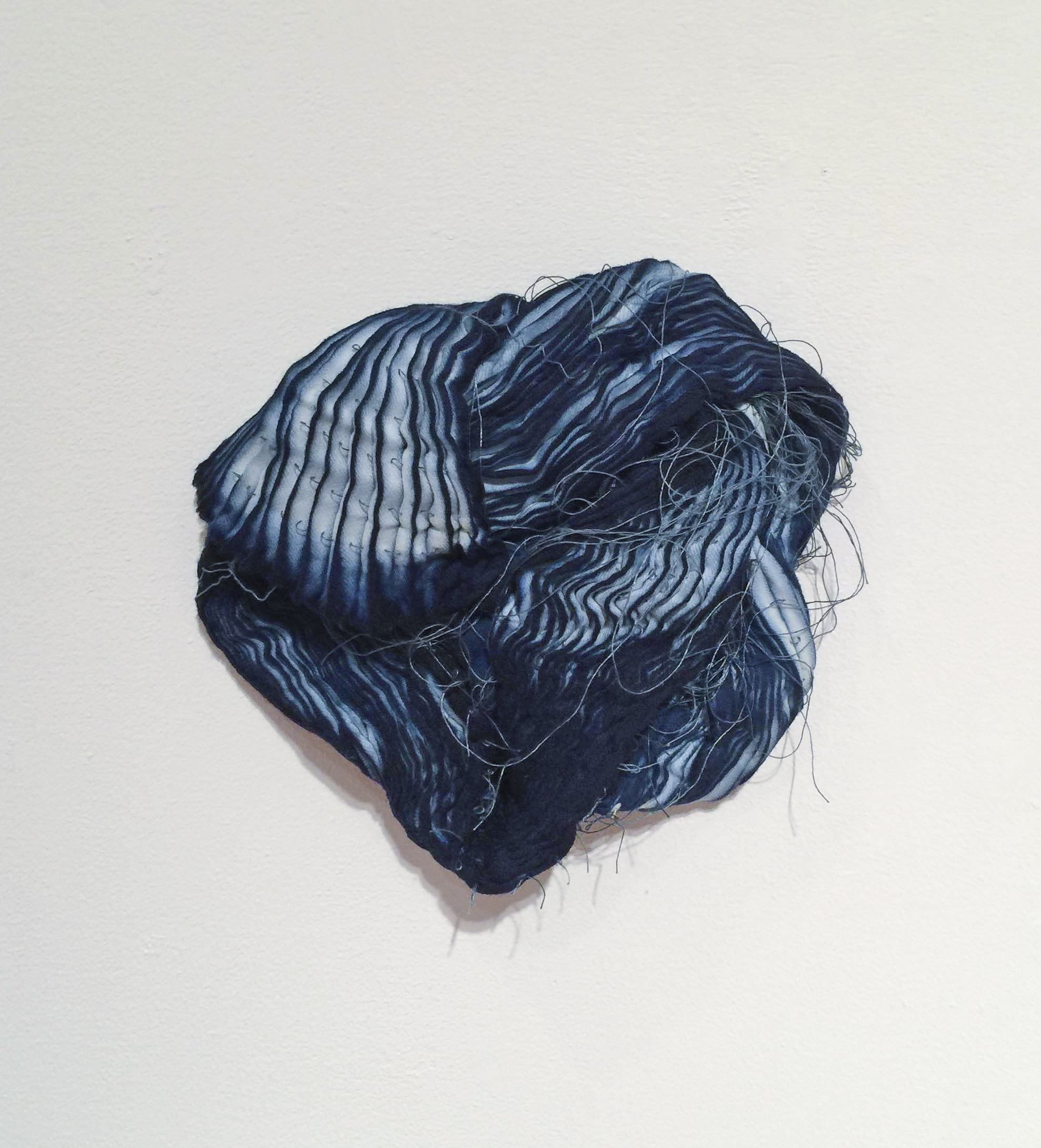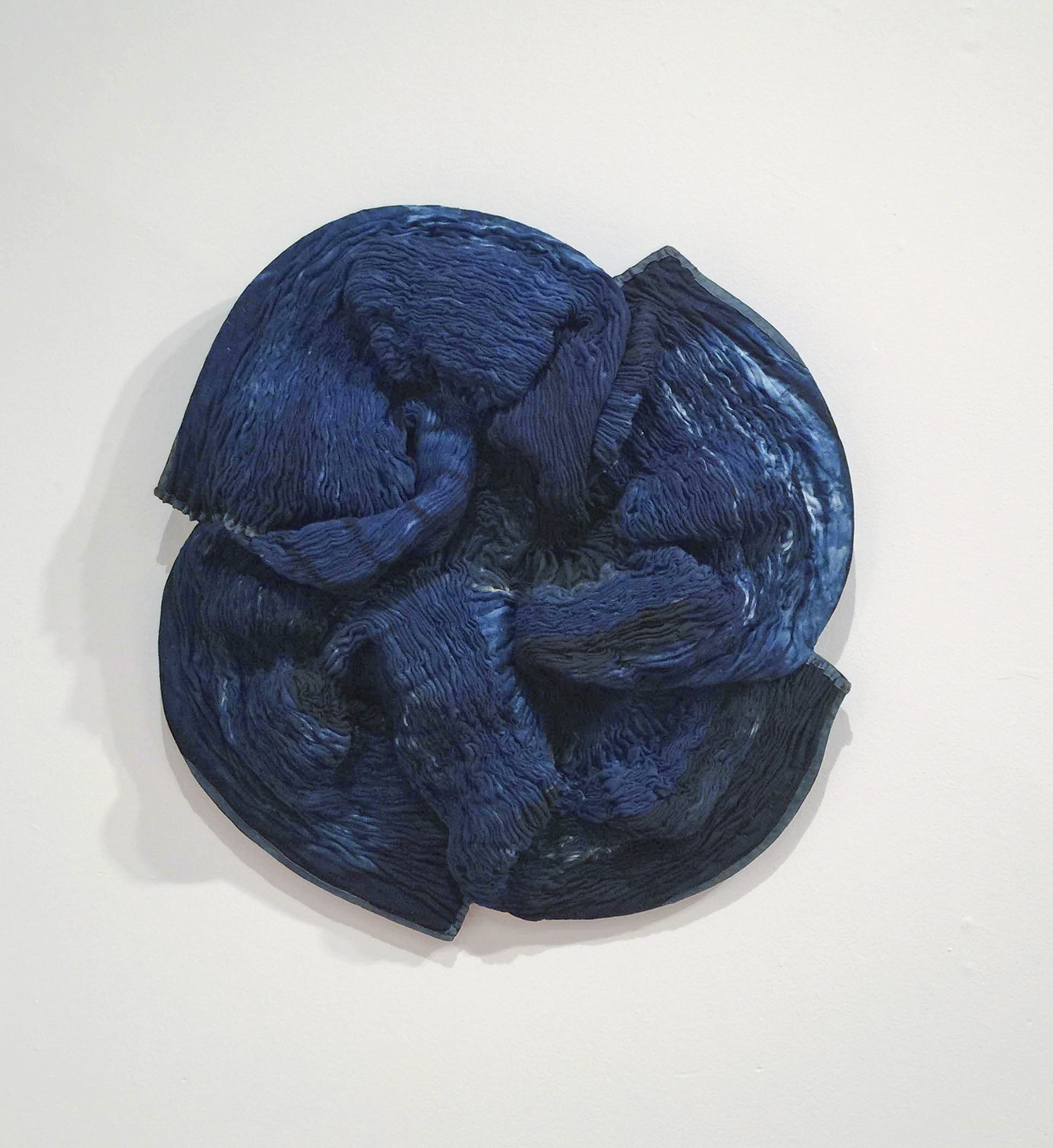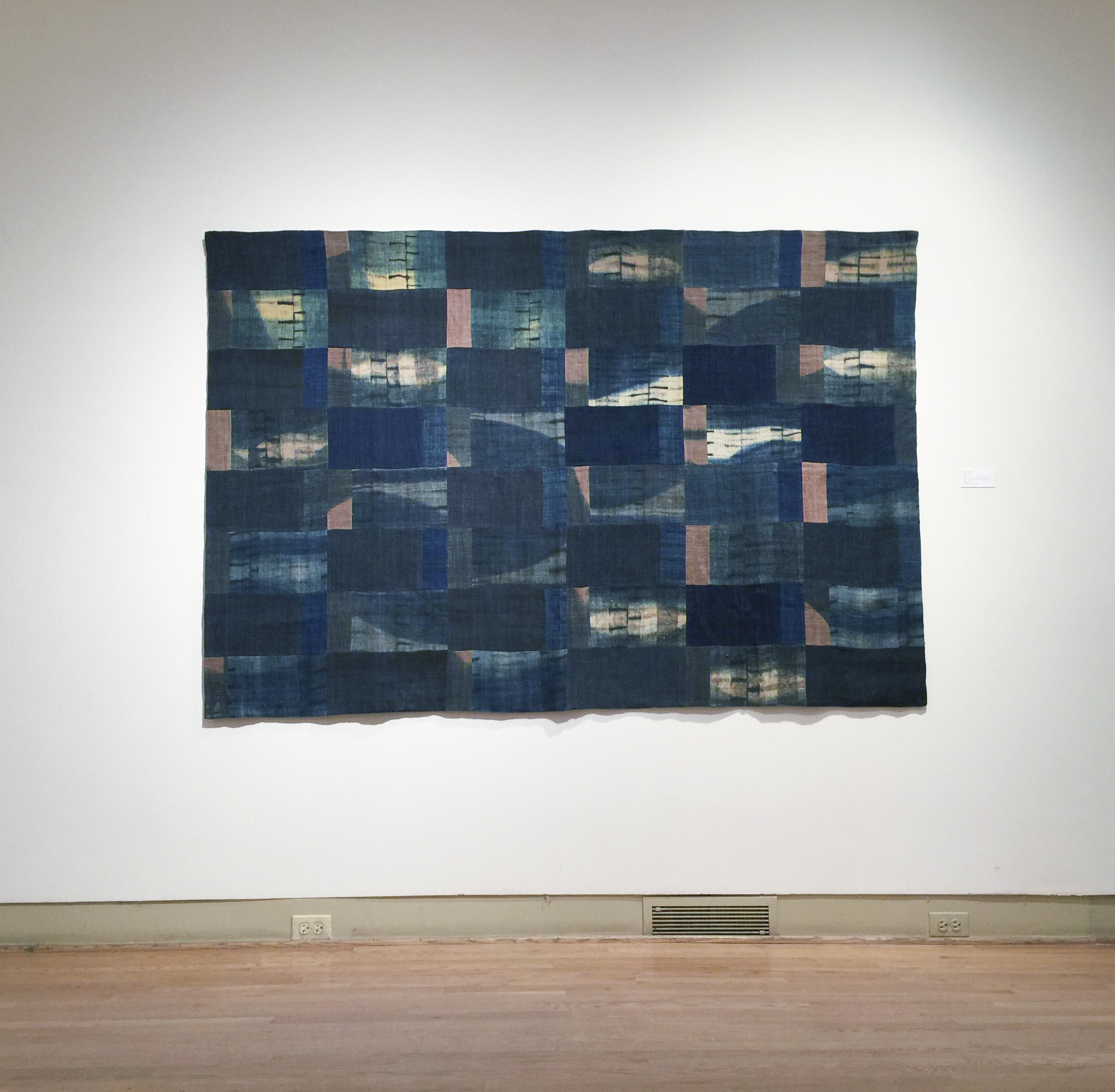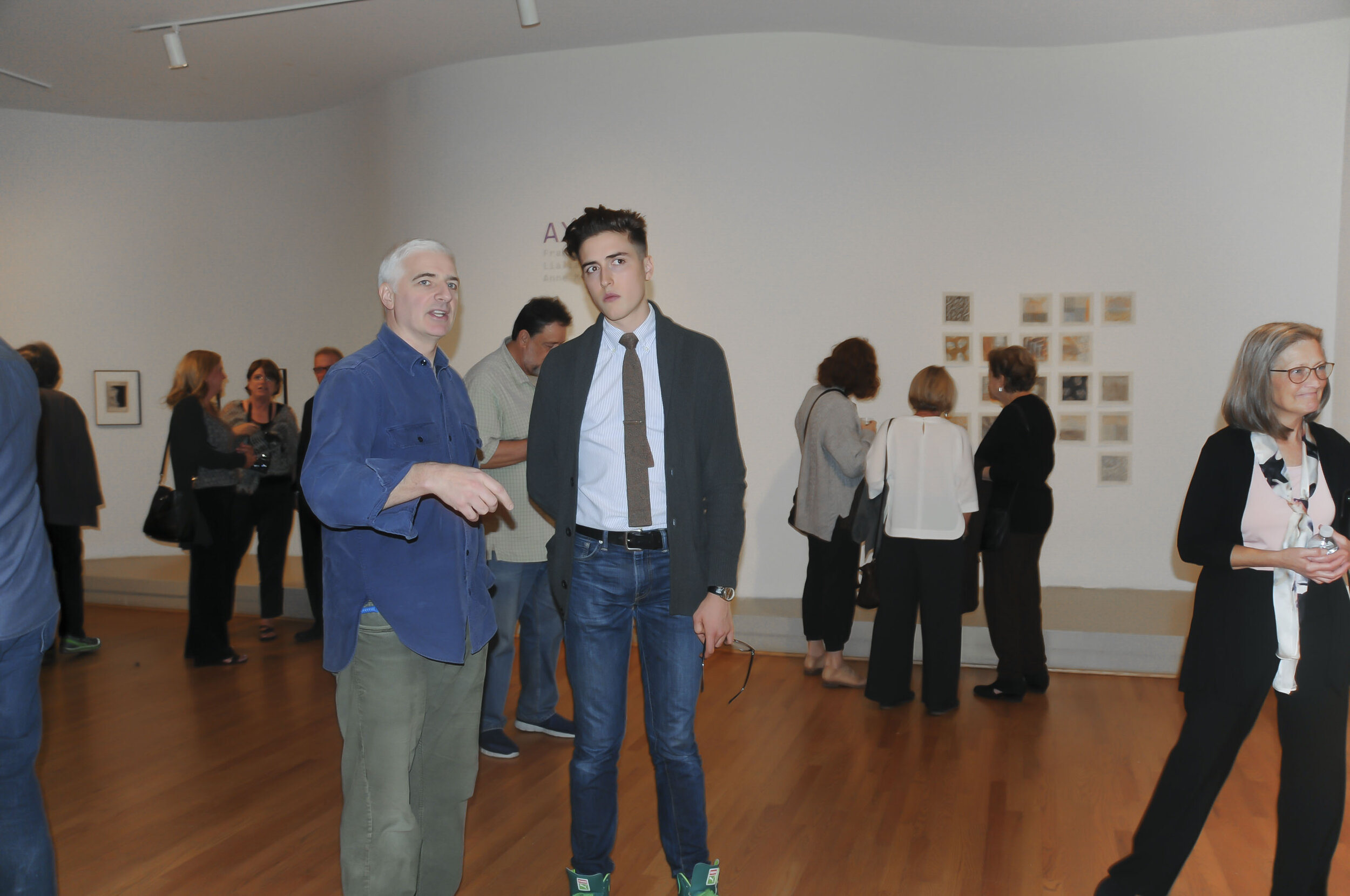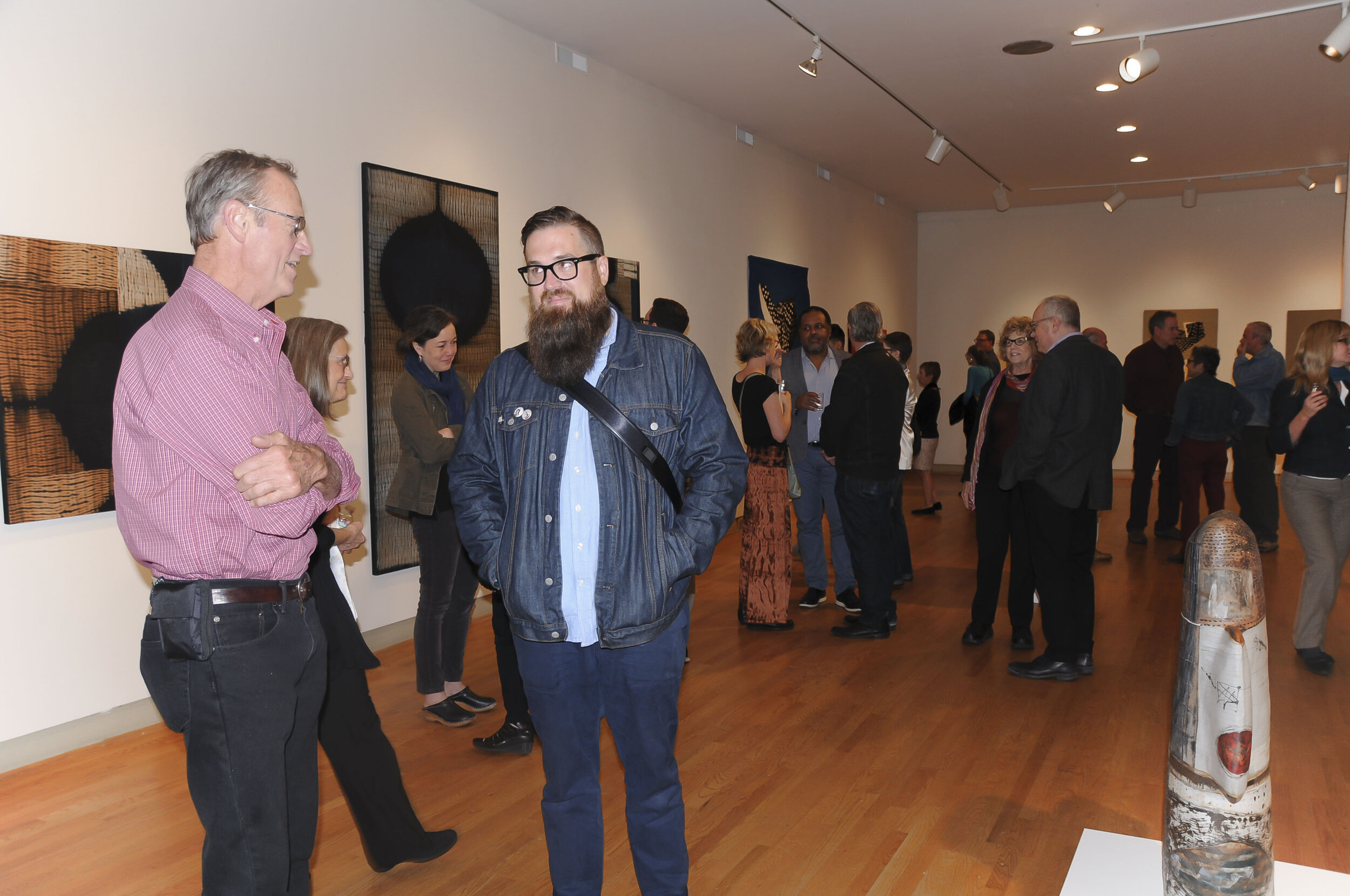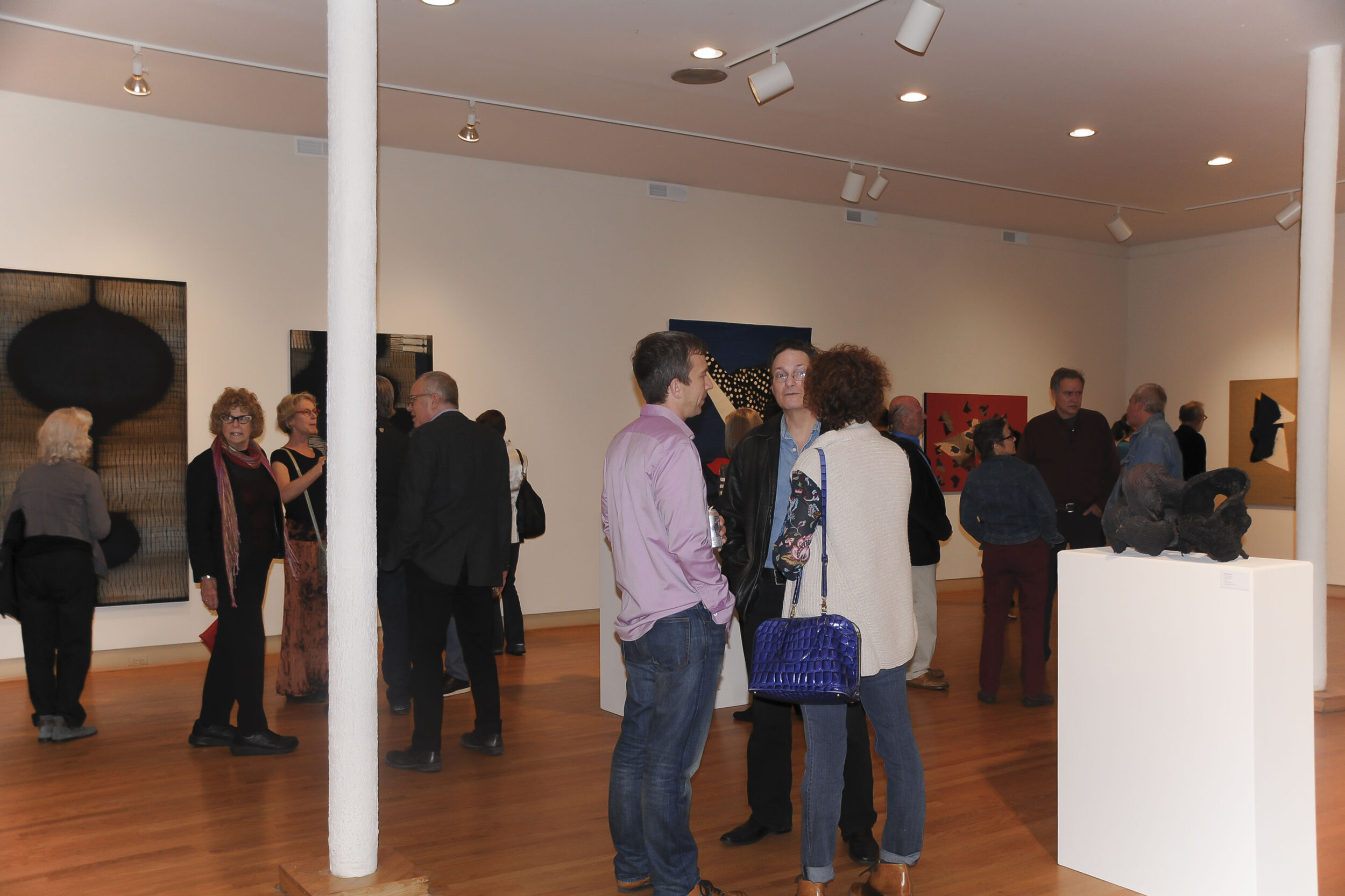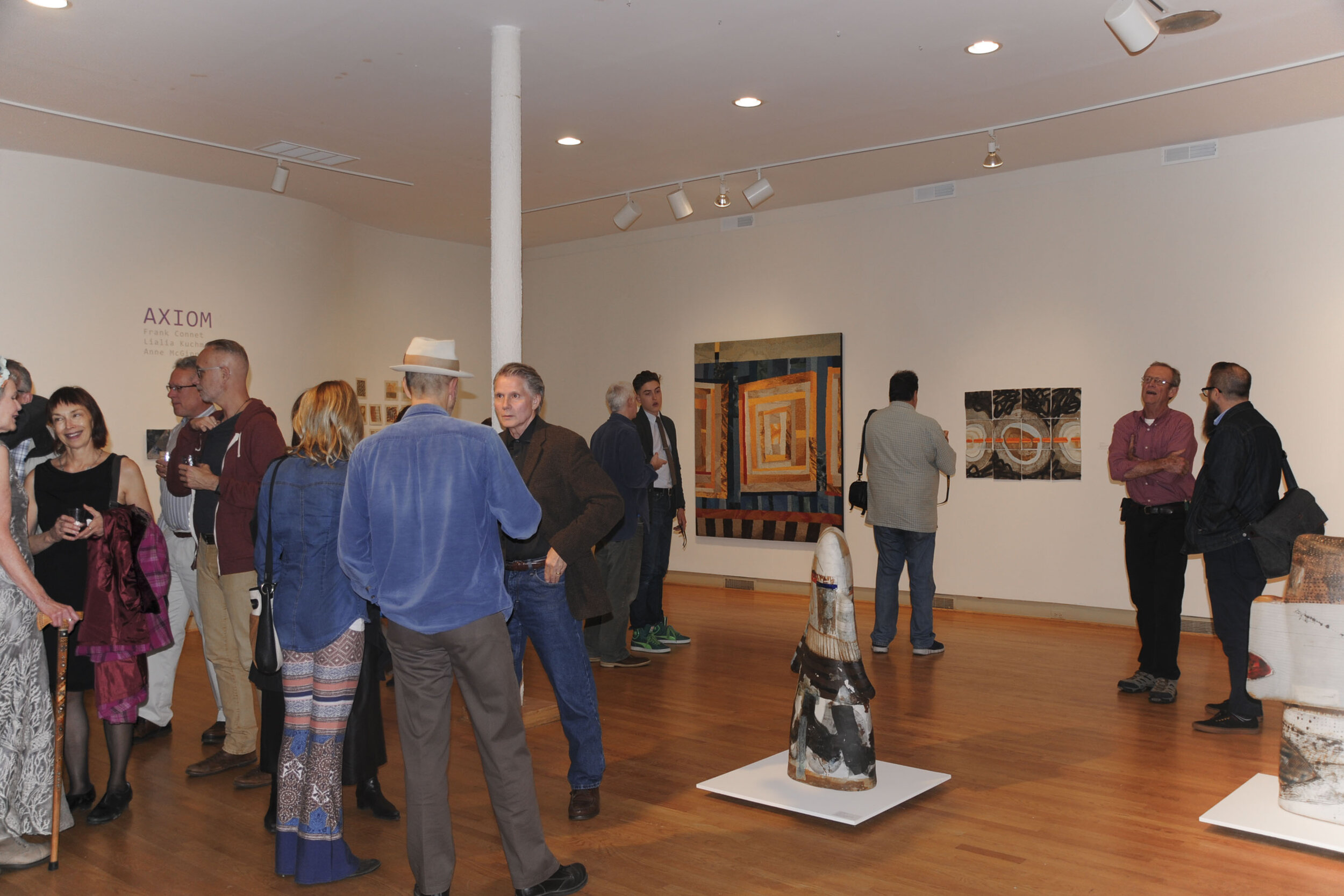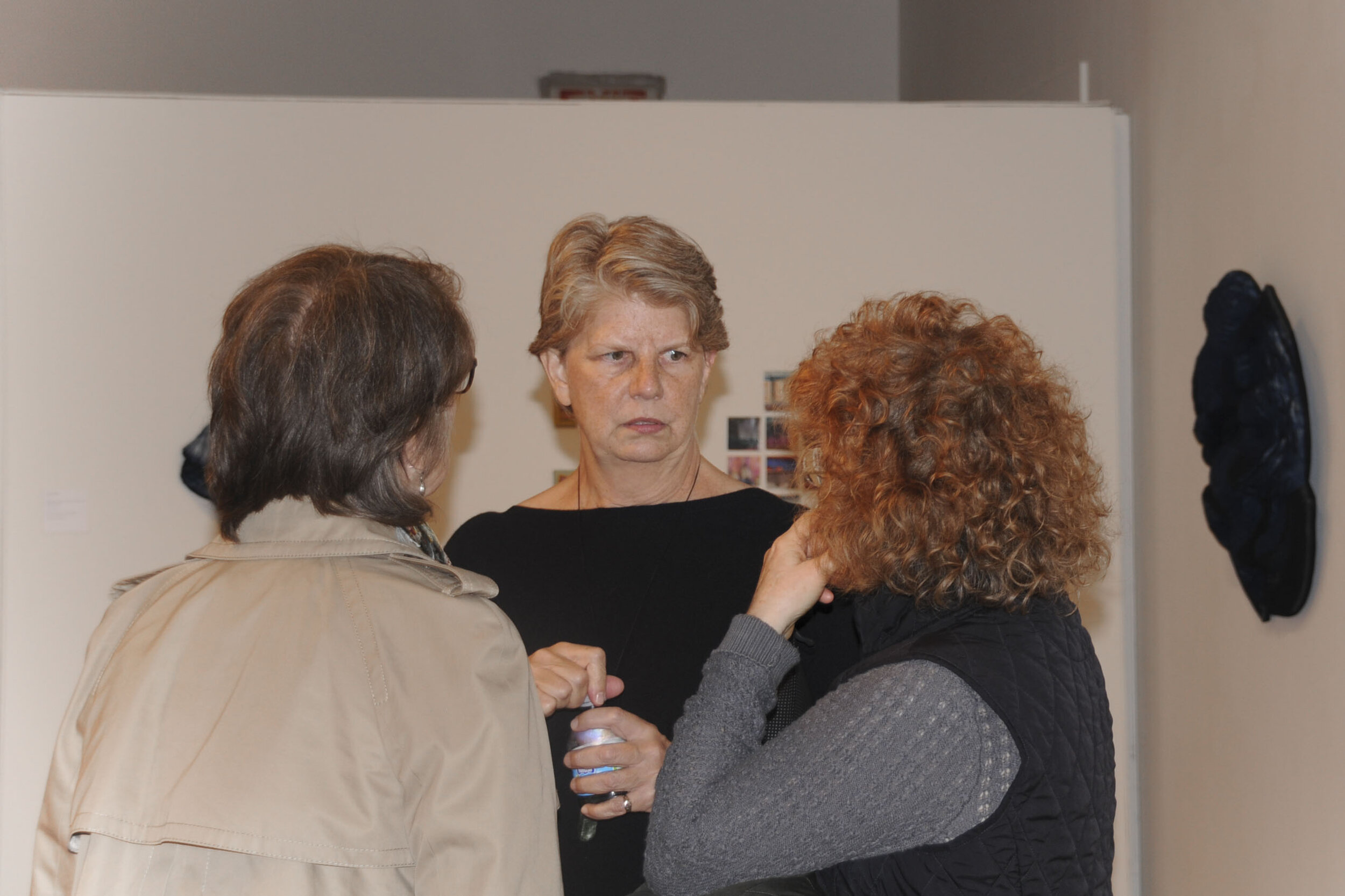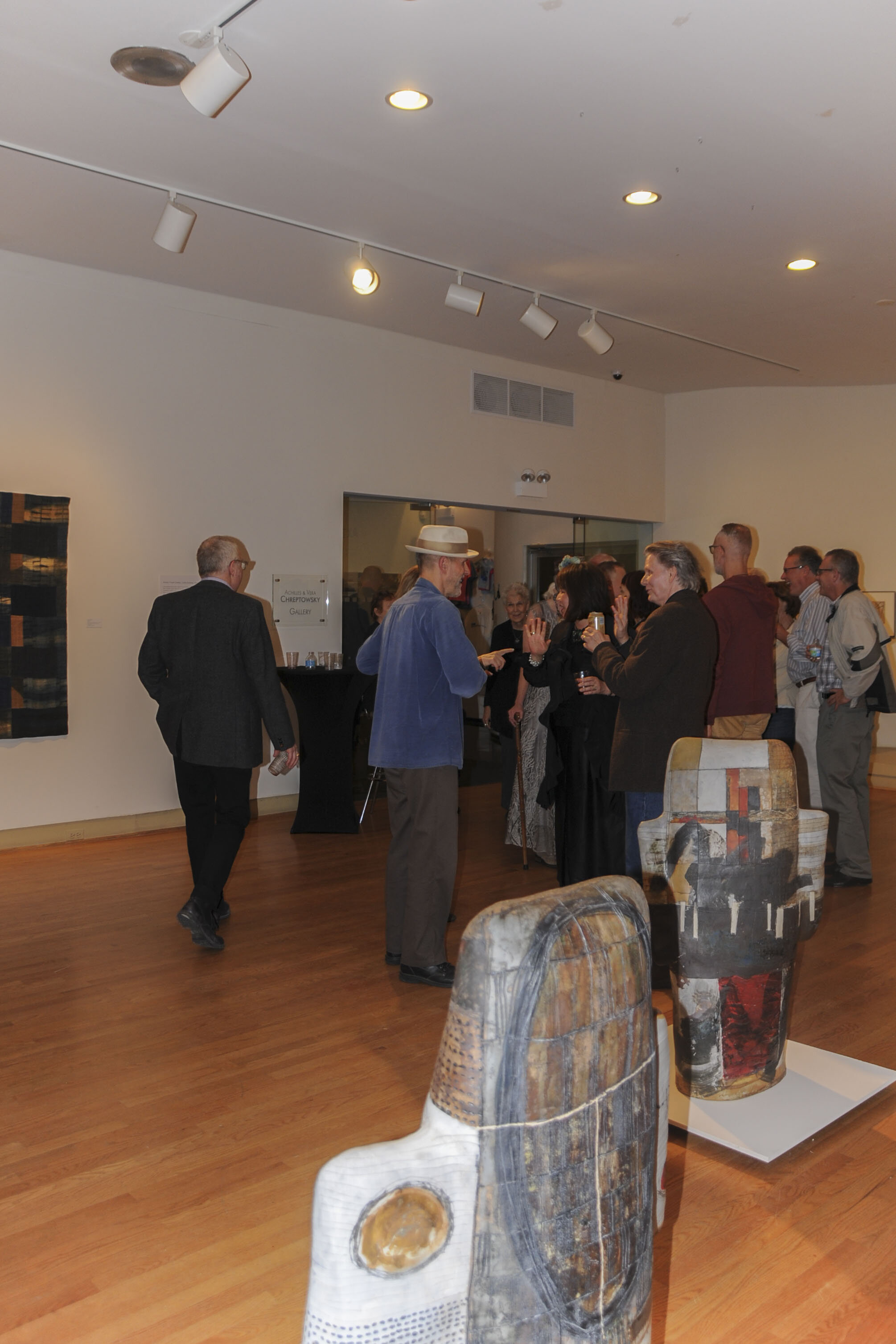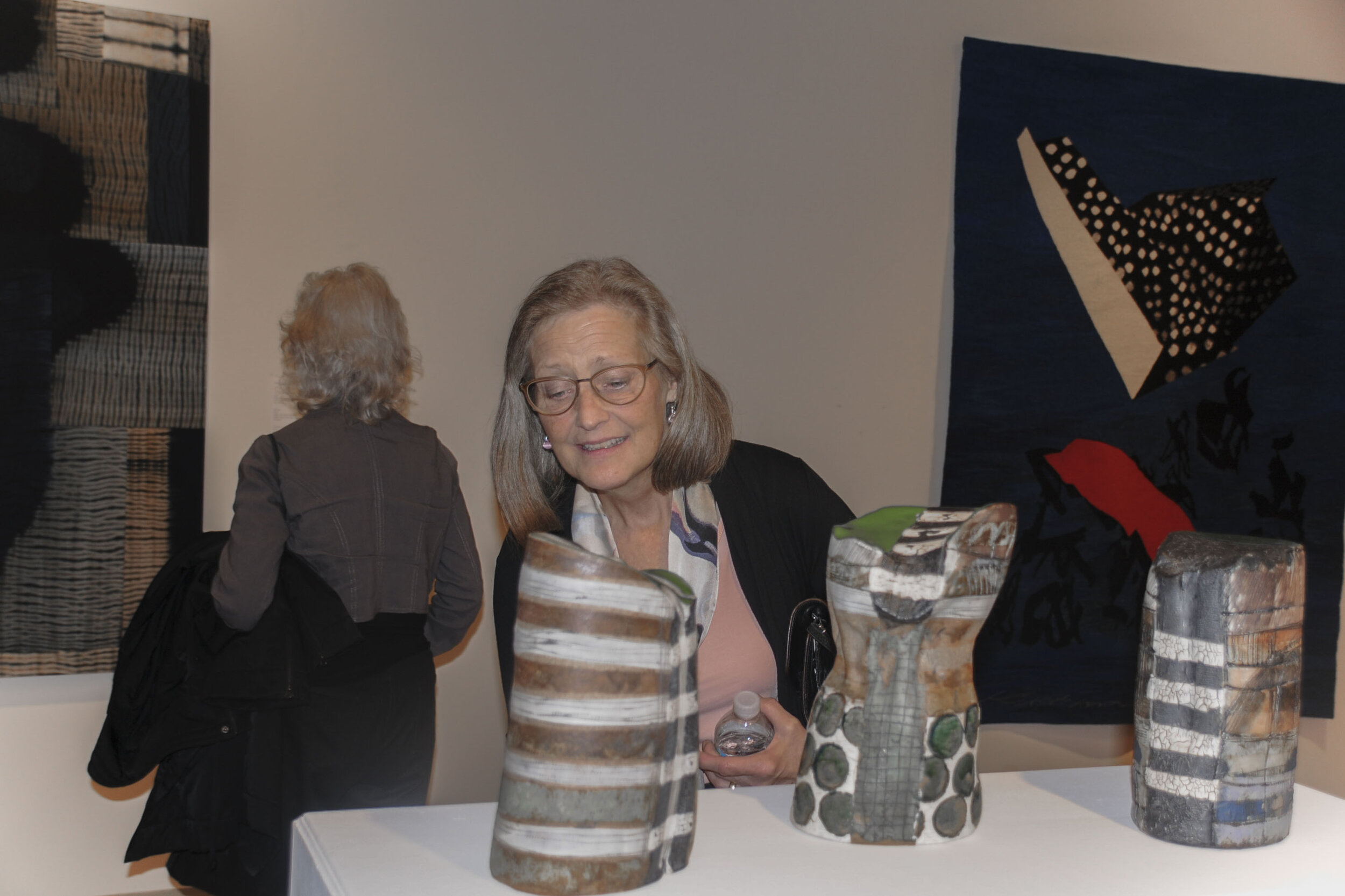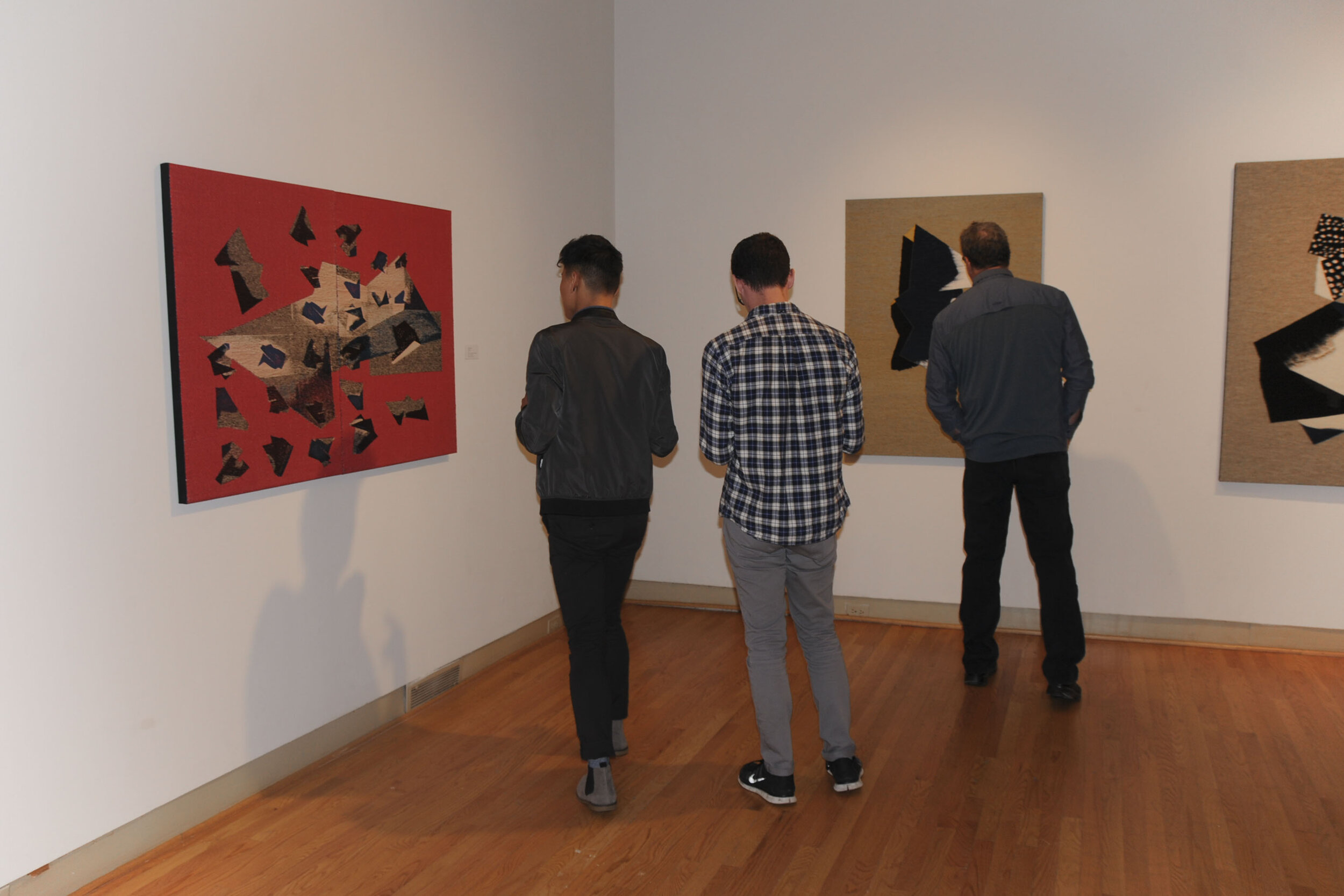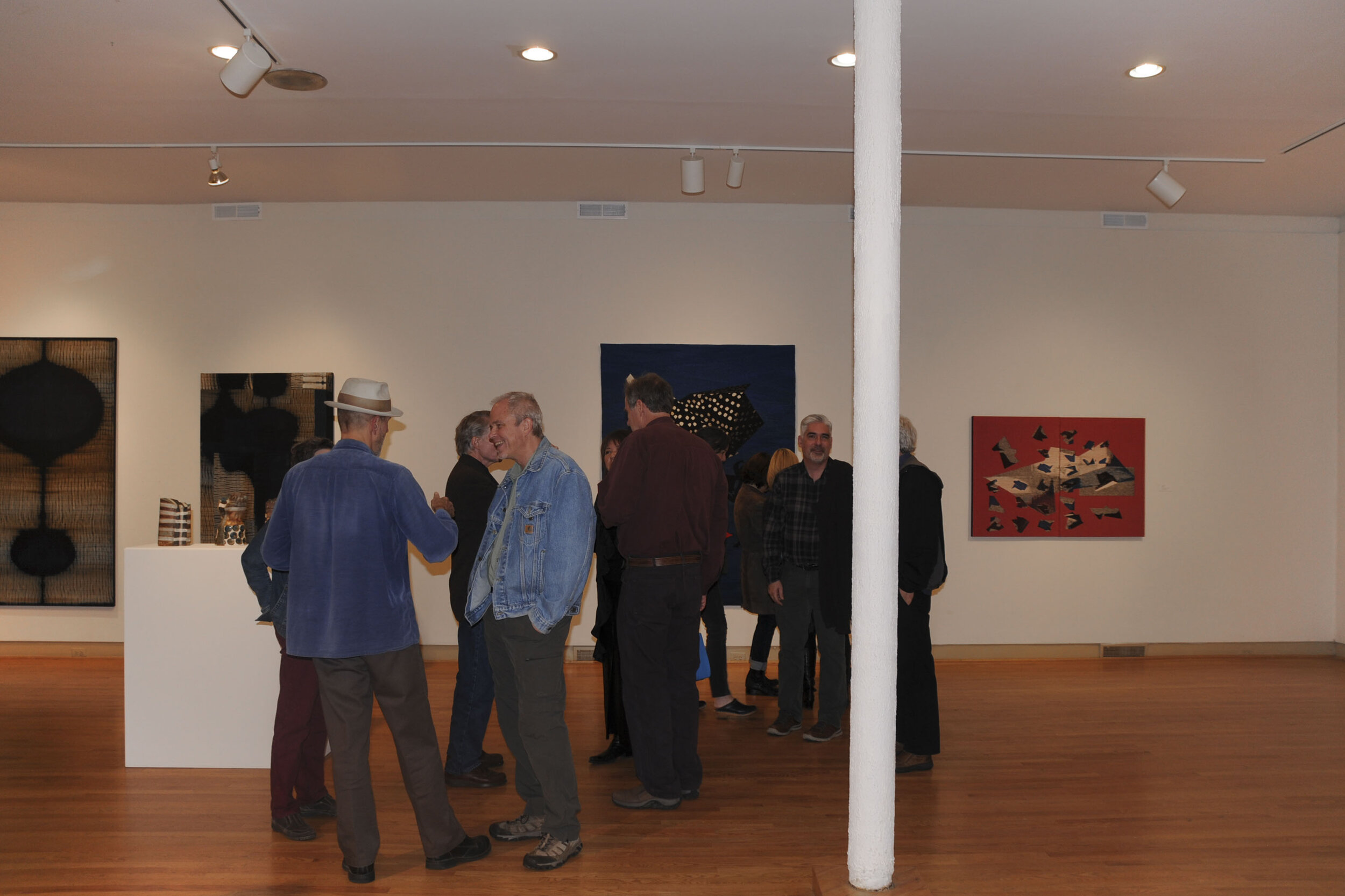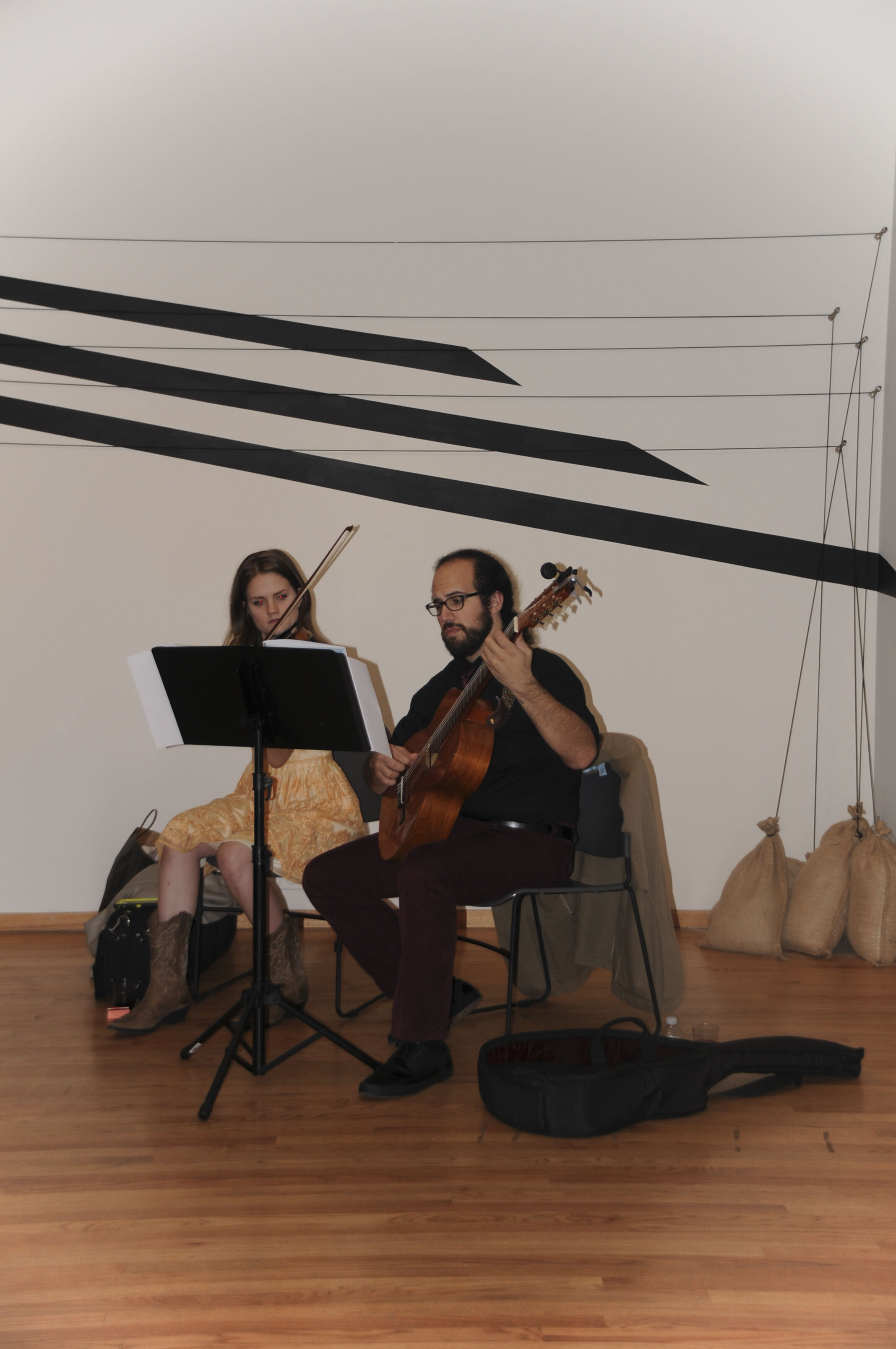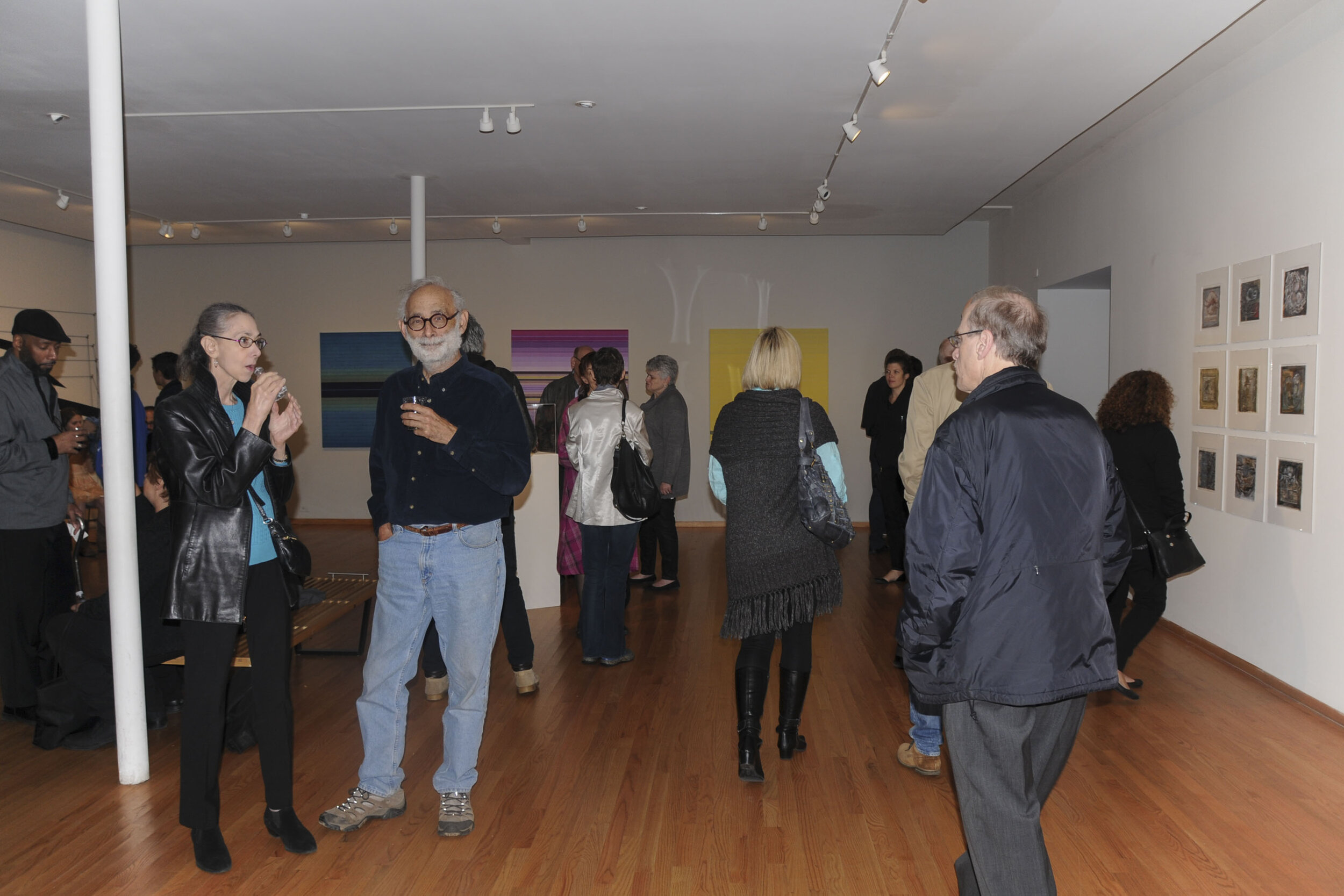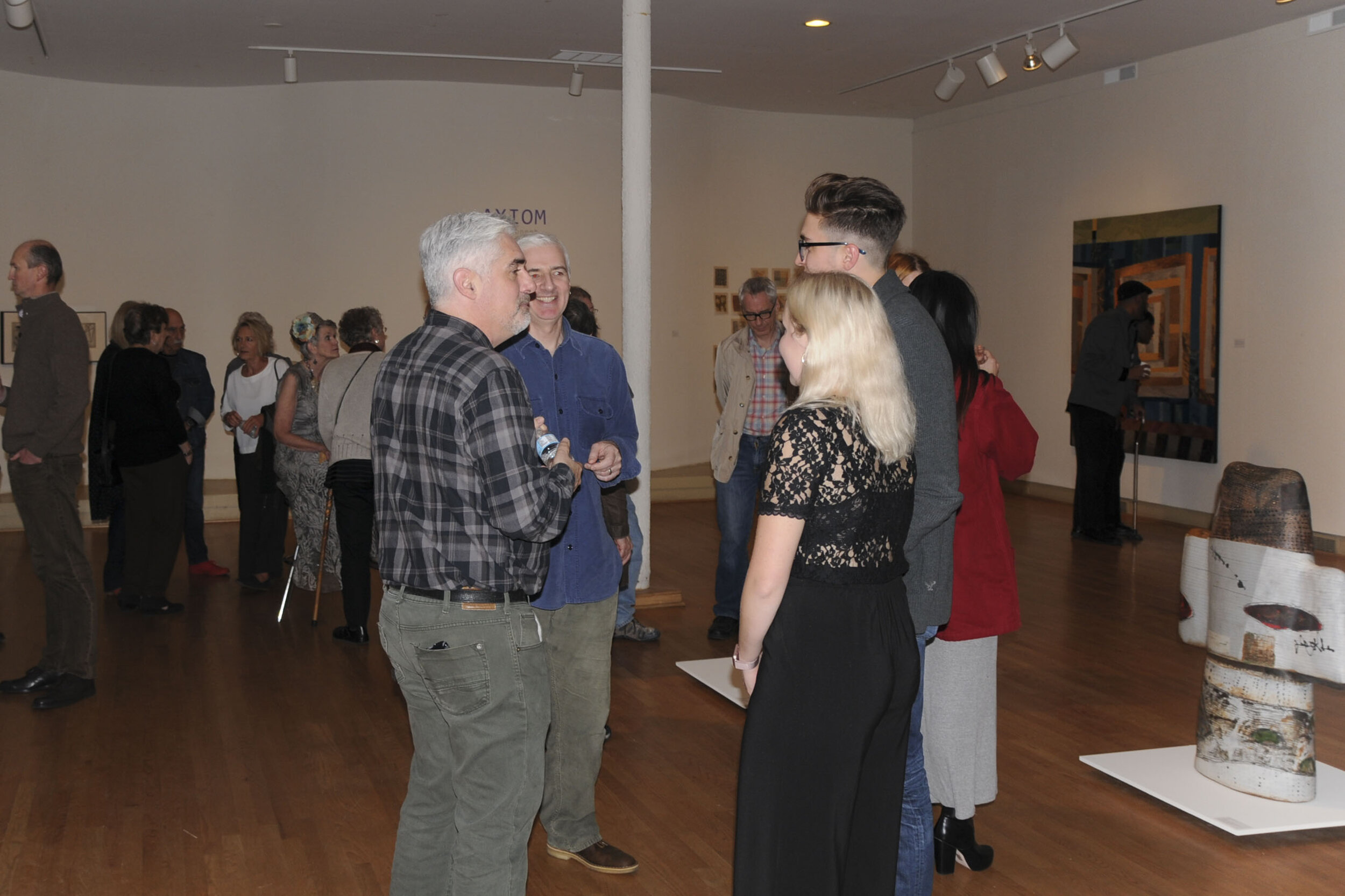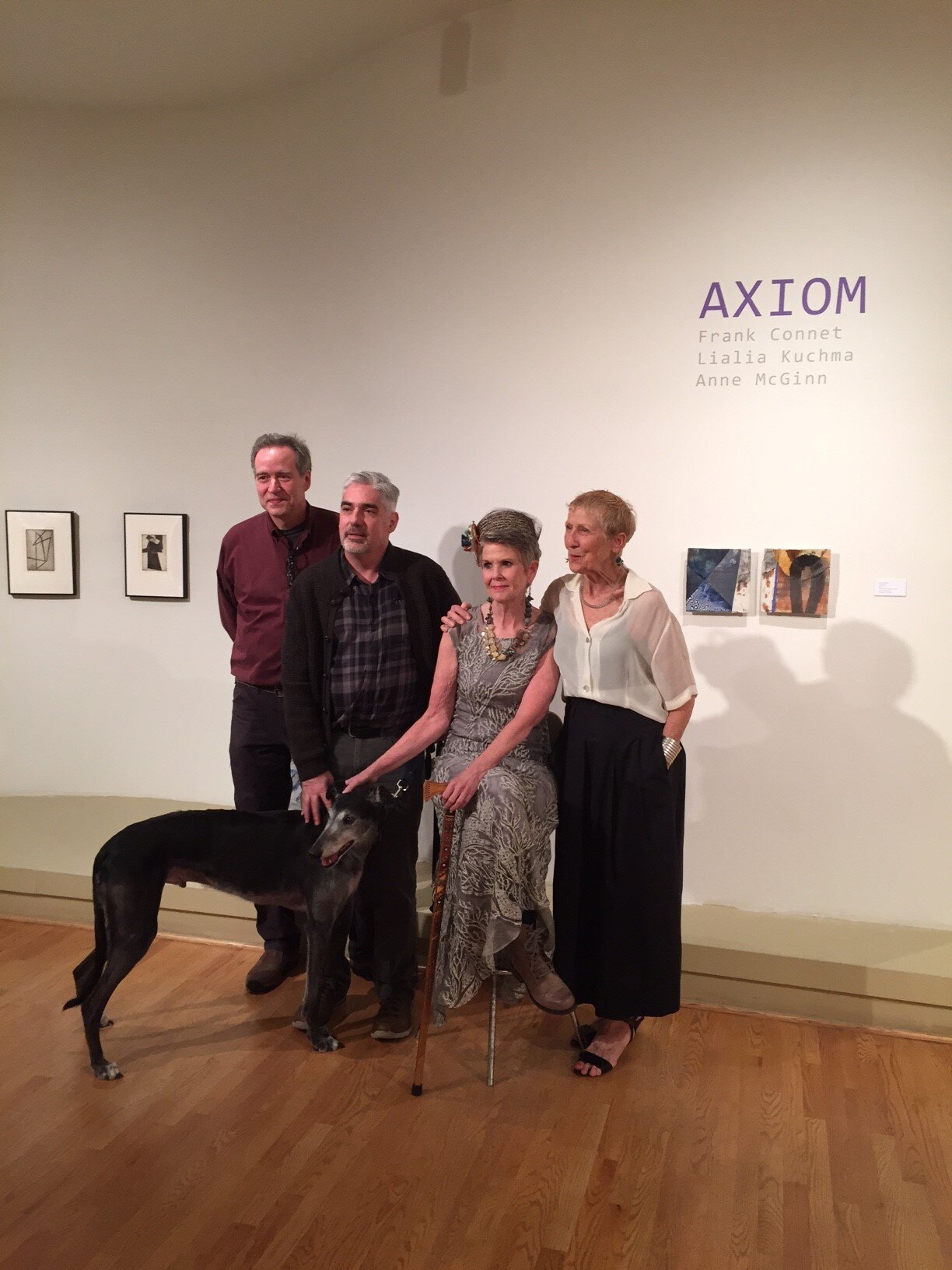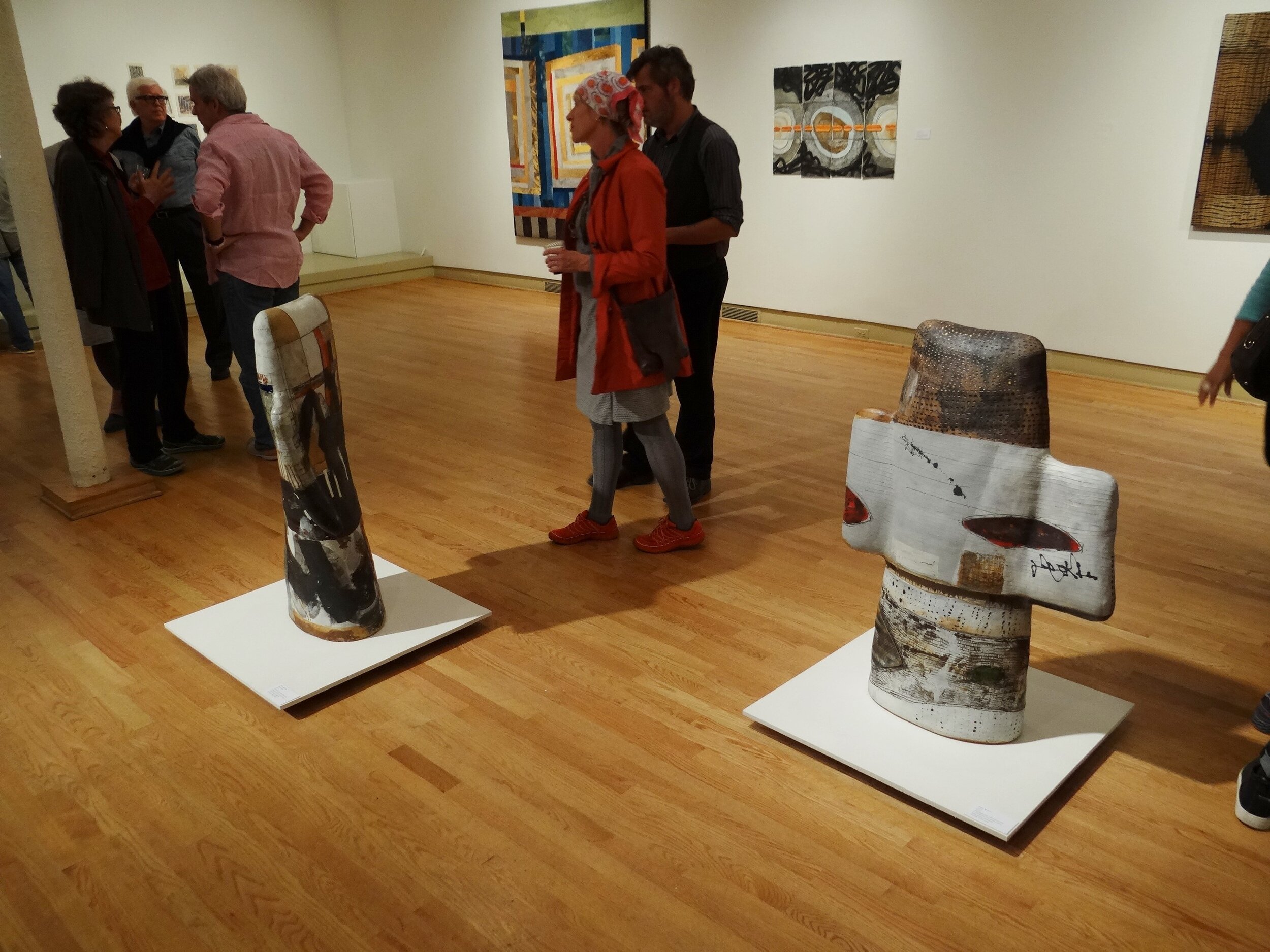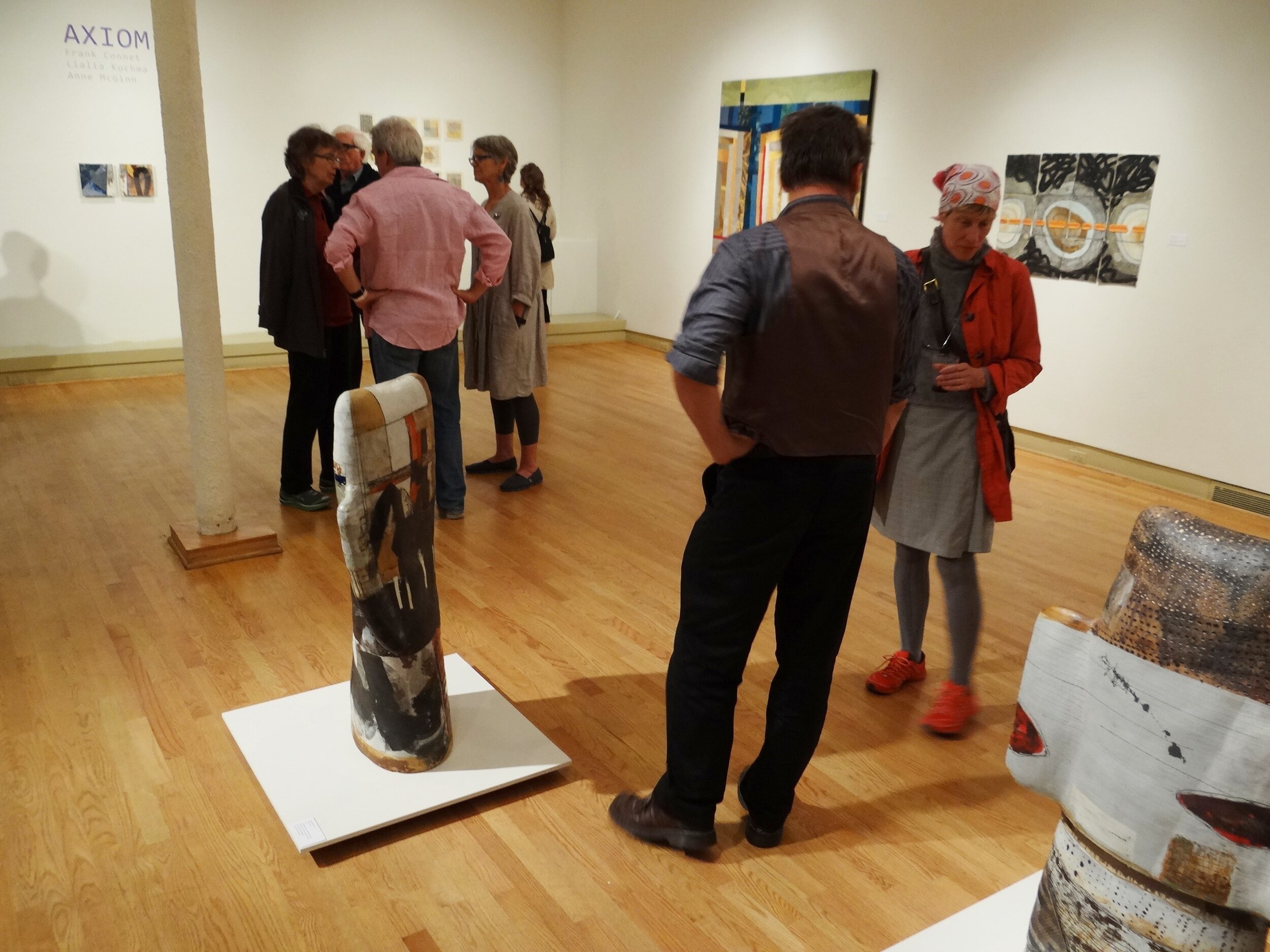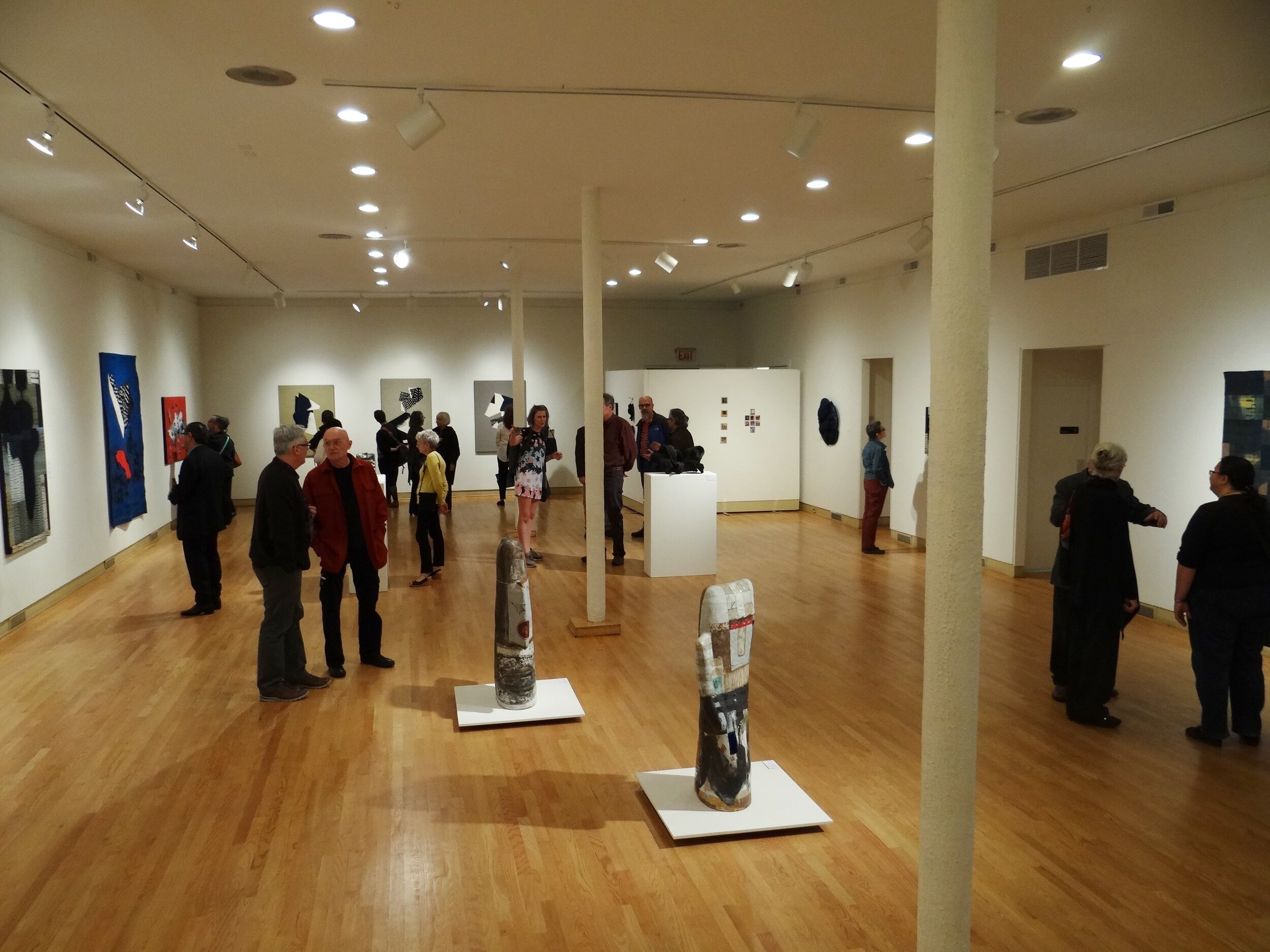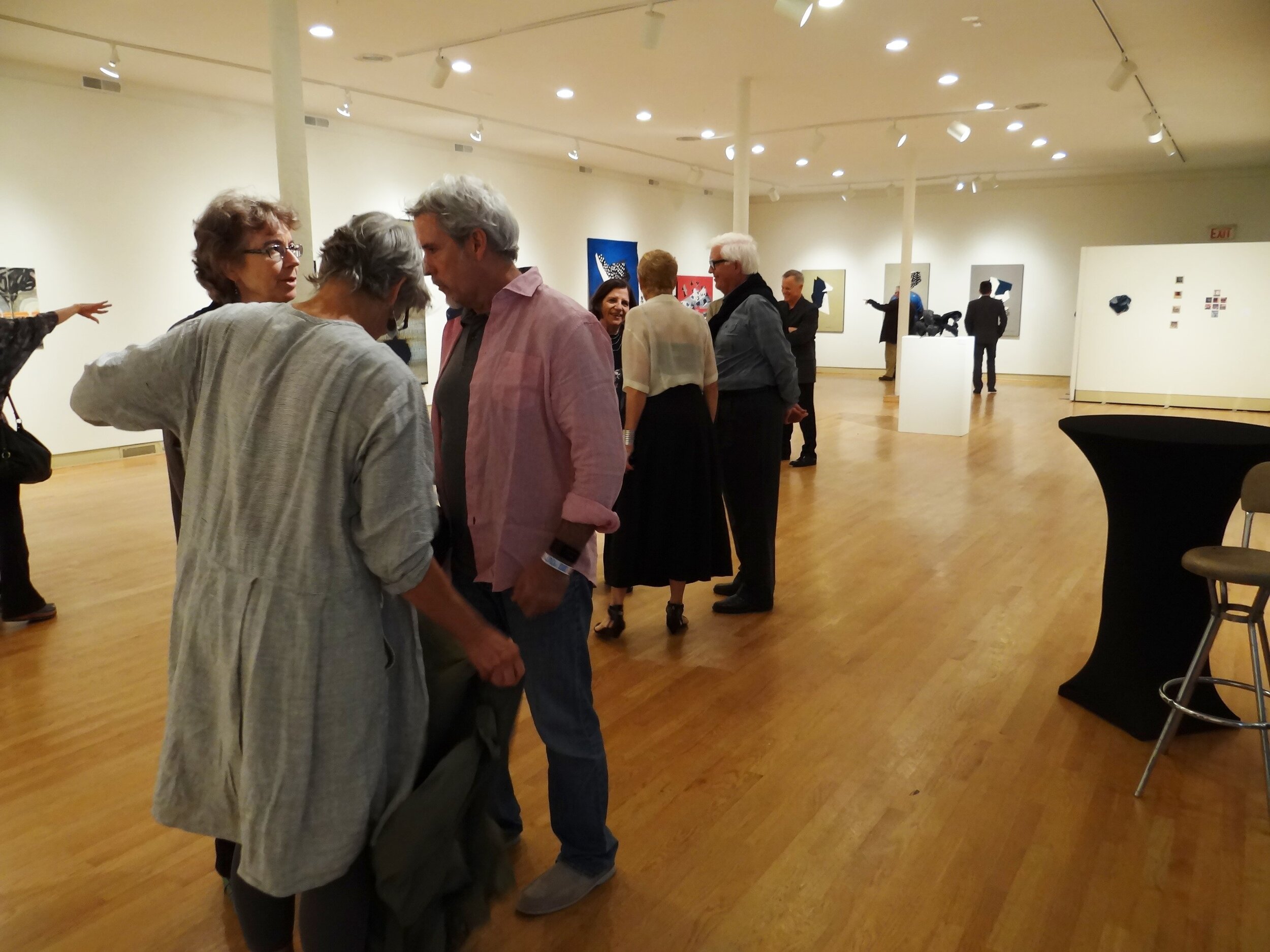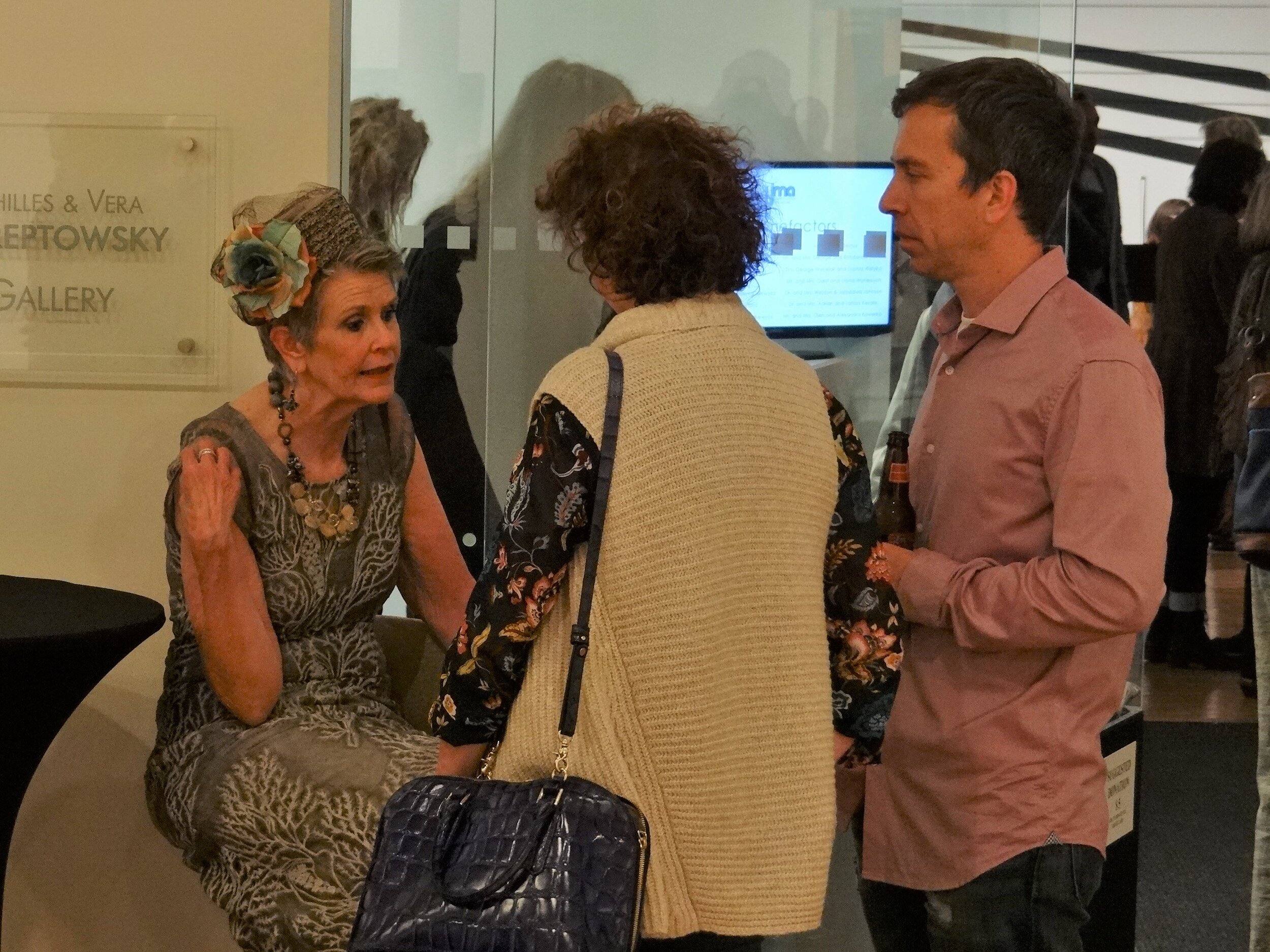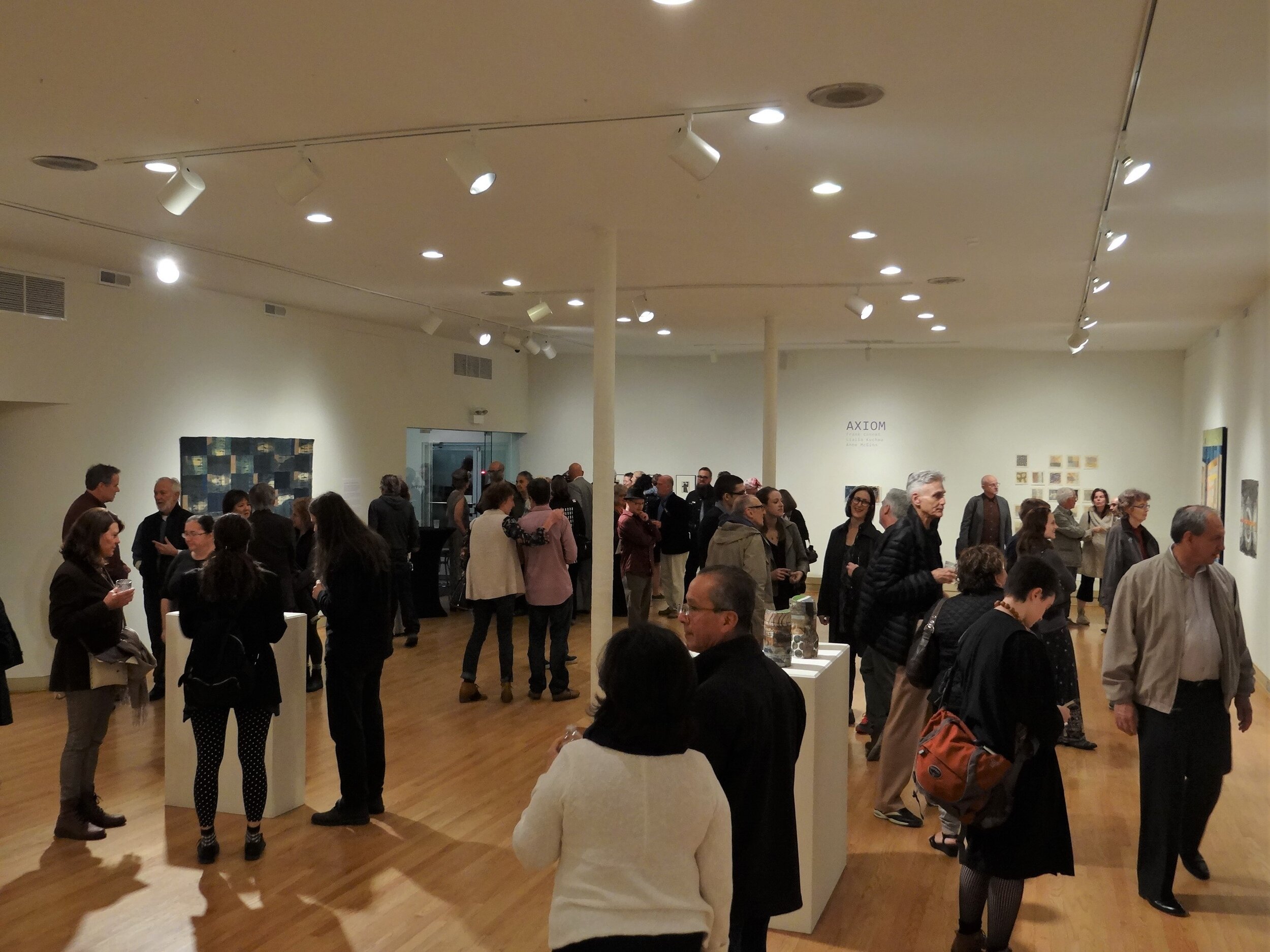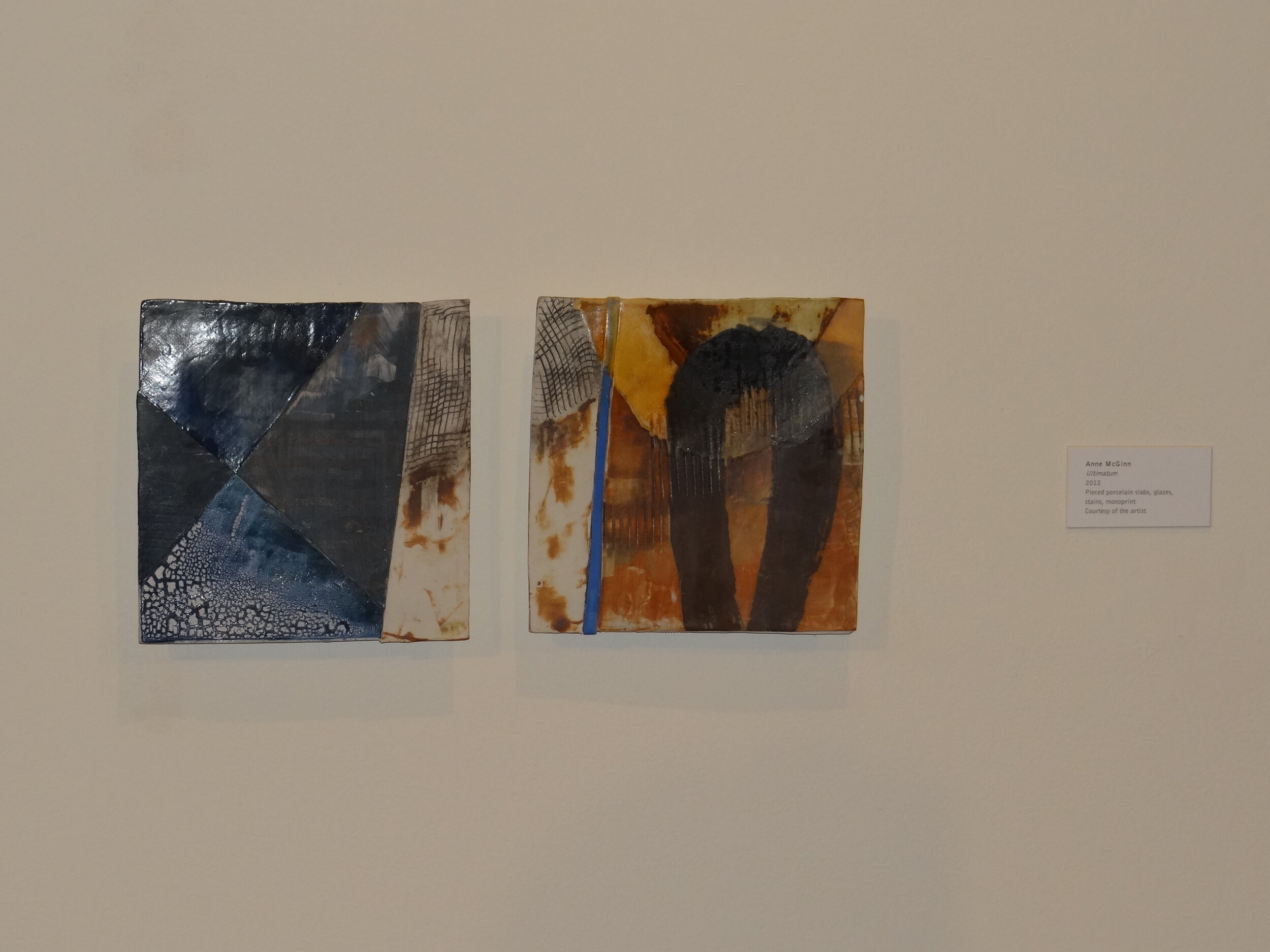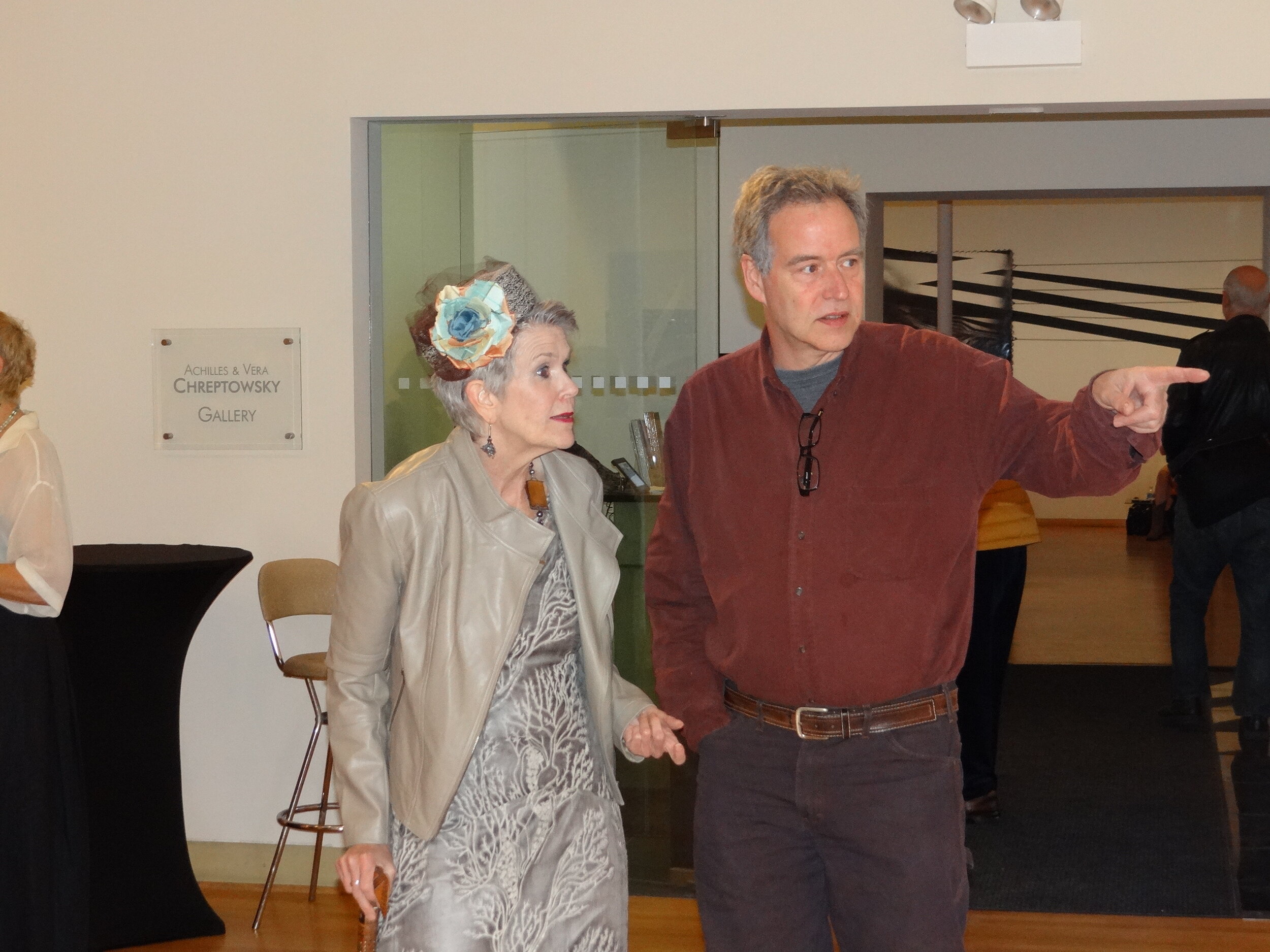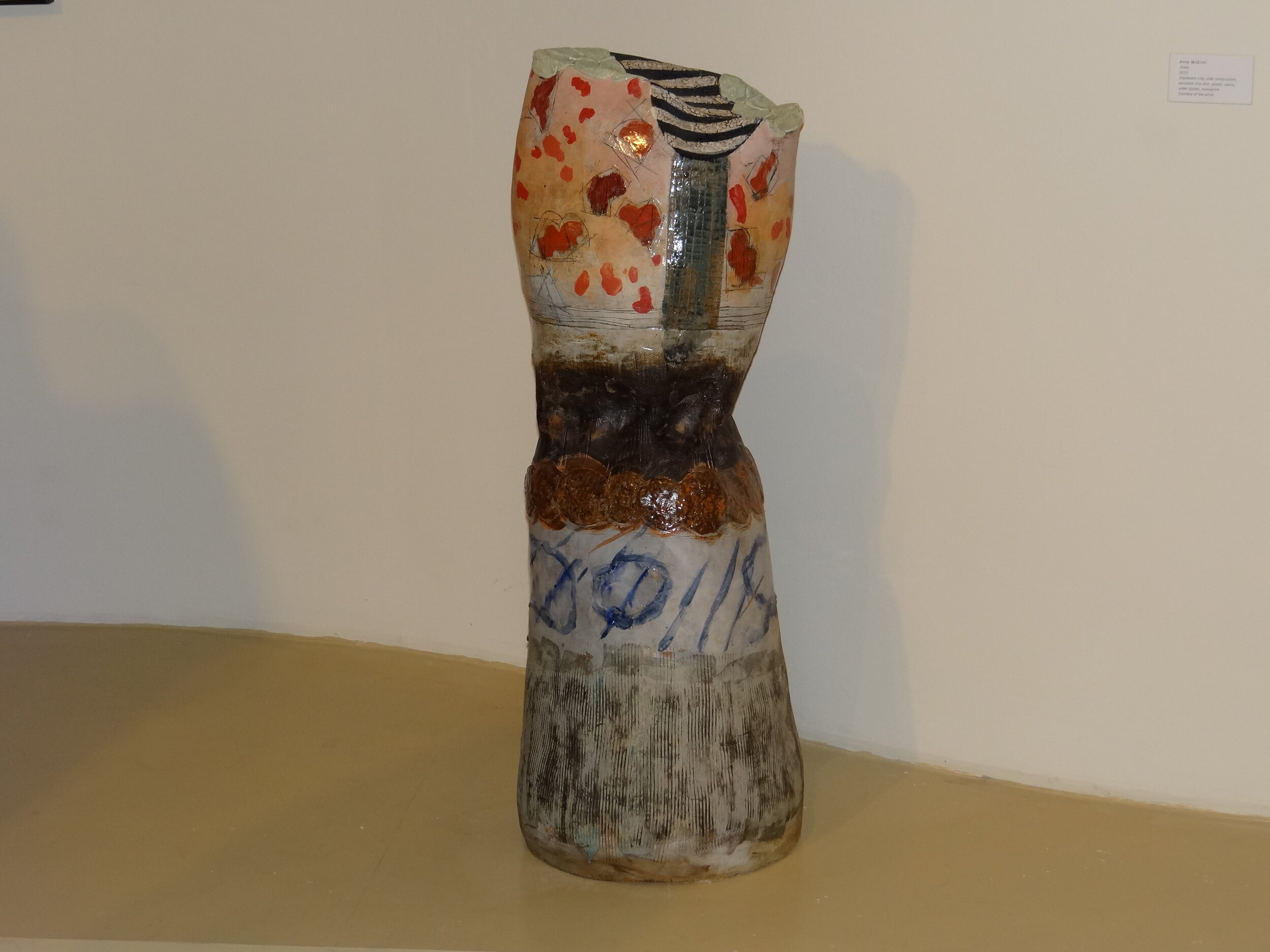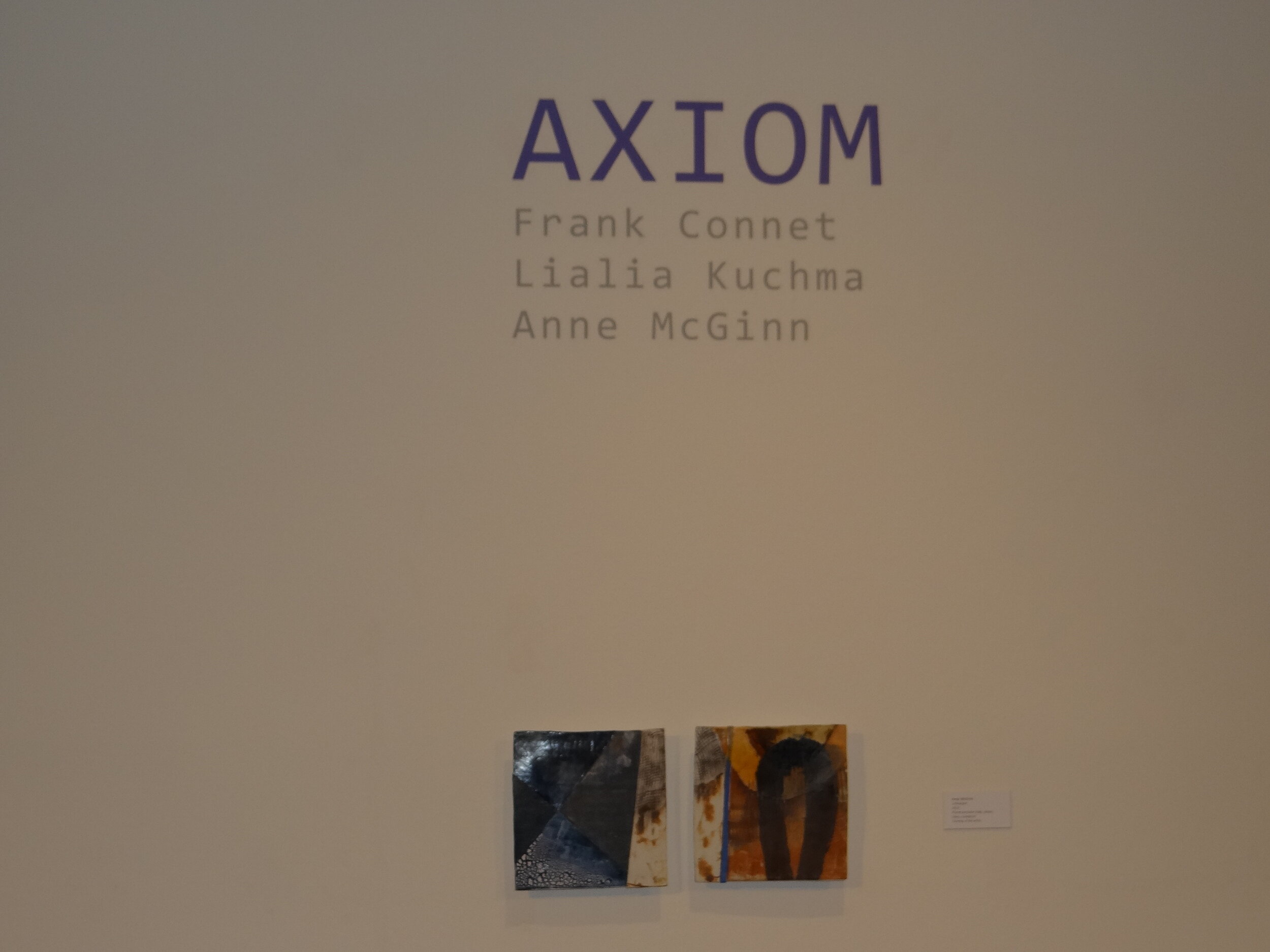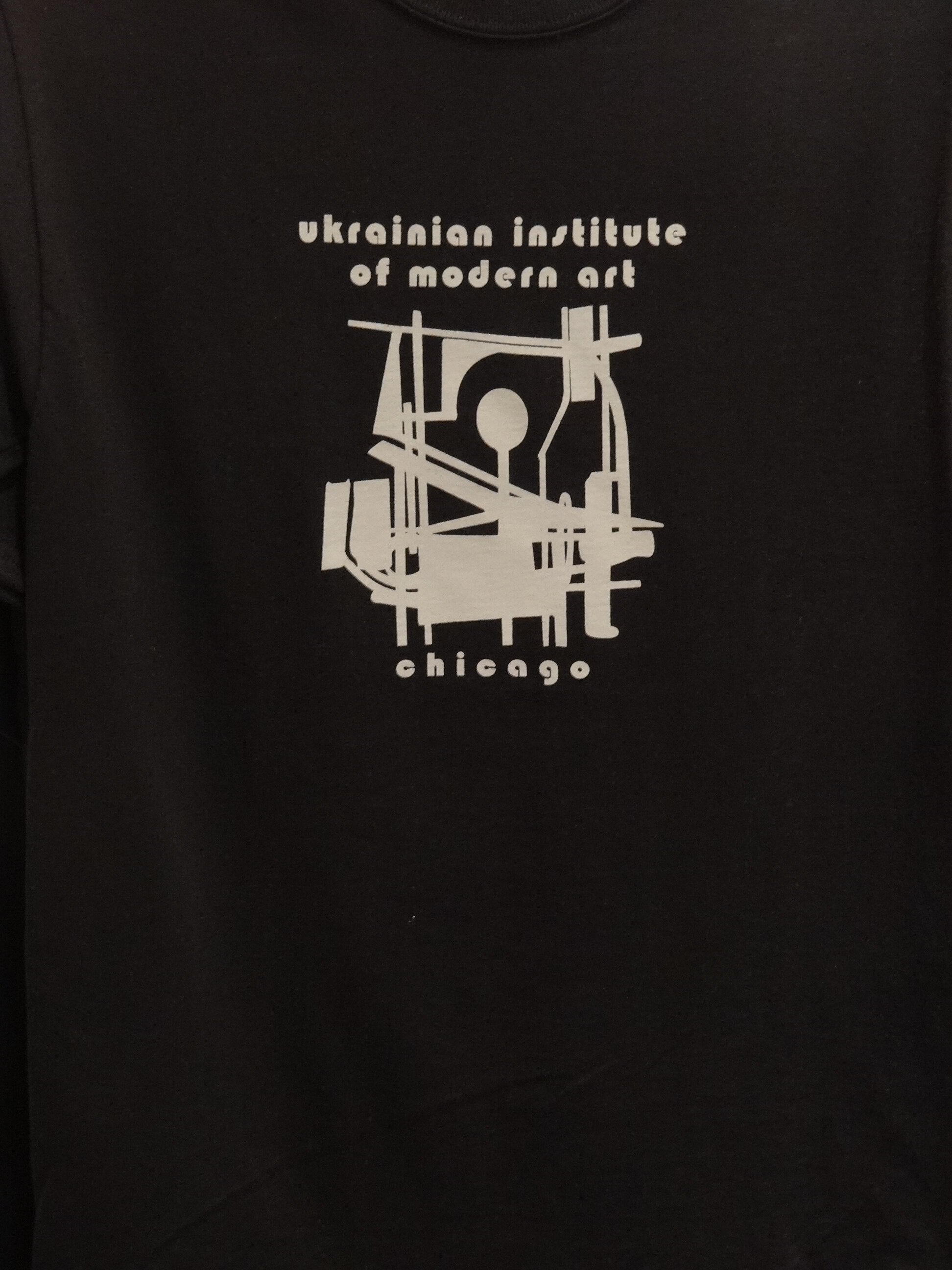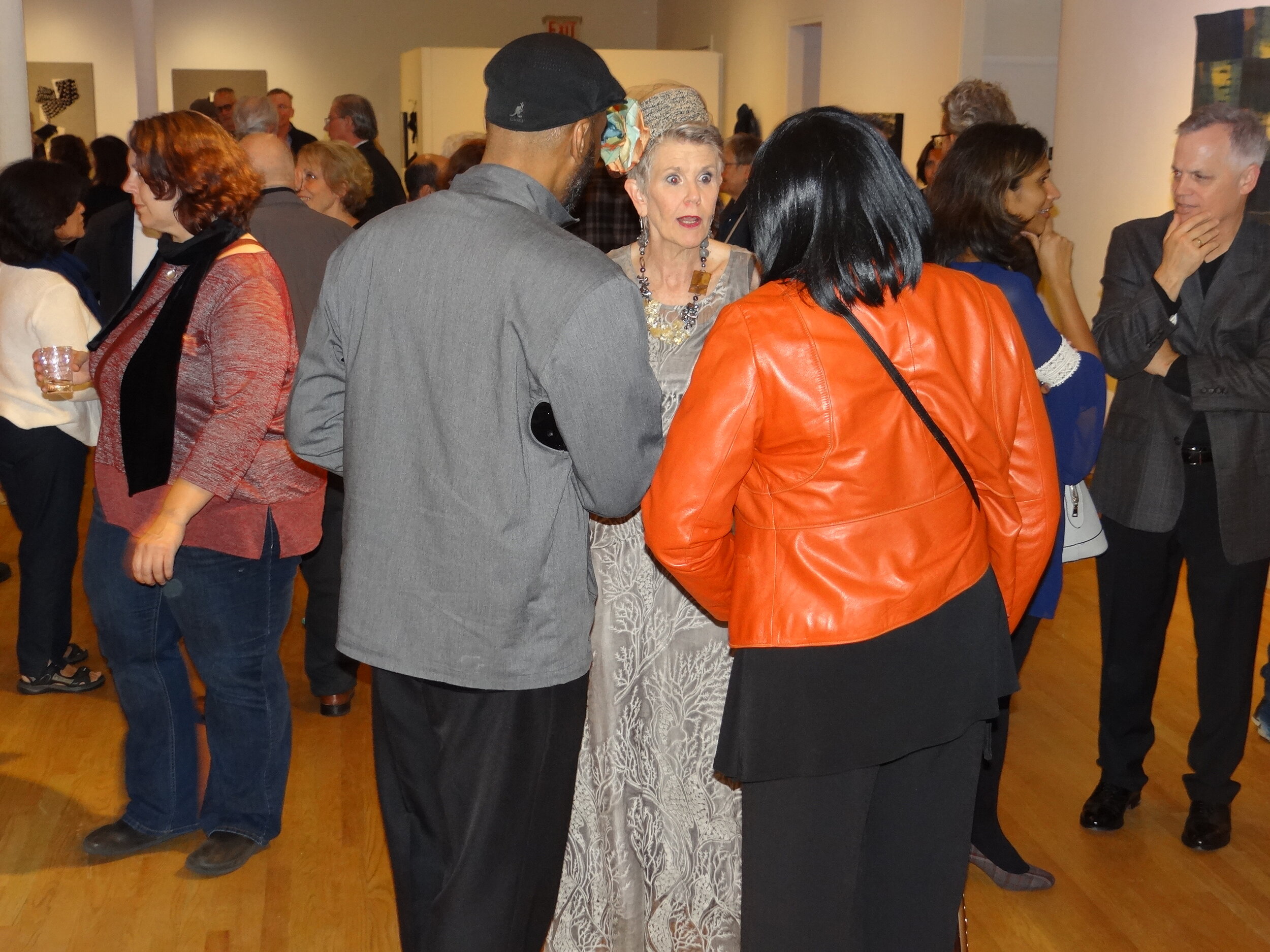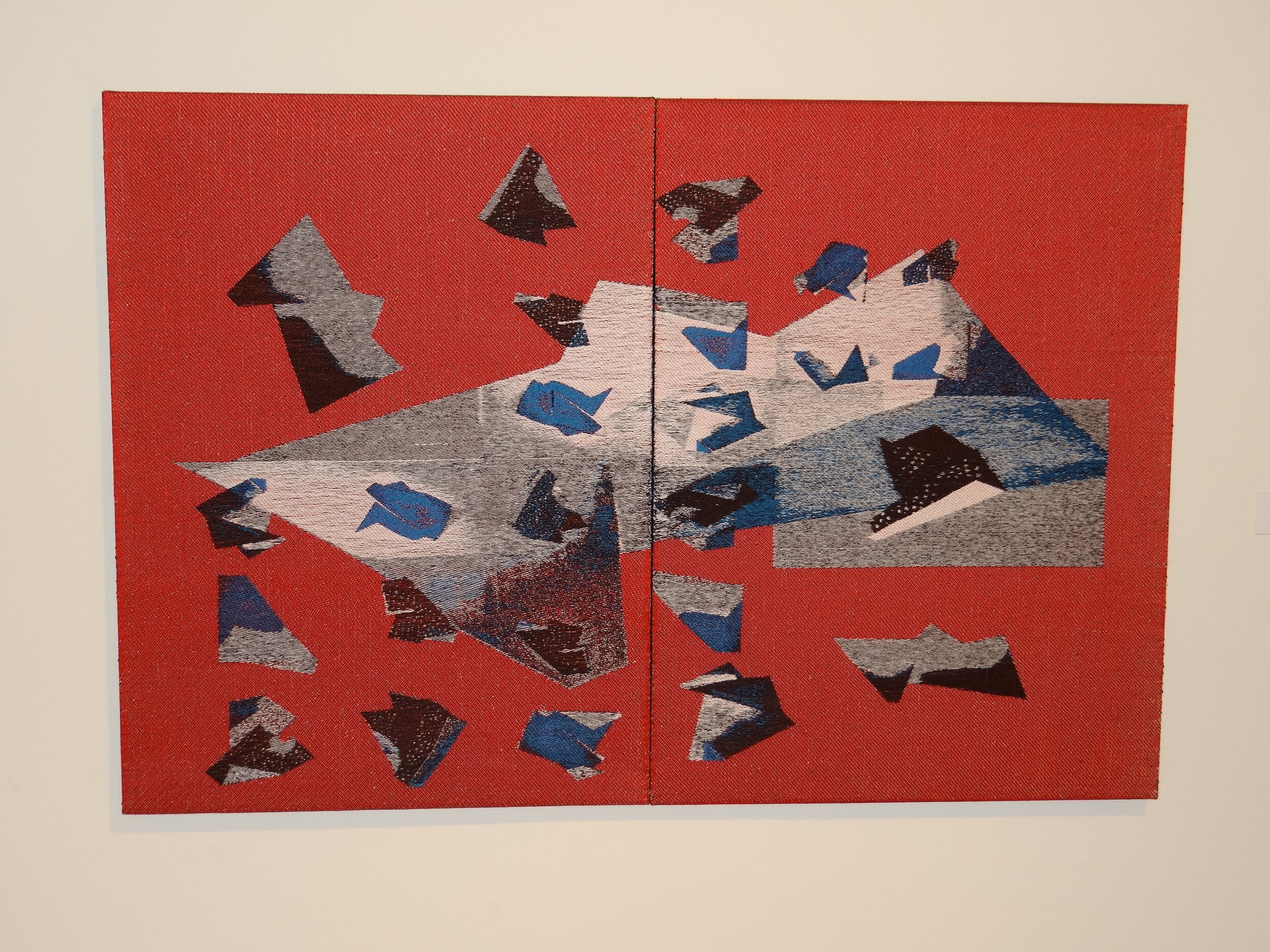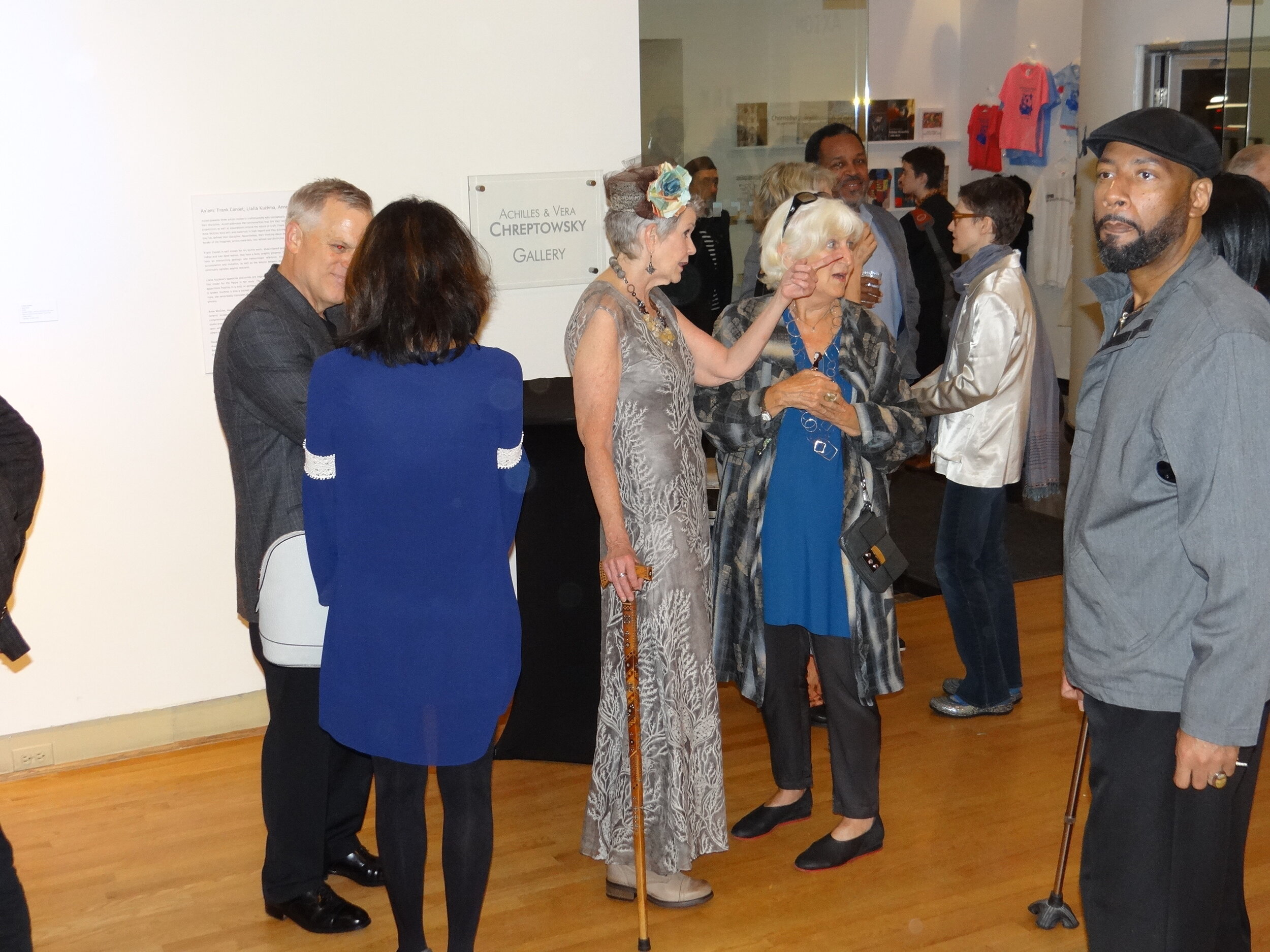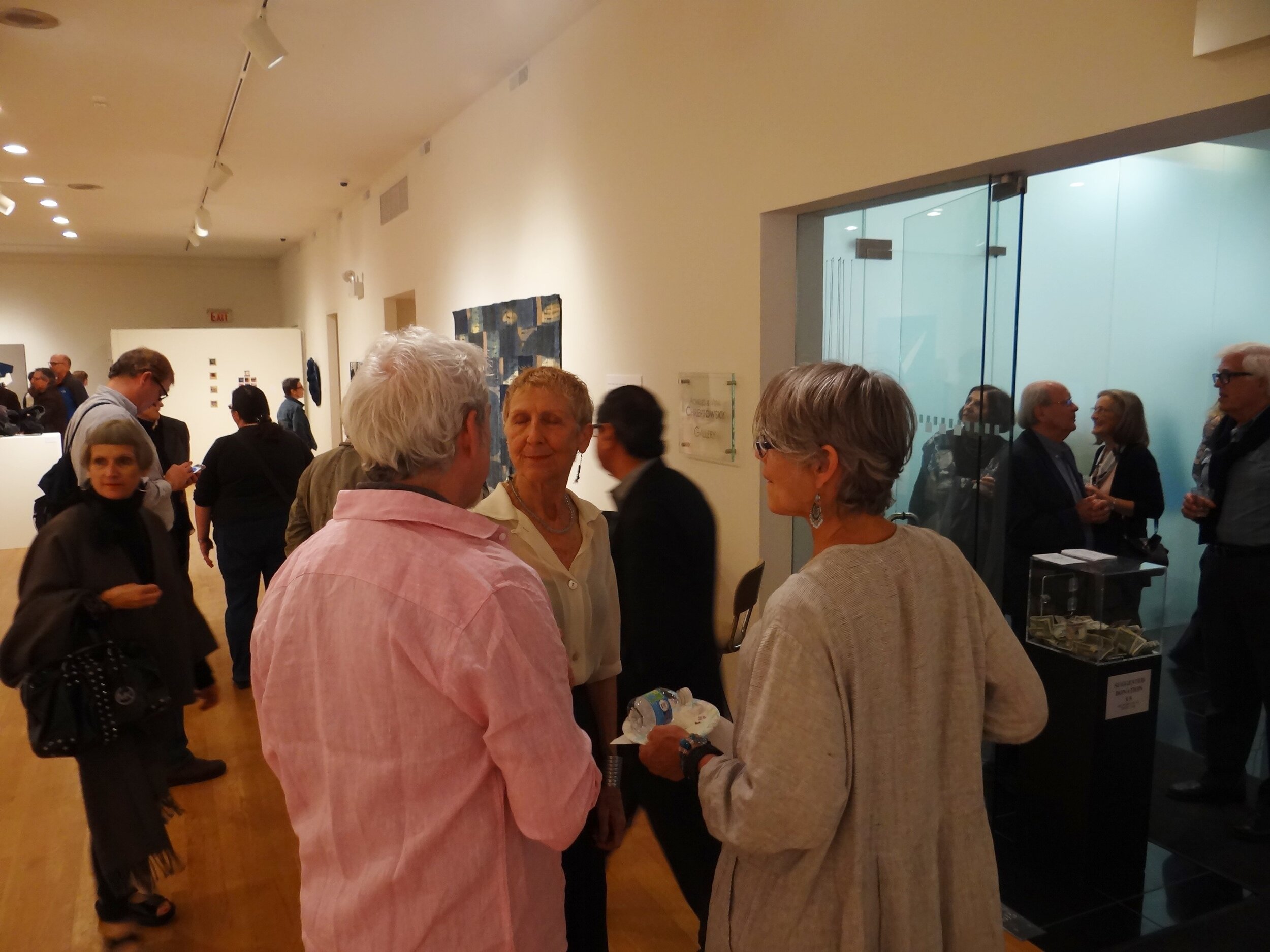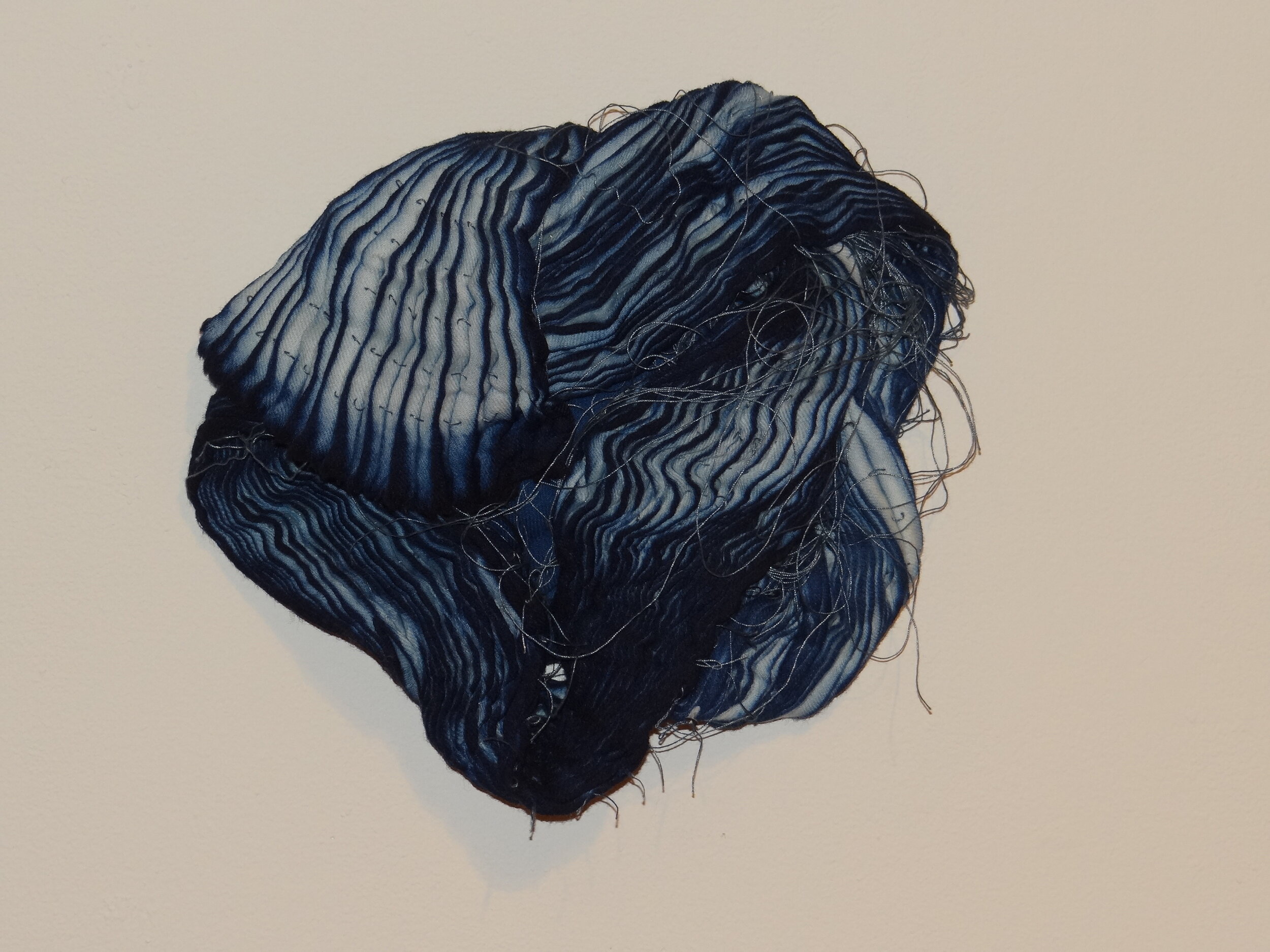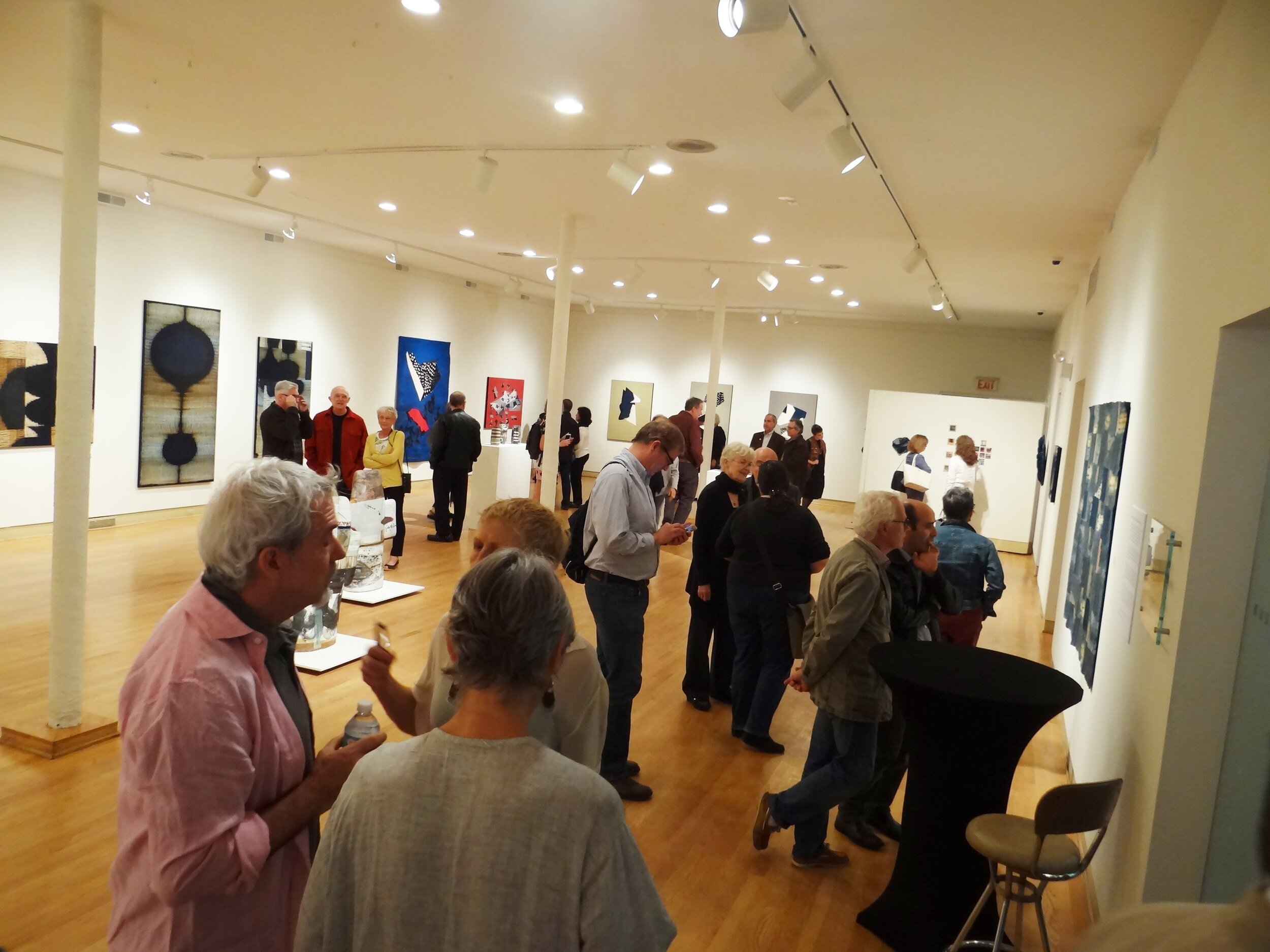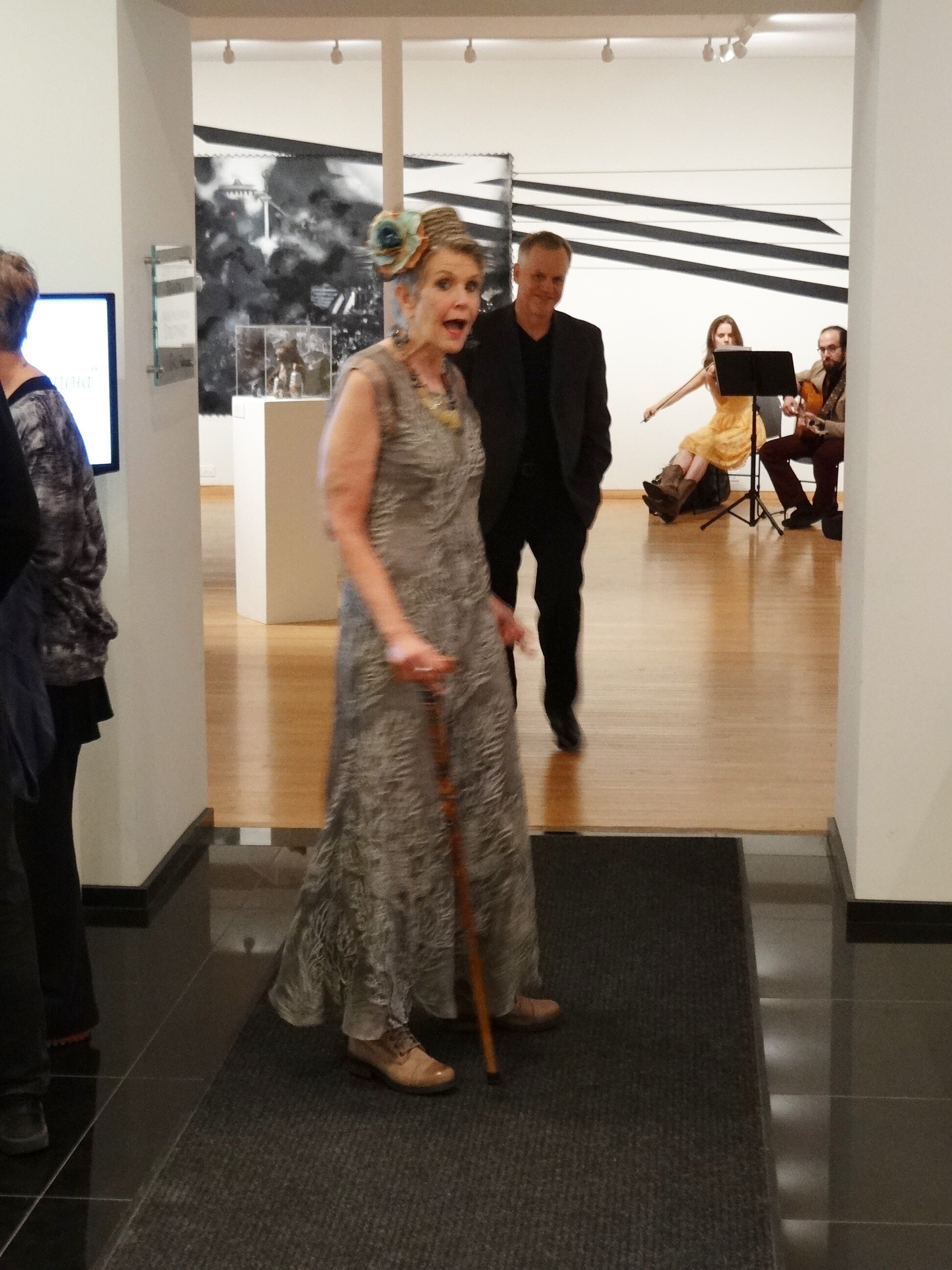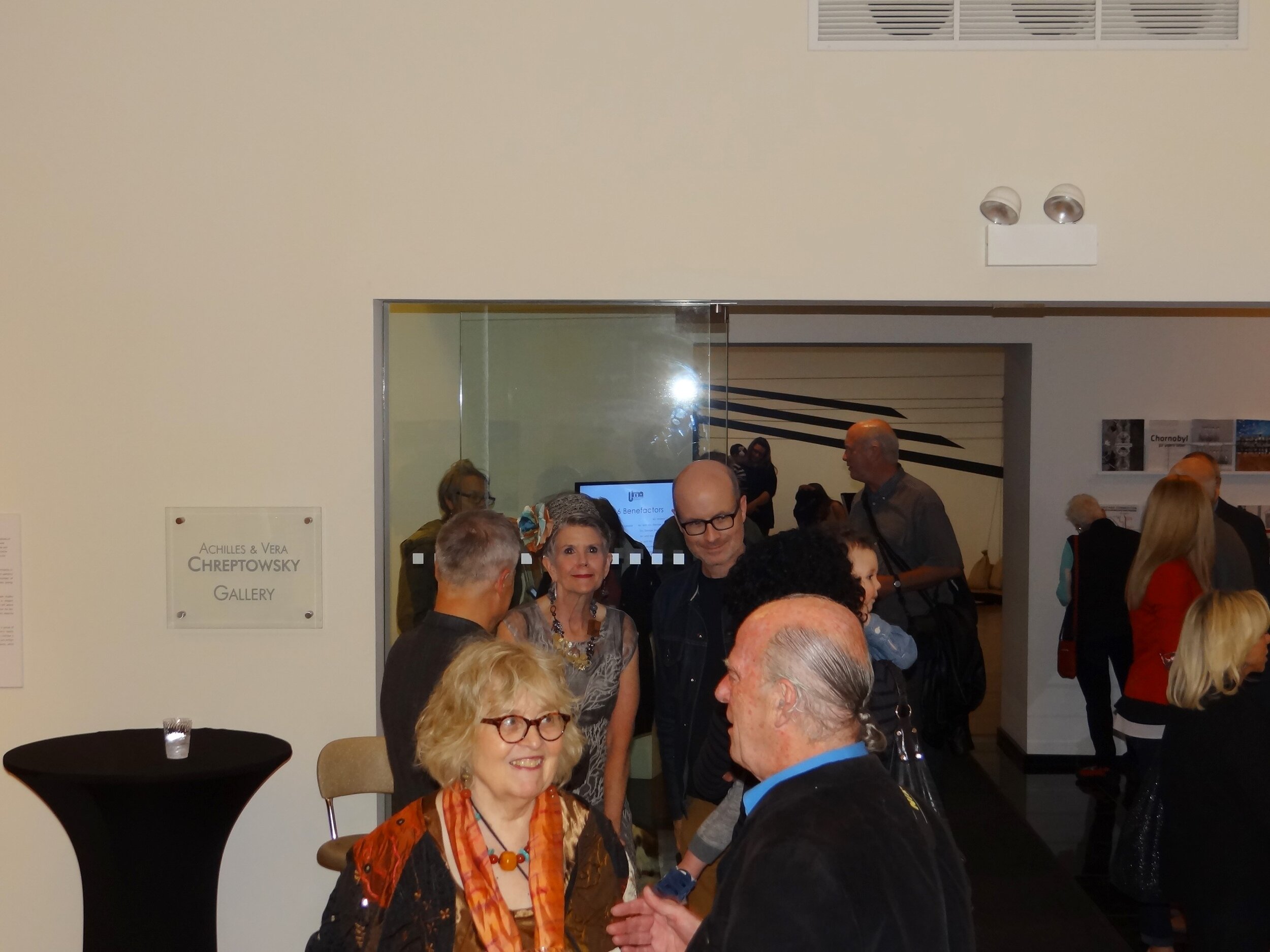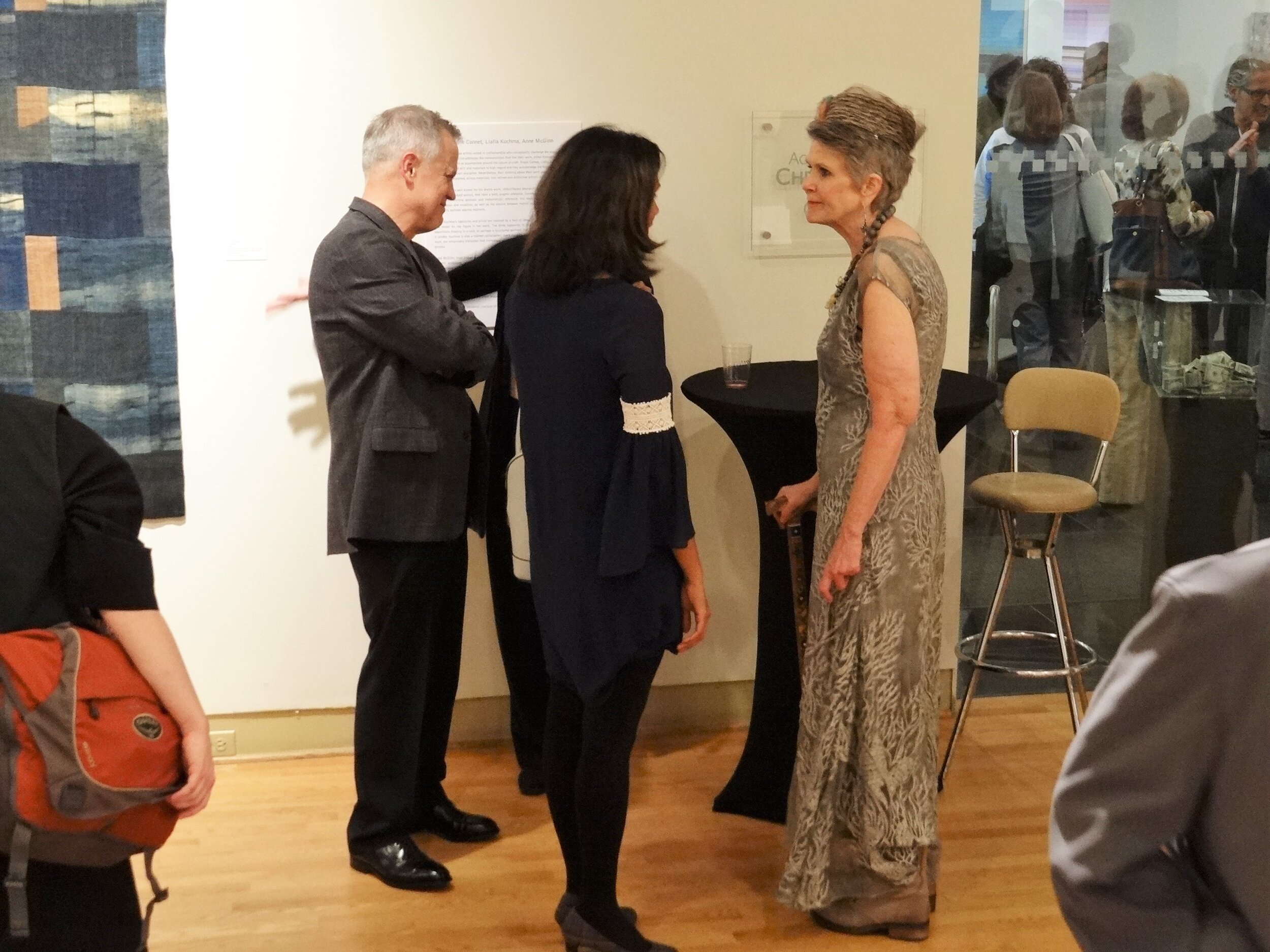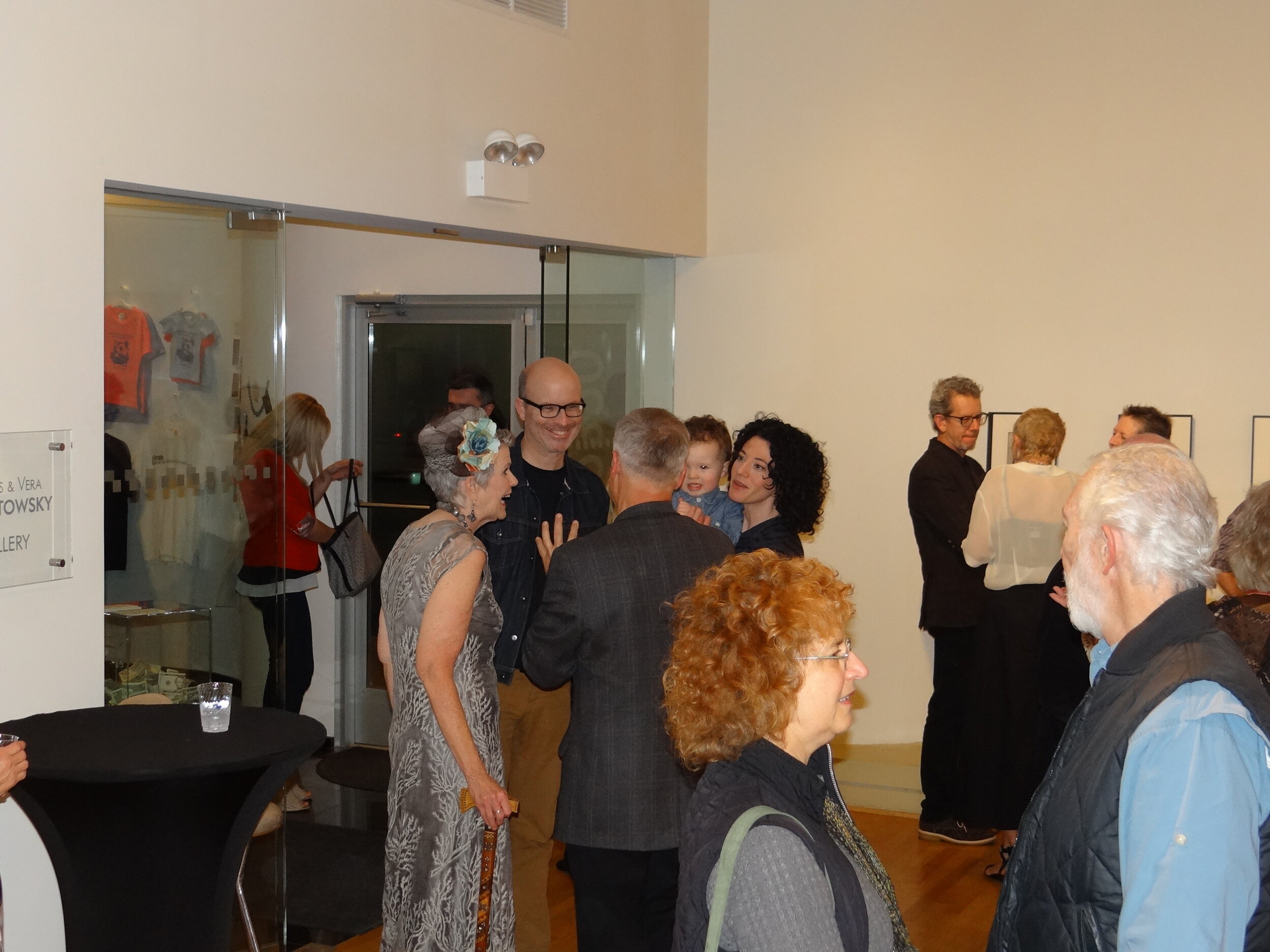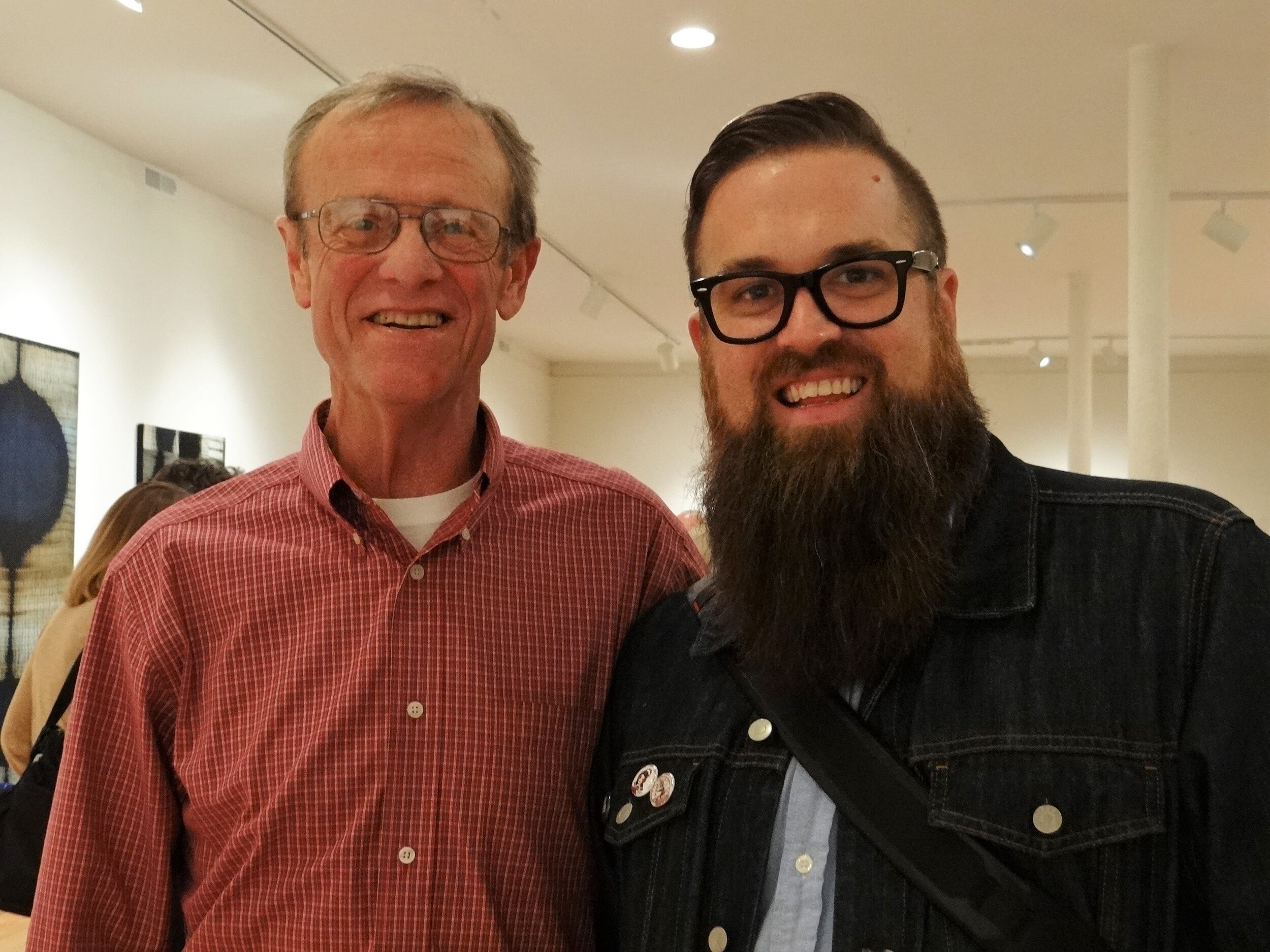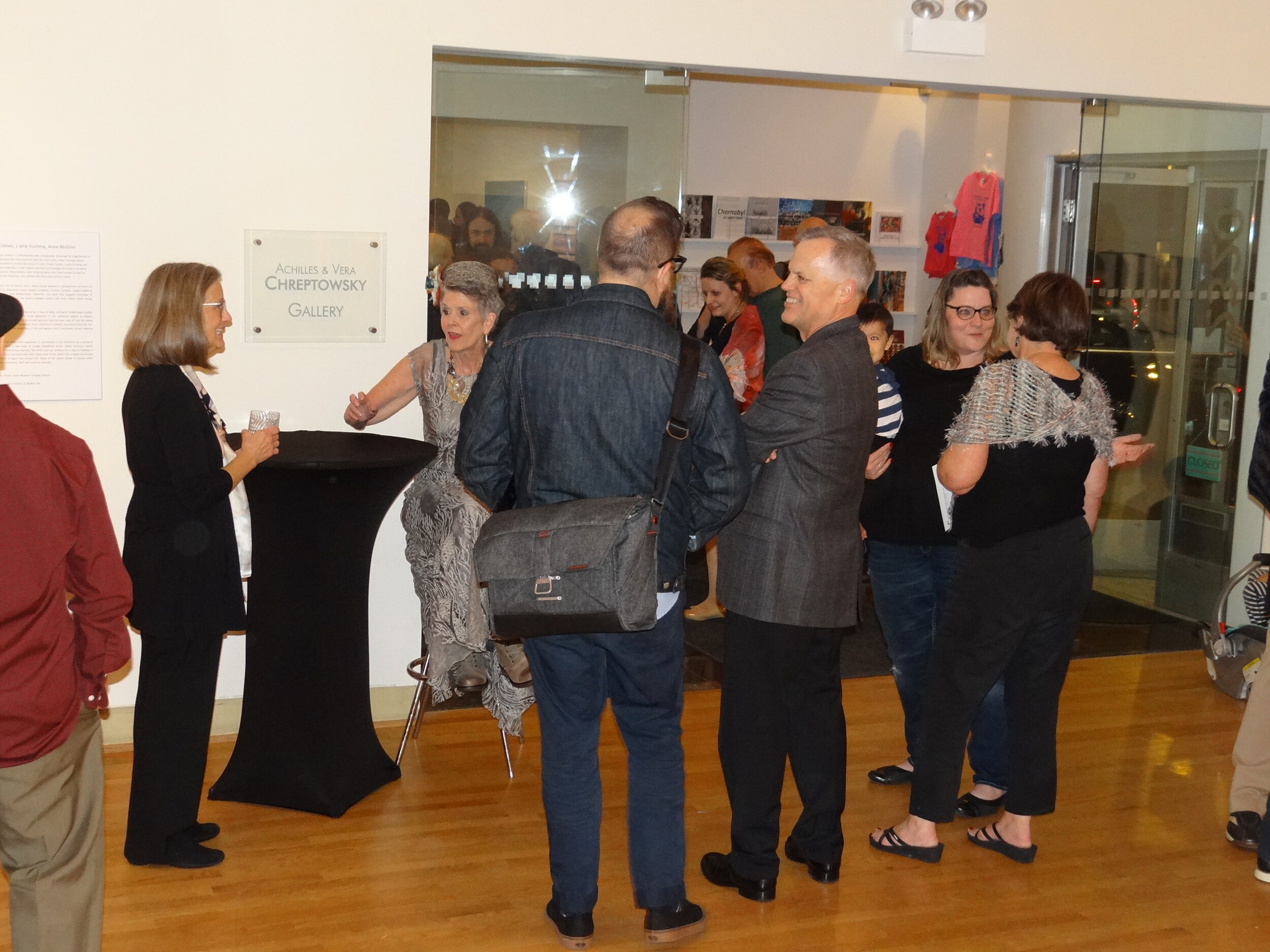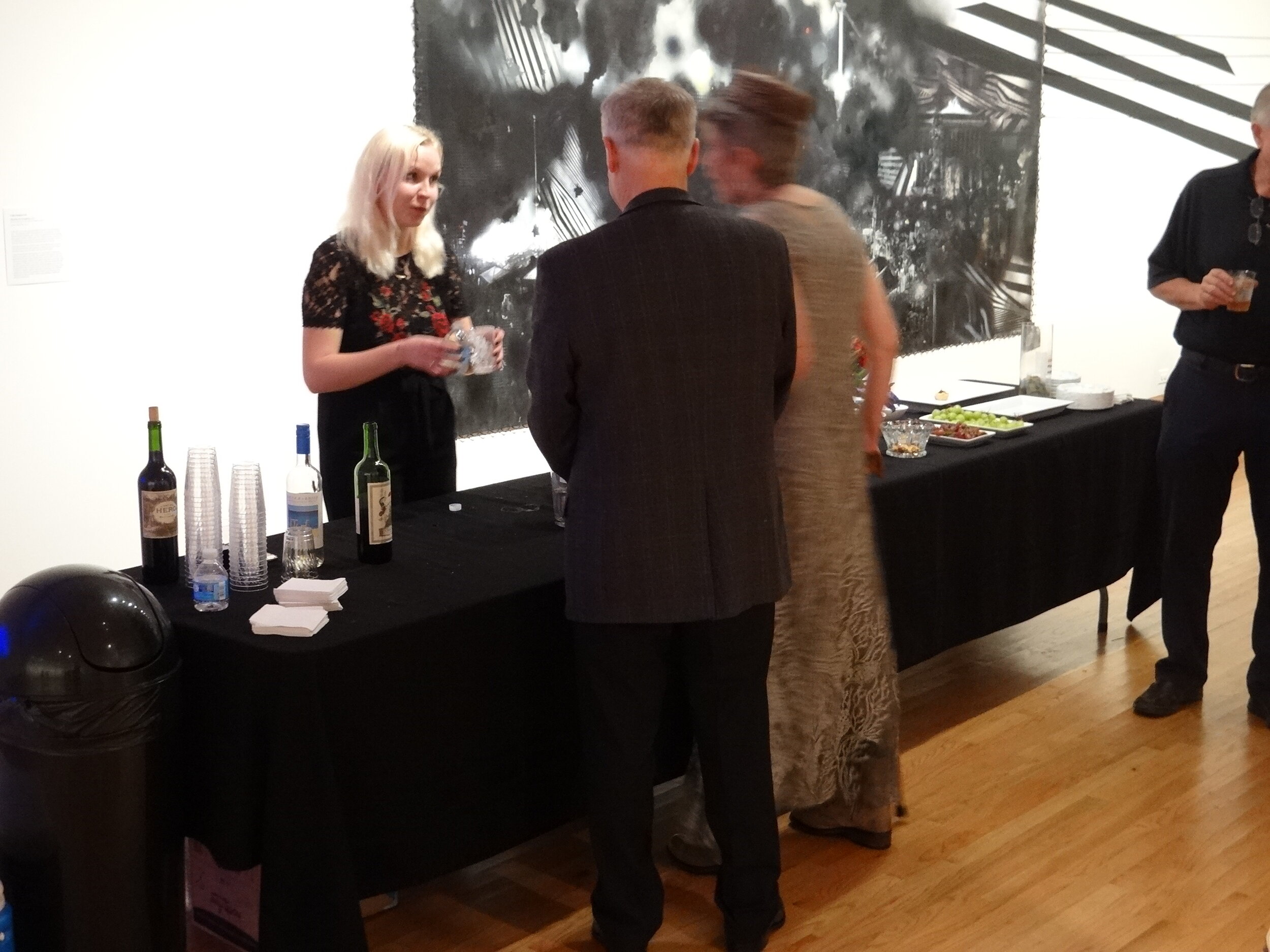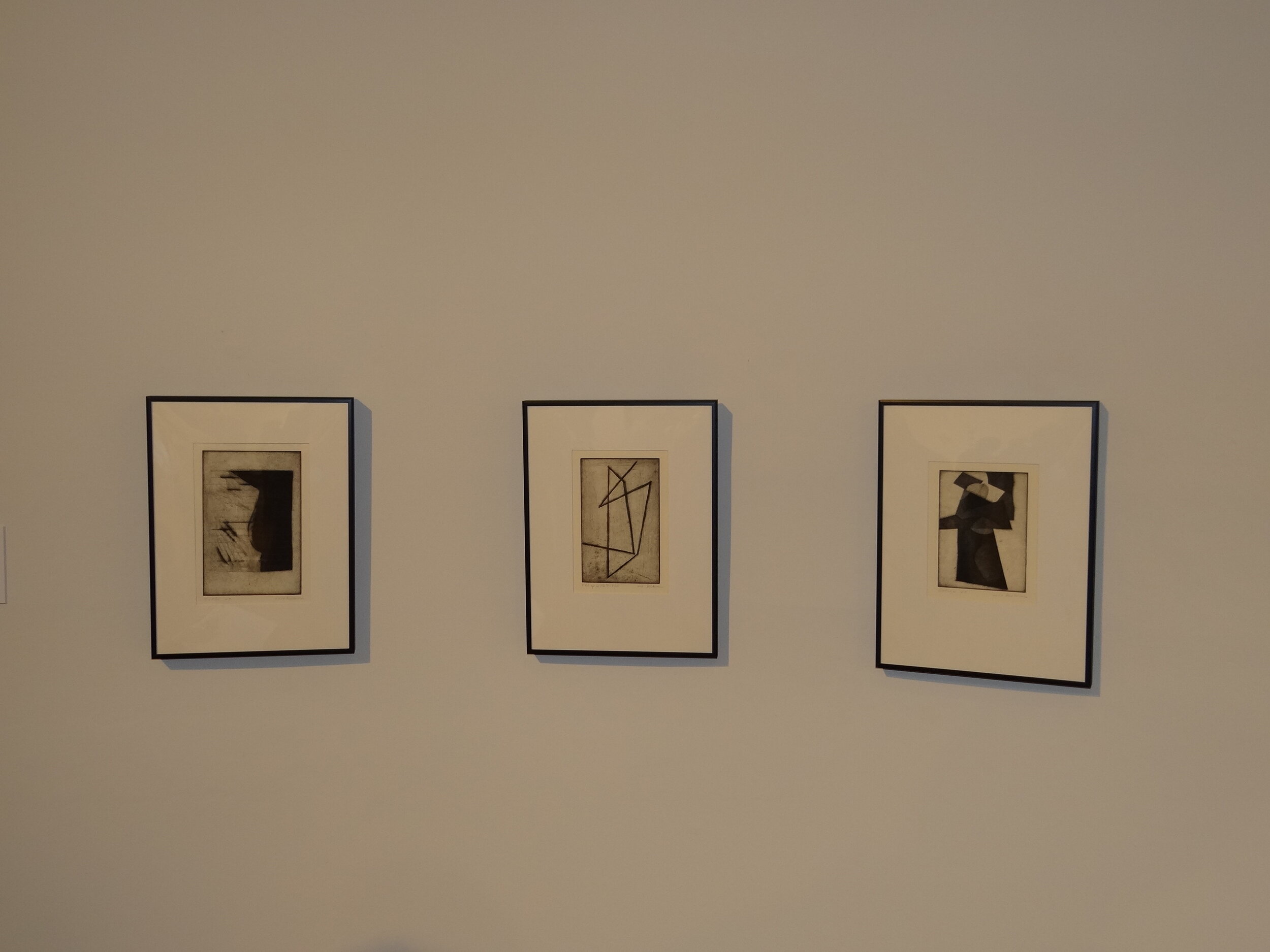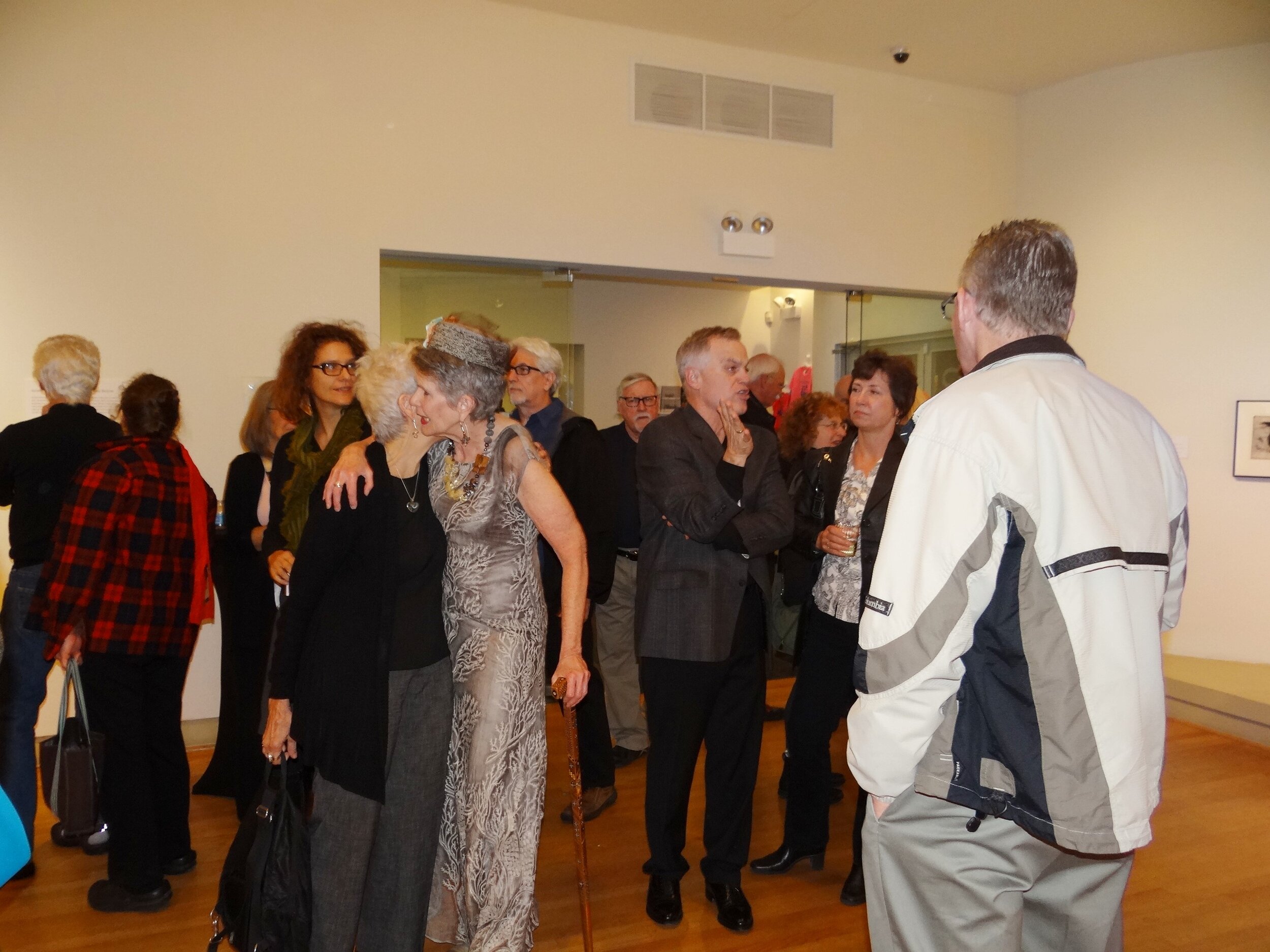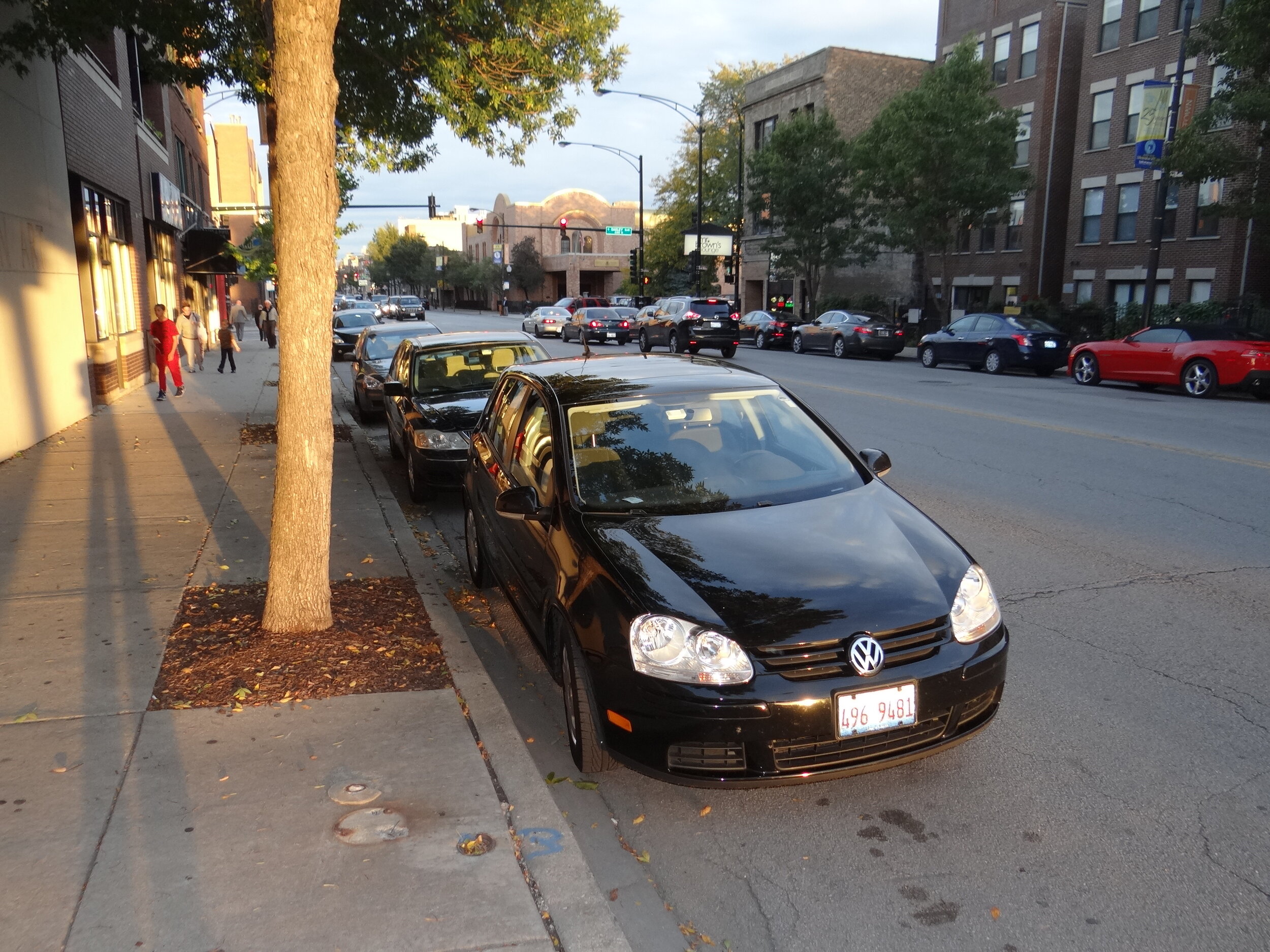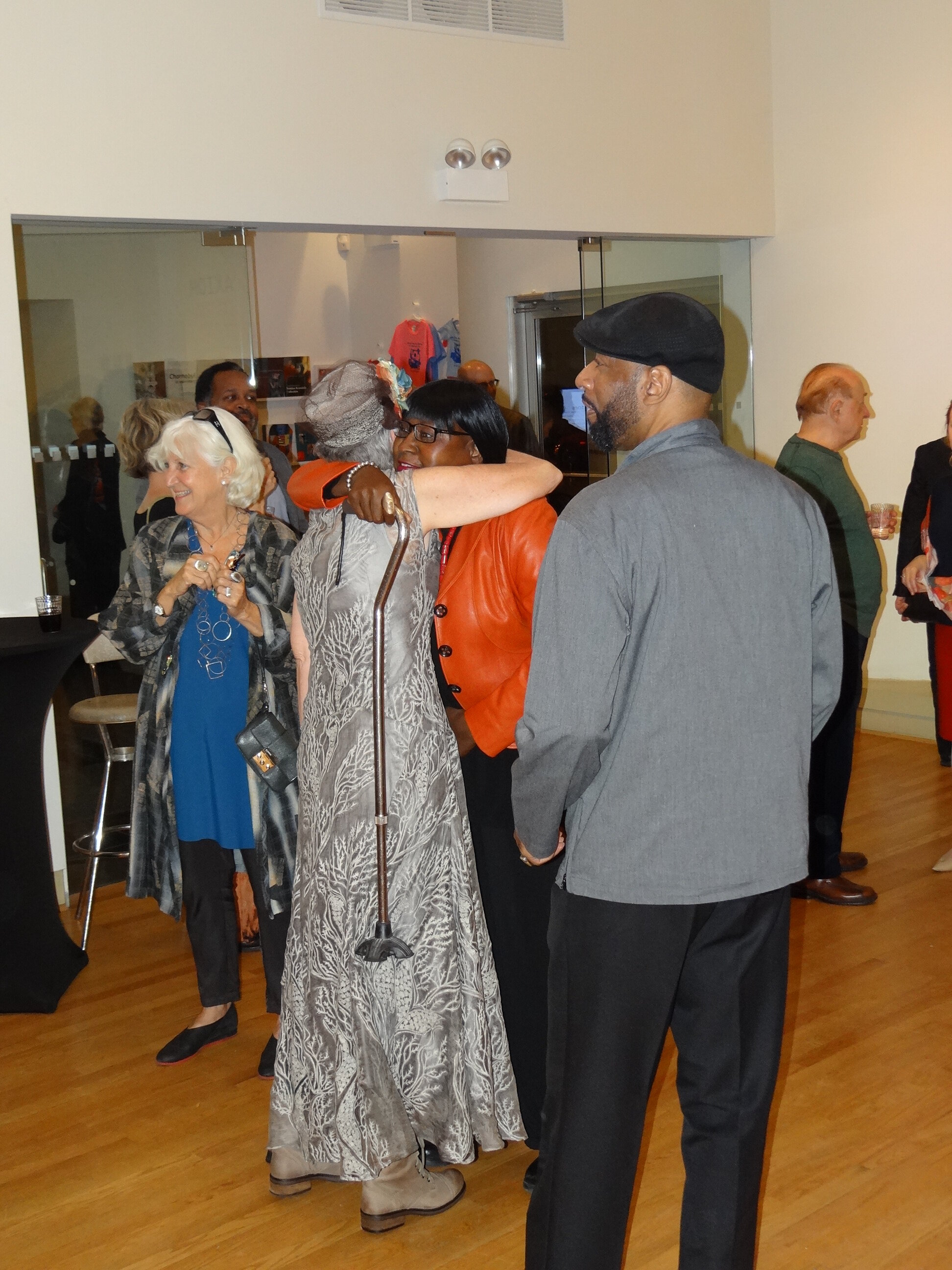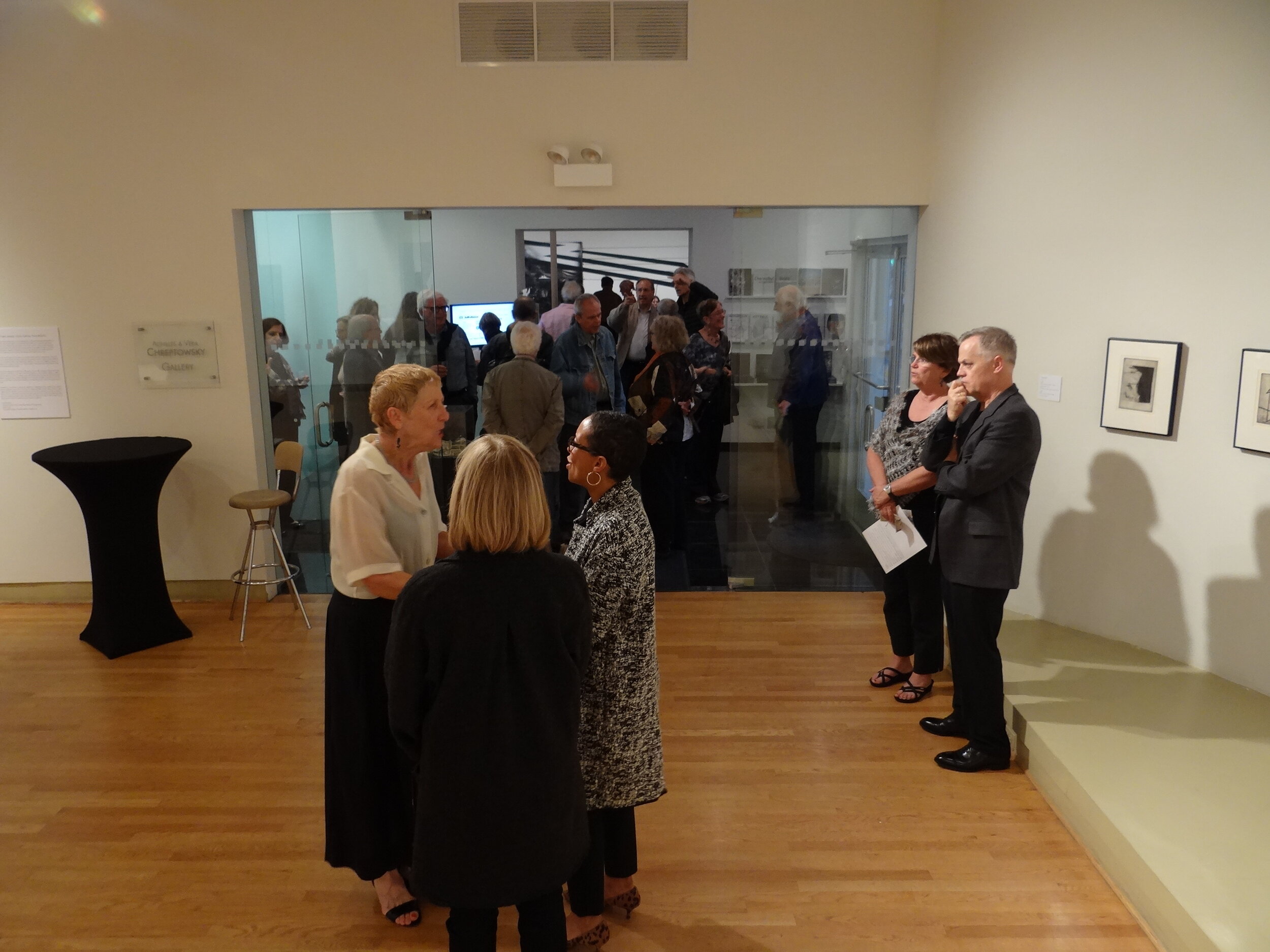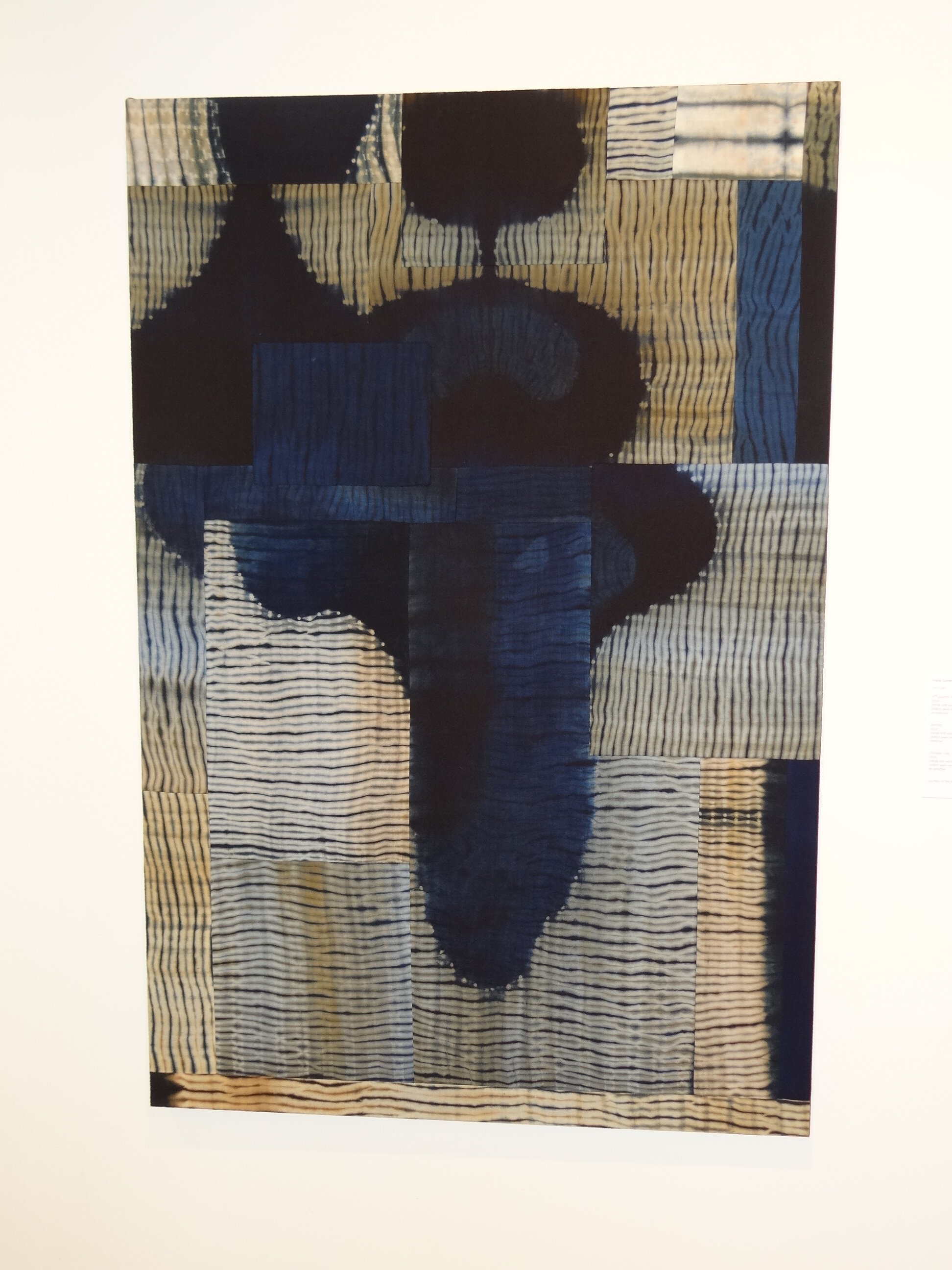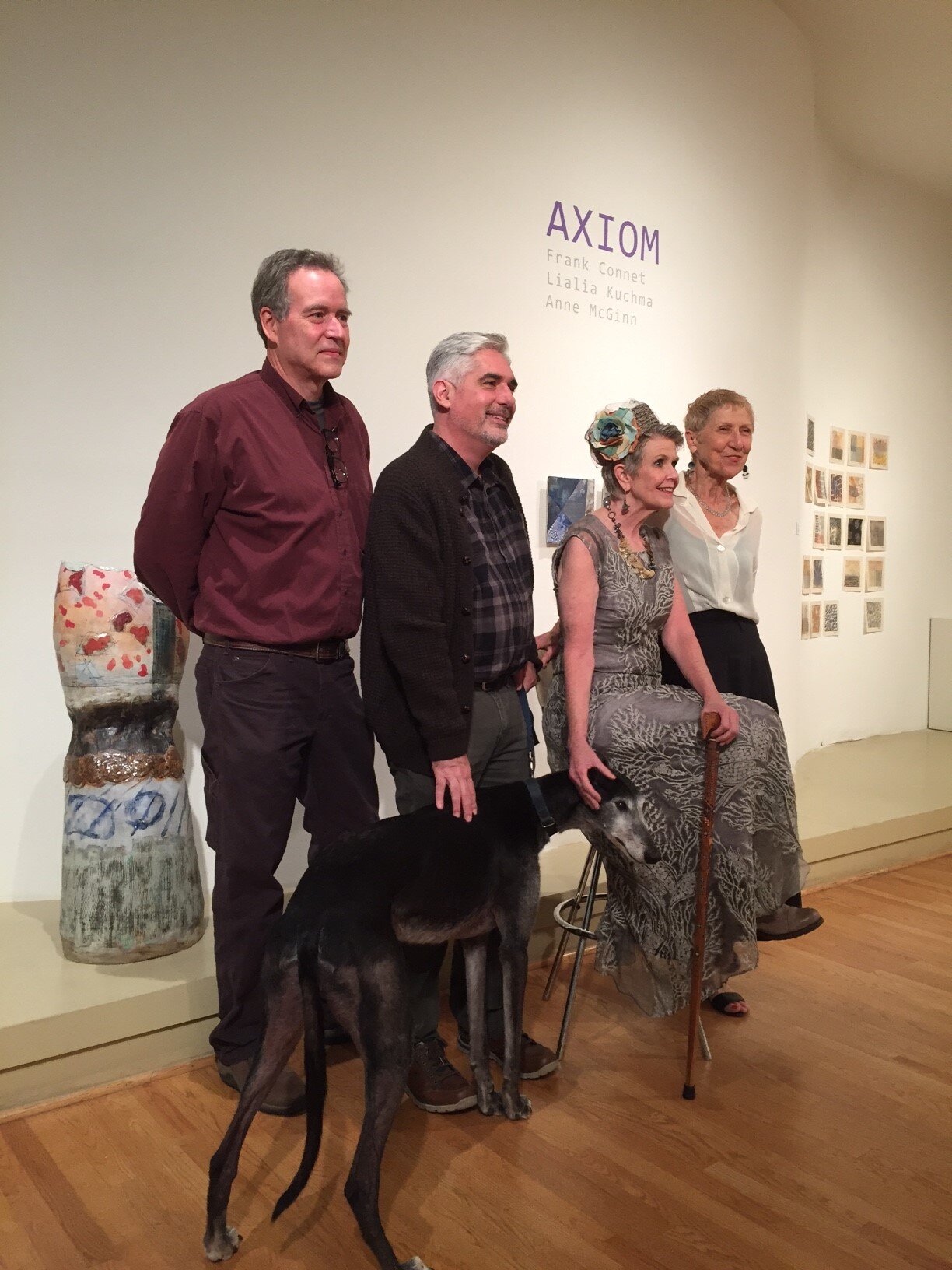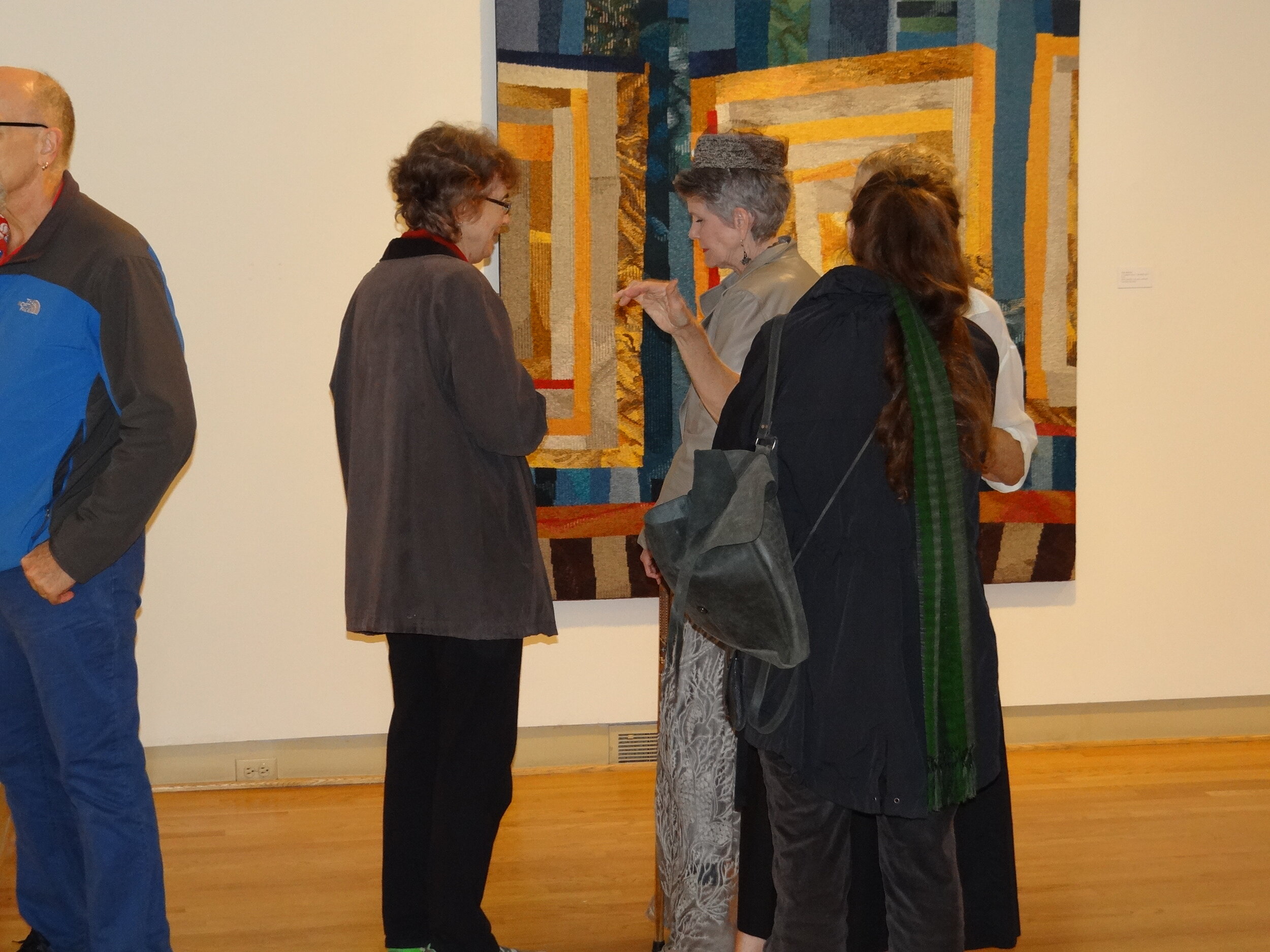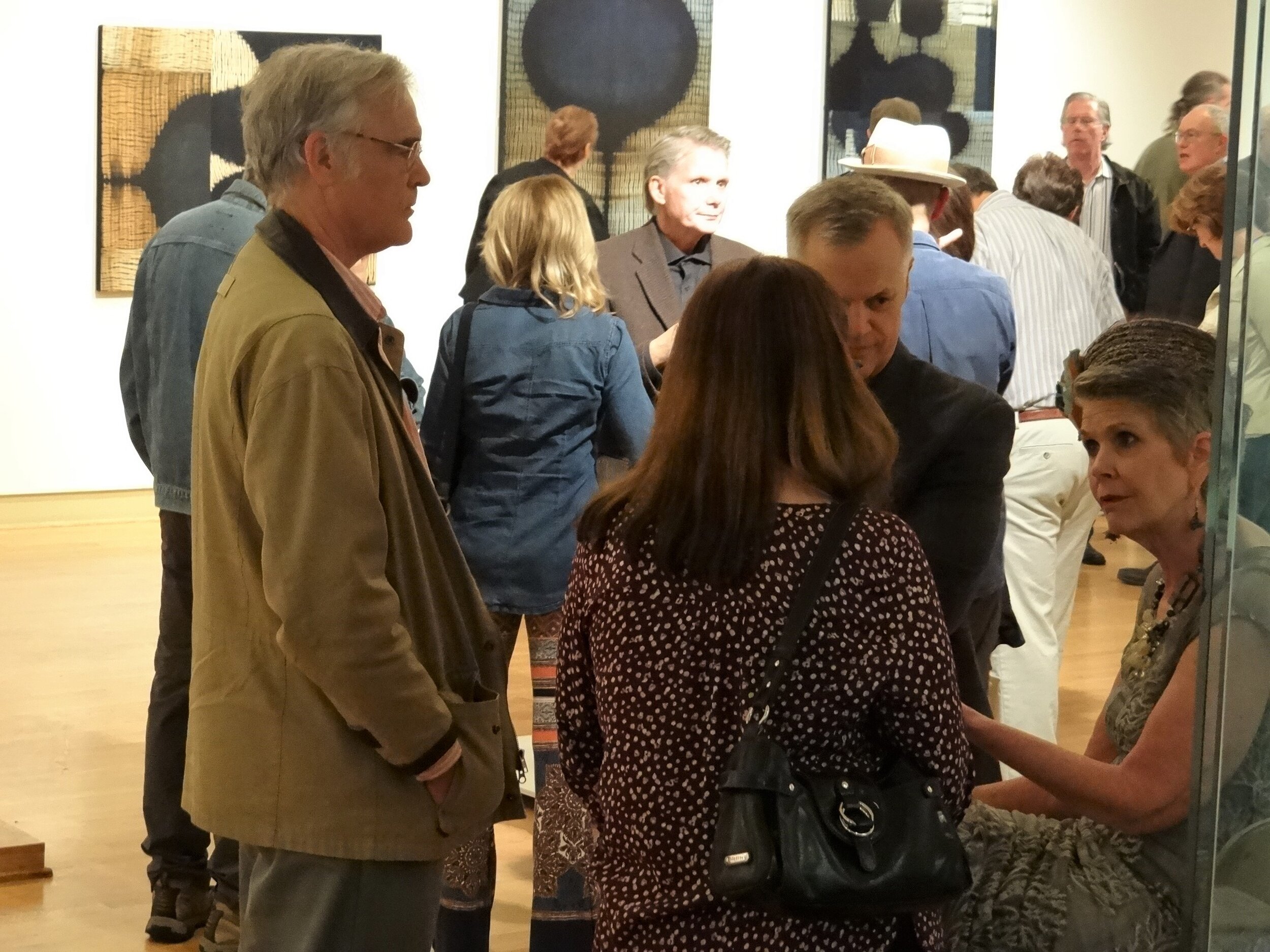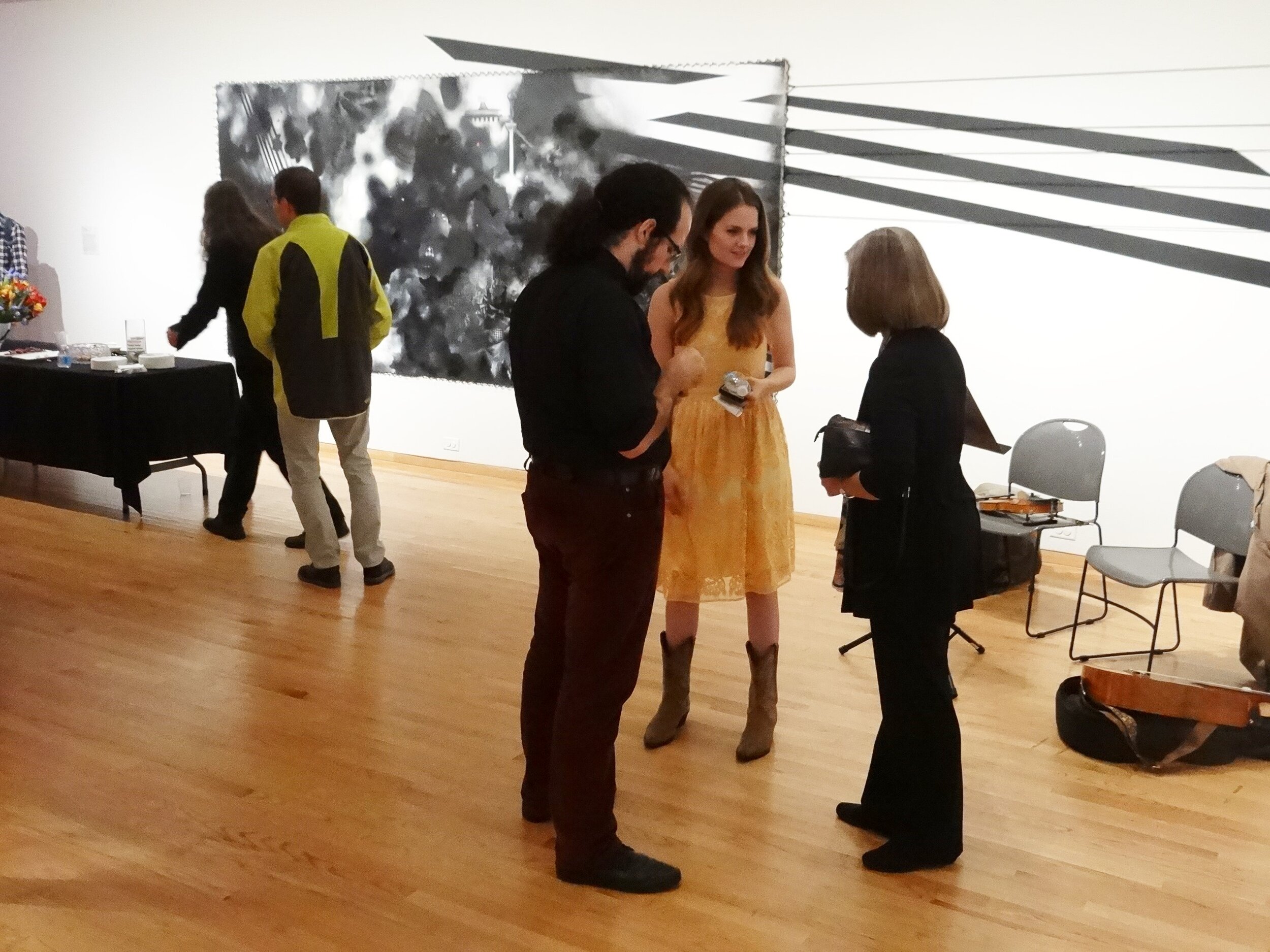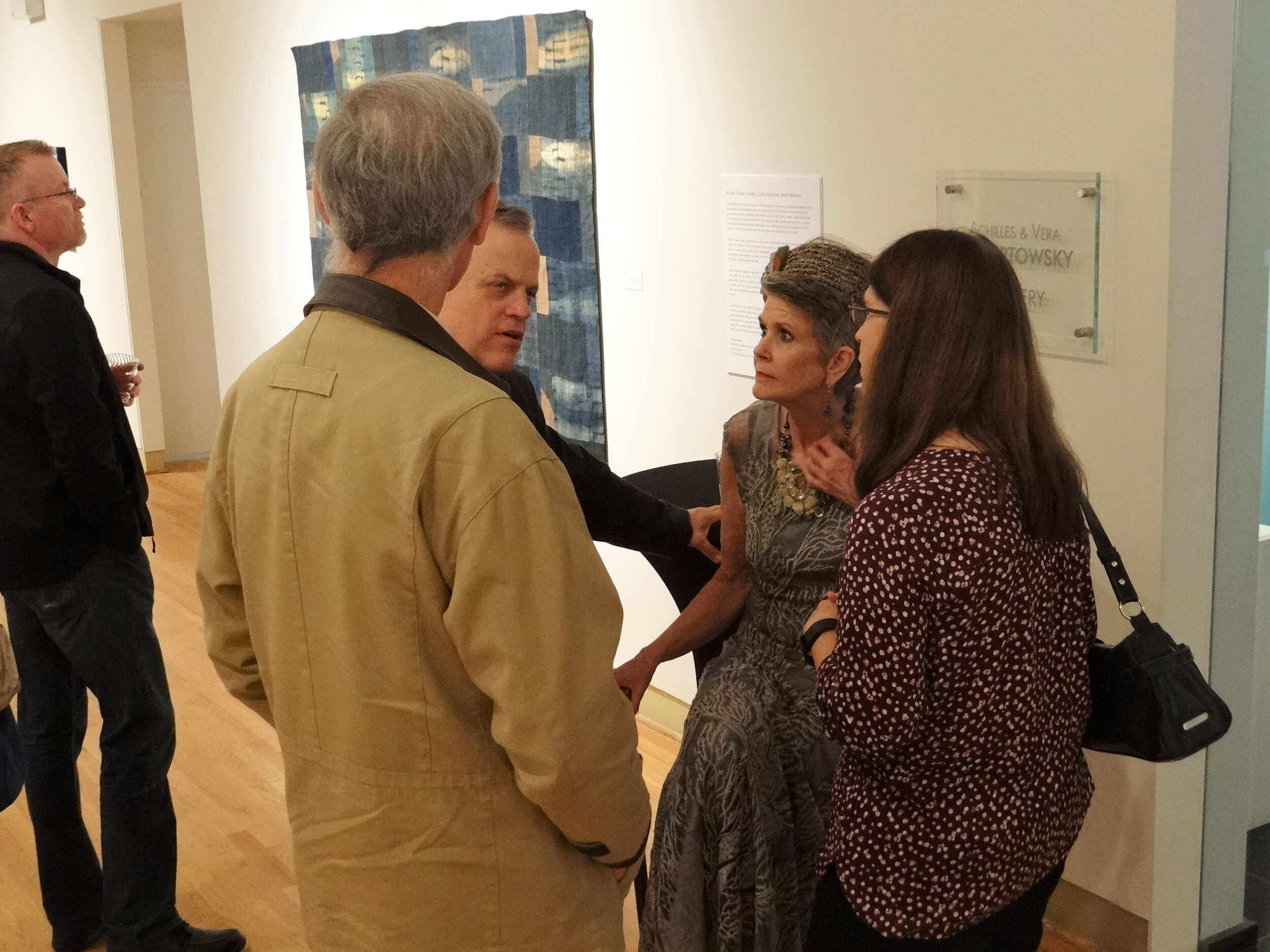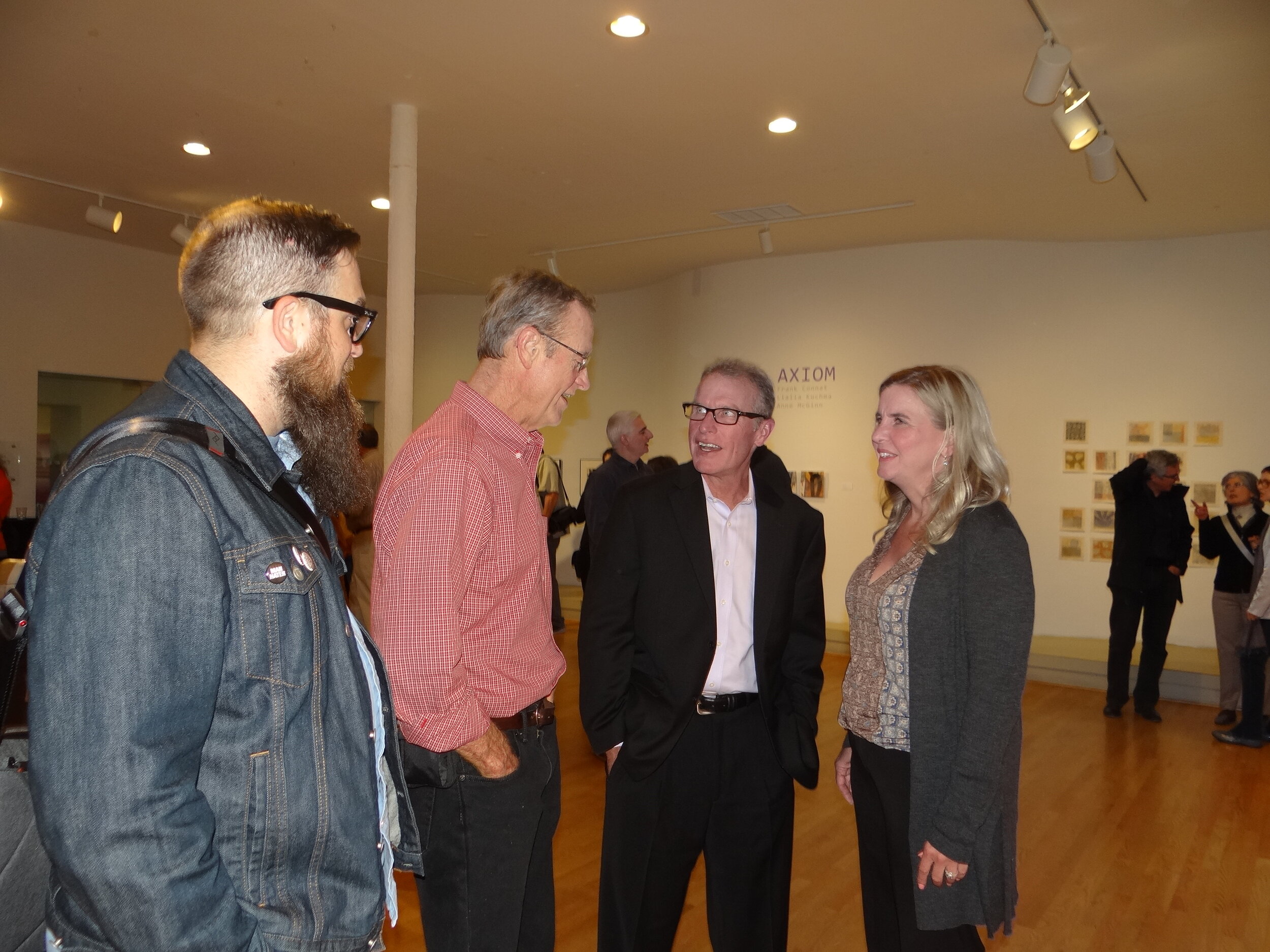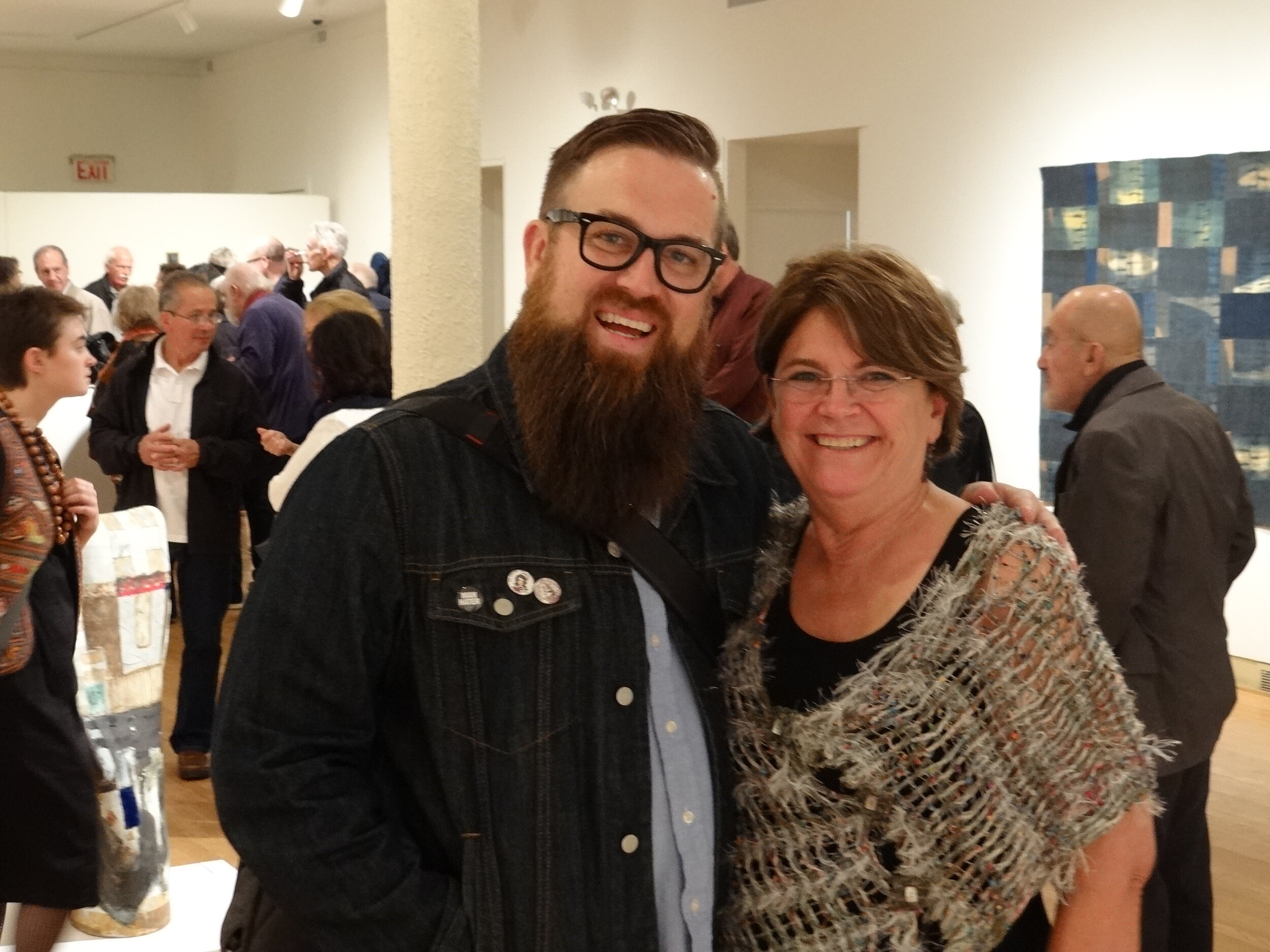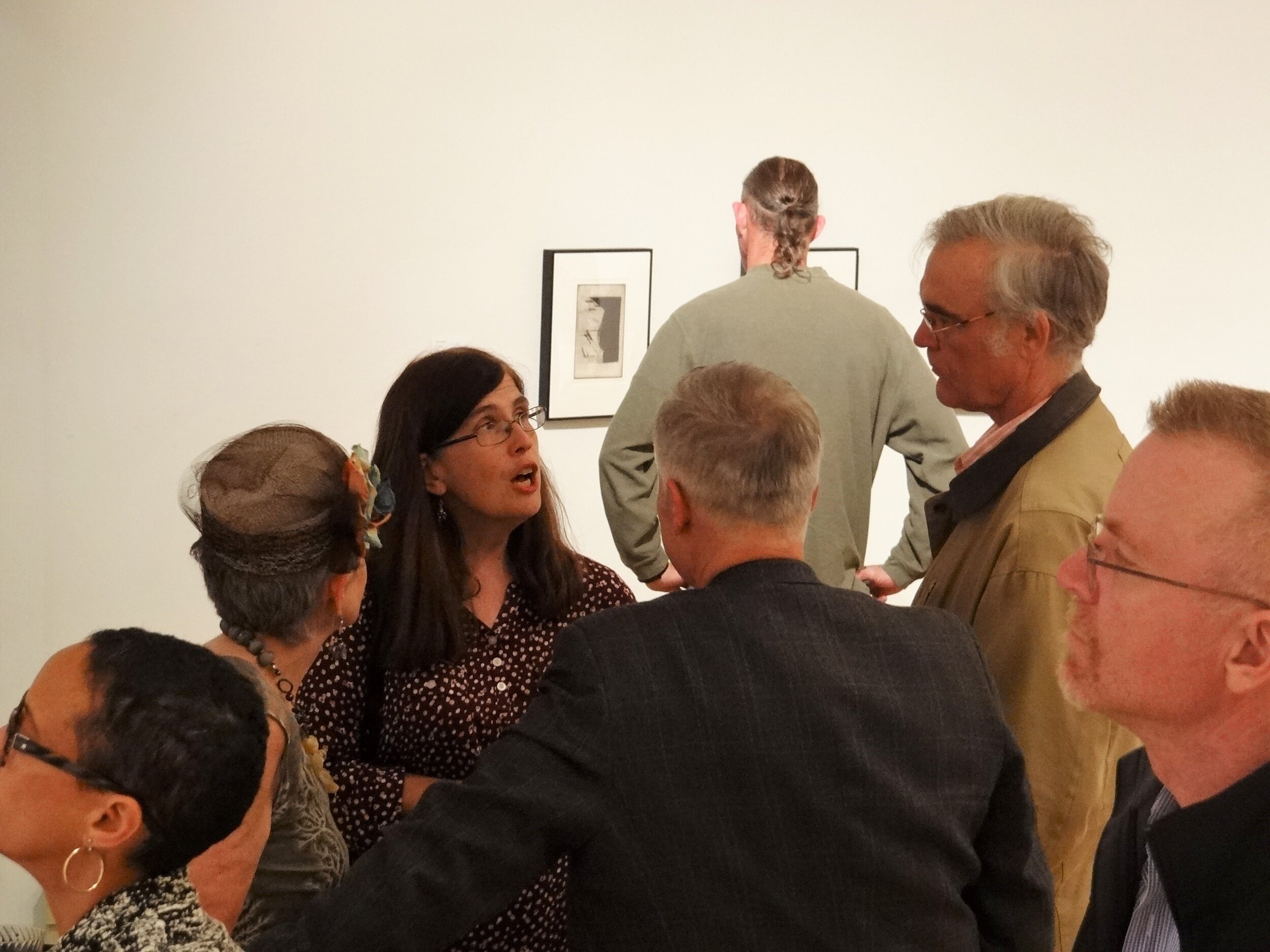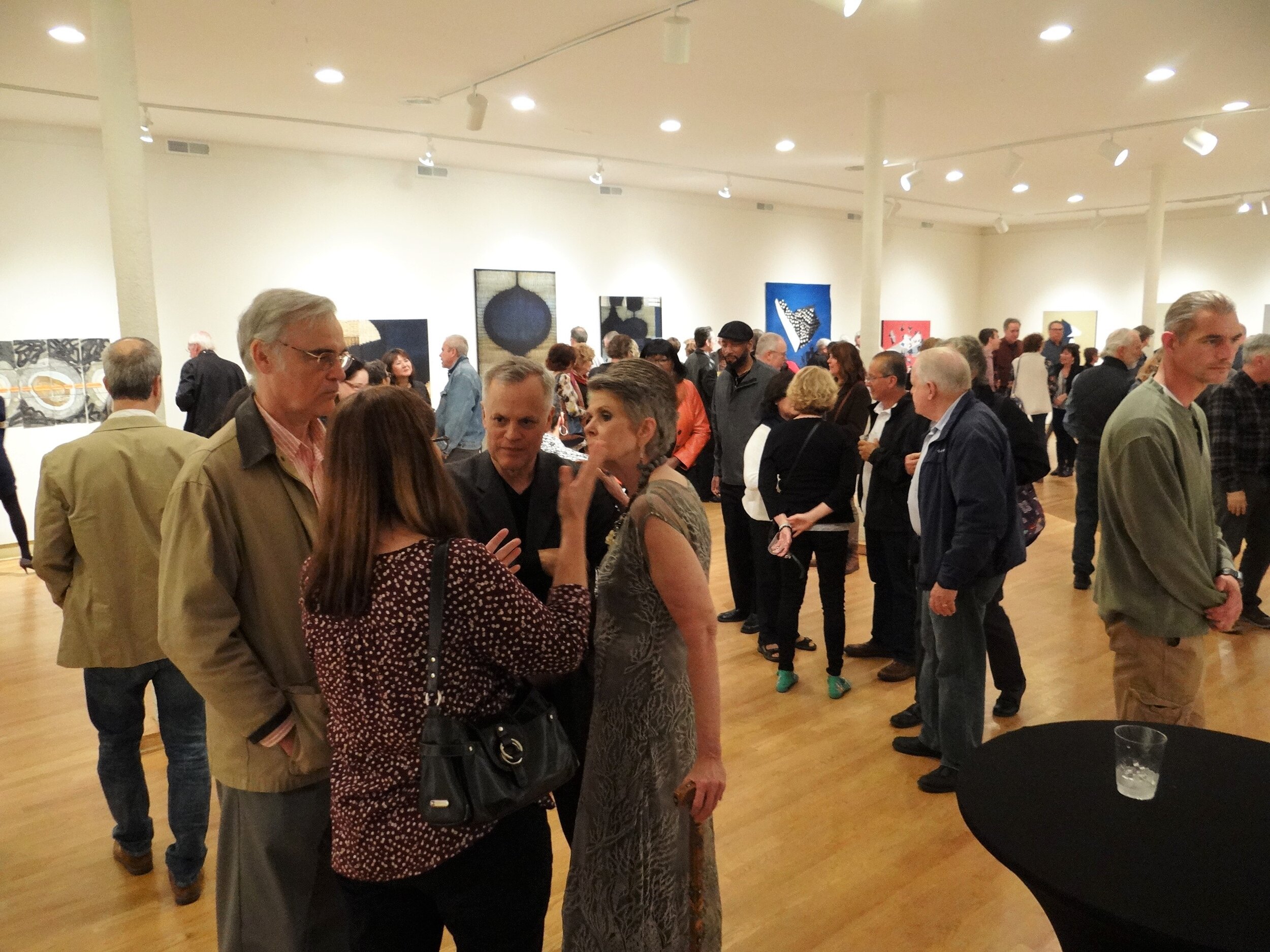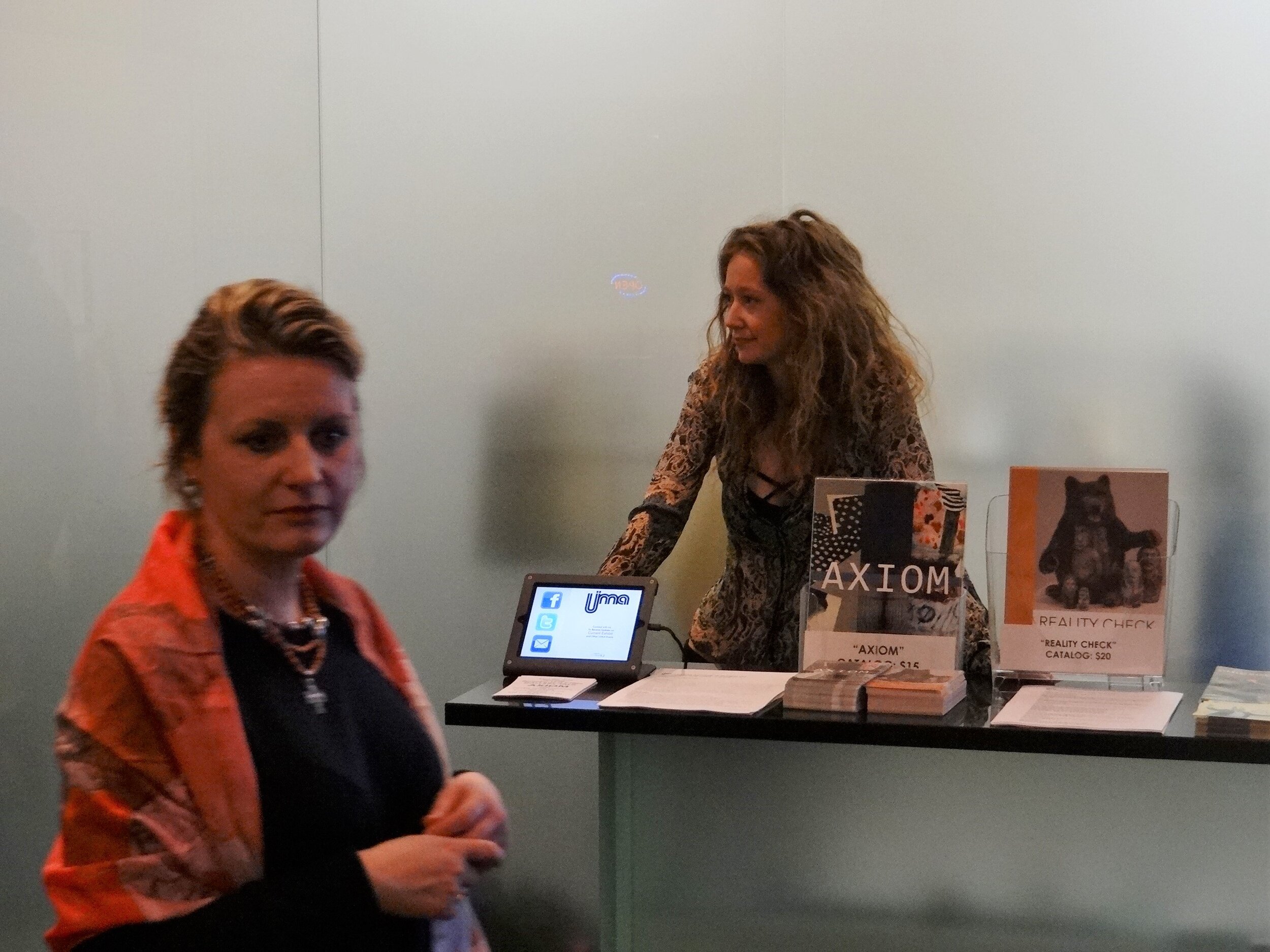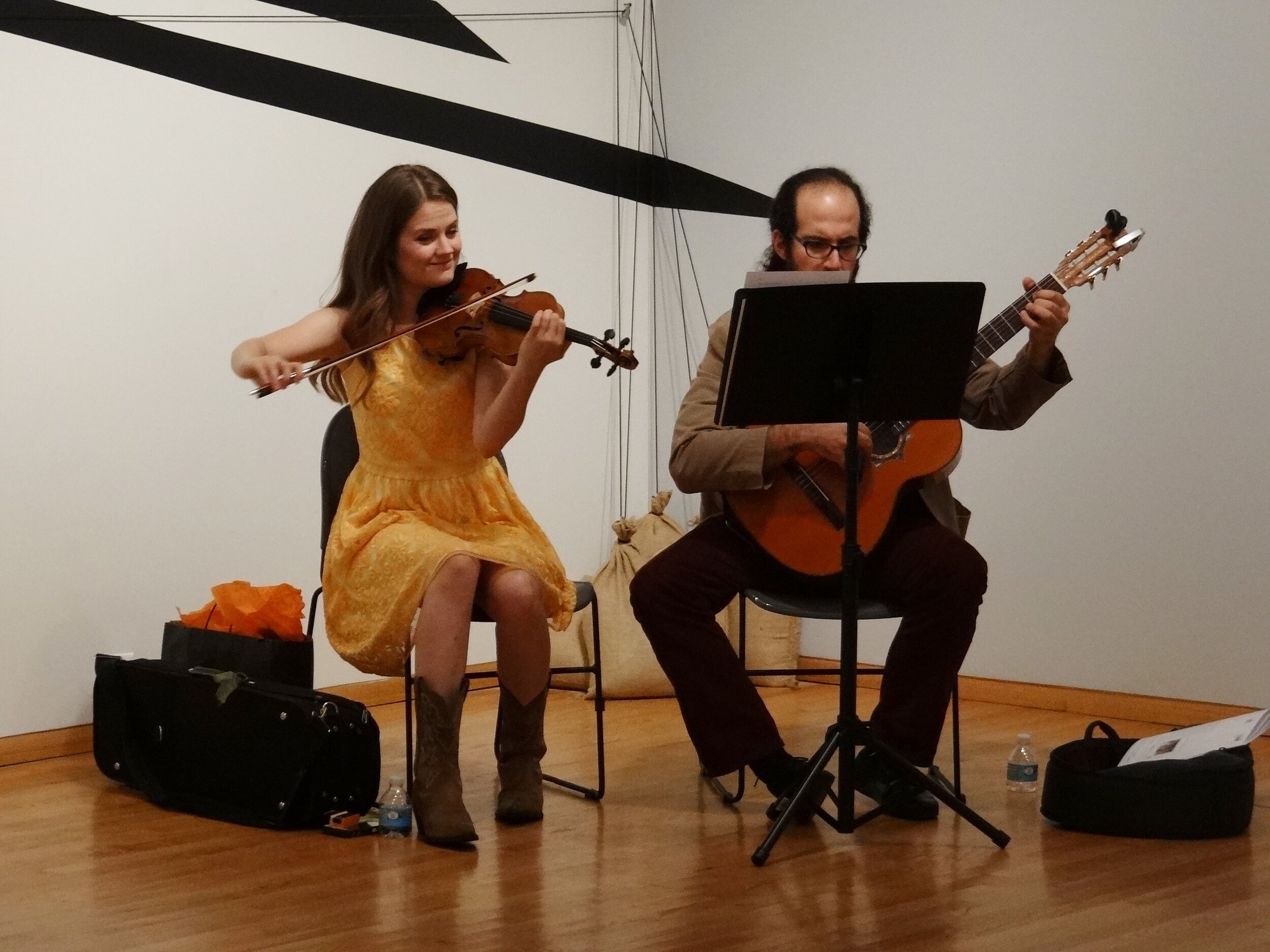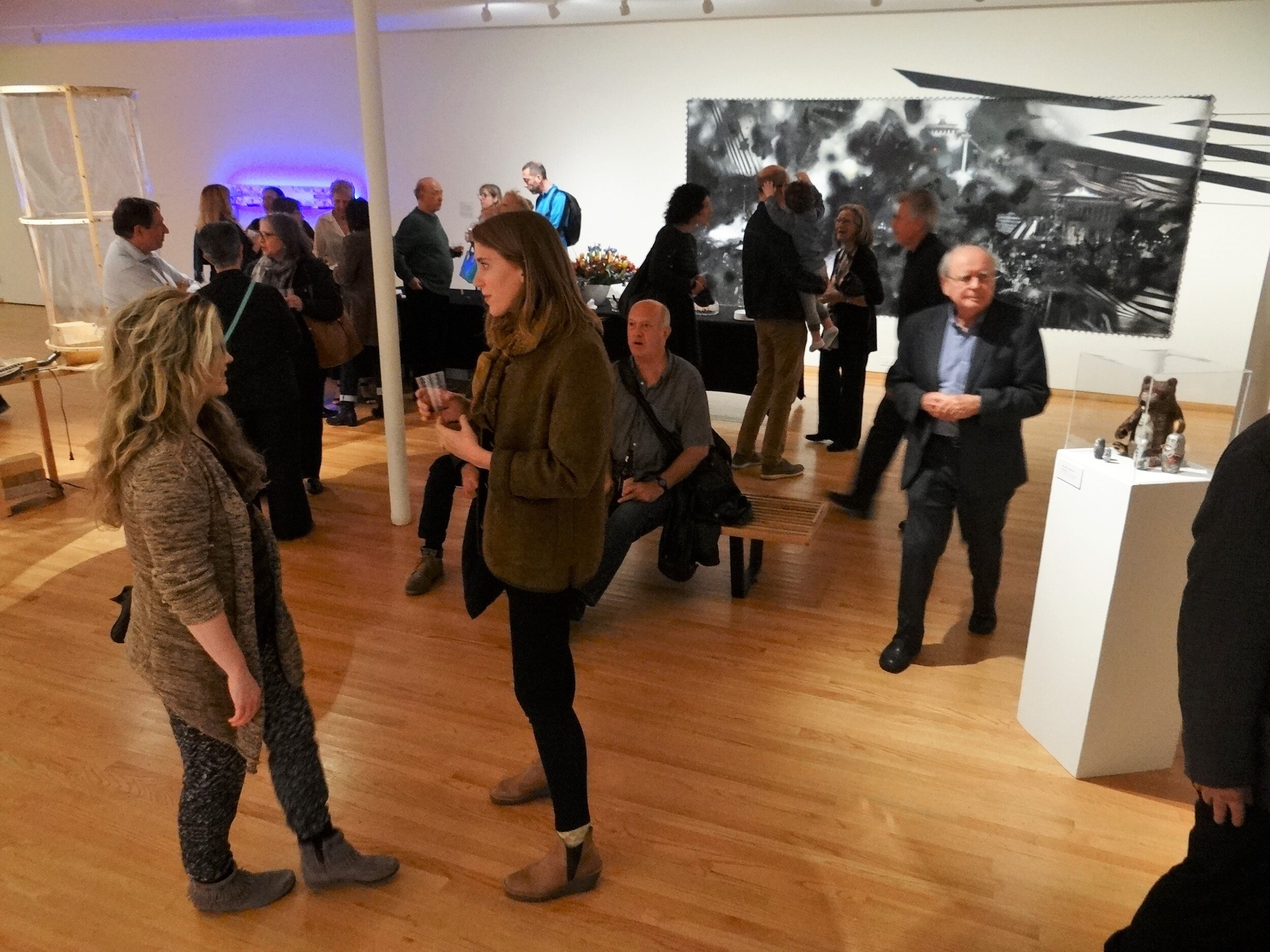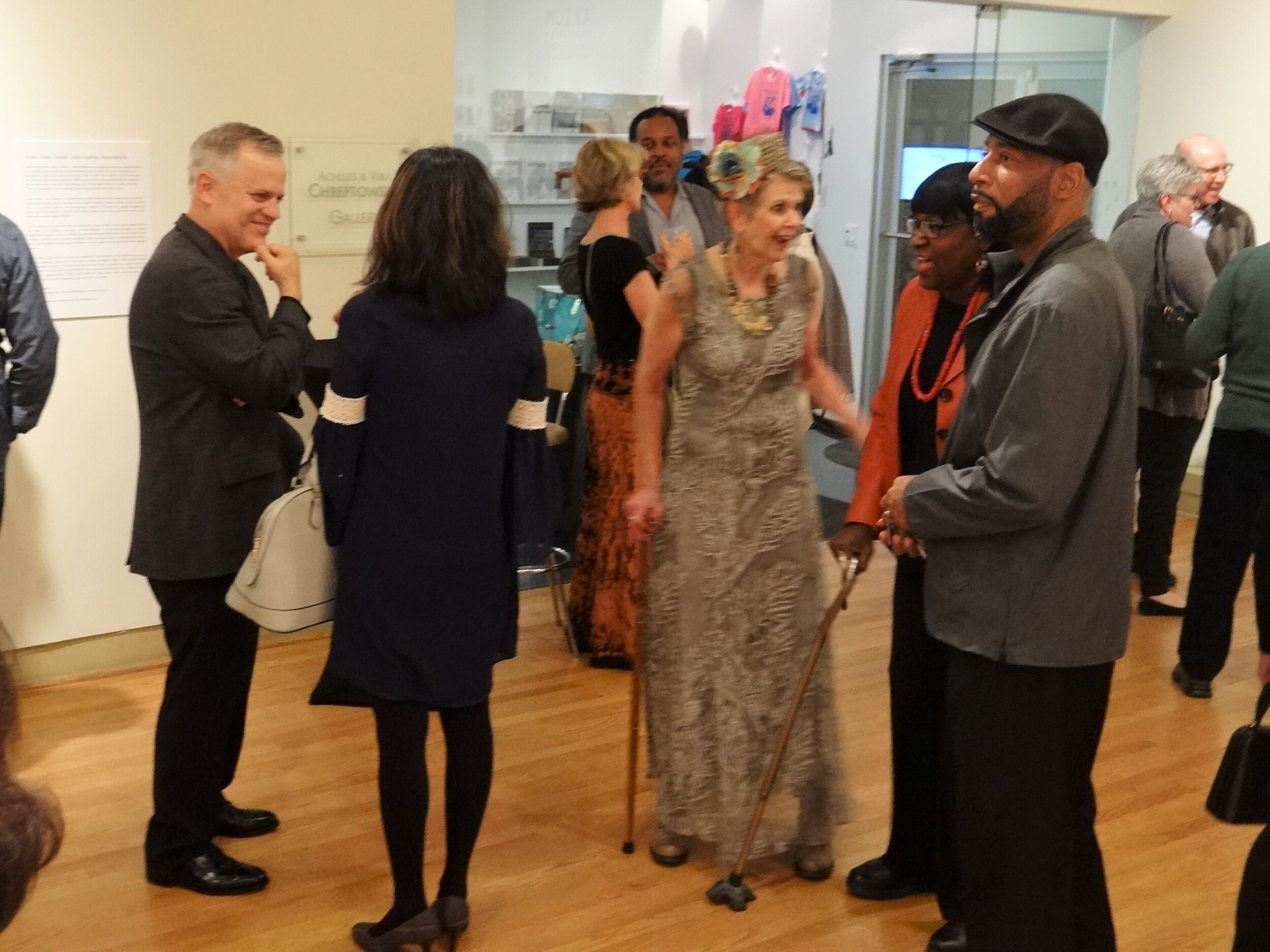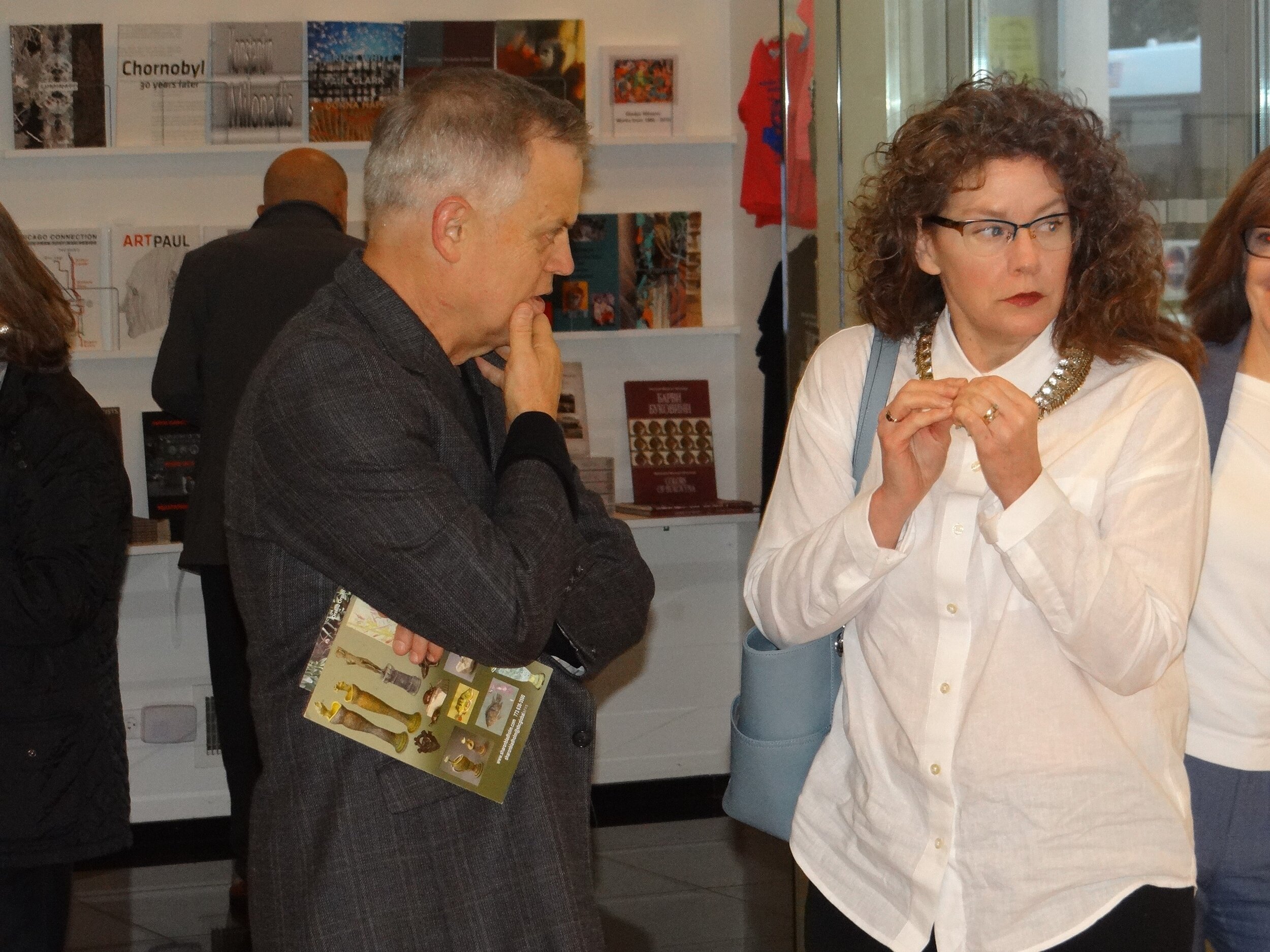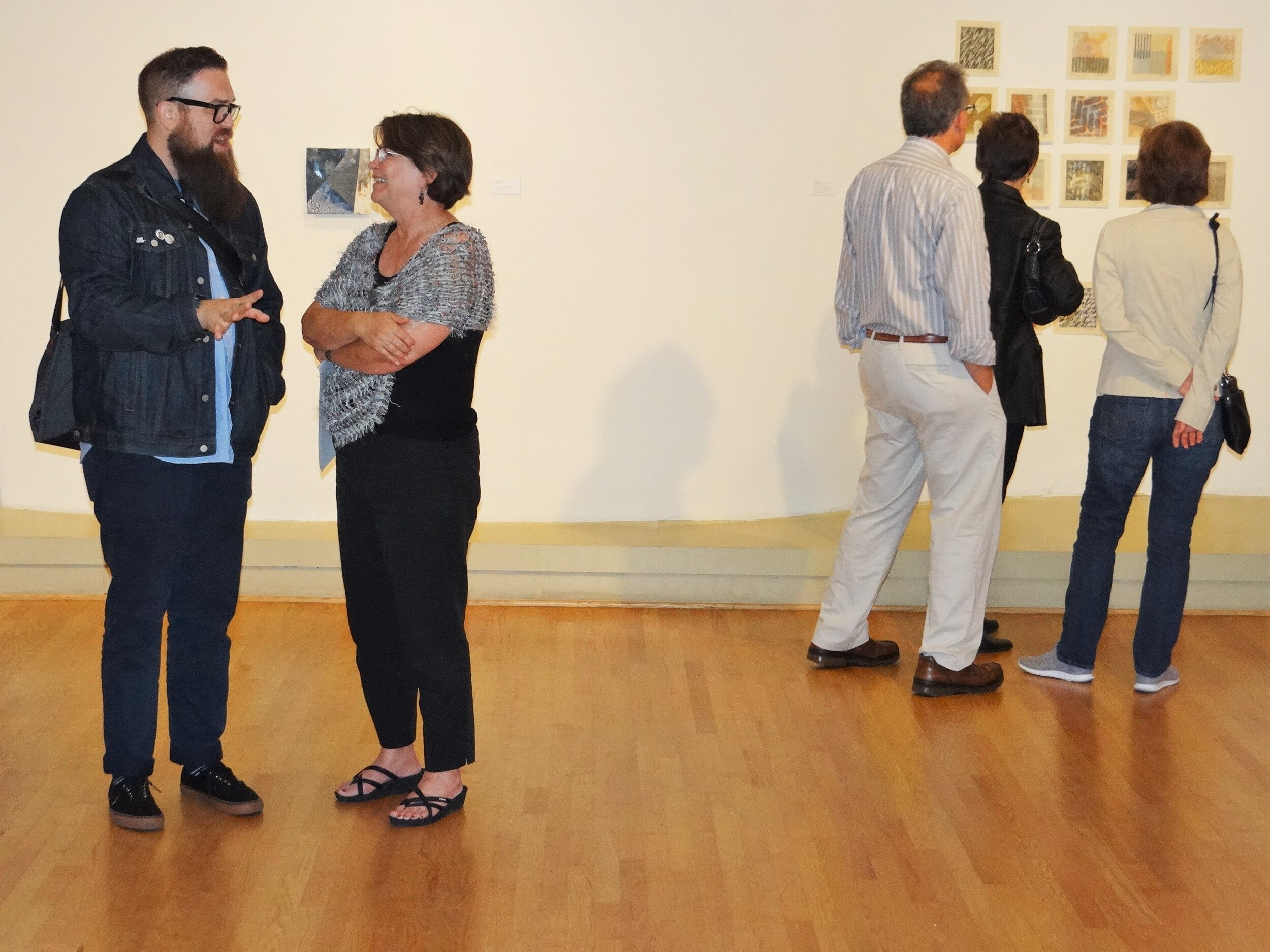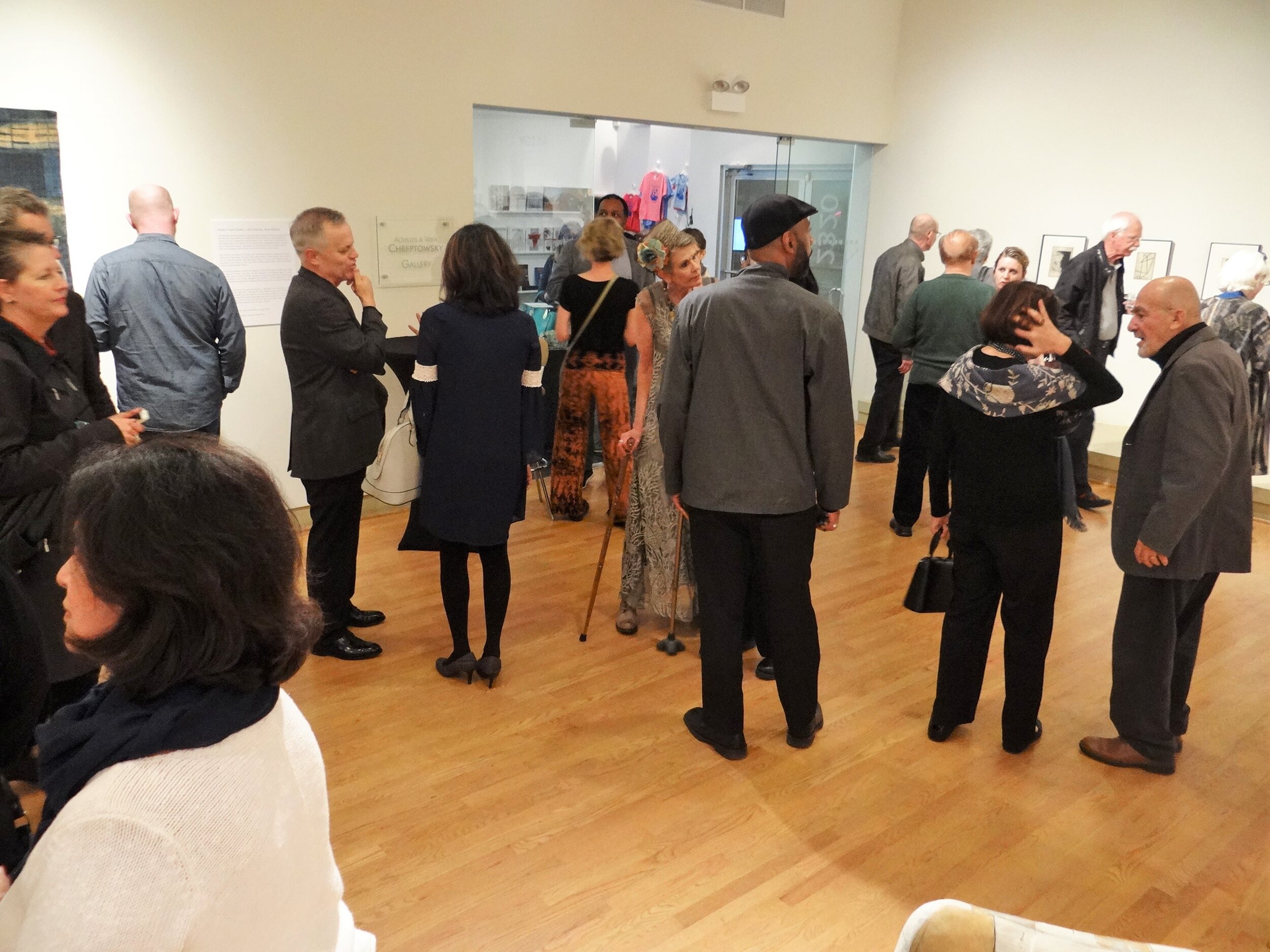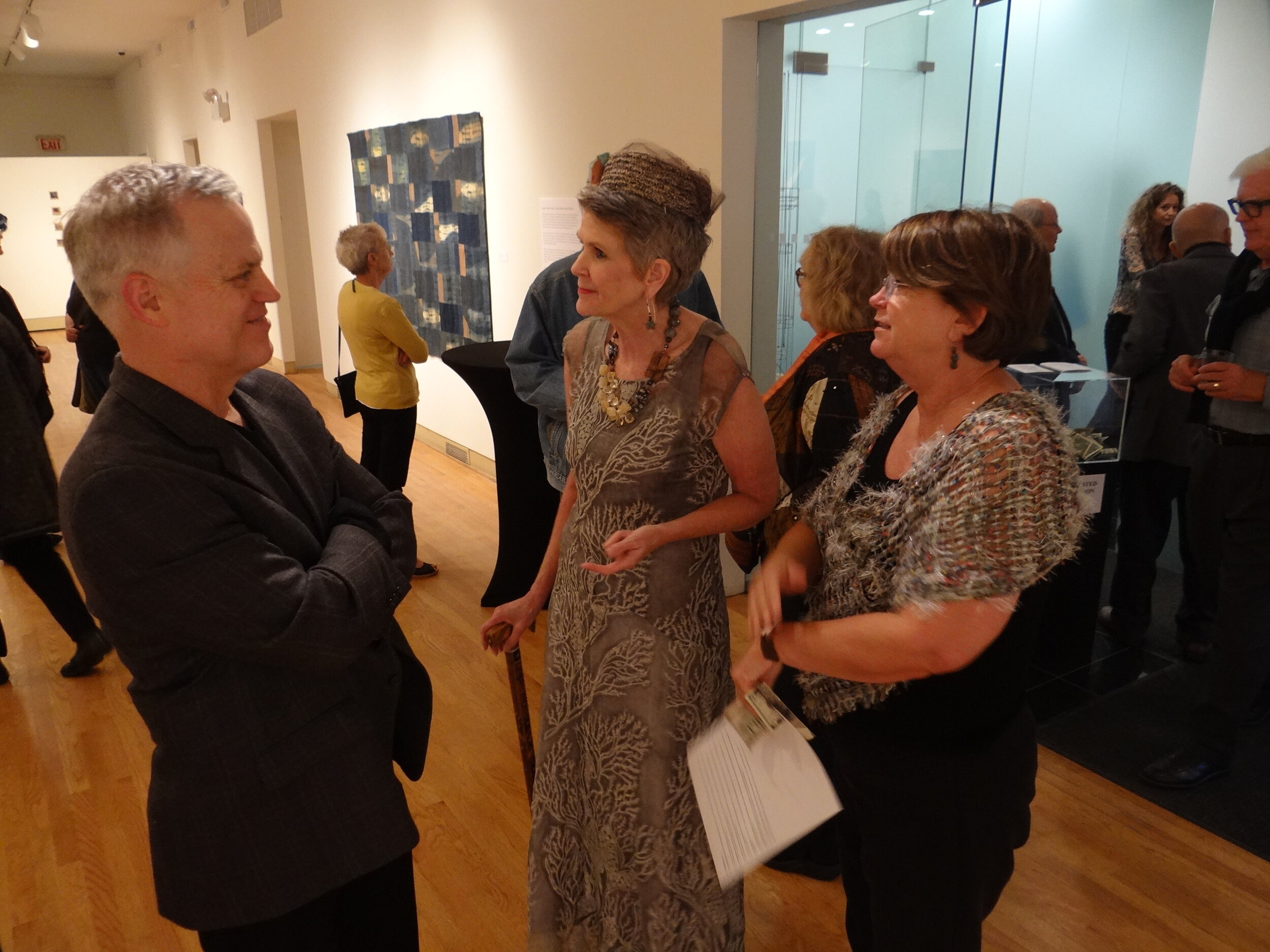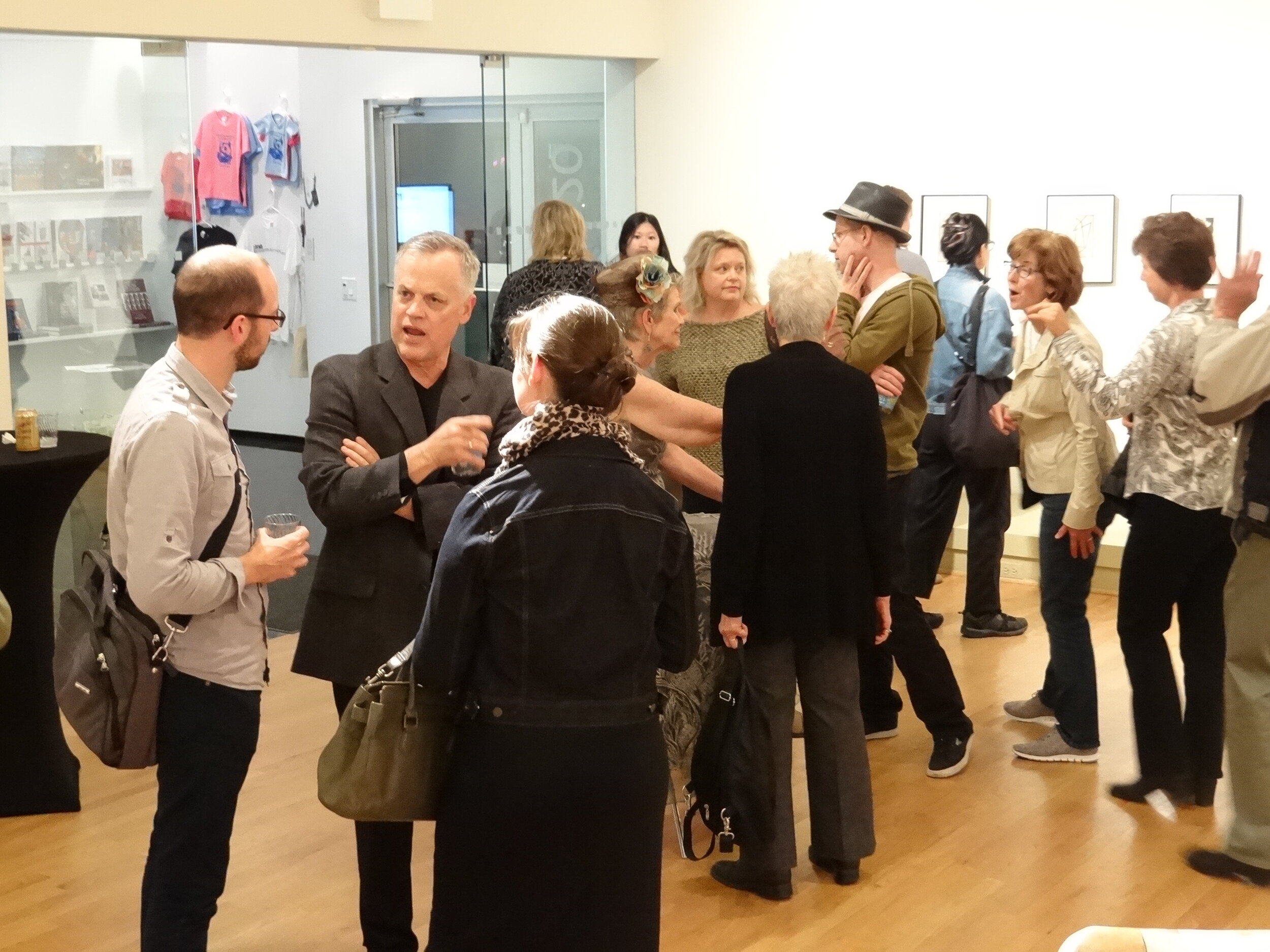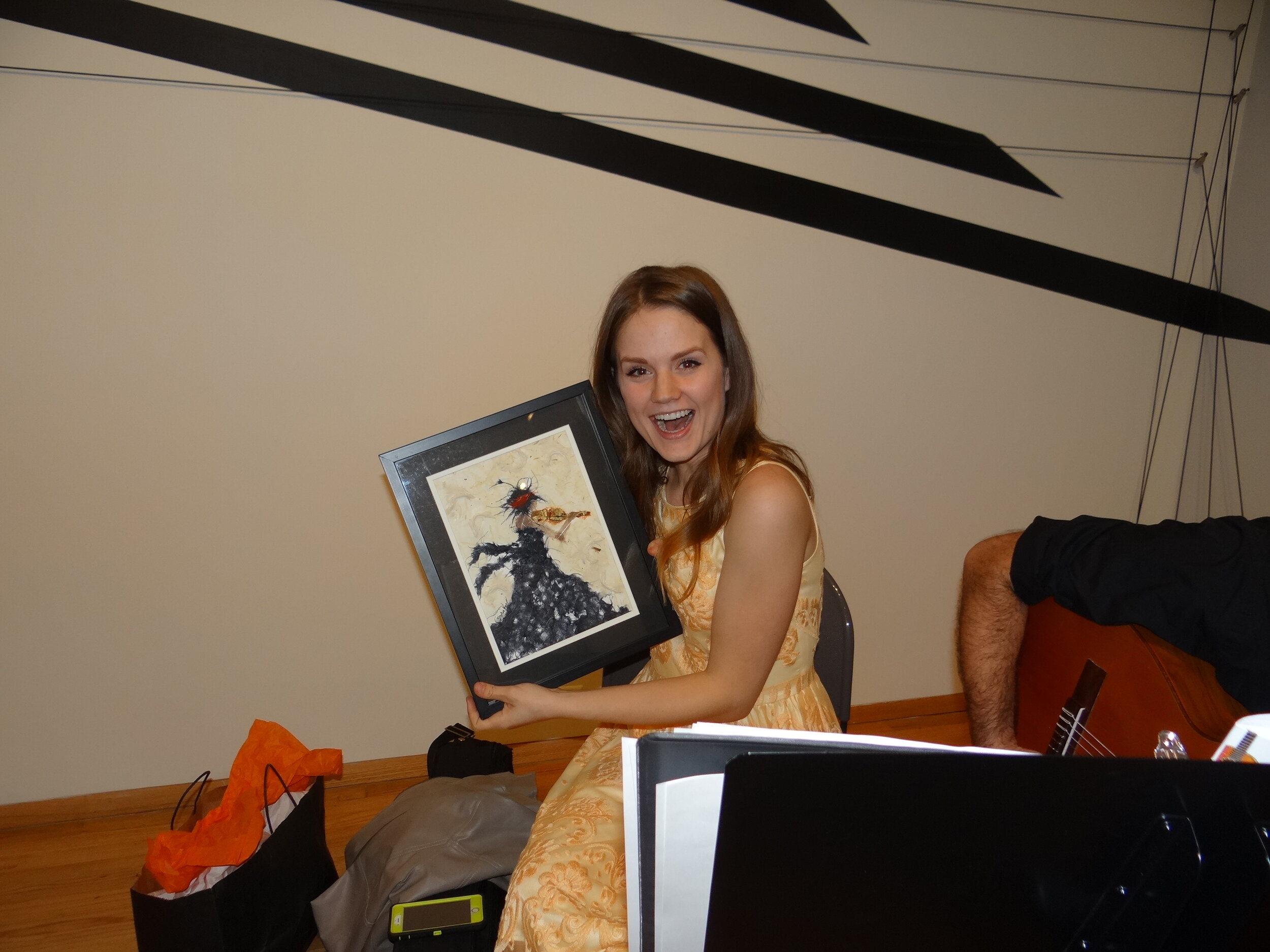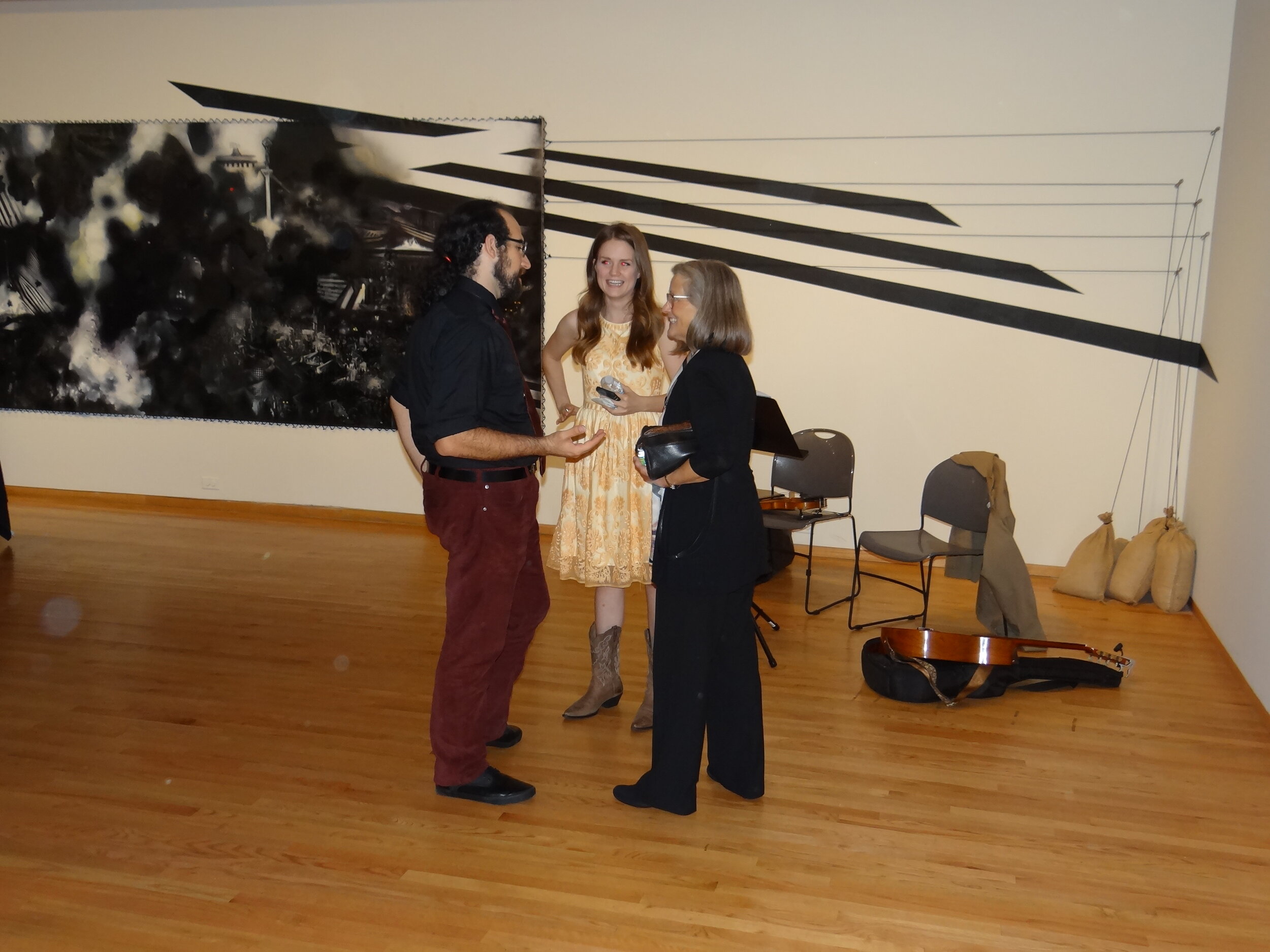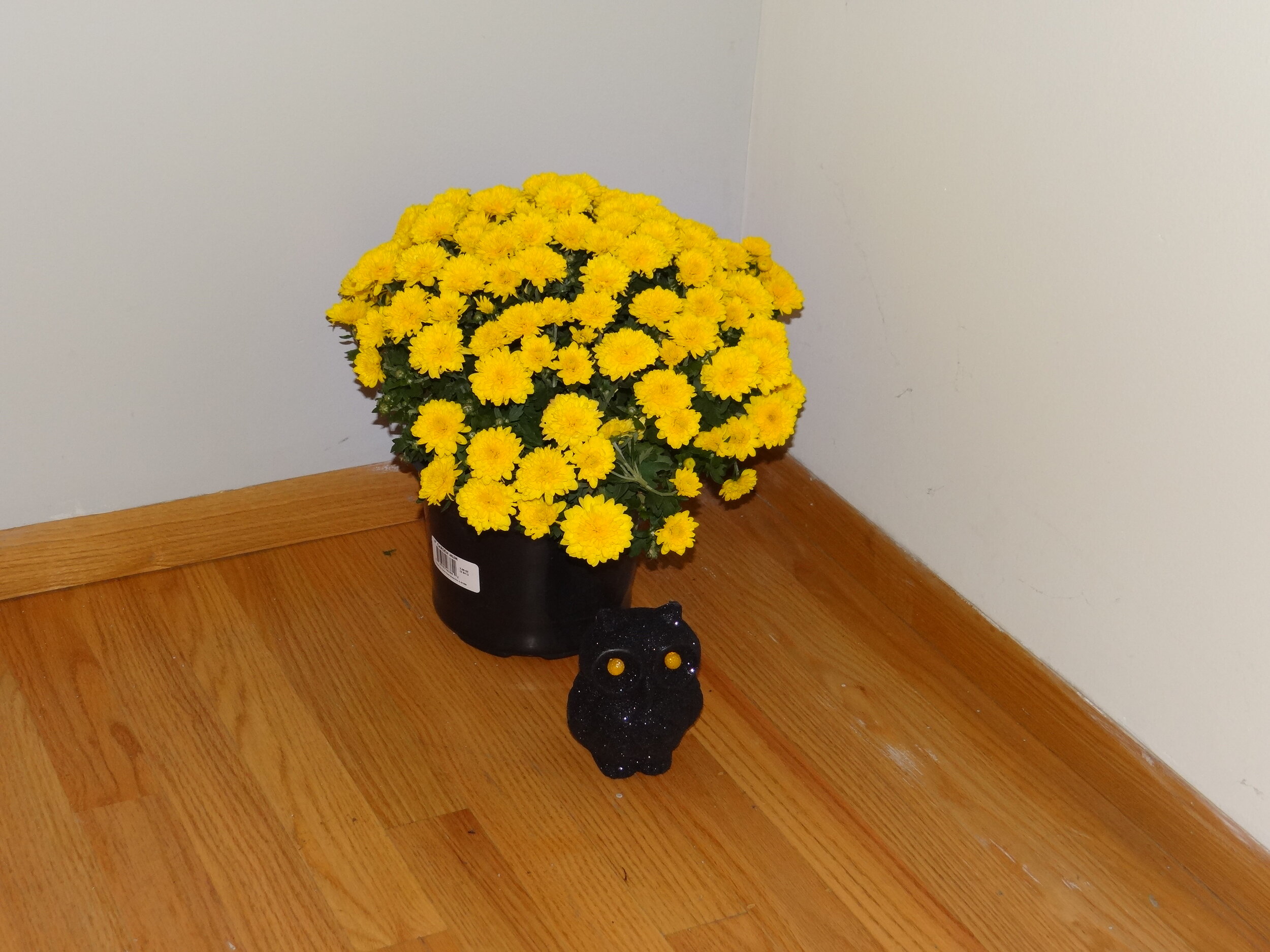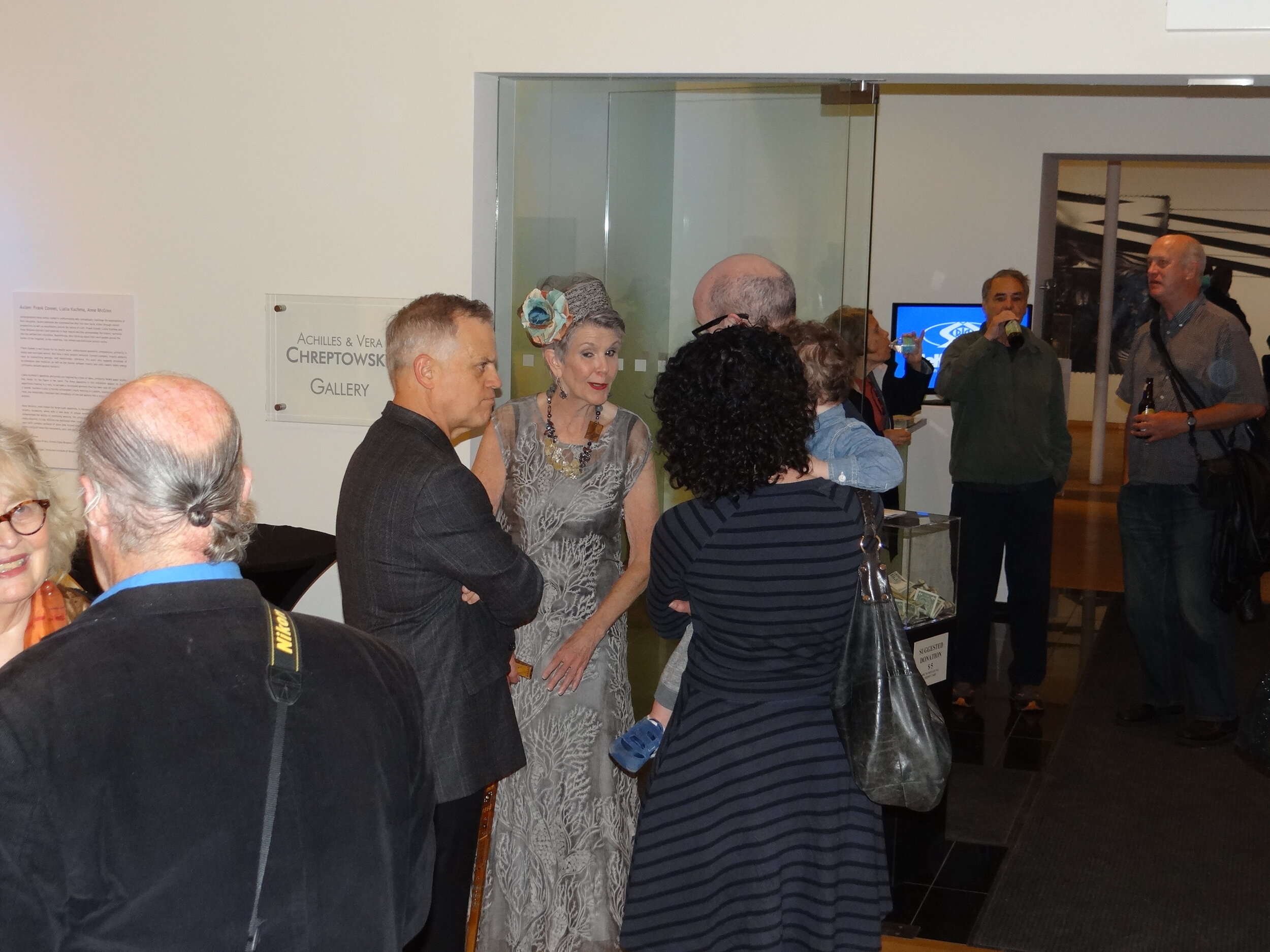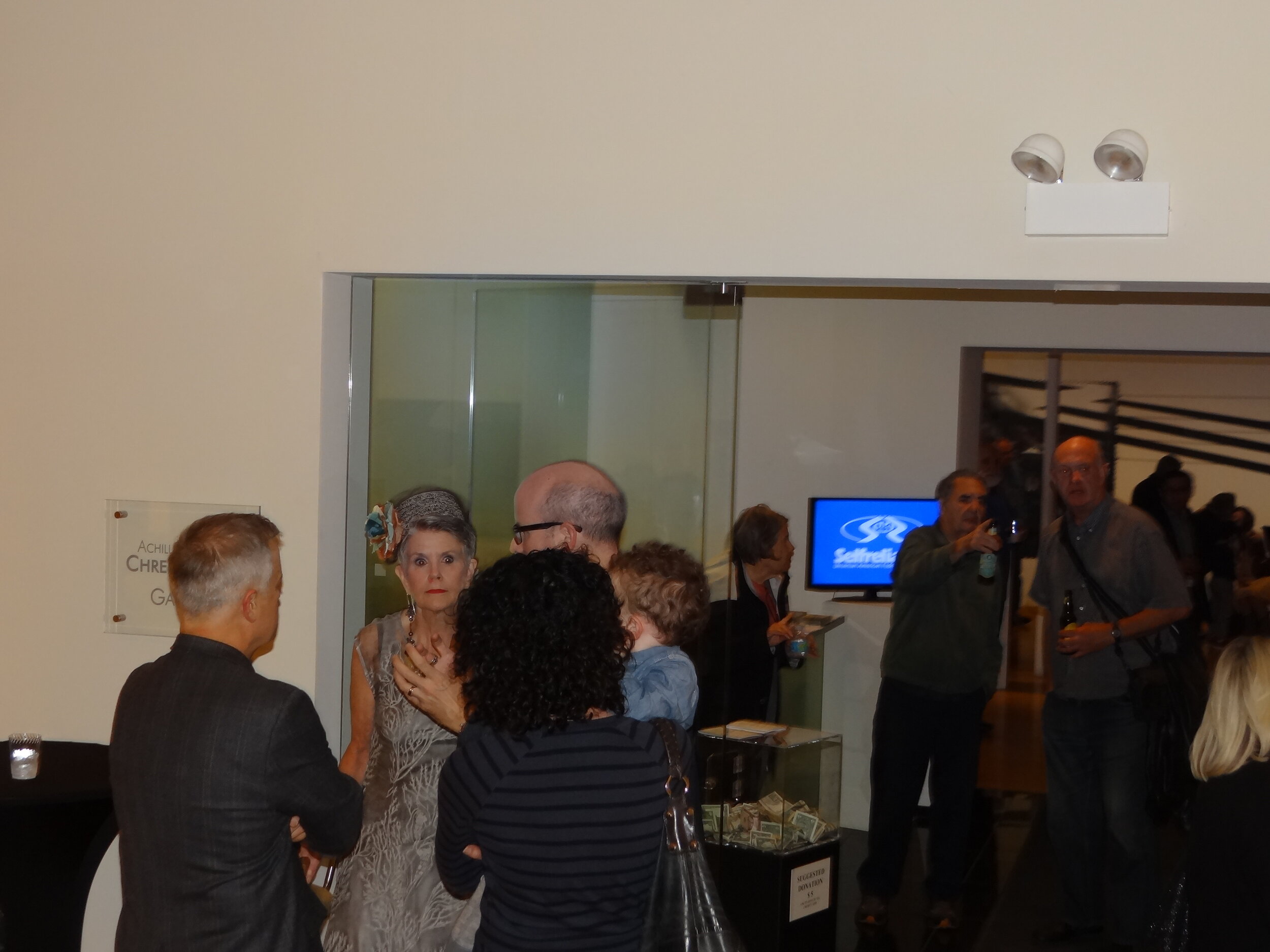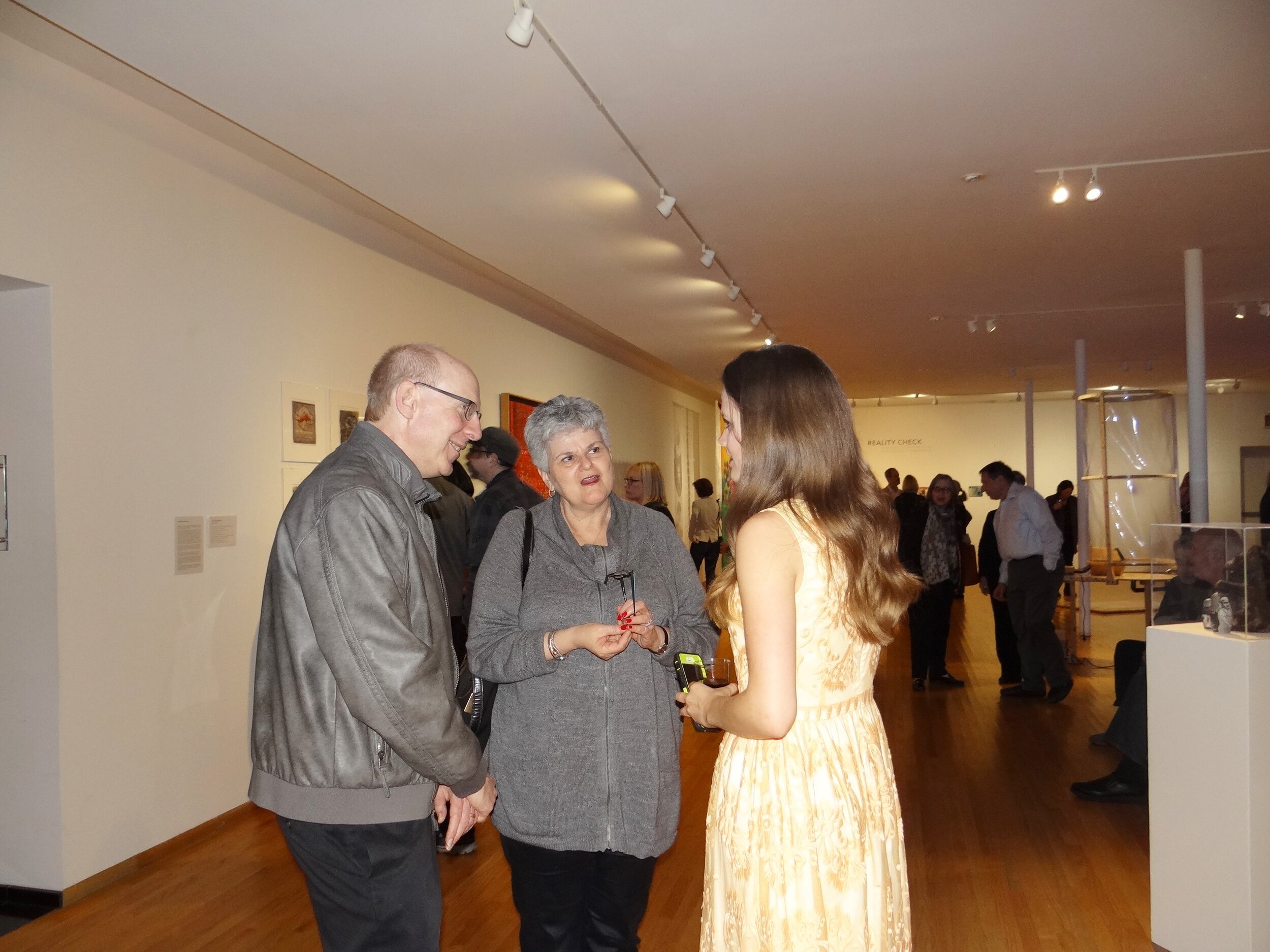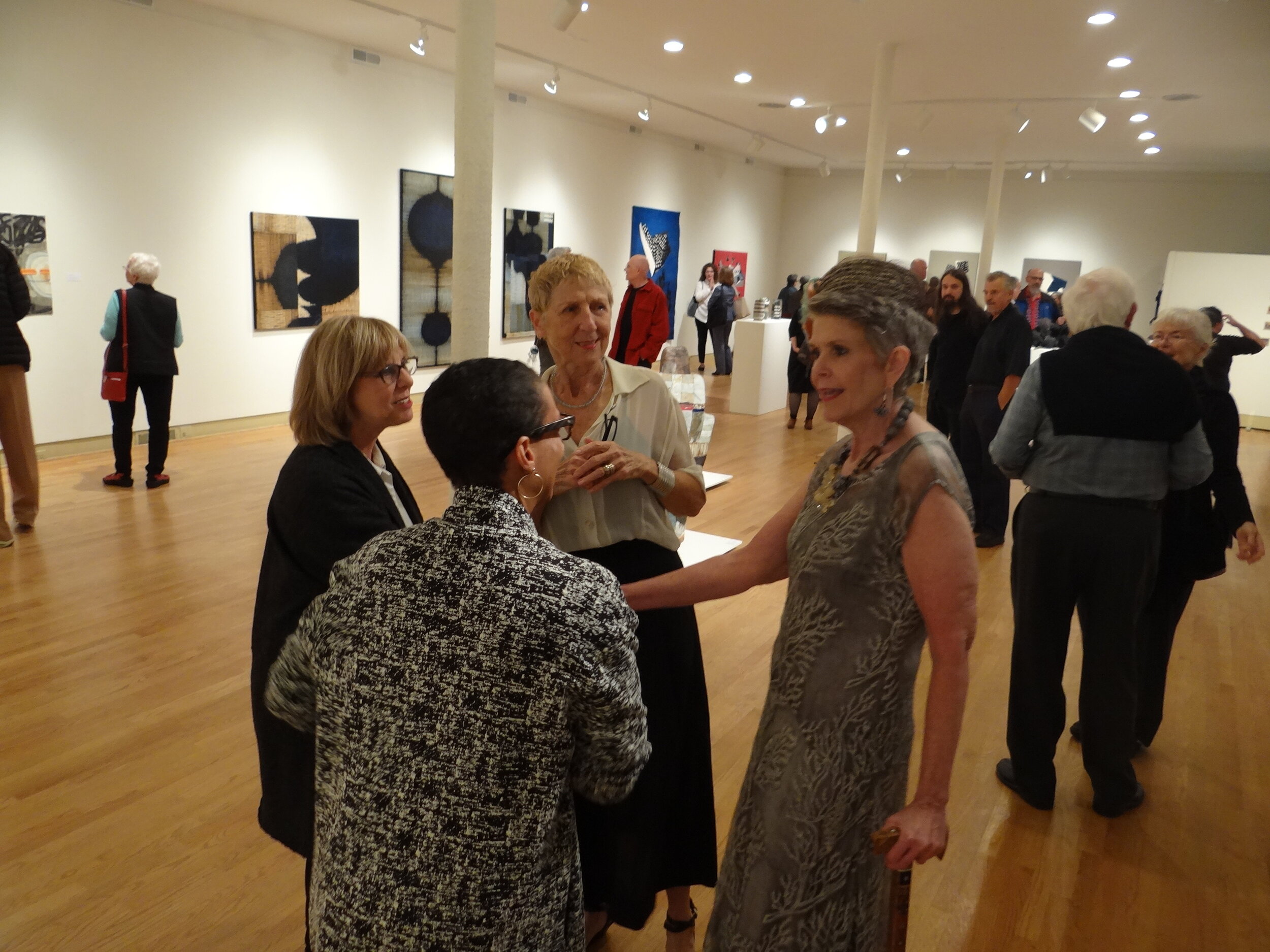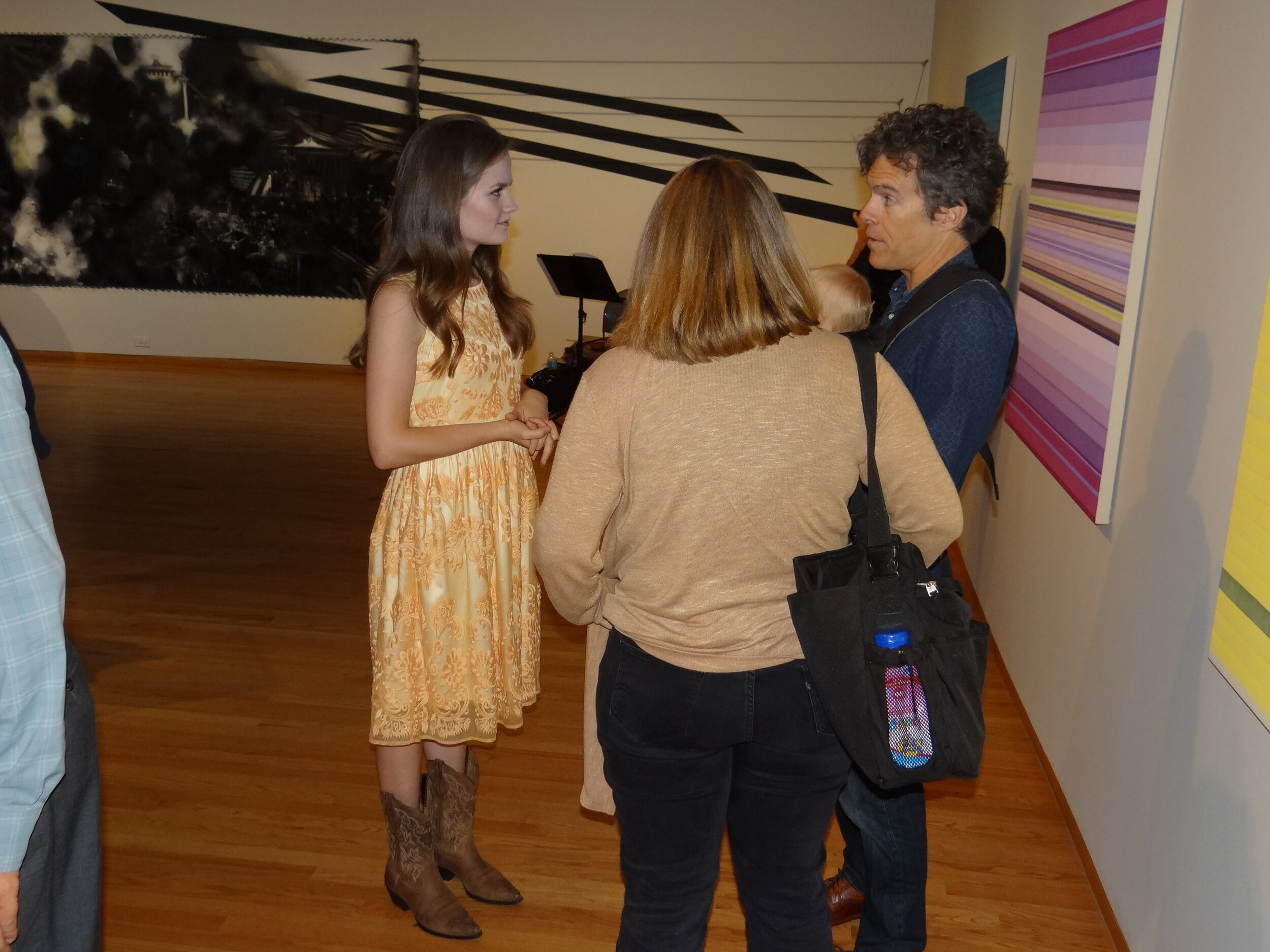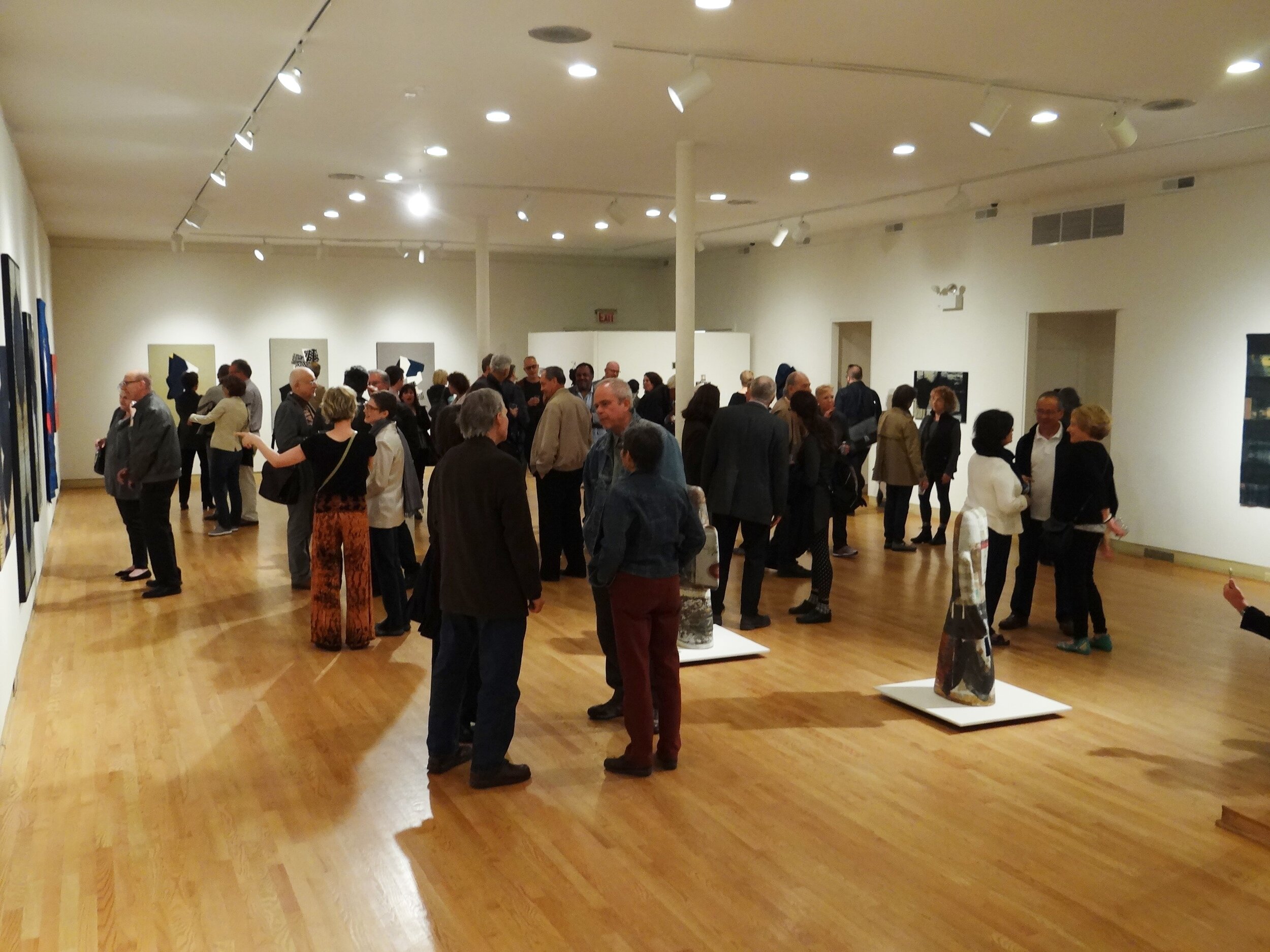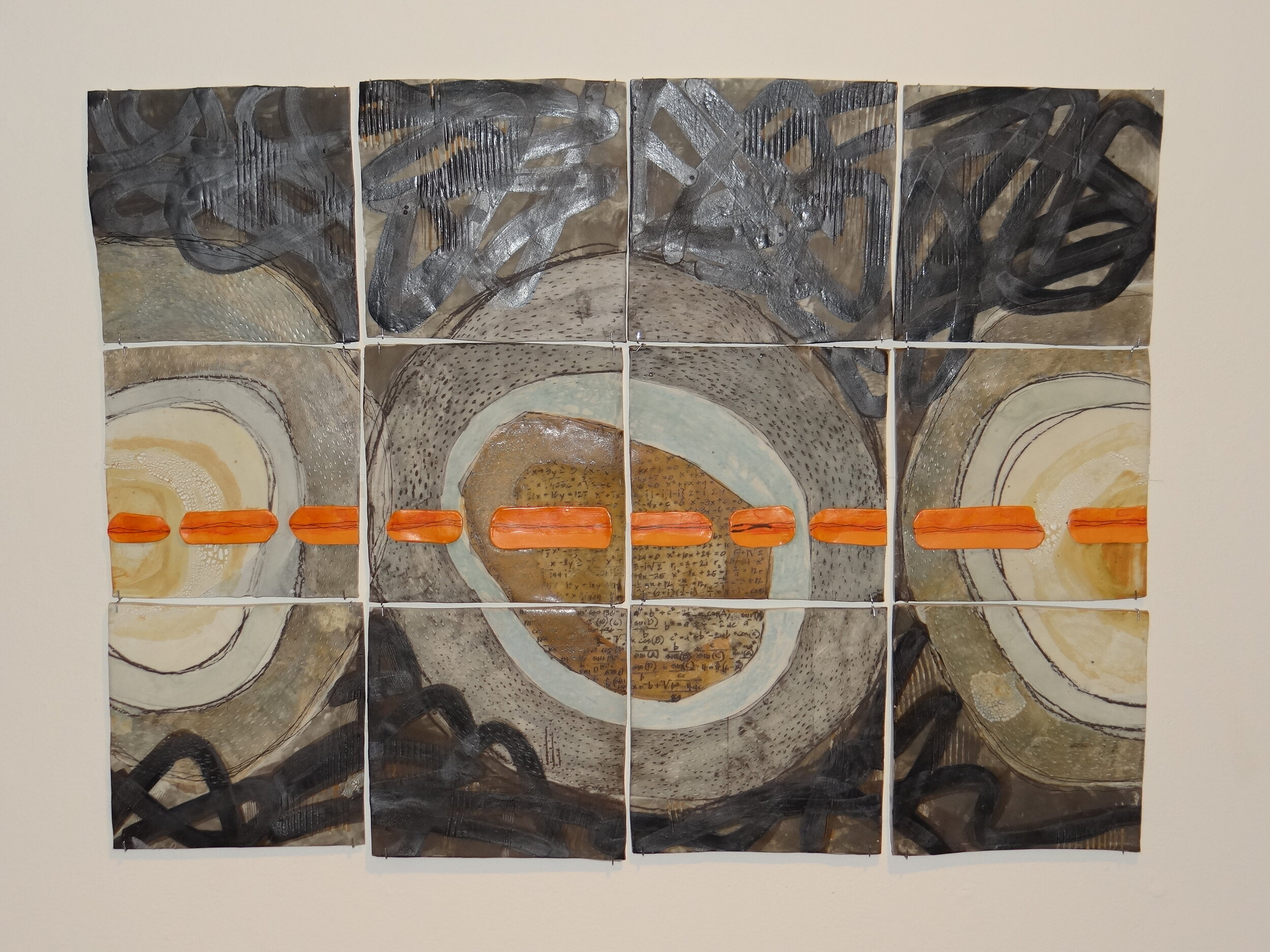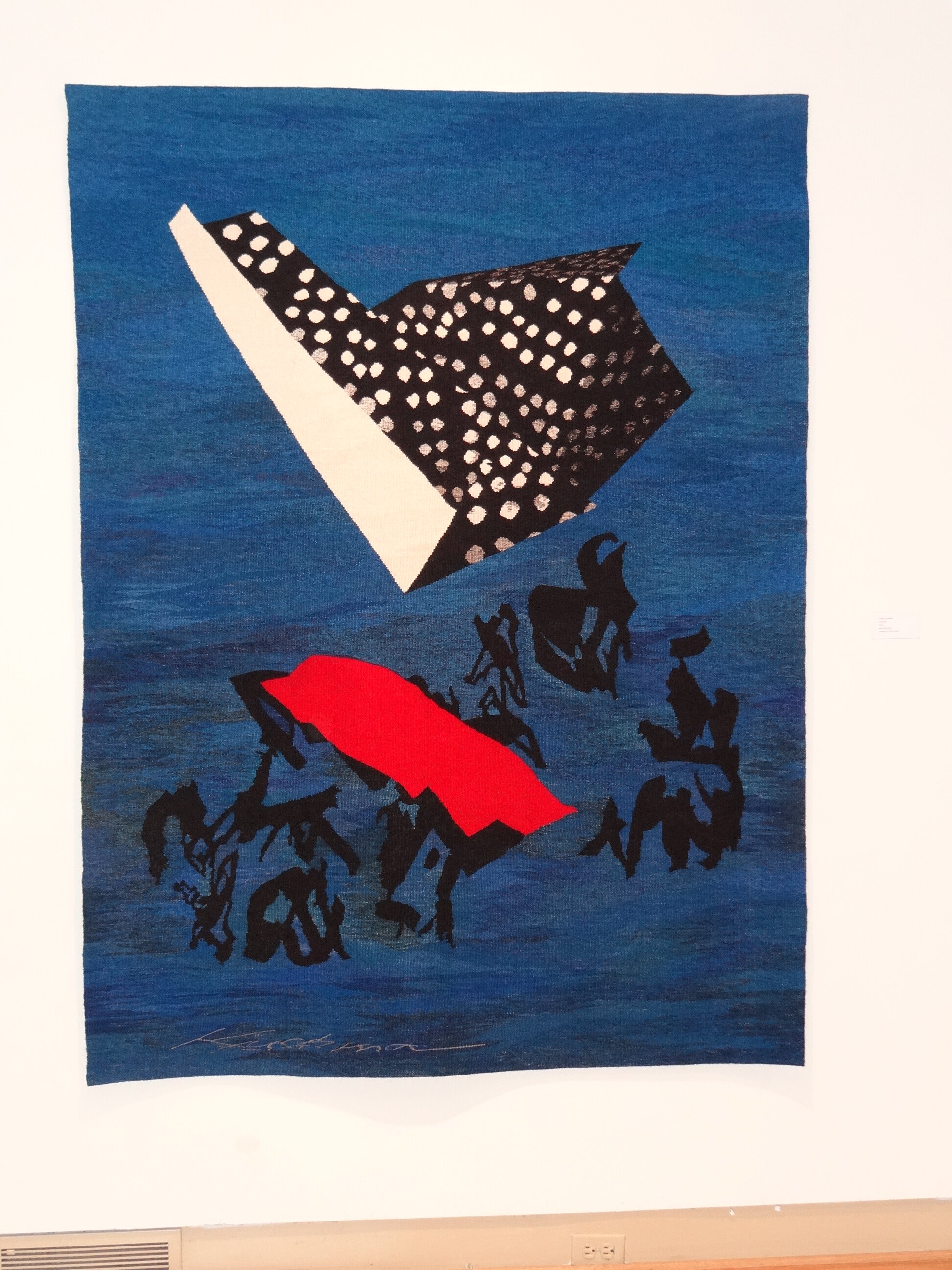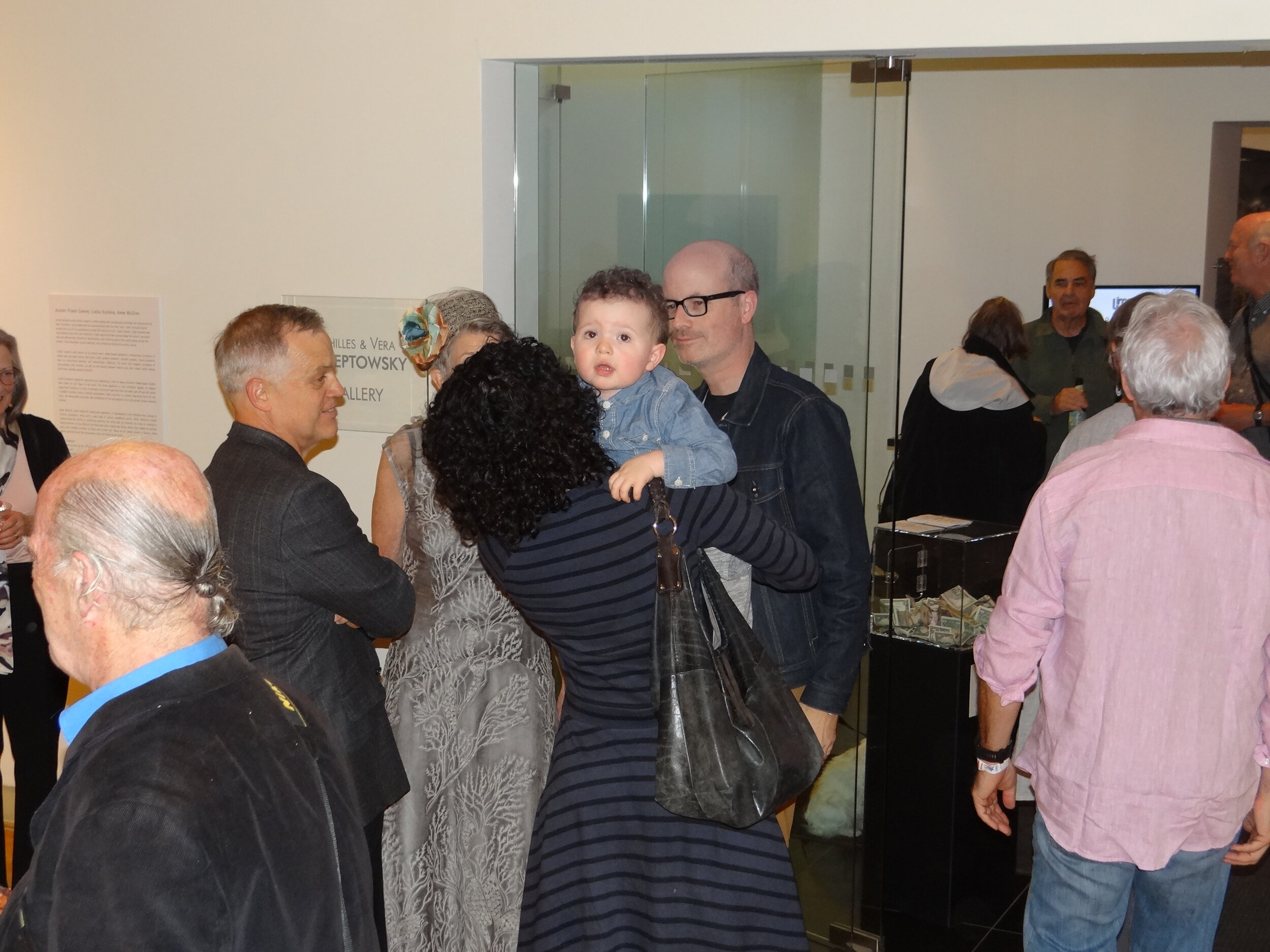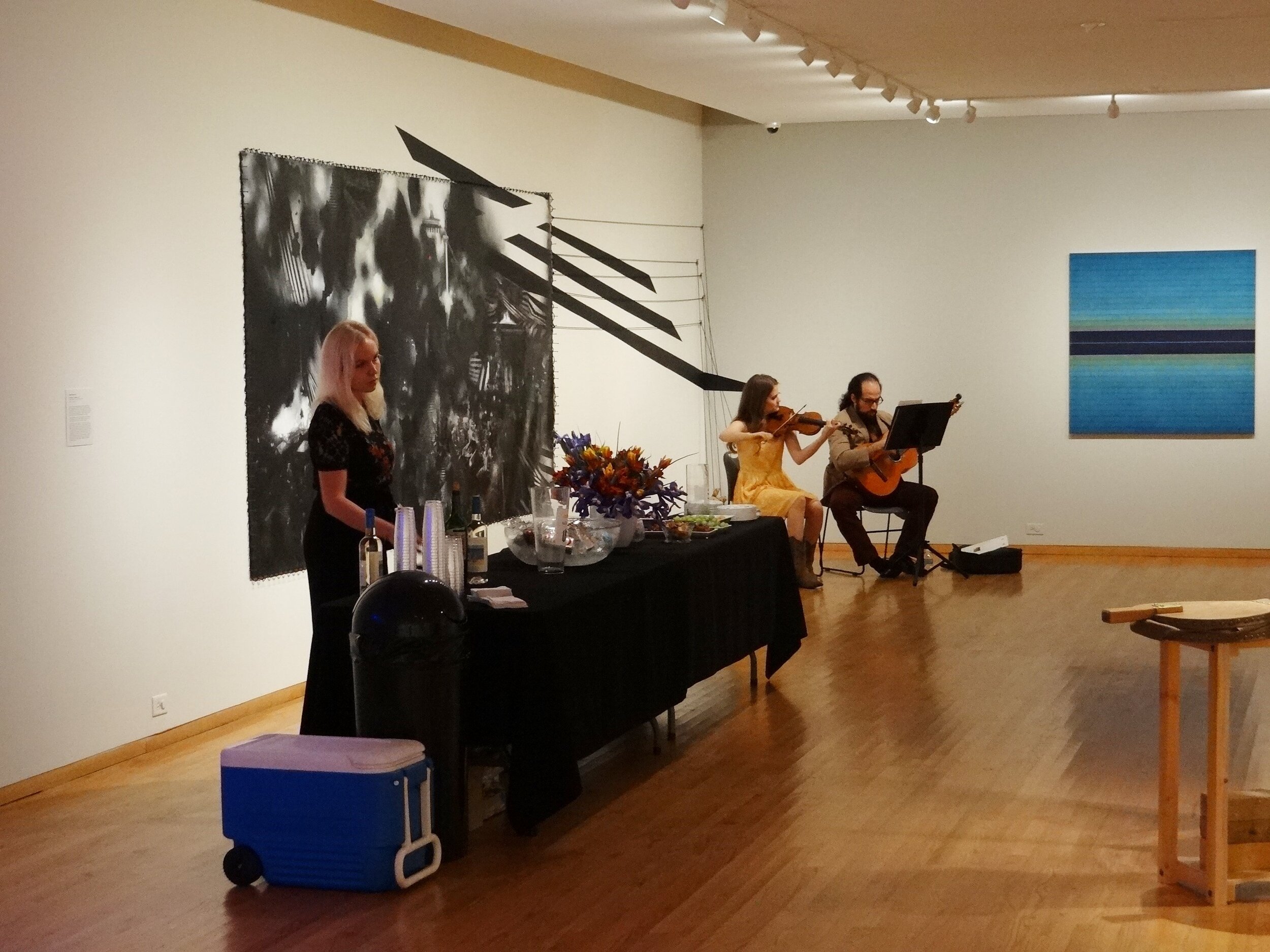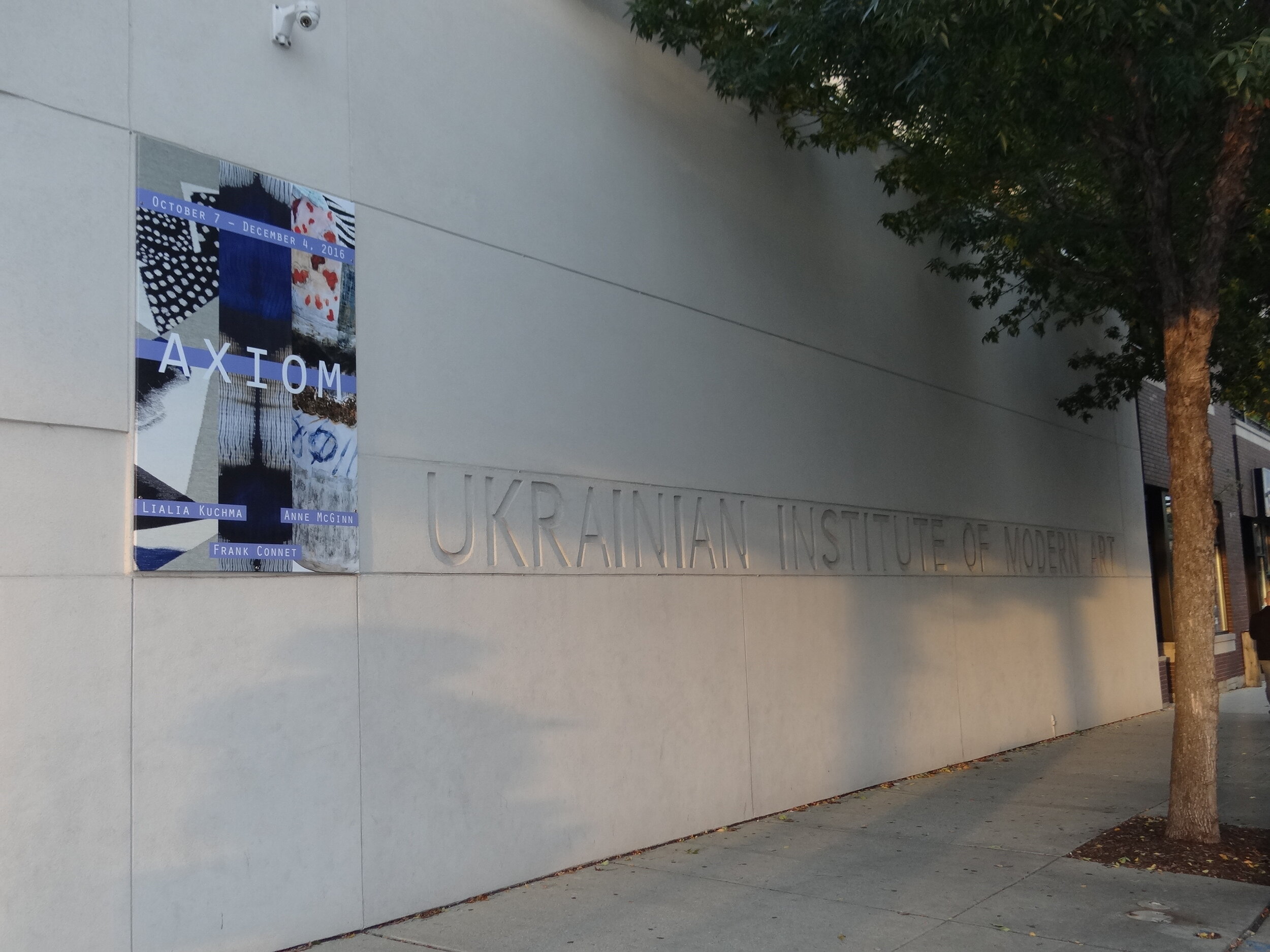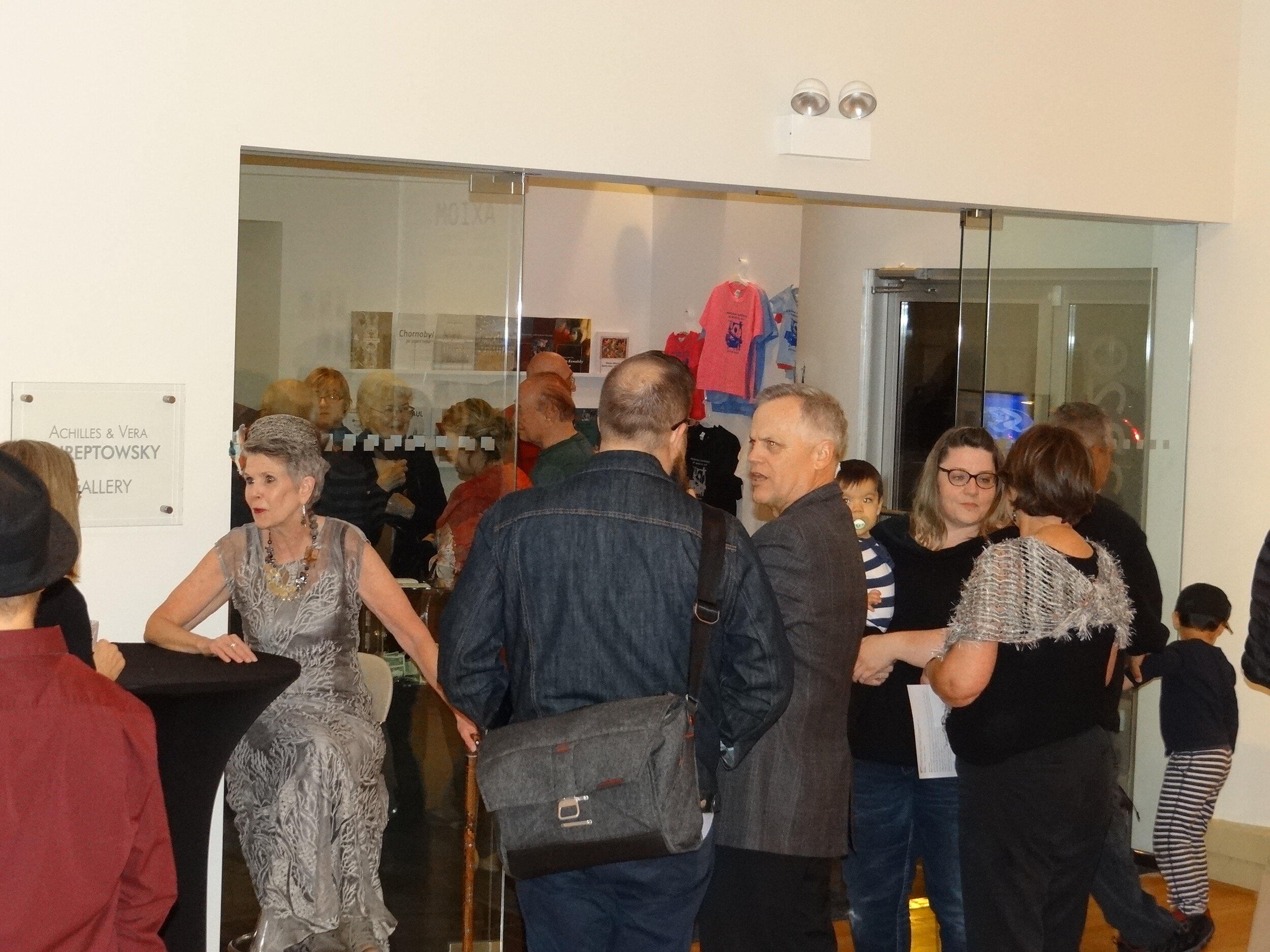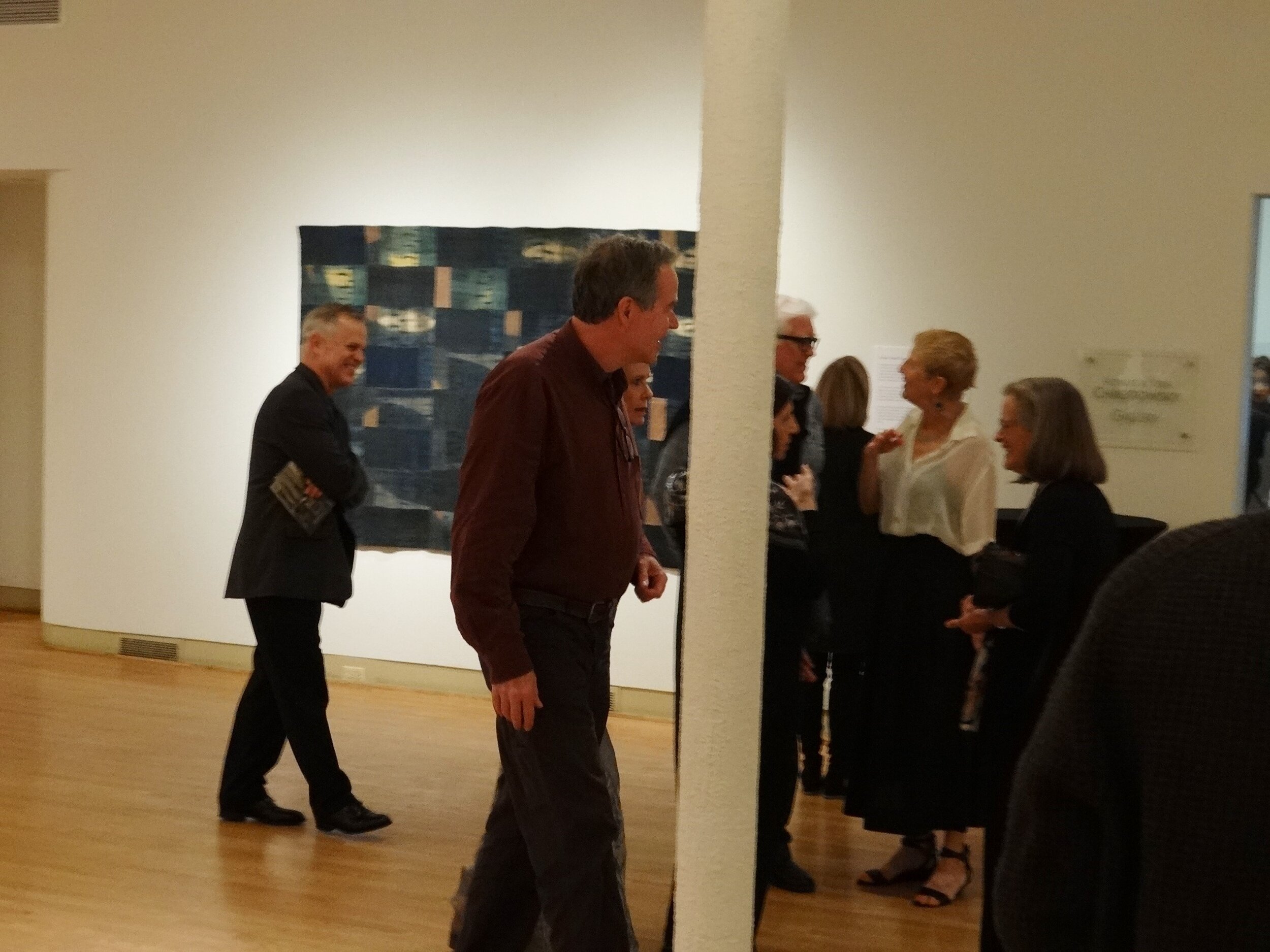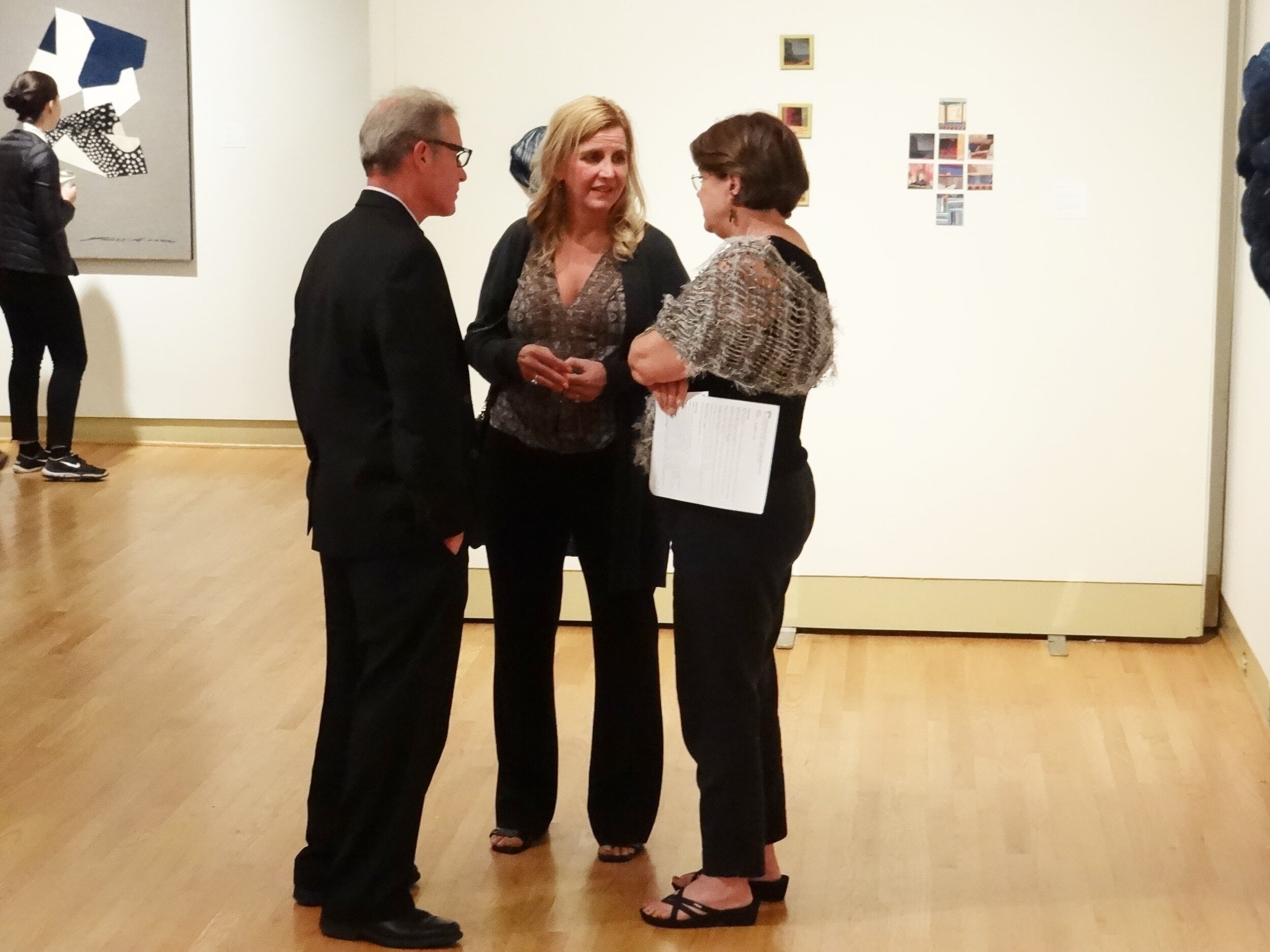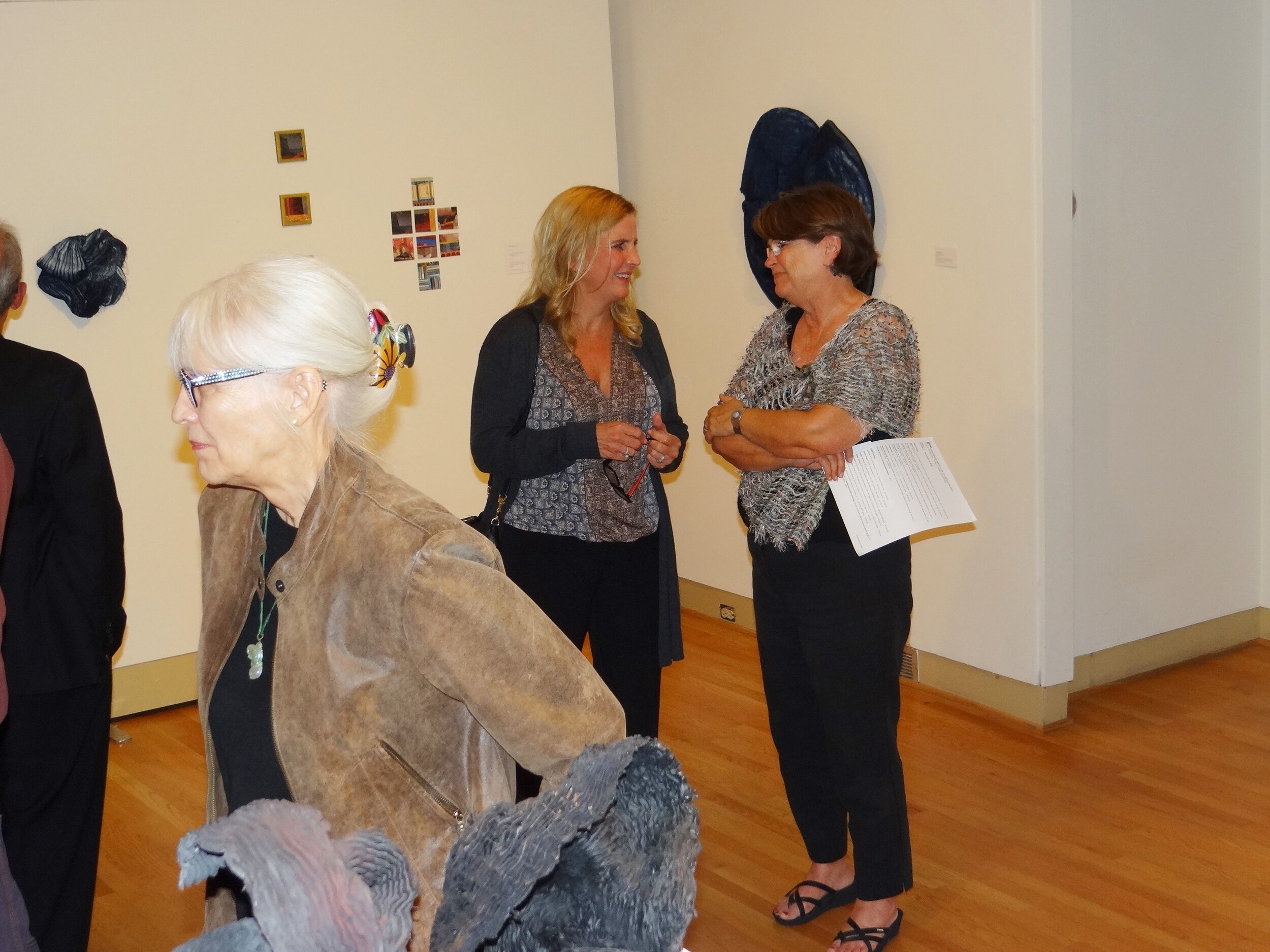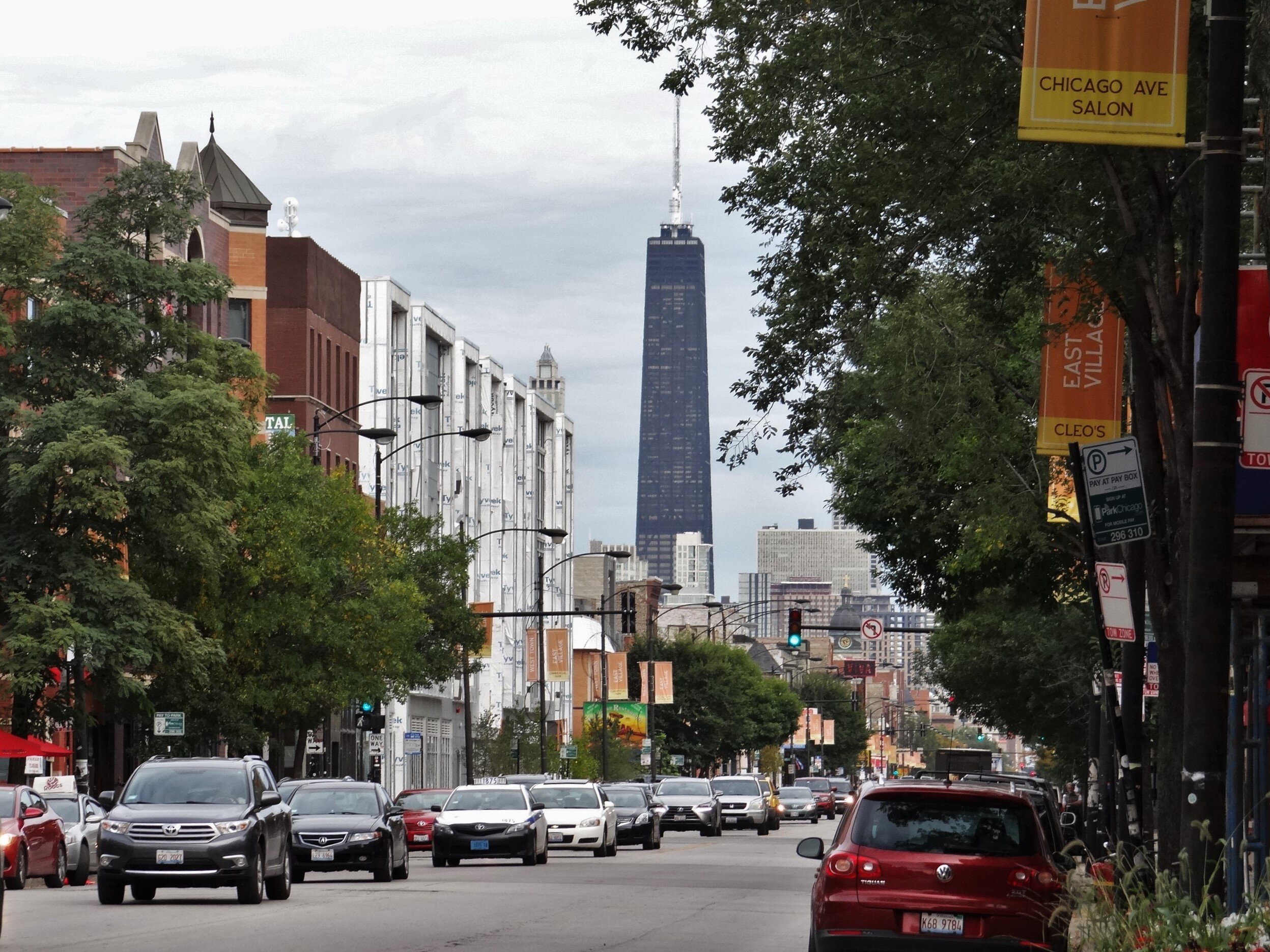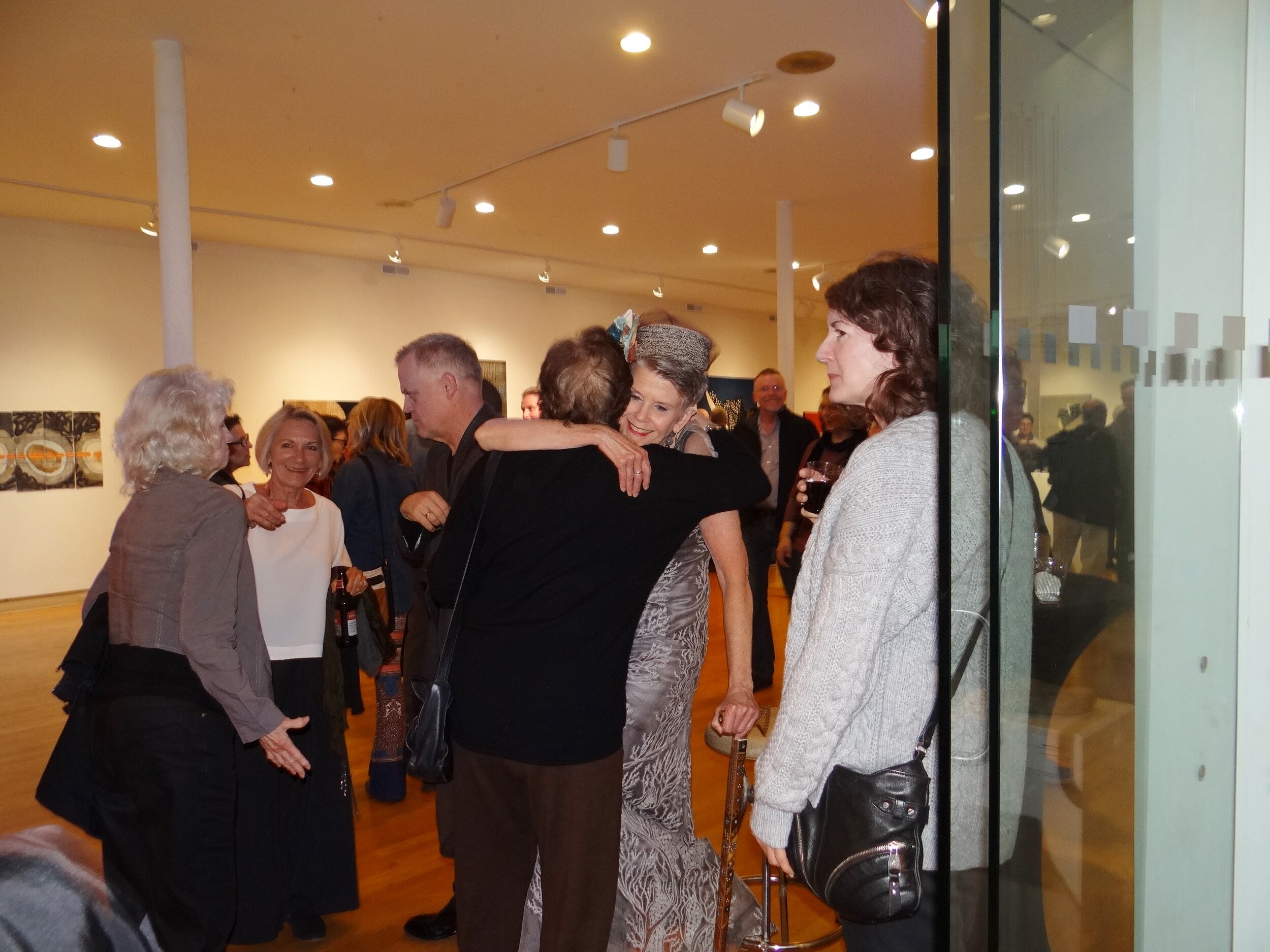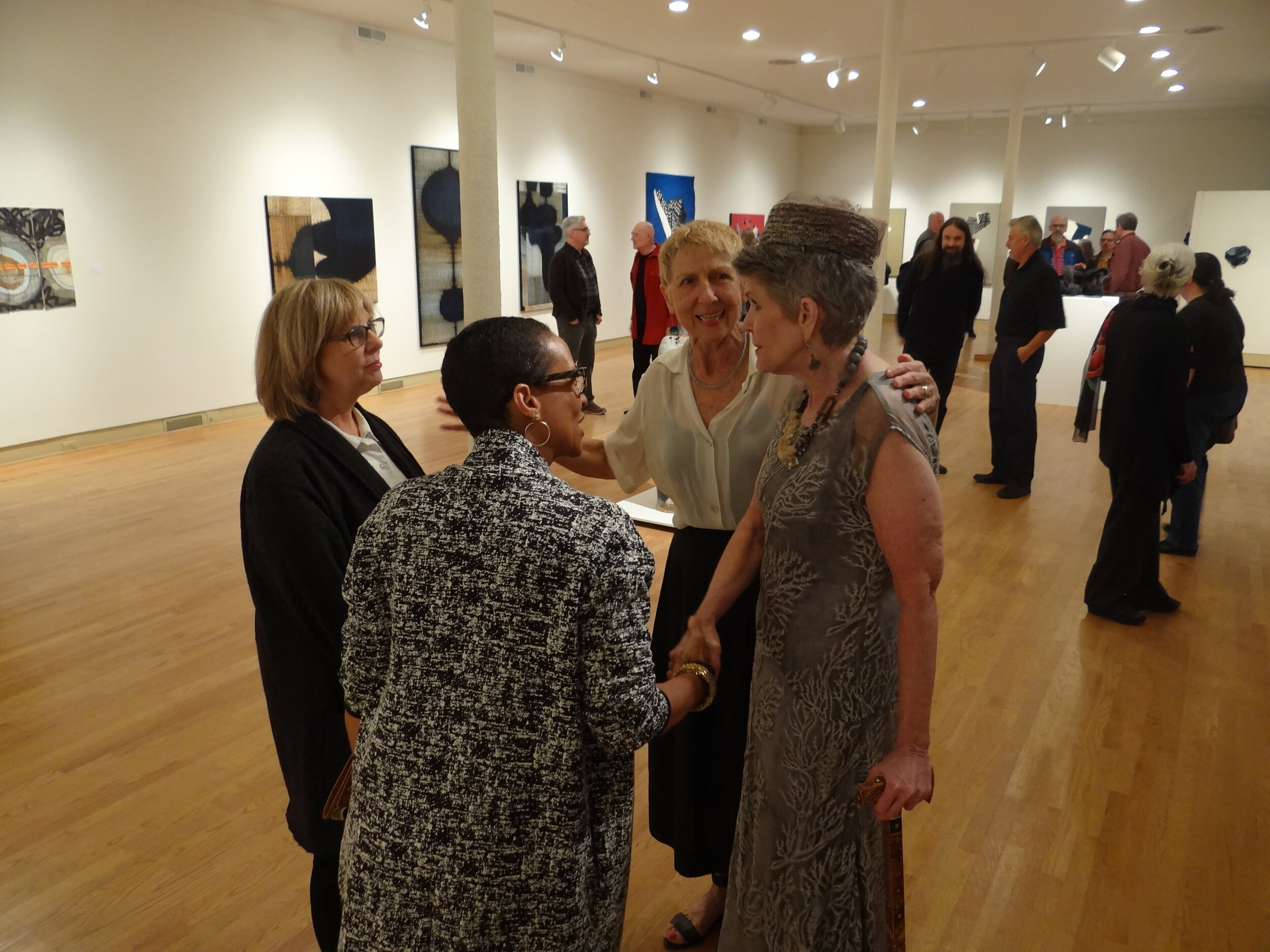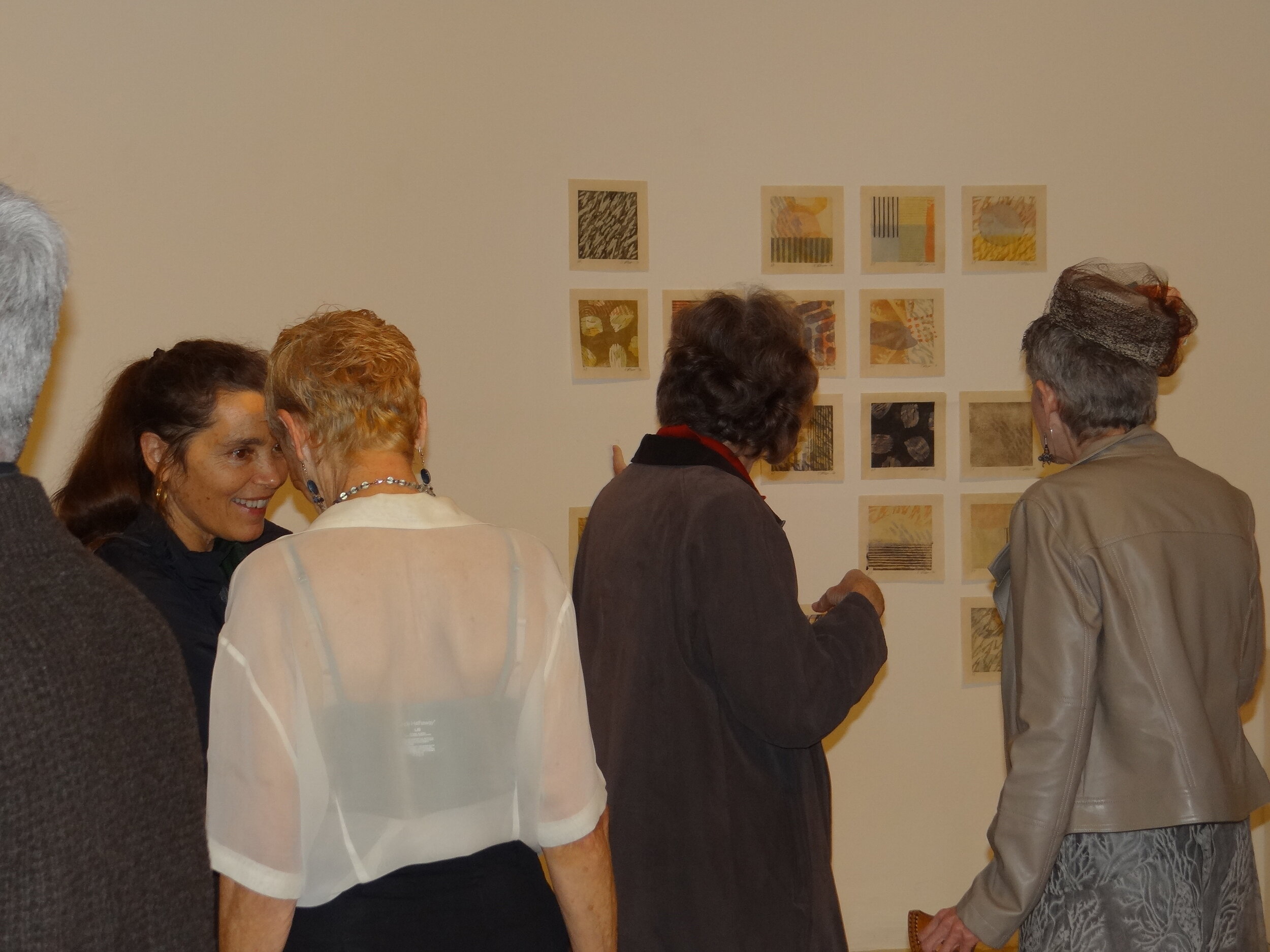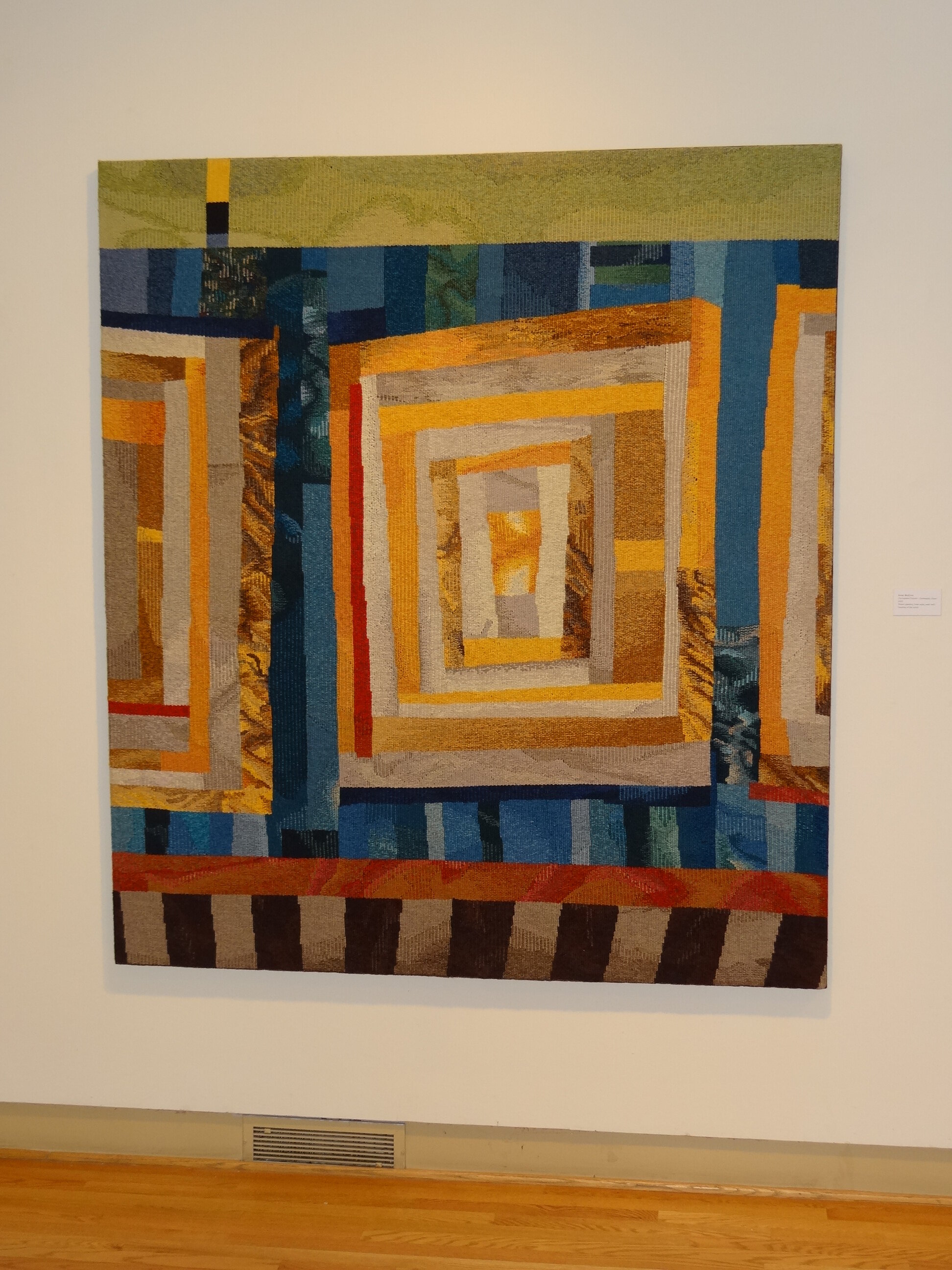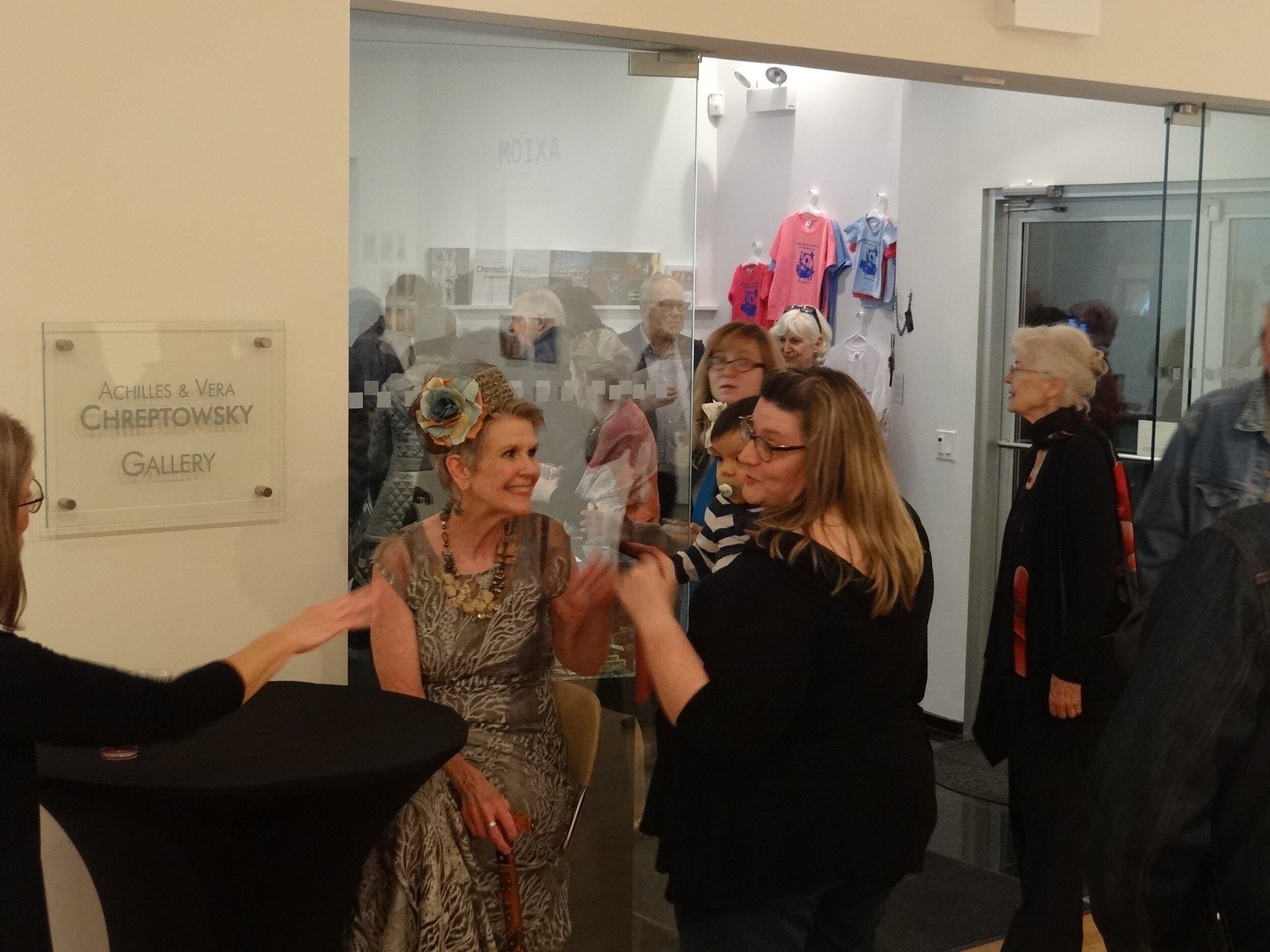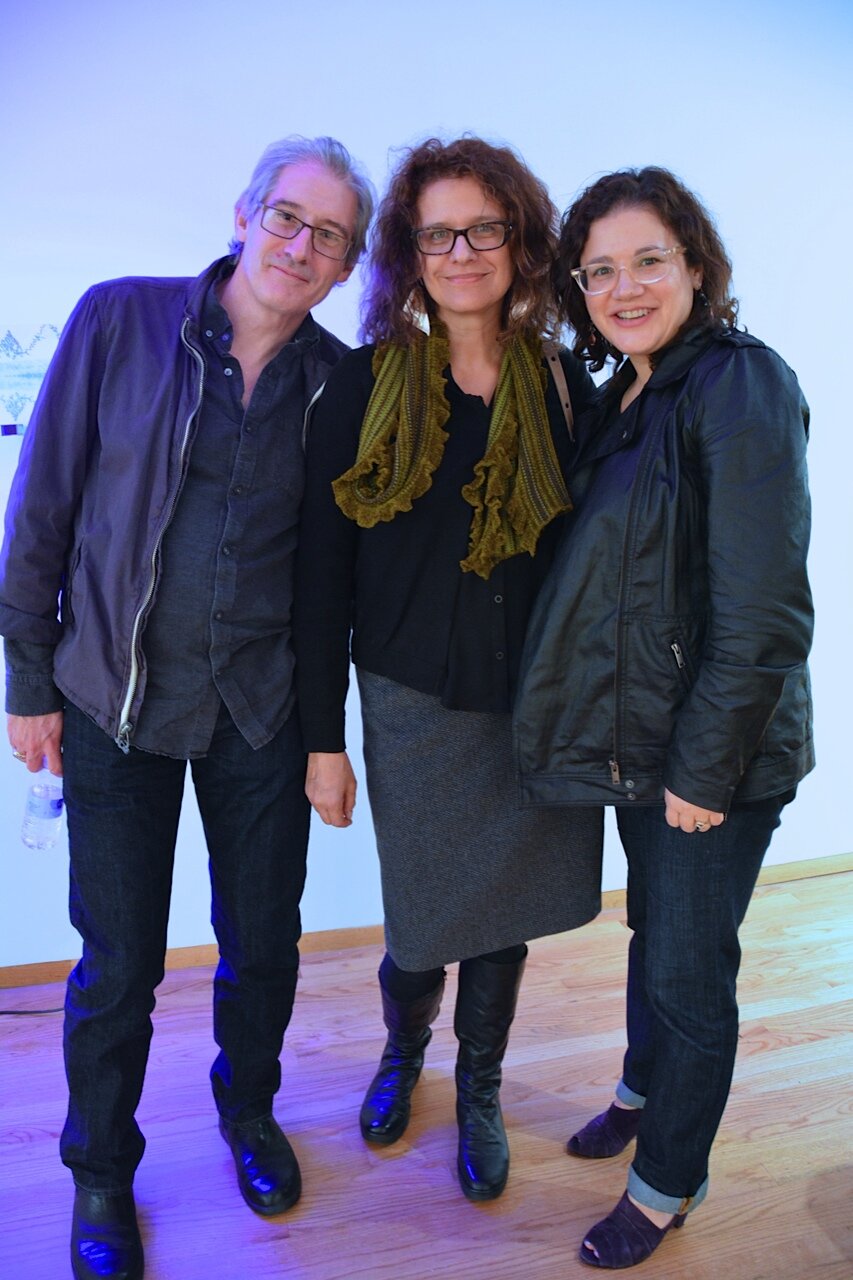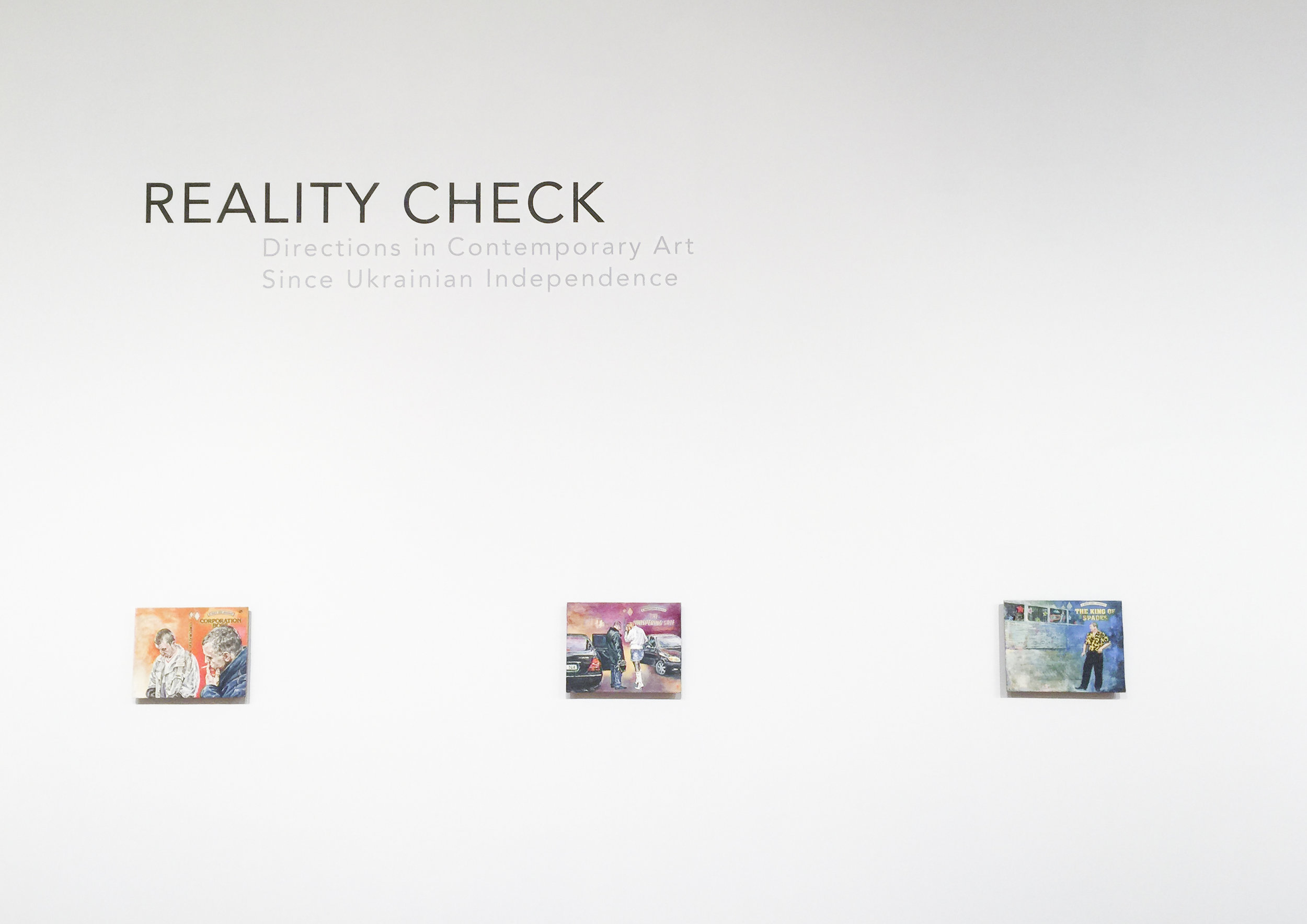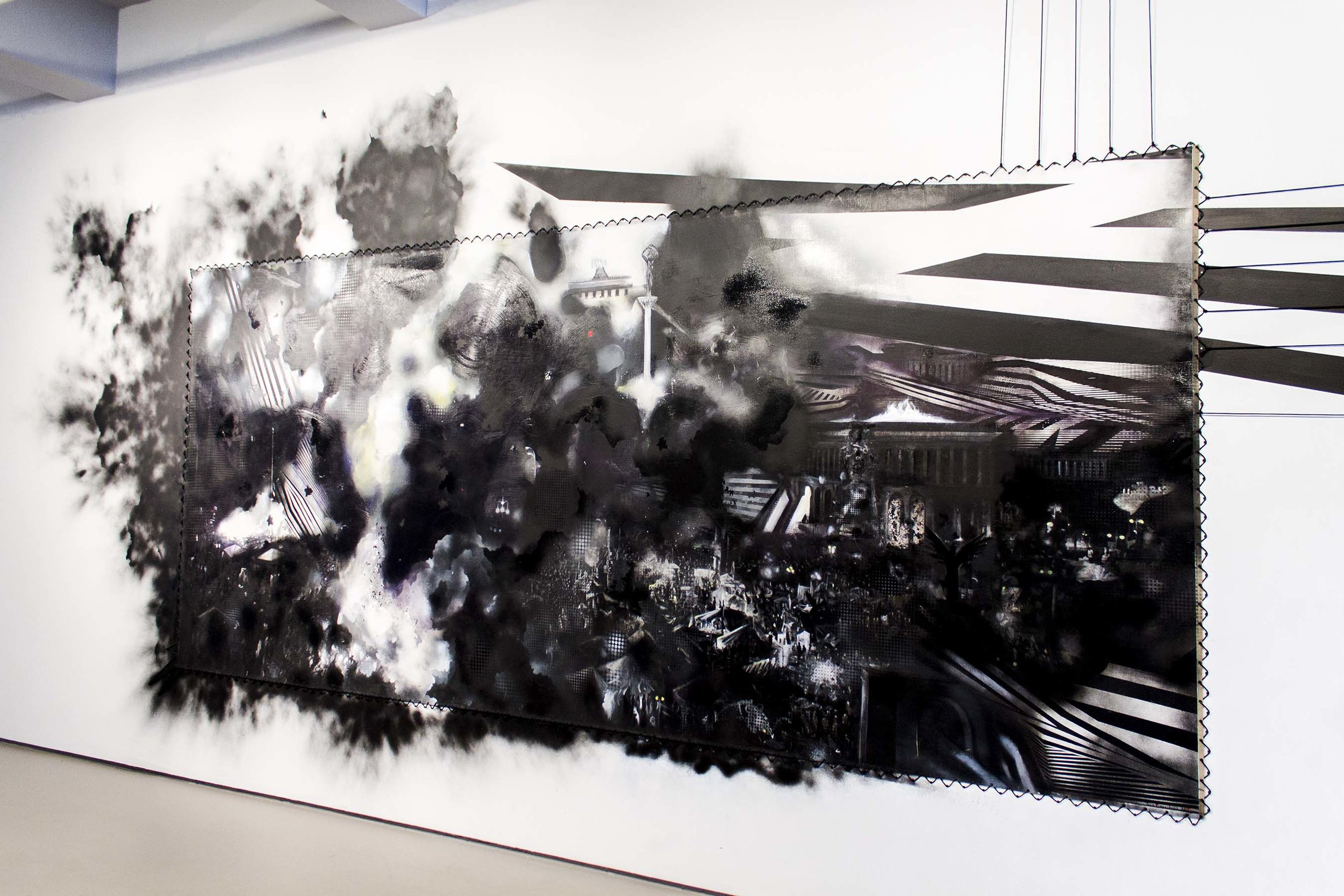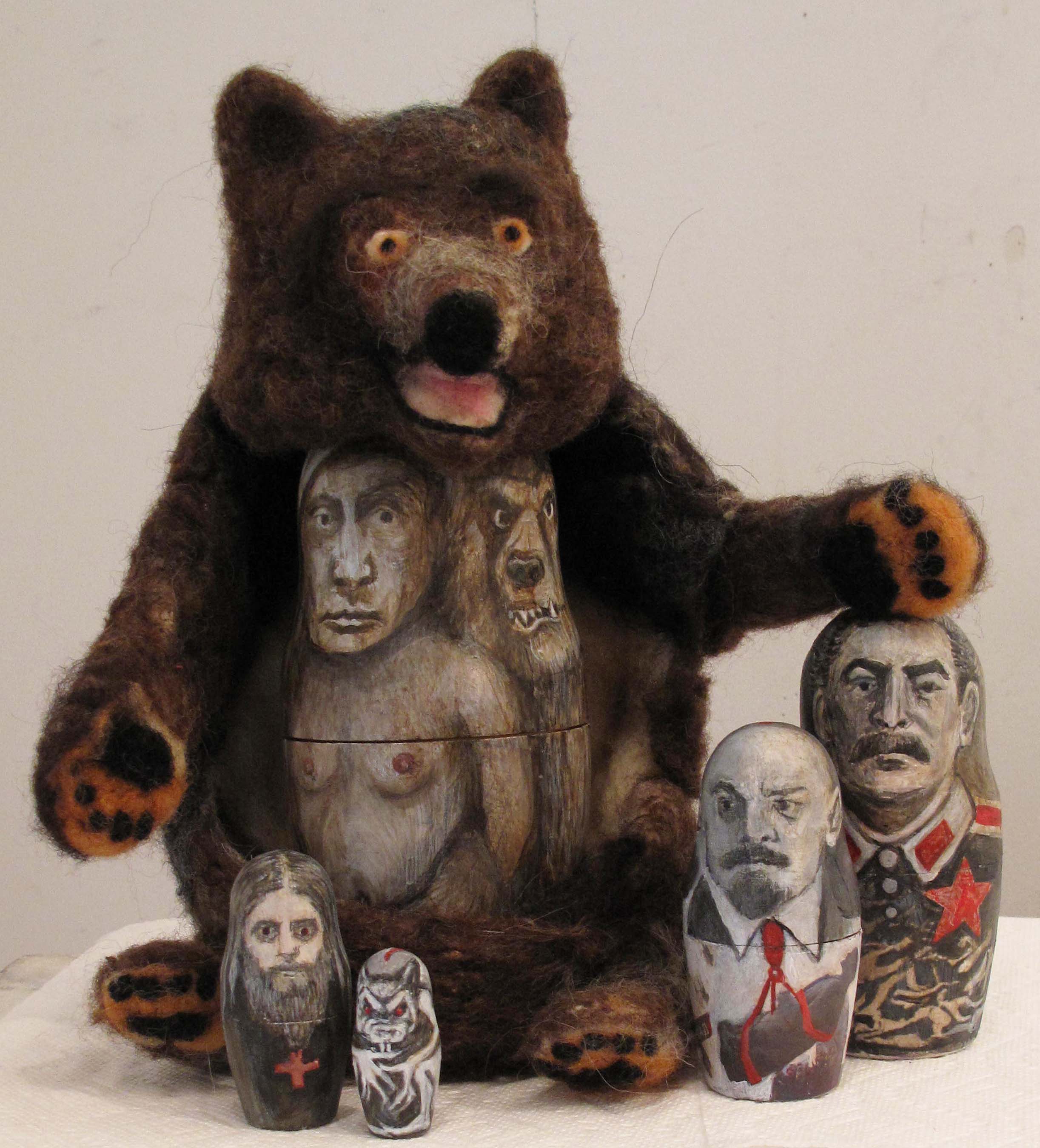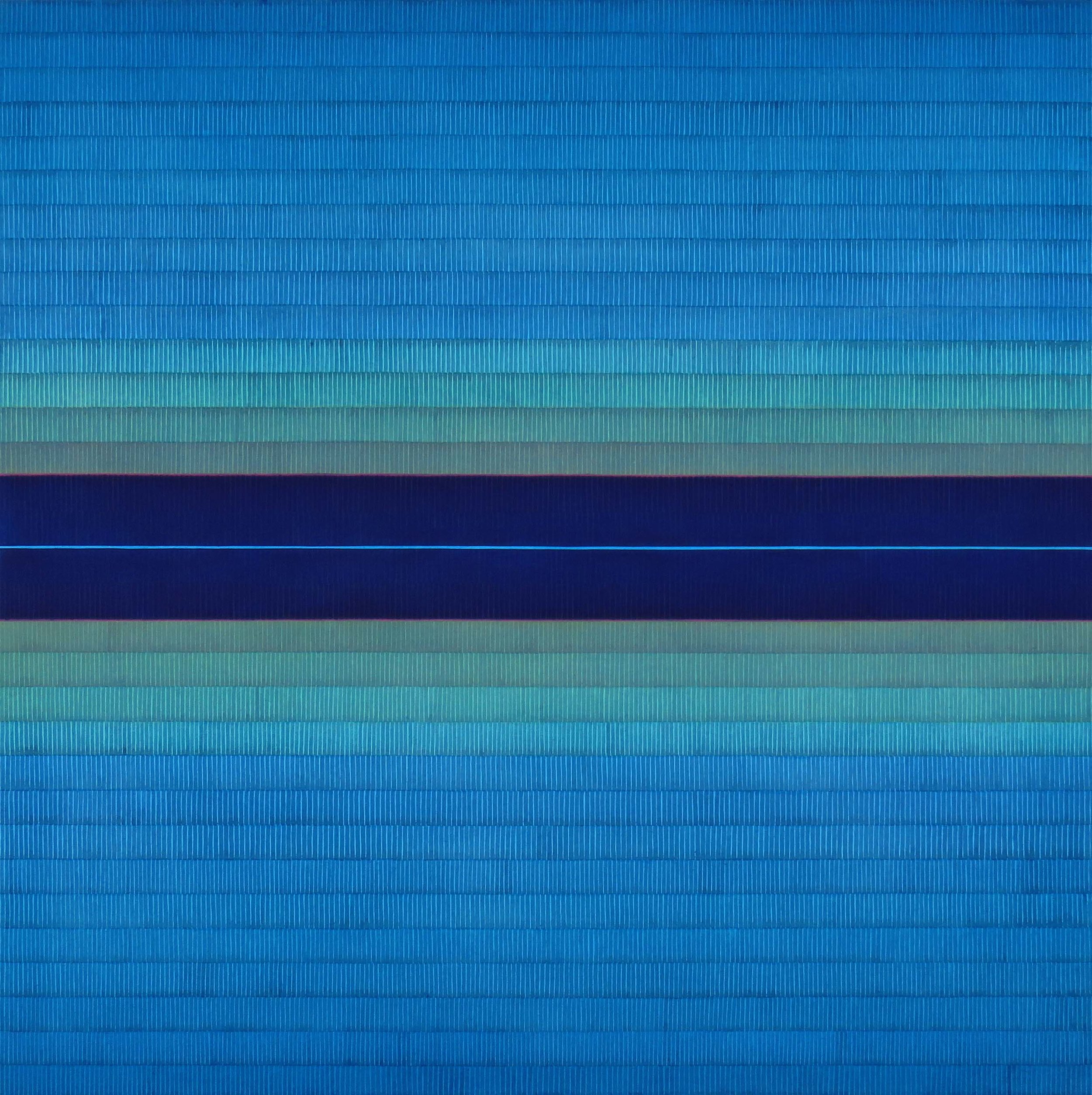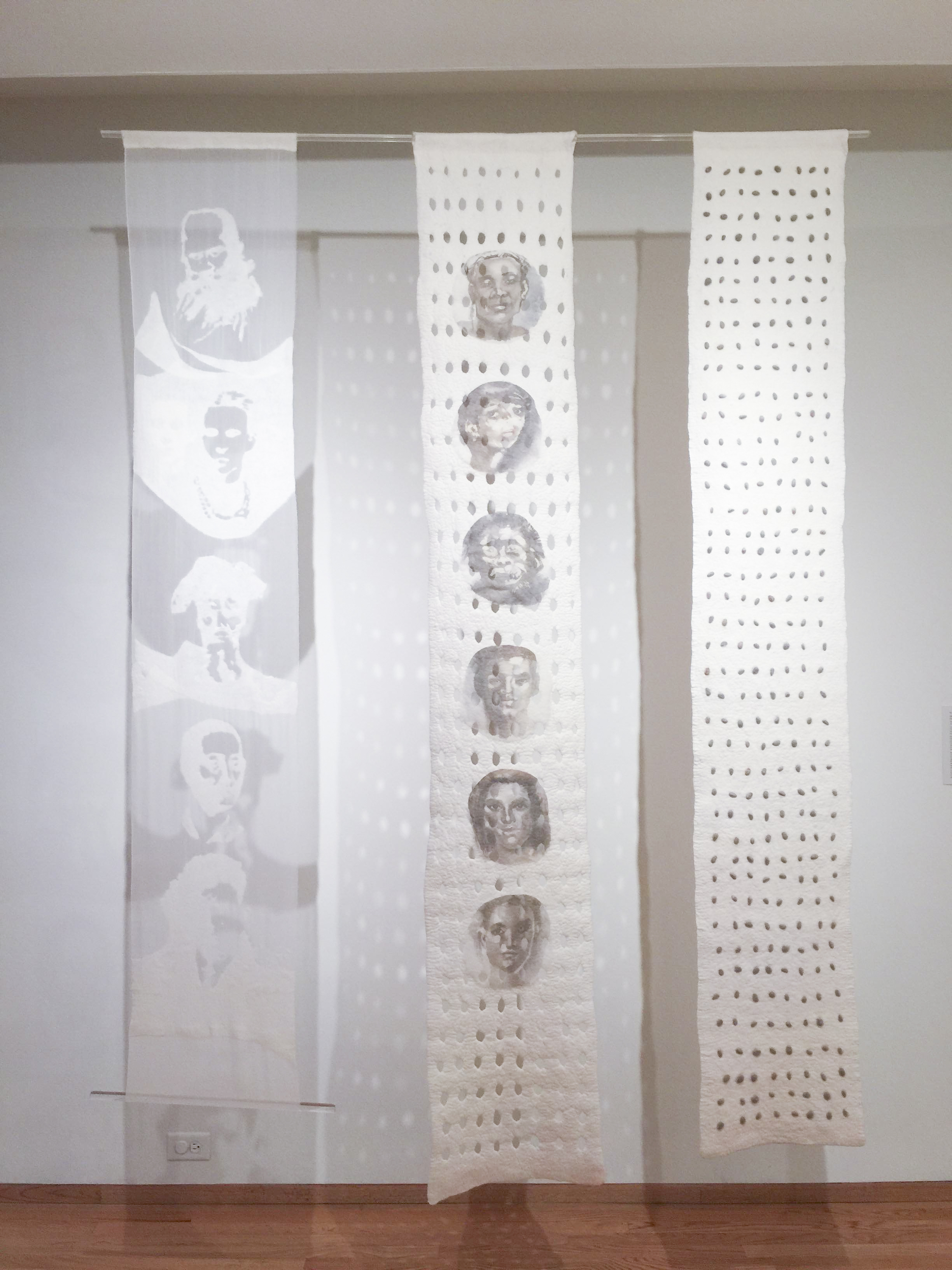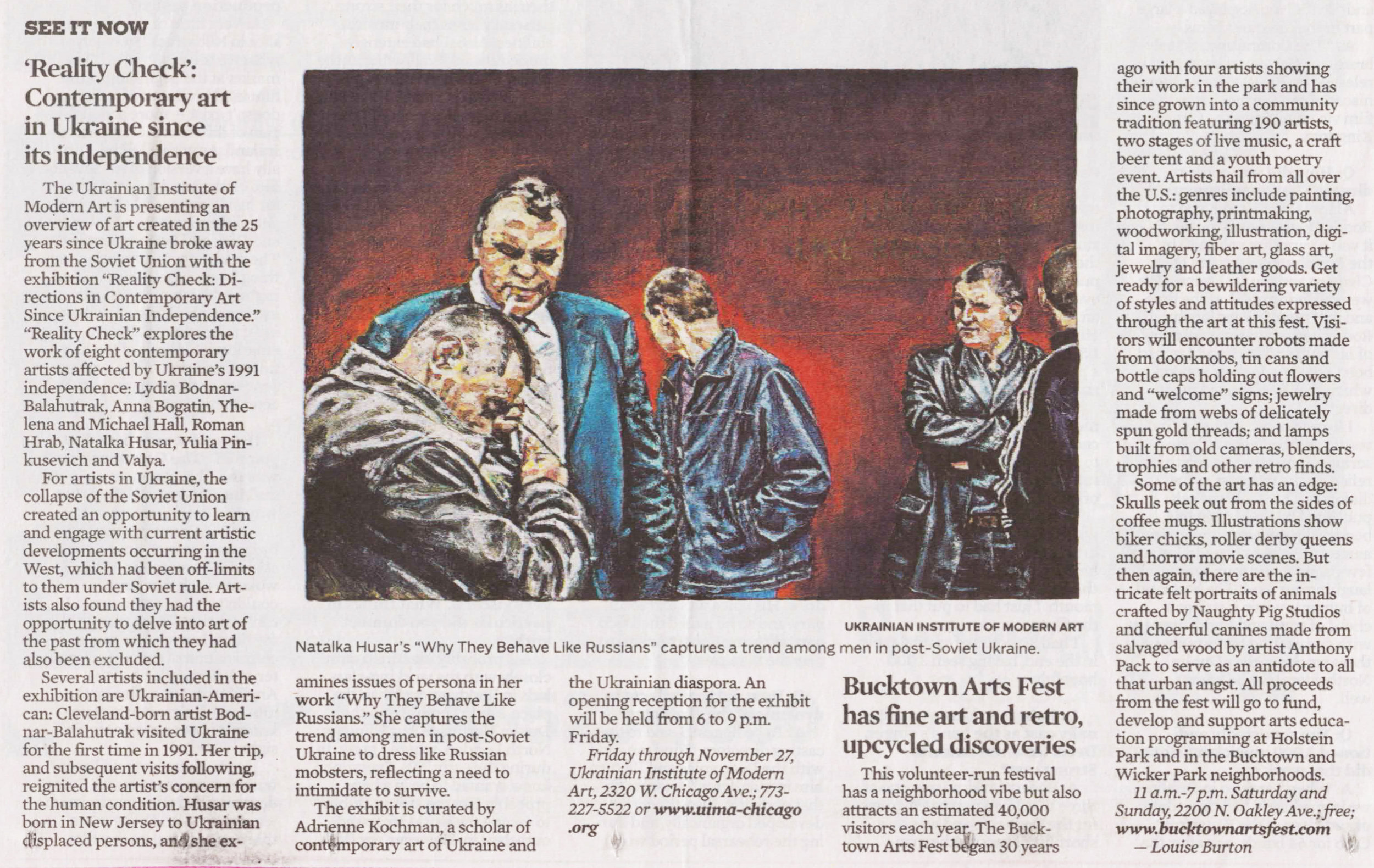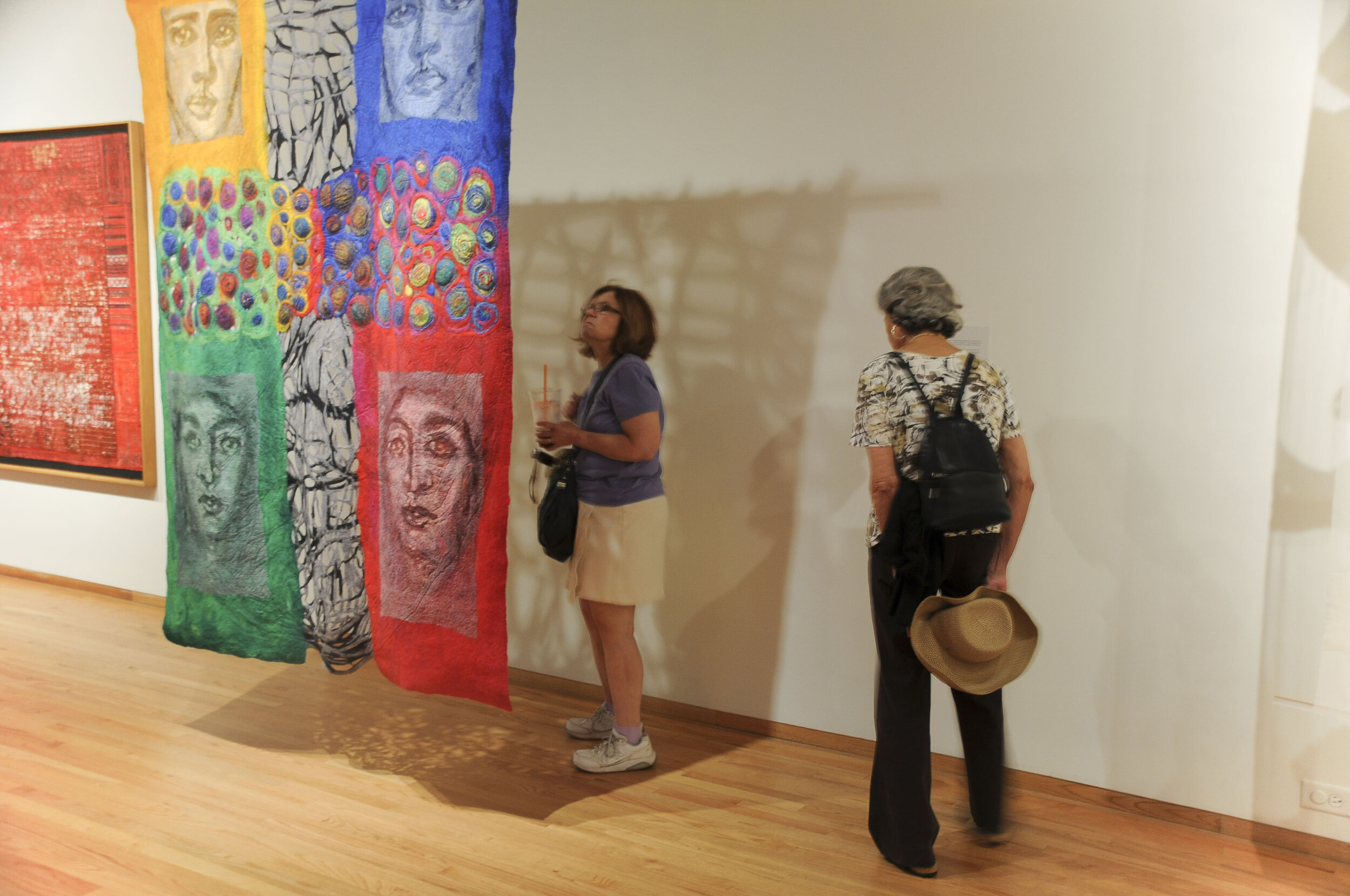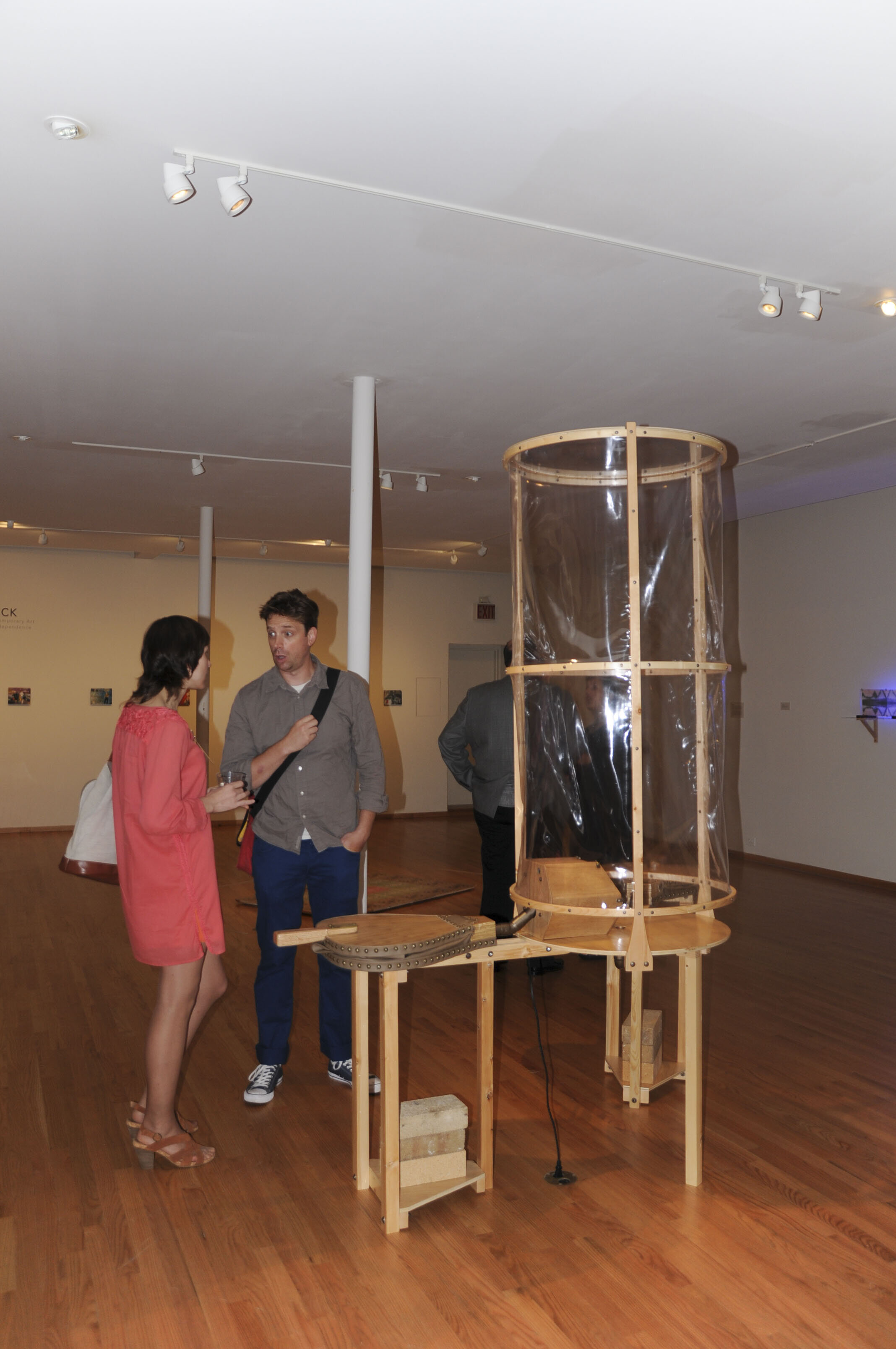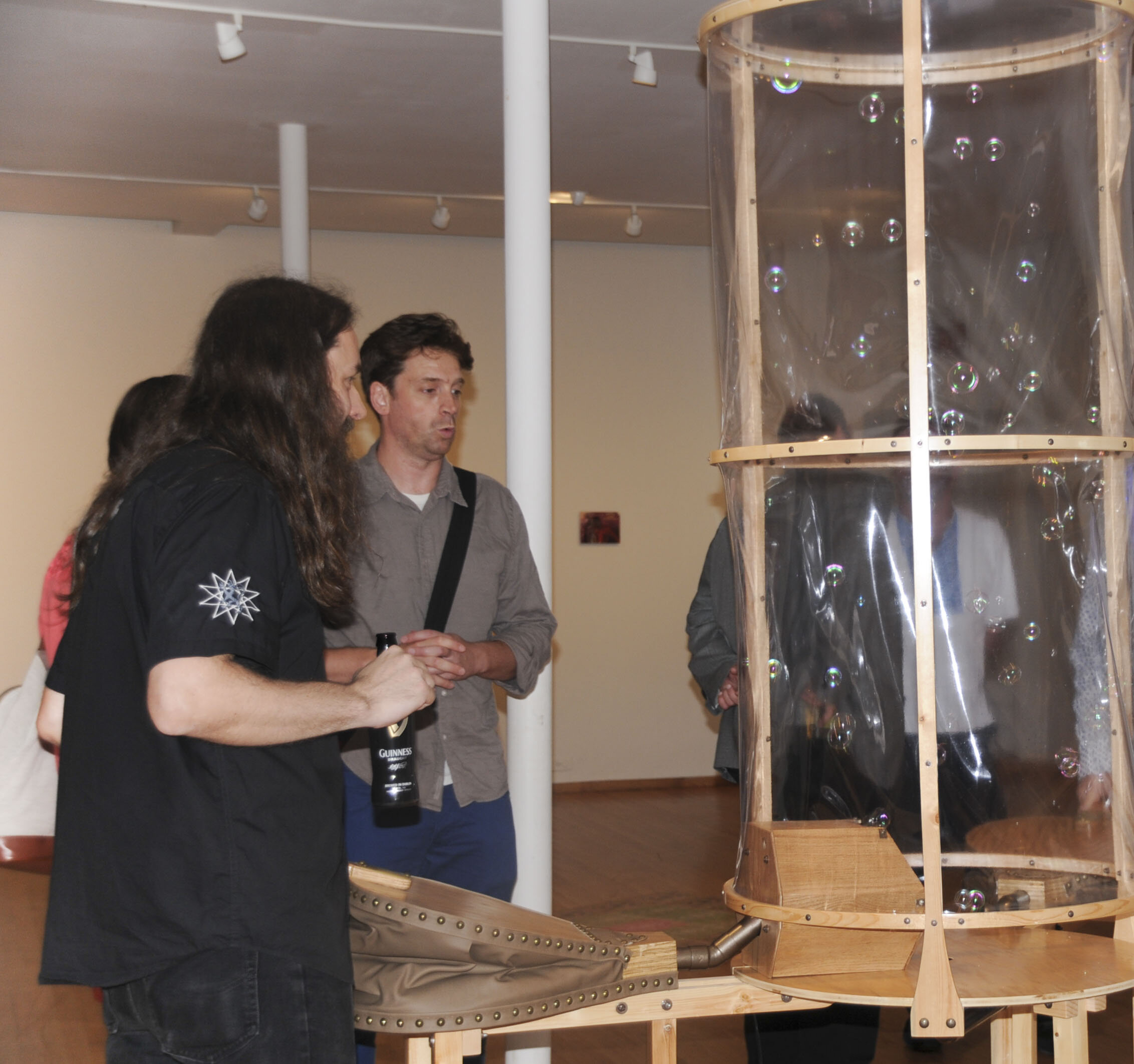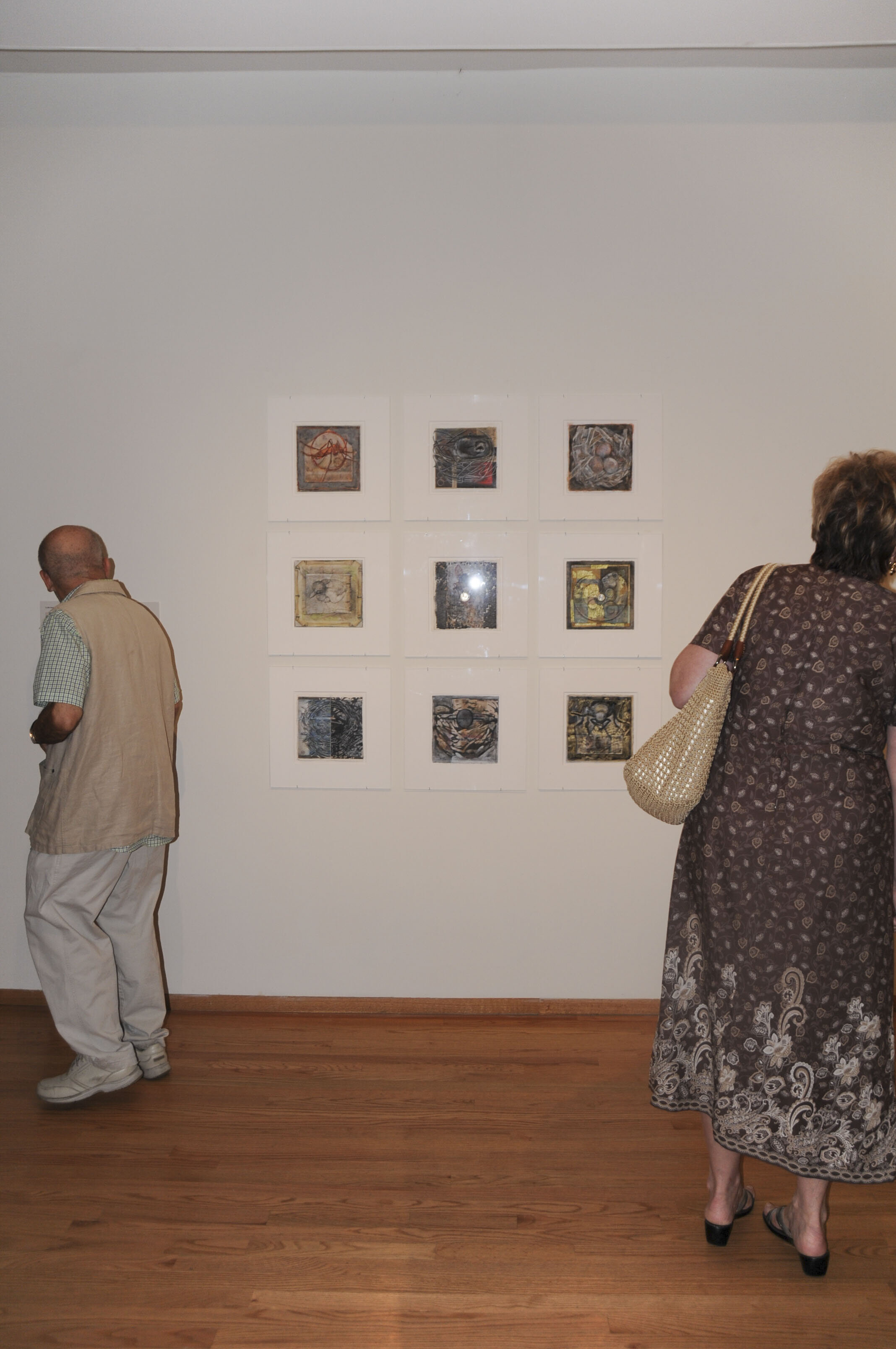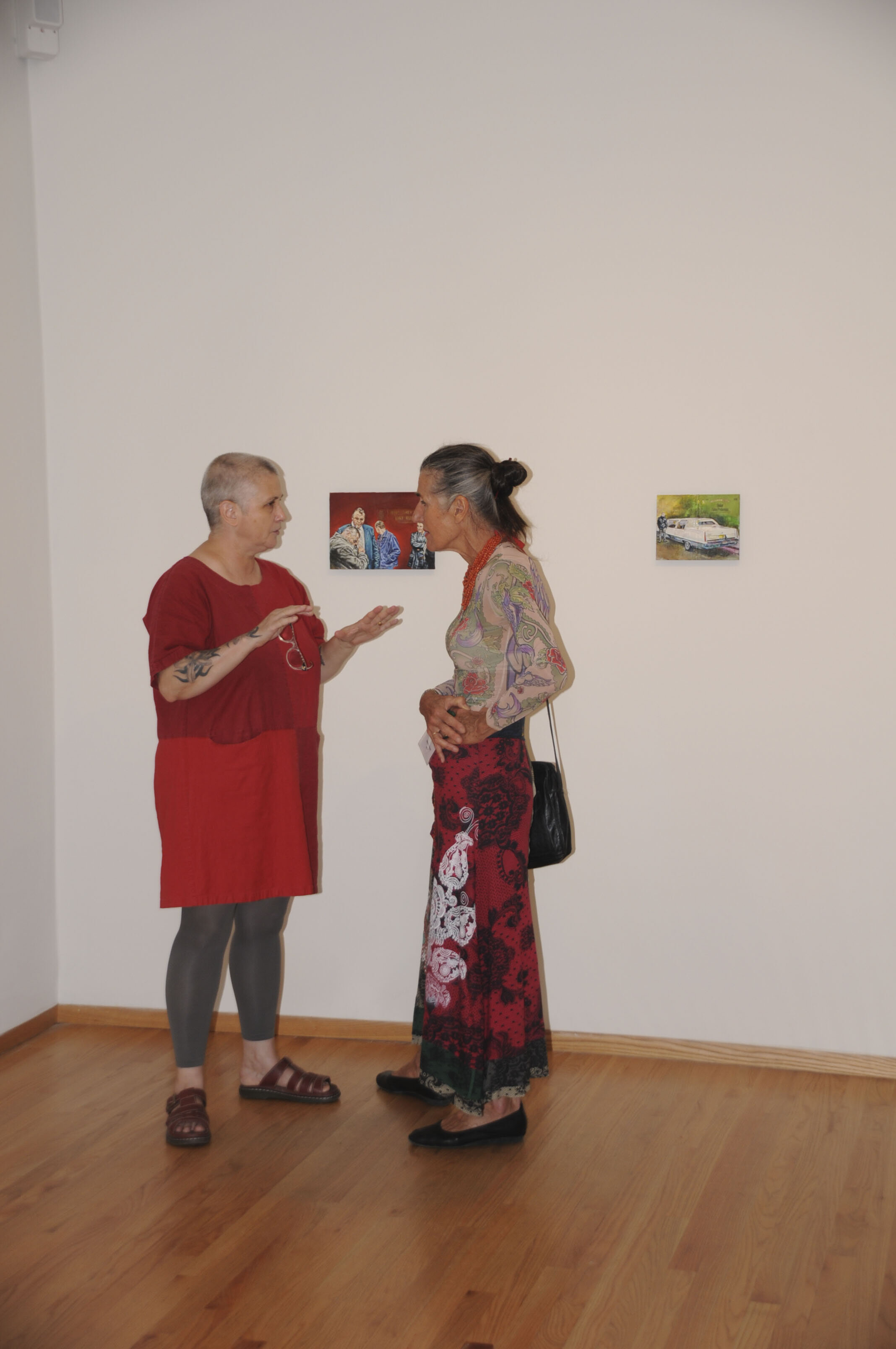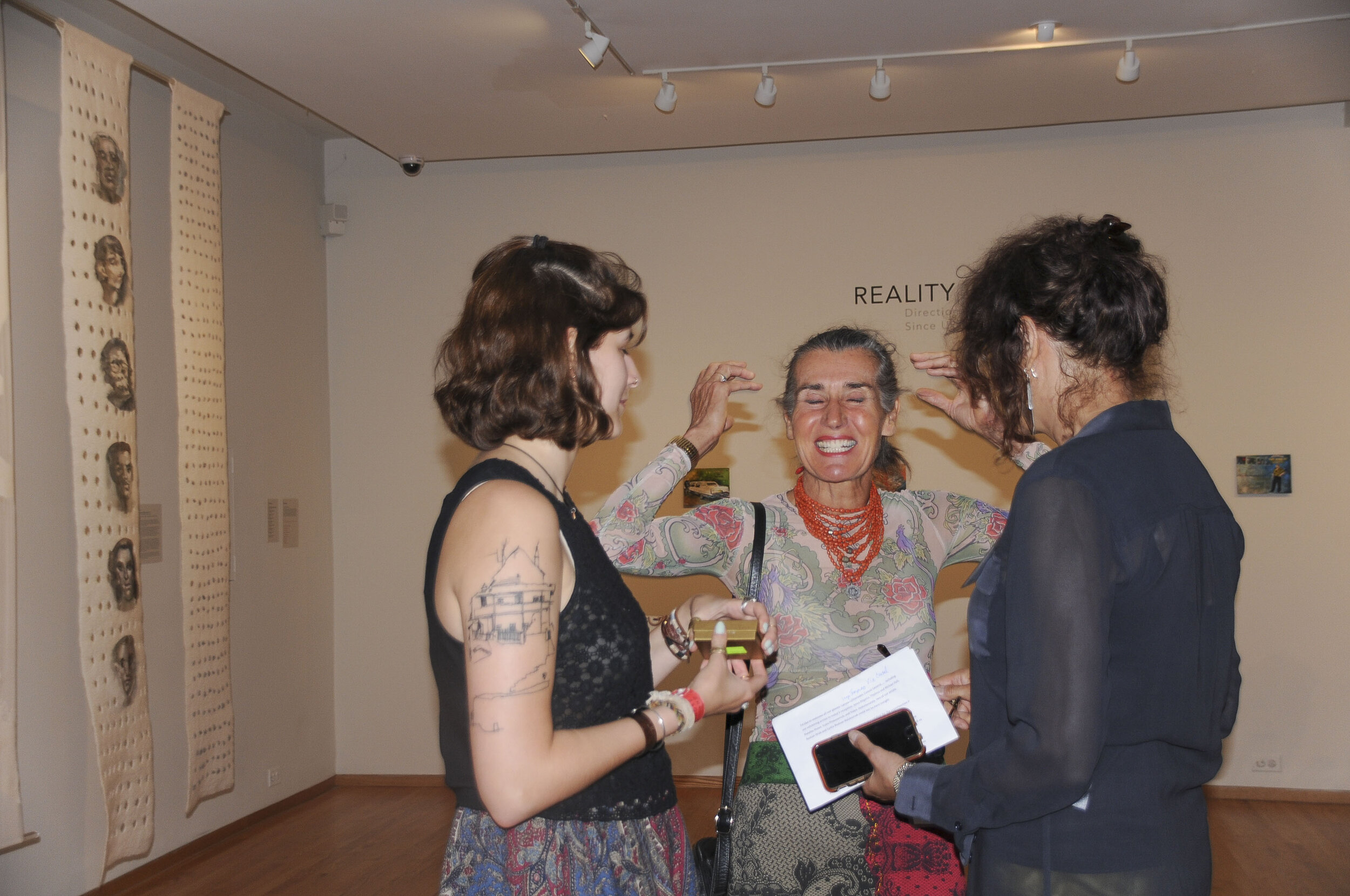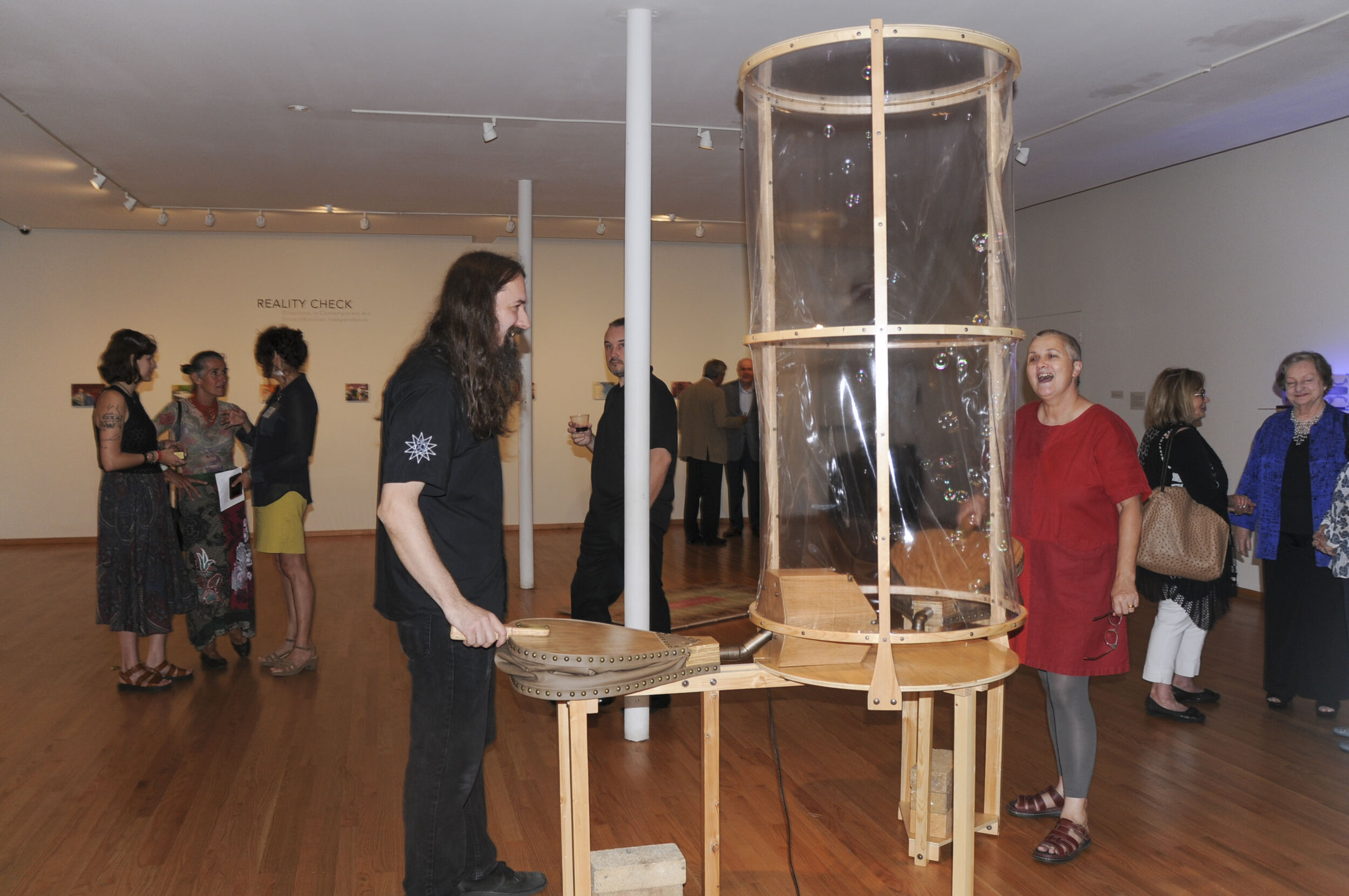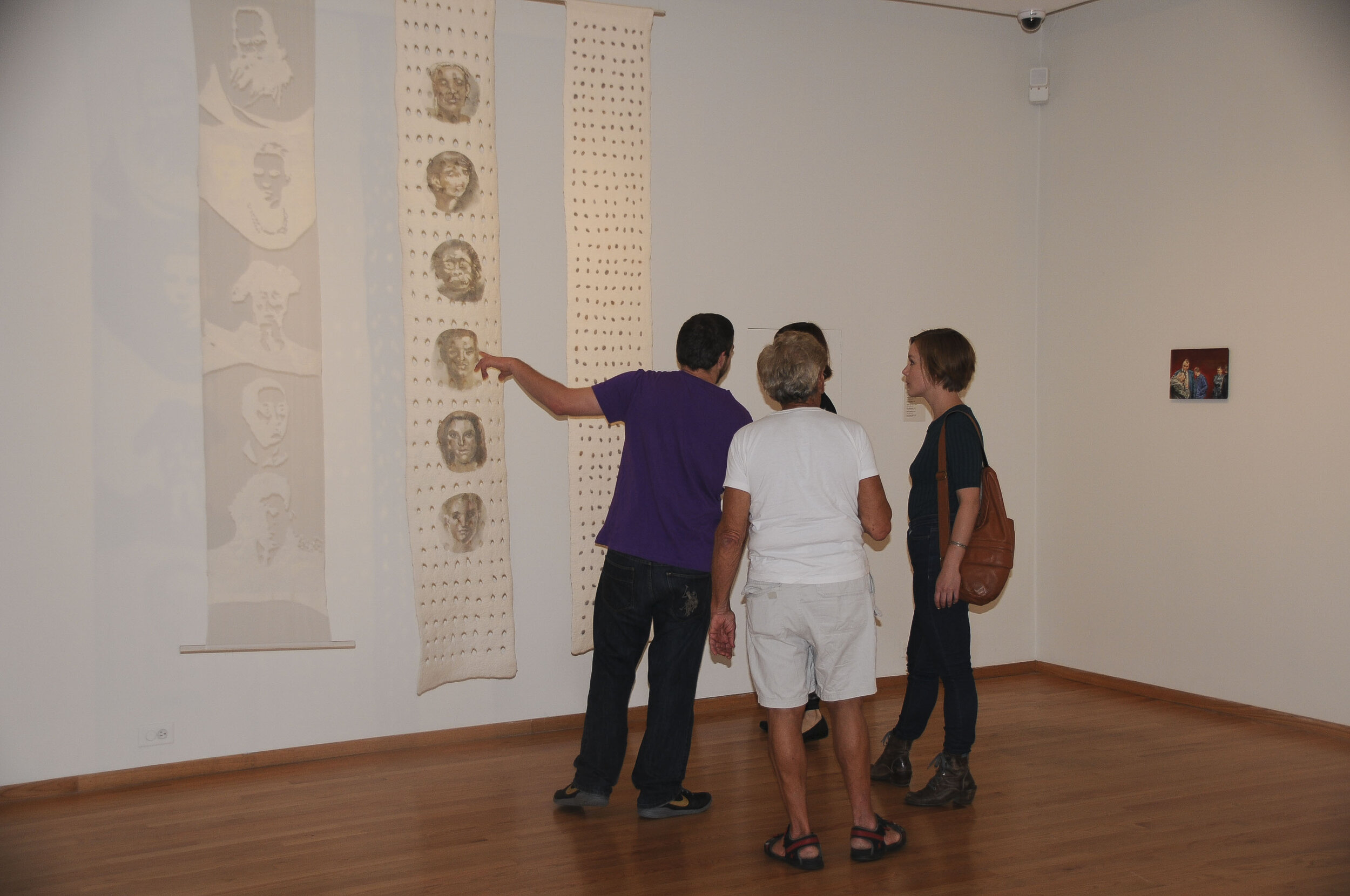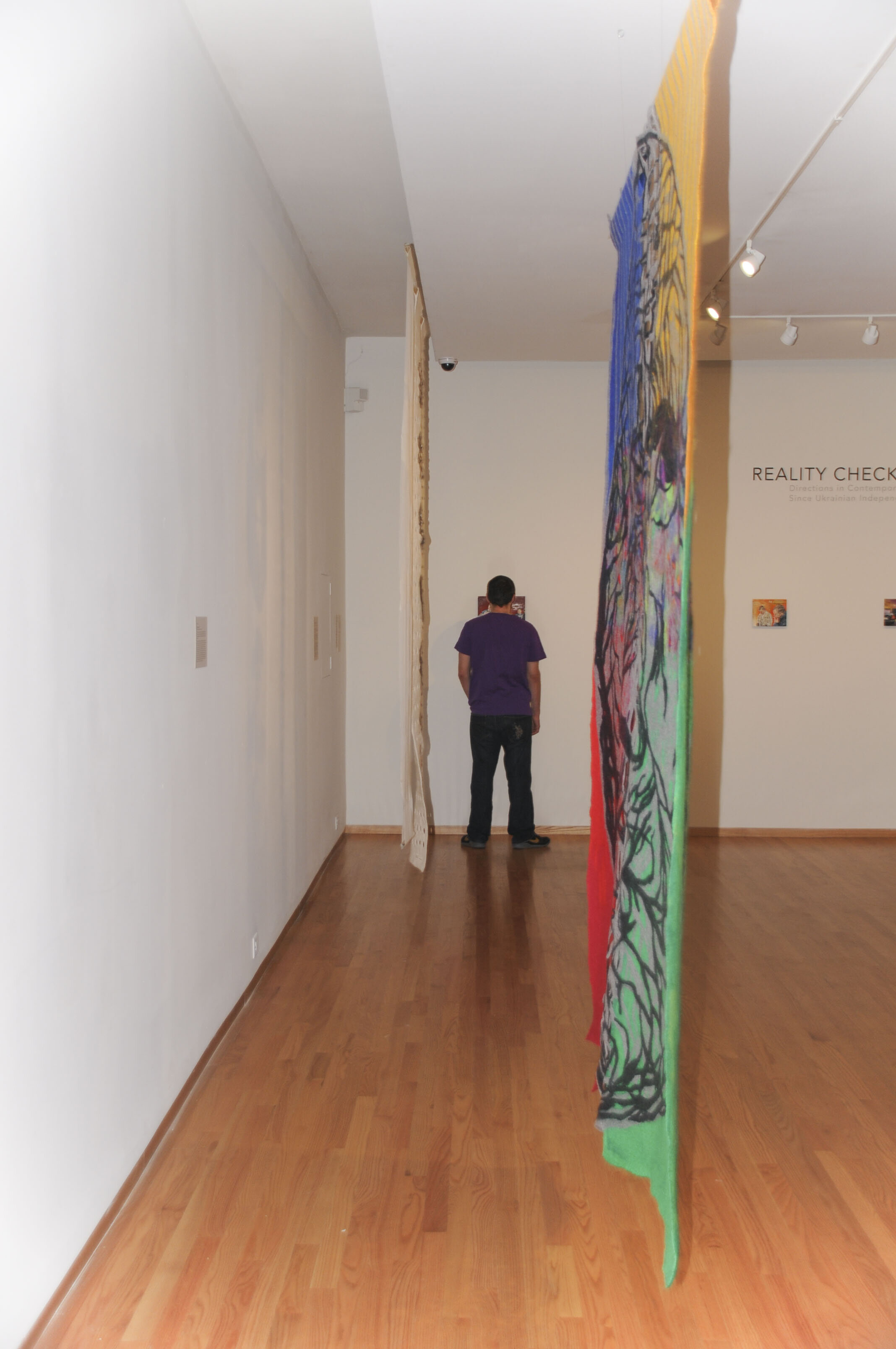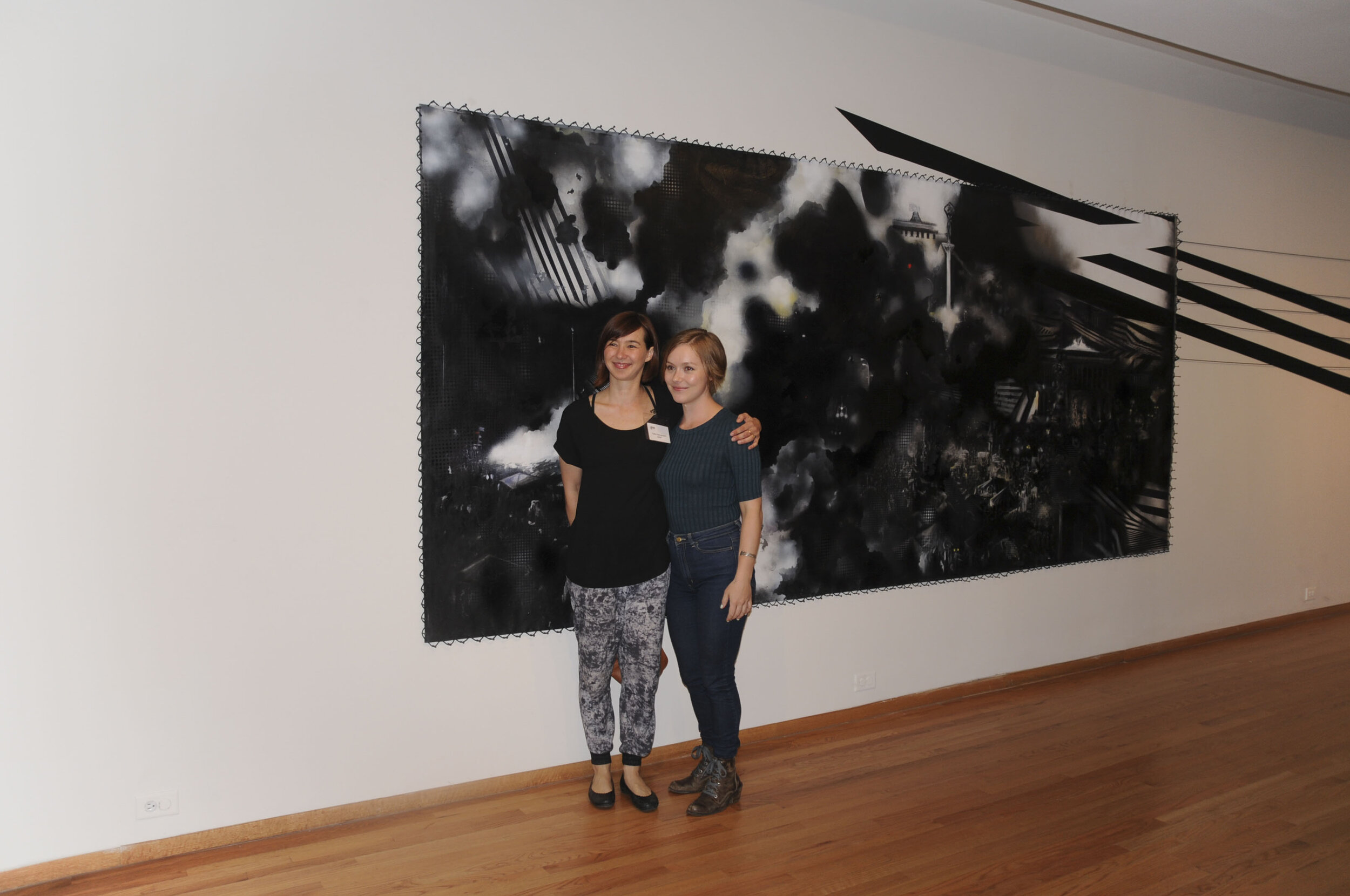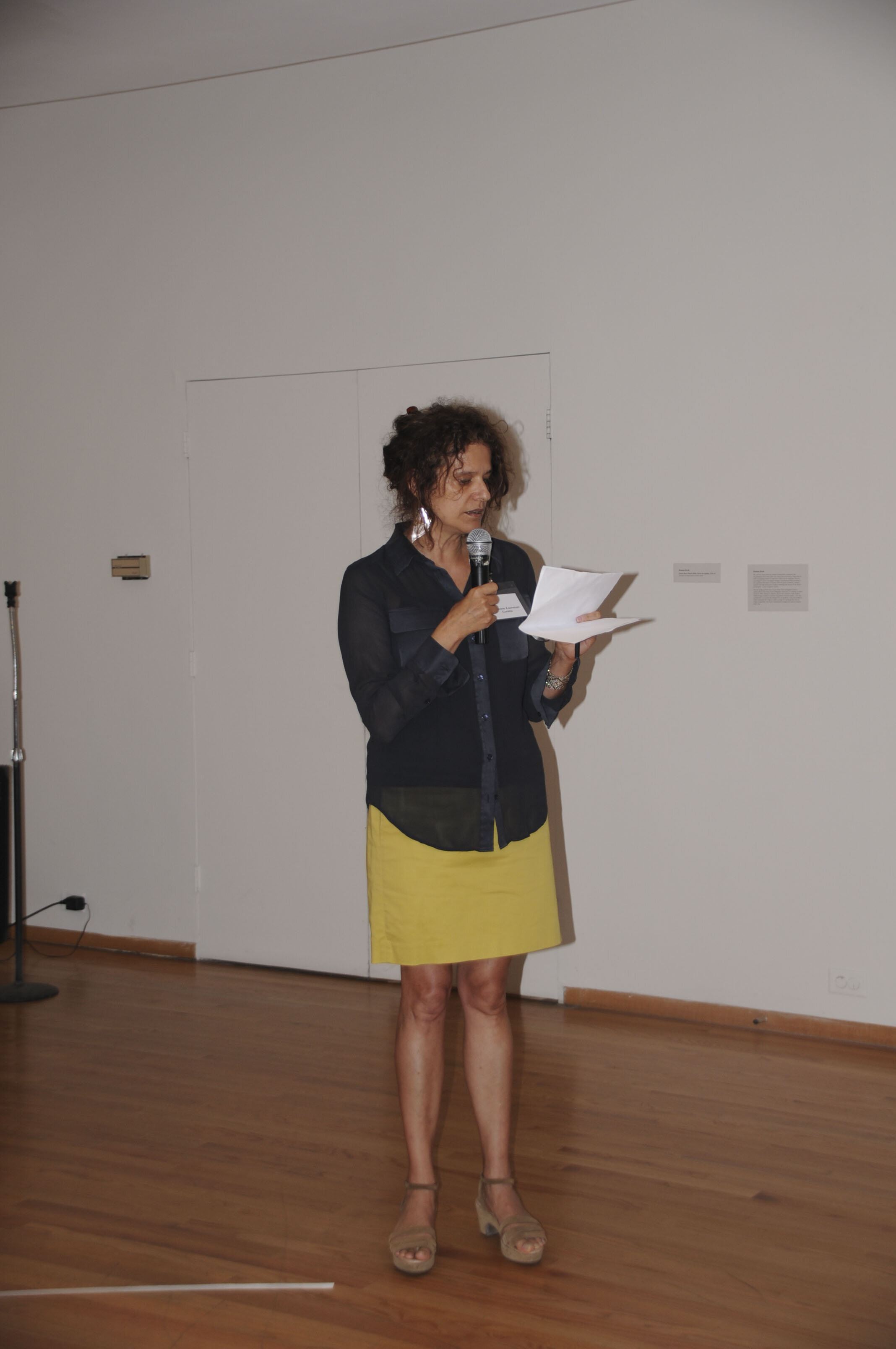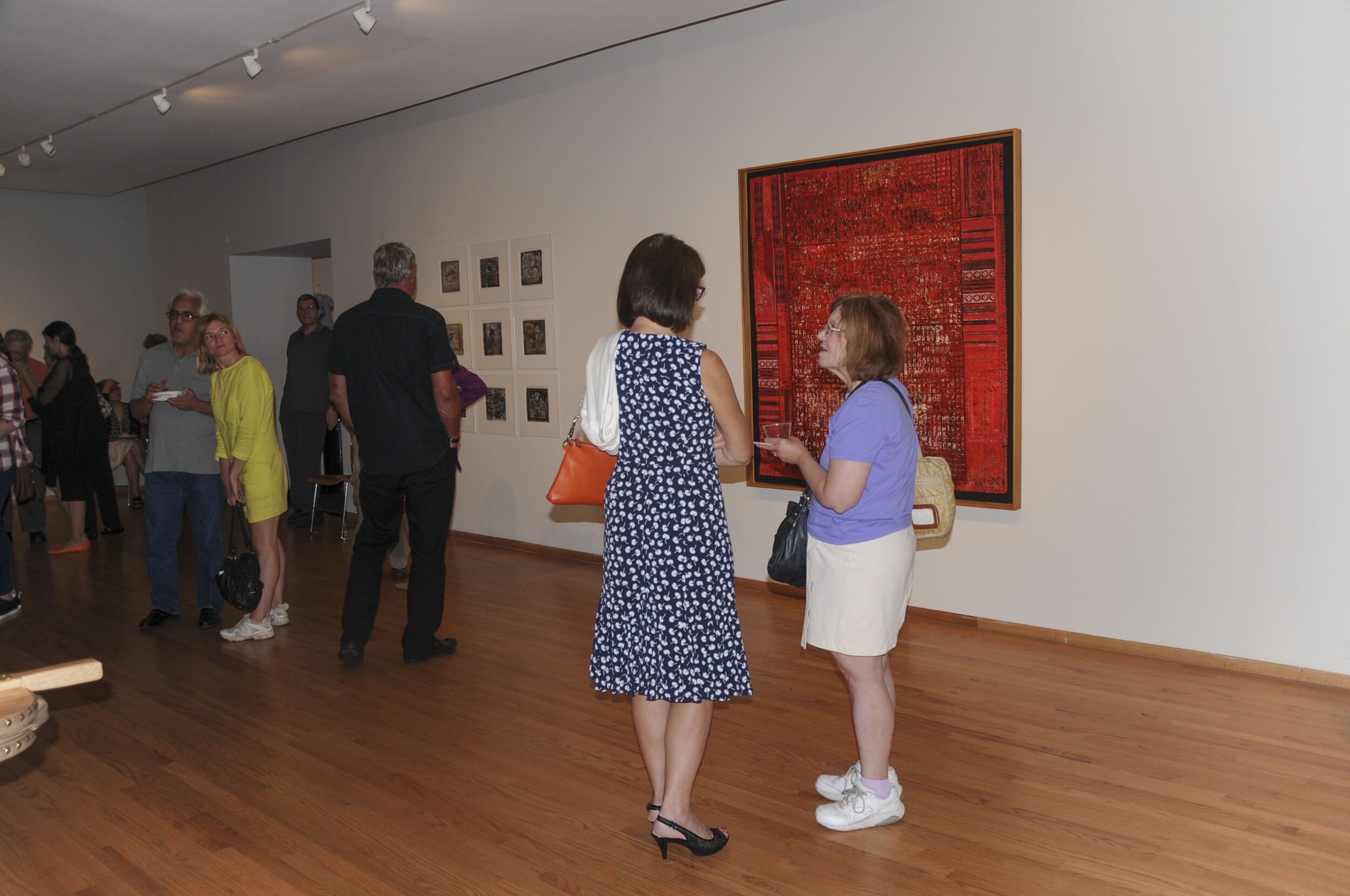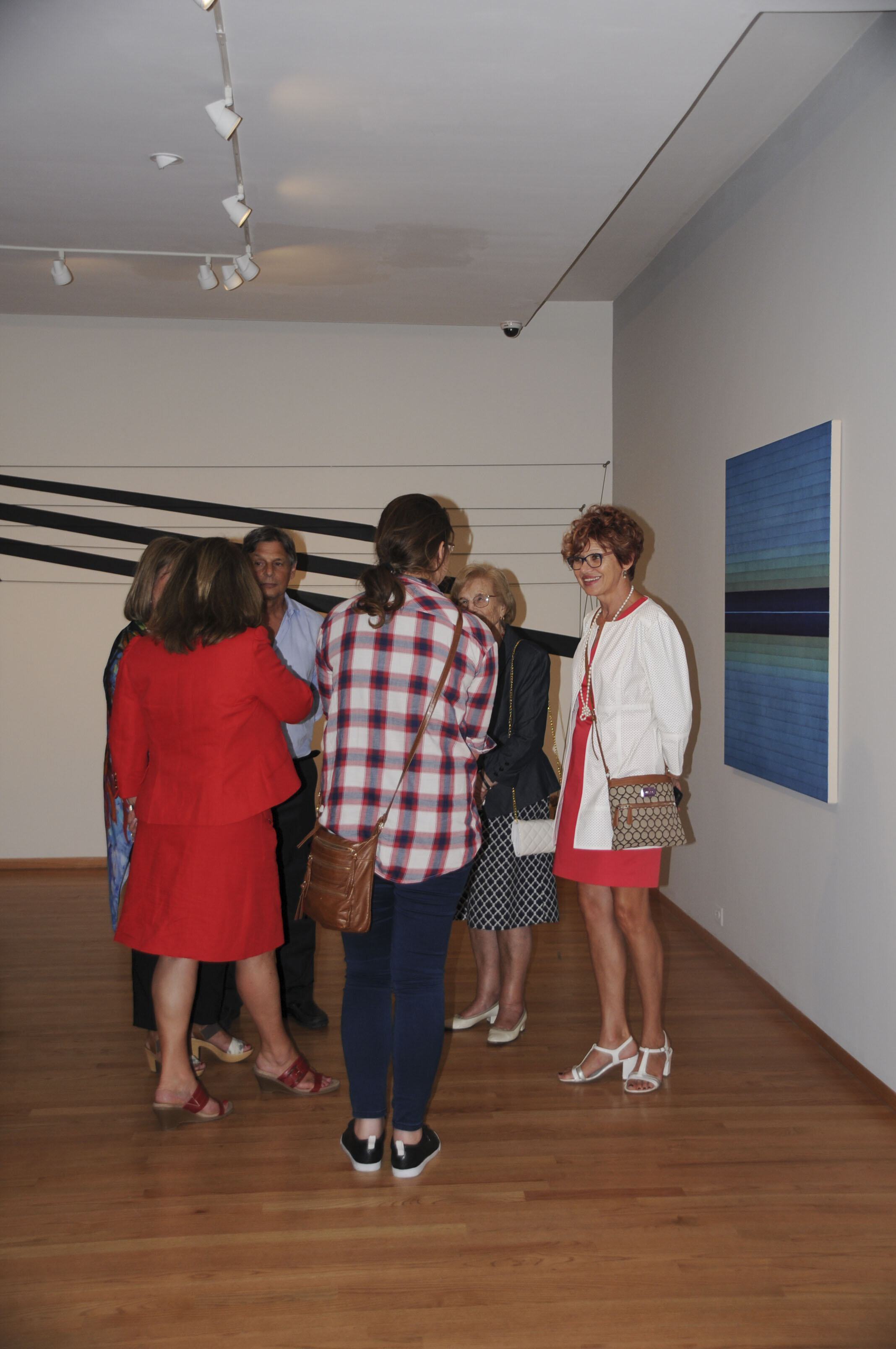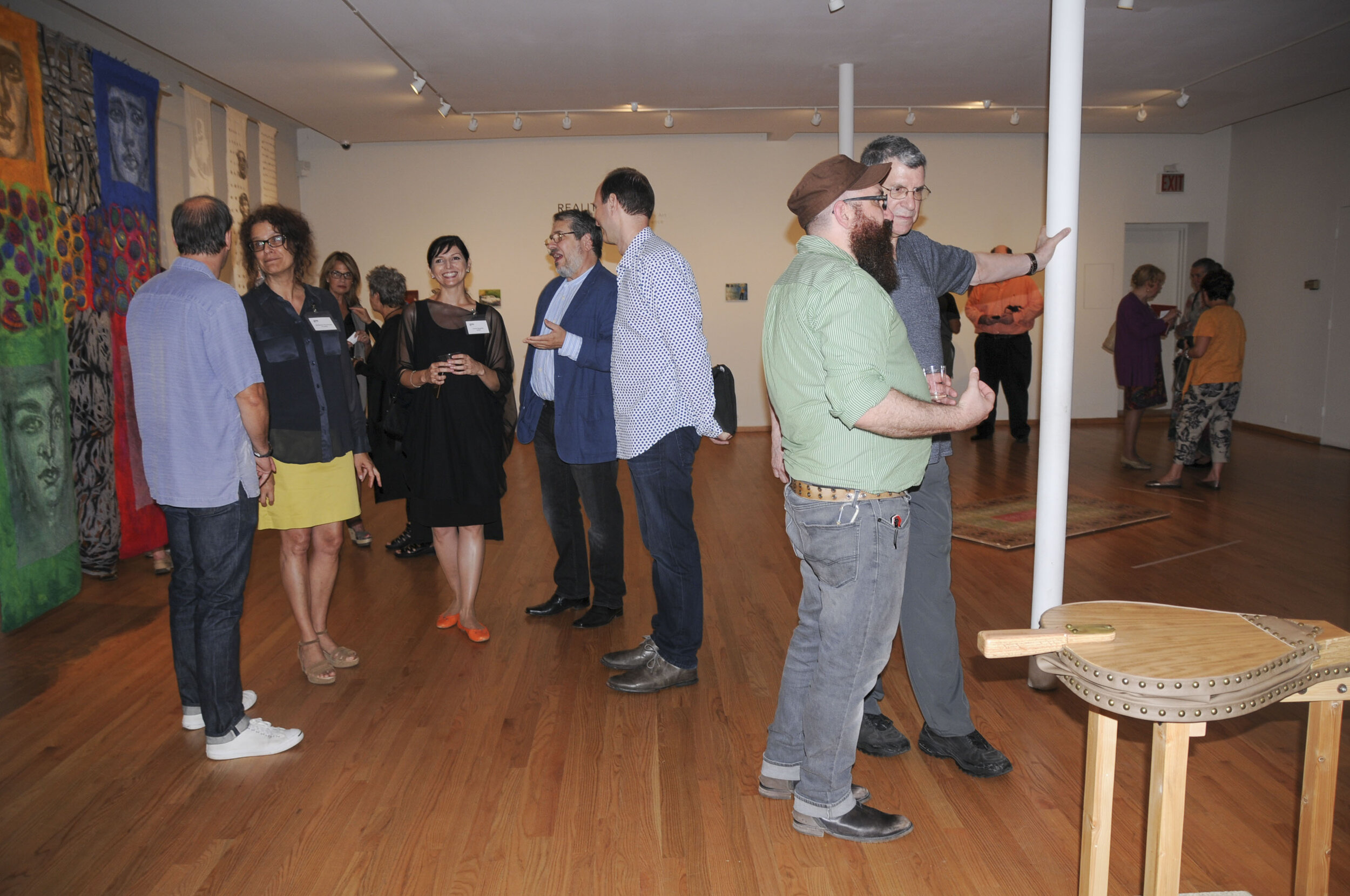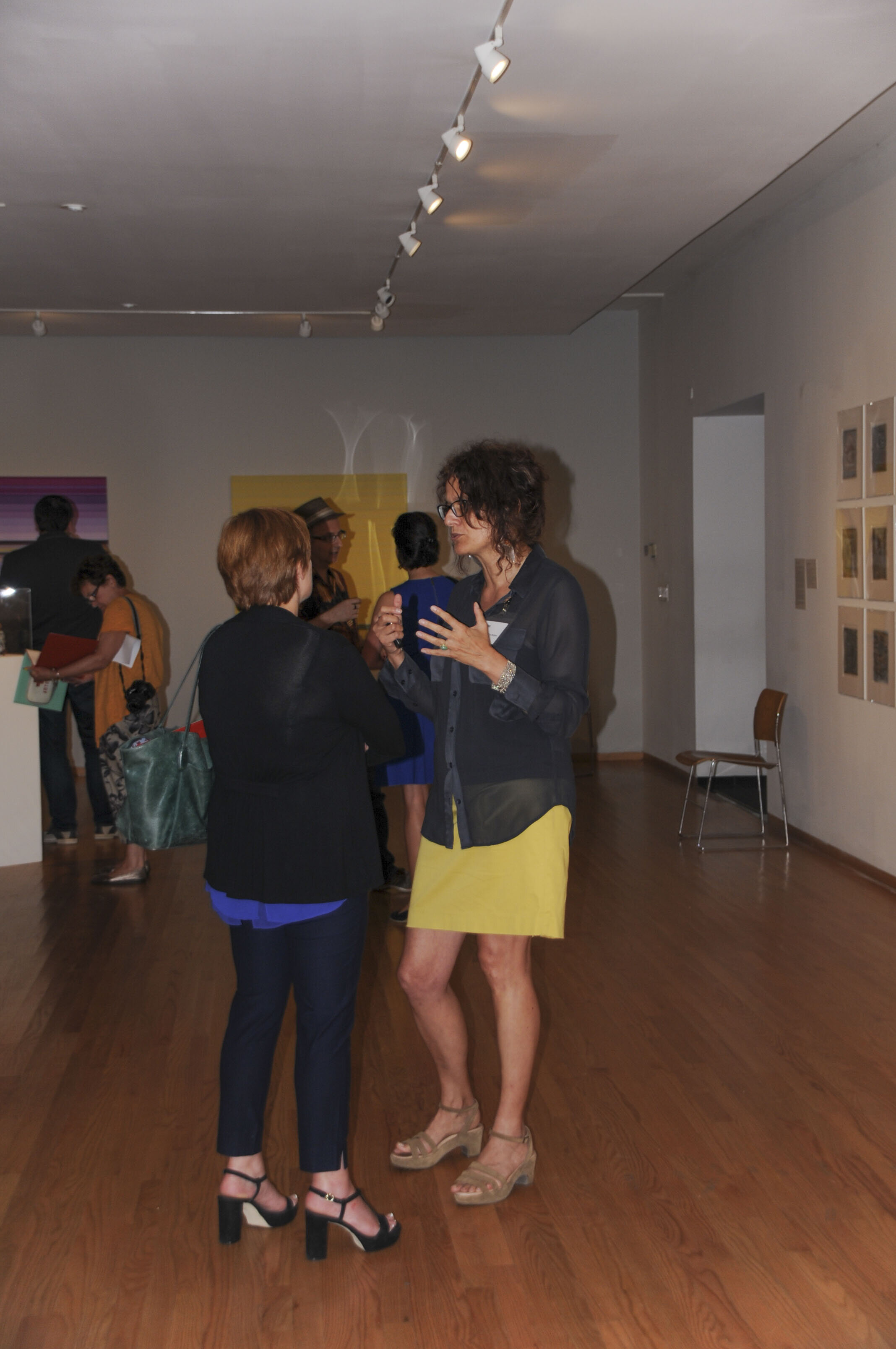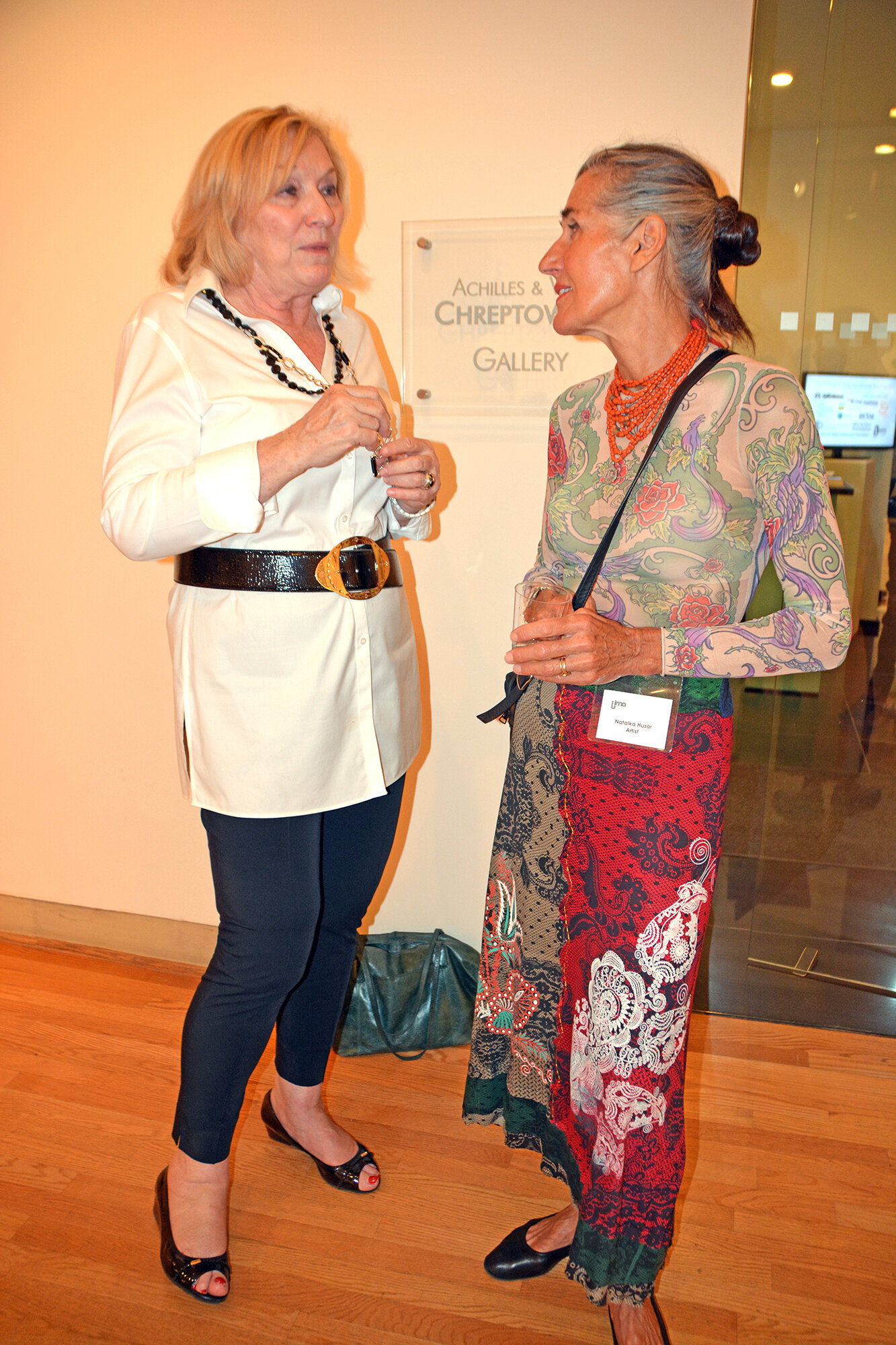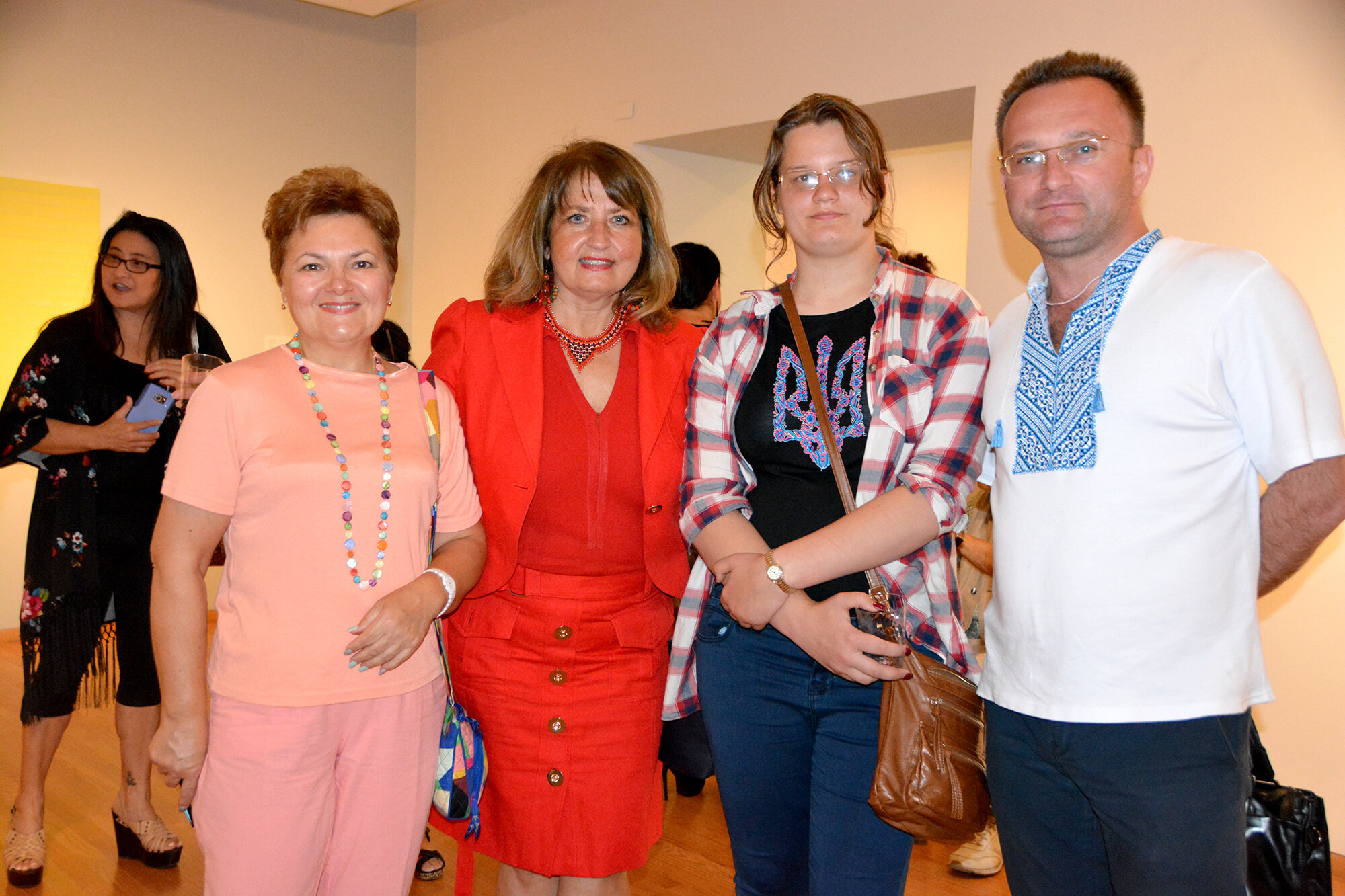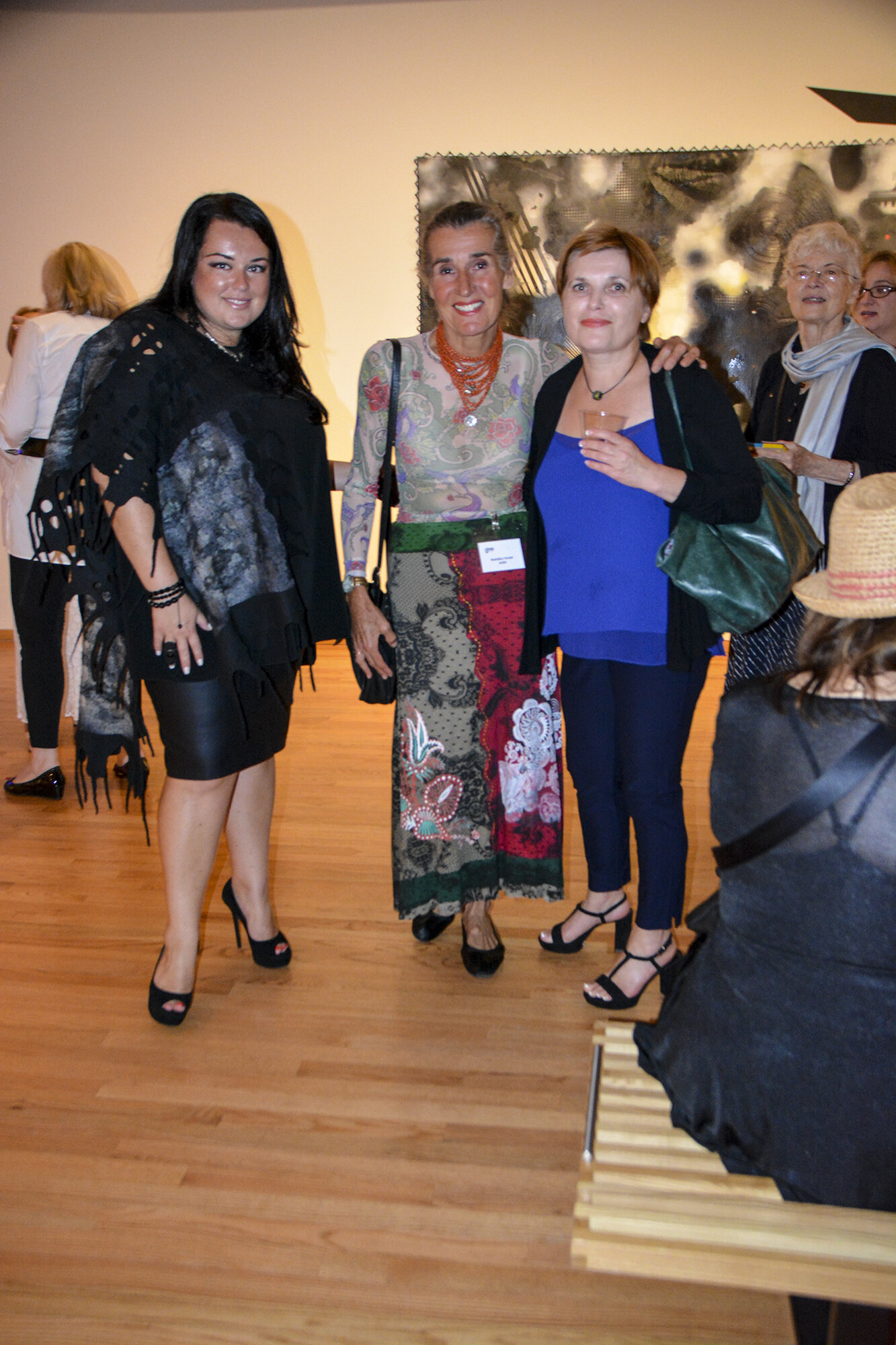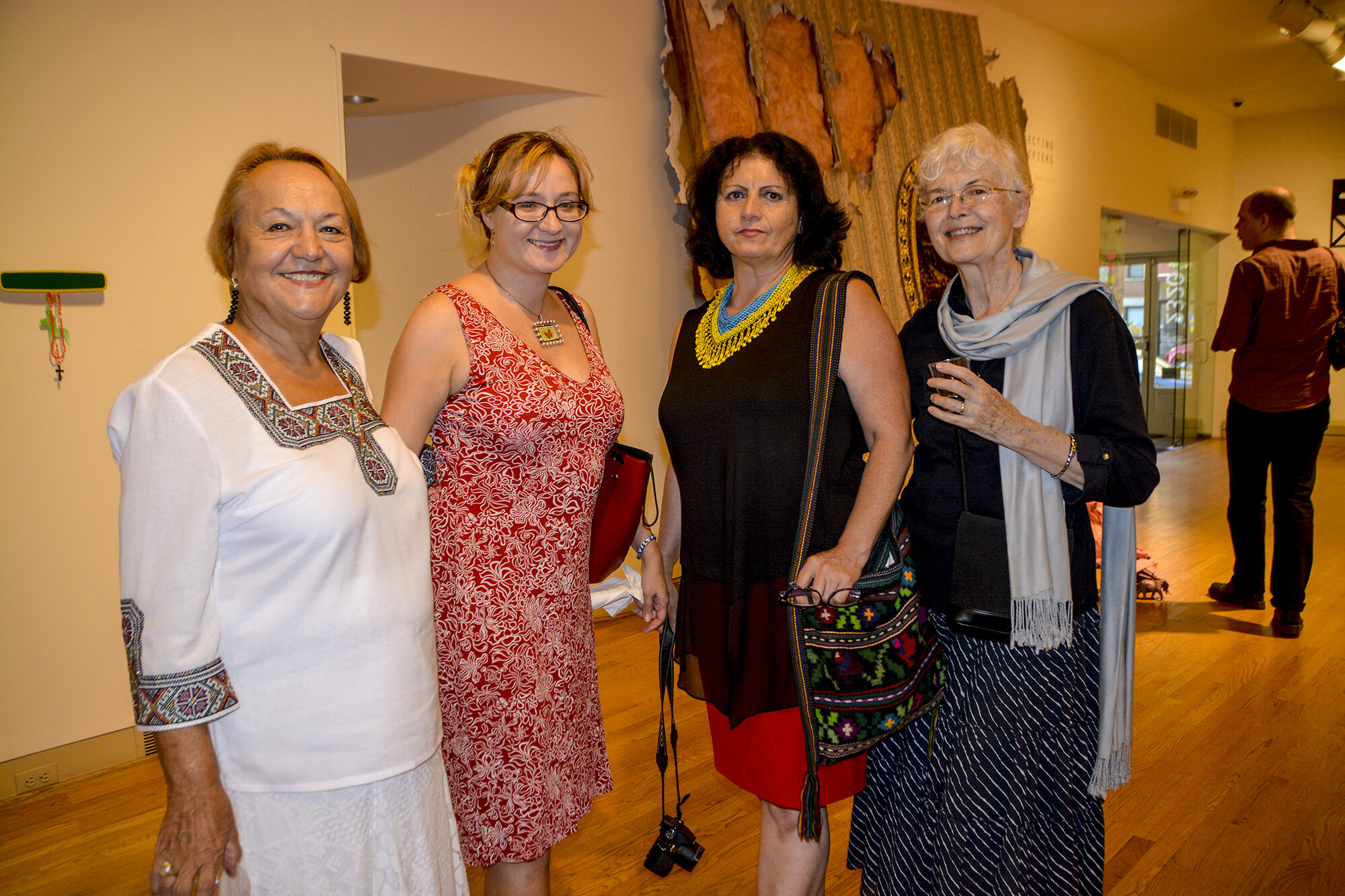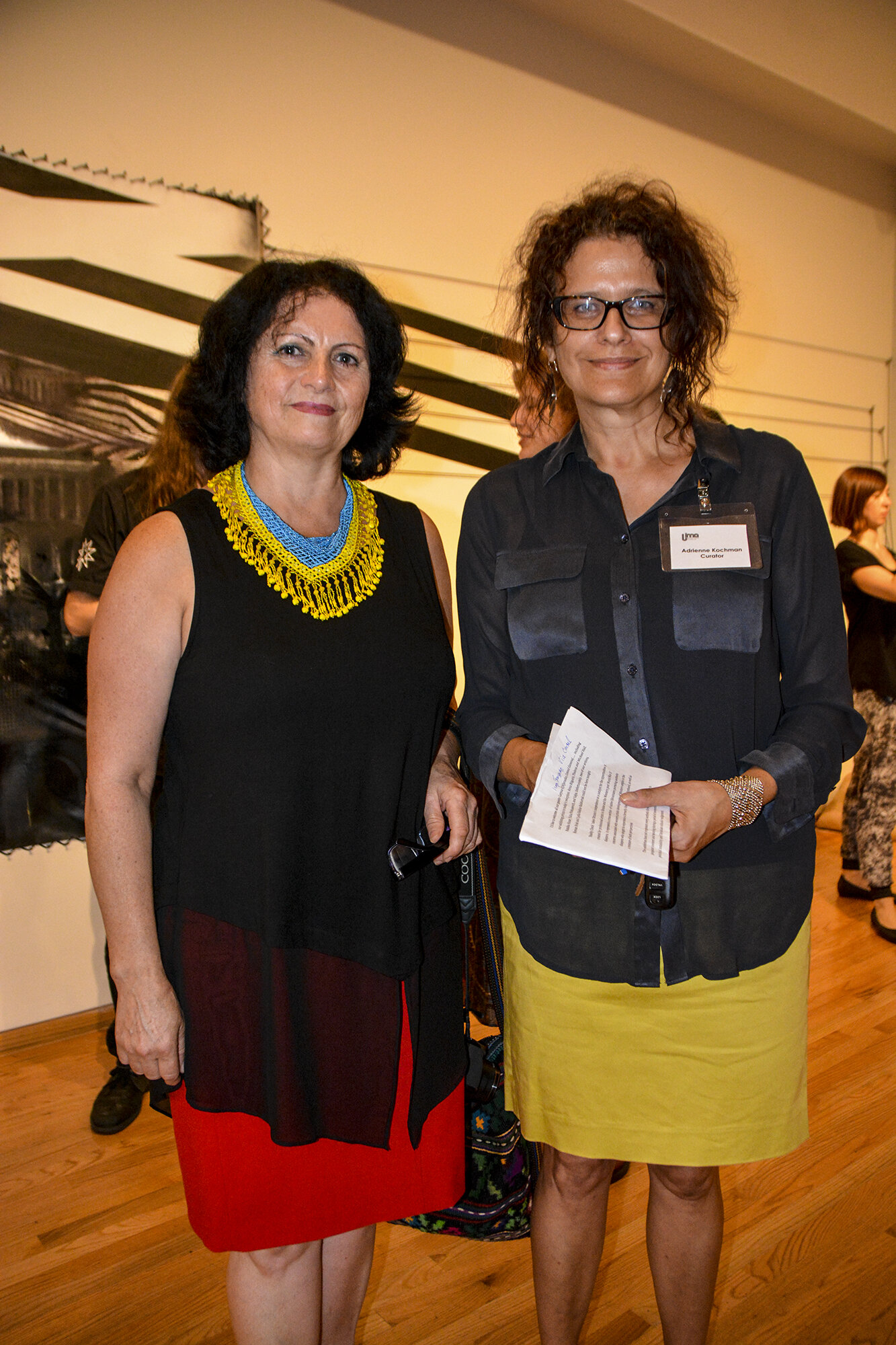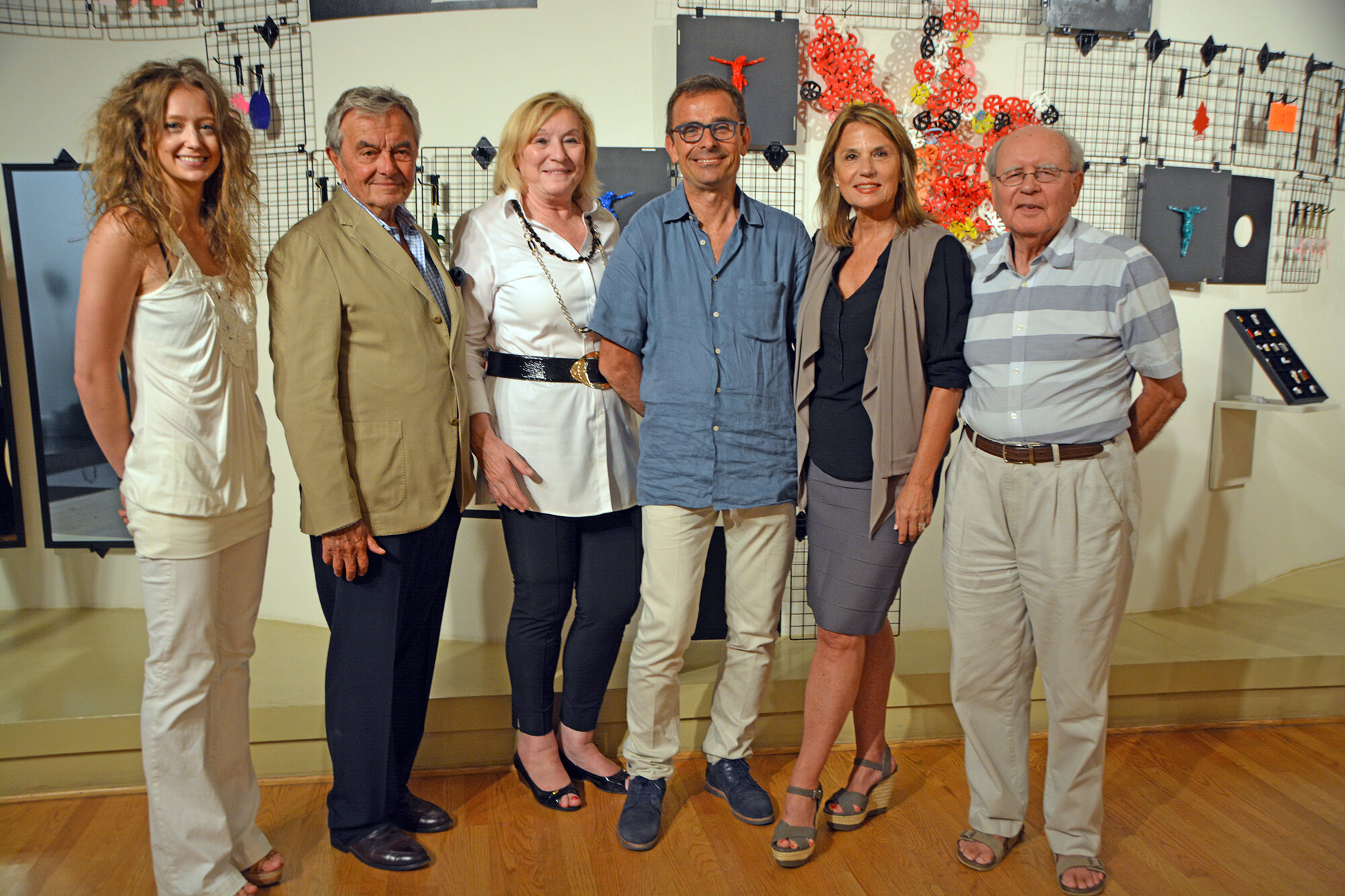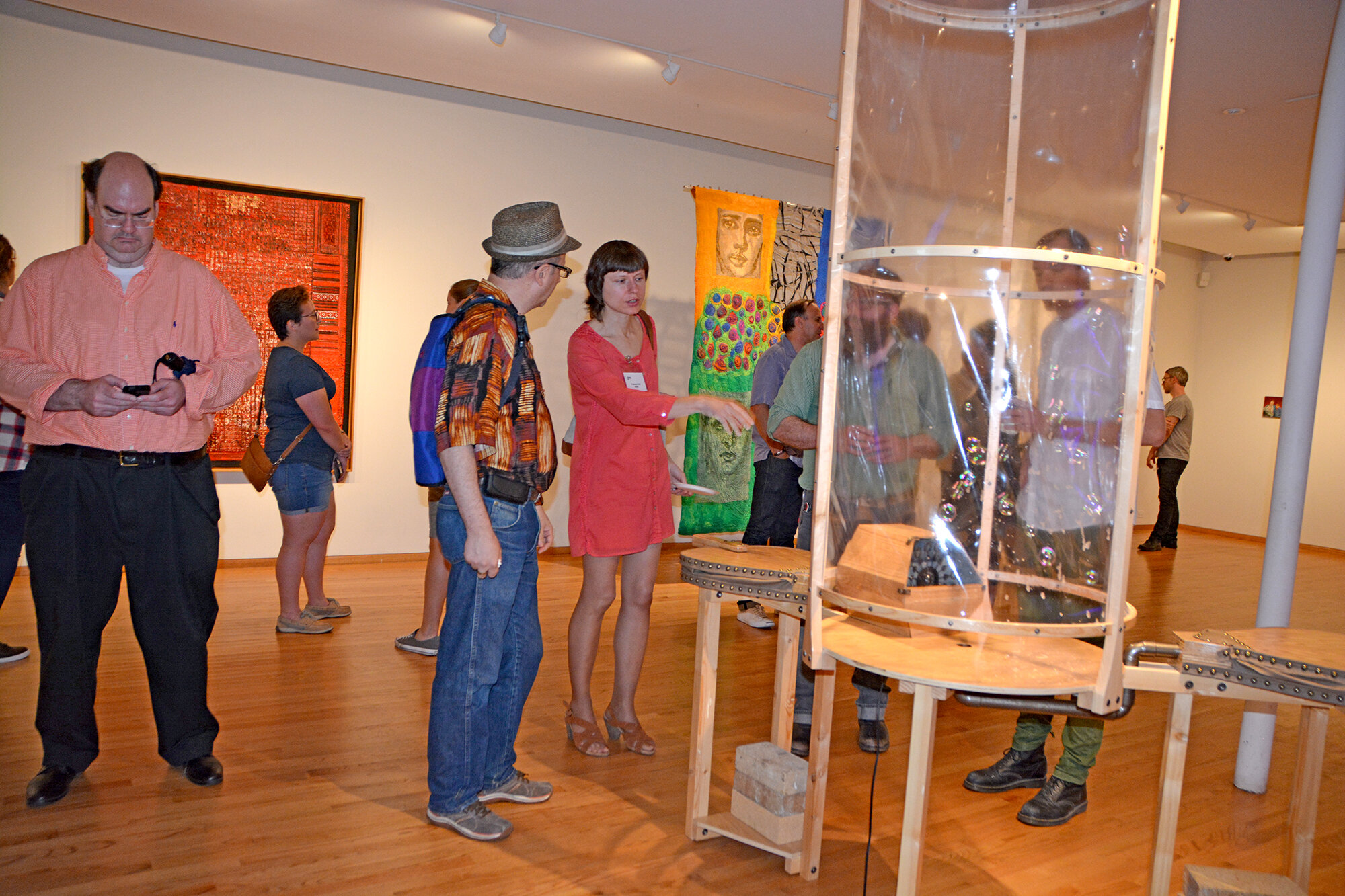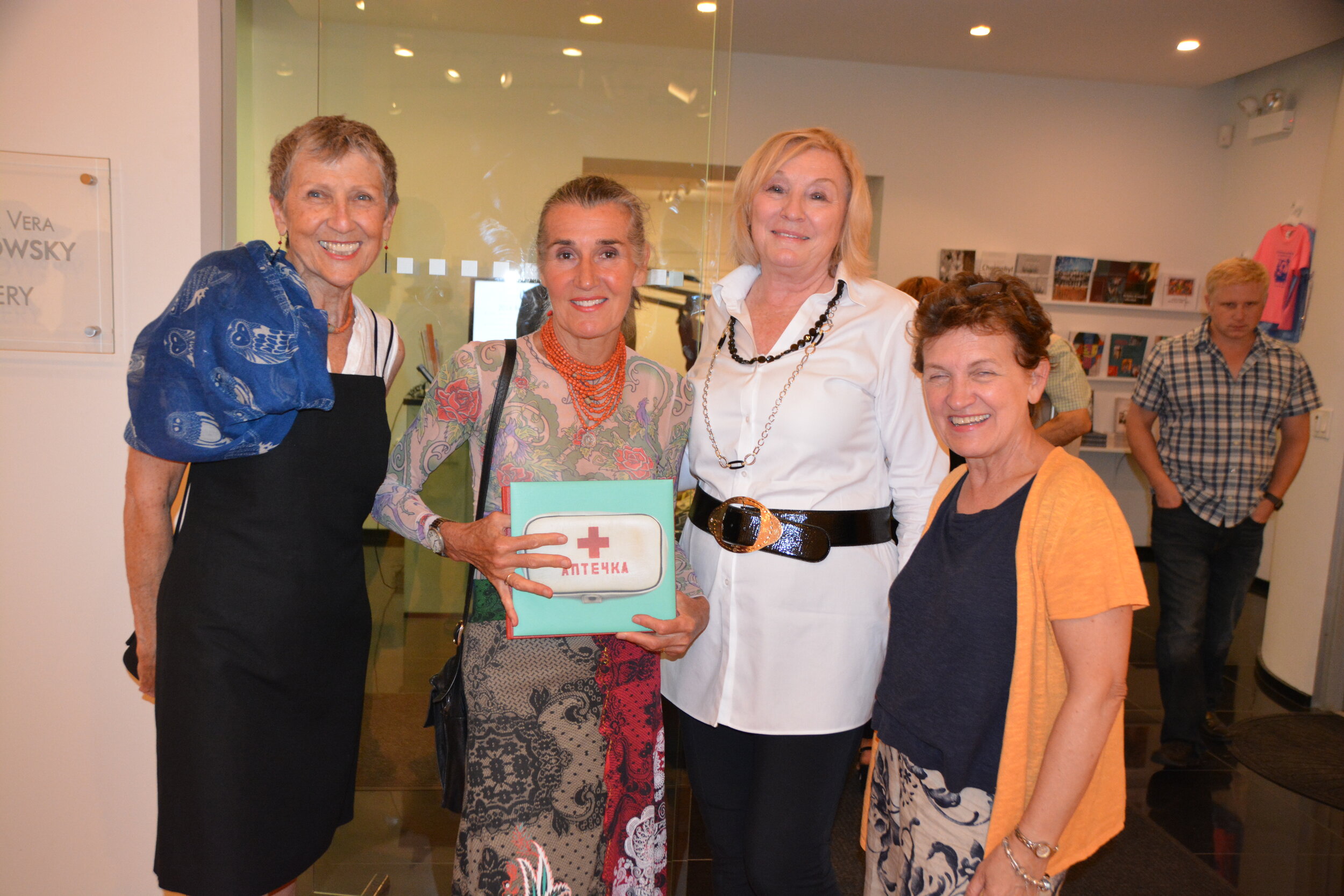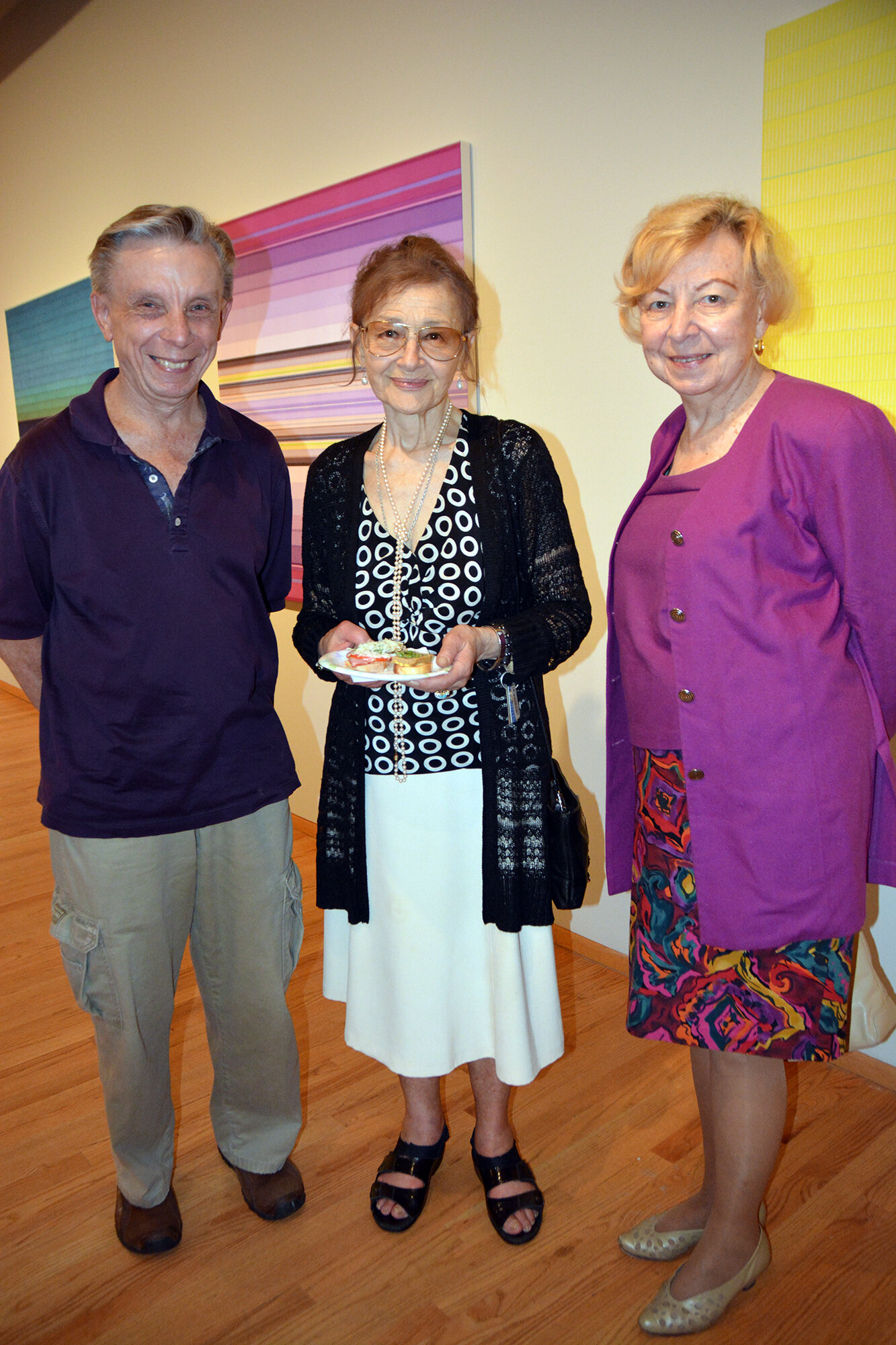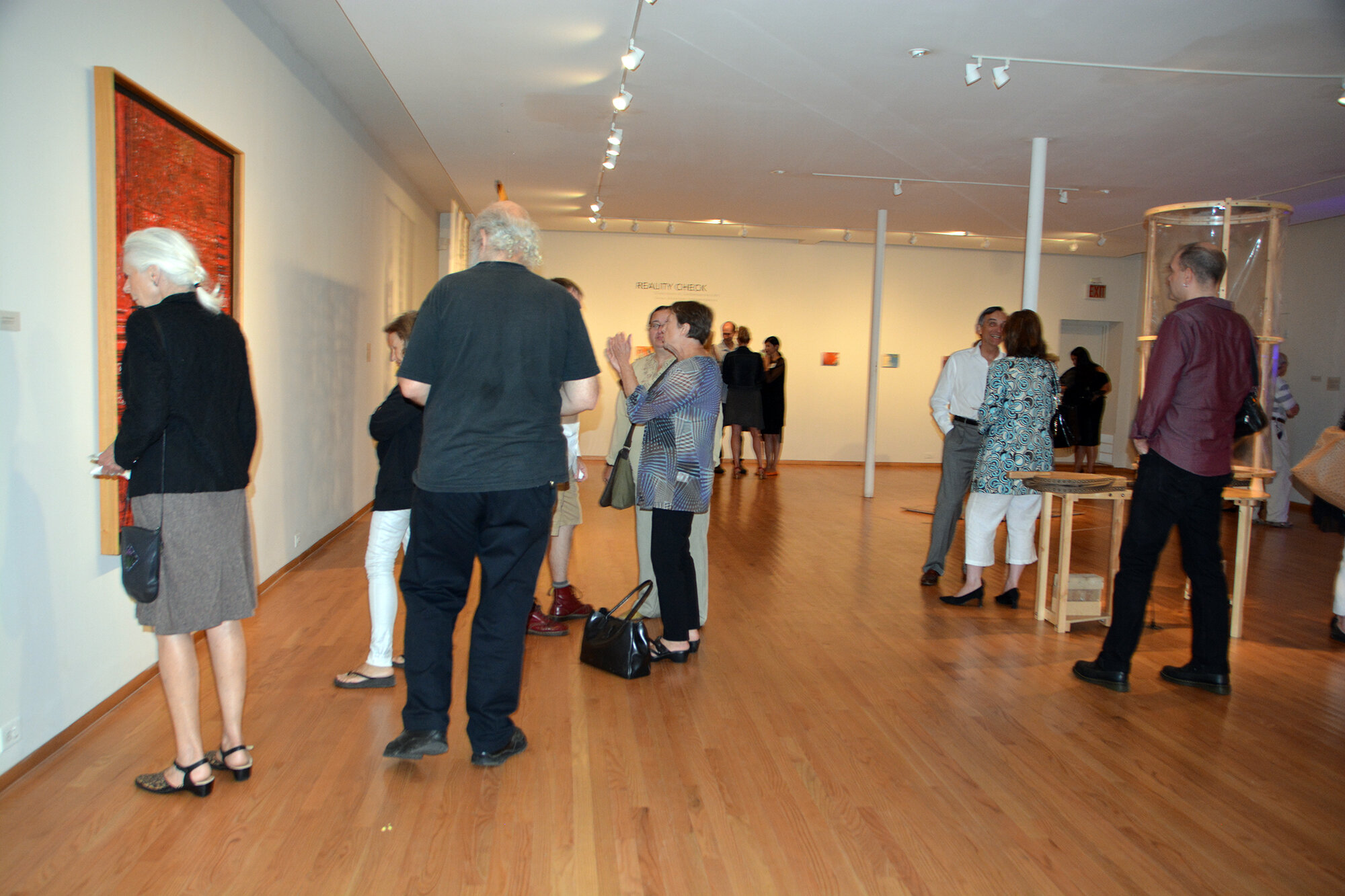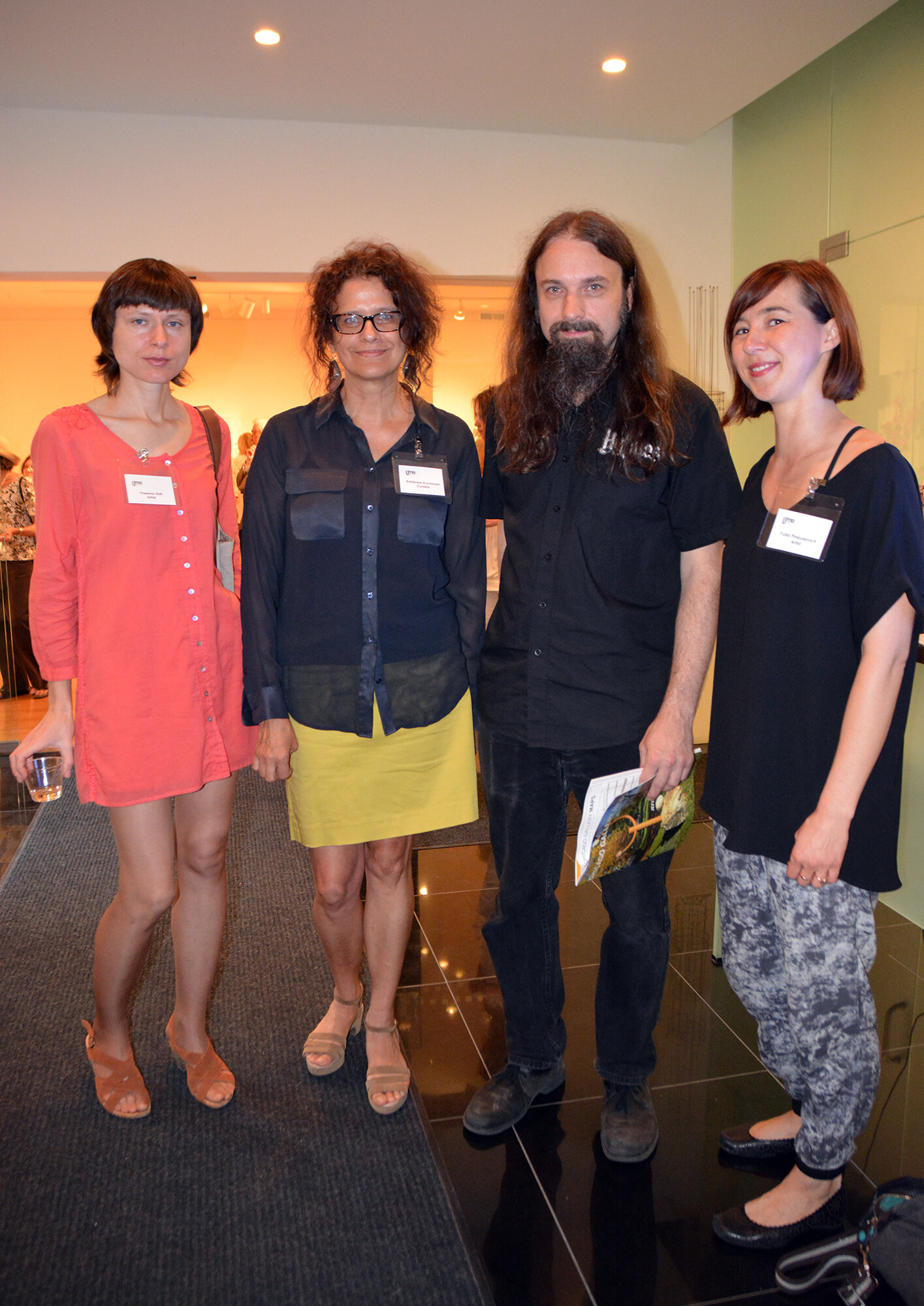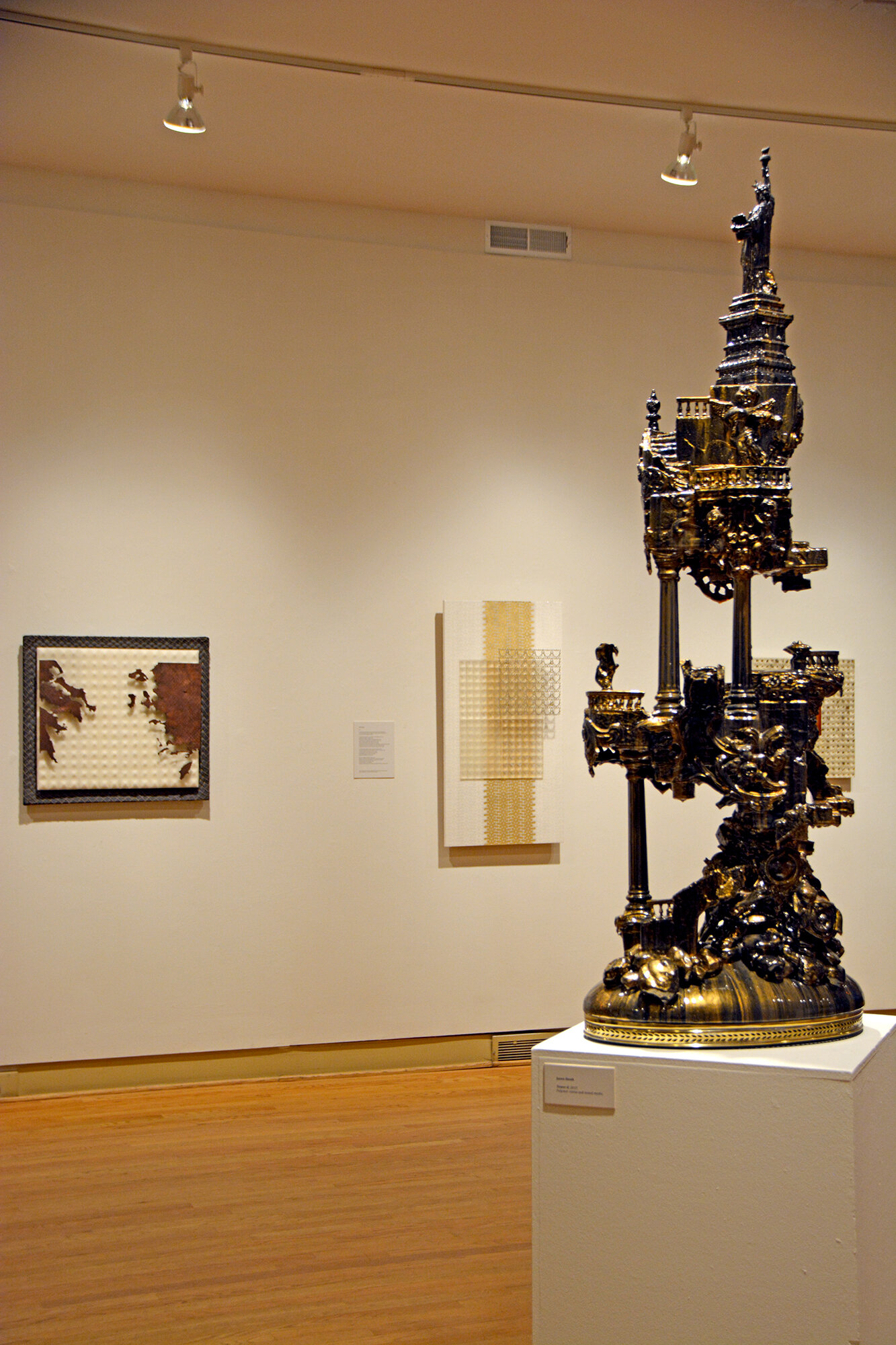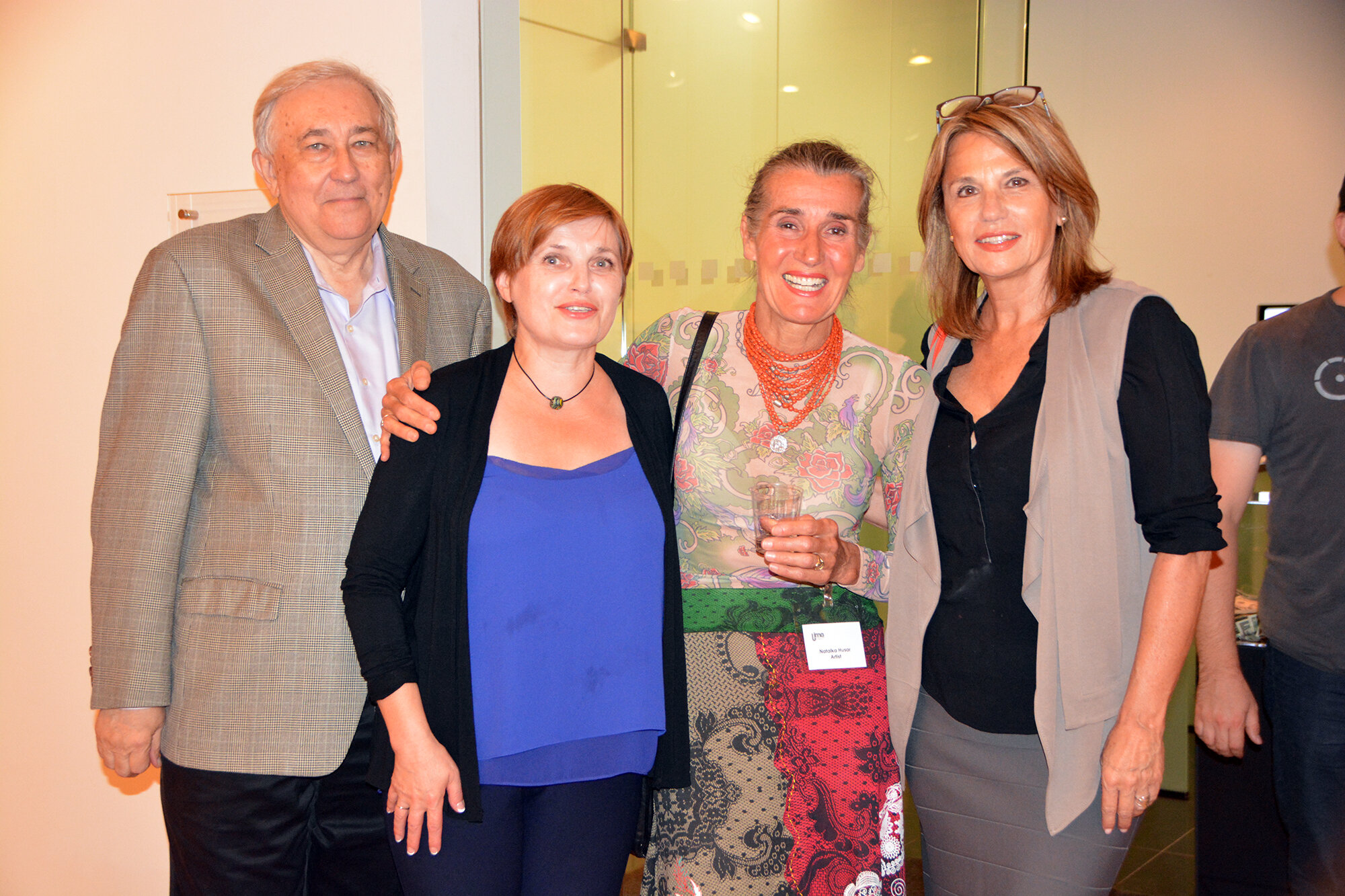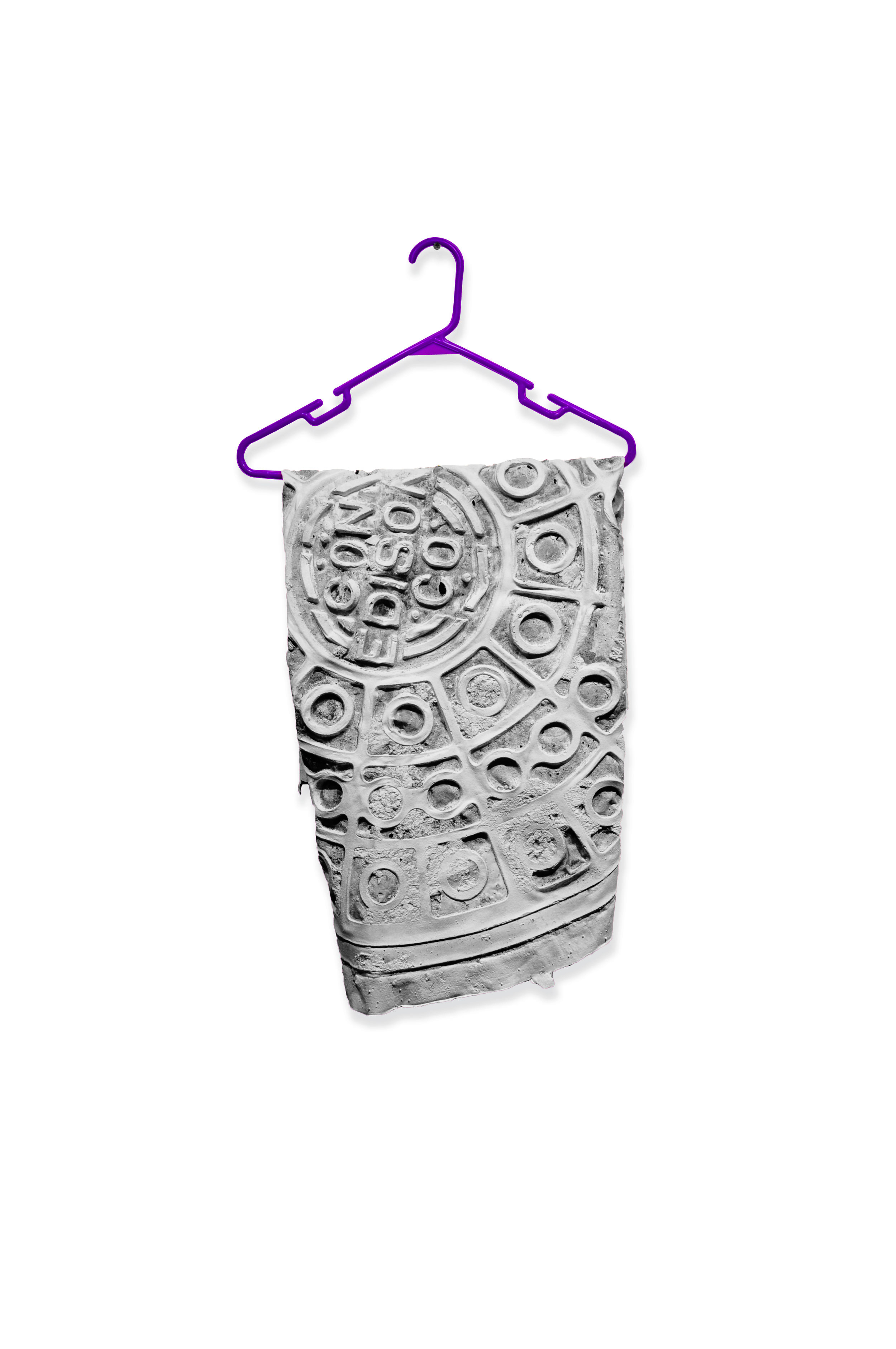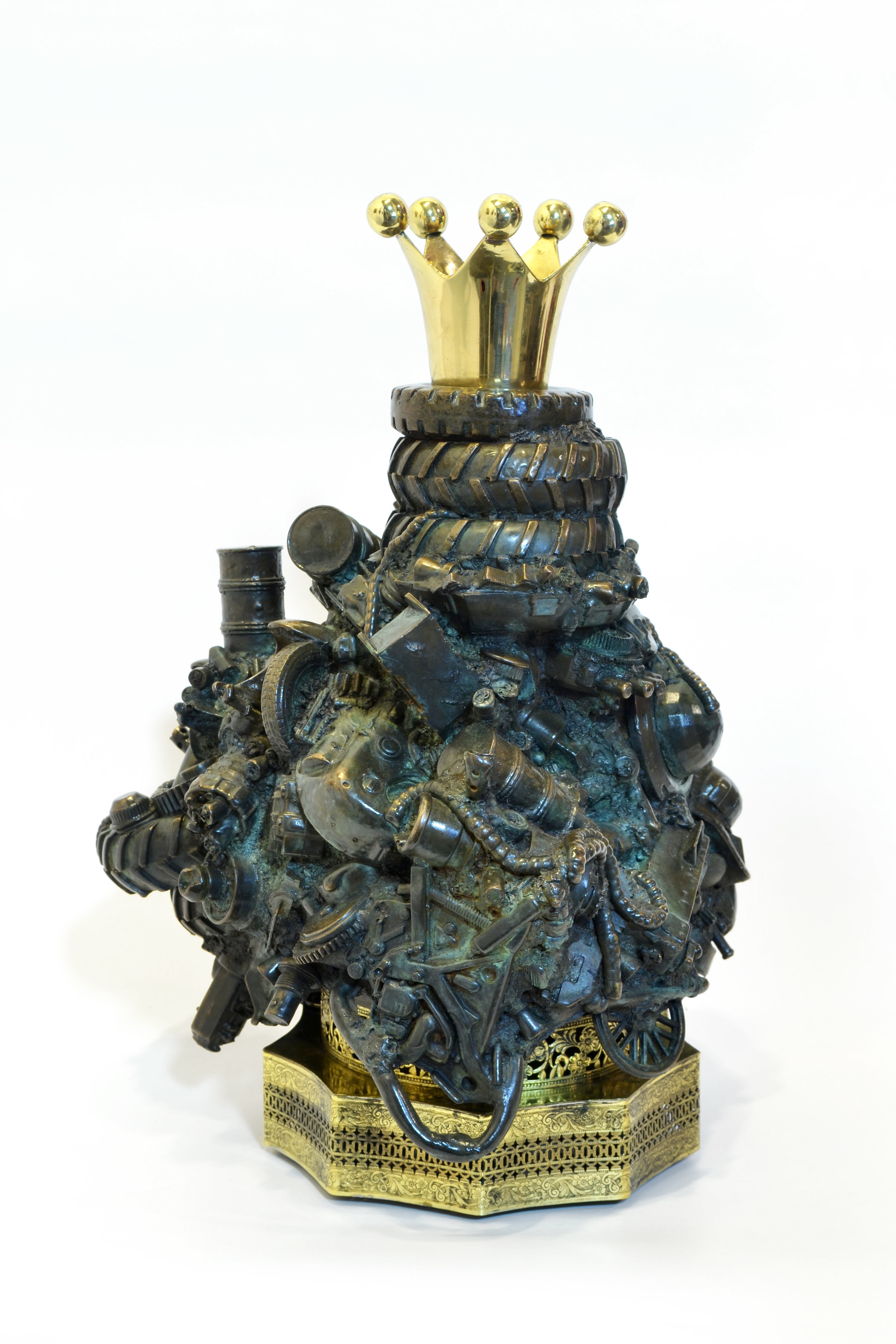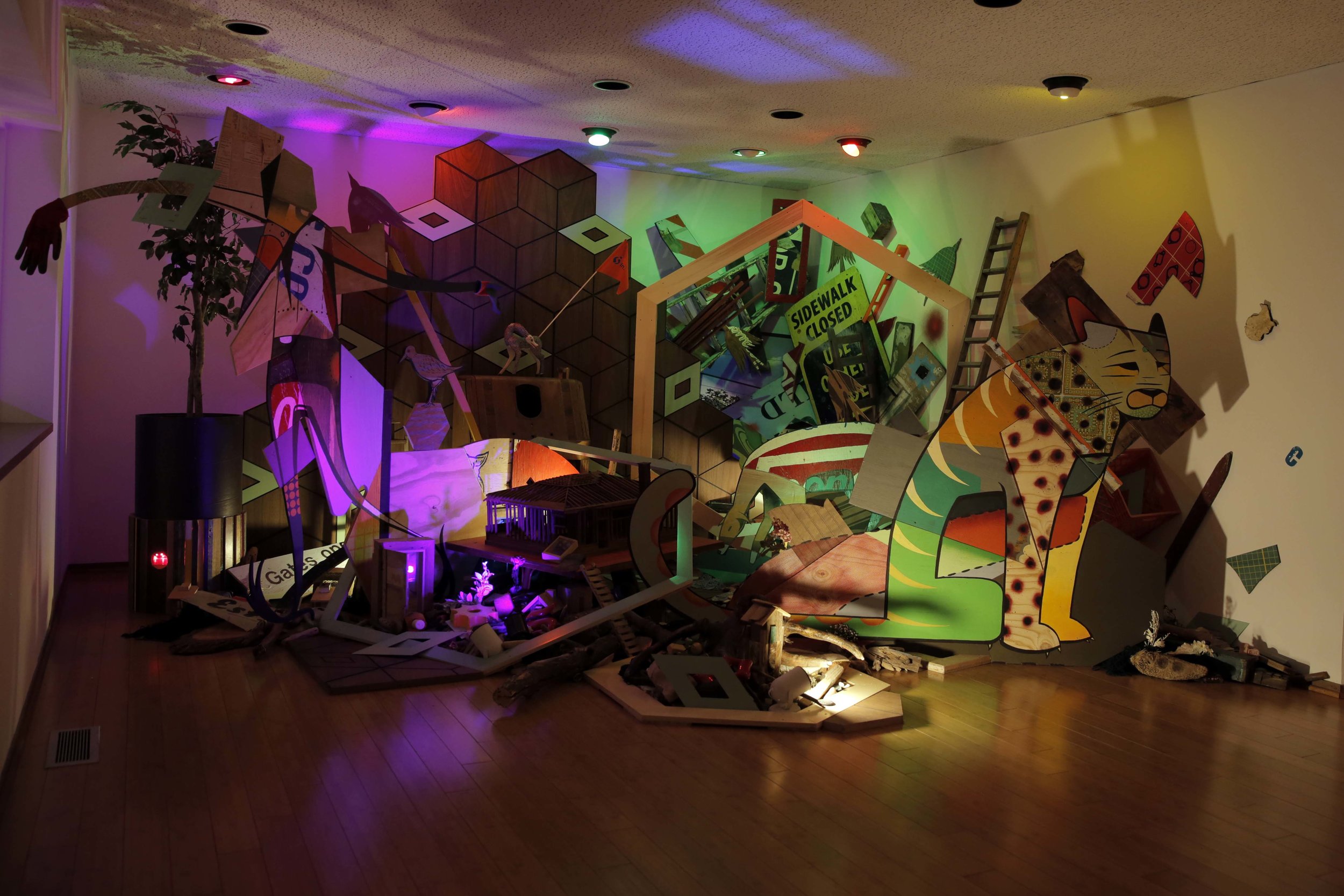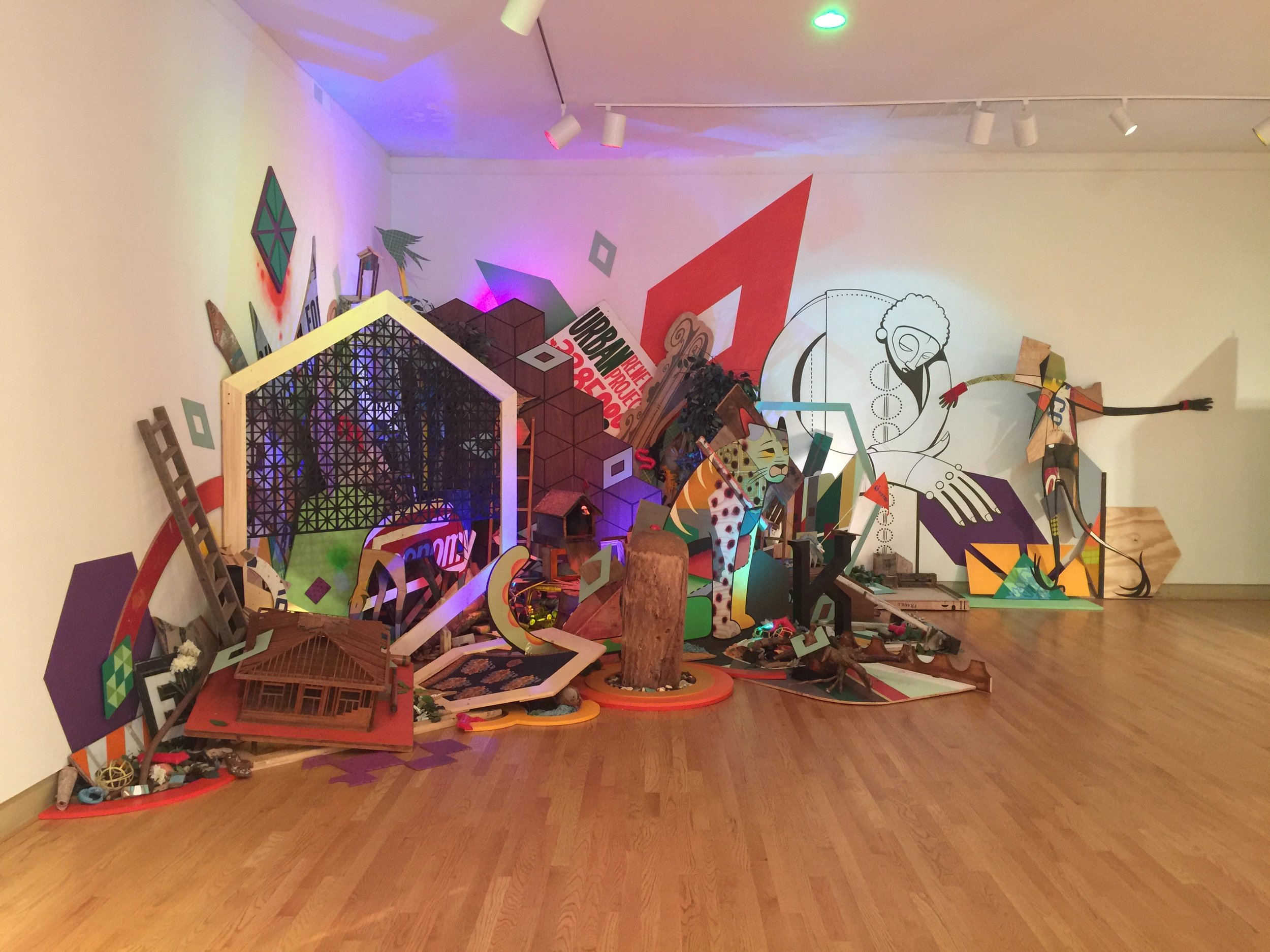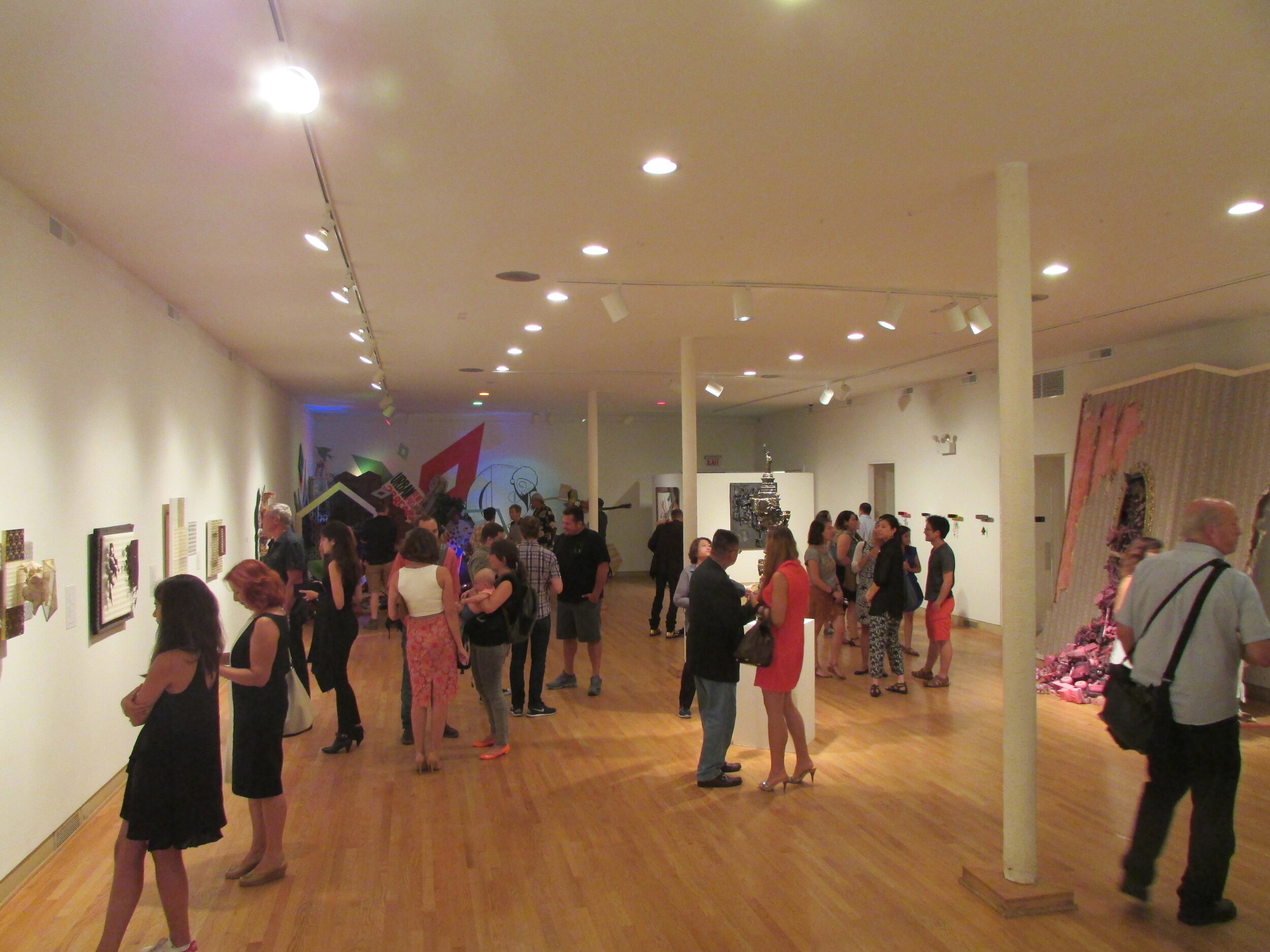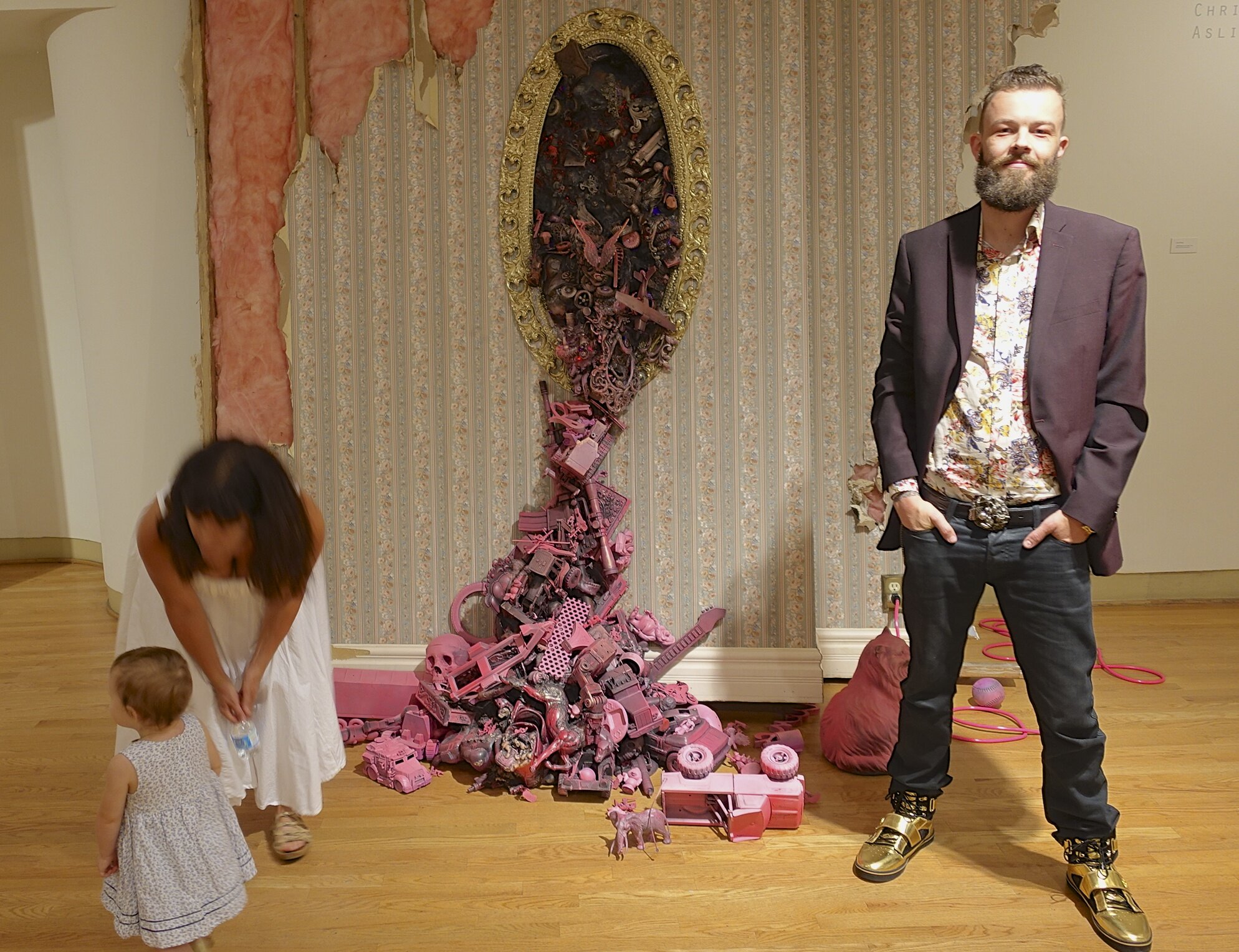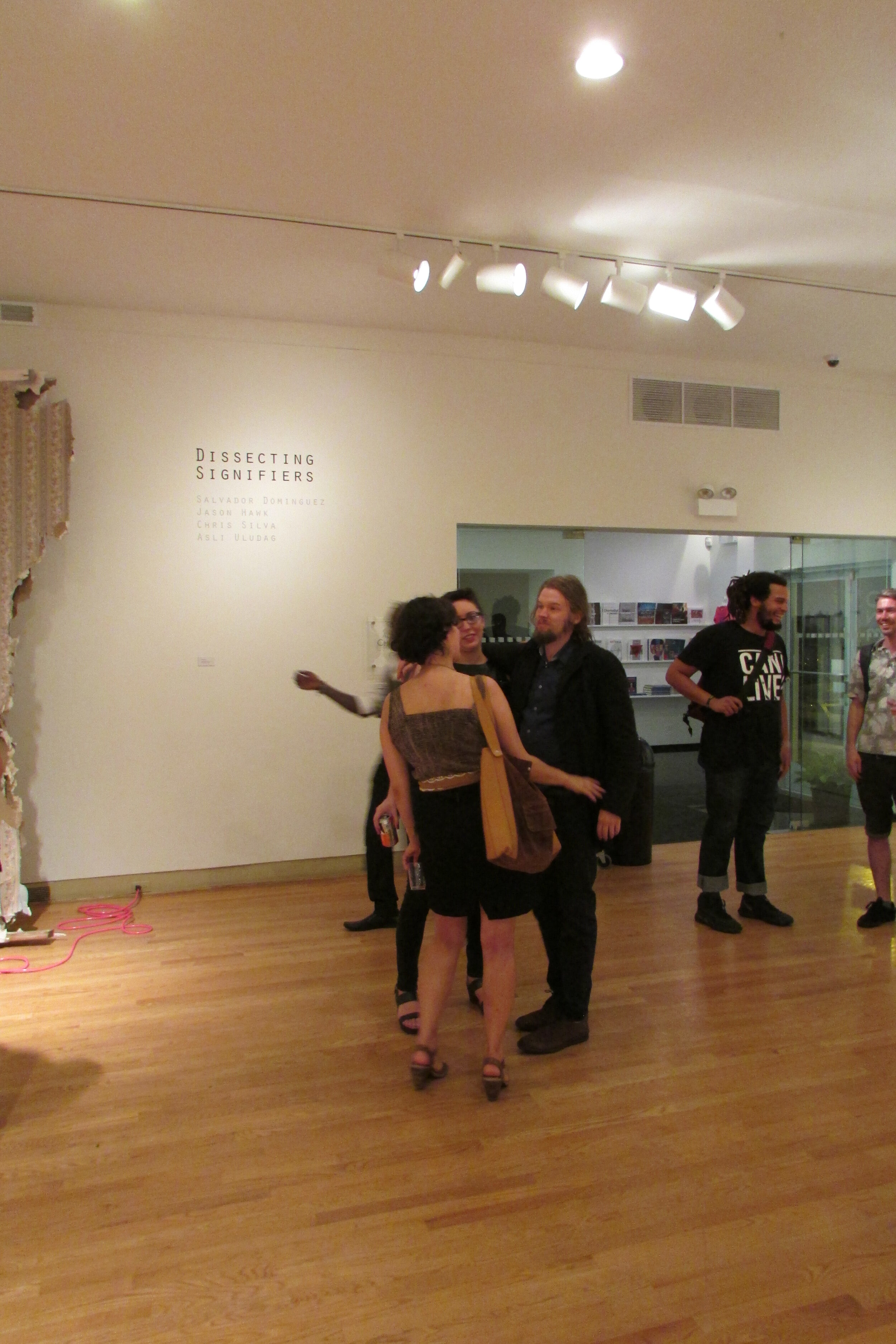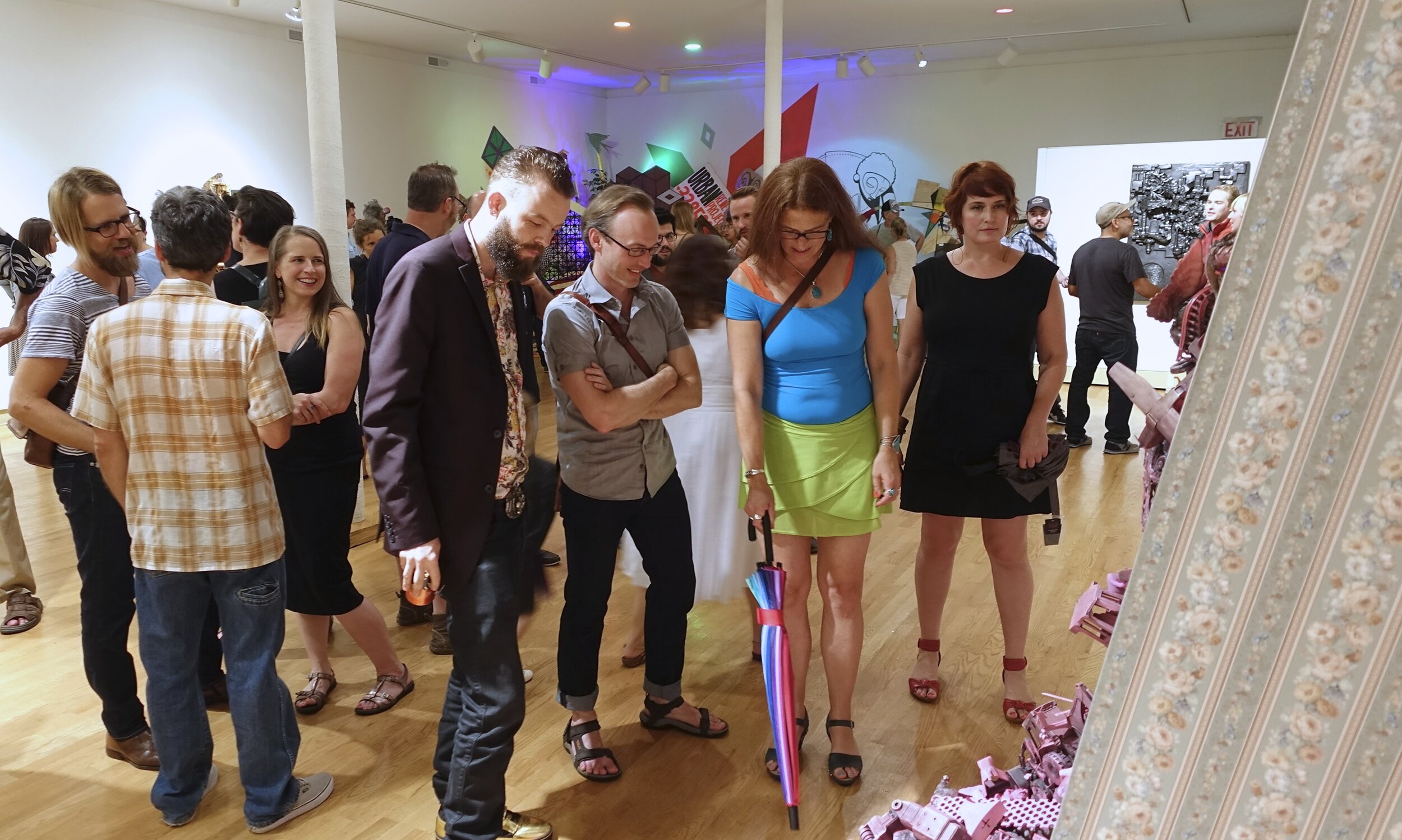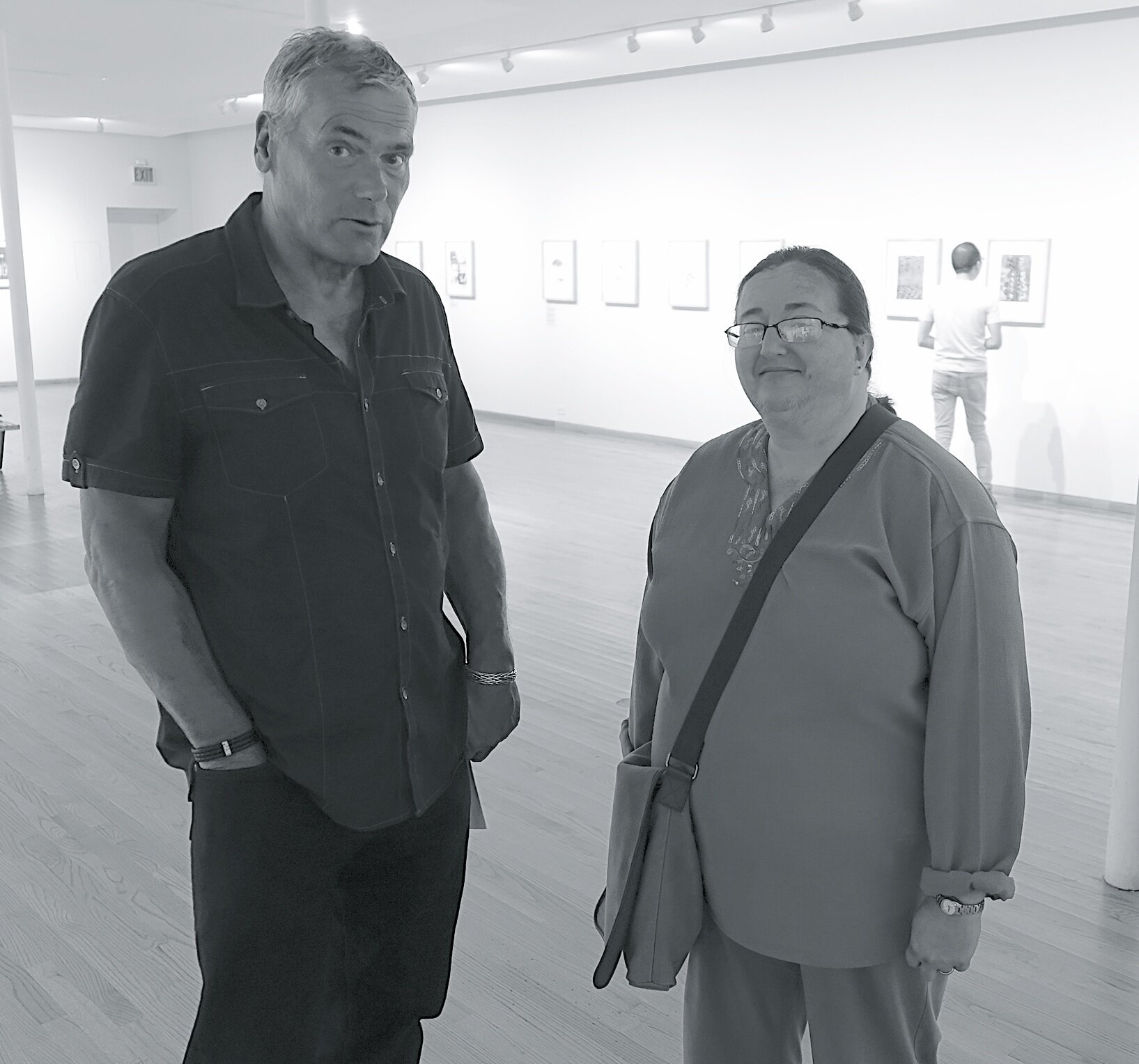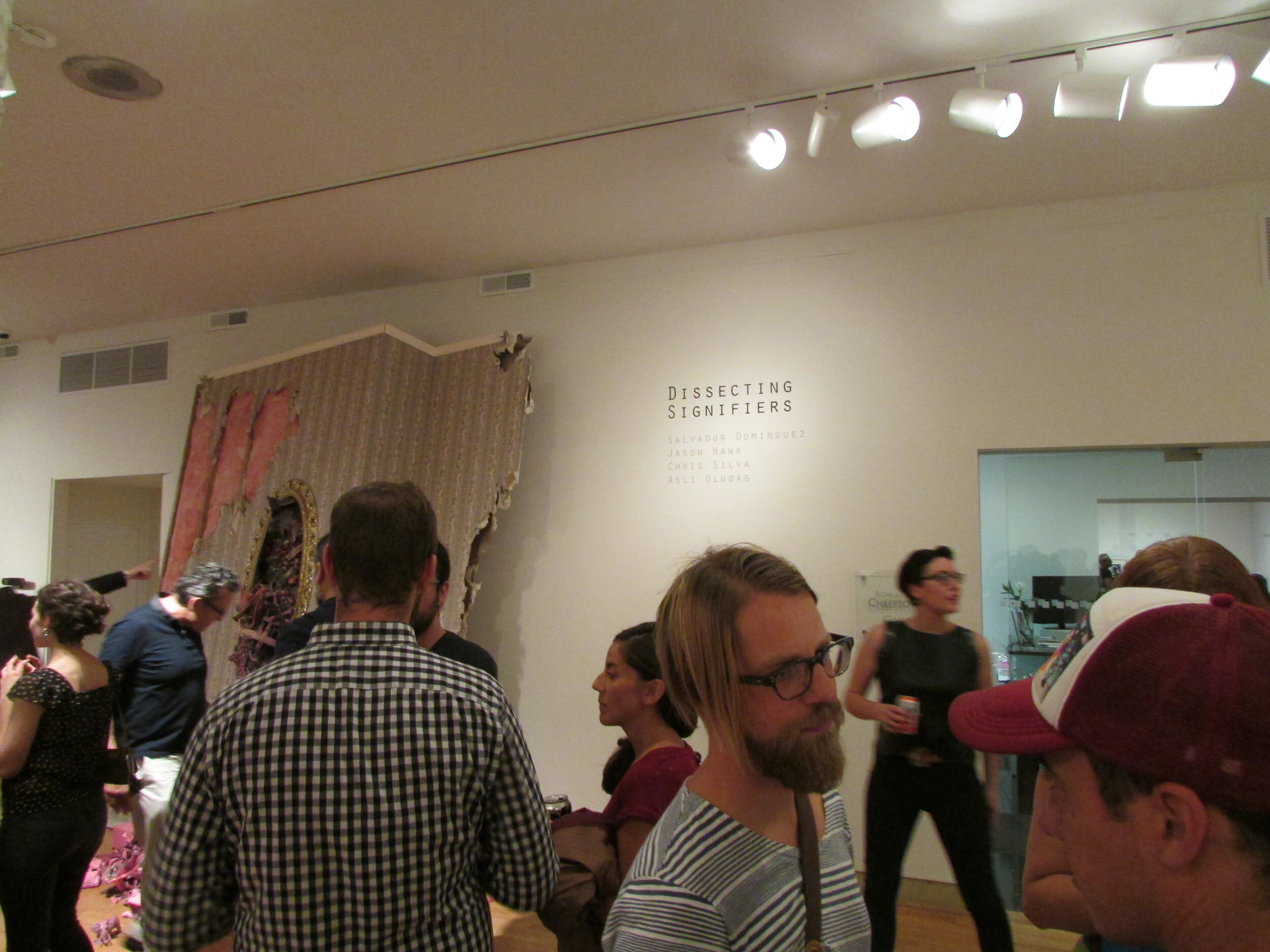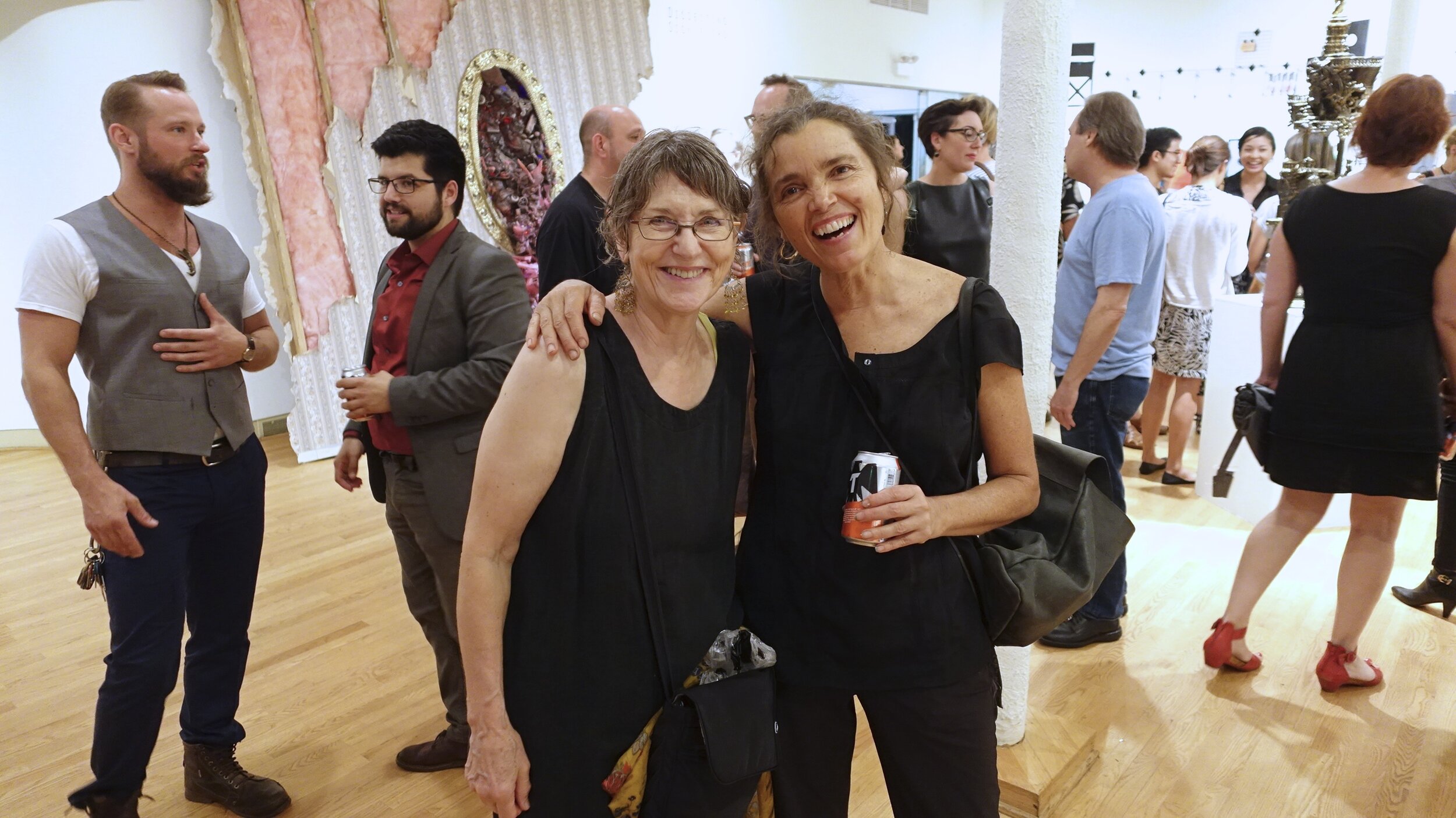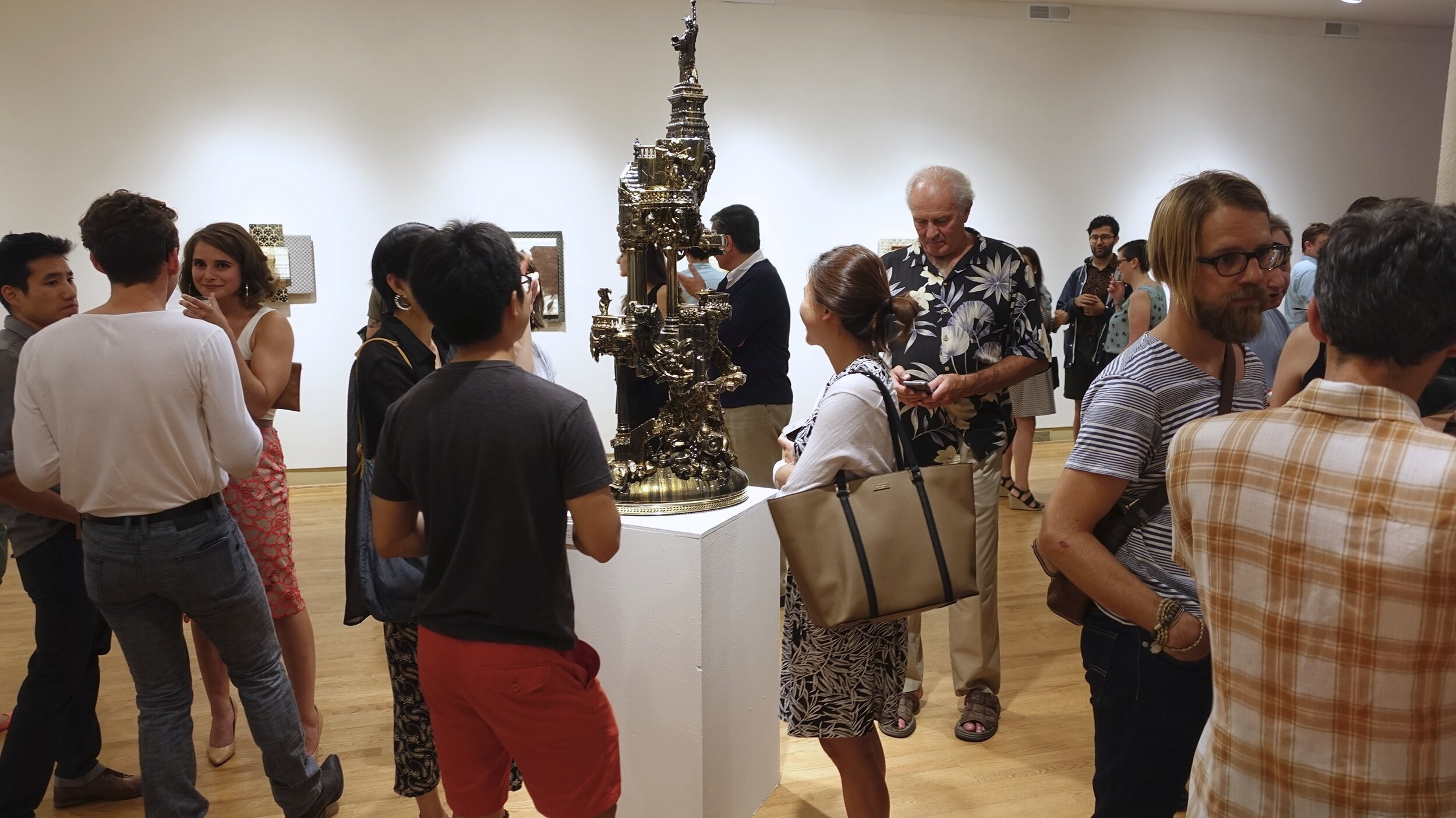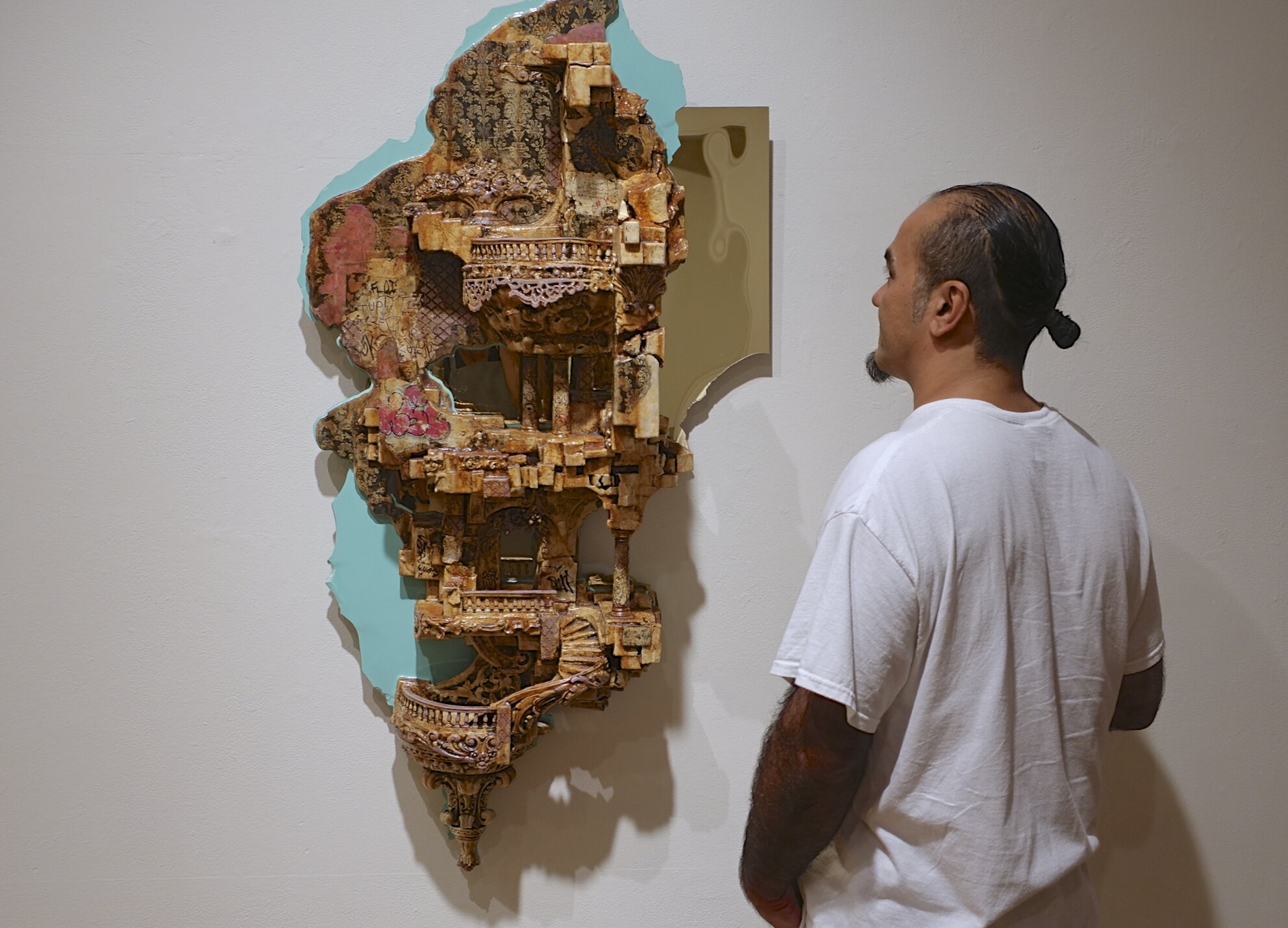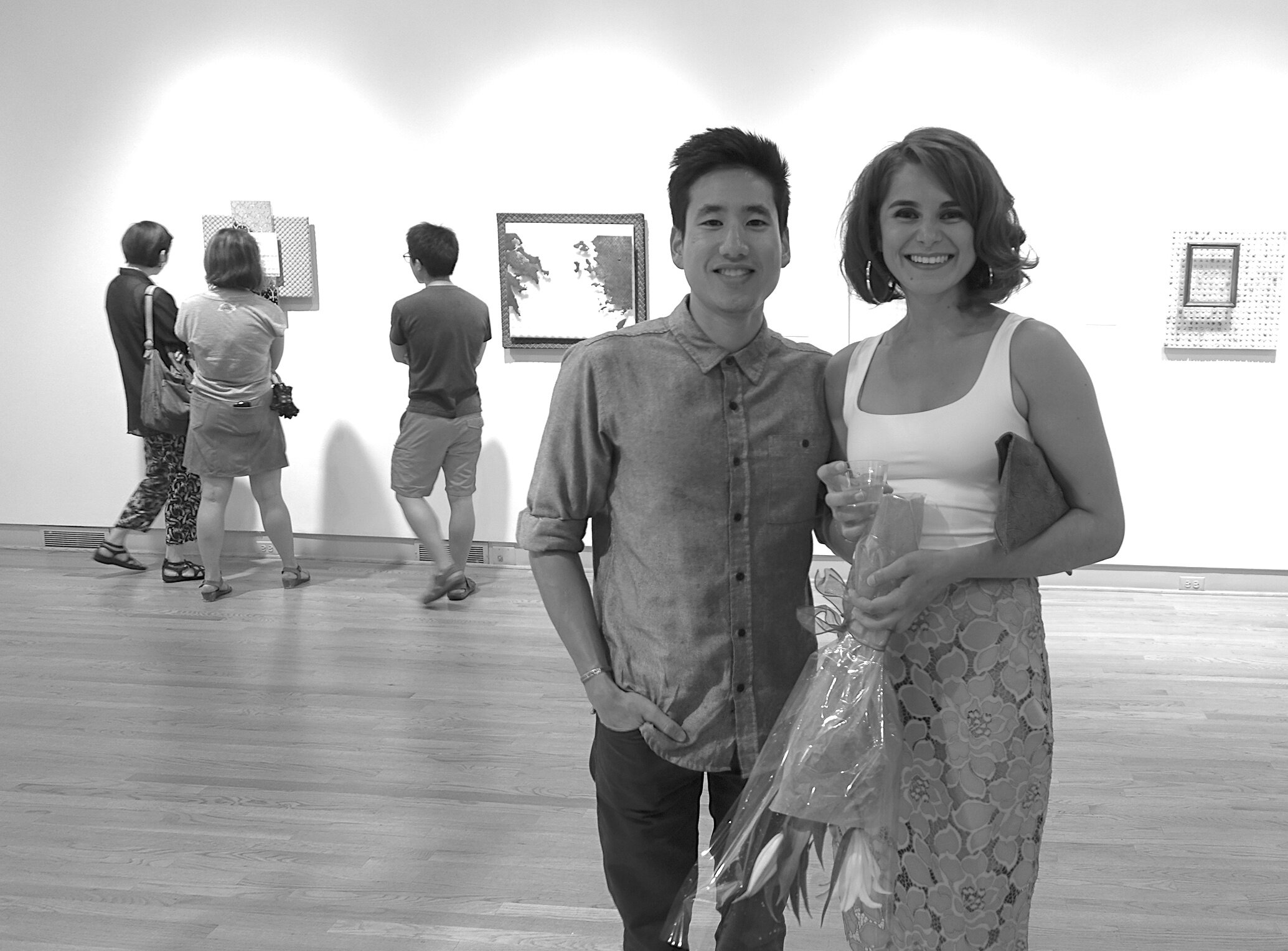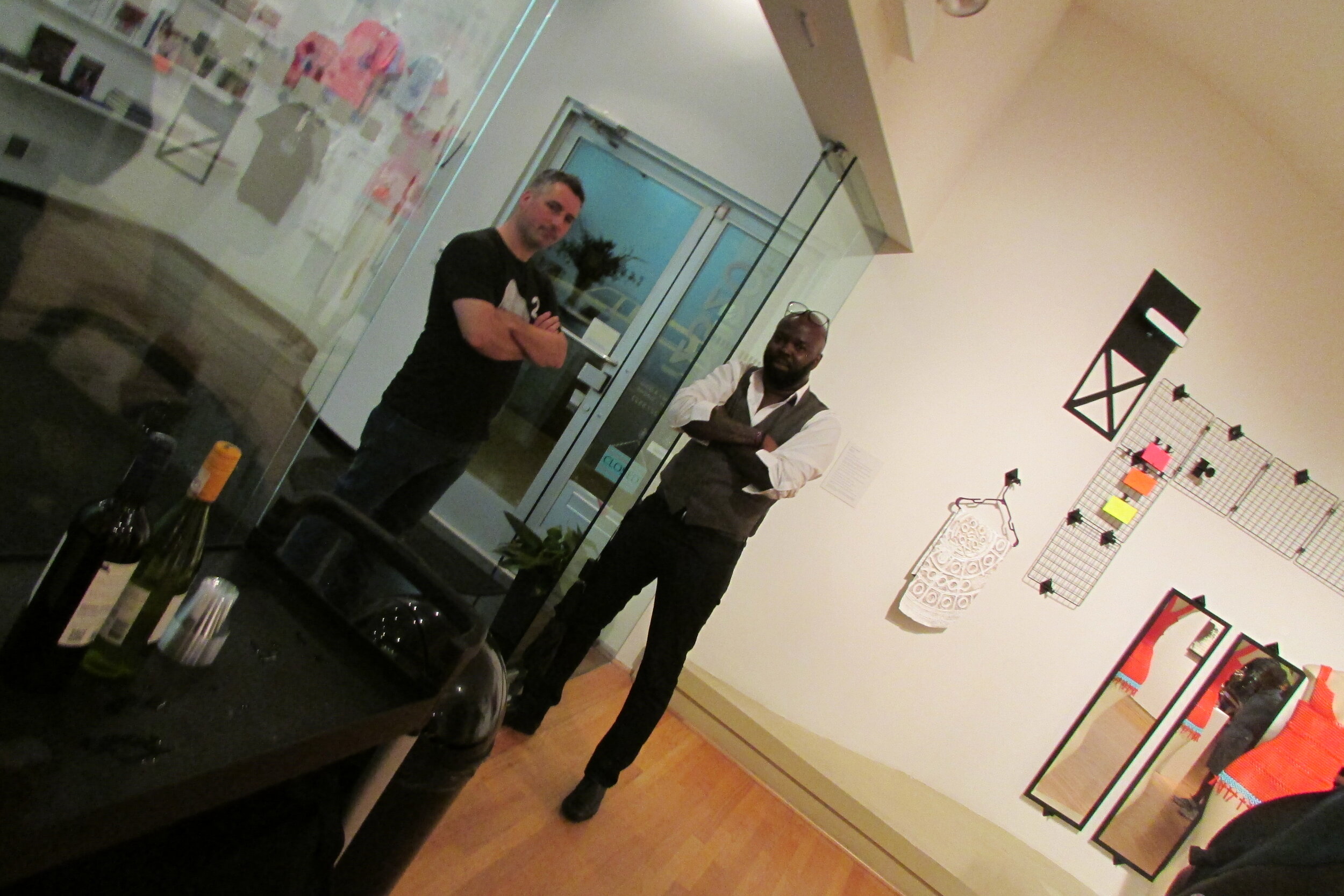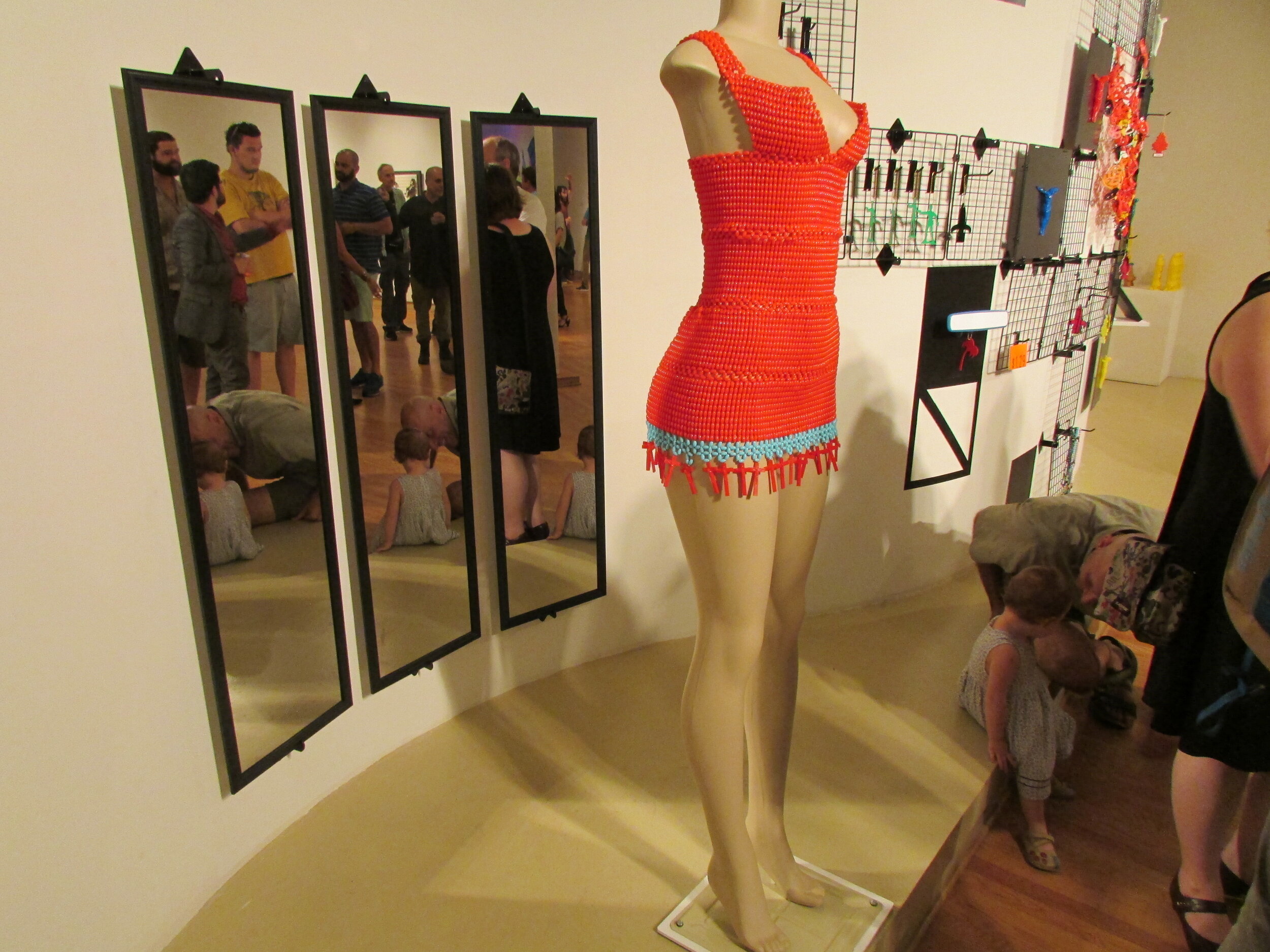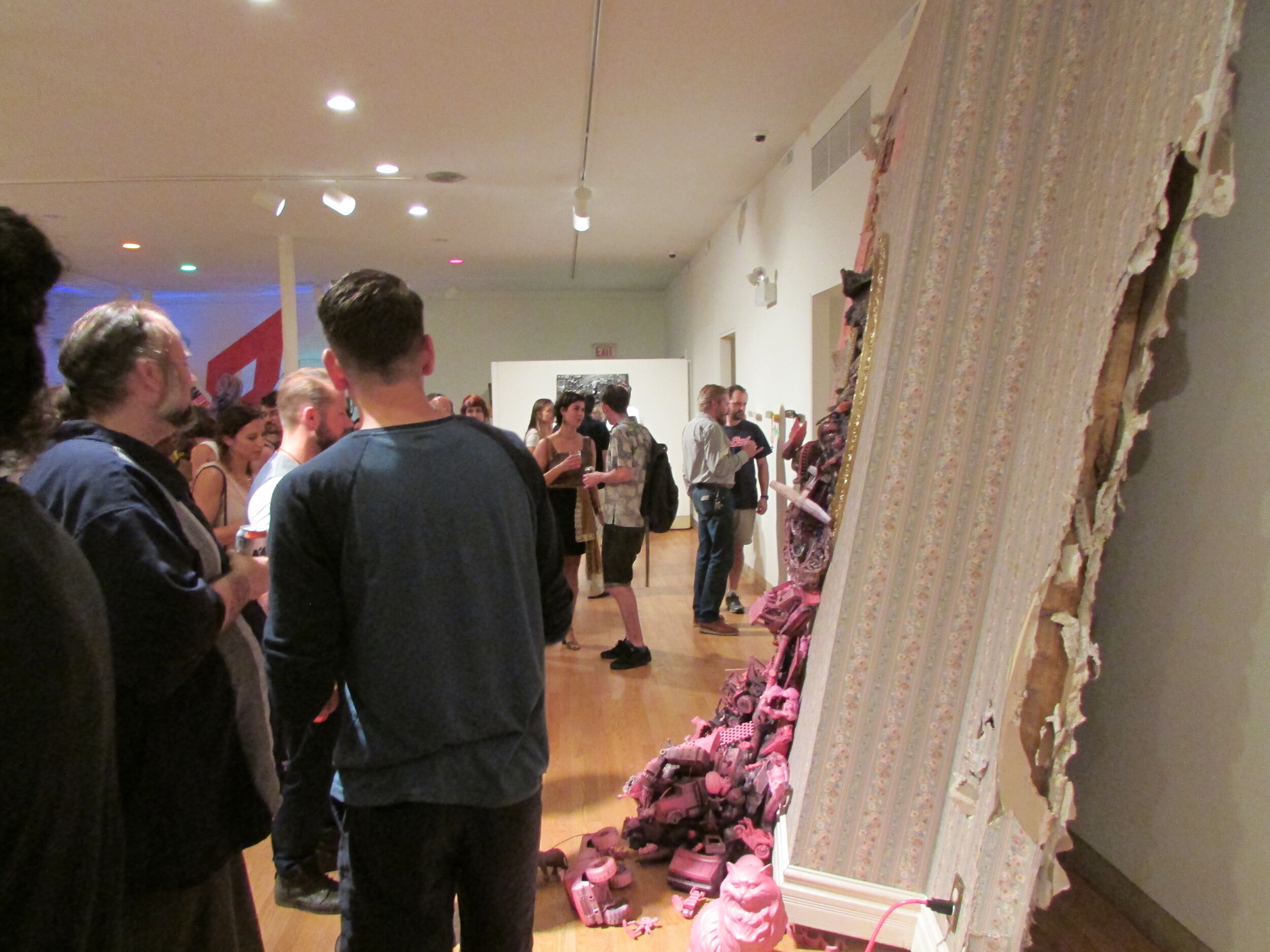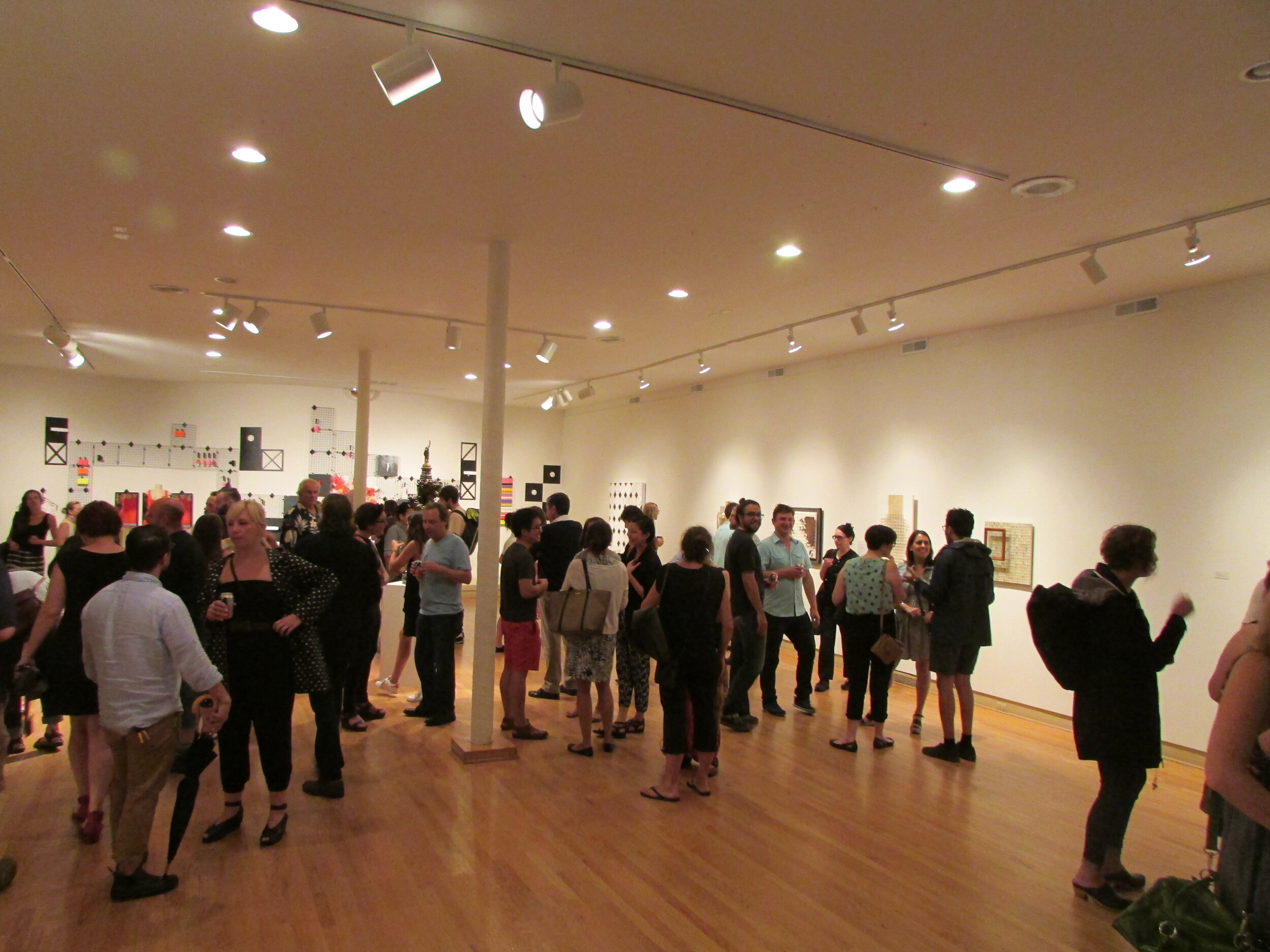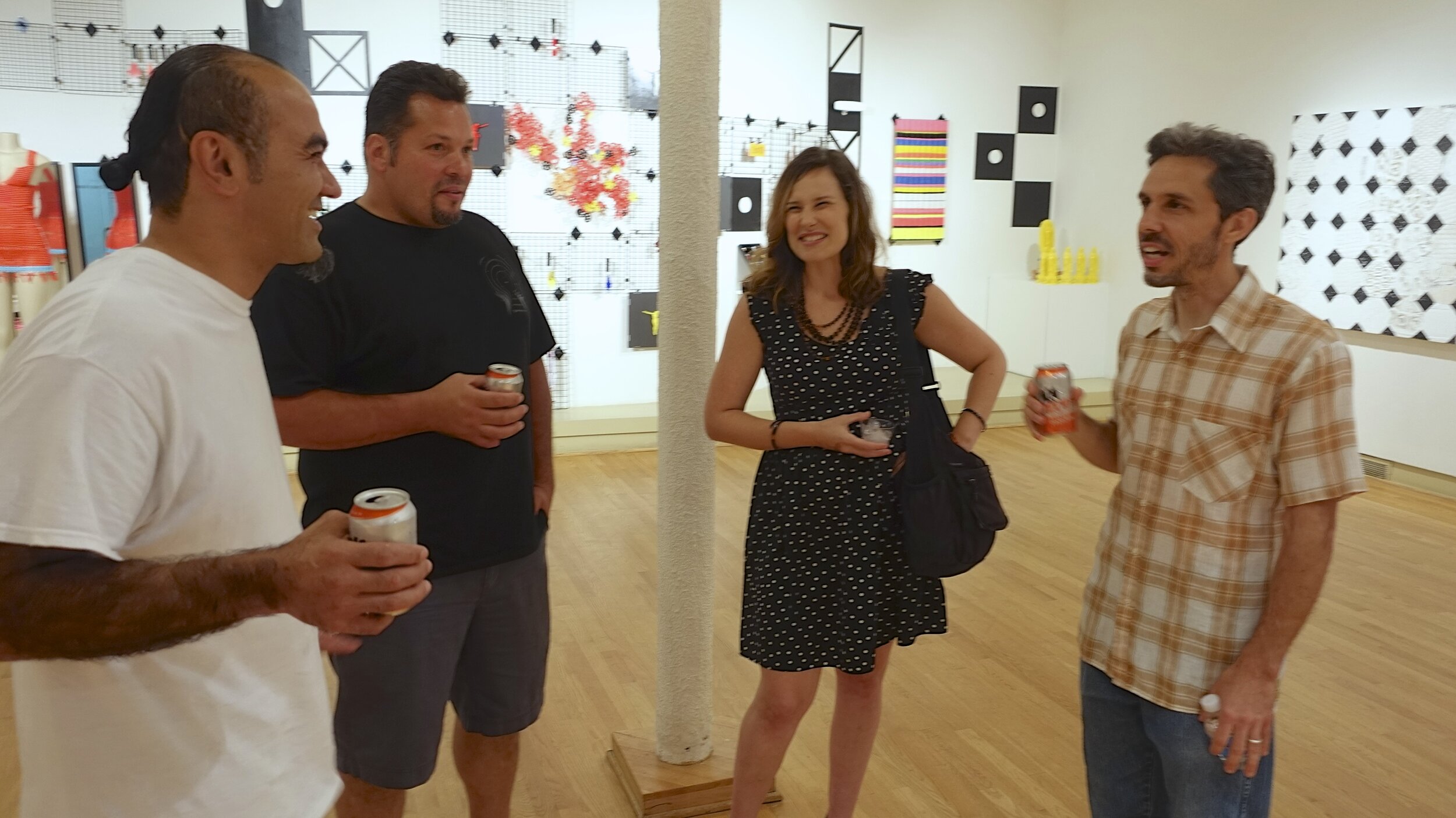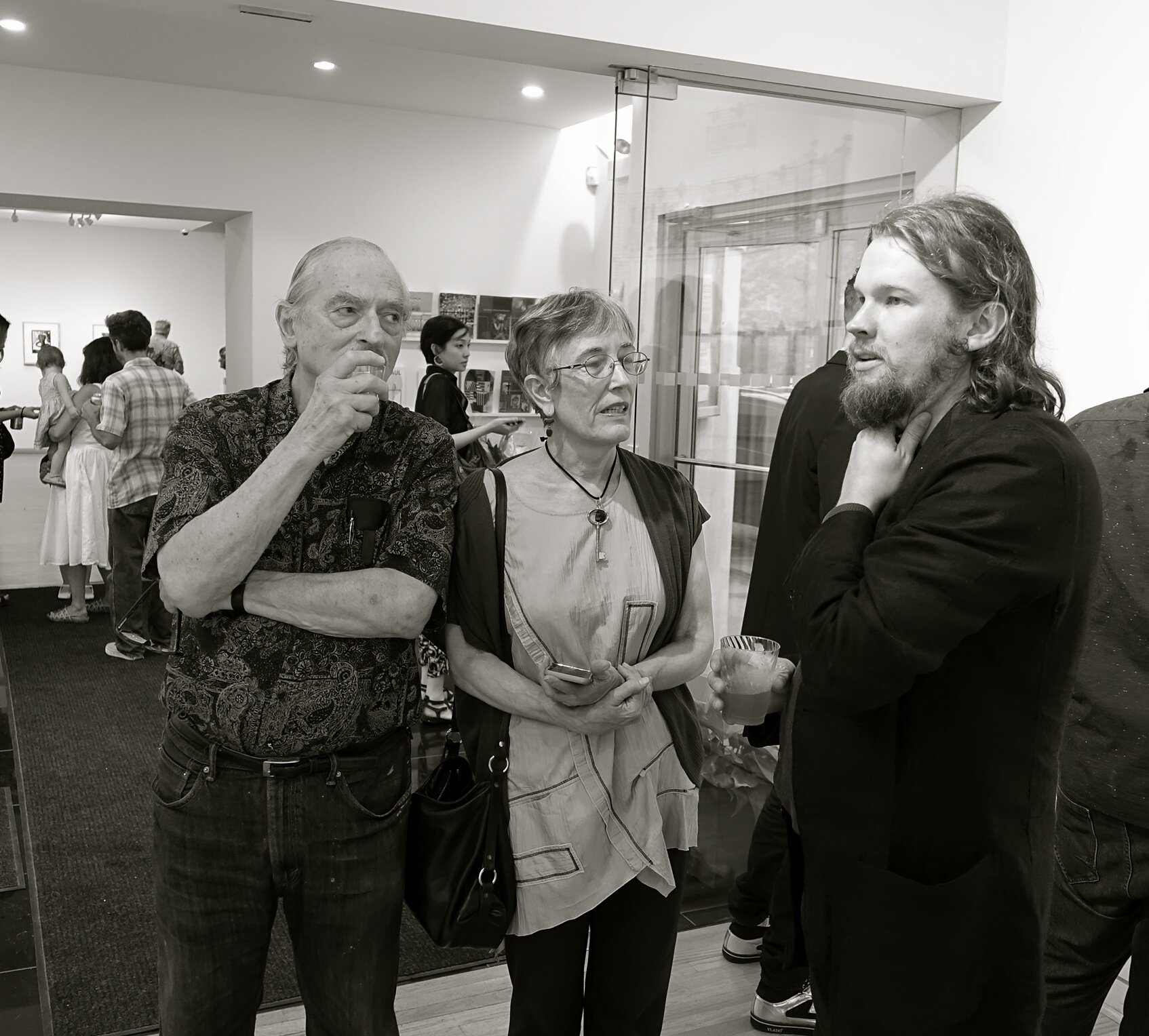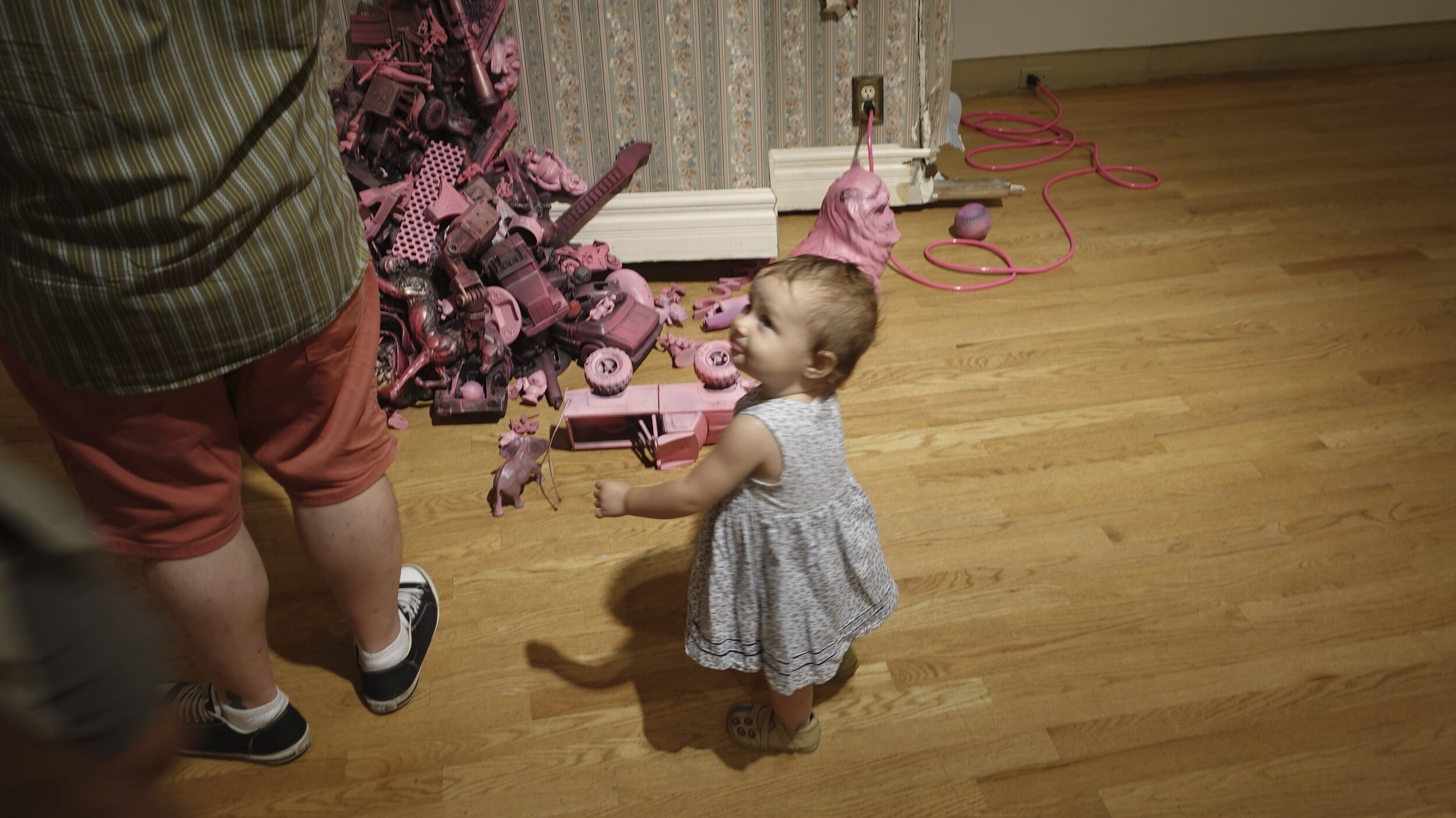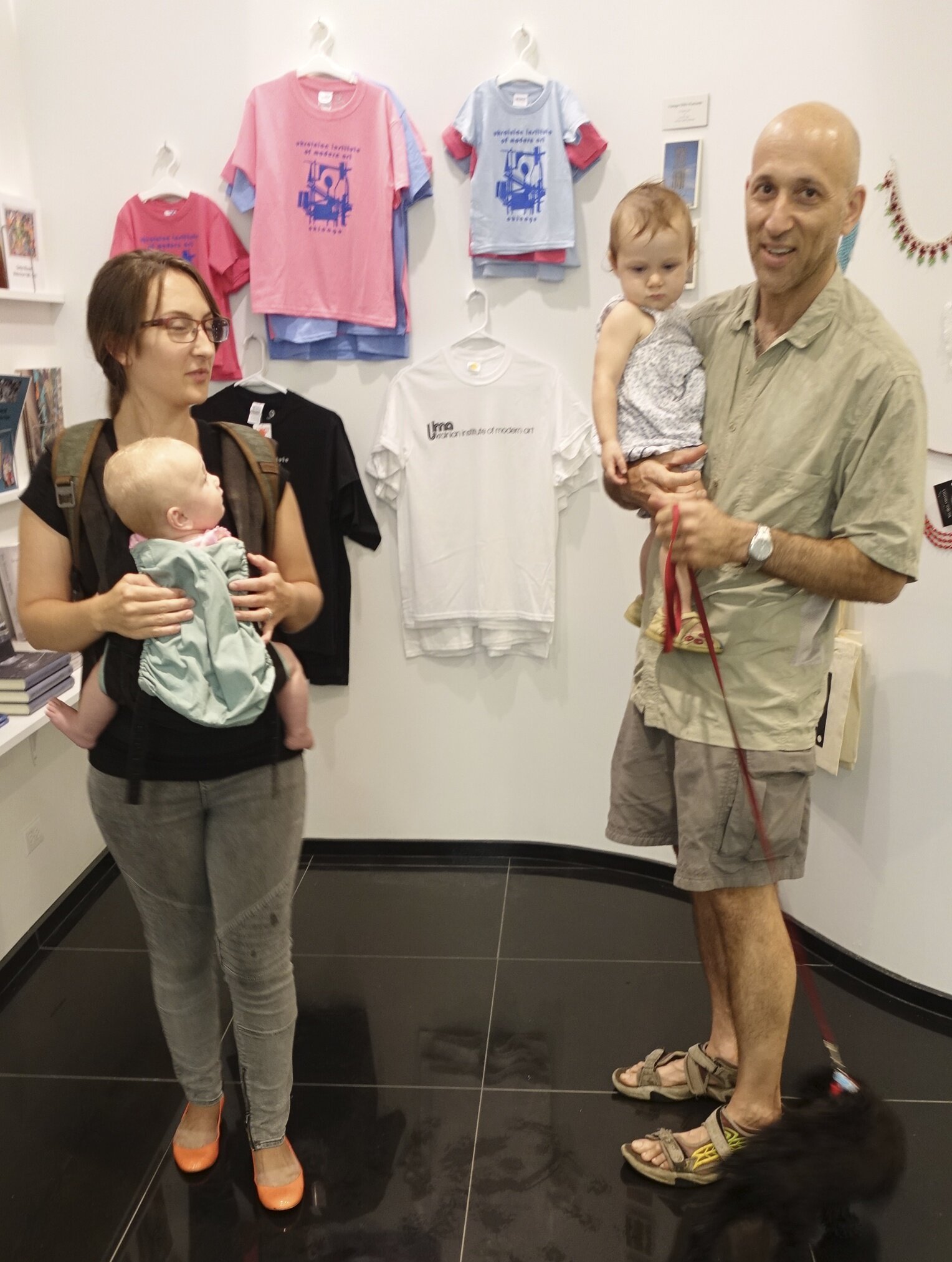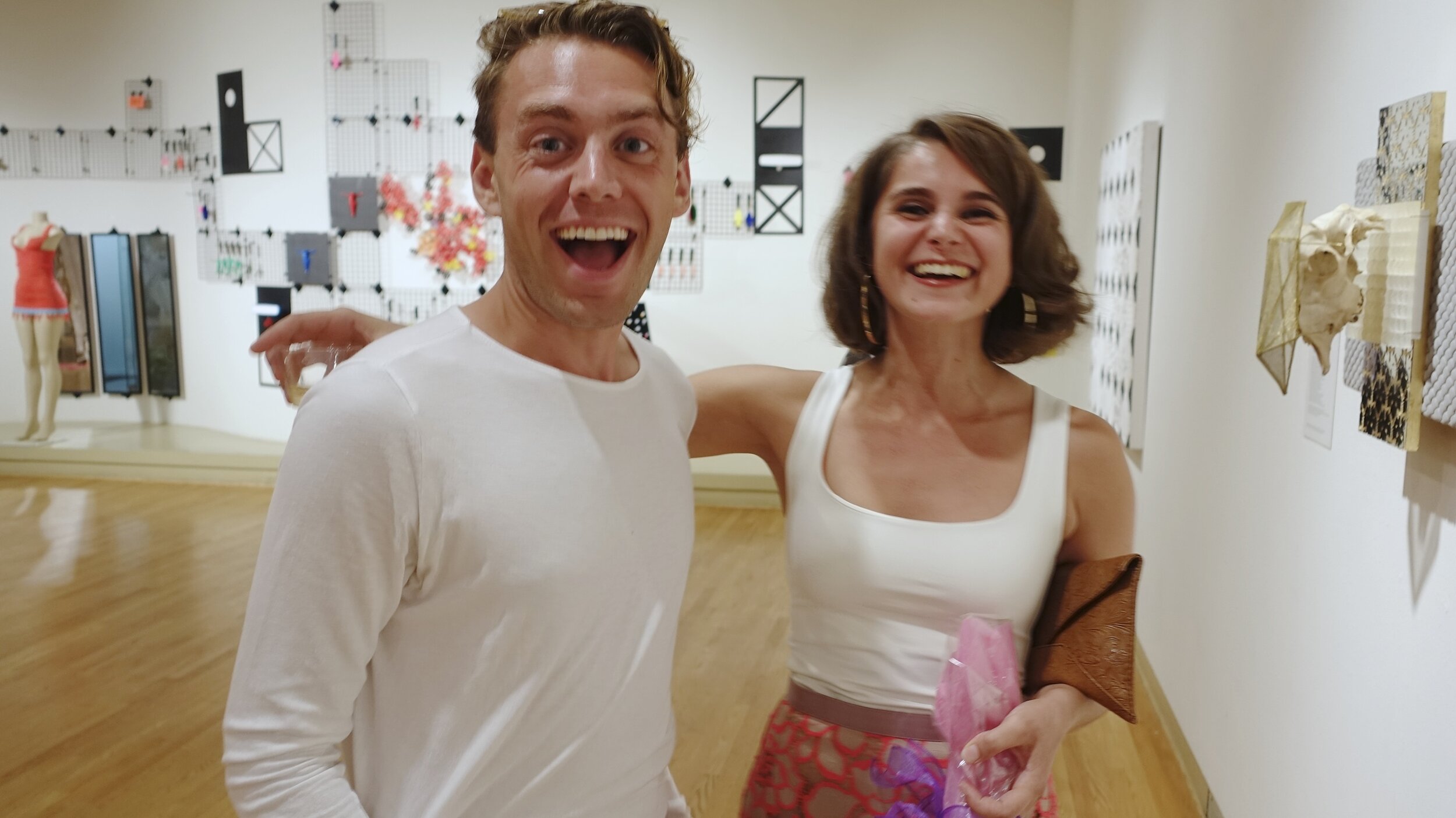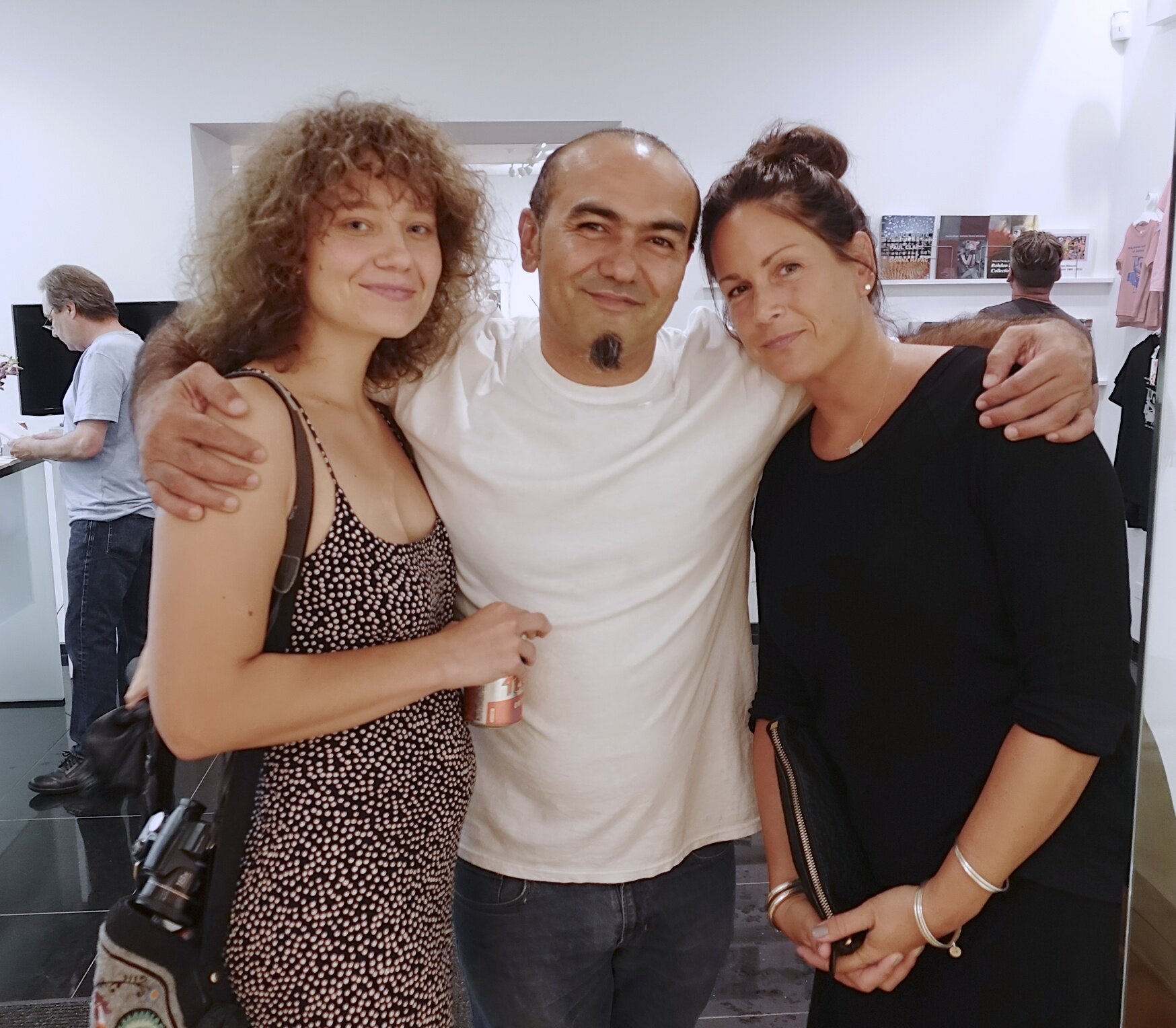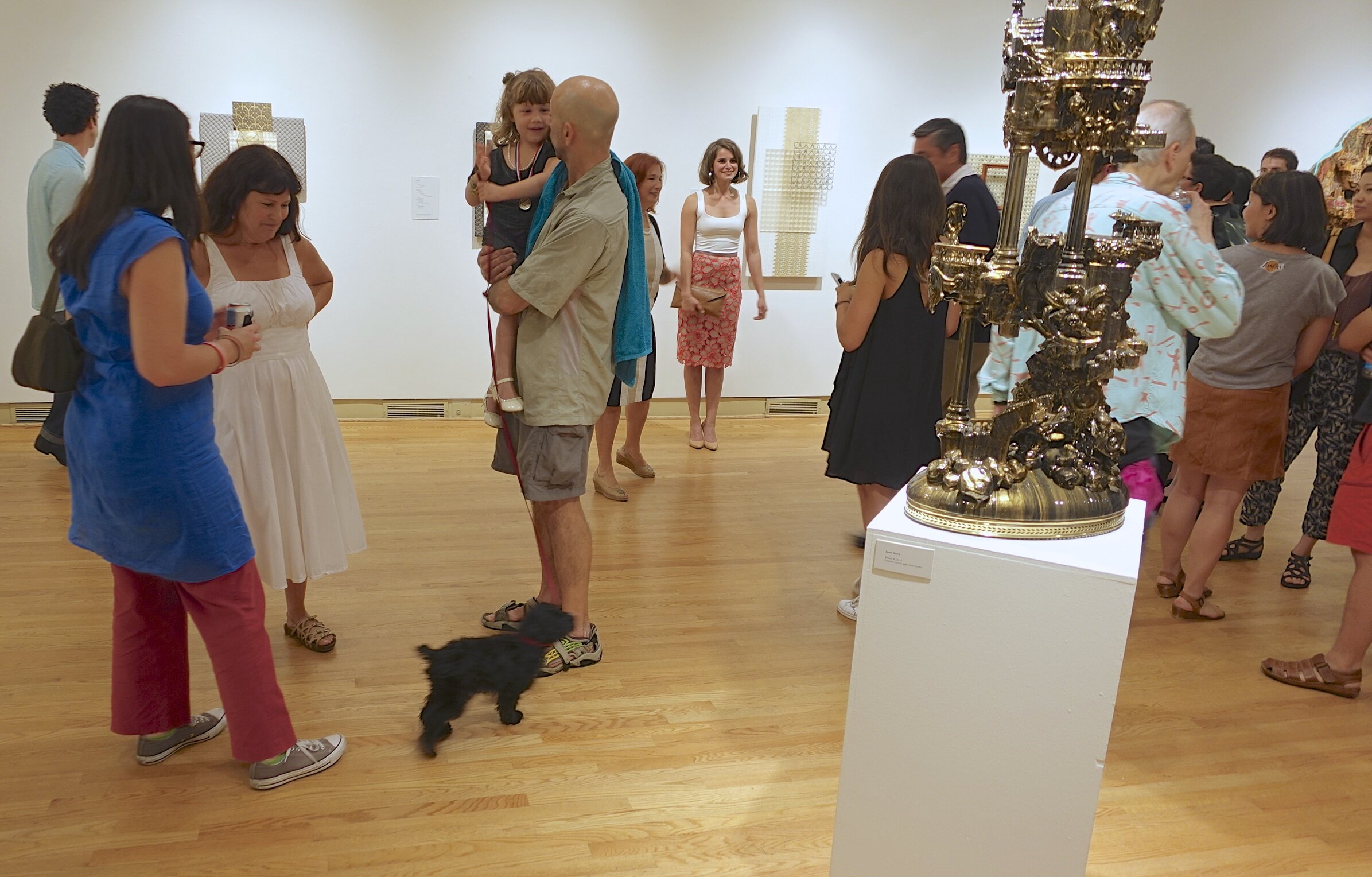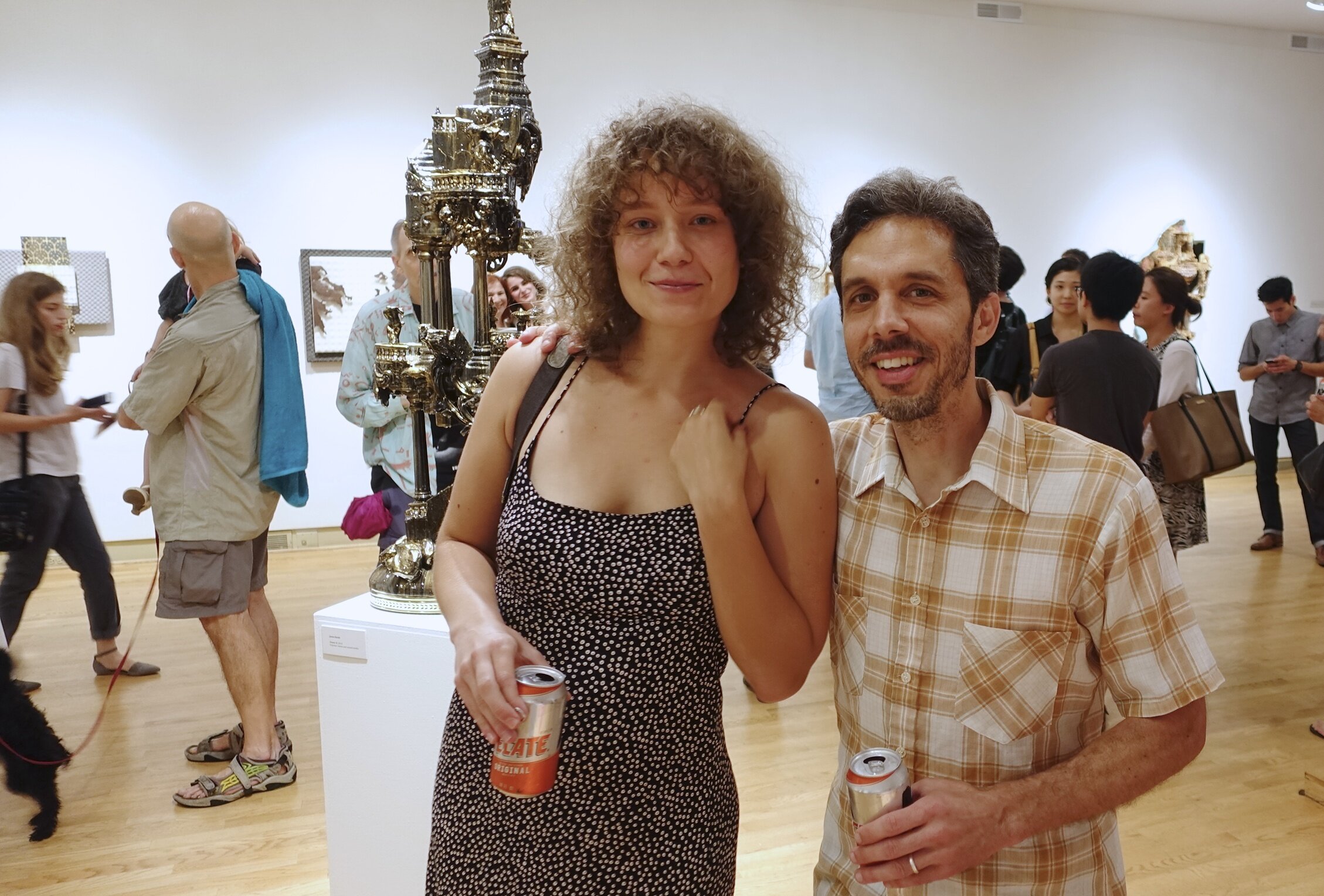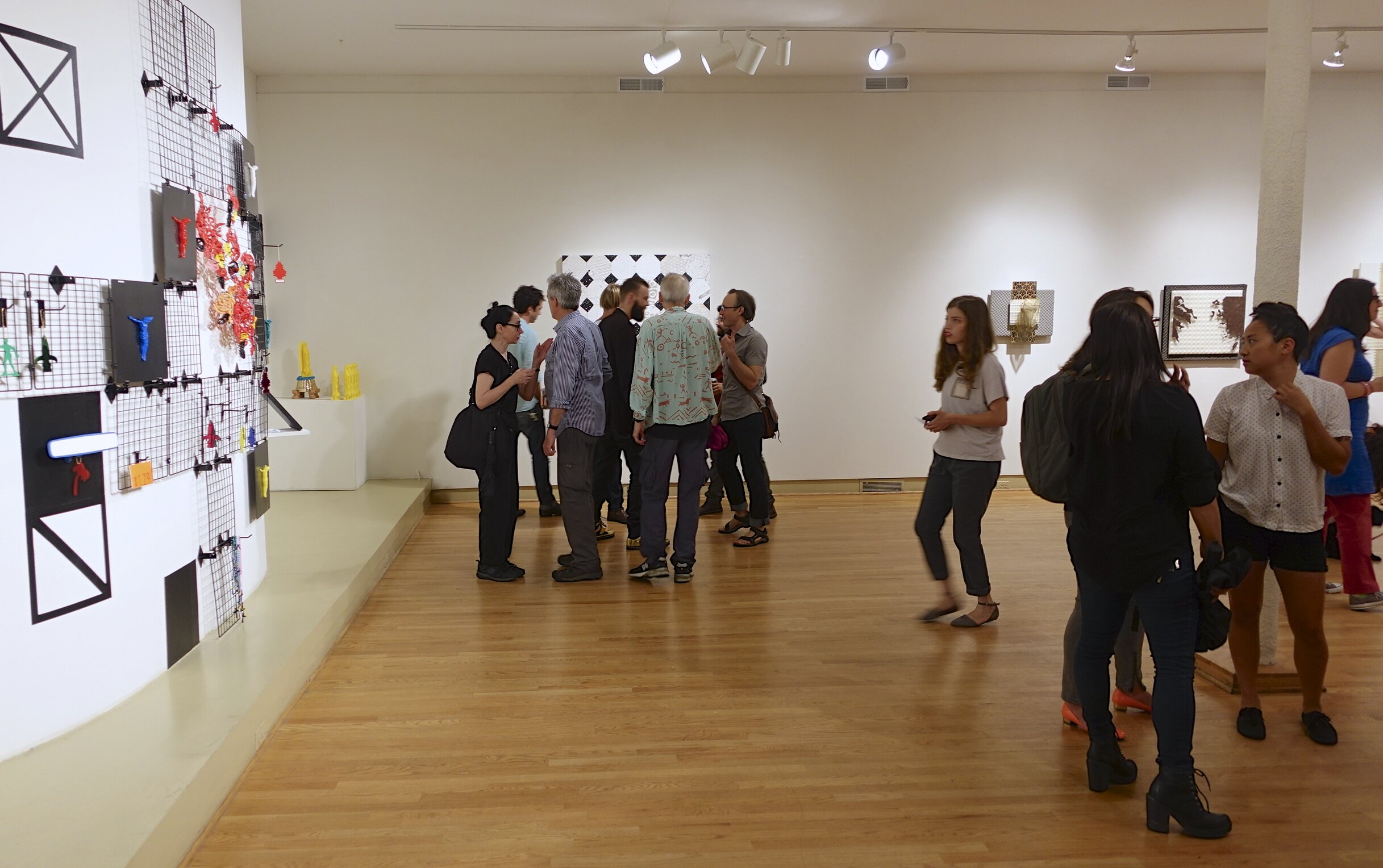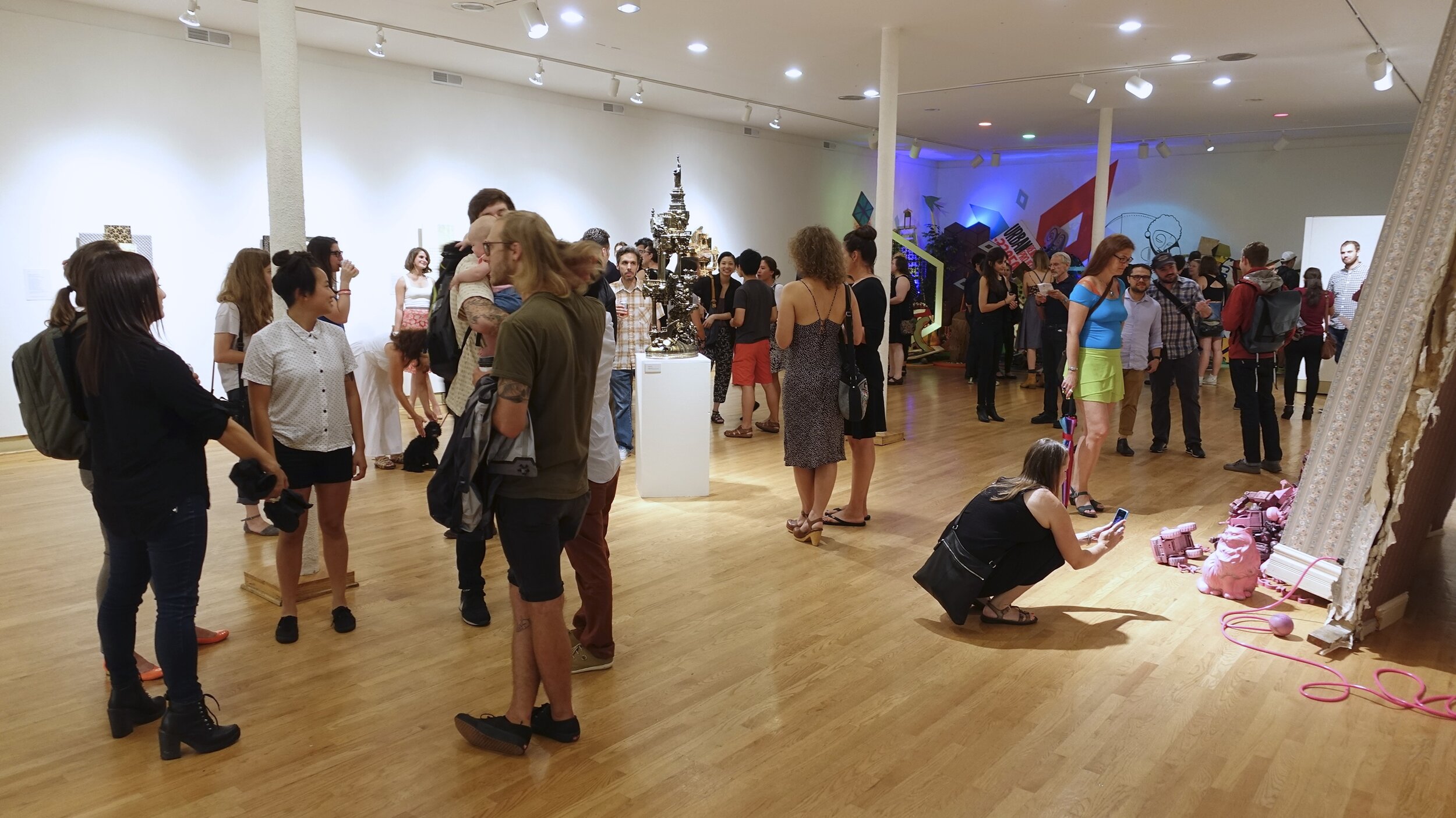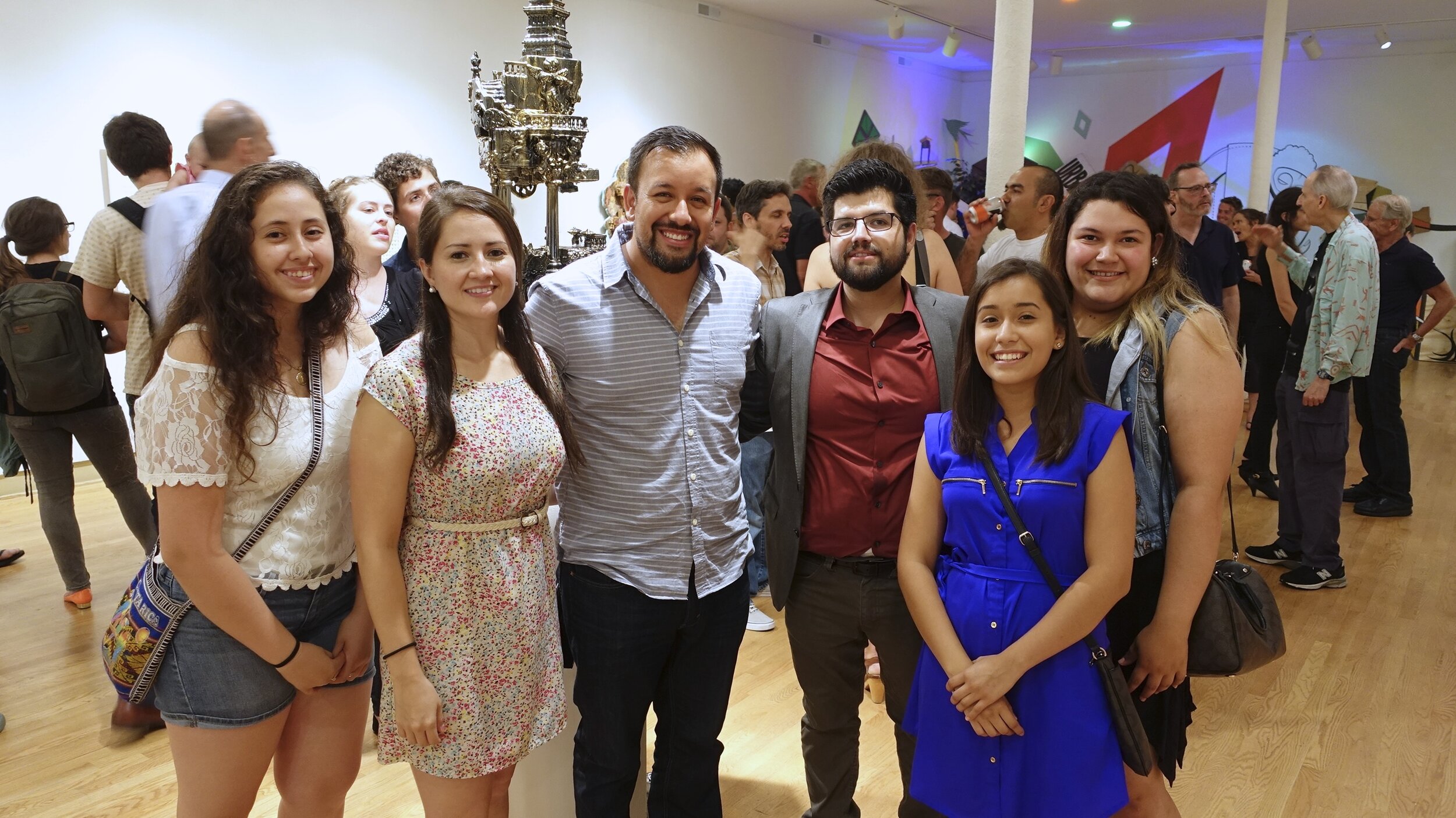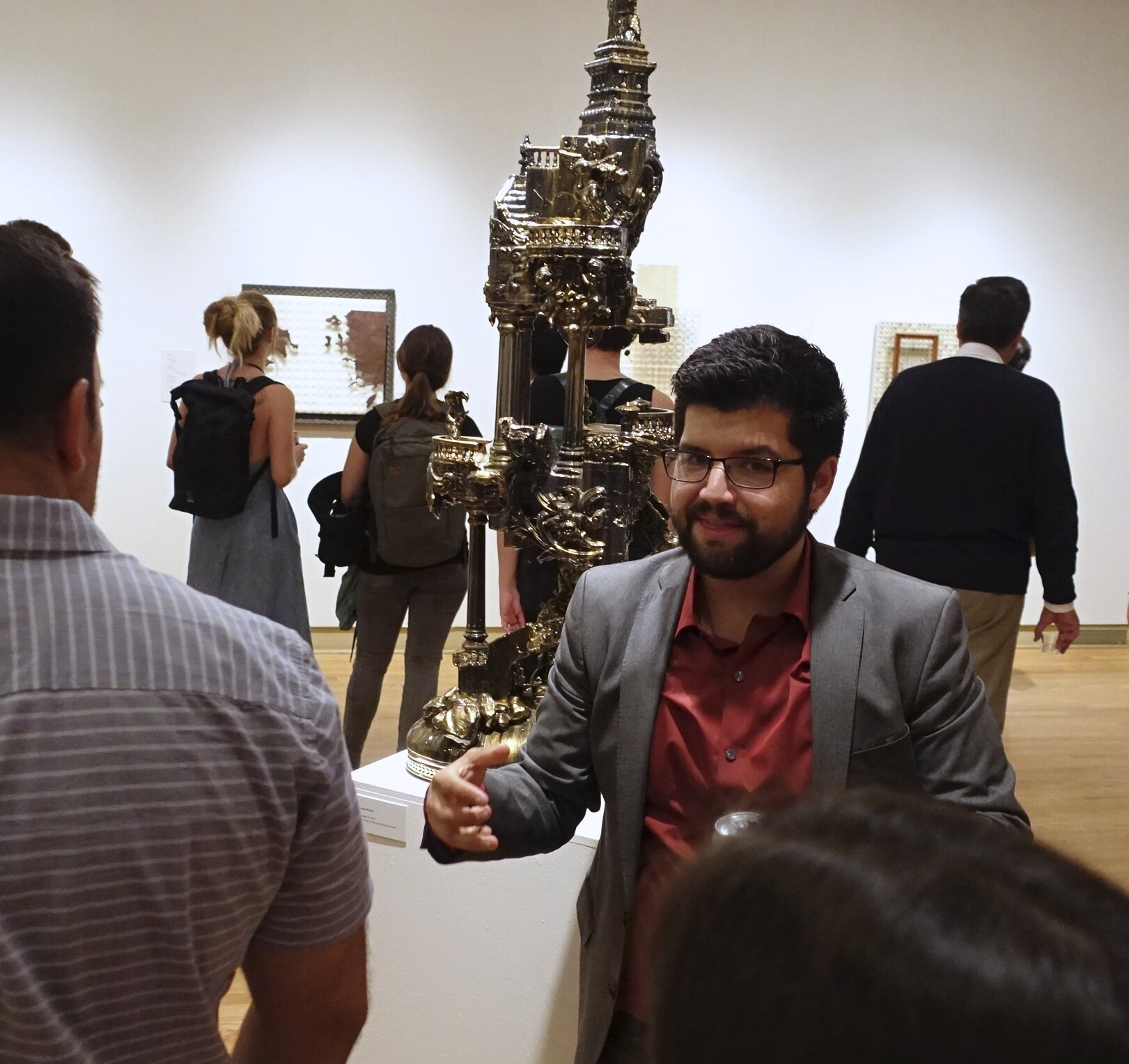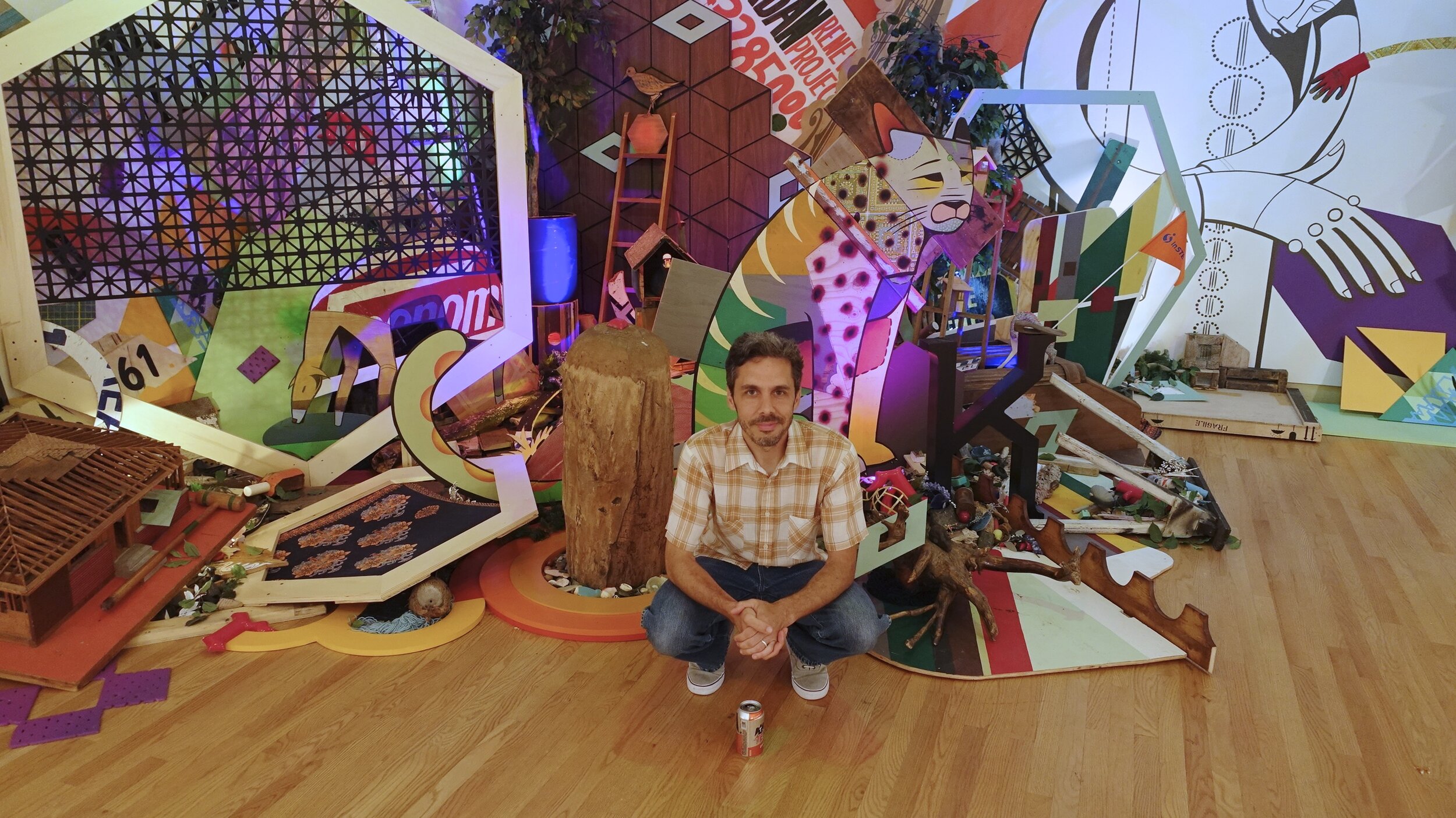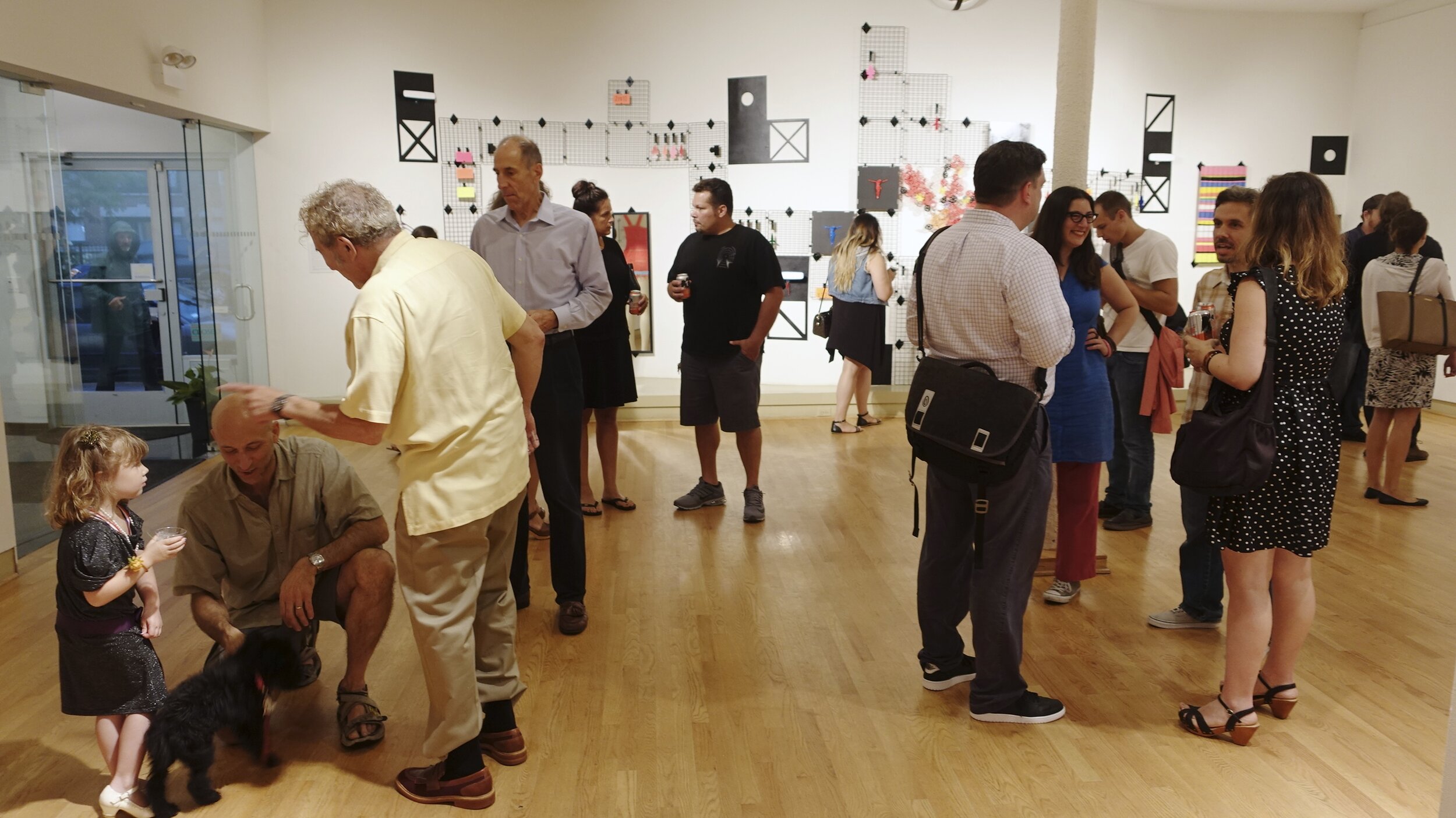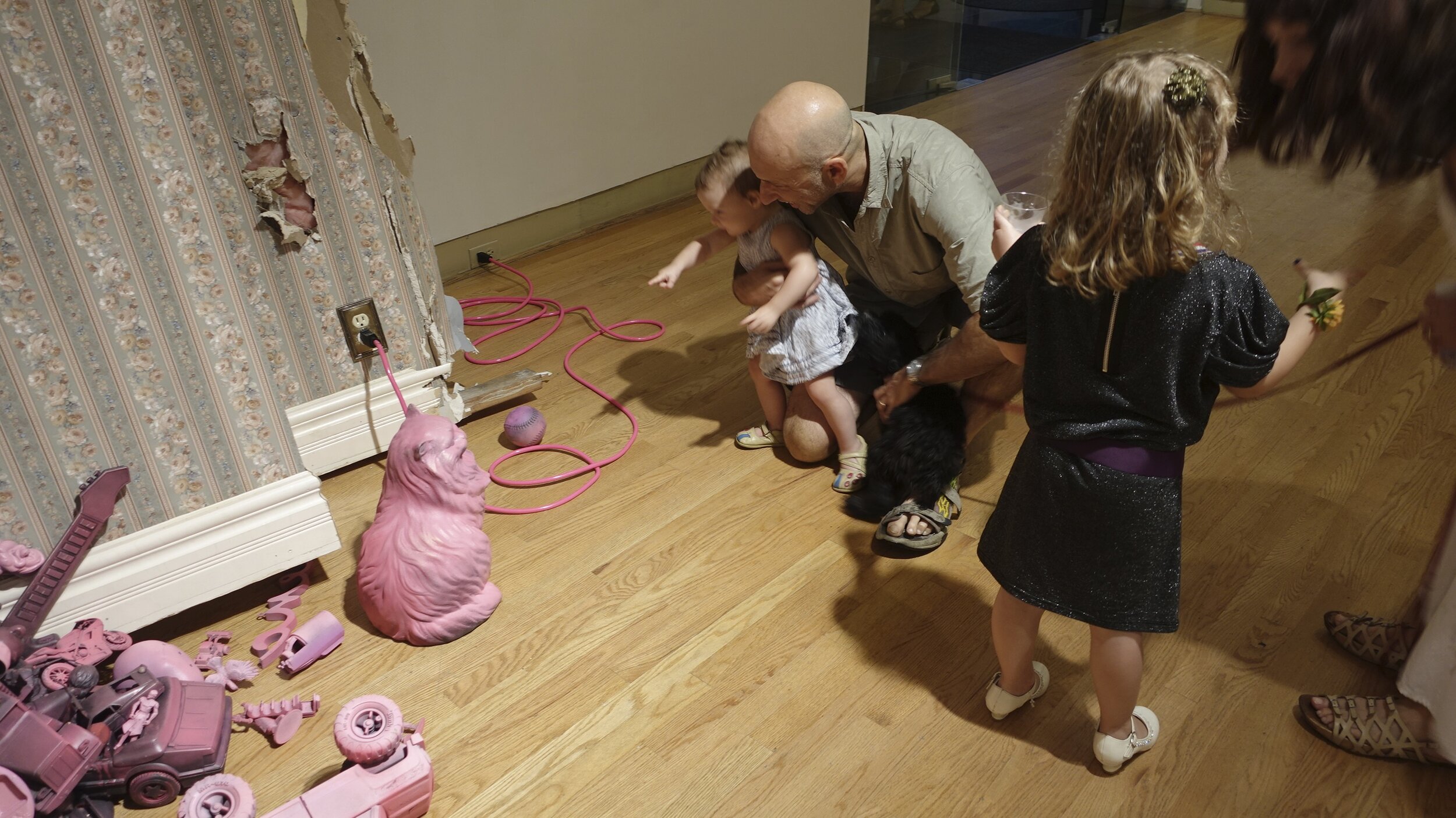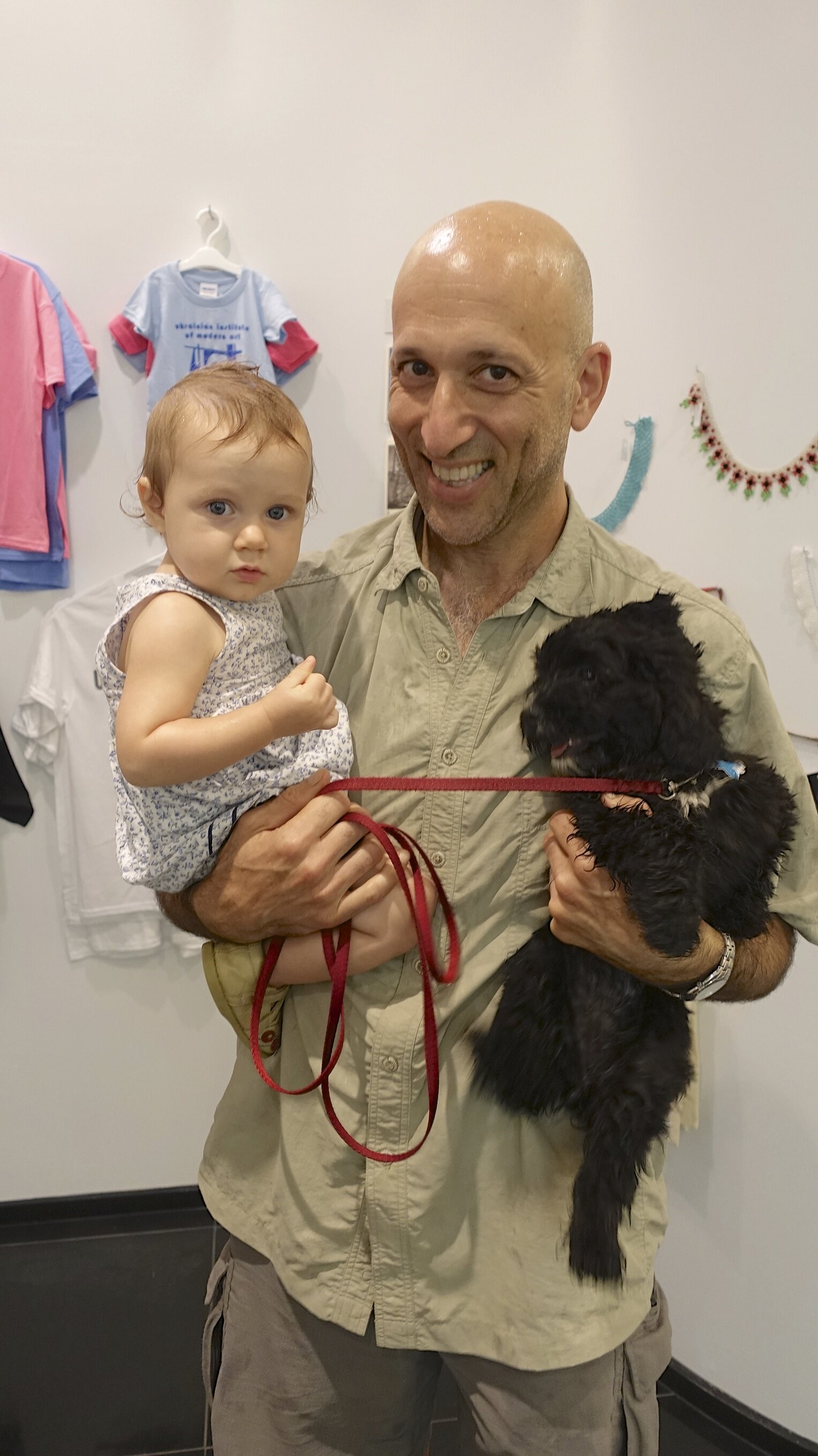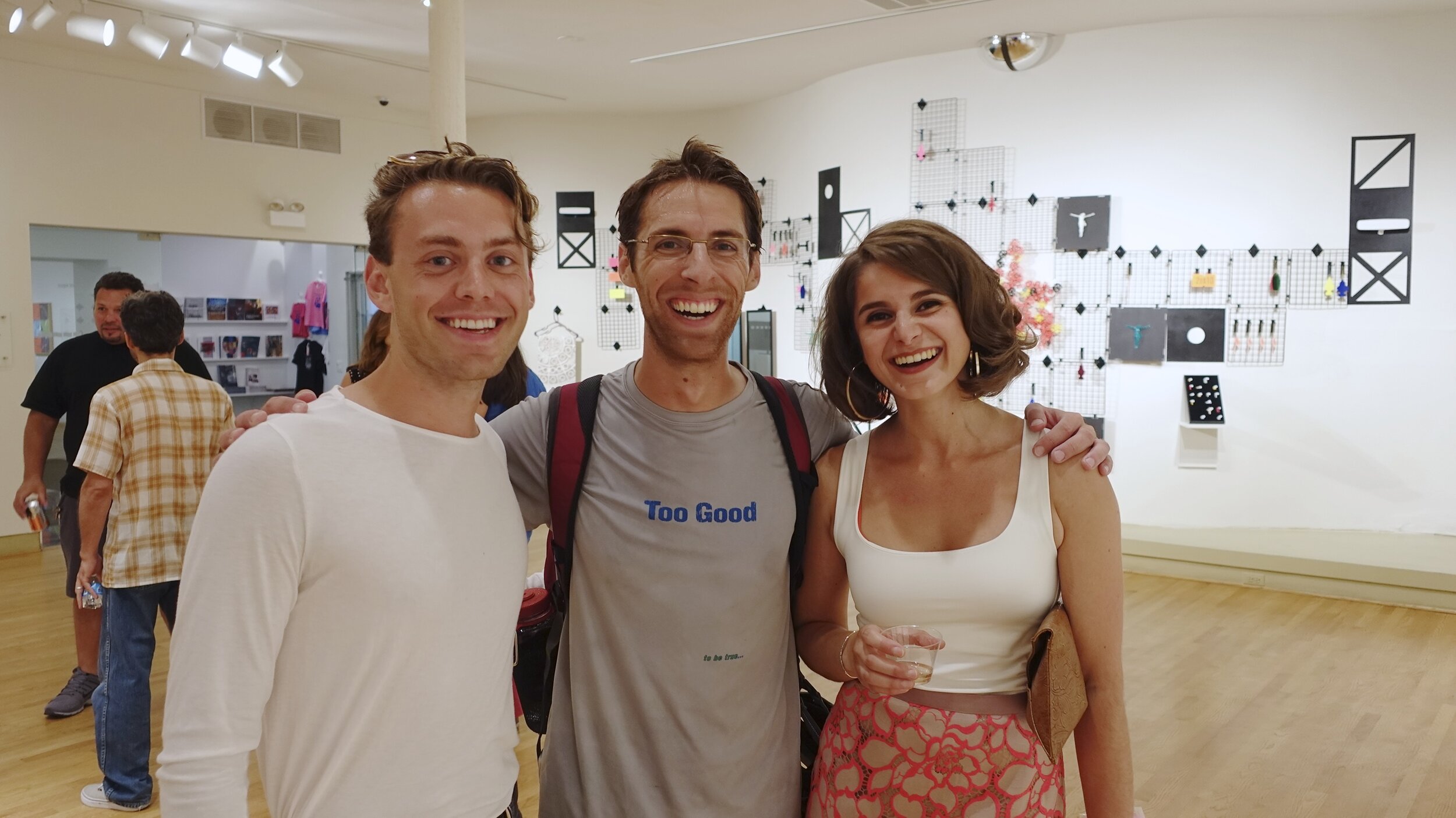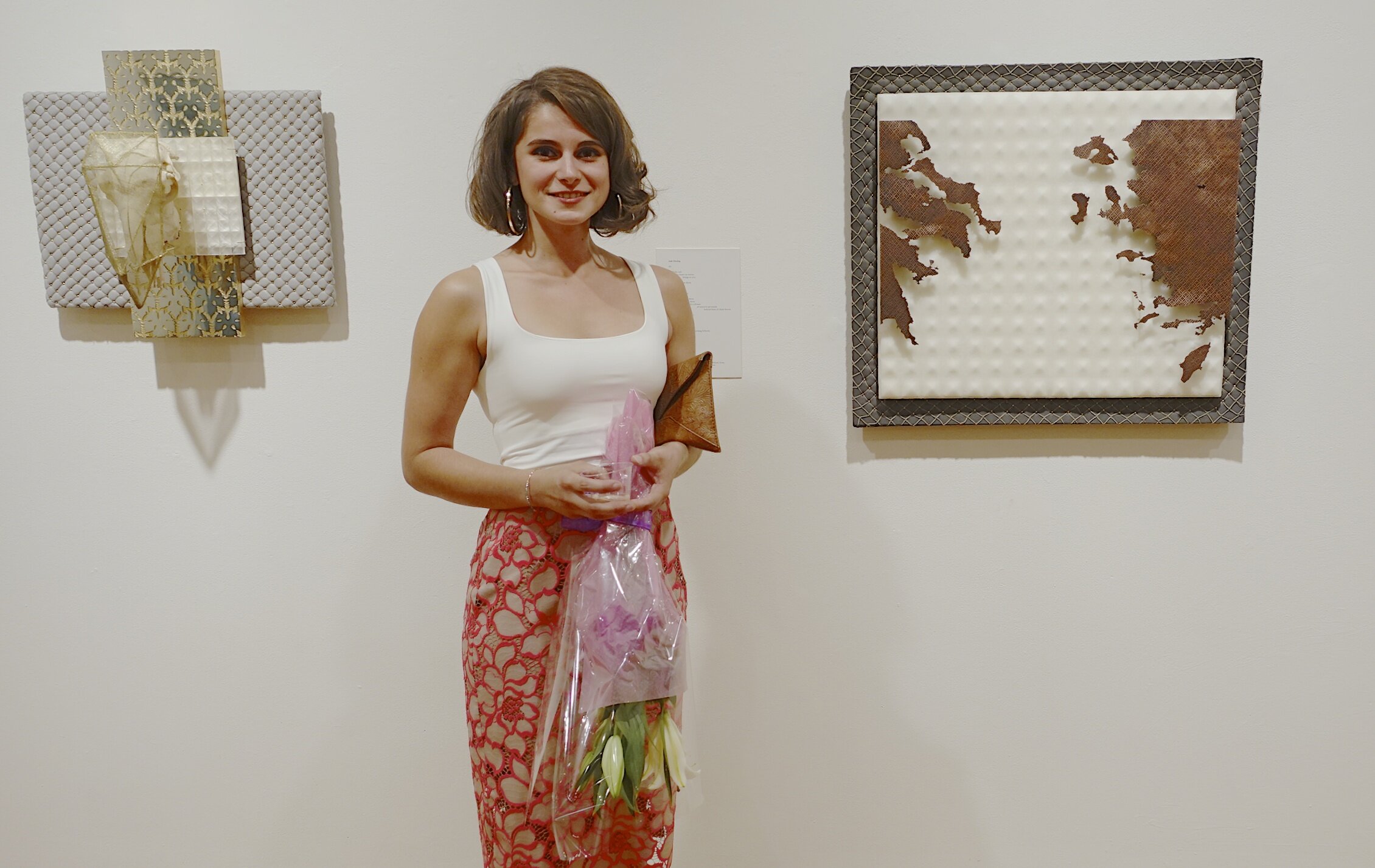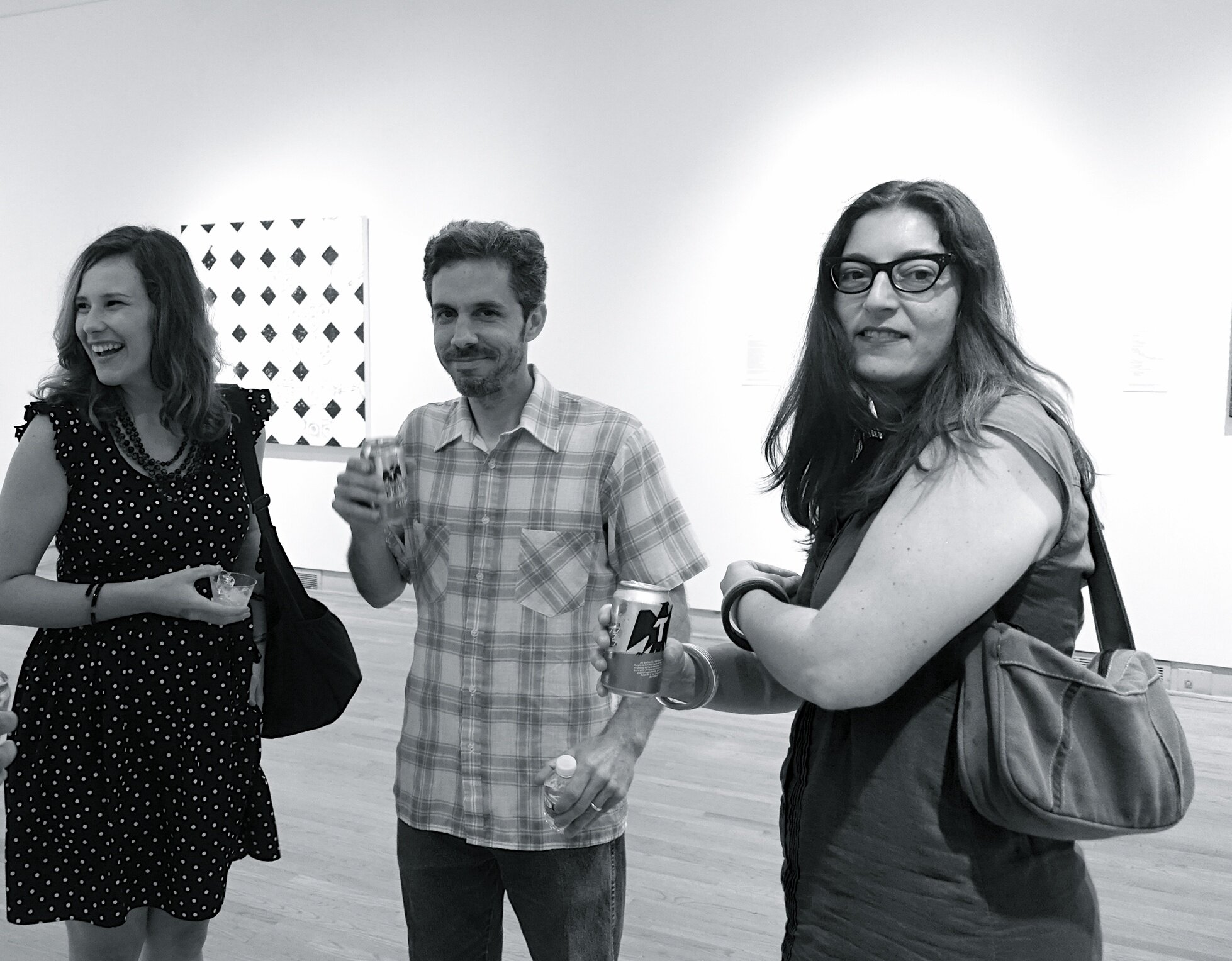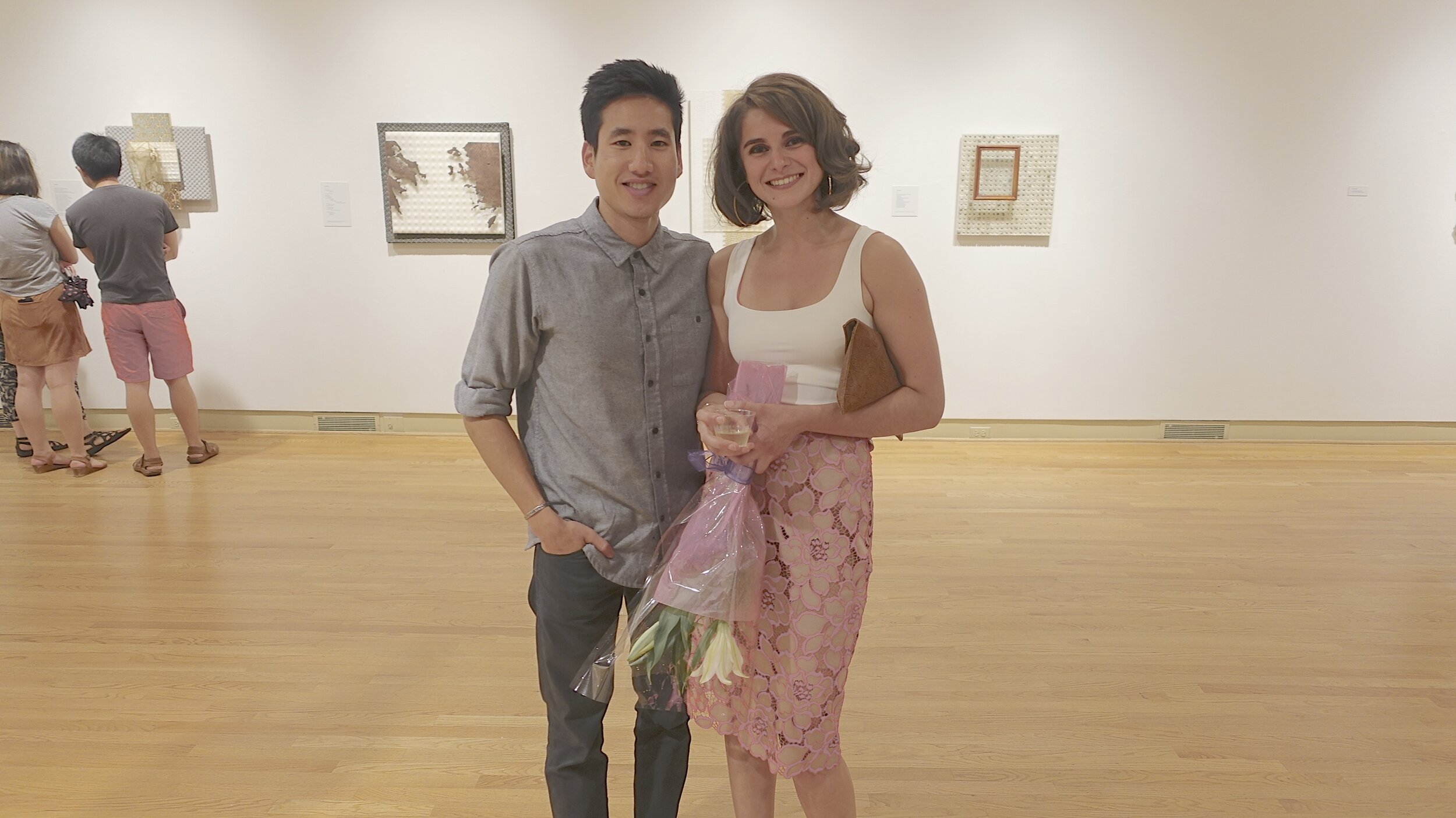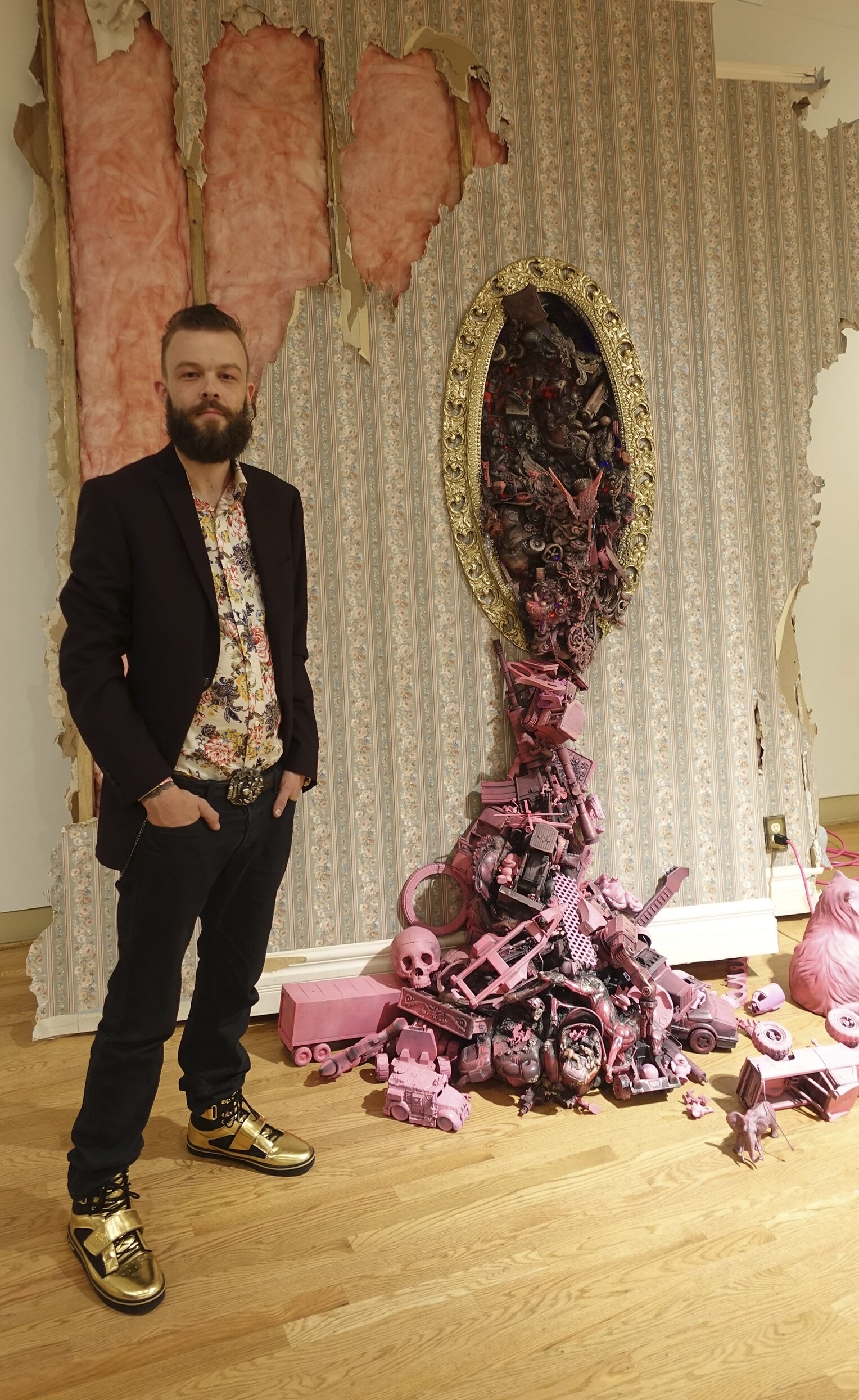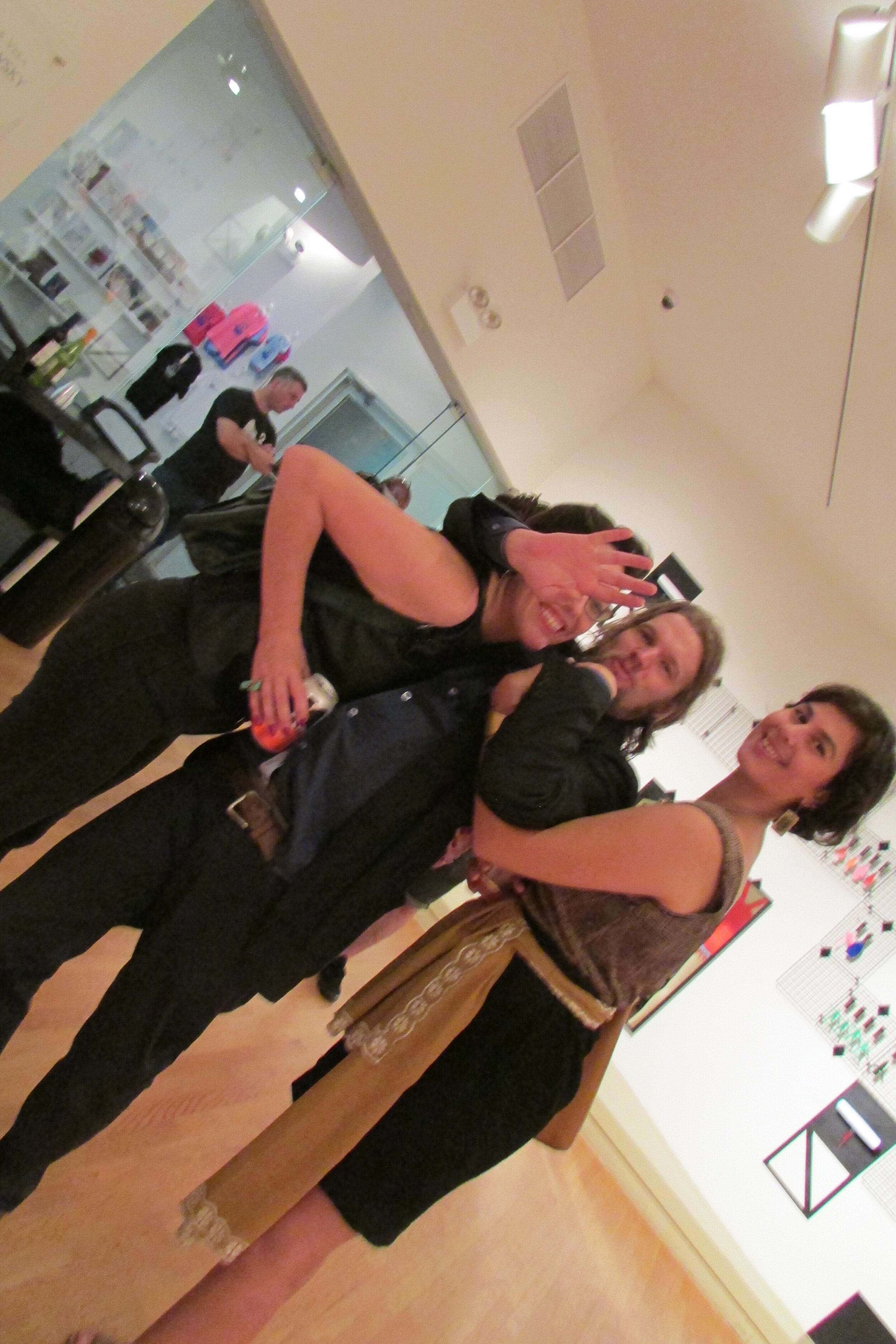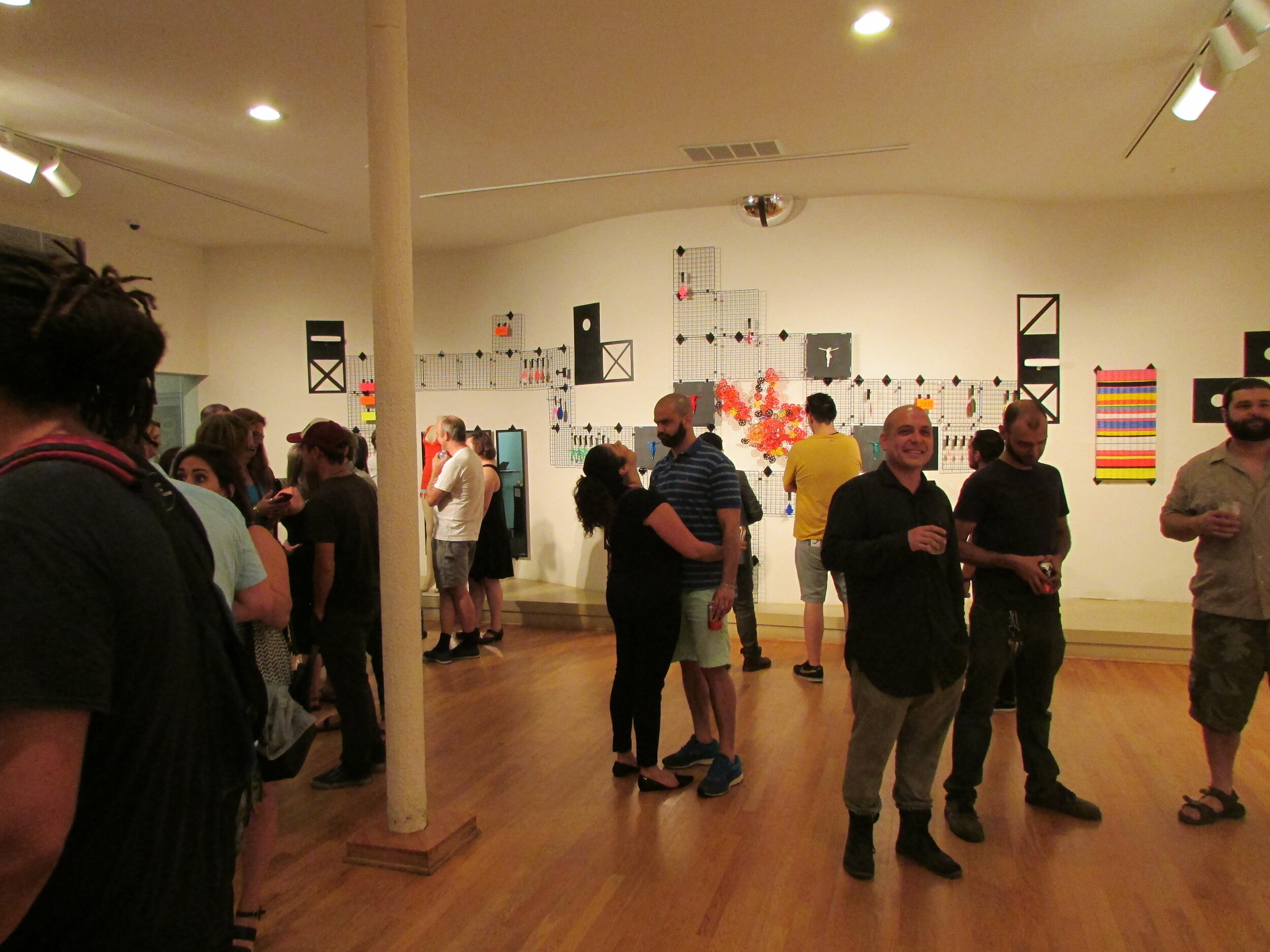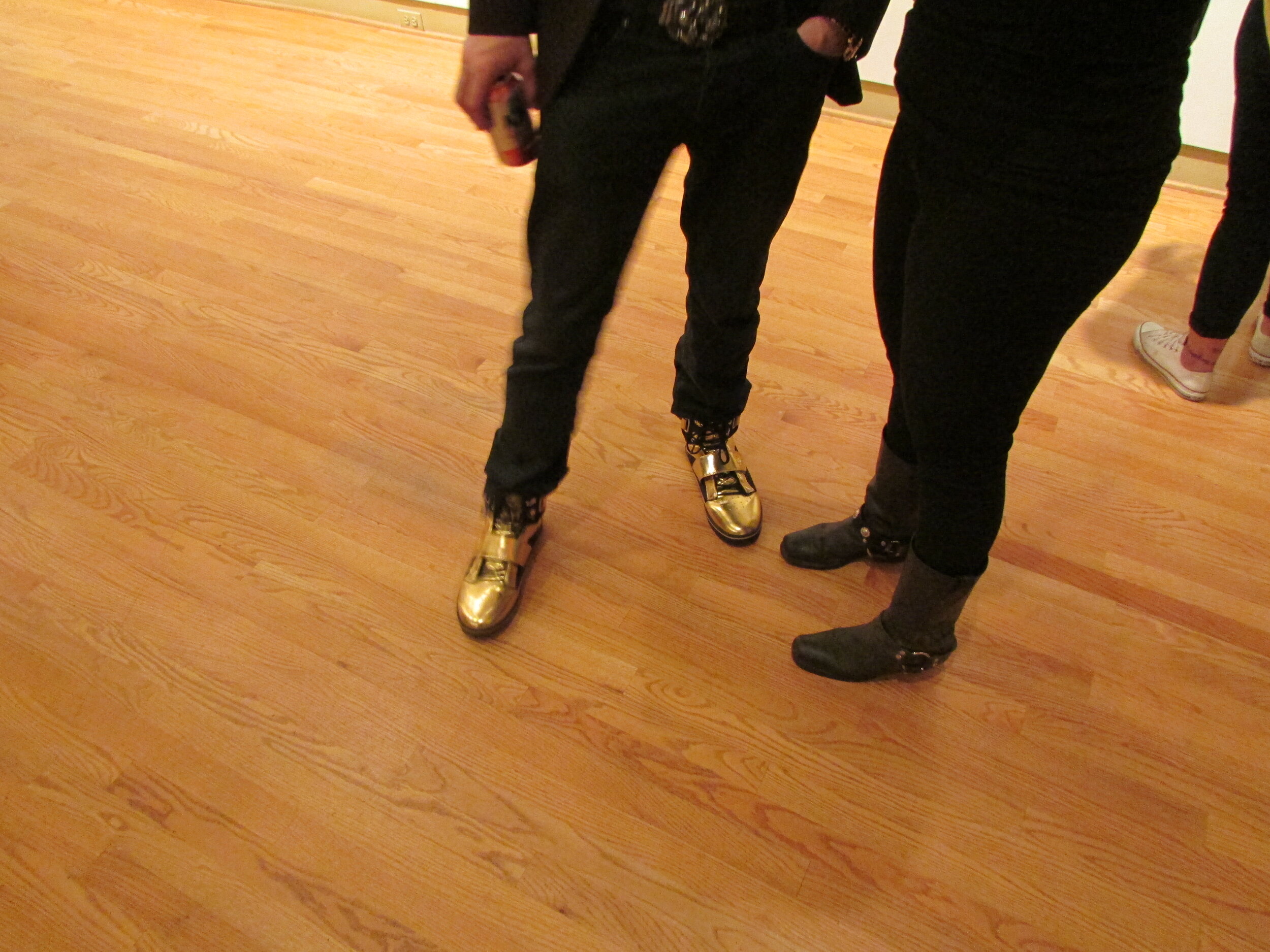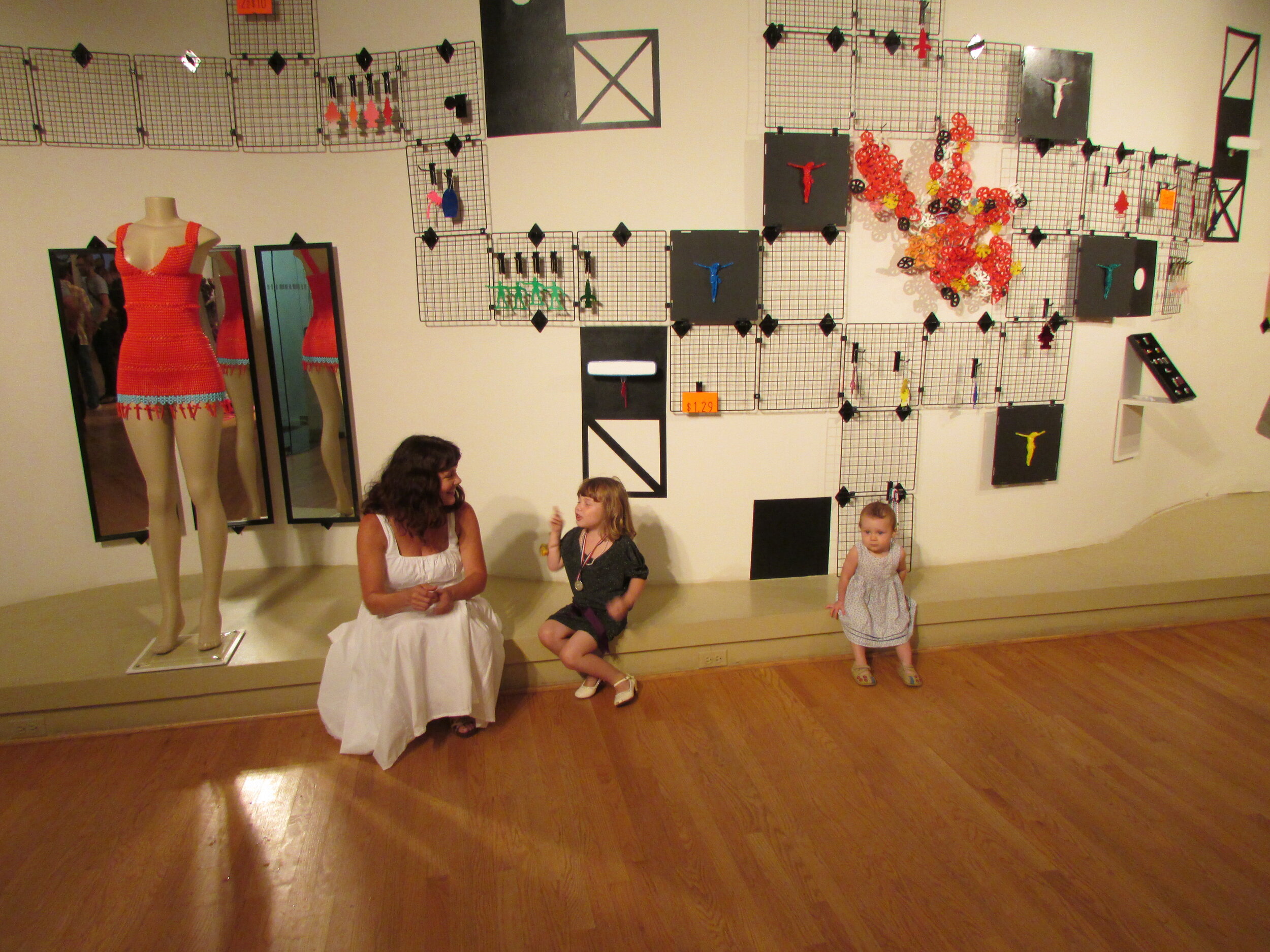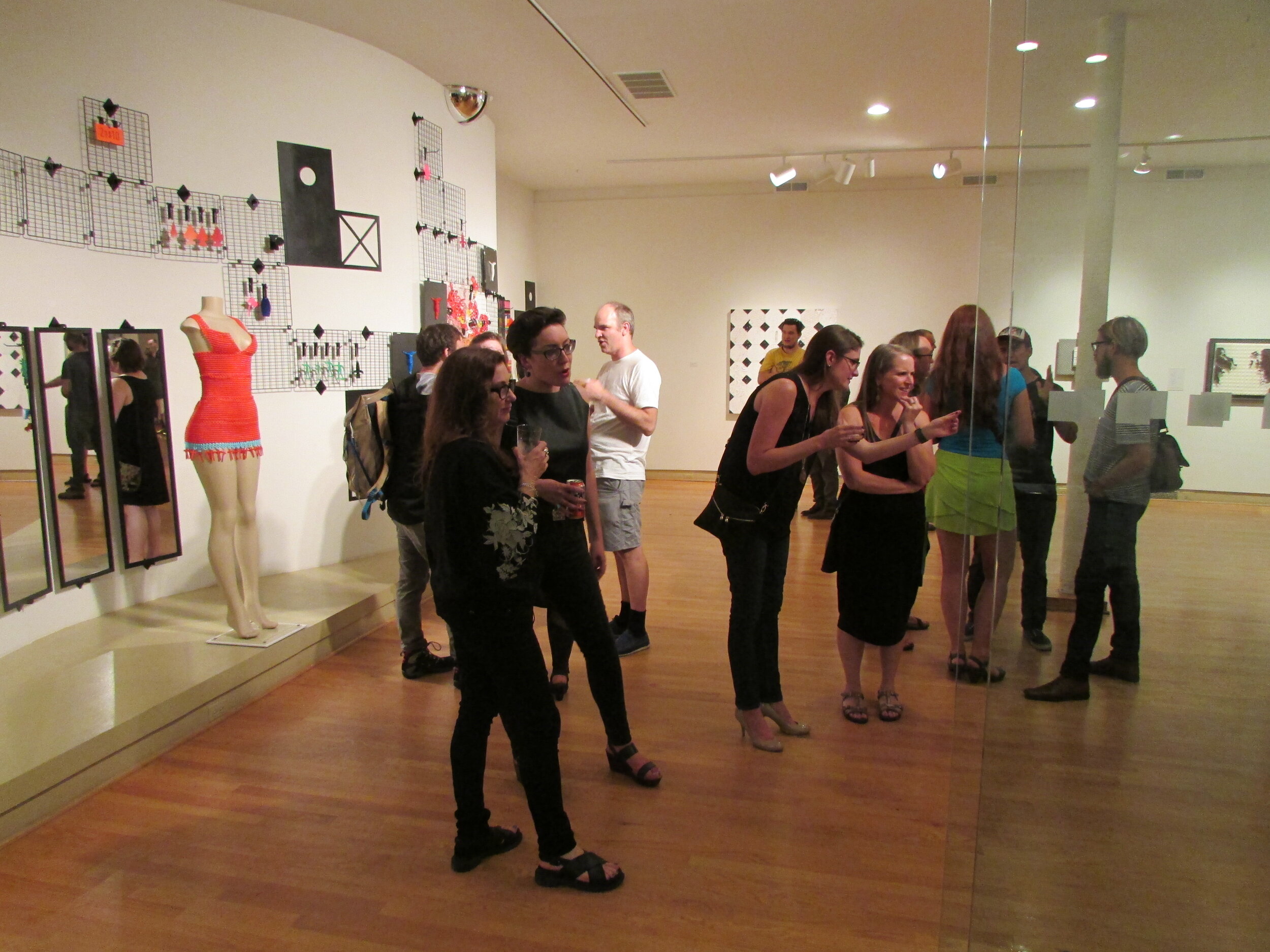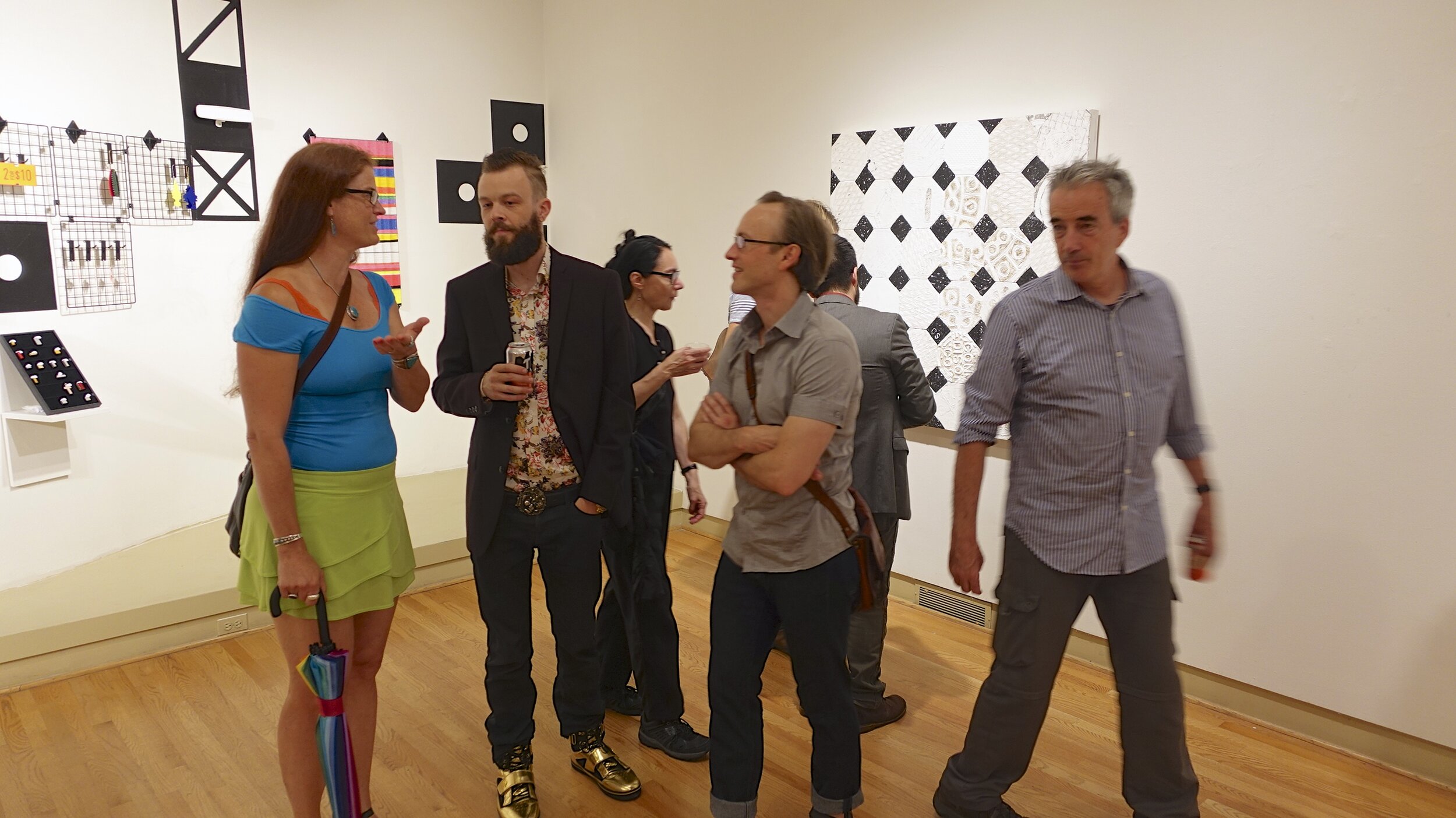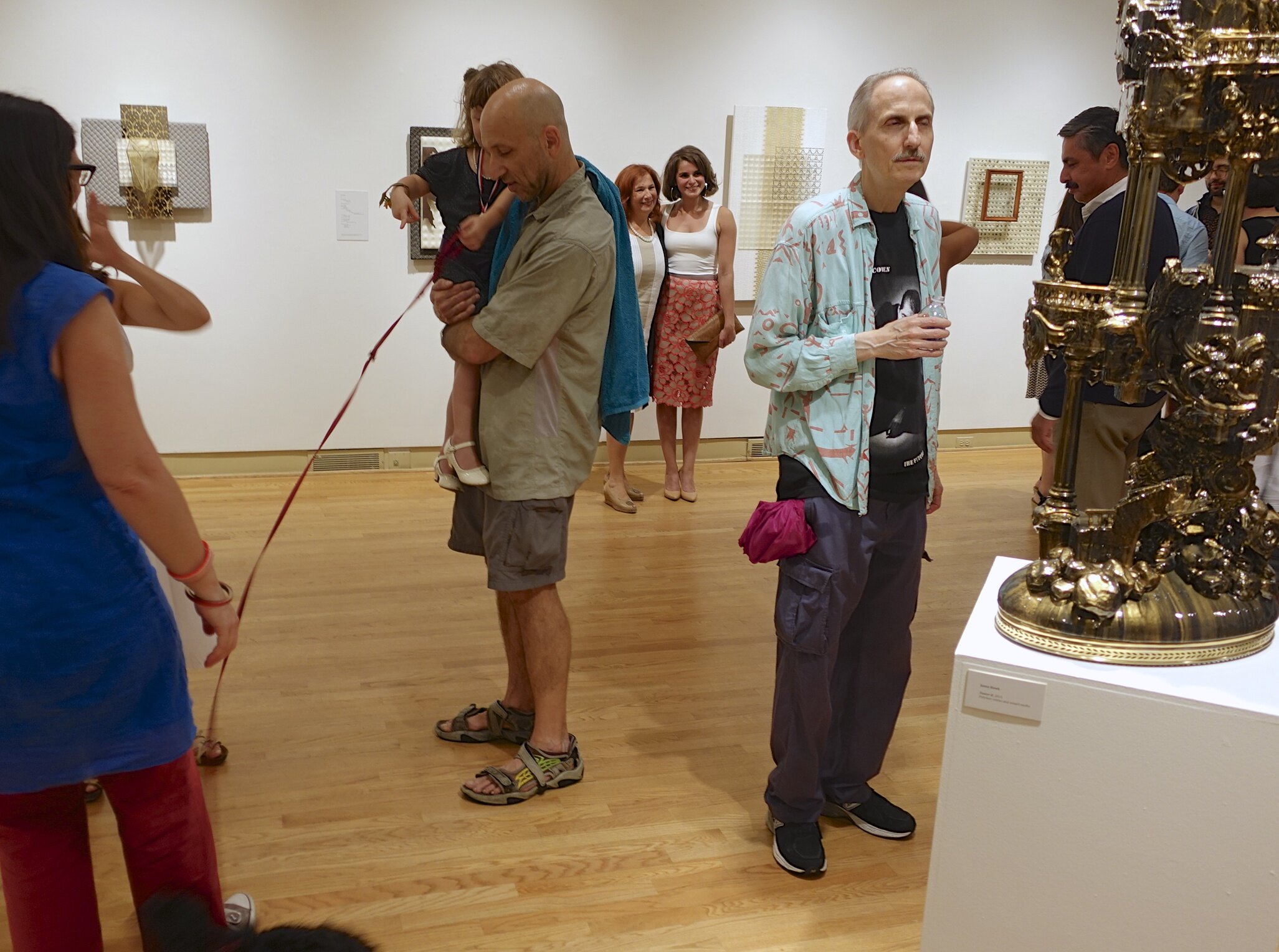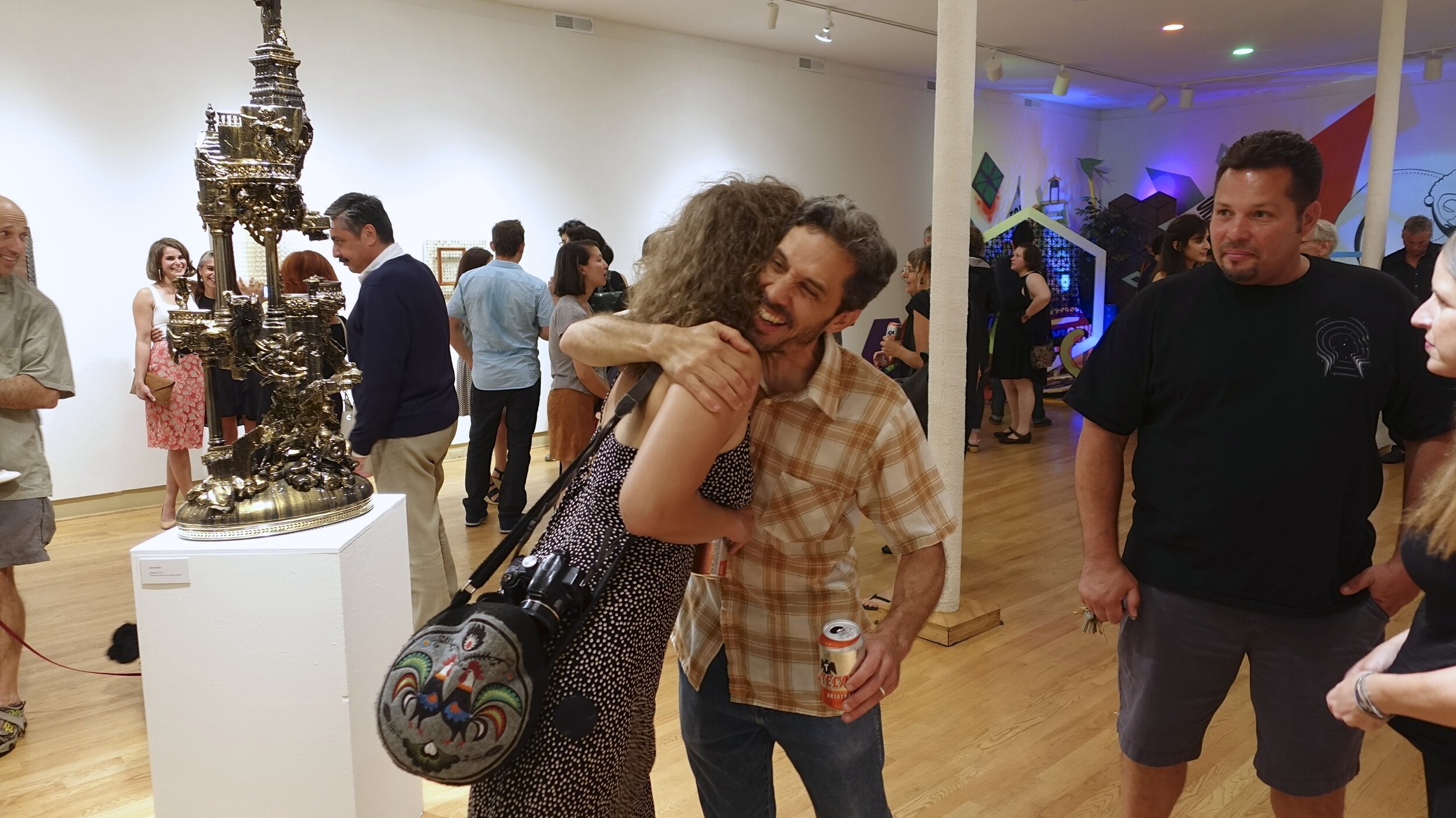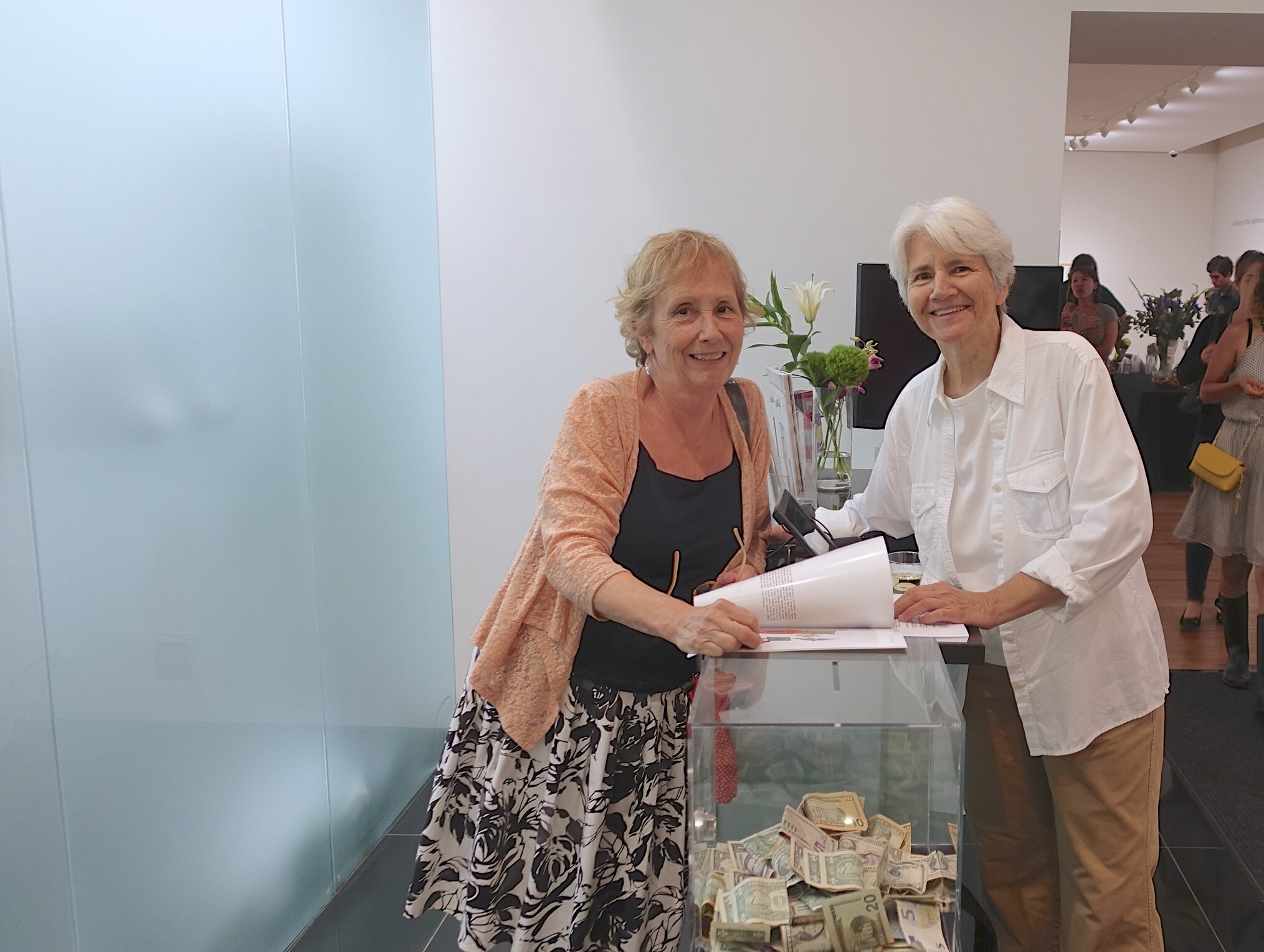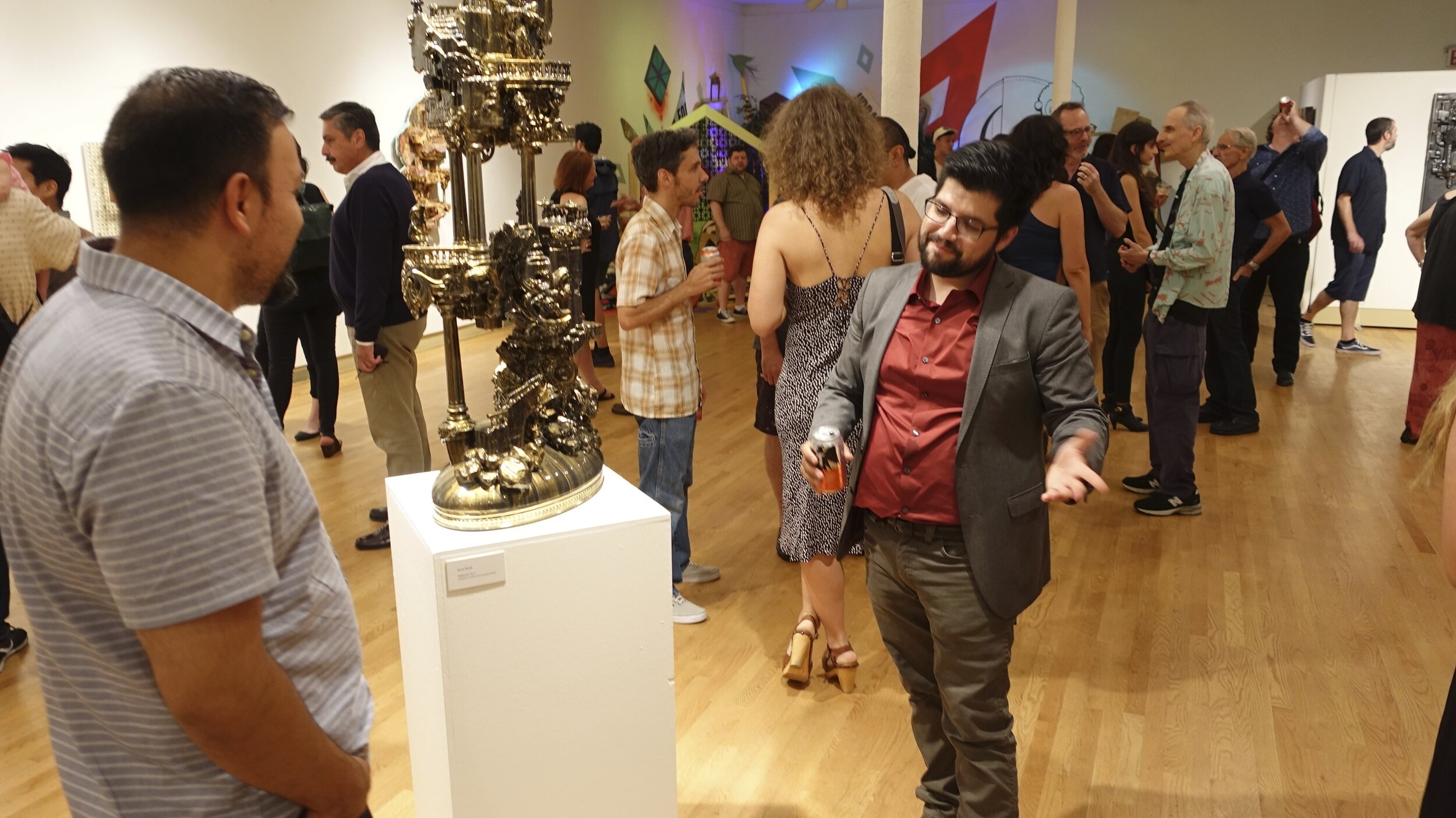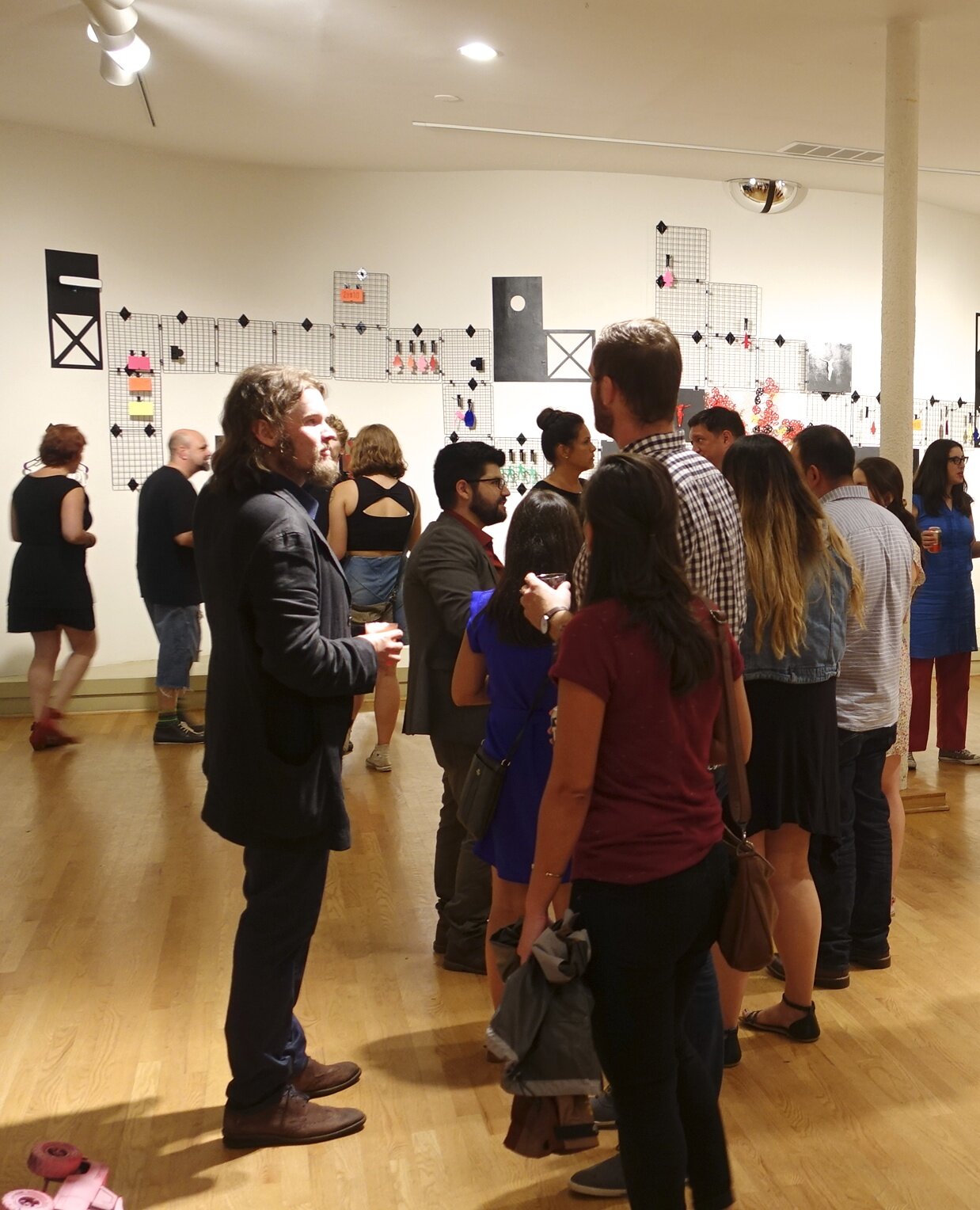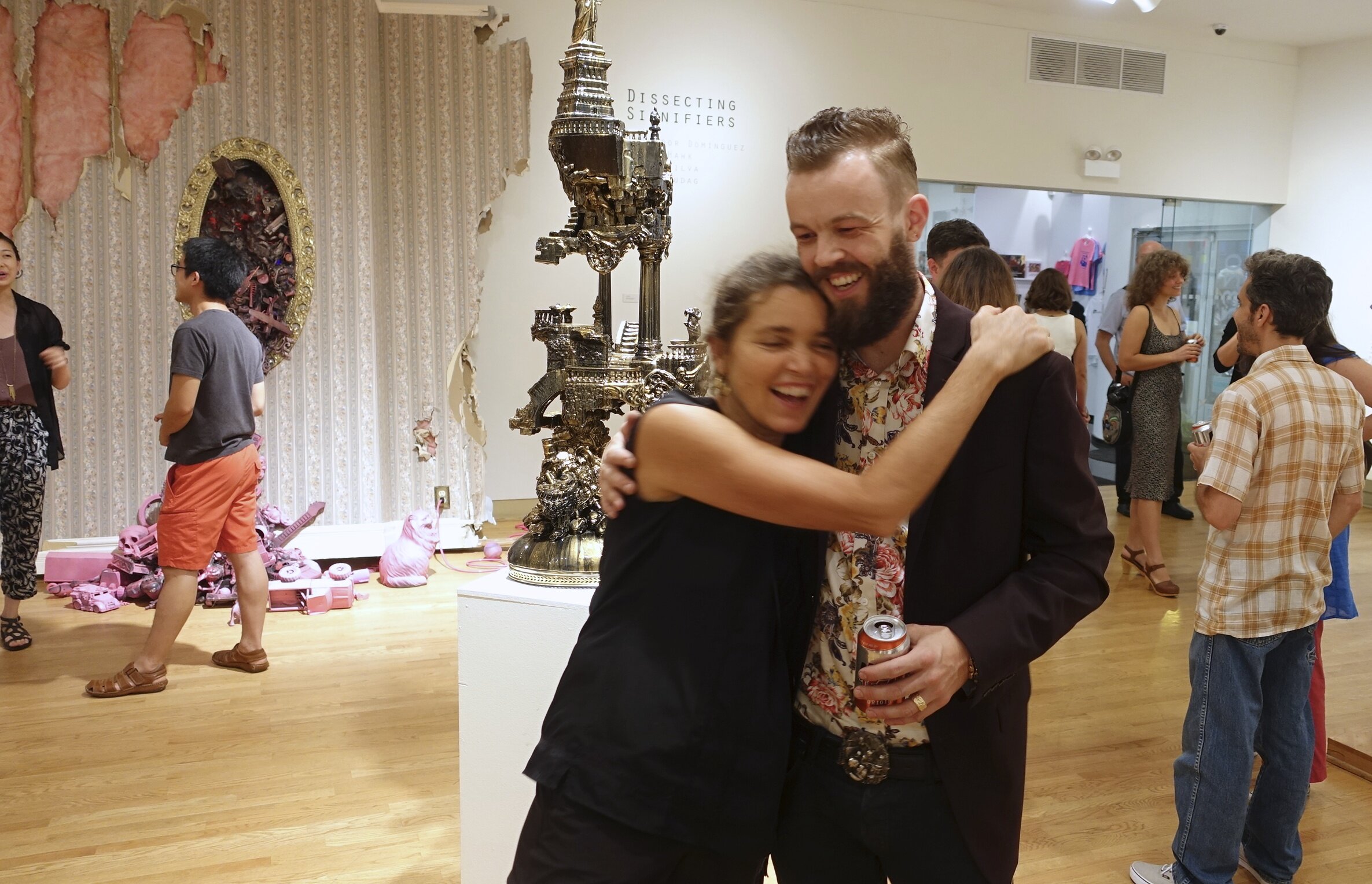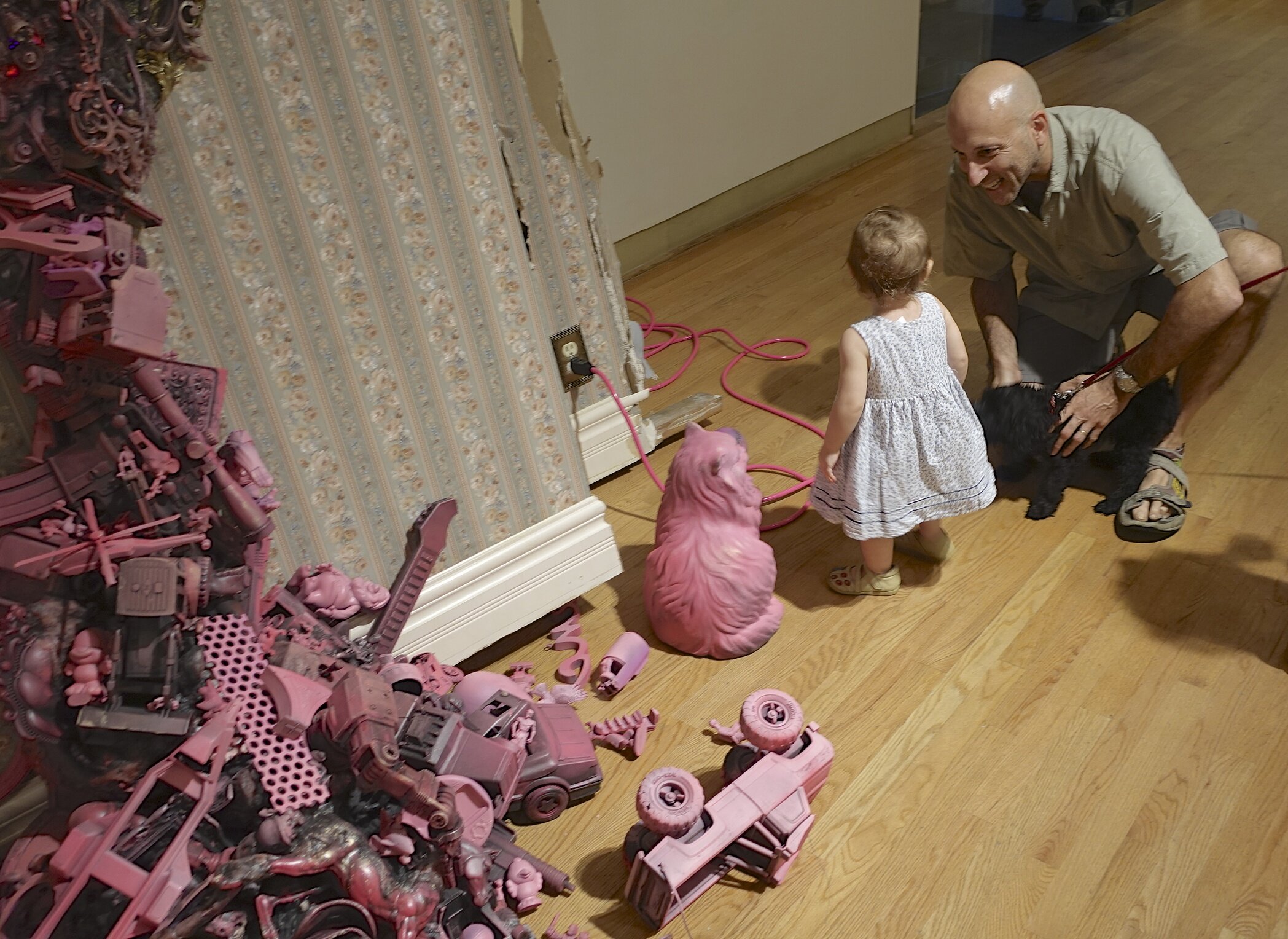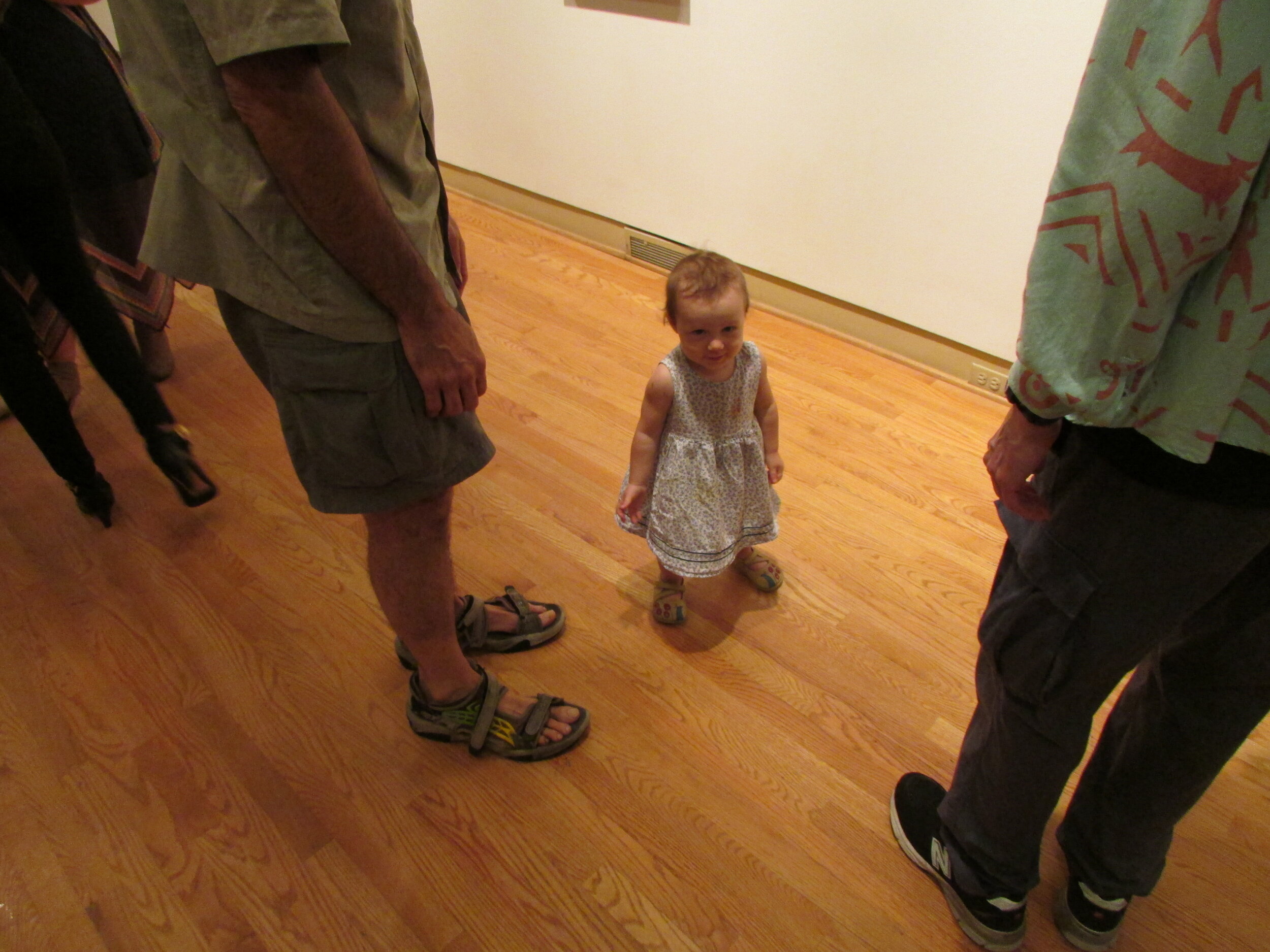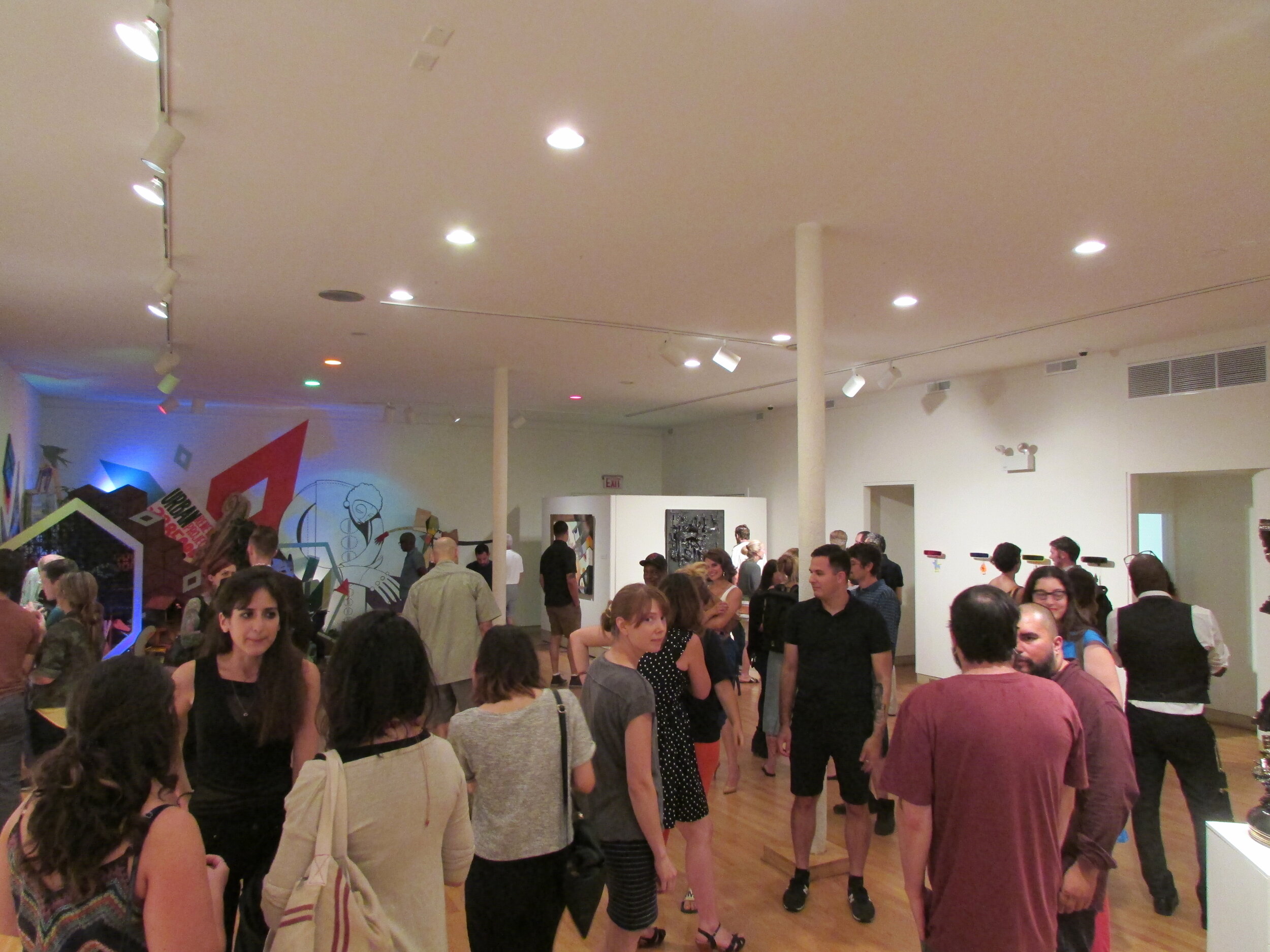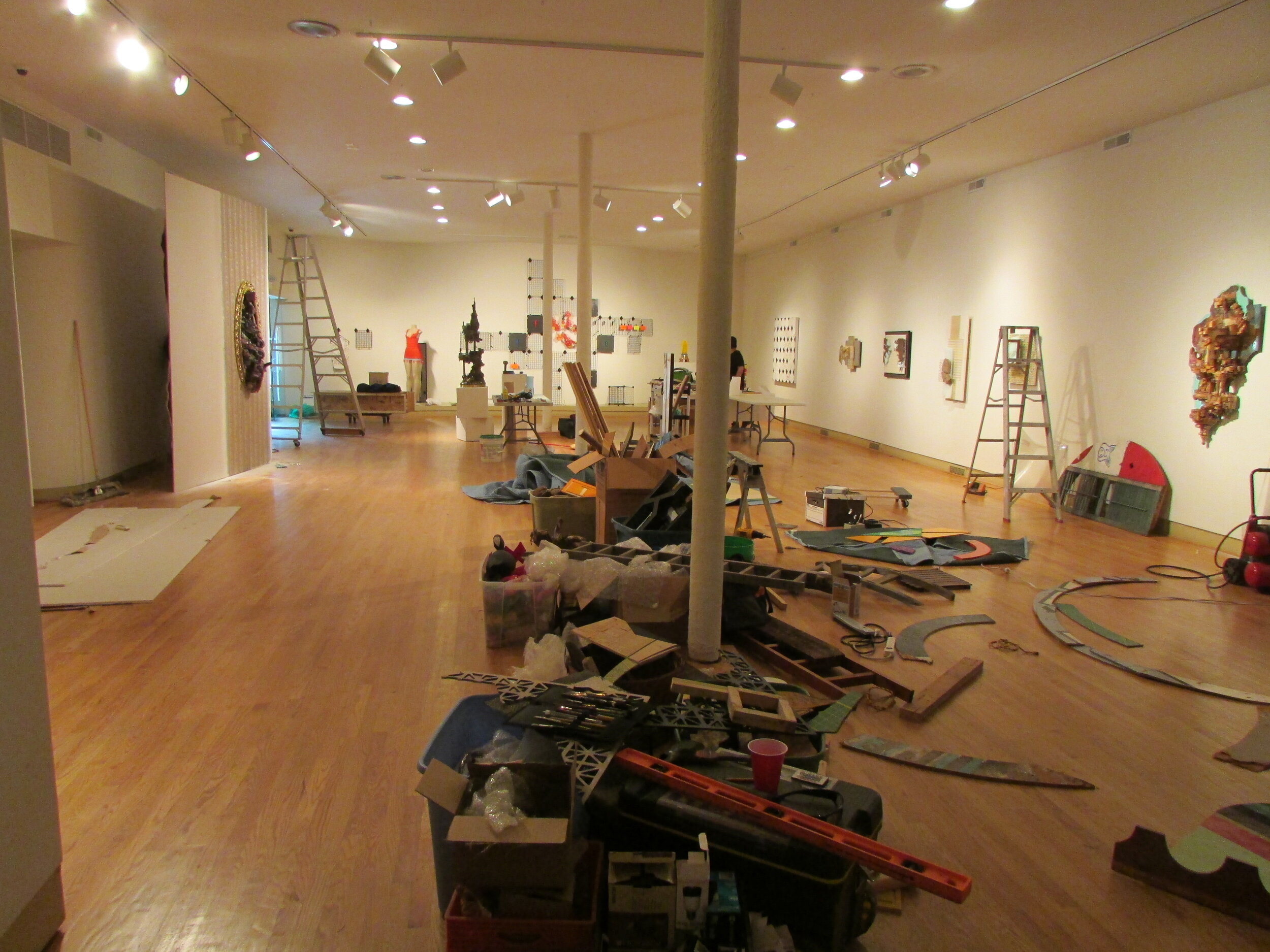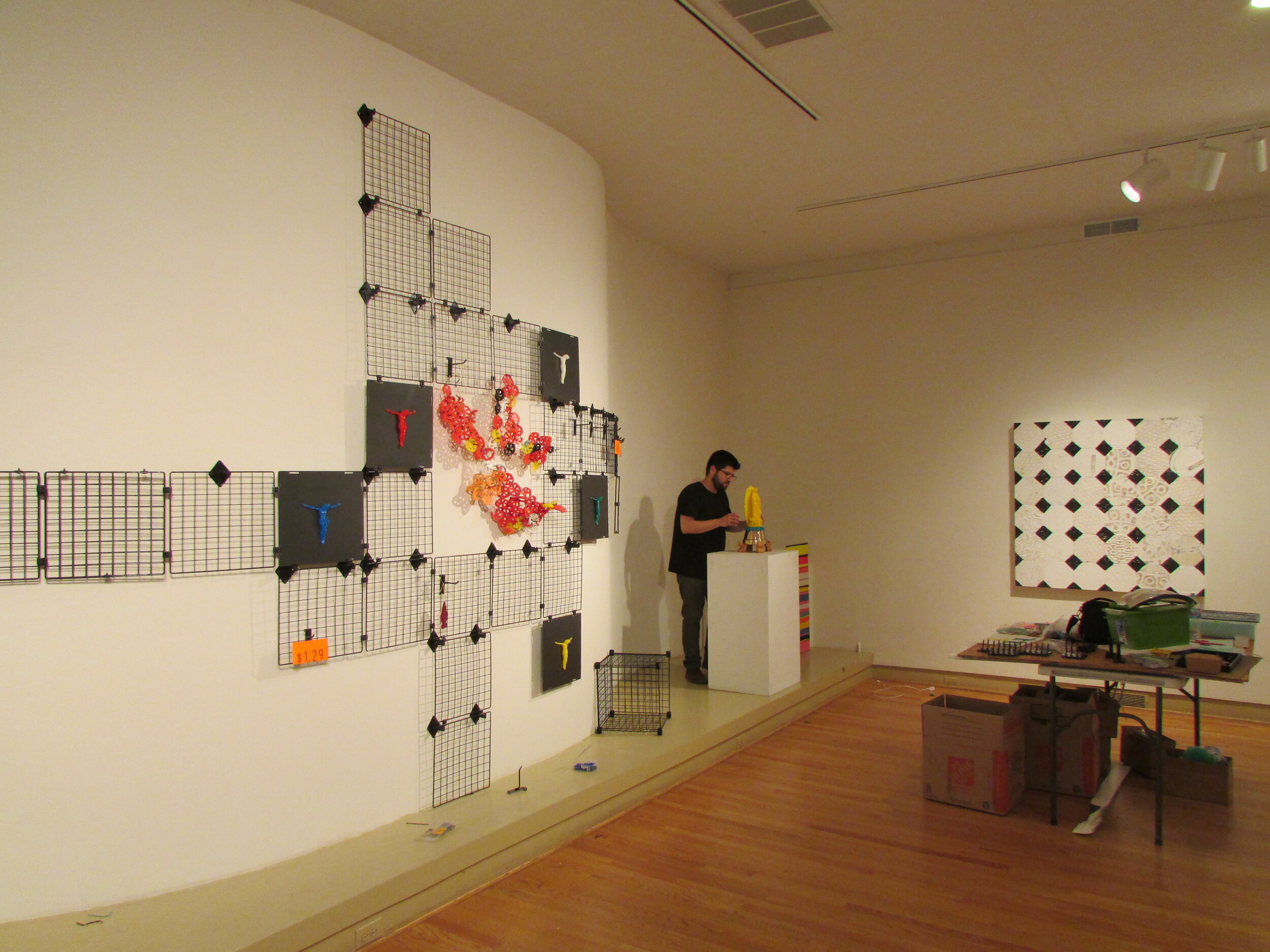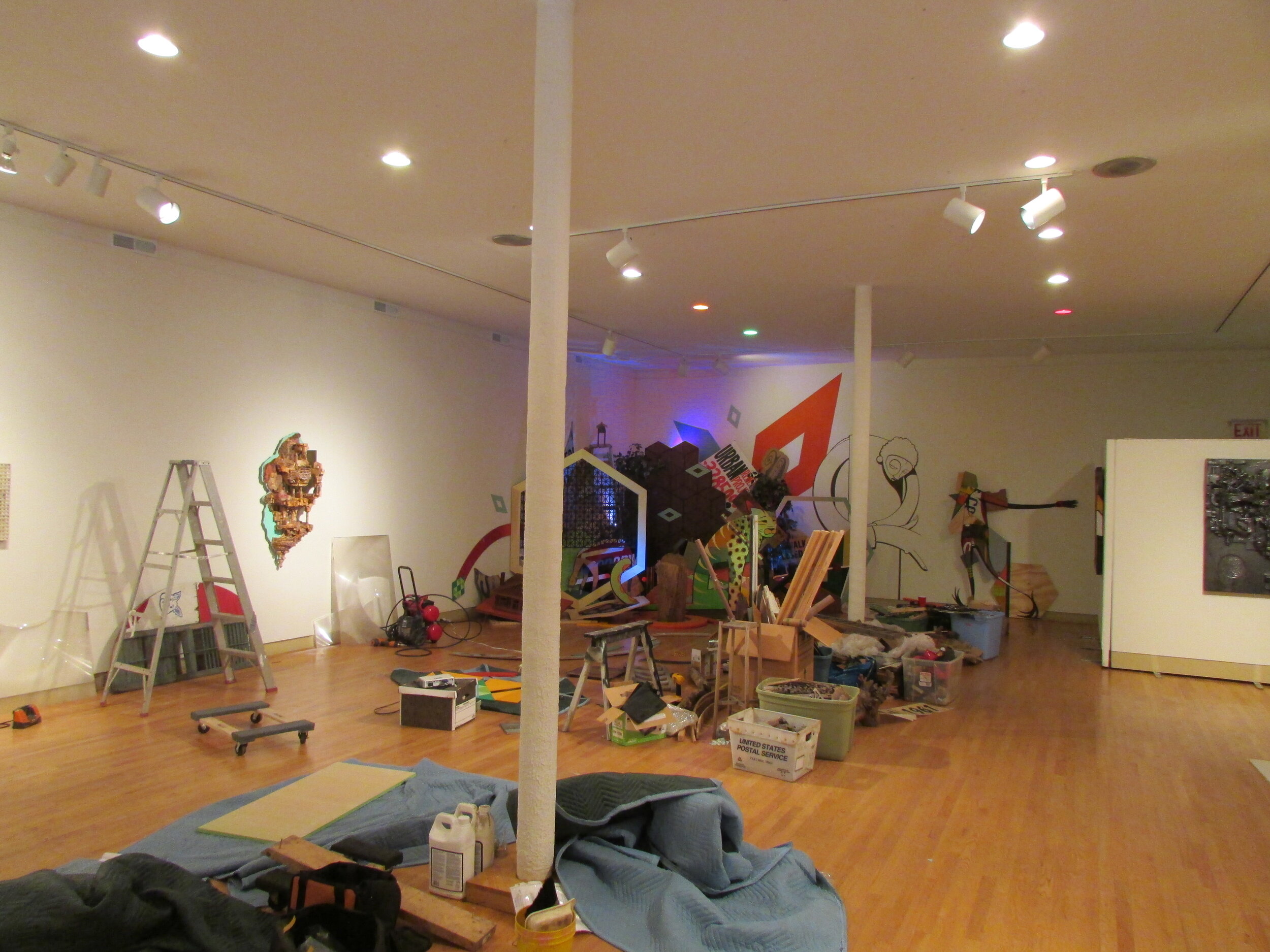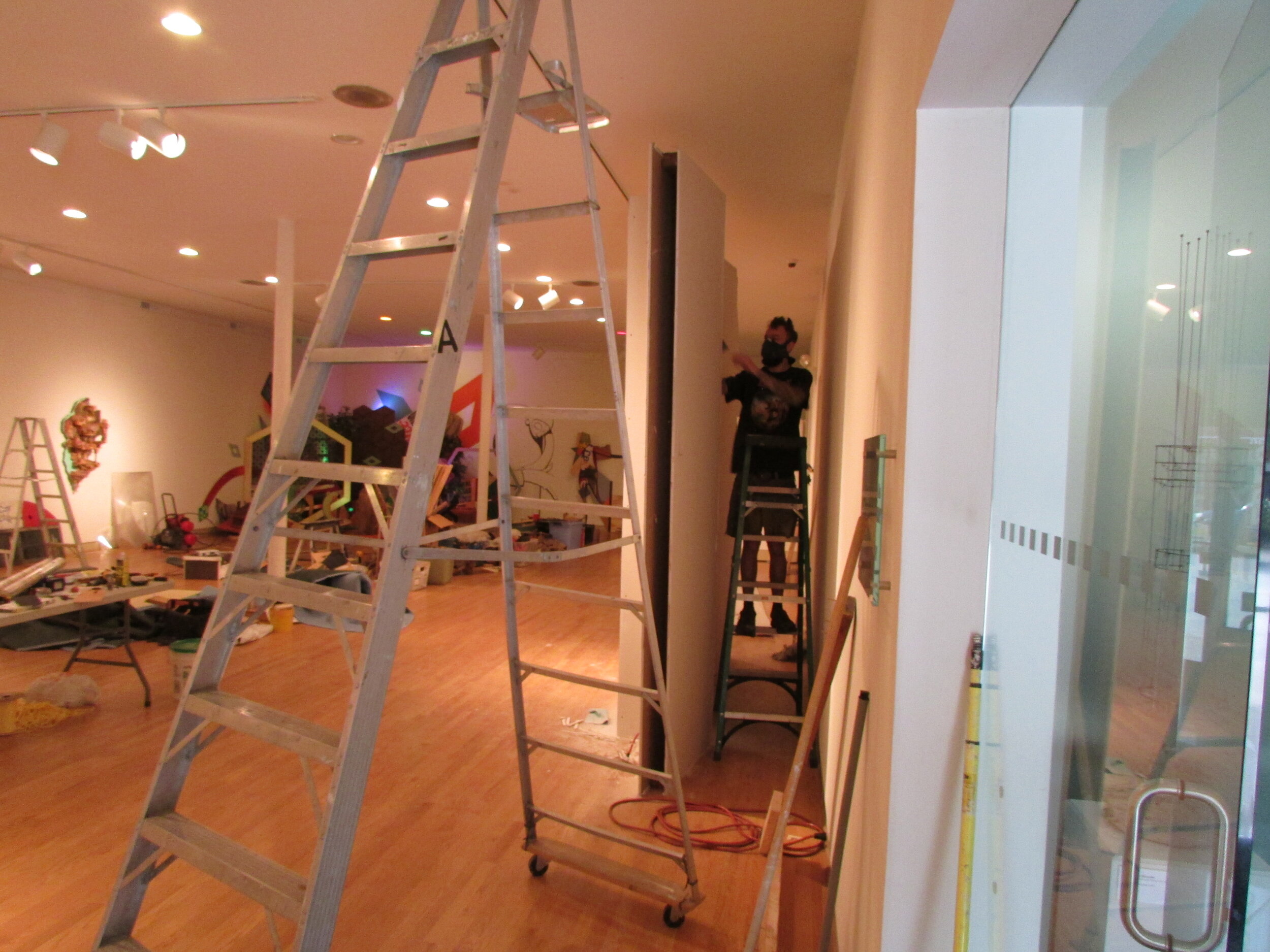Brotherland: War in Ukraine
Opening Reception: 6-9pm, April 5th, 2019
Since protests in Kyiv drove President Viktor Yanukovych from power in February 2014, eastern Ukraine has been convulsed by a separatist insurgency that evolved into a full-fledged war centered in the provinces of Donetsk and Luhansk, an industrial region known as the Donbass.
After some four years, the war grinds on, stuck in an uneasy stalemate while delivering a steady stream of death and injury. For civilians living near the line of contact or within non-government-controlled areas, conflict is like the weather, an uncontrollable fact of life that shapes one’s day-to-day existence. Everyone continues their business as best they can with a practiced sense of normalcy.
For soldiers, enthusiasm for the cause, whether fueled by propaganda or patriotism, is tempered by the toil and terror of survival.
I’ve been photographing the war, and civilian life surrounding it, since its early days in April 2014, one of very few photographers to have continually worked on both sides. My portrayal emphasizes the incongruous absurdity inherent in armed conflict, the shock of the unimaginable juxtaposed with the utterly mundane. If anything is clear, it is that war is real, and it can happen anywhere.
The New UnNatural
February 1, 2019—March 31, 2019
Opening reception: February 1, 2019, 6—9pm
Curated by Robin Dluzen and Mary Lou Zelazny
In “The New UnNatural,” seven female artists examine the modern grotesque. The genre of the “grotesque” is ancient, with examples from every culture and period. Ranging from the fanciful to the hideous, hybridized figurative forms have been used by artists around the world as satire, commentary, ornamentation and ritual. For the artists in “The New UnNatural,” Laurie Hogin, Amanda Elizabeth Joseph, Renluka Maharaj, Julie Potratz, Chloe Seibert, Maria Tomasula and Mary Lou Zelazny, the attraction to rough or deformed amalgamations is both personal and political.
In embracing the unsettling, the absurd and the repulsive, the artists in this exhibition eschew the notion of the “beautiful,” not as a feminist critique of “beauty” or its representation in art; rather, the grotesque offers a means of coping with the rising anxieties and overstimulation of our times: a callous of sorts to strengthen one’s ability to withstand inescapable bombardment of stimuli.
So too does the grotesque provide a vehicle for power and self-assertion, especially in the hands of women. Through the violent, technicolor chimeras of Hogin’s paintings; Joseph’s hyperreal, emphatically flawed female bodies; Maharaj’s sensual, macabre rituals; Potratz’s exaggerated, uncanny costumed performances; Seibert’s ghastly, crudely wrought faces; Tomasula’s viscous still-lifes; and the mongrel, Frankenstein-ed figures of Zelazny’s works, each artist projects a vision of the unexpectedly terrifying that reveals a visceral female sensibility.
Reinterpreting Religion
Curated by Lauren Leving
In many religions worldwide, especially within the most conservative sects, women are seen as second-class citizens. To be male means to hold the power. There is no denying the progress that comes with time, but contemporary interpretation of religion is still drastically lacking in regards to gender equality. Reform institutions allow female rabbis, imams, and pastors, yet a female pope is not allowed. In 2015, the Rabbinical Council of America developed a policy forbidding the hiring of female rabbis in Orthodox institutions and the Church of Jesus Christ of Latter-day Saints refuses to ordain women. Women, both those in leadership roles and worshippers, are often silenced in their own religious institutions—spaces which, in theory, are meant to be welcoming, and provide solace to those who seek it.
Reinterpreting Religion is a group exhibition featuring seven artists from the U.S., the U.K., and Italy including: Giulia Bianchi (Milan, IT), Sarah Maple (Sussex, UK), Yvette Mayorga (Chicago), Roni Packer (Chicago), Lakshmi Ramgopal (Chicago), Kristine Stolakis (San Francisco), and Rhonda Wheatley (Chicago). These artists employ photography, installation, painting, sculpture, and video to examine the nuances of spirituality. Their bodies of work highlight the ways feminism, religion, and perspectives shaped by life experiences coalesce to cultivate individualized systems of belief that move away from stringent guidelines outlined by the conservative structures of worship. Raising questions of ownership in regards to religious practices, the artists in Reinterpreting Religion use their artwork to reclaim power against unjust systems, not just for themselves but also for the subjects depicted in their work and for their audiences.
Religion does not lie on a single plane. It is layered; each congregant has ownership over her perspective. Rejecting blanket statements and cultural stereotypes, this exhibit showcases differing feminist interpretations of contemporary religion and spirituality. Reinterpreting Religion highlights the ability to pick and choose fragments of religion; each artist creates her own way of worship, forming an intersectional spirituality that includes multiple viewpoints and cultural practices that stay true to one’s self and set of beliefs. This exhibition brings to the forefront opinions typically ignored in conservative institutions and encourages viewers to stop relying on tradition, be receptive of new schools of thought, and learn to be unafraid of otherness.
Increment
Barbara Cooper, Shona Macdonald, Yoonshin Park
November 30, 2018 — January 27, 2019
Increment, at its simplest level, suggests moving forward in small, compartmentalized steps. Progress may appear slow, deliberate, conscientious, or gradual, but at its foundation lays the notion of measured change. This exhibit focuses on the work of three artists intent on drawing our attention to areas often overlooked or minimized in a world where reaching the end product directly prevails. Cooper explores the tension between nature and industry as a site of reconciliation; Macdonald ponders dislocation and "our transient and fragile hold on earth" through landscapes; and Park embraces the condition of not belonging as an opportunity for growth. All share an interest in the ensuing transformation.
Curated by Adrienne Kochman
Contemporary Ukrainian Graphics at the Turn of the XX/XXI Century
ON VIEW 10/12-12/9, 2018
OPENING RECEPTION: 10/12, 6-9PM
During the Soviet period, graphics secondary status to painting as a platform for disseminating official ideology granted it a measure of flexibility. Paid less attention by state censors, artists were able to pursue personal creative endeavors, explore formal artistic issues, and introduce new and challenging techniques - ultimately expanding graphics as a medium in its own right. The collapse of the Soviet Union and state-controlled art opened greater opportunities for artists, leading graphics to become one the most popular and highly respected art forms in Ukraine.
The exhibit highlights the progress, innovation and character shaping graphic art over the last 40 years. Featuring the work of 32 of the country's most acclaimed artists, the exhibition focuses primarily on the three major graphic centers of Kyiv, Lviv and Kharkiv, as well as paying heed to smaller communities of graphic production. Urbanization, the condition of the urban individual, modernity, and the decorative are some of the pictured themes, just as other works demonstate artist's engagement with newfound technical demands.
The works of the following artists are included: Oleksandr Aksinin, Kostyantyn Antyukhin, Kateryna Bruievych, Alisa Gots, Valeriy Demianyshyn, Oleg Denysenko, Sergiy Ivanov, Kostyantyn Kalinovych, Iryna Kalenyk, Yaroslav Kachmar, Taras Kobliuk, Oleksiy Koval, Vitalik Kravec, Mikhail Krasnyk, Olena Kudinova, Olha Kuzyura, Vitaliy Kulikov, Pavel Makov, Natalia Myronenko, Bohdan Pylypushko, Roman Romanyshyn, Nina Savenko, Yuriy Savter, Serhiy Savchenko, Vasyl Savchenko, Bohdan Soroka, Oksana Stratiychuk, Anna Khodkova, Serhiy Hrapov, Yuriy Charyshnikov, Albina Yaloza, Kristina Yarosh.
The exhibit is funded by the Ministry of Foreign Affairs of Ukraine, Ukrainian Consulate of Chicago and Sculpture Guild of Ukraine.
Guest Curator: Kateryna Pidhayna
Borders
ON VIEW FROM 10/5-11/25
OPENING RECEPTION: 10/5, 6-9PM
Borders are complicated and multi-layered issues. They define relationships of all kinds: political, economic, national, personal, emotional, spiritual. They delineate neighborhoods, countries, continents as well as marriages, friendships, and contracts. Domchenko writes, "as a child of immigrants, borders have always been important to me. Where we live, where we work, where we play, all define us as individuals and communities. Over the years, borders have and are important markers."
This exhibit presents images of landscapes that unite and define individuals. Whether they are specific in time and place or general in elements and geography, the landscape functions as both home and future, distance and past. The borders presented in these images help create and define the worlds presented. The four artists in this exhibit--Suzette Bross, Susan Collins, Yvette Kaiser Smith, and Lincoln Schatz--all use the visual language of landscapes to present their own visions.
Curated by Natalie Domchenko
Lions: Founding Years of the Ukrainian Institute of Modern Art
August 3–September 30, 2018
August 3–September 30, 2018
Over the 45 years of the Ukrainian Institute of Modern Art’s existence, many exhibitions have been mounted featuring artworks from the museum’s artist founders. However, the artworks in the collection only tell a part of the story. In LIONS: Founding Years of UIMA in Chicago, artworks by the museum’s Ukrainian emigre founders are supplemented with selections from UIMA’s extensive collection of ephemera, including vintage posters, archival photographs, video interviews with founding members, and early notes, sketches, and letters. These items from the Museum’s archive have never before been publicly displayed. LIONS aims to showcase the unique spirit of UIMA’s founders, which continues to contribute to the character of the Ukrainian Village neighborhood and Chicago’s art history at large. Alongside the innovations, the excitement, and the artistic endeavors, LIONS also addresses the trials that accompany being a visible immigrant community in the United States. The items in the archive are over 45 years old, but the discussions of immigrant identity and heritage are just as resonant today.
Co-curated by Stanislav Grezdo and Robin Dluzen.
LIONS is funded by the Terra Foundation for American Art and The Richard H. Driehaus Foundation.
Martin Hurtig: A Retrospective
Martin Hurtig began his professional training at the Institute of Design at the Illinois Institute of Technology in Chicago, where he received his bachelor of science degree in 1952. In 1955, he studied at the Atelier 17 in Paris. In 1957, Hurtig received a master’s degree, also from the Institute of Design in Chicago. Hurtig has presented his works extensively, including national exhibitions at the Detroit Institute of Arts; the Portland Museum of Art, Maine; and the Honolulu Academy of Arts, Hawaii. He has also exhibited on the international stage, including shows at the Bibliothèque Nationale, Paris, France, and Osaka Triennial, Osaka, Japan. He received numerous commissions for his sculptural murals, including from the Waukegan
Public Library, Waukegan, Illinois; the National Republic Bank, Chicago; and a stained glass window and wall mural at the Union Church of Lake Bluff, Illinois. He also curated a number of exhibitions, including Sight/Insight at the Suburban Fine Arts Center, Highland Park, Illinois, and Chicago-Paris Abstract Affinities at the Ukrainian Institute of Modern Art, Chicago. In the late 1960s and early ’70s, Hurtig struggled against the dominance of “Imagism” in Chicago, forming, with Lawrence (Larry) Salomon, the “Five,” a group committed primarily to abstraction, which also included the artists Ted Argeropolos, Larry Booth, and Vera Klement.
In an essay on Hurtig’s one person show Enigmatic Relation at the Columbia College Chicago Art Gallery, art historian Sue Taylor thoughtfully observed: “Poignant and beautiful, Hurtig’s images are like dancers in an existential ballet. They spring from a rigorous and fully formed aesthetic, and draw their power from a profoundly empathic human spirit.”
Corey Postiglione, a Chicago-based artist, writer and Professor Emeritus of Art History and Critical Theory at Columbia College Chicago, wrote: “Hurtig has maintained a certain aesthetic position that runs through his entire oeuvre. In fact, he has adhered to two main concepts over the last 50 years of art making: his unflagging commitment to abstraction, and his need to speak visually in a non-regional voice. Art, for Hurtig, was its own domain, to be appreciated on its own terms, in its own language of the visual. His work from the beginning of his career embraced an art that operated from a more formal or conceptual base.”
Nothing Is Ours But Time
February 9th - March 25, 2018
Opening reception: February 9th, 6pm
February 9th - March 25, 2018
The act of painting is an attempt to capture a moment, to preserve a gesture or an image in a suspension of pigment and oil. The artists in “Nothing is Ours But Time” use painting as a way to mark time and to contain it. Their work is anxiously focused on capturing fleeting everyday moments. Selina Trepp uses and reuses only the materials currently present in her studio to make work. Ultimately, she will leave behind little more than digital images for her descendants to contend with. Mel Cook is a modern-day Vanitas painter, reminding the viewer of his or her own mortality. Karen Azarnia’s triptych of paintings documents a handprint on a window that disappeared over the course of an afternoon drive. Time still slips through our fingers, but every moment spent in an act of creation is one that we can count as ours.
Curated by Gwendolyn Zabicki
Featuring artists Karen Azarnia, Mel Cook, Jenn Dierdorf, Christine Han, Matthew Metzger, Melody Saraniti, Daniel Schmid, Selina Trepp, Erin Washington
Image: Melody Saraniti, it never really lands, 2018
CIM
December 1, 2017 - January 28, 2018
CIM
Opening Reception: December 1st, 2017, 6pm
December 1, 2017 - January 28, 2018
Curated by Roman Hrab, CIM is an exhibition that plays on the notion of the collective, and what cultural and ethnic topographies bind first and second generation Ukrainian-American and Ukrainian born artists from the New York City area. The word “CIM” means “seven” in Ukrainian, and this exhibition convenes seven individual experiences as a collective of artists working in a wide range of styles and media. The seven contemporary artists participating in this group exhibition are Luba Drozd, Adriana Farmiga, Maya Hayuk, Roman M. Hrab, Yuri Masnyj, Christina Shmigel, and Marko Shuhan. The artists in this show produce work that ranges from the abstract to the representational to the conceptual, from object-based to installation scale work, incorporating drawing, painting, sculpture, and video and sound. Despite this variance, a dialogue bridging the aesthetic, the figurative, the tangible and the intangible is established between the artists and the works chosen for this exhibition.
Exhibition organized by The Ukrainian Museum, NYC.
Galería / Галерея Chicago
October 6 - November 26, 2017
GALERÍA / ГАЛЕРЕЯ CHICAGO
Curator Tour and Reception: Sunday, October 22, 2017 at 2pm
October 6 - November 26, 2017
The Ukrainian Institute of Modern Art and the National Museum of Puerto Rican Arts & Culture present a collaborative exhibition, “GALLERY Chicago,” pairing artworks from UIMA’s permanent collection with works by contemporary artists involved in NMPRAC’s programming.
Art is a language that knows no nationality, and “GALLERY Chicago” will highlight one of the visual languages that artists of Ukrainian and Puerto Rican backgrounds share: abstraction. UIMA houses one of the most robust collections of Ukrainian Modernist abstraction from the 1950s-1970s, while NMPRAC is dedicated to the cutting edge practices of contemporary Puerto Rican artists living or working in Chicago.
In “GALLERY Chicago,” these artists of two vastly different generations and ethnic heritages envelop their unique experiences within their formalism. With UIMA in the West Town/Ukrainian Village neighborhood, and NMPRAC located next door in Humboldt Park, this exhibition is also a reflection of the Ukrainian and Puerto Rican communities’ cultural legacies as neighbors.
“GALLERY Chicago” will feature work by Javier Bosques, Ihor Dmytruk, Frances Gallardo, Jacques Hnizdovsky, Wasyl Kacurovsky, Peter Kolisnyk, Ronald Kostyniuk, Lialia Kuchma, Michael D. Mandziuk, Rafael Miranda Mattei, Konstantin Milonadis, Nora Maite Nieves, Josue Pellot, Aka Pereyma, Luis Rodríguez Rosario, Zilia Sanchez, Kristine Servia, Edra Soto, Mychajlo Urban, and Omar Velazquez.
Curated by Robin Dluzen, Stanislav Grezdo and Bianca Ortiz.
This program is a part of the Chicago Cultural Alliance’s Inherit Chicago. Inherit Chicago is a city wide festival of art, ideas and performance at neighborhood heritage museums and cultural centers. Head to InheritChicago.org for a full list of events!
Register here for the curator’s talk.
October 6 – November 26, 2017 at the Ukrainian Institute of Modern Art
Curator Tour and Reception: Sunday, October 22, 2017 at 2pm
A Is For Artist
October 6, 2017-November 26, 2017
October 6, 2017-November 26, 2017
Opening Reception: October 6, 2017, 6-9pm
Curated by Scott J. Hunter
Once considered individuals requiring separation from the mainstream, persons with neuropsychiatric and neurodevelopmental disorders are now recognized as valued contributors to the diversity of our communities. This awareness and recognition has taken place concurrently with a growing movement towards examining and addressing the sometimes quite artificial divisions that exist within the community of creative artists, where it has been the norm to segregate persons who have come to making through less traditional paths, and identifying them as “outsider artists,” who are seen as different from those artists whose training has been more academic and institutionally based. This despite the often quite substantial similarities in process, idea, and production that is seen in the works presented between the two groups, and the influence many “outsider artists” have had on modern and contemporary makers and their approaches to creating work. We are now at an important crossroads where it is imperative we consider the artificiality of this segregation, and come to recognize that making art has many routes behind it. Contemporary practices are ones engaged in by a diverse group of individuals, both in terms of training and experience, and developmental circumstance.
With this exhibition, featuring works by artists involved with Chicago-area based programs The Arts of Life, Esperanza Community Services, and Thresholds, and Flying Colors, the arts program at St. Michaels Association for Special Education, on the Navajo Nation in Window Rock, AZ, there is a recognition that the creative activities of artists who have neurodevelopmental and neuropsychiatric disabilities are as deeply representative of the wider community of contemporary practices that define the visual arts in the 21st century, as they are reminders of the capacity for making that is inherent in being human. Through this survey presentation of drawings, paintings, sculptures, and multimedia productions, A is for Artist seeks to engage both the diversity of approaches that are present within contemporary art at the current time, and to highlight the range of practices artists with neurodevelopmental differences are engaging in, as they pursue their careers as professionals within the creative community of Chicago and the US.
Panel discussion November 18th, 2-4:30pm.
A is For Artist Opening Reception
The Five Elements of War
August 18 - September 18, 2017
Opening Reception: Friday August 18, 7:30pm
August 18 - September 18, 2017
Ukrainian artists Daria Marchenko and Daniel Green are outspoken protesters of the military aggression and the tumult that has taken over the eastern regions of their native Ukraine. Following the rich history of protest art, their illustrative series of works, titled Five Elements of War, depicts the causes, turmoil and consequences of the war.
The installation is multi-sensory, meant to elicit a visceral reaction in the viewer. Each of the five works speaks to a different aspect of the war. The Heart of War makes reference to the raw materials necessary for military intervention, while The Flesh of War symbolizes the relationship between oppressor and the oppressed. The Eye of War addresses the spectatorship of the war by the rest of the world and the failure of the world’s powers to intervene. The Brain of War underscores the role of propaganda. The Face of War, which depicts the prominent figure from the conflict, is unapologetic in its straightforwardness. Depending on the light, the mood of the piece changes; the face displays a wide spectrum of emotions, emphasizing the complexities of the conflict, as well as the human nature of war.
While their work is clearly political, most compelling is its material nature. Marchenko incorporates found objects, including shell casings, documents, and shrapnel, all from the front lines. Their canvases consist of war’s
primary elements: gunpowder, lead, steel, bronze, brass, copper and zinc. In
combination with oil and acrylic these elements exude the unnerving nature of war. This tactile quality of their work allows the artists to concretize the war, bridging the divide between the viewer and the reality of eastern Ukraine.
Daria Marchenko and Daniel Green
Opening Reception: Friday August 18, 7:30pm
The Five Elements of War Opening Reception
Domestic Disturbances
August 4 - October 1, 2017
Opening Reception: Friday, August 4, 2017, 6-9pm
August 4 - October 1, 2017
Curated by Victoria Fuller
“Domestic Disturbances” is an exhibition of work relating to the home, the human condition, and how our lives are reflected in what we call home. Issues represented in the work of Alberto Aguilar, Robert Burnier, Lily Dithrich, Victoria Fuller, Alyssa Miserendino and Alison Ruttan deal with what constitutes a home, and how homes reflect our selves, outwardly and psychologically.
In this exhibition, Robert Burnier‘s suspended tent installation suggests the impermanence of home, whether in the urban environment, or in war-torn countries. So too does Alison Ruttan find urgent subject matter in the displacement of people, with ceramic sculptures of bombed buildings in Syria. In his photographs and installations, Alberto Aguilar explores formal and personal connections to objects from his own home, and from the homes of local Ukrainian Village residents. Lily Dithrich and Victoria Fulleralso draw from everyday domestic objects; the former finds hidden meaning through the manipulation of furniture, and the latter manifests ordinary household items in extraordinary ways. Alyssa Miserendino re-photographs the photographs made by her father, who coped with a personality disorder by using a camera to connect with his family and home life.
Homes have such a deep connection to our identity and it is where our most intimate moments play out, for better and for worse. The loss of home by war, disaster, or economic hardship can be devastating. Objects we collect are both personal and impersonal – some have a personal history, and connect to our personal identity, and others are of throwaway value or simply utilitarian. The artists in “Domestic Disturbances” approach the subject of home through psychological and symbolic perspectives, as well as situational ones.
Gallery Talk & Performance: Sunday, September 24 at 2pm
Marcos Raya – Night Train
June 2 - July 30, 2017
Gallery Talk: Marcos Raya and Lynne Warren, Saturday, June 24, 2017, 2pm
June 2 - July 30, 2017
Chicago artist Marcos Raya has a long, established career and a varied practice, with topics that range from futurism and surrealism, to social, sexual and political commentary. In this solo exhibition, the scope of Raya’s work is narrowed to highlight some of the most poignant and resonate subjects that he explores. Raya regularly includes his own image and autobiography into his work, including some of the darker experiences from his life and the world around him. The artist approaches issues like alcoholism, illness, war, poverty and racism with understanding, criticality and astonishing insight, also imbuing these grim topics with a unique combination of wit, absurdity and strangeness.
Born in Mexico, Marcos Raya has become an inextricable part of Chicago’s artistic landscape. Known in the 1970s and 1980s as a prominent Pilsen muralist, Raya has long been active both personally and artistically in social and political issues; these topics continue to permeate his studio practice of painting, collage and found object works. The artist studied at Windsor Mountain Preparatory School in Lenox, MA. Raya has exhibited widely throughout the country and internationally, including such venues as Museum of Modern Art in Mexico City, Mexican Museum in San Francisco, the National Museum of Mexican Art in Chicago, the Chicago Cultural Center, Carl Hammer Gallery in Chicago, and the Museum of Contemporary Art Chicago. Raya’s work is in the permanent collections of the MCA Chicago, the National Museum of Mexican Art, and the Smart Museum at the University of Chicago. Raya’s murals can be seen on the streets of Pilsen to this day.
Curated by Robin Dluzen and Stanislav Grezdo
Gallery Talk: Marcos Raya and Lynne Warren, Saturday, June 24, 2017, 2pm
Preview exhibition – HERE
Opening Reception
Sedimented
February 3 – April 2, 2017
February 3 – April 2, 2017
An Artist Talk: Sunday, February 19, 2017 at 2pm
The Ukrainian Institute of Modern Art is pleased to present “Sedimented,” a 4-person exhibition featuring Chicago-based artists Stephen Eichhorn, Gunjan Kumar, Judith Mullen and Toby Zallman. These artists not only share an interest in the intersection of the natural and the manmade, but the manner in which they create their multimedia works have conceptual and literal processes in common. In different ways, the artists are all gatherers of images and materials –as if a multitude of ephemera and ideas have been loosened from the world around them and collected, settling within the artists’ studios and their works.
Stephen Eichhorn’s collage works are the product of a fastidious practice of cutting images of flora from botanical publications. From these accrued piles of carefully incised, paper plant life, the artist sorts and selects the images that are then adhered to luminously colored, and reflective grounds. In Eichhorn’s “Cats & Plants” series on display here, cut-out foam core cats are adorned with bizarre arrangements of houseplants: a thorny totem of cacti piled high upon the animal’s head, or spiralling echeveria succulents where the eyes should be. In these works, Eichhorn juxtaposes two of the most common ways we incorporate elements of nature into our human world, giving viewers an unexpected recasting of a familiar, domestic condition.
For Gunjan Kumar, too, laborious precision is the basis for art making, though for Kumar, that labor serves a symbolic purpose. Kumar’s works in “Sedimented” feature the unmistakable, deep golden hue of turmeric. Combining the turmeric powder with organic glues, fabric, paper and minerals, the artist creates symmetrical grids and spirals of turmeric cones. These cones are formed by hand, in a repetitive circular motion –a process that signifies the unification of beginning and end. Kumar draws from the visual and cultural traditions of India, where she was born, and as these influences are filtered through her making process, they result in a thoroughly transcendent and sublime aesthetic experience.
The content of materials is likewise crucial for Judith Mullen, who combines organic and inorganic media in her sculptural works, manifesting the sensation of having one foot in the natural world, and one in the human. Clay and tree branches are treated in the same manner as steel wool and Styrofoam, merging into airy, rather precarious objects. The artist likens these abstracted yet markedly physical pieces to the way in which our human consciousness contends with the instability of memory and the substantiality of the present. Mullen’s works here blur the distinctions between many seemingly disparate ideas, at once recognizable yet fantastical.
Toby Zallman’s commingling of nature and manmade imparts a distinctly environmentalist message via her multimedia installations and wallbound images. In Untitled PB4, innumerable, disposable plastic shopping bags are shredded, twisted and wound with steel mesh, composing a vaguely botanical, alien landscape. The texture of the bags has been transformed, though by no means have their environmentally dangerous characteristics been expunged from the meaning of Zallman’s works. Like her three-dimensional pieces, Zallman’s graphite and photographic works on paper are visually dynamic and enticing in their treatment of the plastic bag; however, underlying that beauty and material ingenuity lies a palpable sensation of danger and hazard.
Order catalog – HERE
Photos from the opening – HERE
Opening Reception
Cubism Collage Cybergrams Concrete
December 9, 2016 – January 29, 2017
CUBISM COLLAGE CYBERGRAMS CONCRETE:
4 Artists from Moholy-Nagy’s School
Opening Reception: Friday, December 9, 6-9pm
December 9, 2016 – January 29, 2017
The Ukrainian Institute of Modern Art is pleased to present the museum’s second collaboration with the Bauhaus Chicago Foundation, “CUBISM COLLAGE CYBERGRAMS CONCRETE: 4 Artists from Moholy-Nagy’s School.” This exhibition, curated by T. Paul Young, is rooted in the founding of the New Bauhaus which formally opened its doors in 1937 at the renovated Marshall Field mansion on the near south side of Chicago. This new school, directed by former Bauhaus Master László Moholy-Nagy, began a powerful and dynamic new chapter within Chicago’s art, design and educational community. The four gifted artists exhibited here, Alexander Corazzo, Gretchen Schoeninger Corazzo, Robert Nickle and Tadao Takano, are among many from Moholy-Nagy’s school whose work has received only rare exposure to a broad public audience.
Born in France, Alexander Corazzo attended the New Bauhaus in its inaugural year (1937-38). He spent a decade painting and then began studying architecture in 1943 with Mies van der Rohe, working in his office, then continuing his practice of architecture. In this exhibition, Corazzo is represented by his Cubist paintings created 1932-42; the structural aesthetic of hard edges and flat planes of color in his works on canvas foreshadow Corazzo’s later career of building actual structures in the landscape.
Gretchen Schoeninger Corazzo, too, started at the New Bauhaus that first year, studying with Ukrainian-born artist Alexander Archipenko, whose influence is apparent in her plaster and cast concrete works on display here. Schoeninger Corazzo’s very long career (she was still working steadily last year at age 102) is marked with wide-ranging material experimentation, including printmaking, weaving, collages and “paintings” made entirely from seeds, also included in this exhibition.
Like Schoeninger Corazzo, Robert Nickle also used non-art materials to create his multimedia collages, which he started making even before attending Moholy-Nagy’s Institute of Design (a later iteration of the New Bauhaus). For Nickle, (who was also a graphic designer and influential teacher at the University of Illinois in Chicago), the scraps and detritus he found in the street became surrogates for brushstrokes, arranged in abstracted compositions made of real life objects.
Tadao Takano, also a beloved teacher at UIC, began making repeated, machine-aided photographic works in the early 1980s and shortly after developed an entirely new medium he called “cybergrams,” which he created using an IBM computer and robotic machine. Takano’s innovative cybergrams, a selection of which is on display here, are the result of a laborious dance of pinpointed light on photosensitive paper.
Curated by T. Paul Young with the Bauhaus Chicago Foundation
A Gallery Talk with T. Paul Young and John Corbett will take place Sunday January 15, 2017 at 2pm.
Contact: T. Paul Young at tpaulyoung@bauhauschicago.org
Preview Exhibition – HERE
Images from the opening reception – HERE
Order catalog – HERE
Extended version of the catalog – HERE
Opening Reception
Axiom
October 7 – December 4, 2016
GALLERY TALK - Thursday, November 17 at 6:30pm
October 7 – December 4, 2016
GALLERY TALK with curator Doug Stapleton and artists Frank Connet, Anne McGinnand Lialia Kuchma for Q&A. Thursday, November 17 at 6:30pm.
“Axiom” presents three artists rooted in craftsmanship who conceptually challenge the expectations of their discipline. “Axiom” addresses the commonalities that link their work, either through shared propositions as well as assumptions around the nature of craft. Frank Connet, Lialia Kuchma and Anne McGinn hold skill and materials in high regard and they acknowledge the historic narrative that has defined their discipline. Nevertheless, their thinking about their work pushes across the border of the imagined, across materials, into refined and distinctive artistic voices.
Frank Connet is well known for his textile work: shibori-based geometric compositions, primarily in indigo and over-dyed walnut, that have a bold, graphic presence. Connet’s complex, organic patterns have an overarching geologic and meteorologic reference. His work also suggests processes of accumulation and mutation, as well as the tension between matrix and void—where latent energy continually agitates against restraint.
Lialia Kuchma’s tapestries and prints are inspired by a host of ideas, primarily folded paper studies that model for the figure in her work. The three tapestries in this exhibition appear as elegant apparitions floating in a void, or perhaps a structured garment that has been cast off and left where it landed. Kuchma is also a trained calligrapher; mark marking is a potent, expressive force for her. Here, she remarkably translates that immediacy of line and gesture into a structured, binary weaving process.
Anne McGinn, most known for large-scale tapestries, is represented in this exhibition by a group of ceramic sculptures, along with a new body of unique woodblock prints. When McGinn’s health compromised her ability to continuing weaving, the artist took up ceramics as a way to continue a studio practice. In clay, McGinn has fashioned often large-scale forms, which like a tablet are written upon with complex surfaces of glaze and incised line. Many of her pieces allude to figures, while others are built more like monuments, stoic and stolid as sentinels.
“Axiom” curator Doug Stapleton is an Associate Curator of Art with the Illinois State Museum Chicago Gallery. He is also a visual artist and educator.
Order catalog- HERE
Photos from the opening reception – HERE
AXIOM review in NewCity – HERE
Opening Reception
Reality Check
August 26 - November 27, 2016
REALITY CHECK: DIRECTIONS IN CONTEMPORARY ART SINCE UKRAINIAN INDEPENDENCE
GALLERY TALK - Saturday, November 5 at 1pm
August 26 - November 27, 2016
GALLERY TALK – Curator Adrienne Kochman and artists
Lydia Bodnar-Balahutrak & Natalka Husar discussed their work, identity, and politics in the exhibition “Reality Check: Directions in Contemporary Art since Ukrainian Independence”.
Photos from Gallery Talk – HERE
The Ukrainian Institute of Modern Art is pleased to celebrate the 25th Anniversary of Ukraine’s Independence with the exhibition, “Reality Check,” curated by Adrienne Kochman, one of North America’s foremost scholars of contemporary art of Ukraine and the Ukrainian diaspora.
For Ukrainian professional artists, the collapse of the Soviet Union created an opportunity to learn and engage with current artistic developments occurring in the west, as well as delve into those of the past from which they had been excluded. “Reality Check” explores the work of eight contemporary artists affected by Ukraine’s 1991 independence: Lydia Bodnar-Balahutrak, Anna Bogatin, Yhelena & Michael Hall, Roman Hrab, Natalka Husar, Yulia Pinkusevich, and Valya.
In 1991, Cleveland-born, Ukrainian-American artist Lydia Bodnar-Balahutrak visited Ukraine for the first time; the trip, and subsequent visits following, reignited the artist’s concern for the human condition, resulting in works that liken Ukraine’s ravagement by the Soviet Union with the ravagement of nature by the Chornobyl disaster. Anna Bogatin, too, finds inspiration in nature; the artist, born in Ukraine, draws from the forms and colors of nature, using new technologies to create compositions that suggest the quest for peace and harmony.
Roman Hrab’s works deal with the way that images documenting a given place, like Ukraine’s Carpathian Mountains or the Green Zone in Baghdad, inevitably become more unrecognizable the more one attempts to digitally enhance them; finding this an apt metaphor for experiencing a landscape, he translates these images into multimedia installations. Conflict zones also feature in the work of Yulia Pinkusevich, who was born in the USSR with both Ukrainian and Russian heritage; her installation, Silencing the Cacophony, references the Euromaiden resistance in Kyiv as well as protests that occur globally.
Born in New Jersey to Ukrainian Displaced Persons, Natalka Husar examines issues of persona in her works, Why They Behave Like Russians; here, the figurative artist captures the trend amongst men in post-Soviet Ukraine to dress like Russian mobsters, reflecting a need to intimidate to survive. Valya, too, addresses notions of identity in her figurative works, but to a much different end; with repeated images in her textile pieces of an aged ‘Mother Eve,” the artist reinforces the commonality that all humans share in their biological ancestry.
Ukrainian-born, Chicago-based artist, Yhelena Hall and her collaborator, Michael Hallcreate works that look to the past, but reinvigorate the outdated with the contemporary. In Bullafolis Cylinder, the artists appropriate the outmoded function of a bellow, reimagining it as a large scale, interactive bubble blower.
Order catalog- HERE
Photos from the opening reception – HERE
Article in Chas i Podii – HERE
Opening Reception
Dissecting Signifiers
August 12 – October 2, 2016
Opening Reception: Friday, August 12, 6-9pm
August 12 – October 2, 2016
The Ukrainian Institute of Modern Art is pleased to present “Dissecting Signifiers,” a group show curated by artist Eric Gushee investigating the signs, symbols, and icons that are present in our everyday experiences. The show presents and indexes the variety of ways one interprets and reinterprets the everyday objects and imagery of the visual language we are exposed to in our environment.
Man-made objects from the urban landscape are the basis for LA-based artist Salvador Dominguez‘s practice, as he recreates paraphernalia like manhole covers and rearview mirrors through making processes that recall experiences of blue-collar labor. Chicago-based artist Jason Hawk too uses masterful fabrication techniques in his work, here presenting an “archaeological” installation of cast objects from everyday life cascading from a hole in the gallery wall. From Chicago’s graffiti and skateboarding scene, Chris Silva creates complex assemblages of found and crafted objects, using the gritty, graphic characteristics of street art in works that trigger intuitive responses. Turkey-born, Chicago-based artist Asli Uludag sources materials and objects from different geographical locations, creating narrative sculptures that unite notions of history, conflict and humanity.
The artists selected for this show extrapolate meaning from dissecting visual language – implementing it in their art as tools for creating allegories, to reflect on personal experience, voice political opinions, and even constructing new worlds from the remains of this one.
Preview the exhibit – HERE
Order catalog – HERE
Pictures from the opening – HERE
Cover image:
Salvador Dominguez, Brooklyn 01a, 2016, Acrylic skin and plastic hanger, 33 x 16 in.
